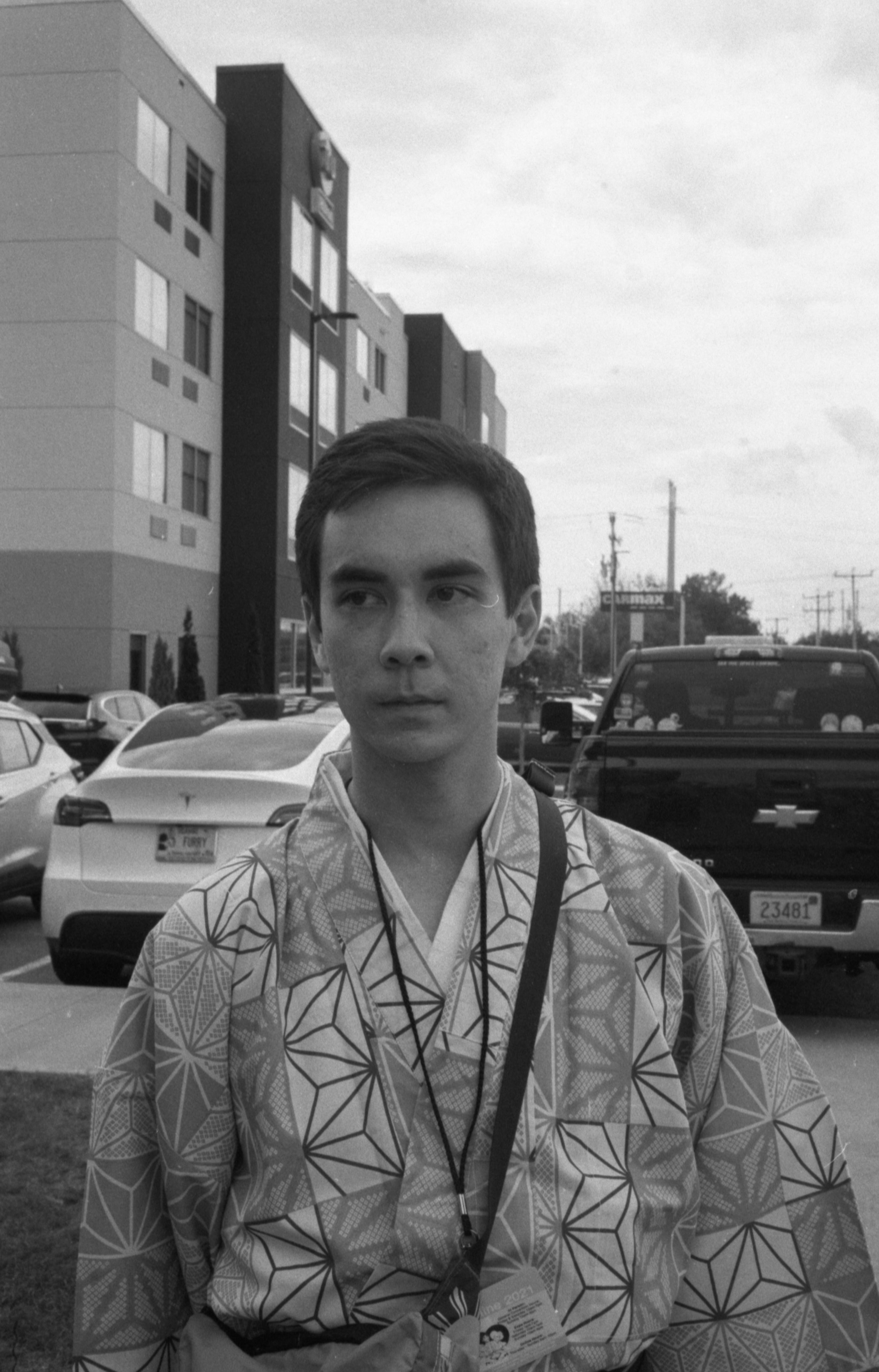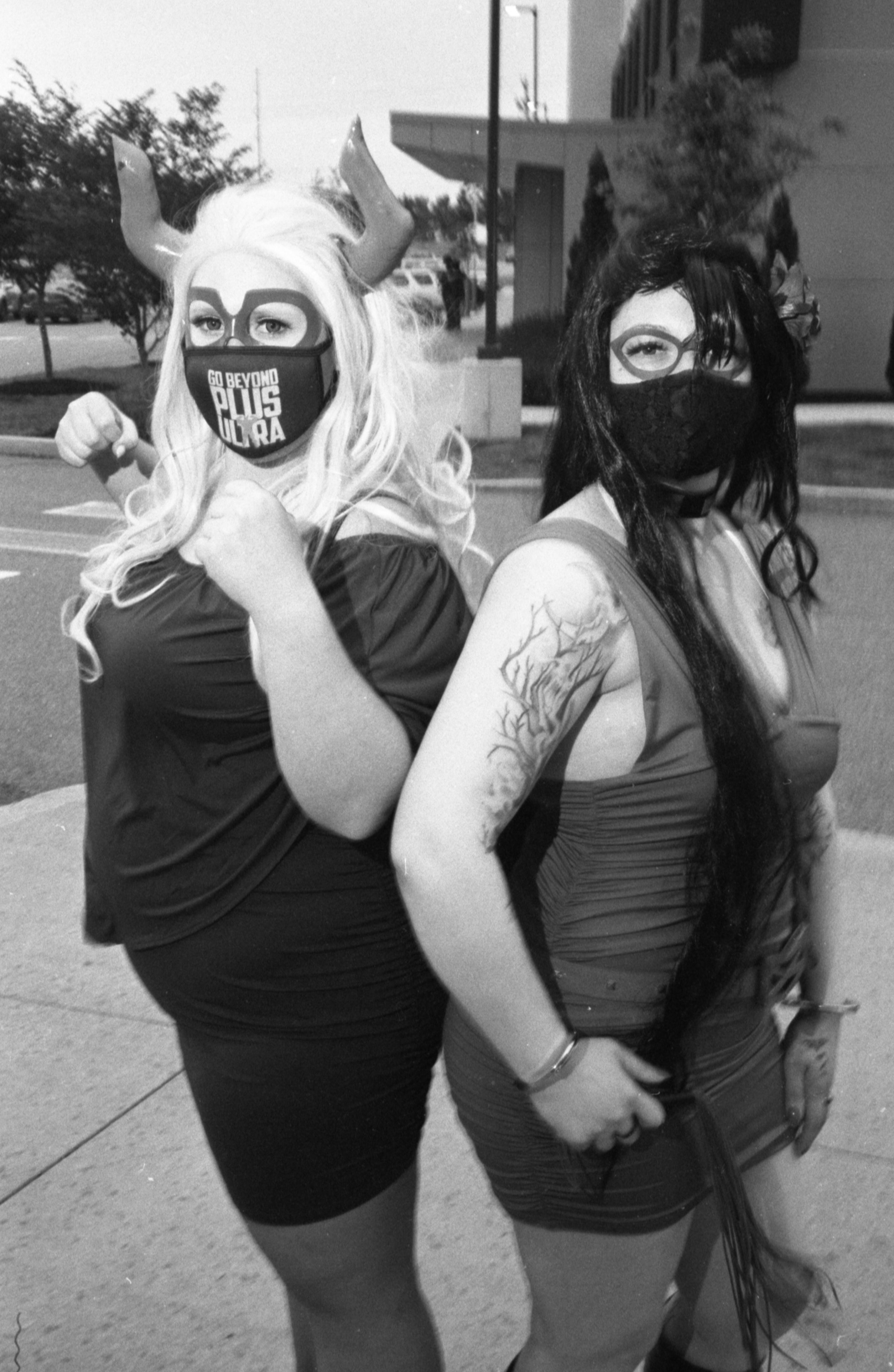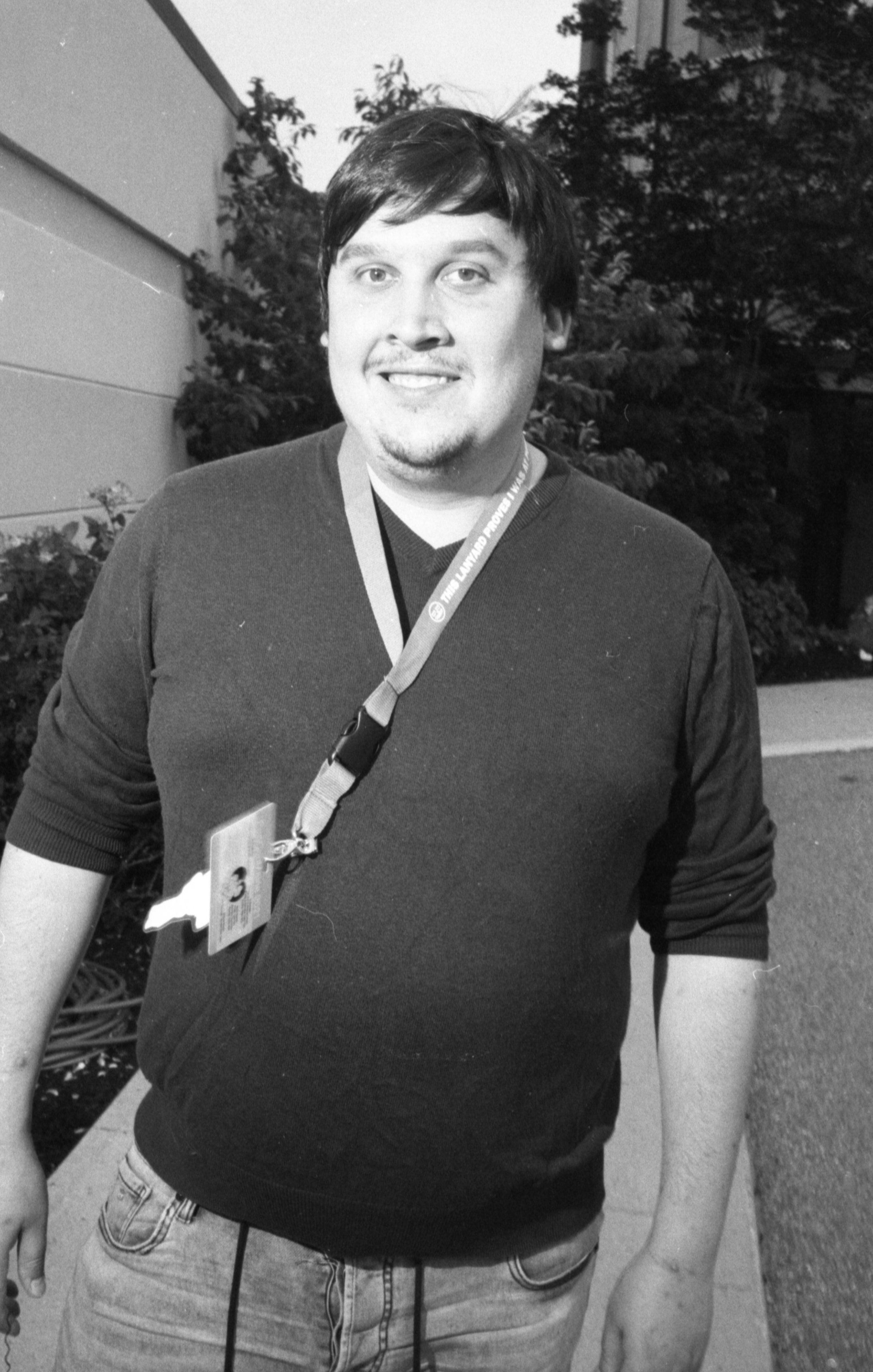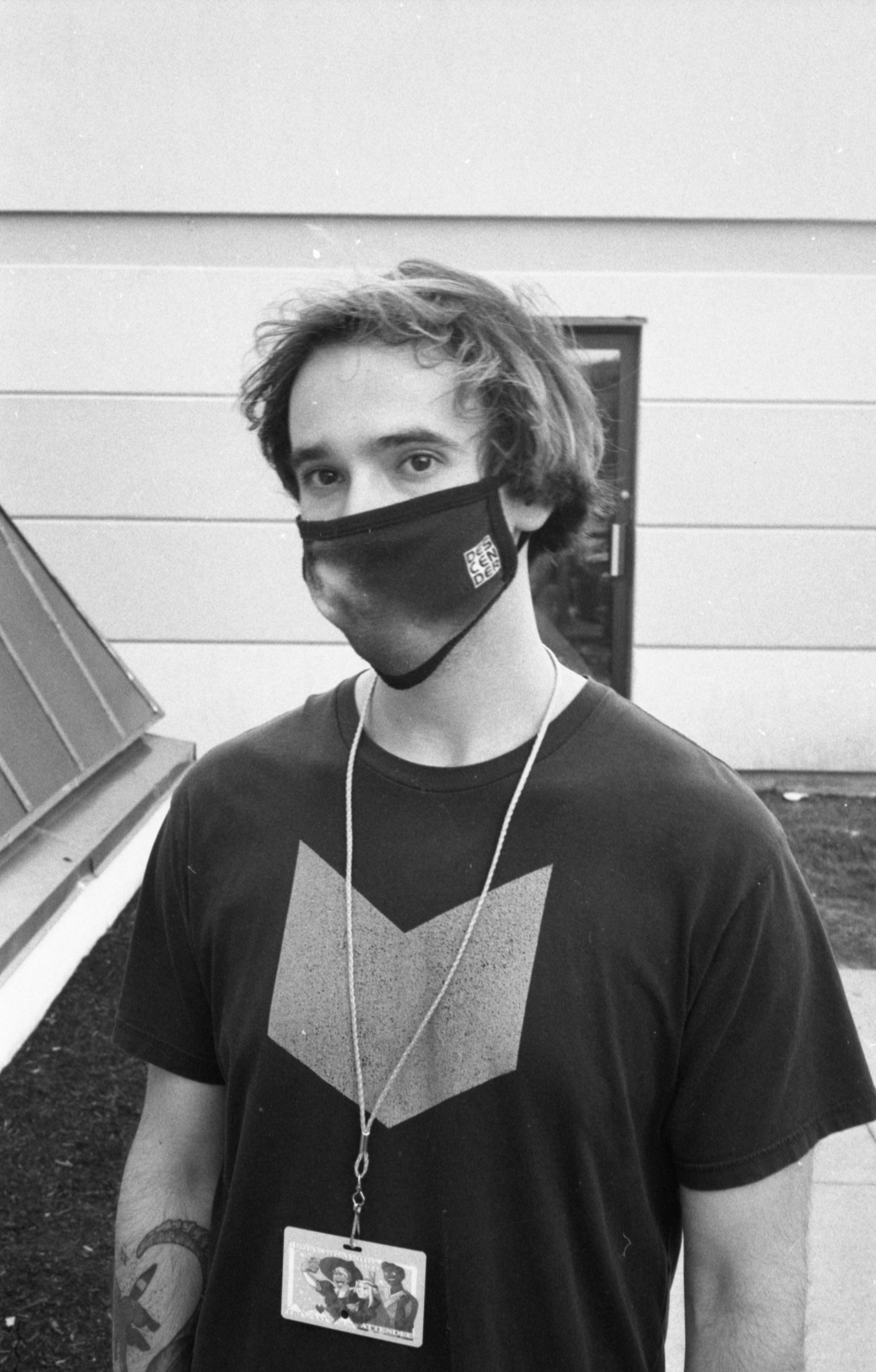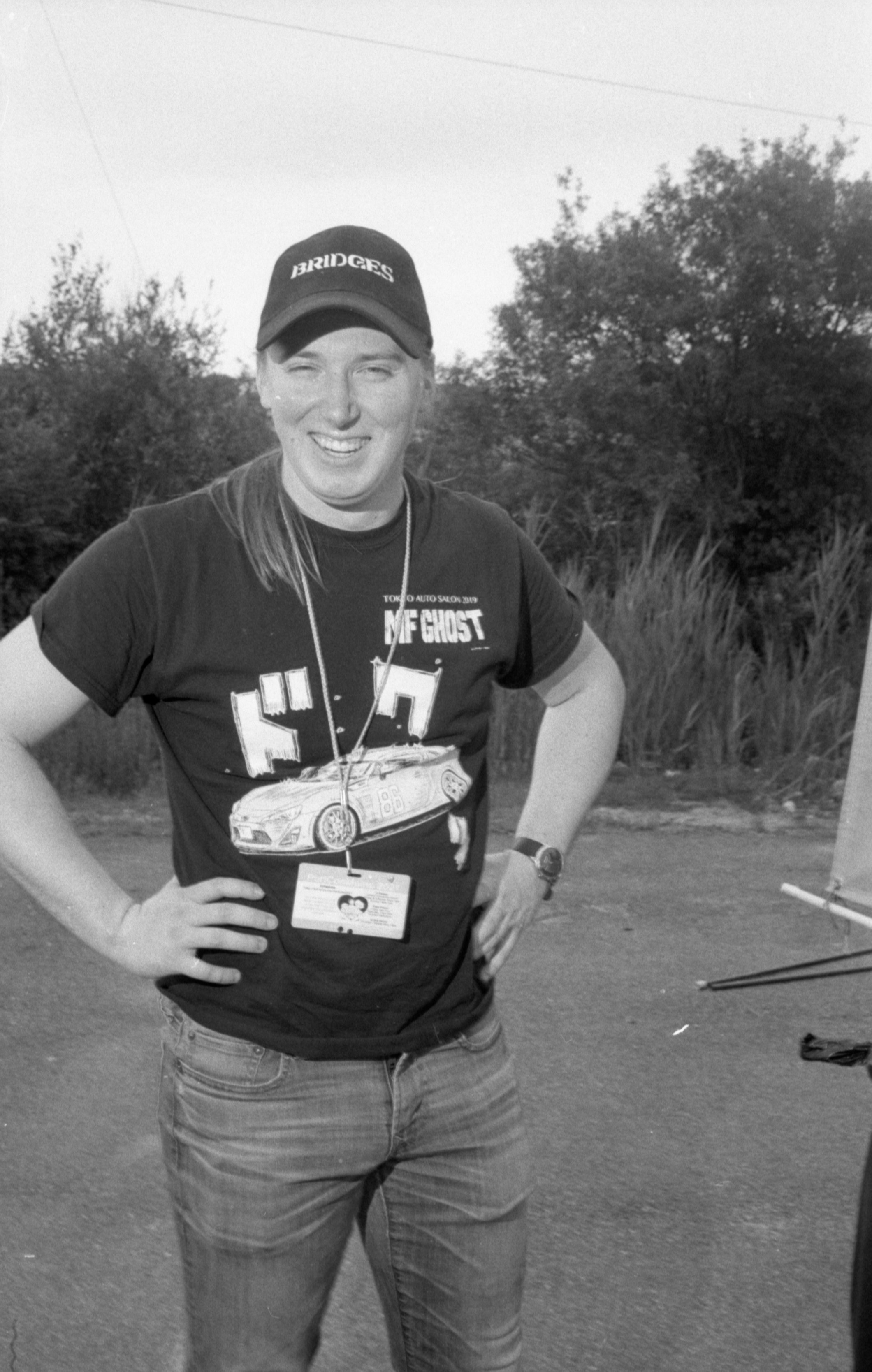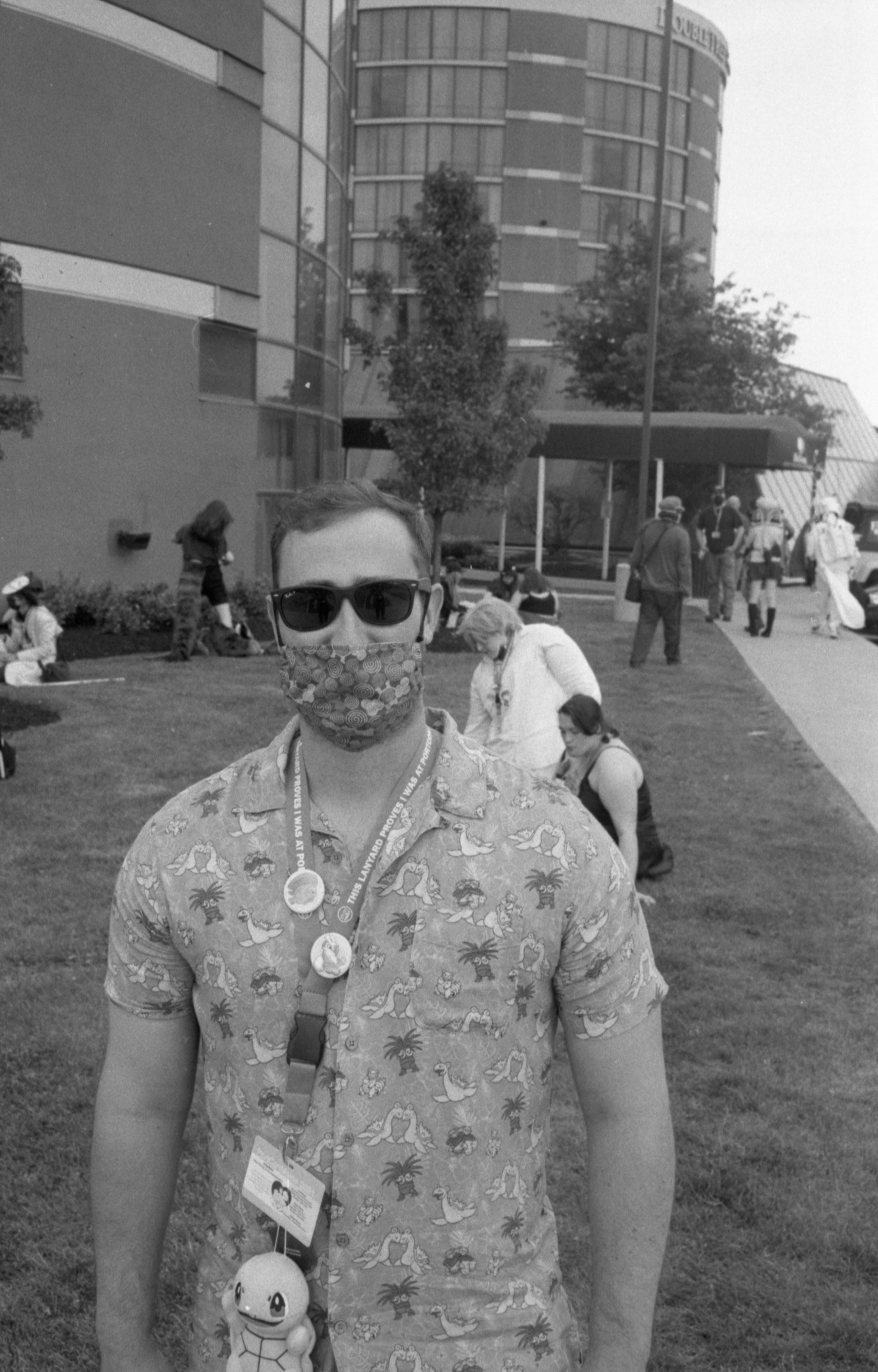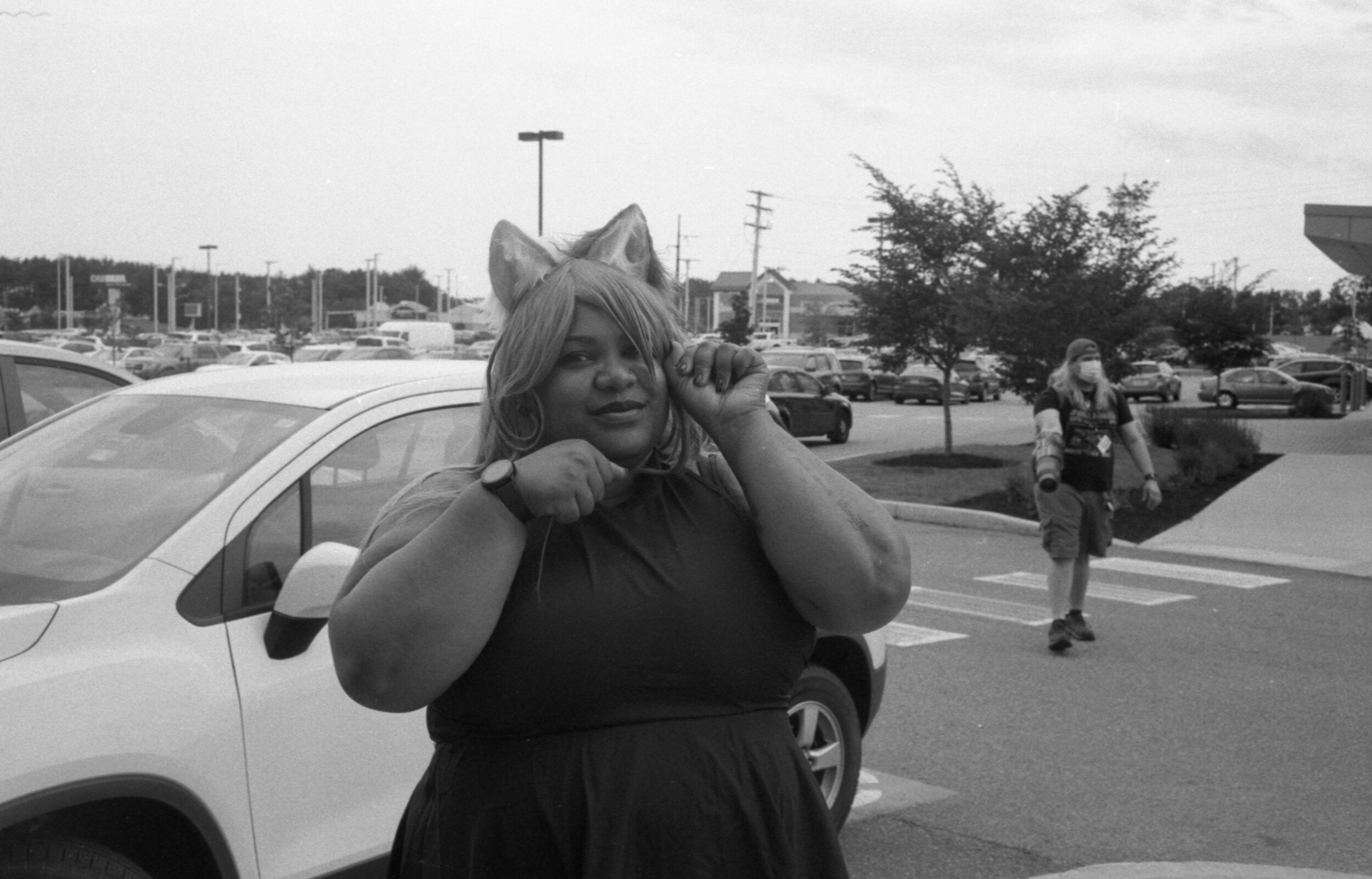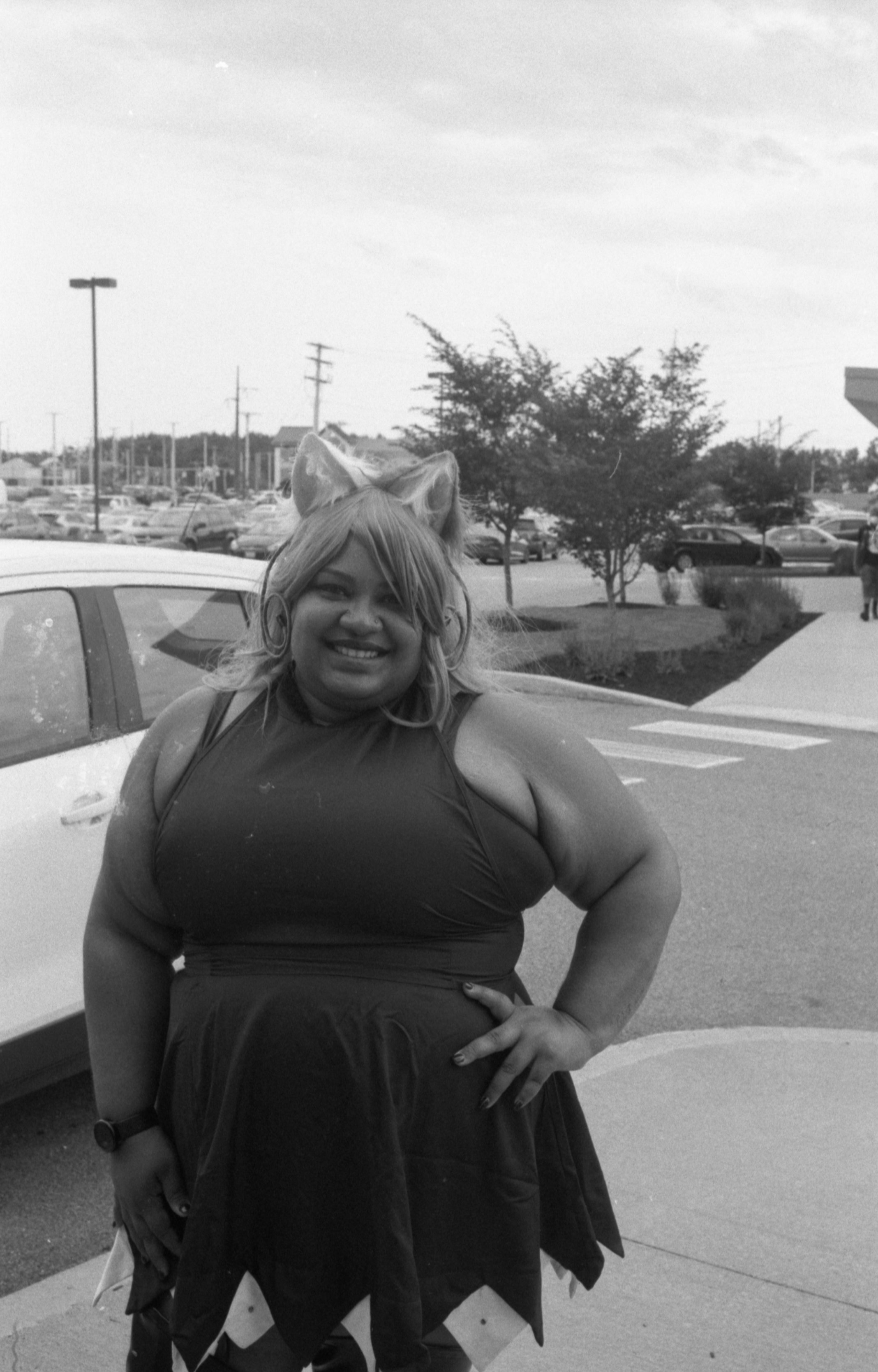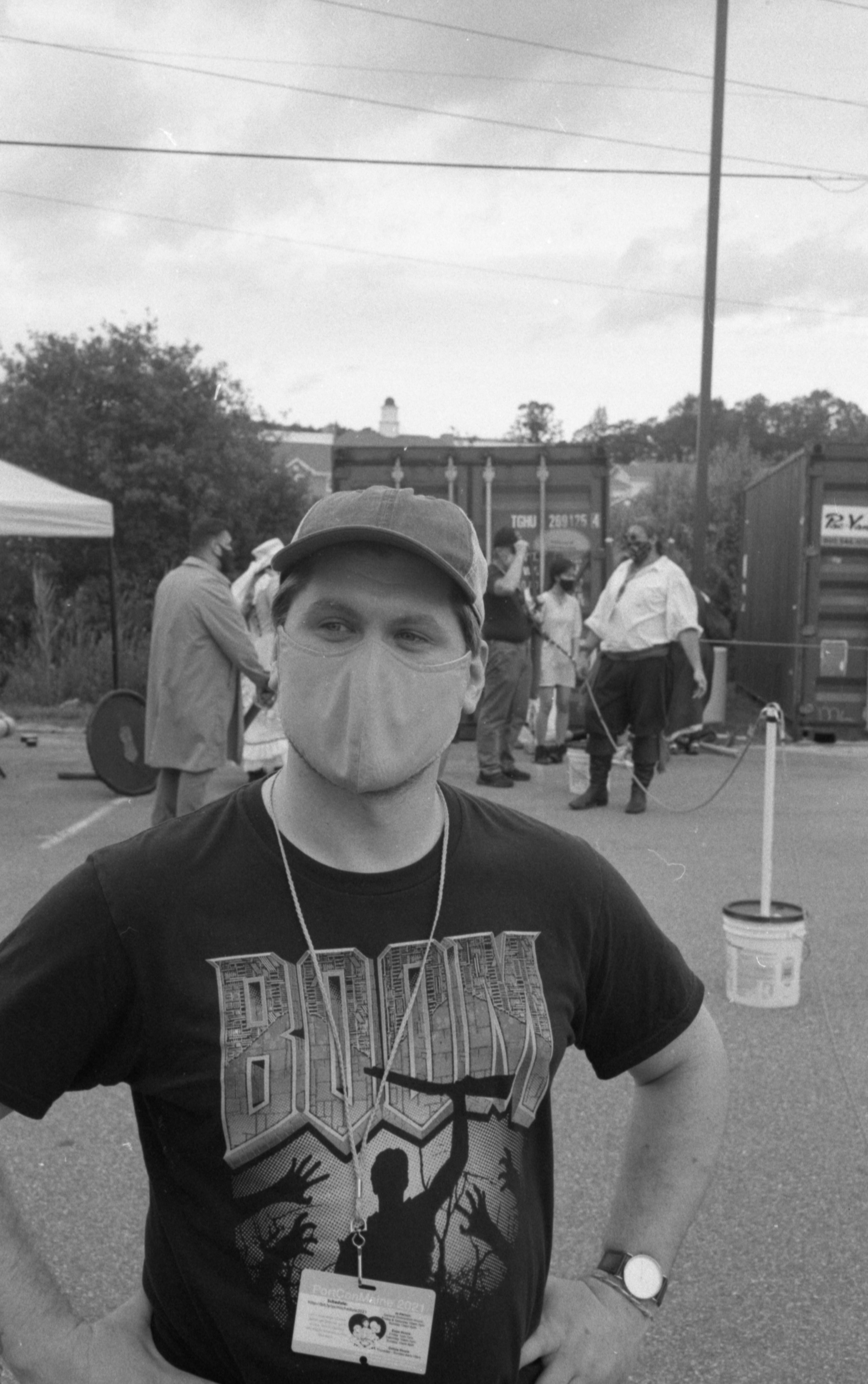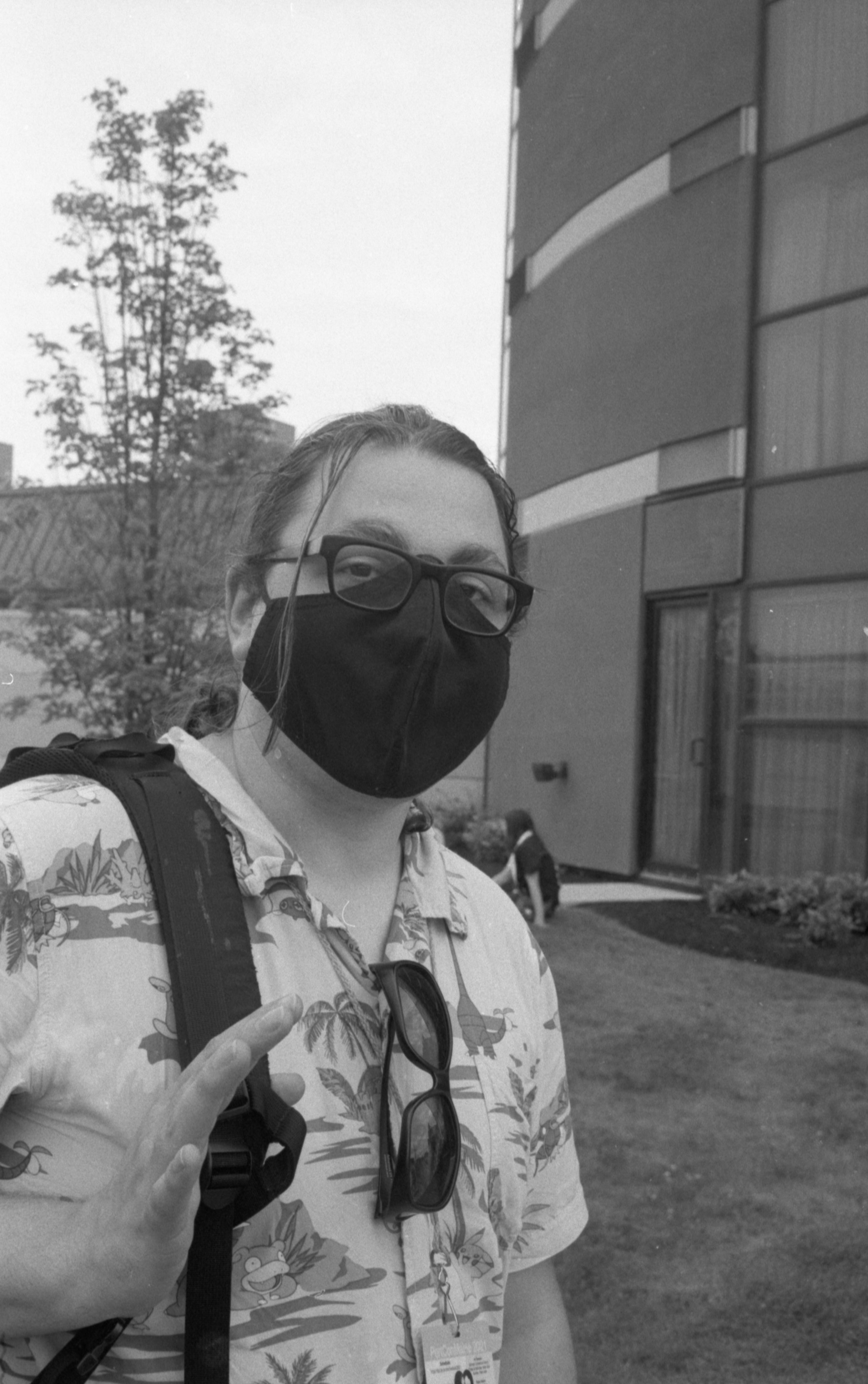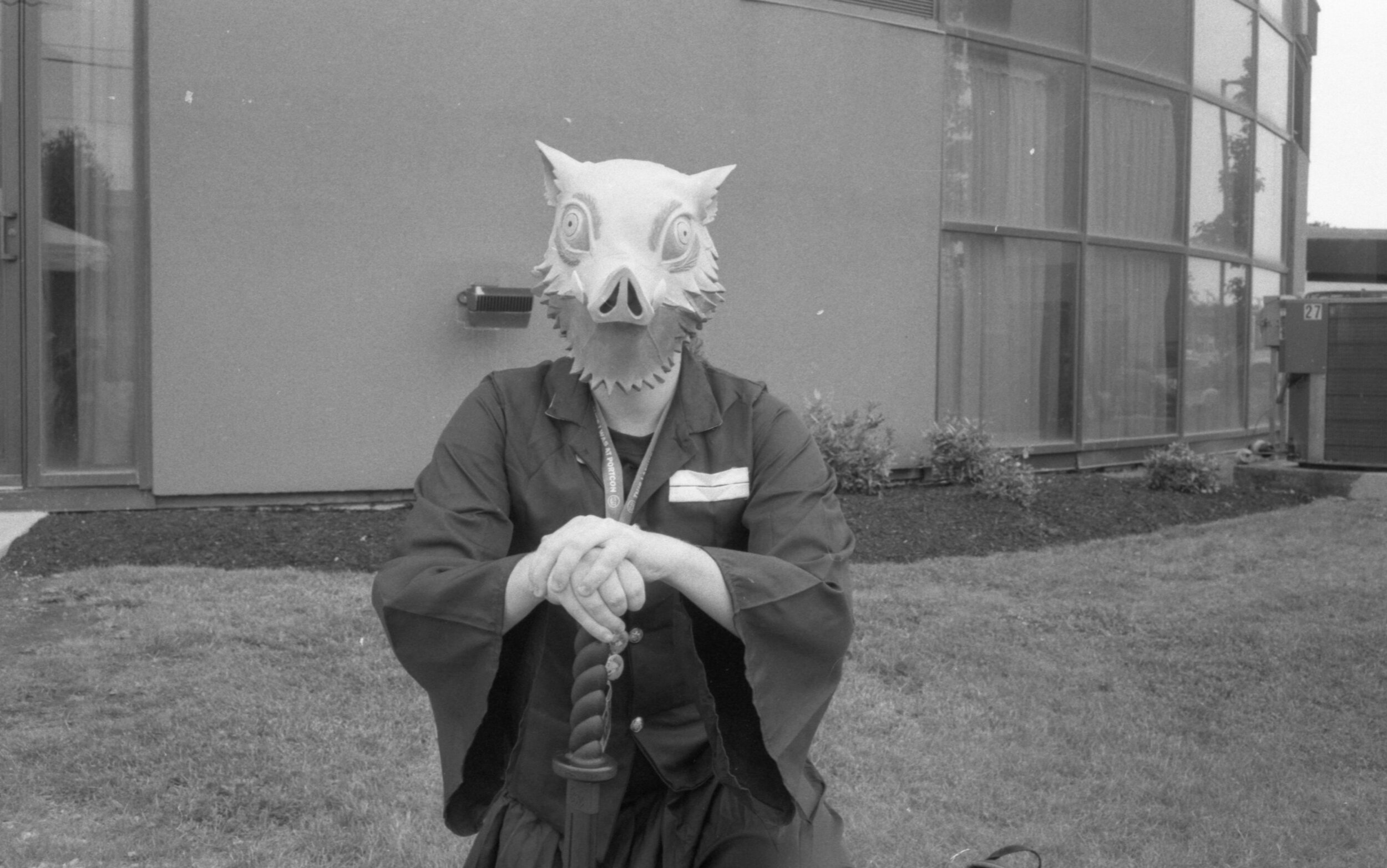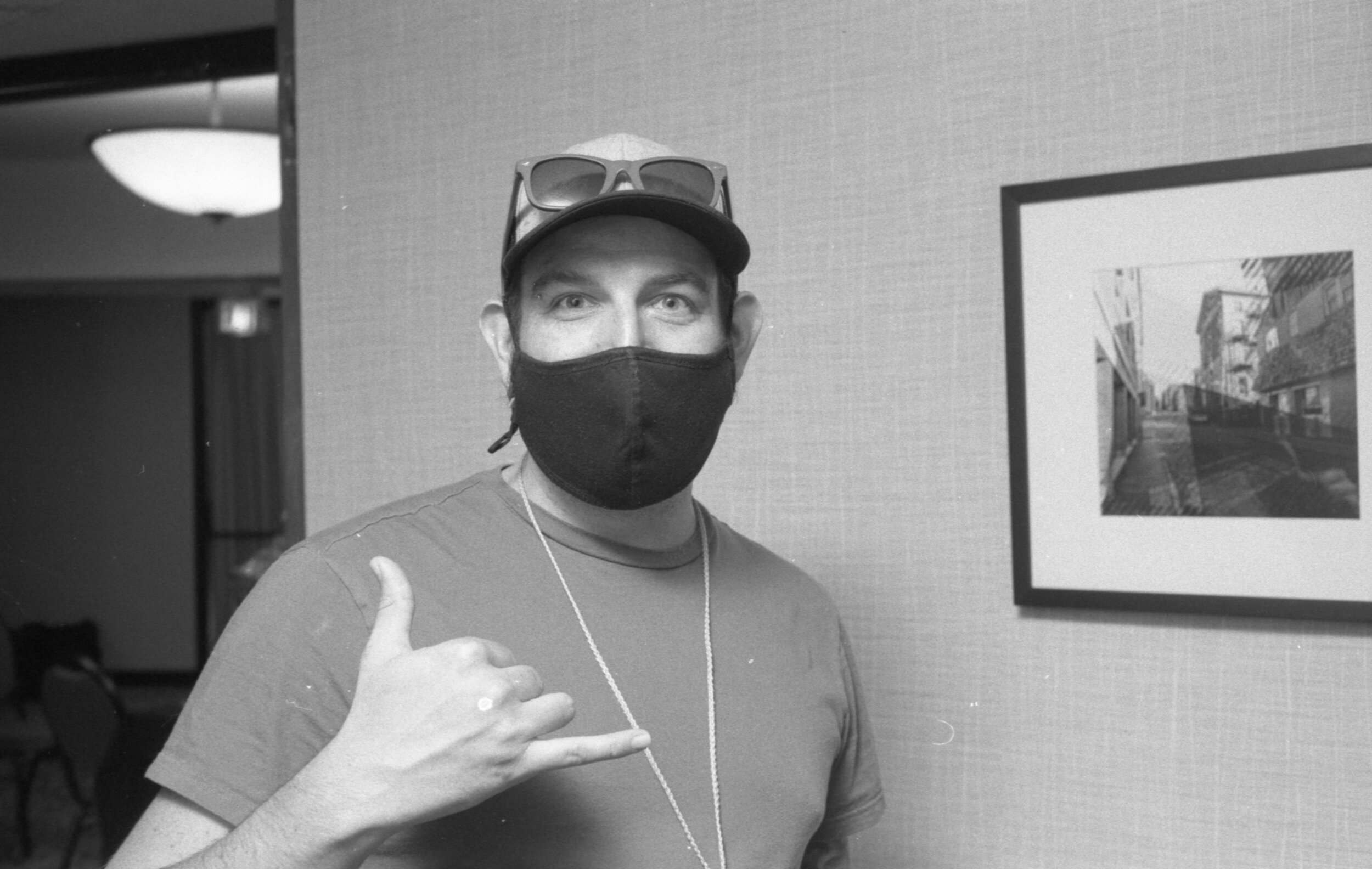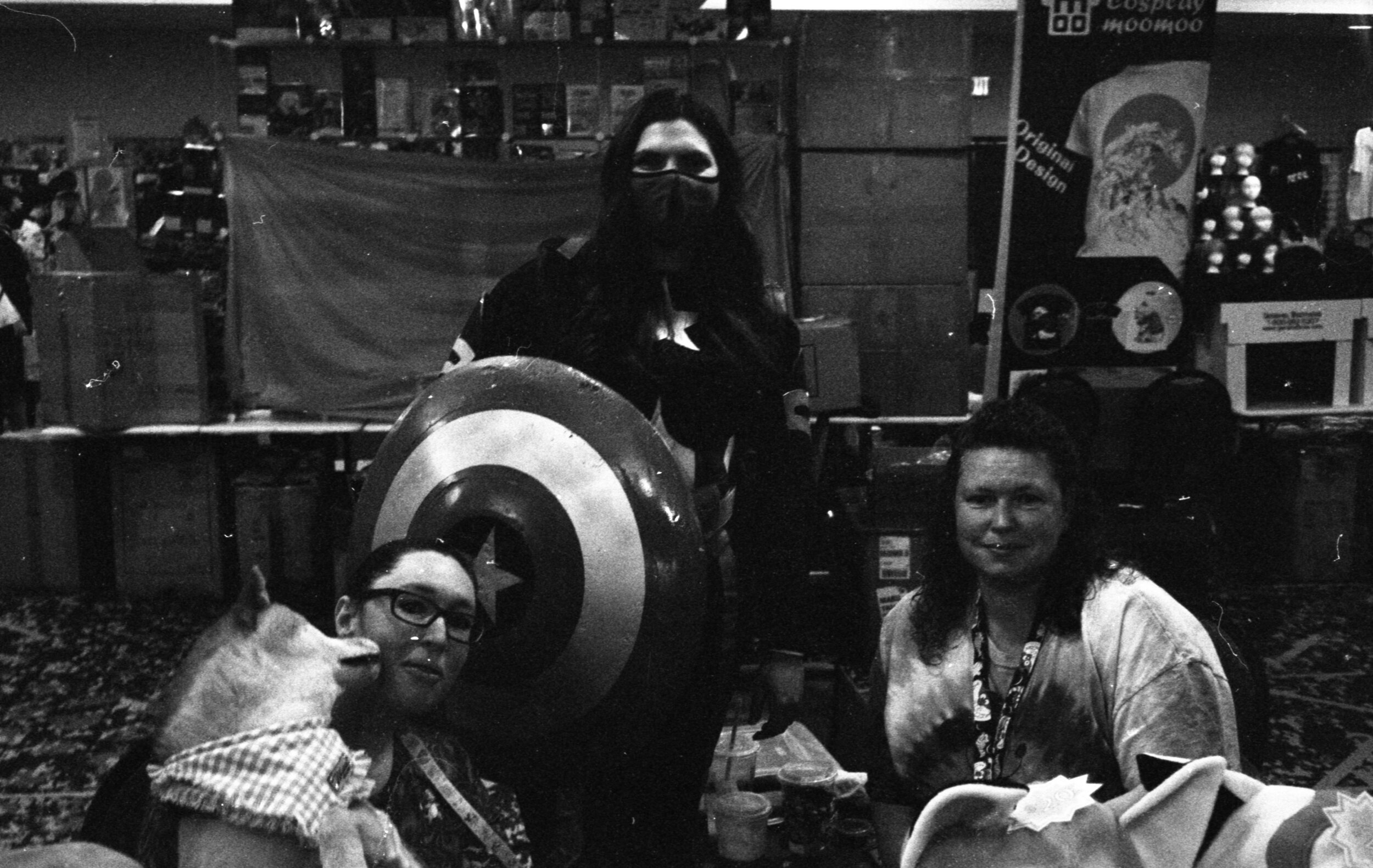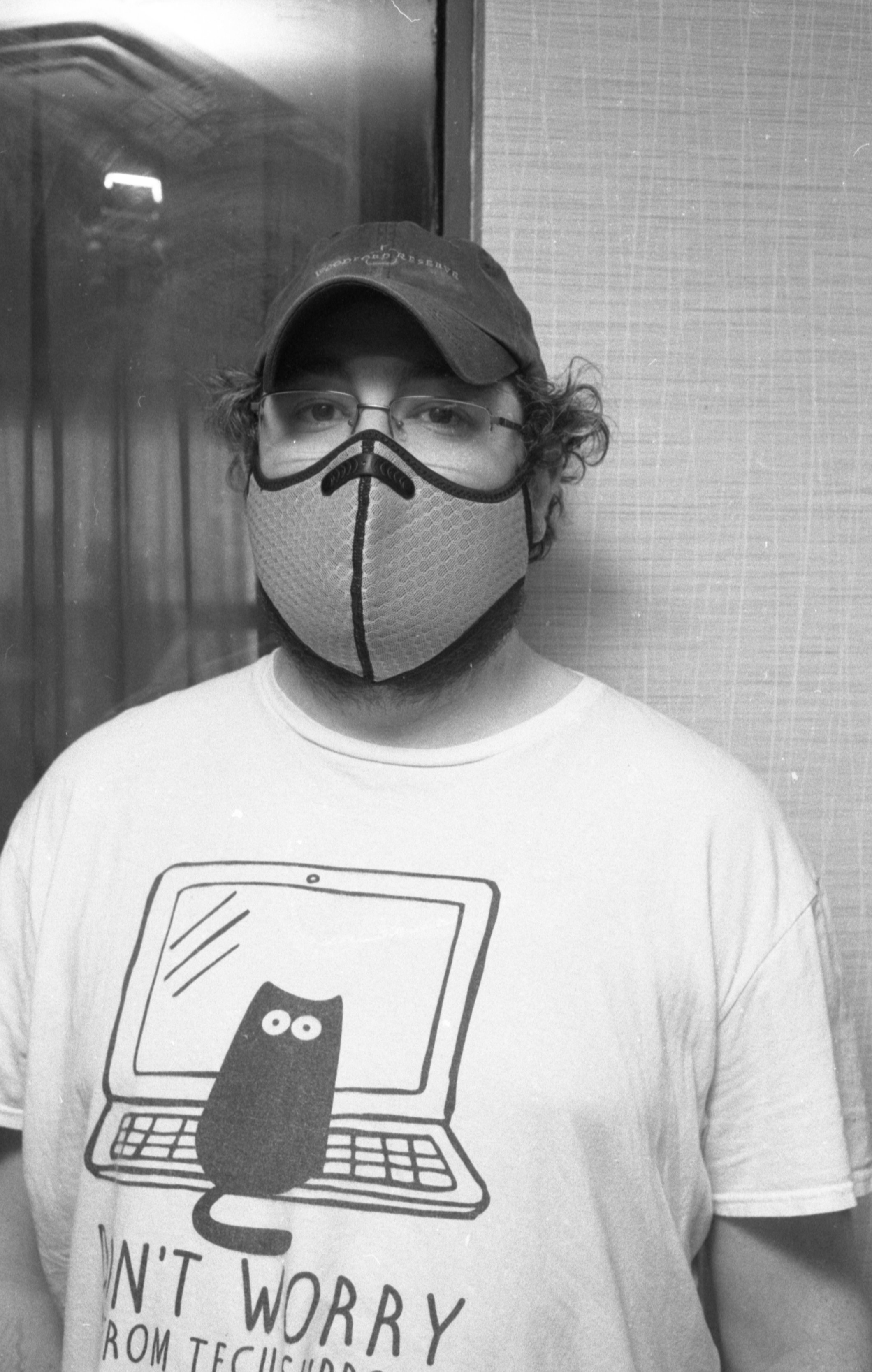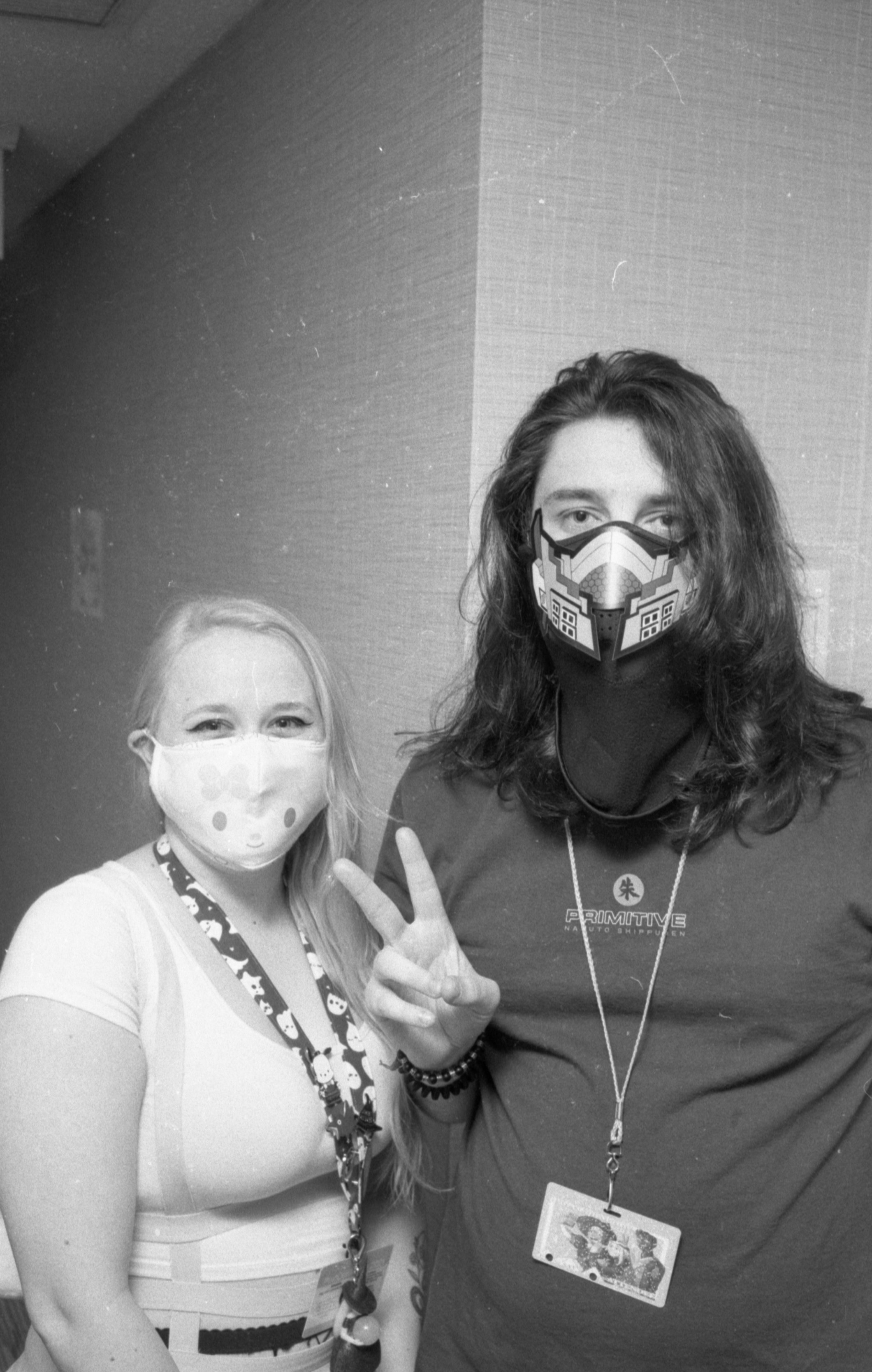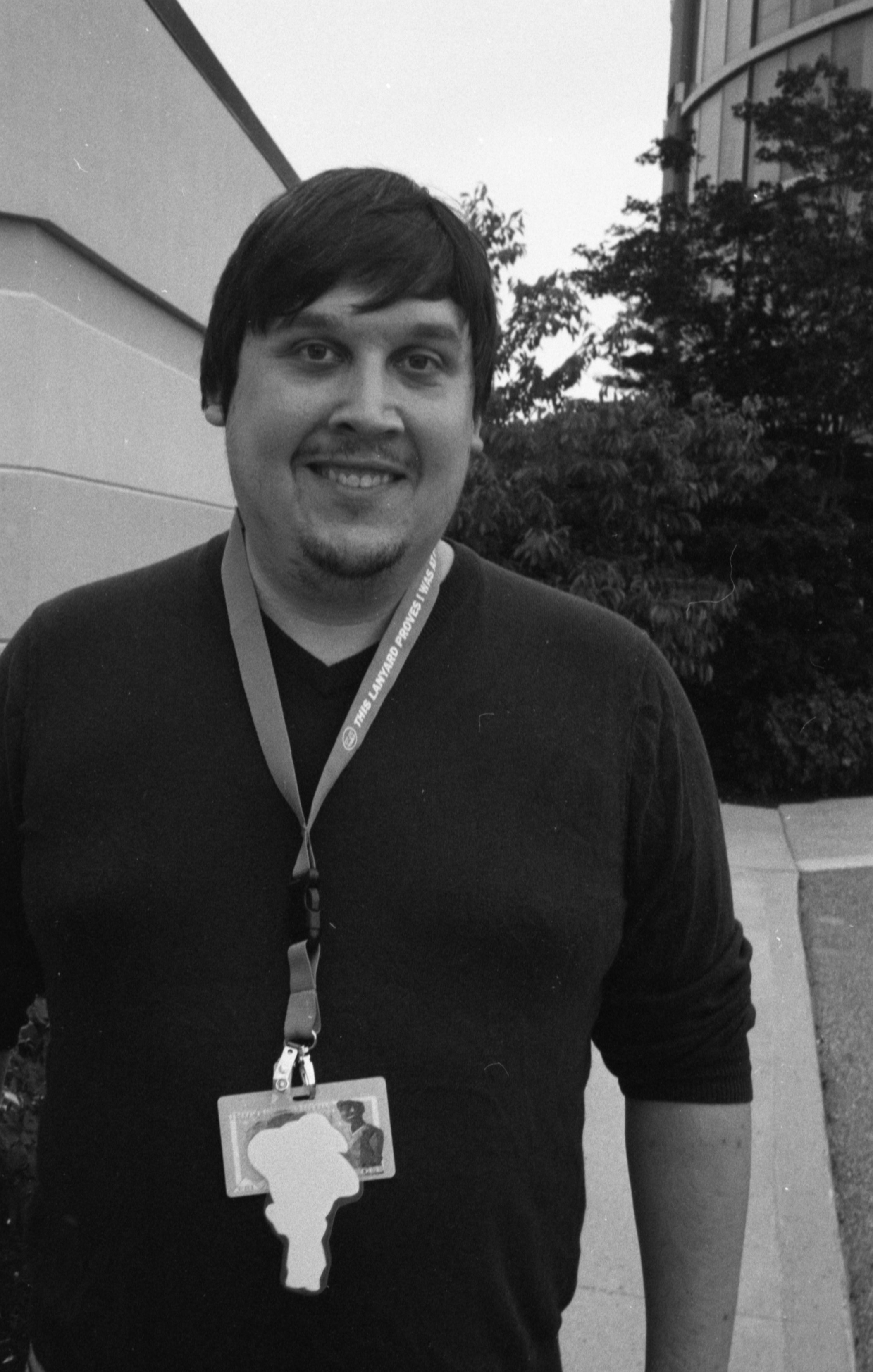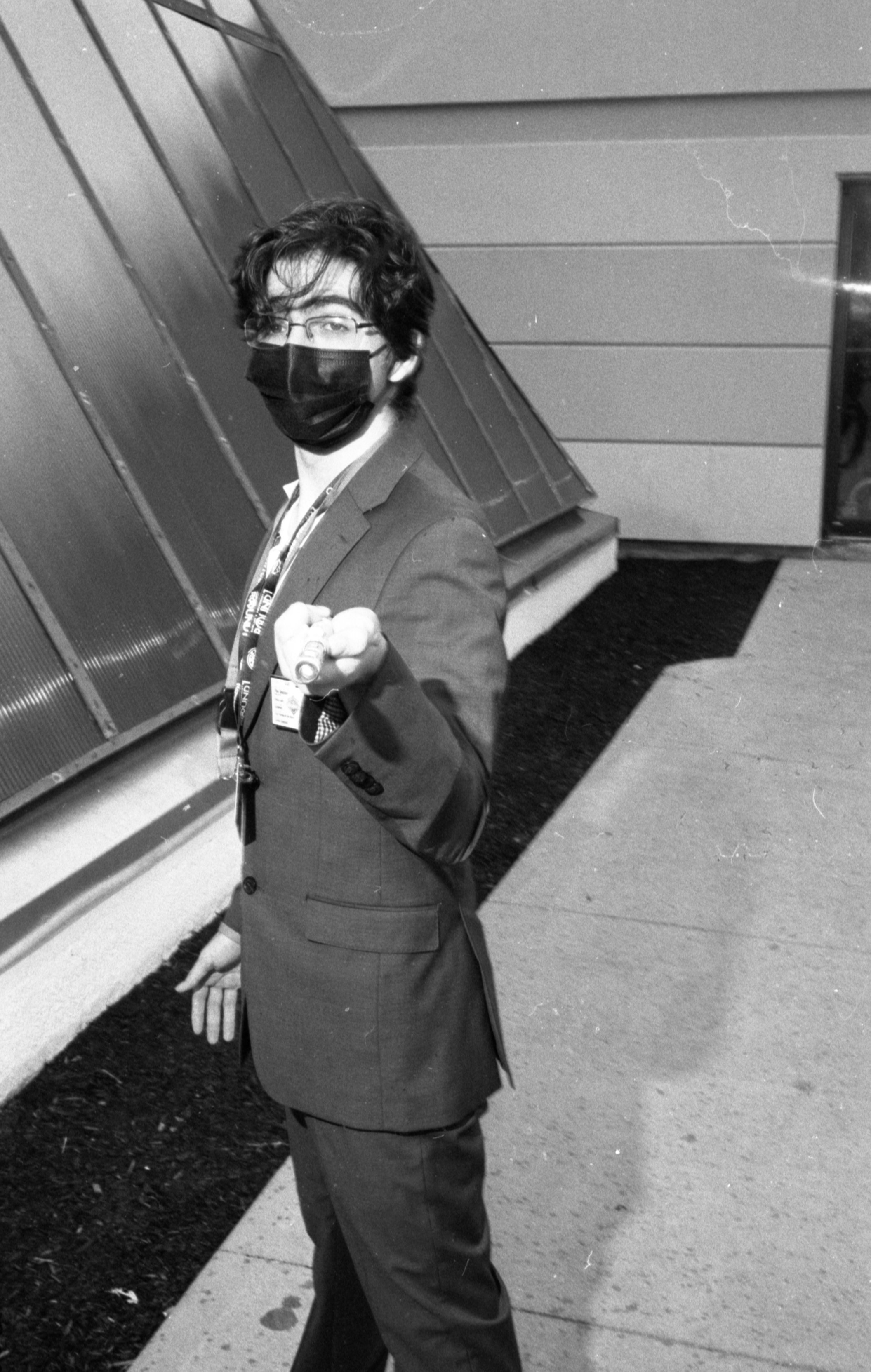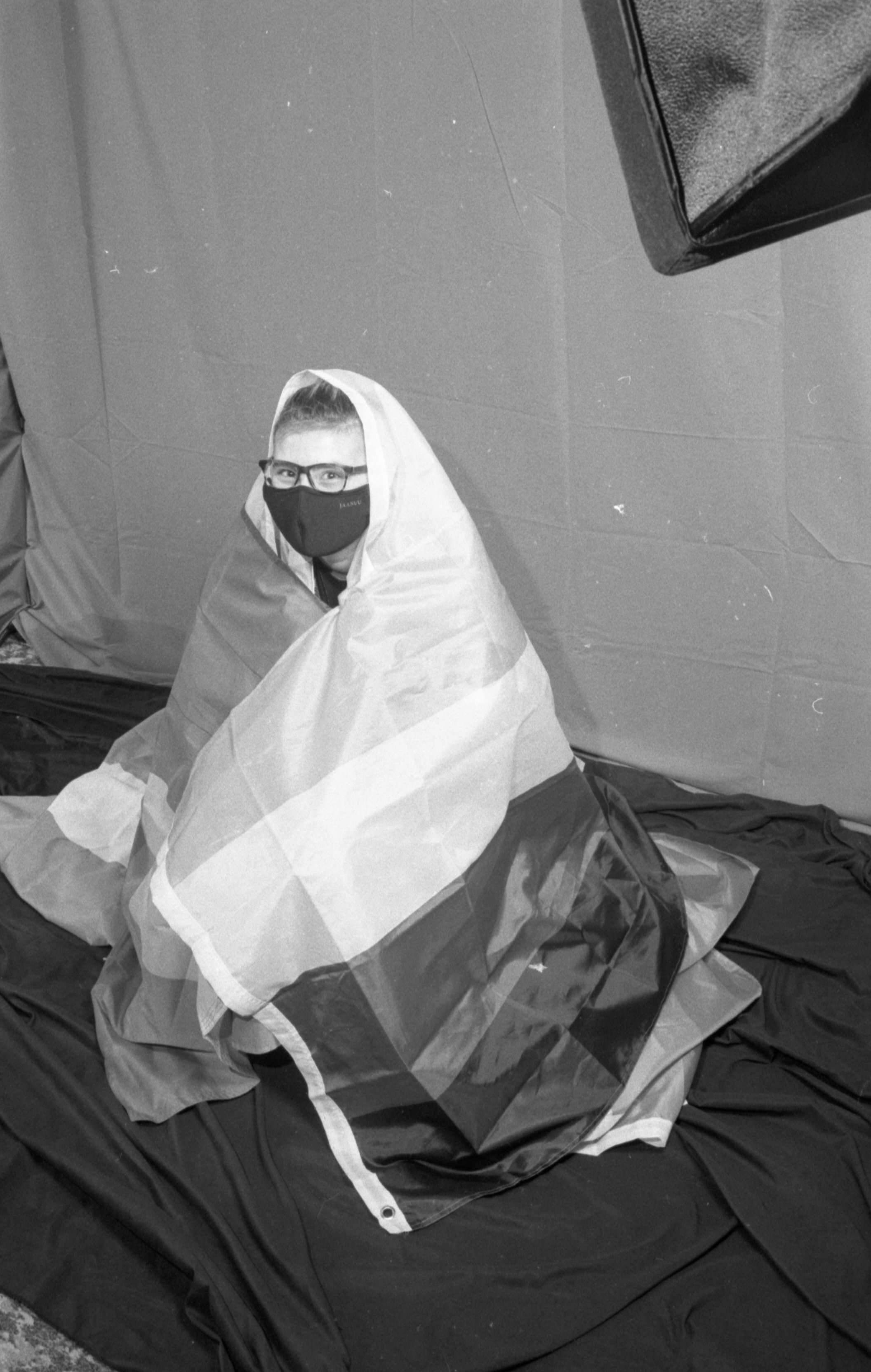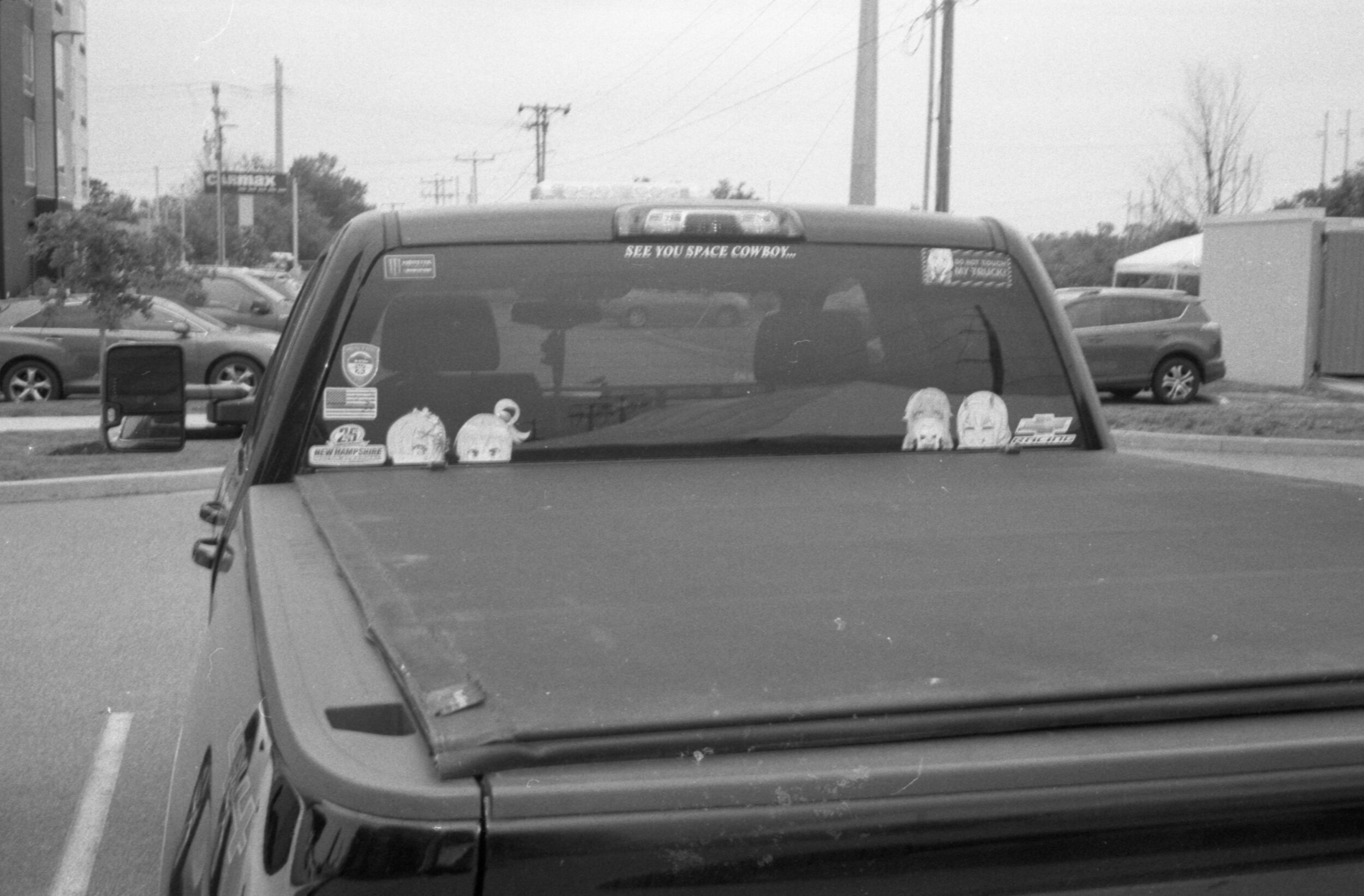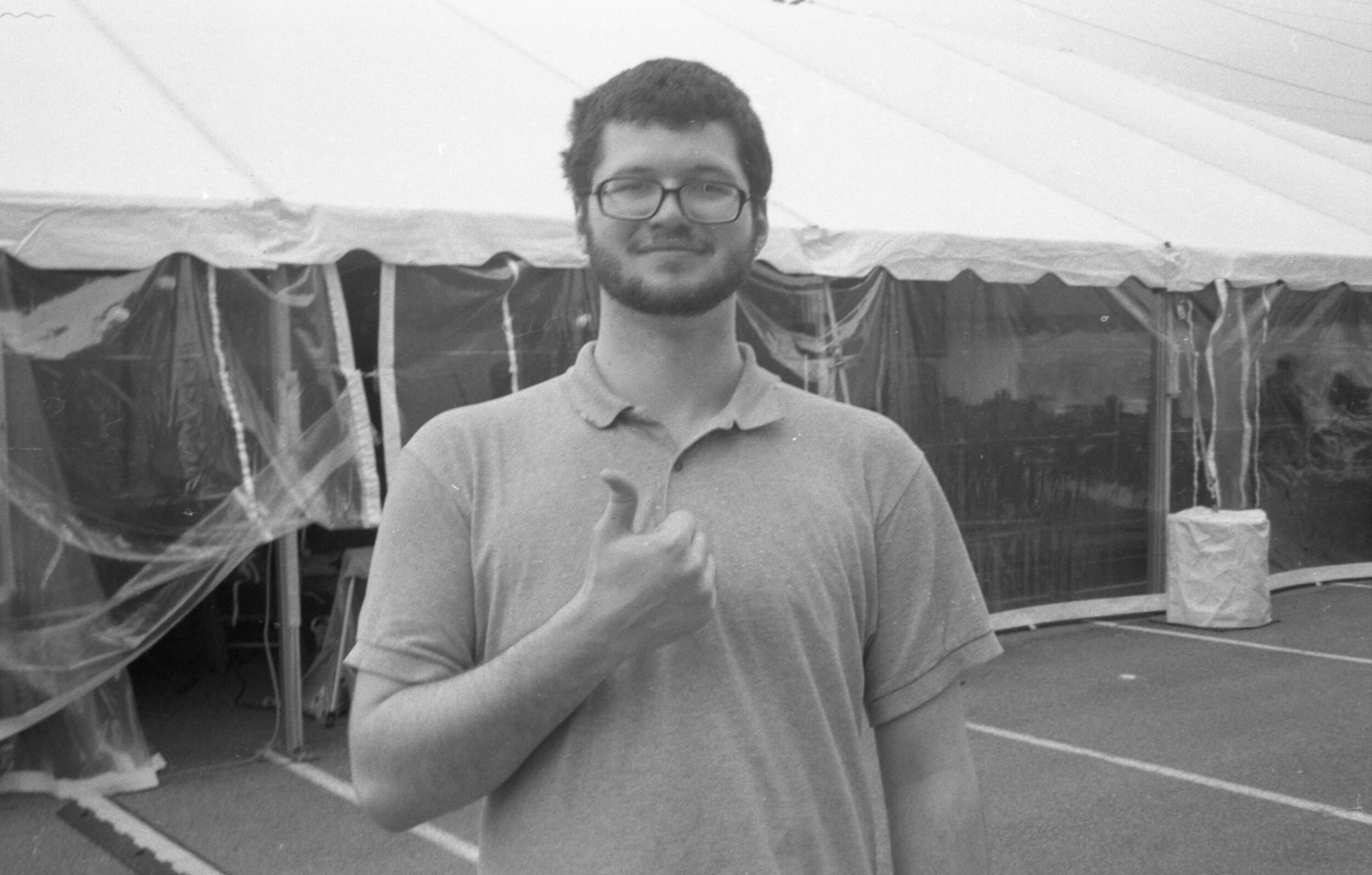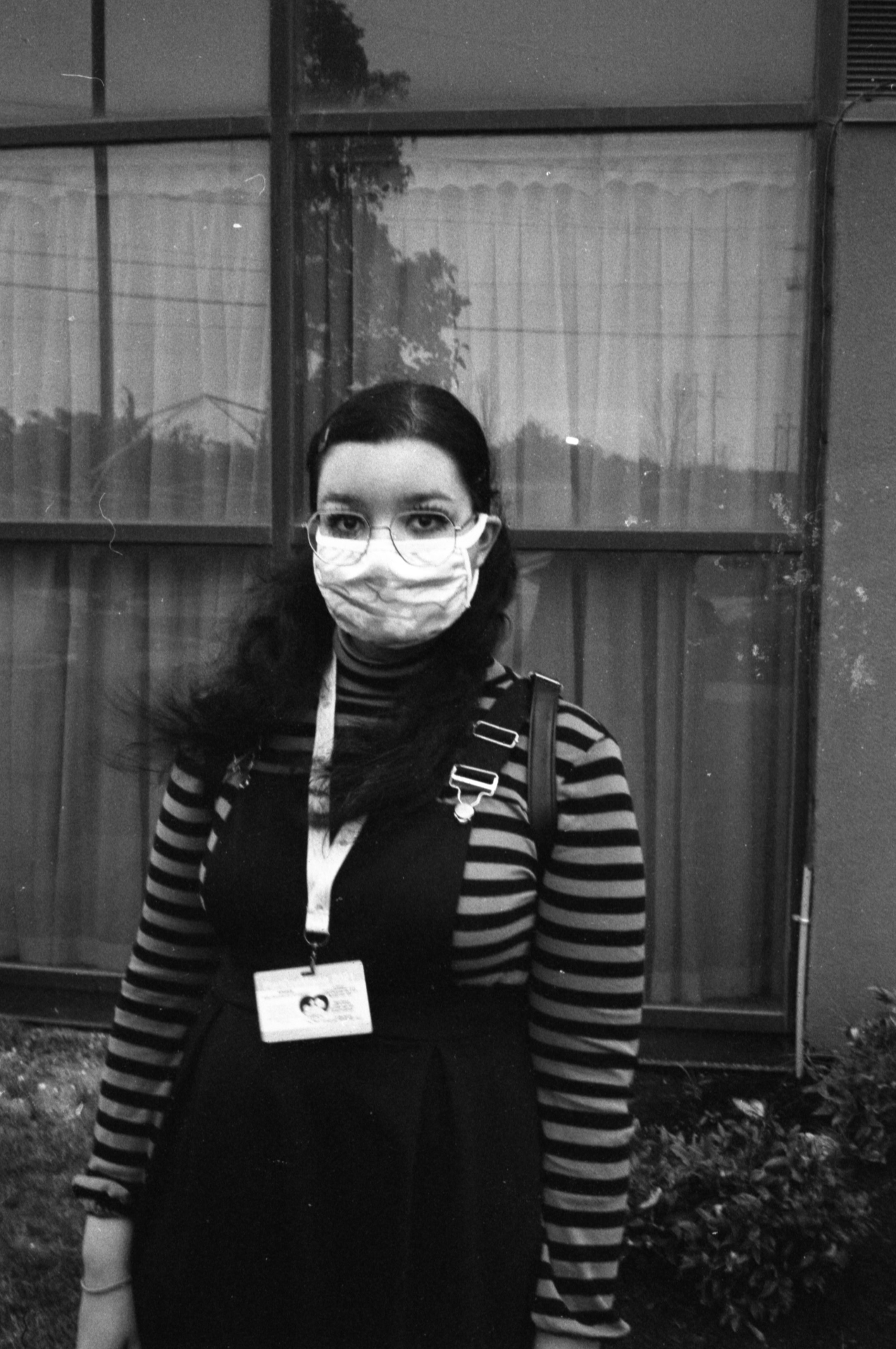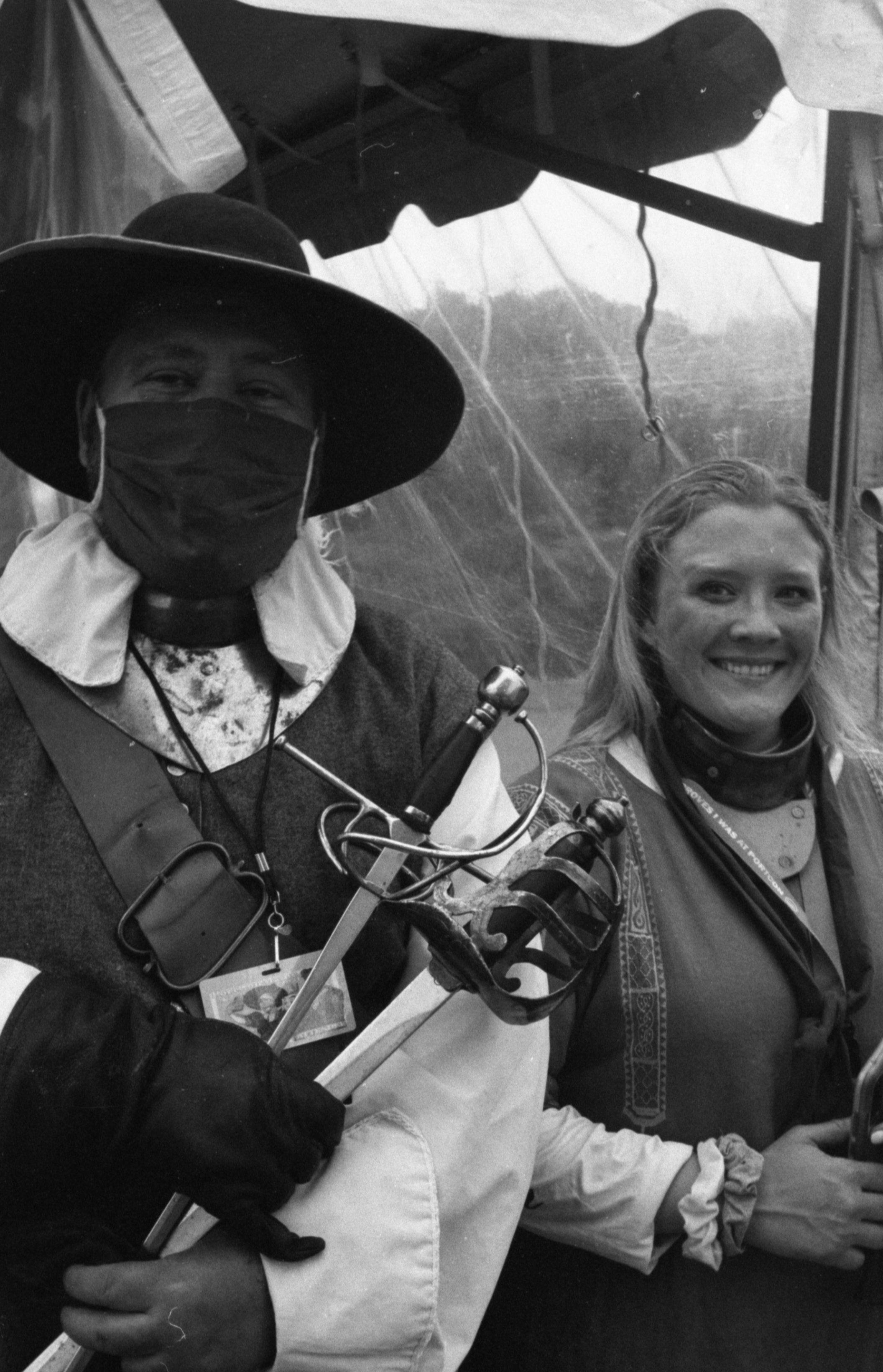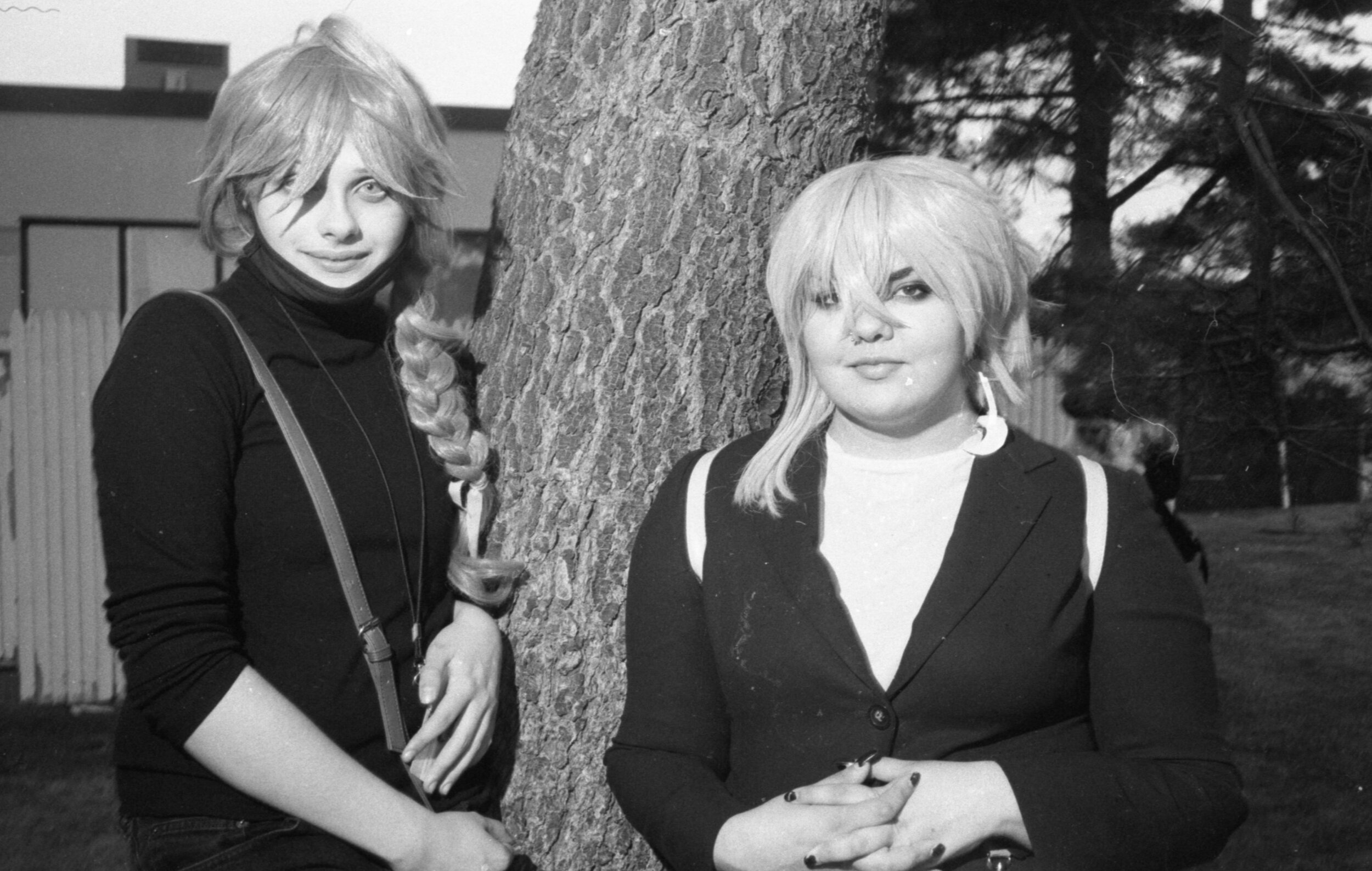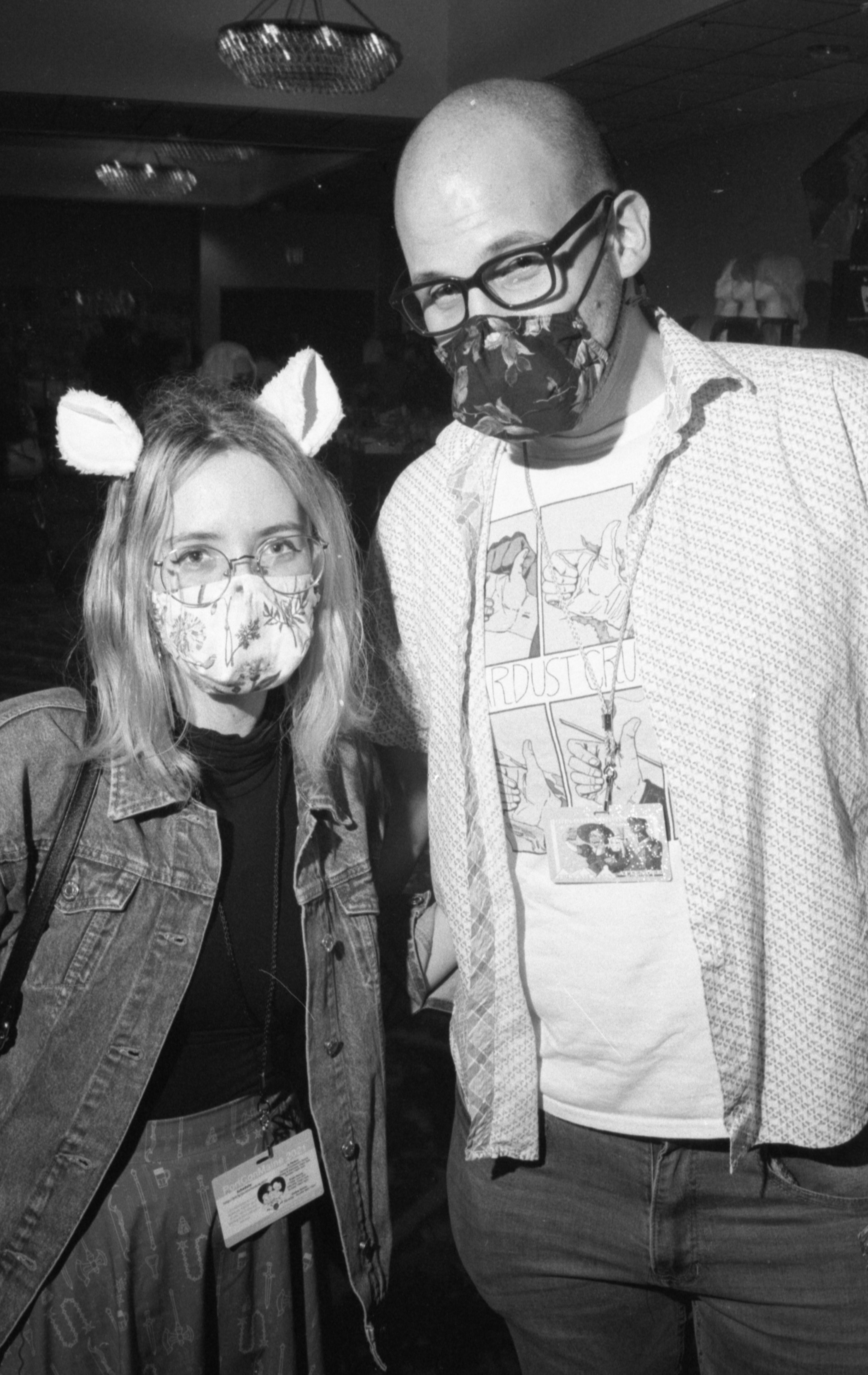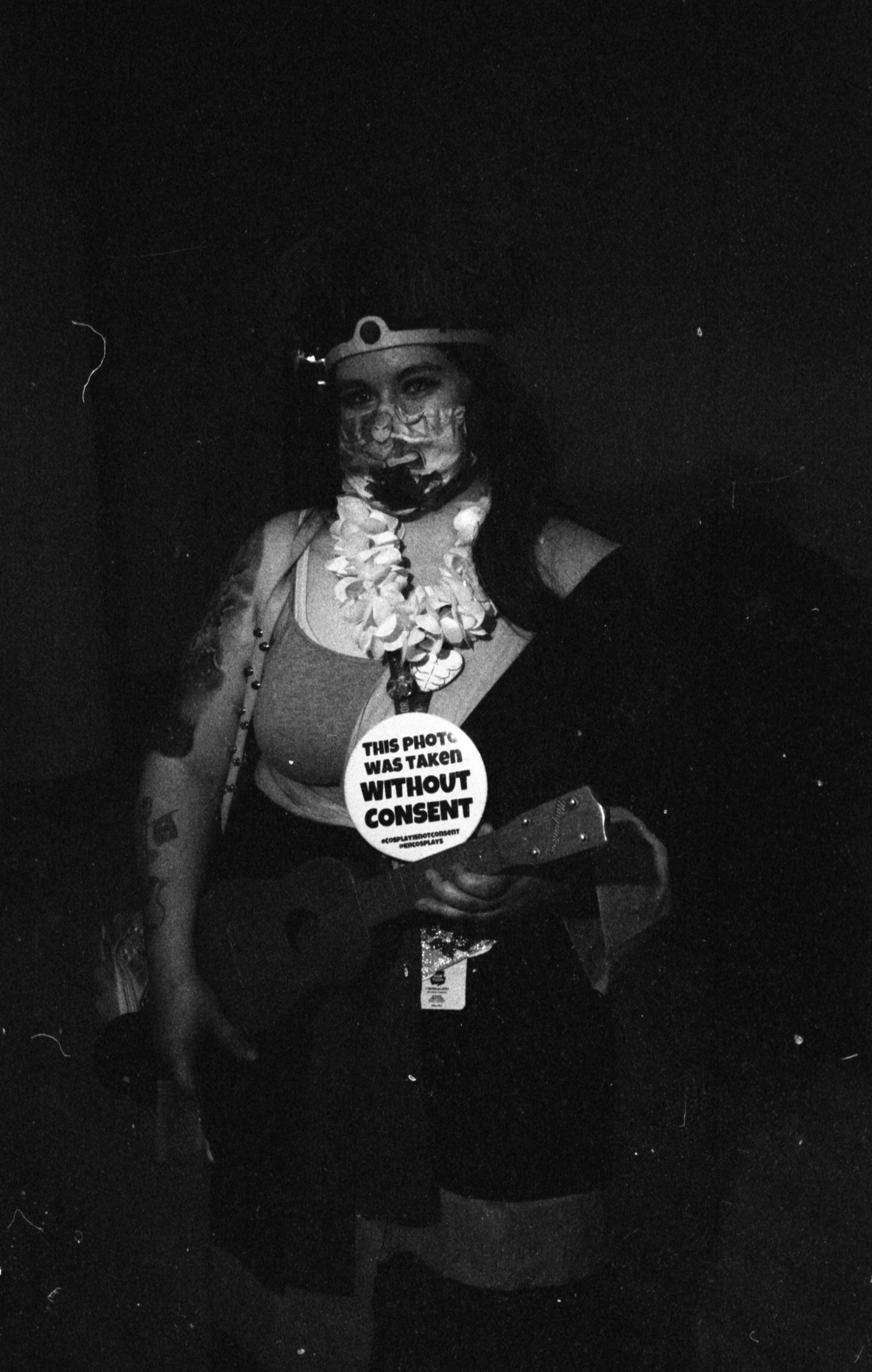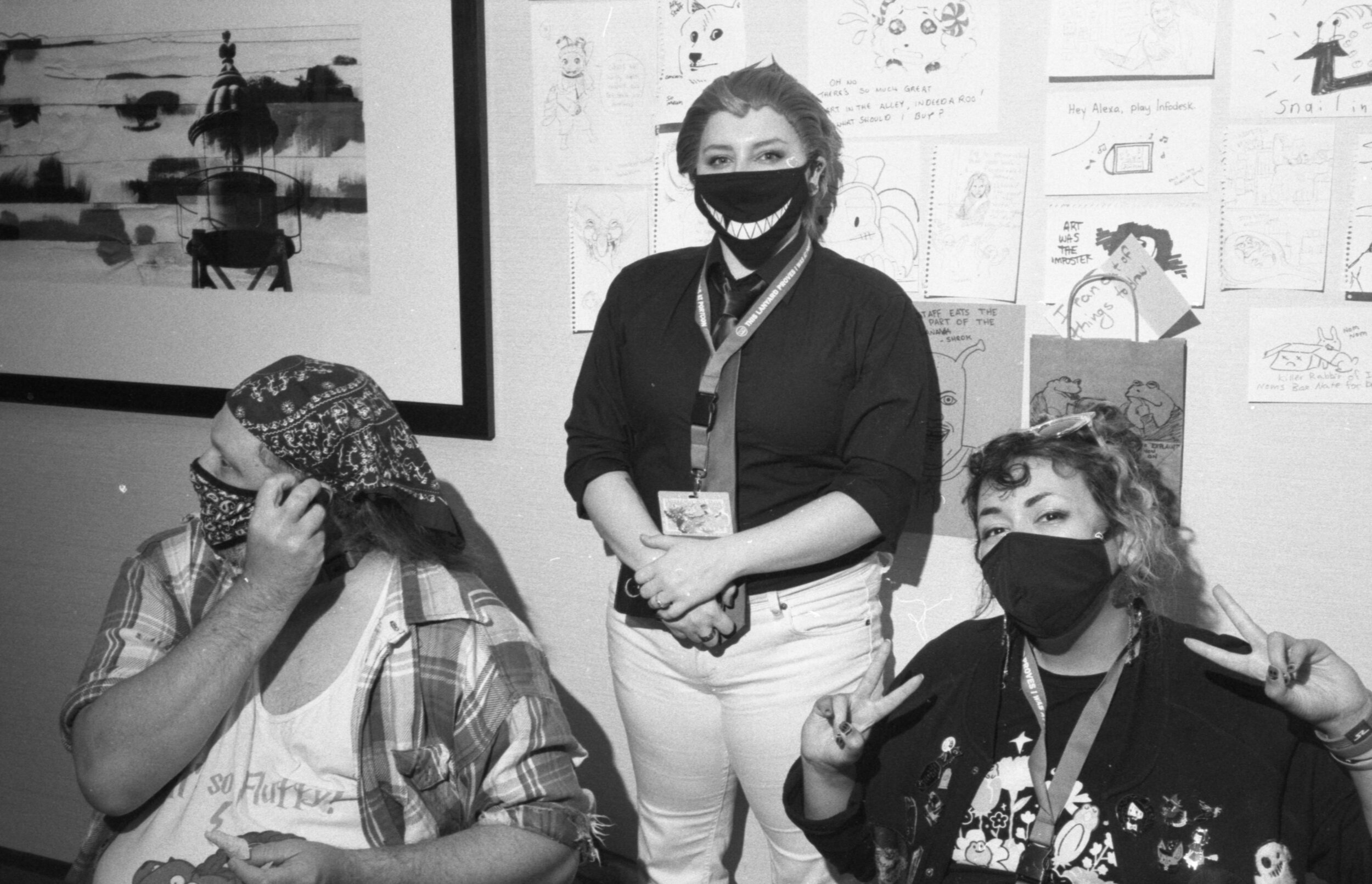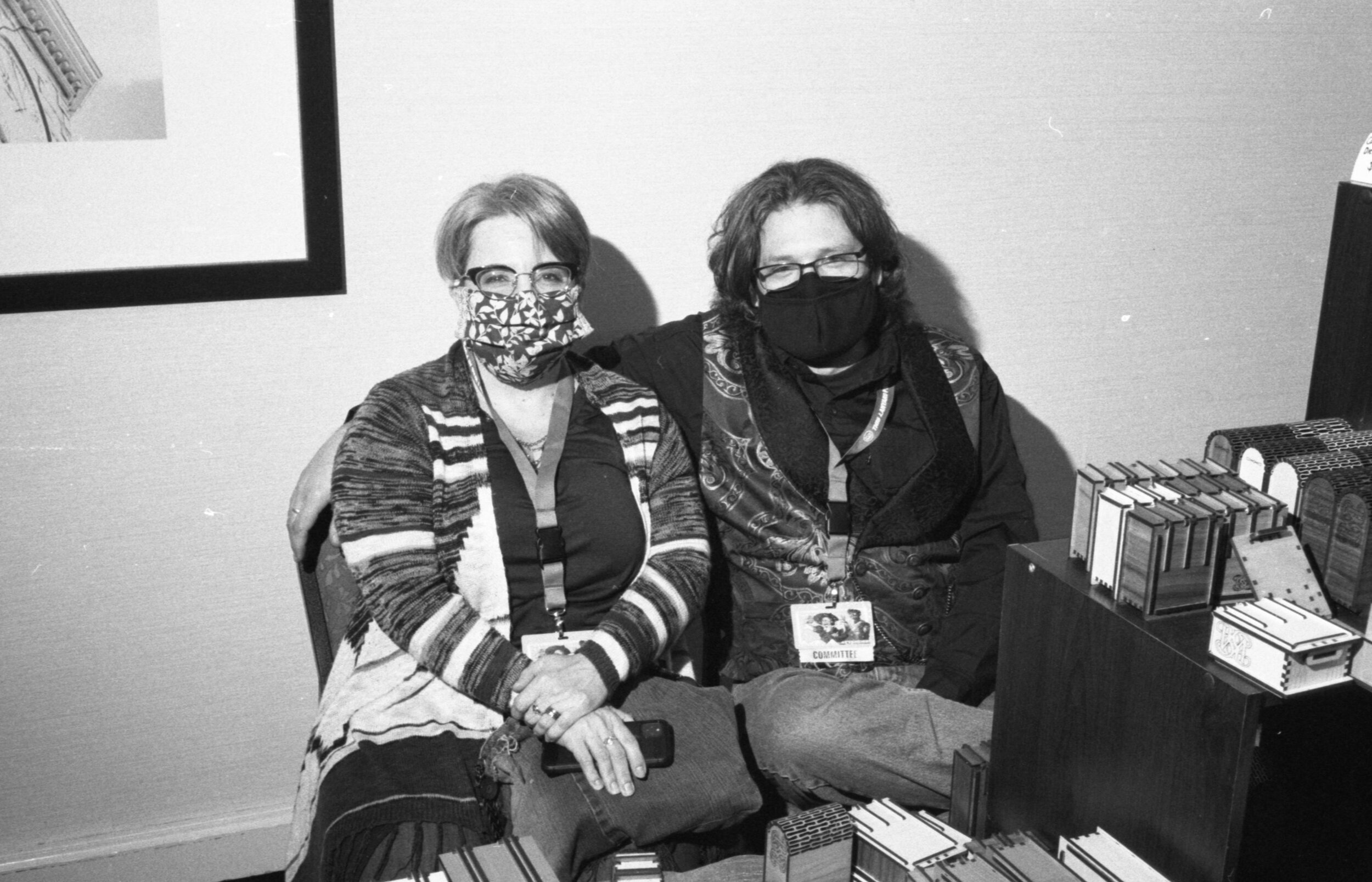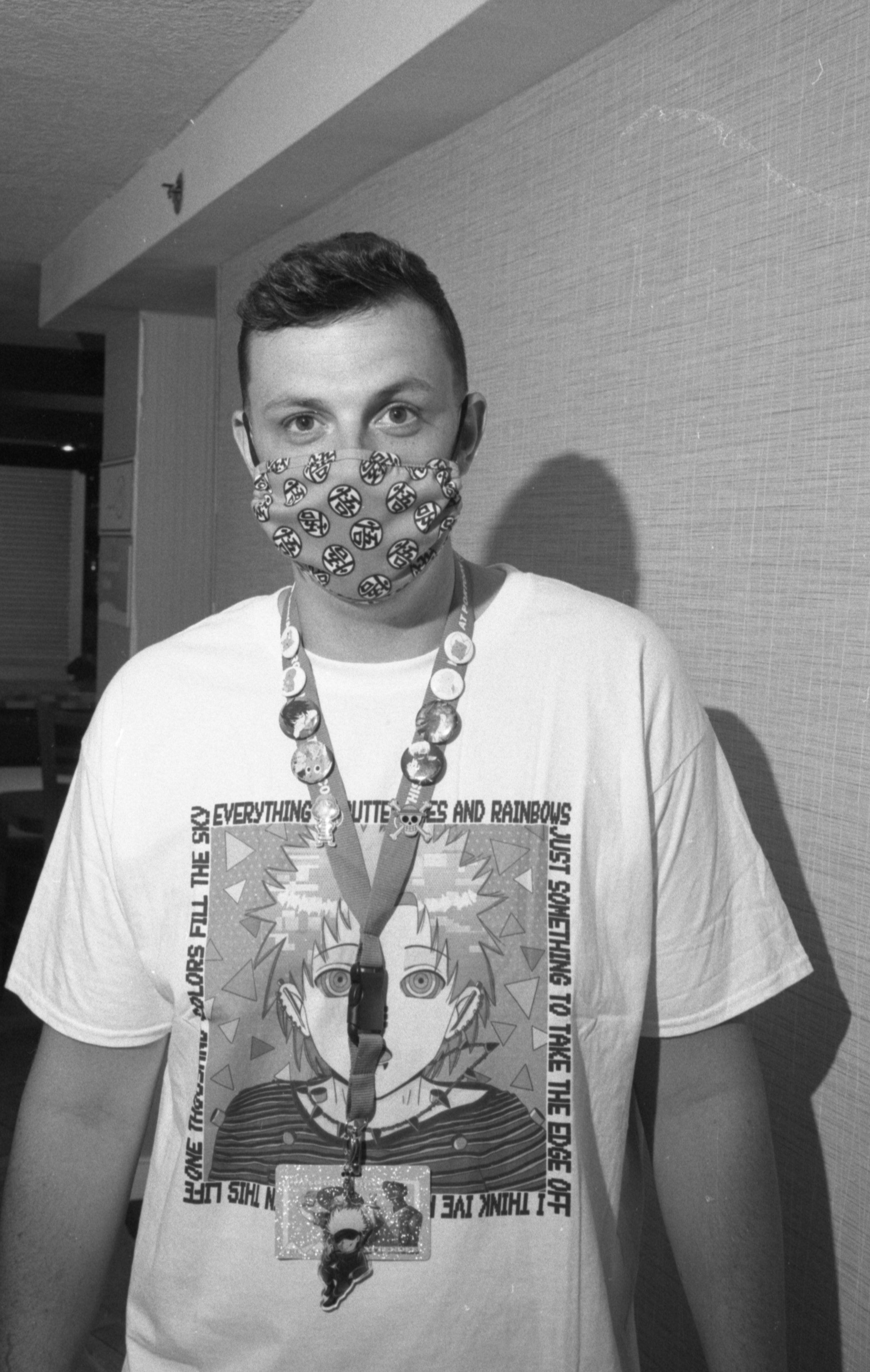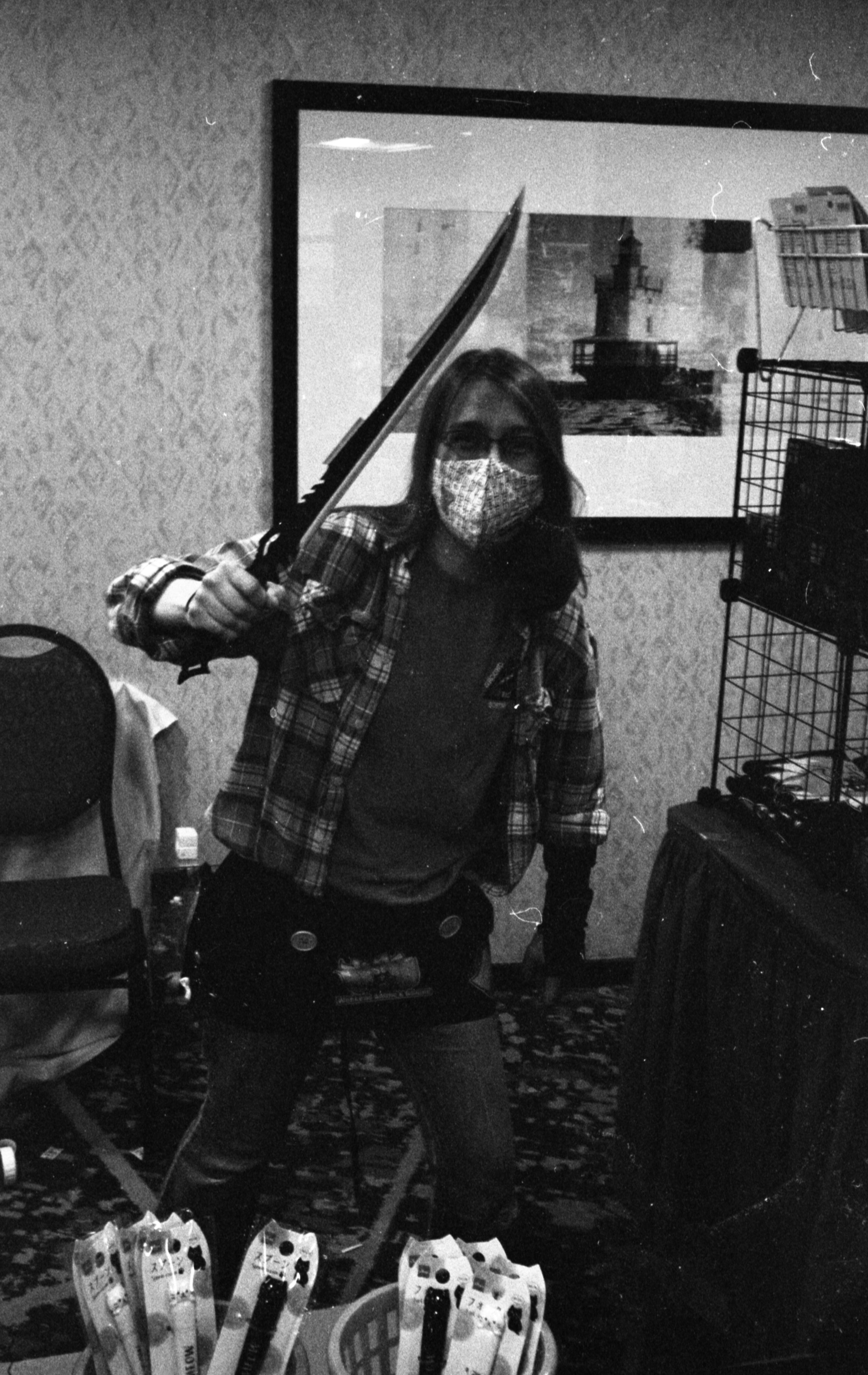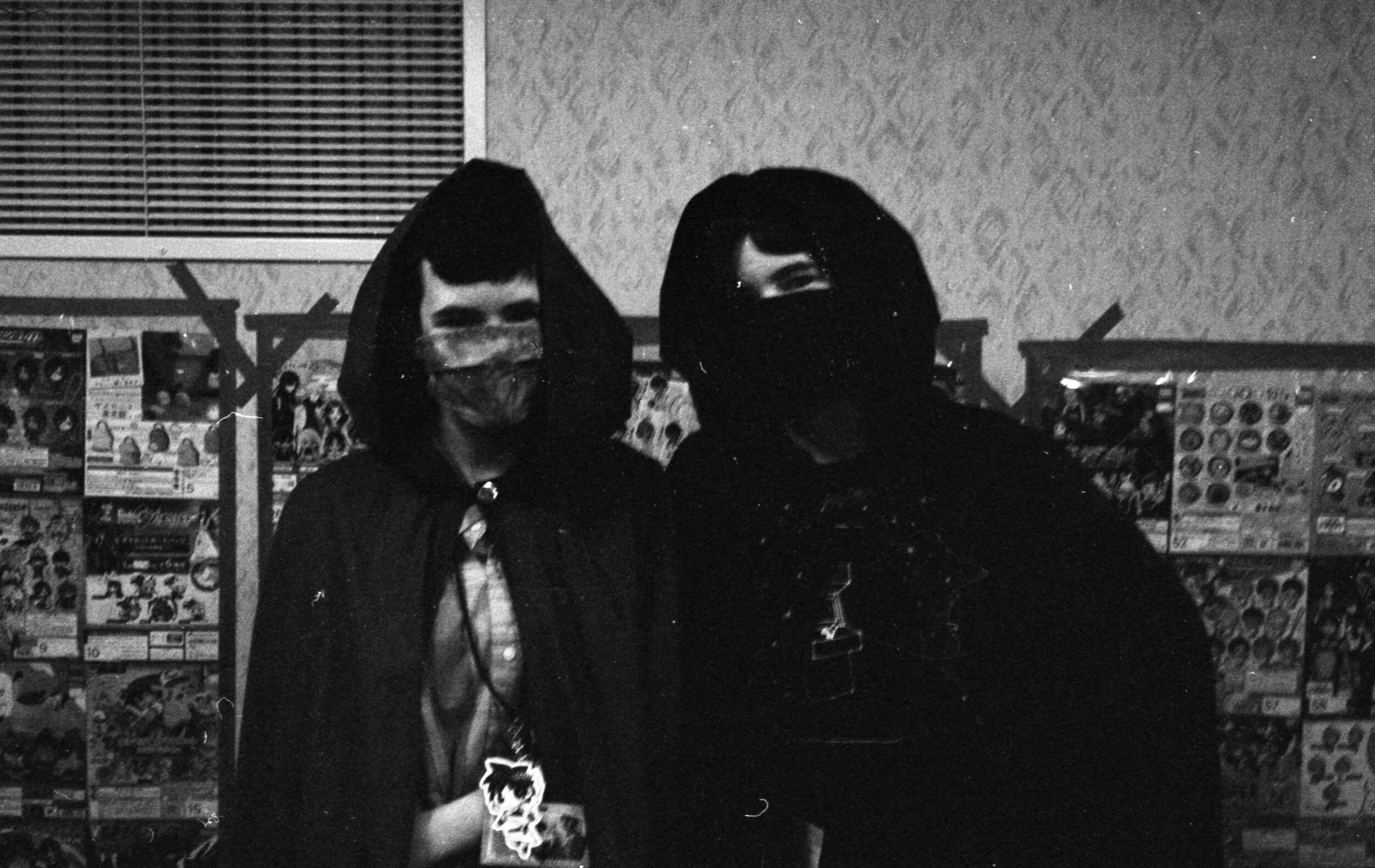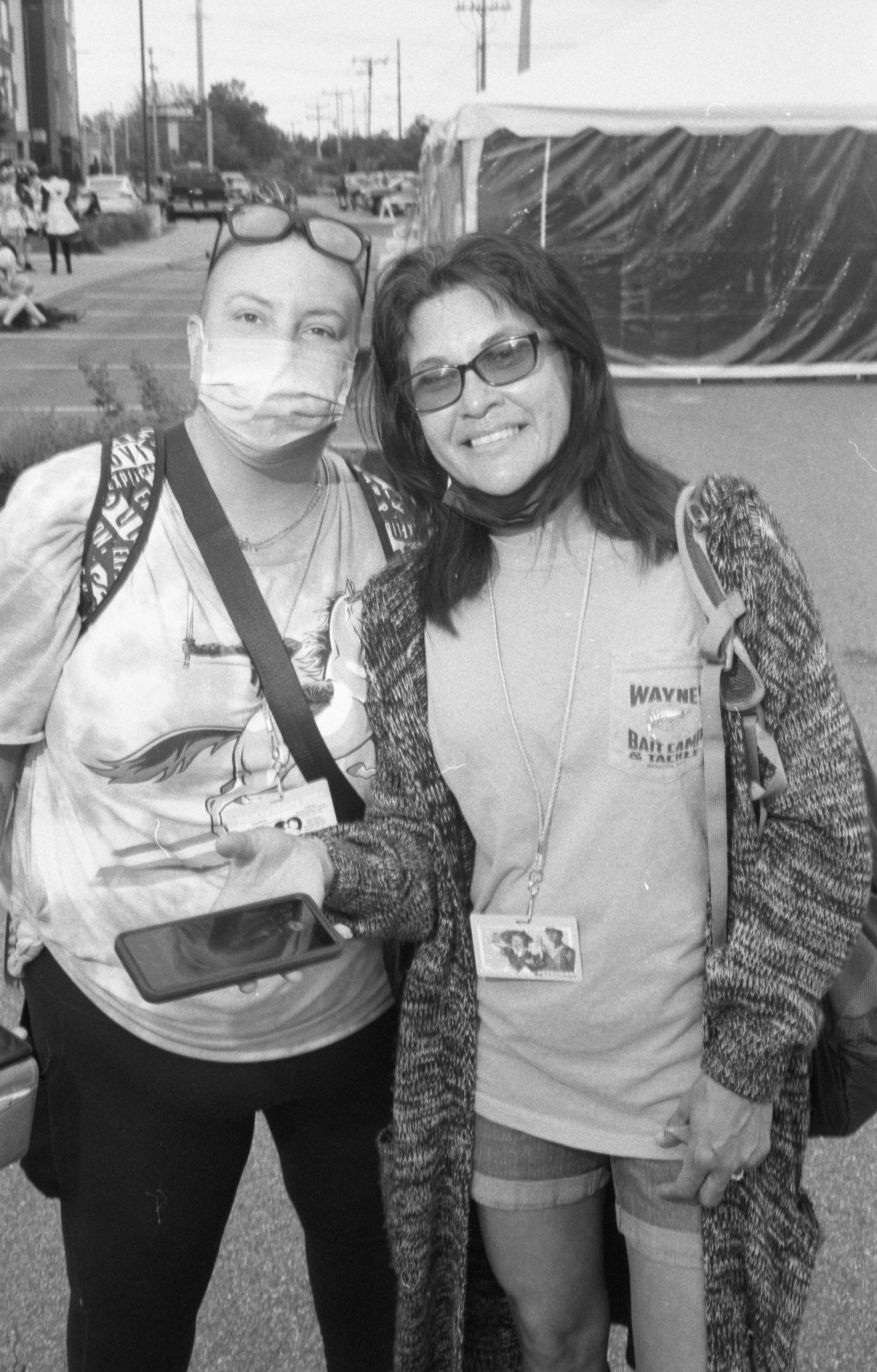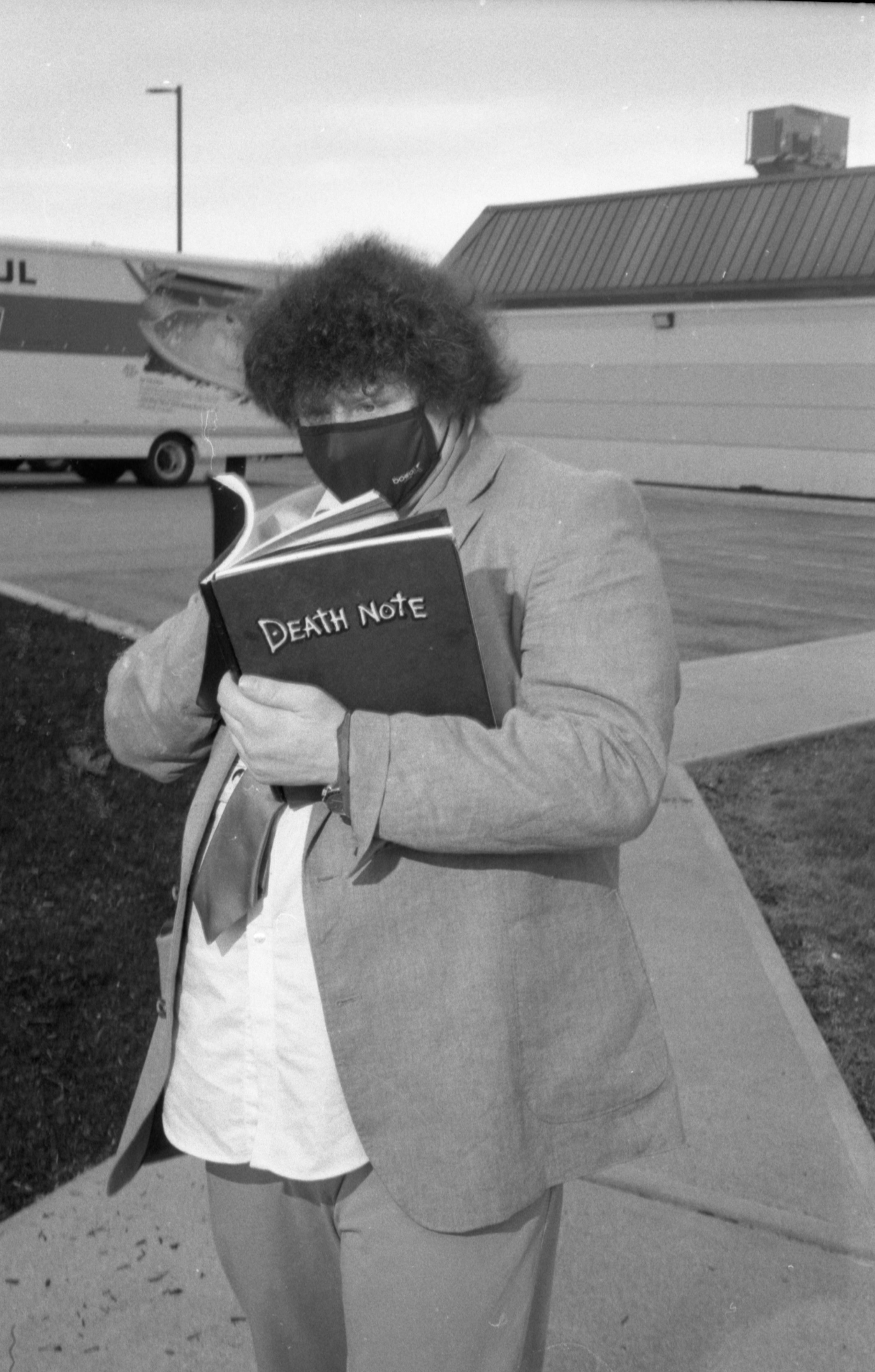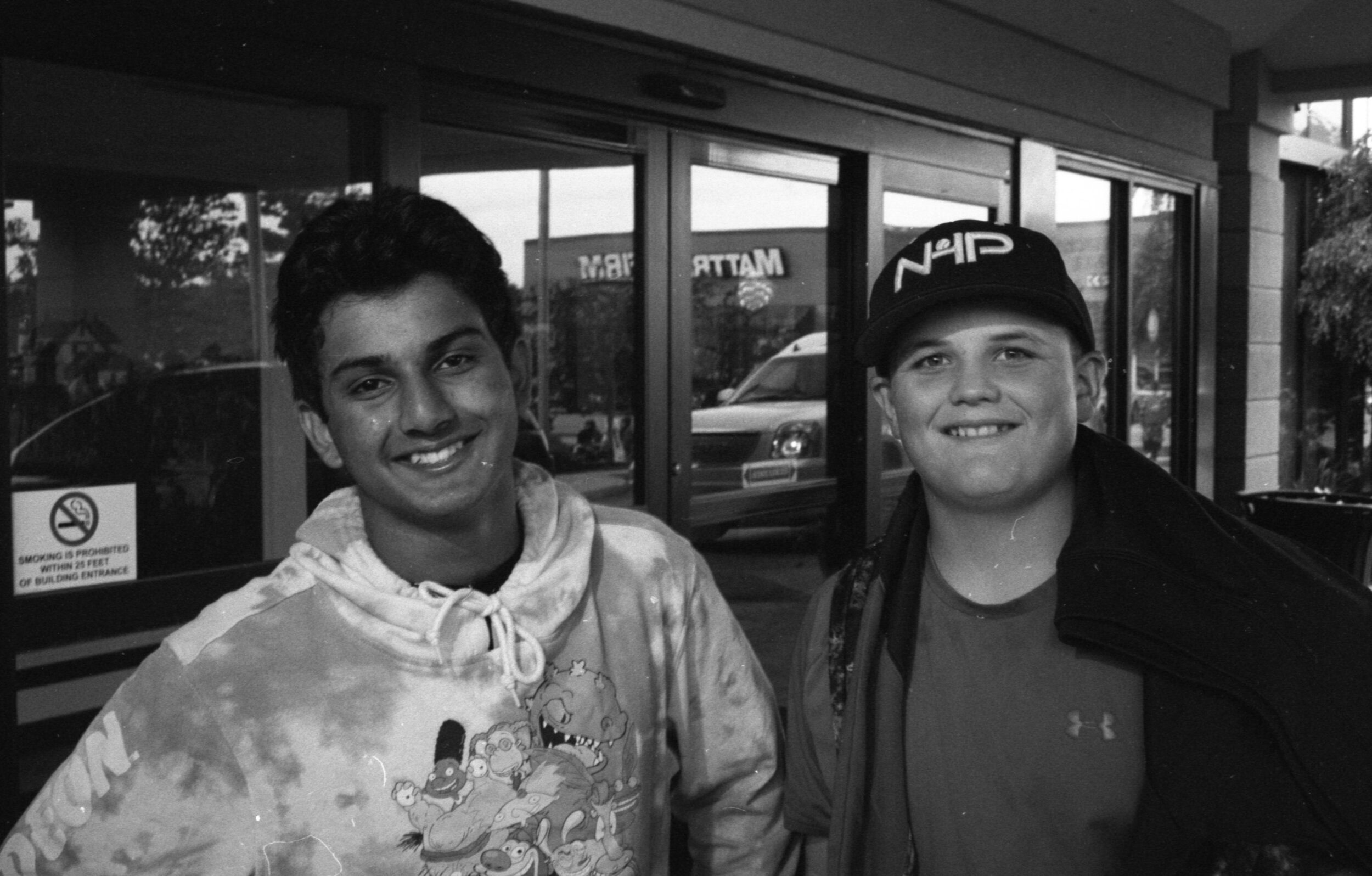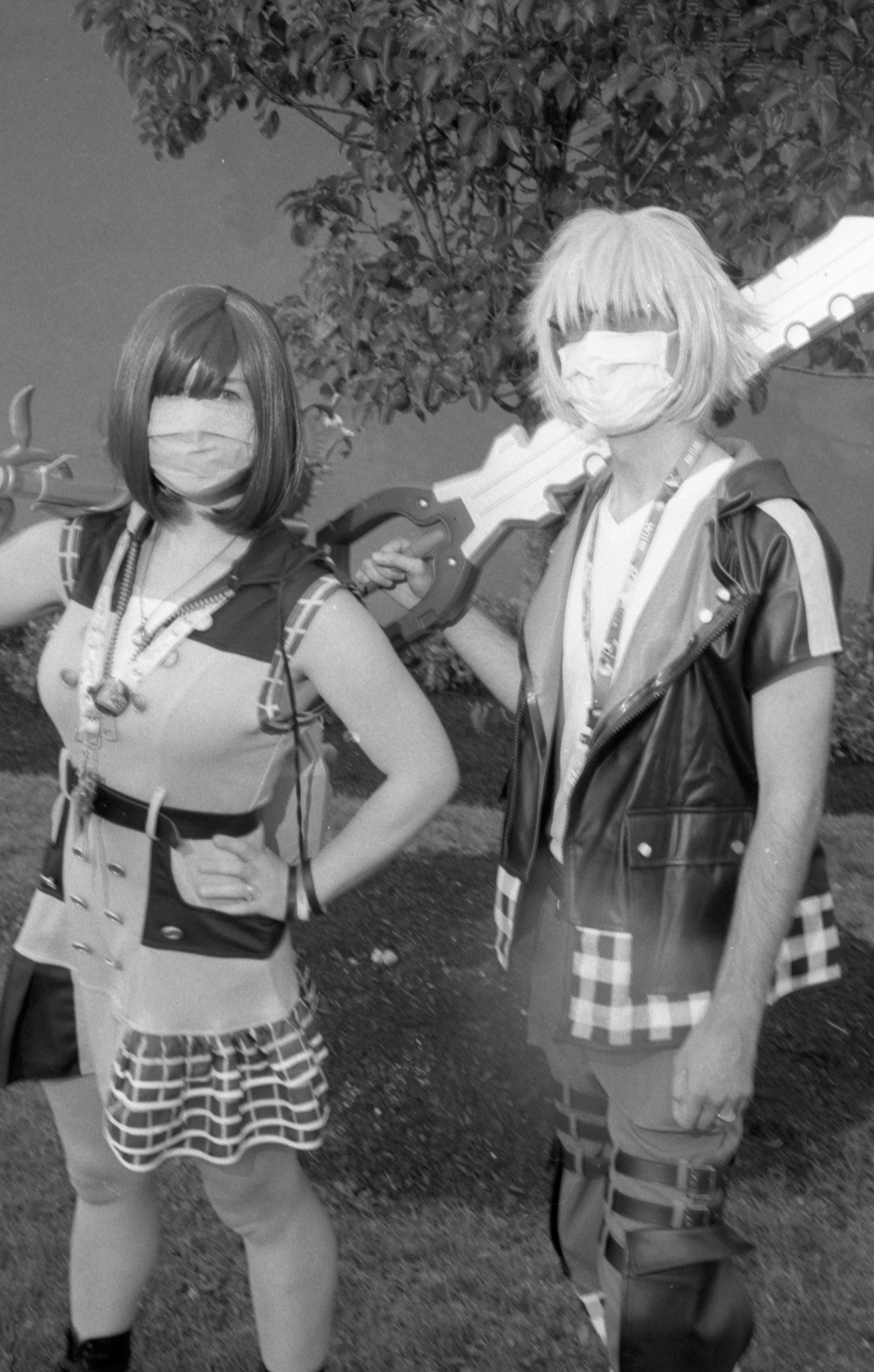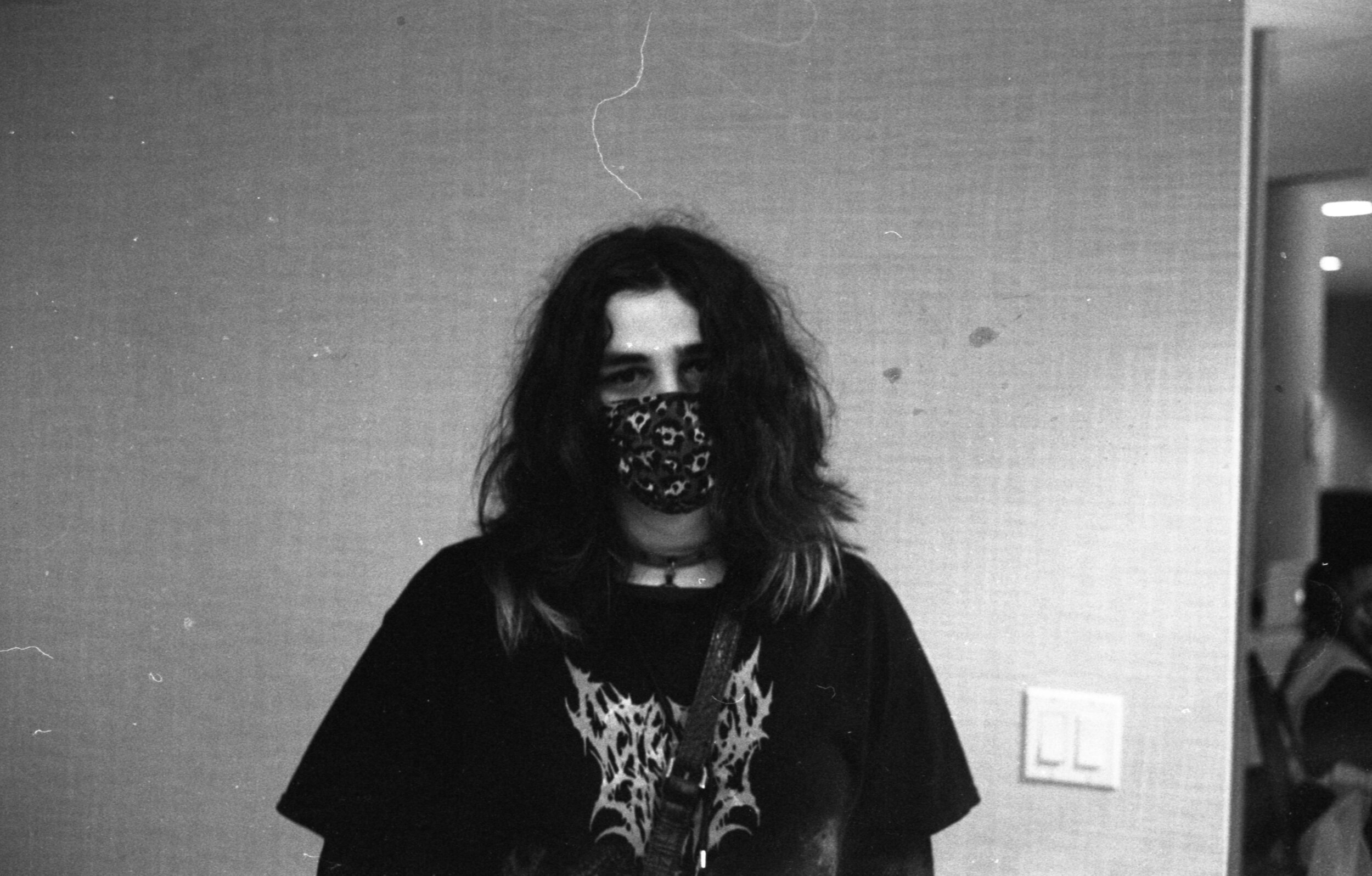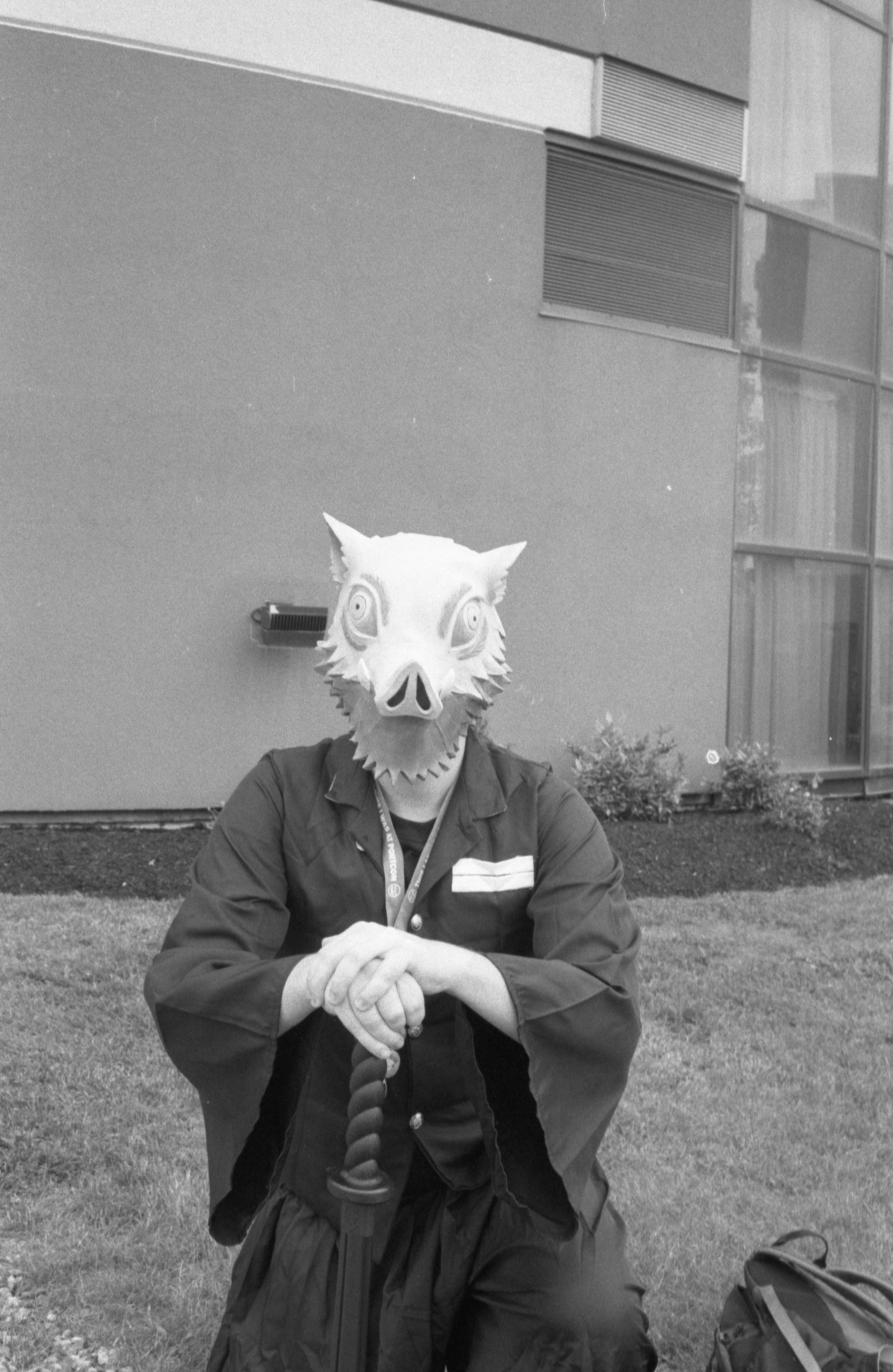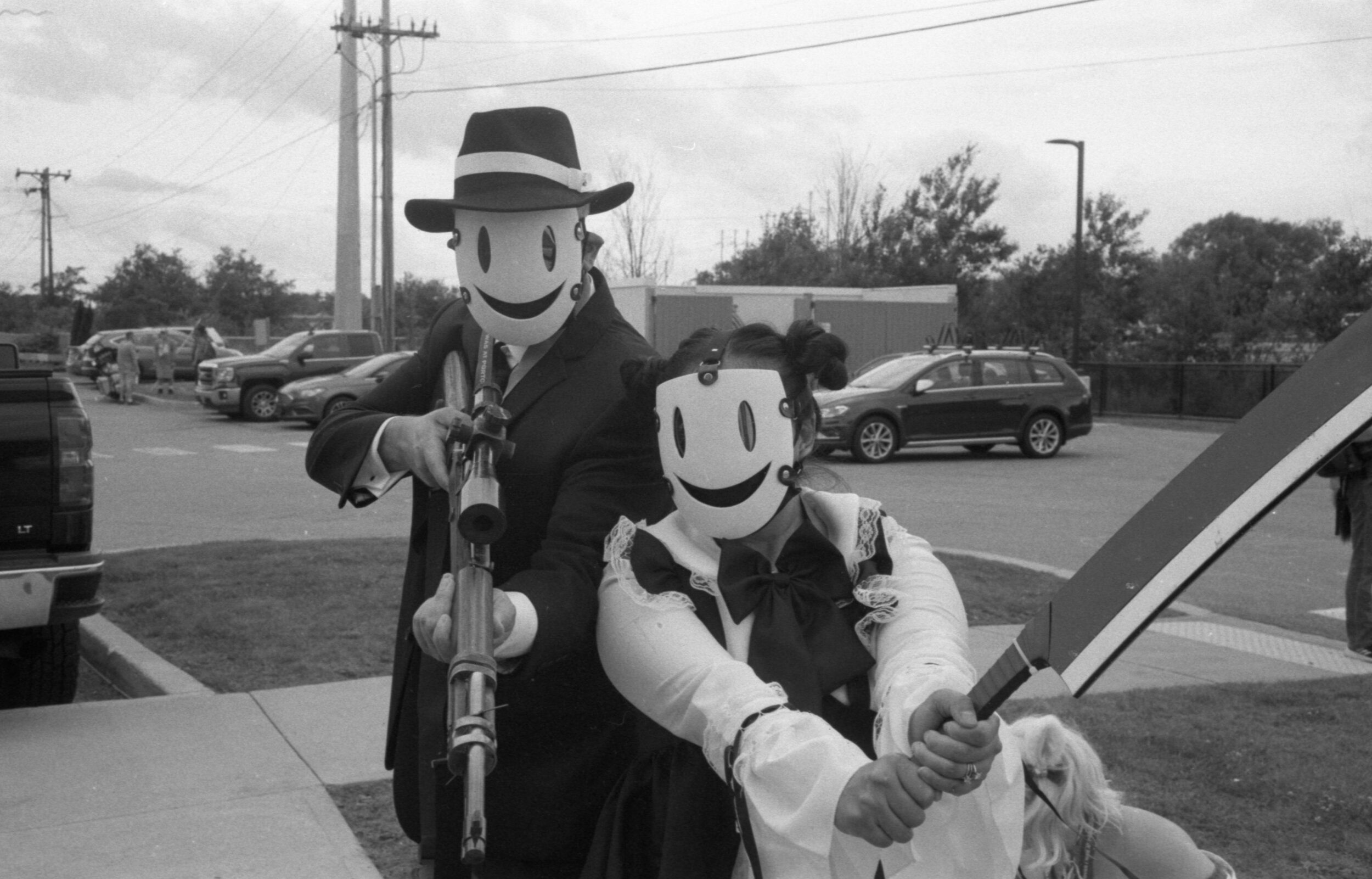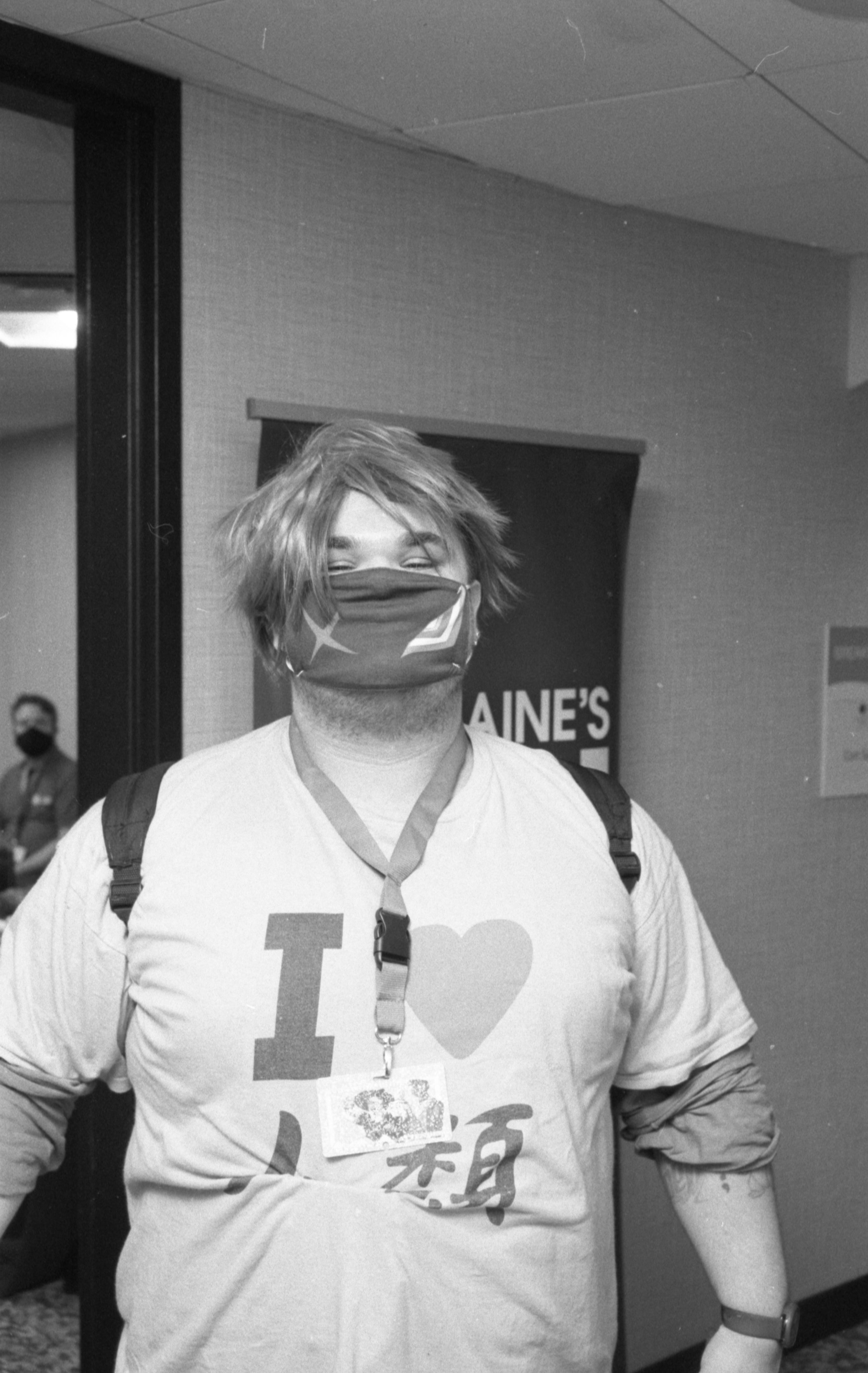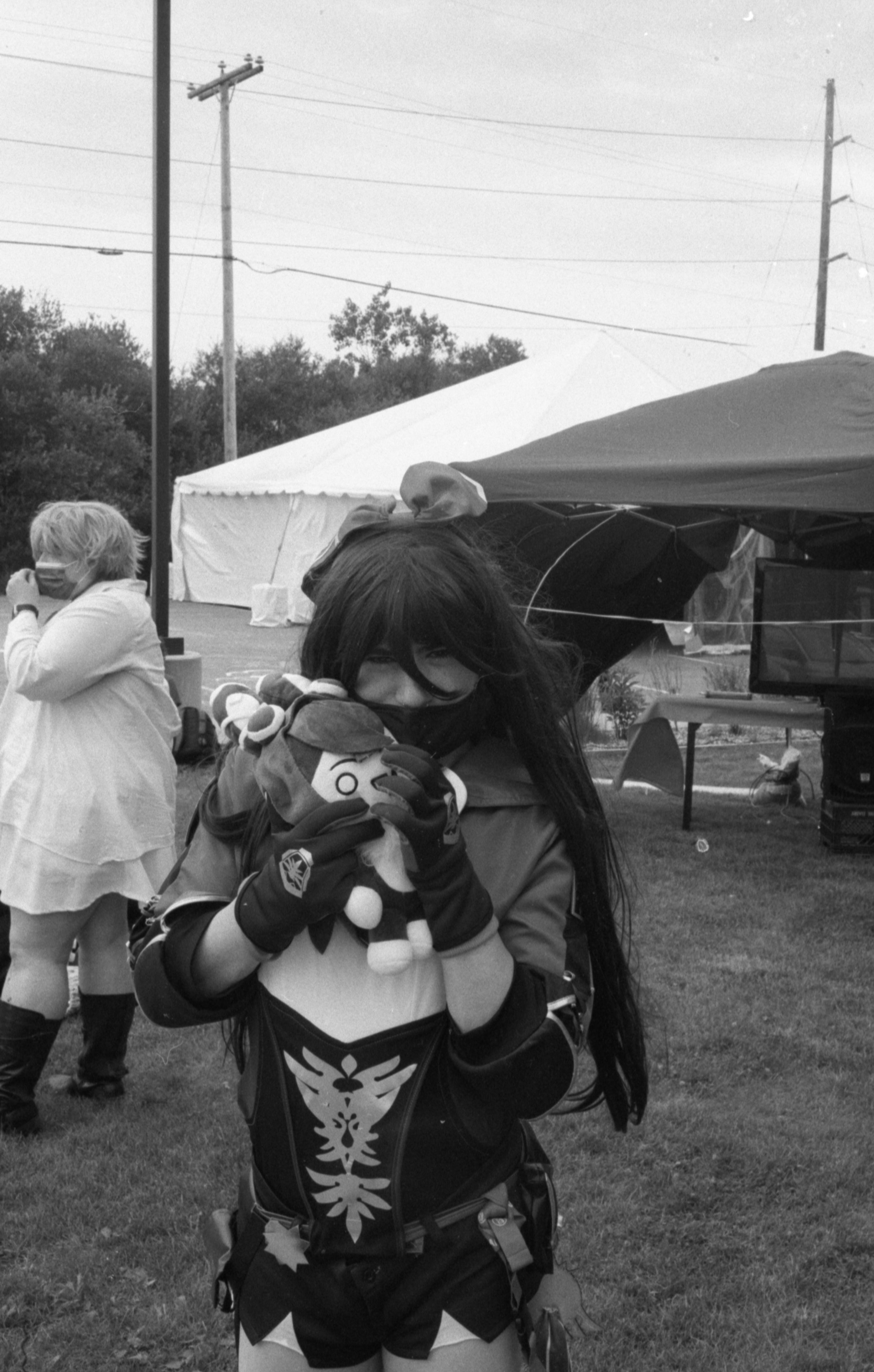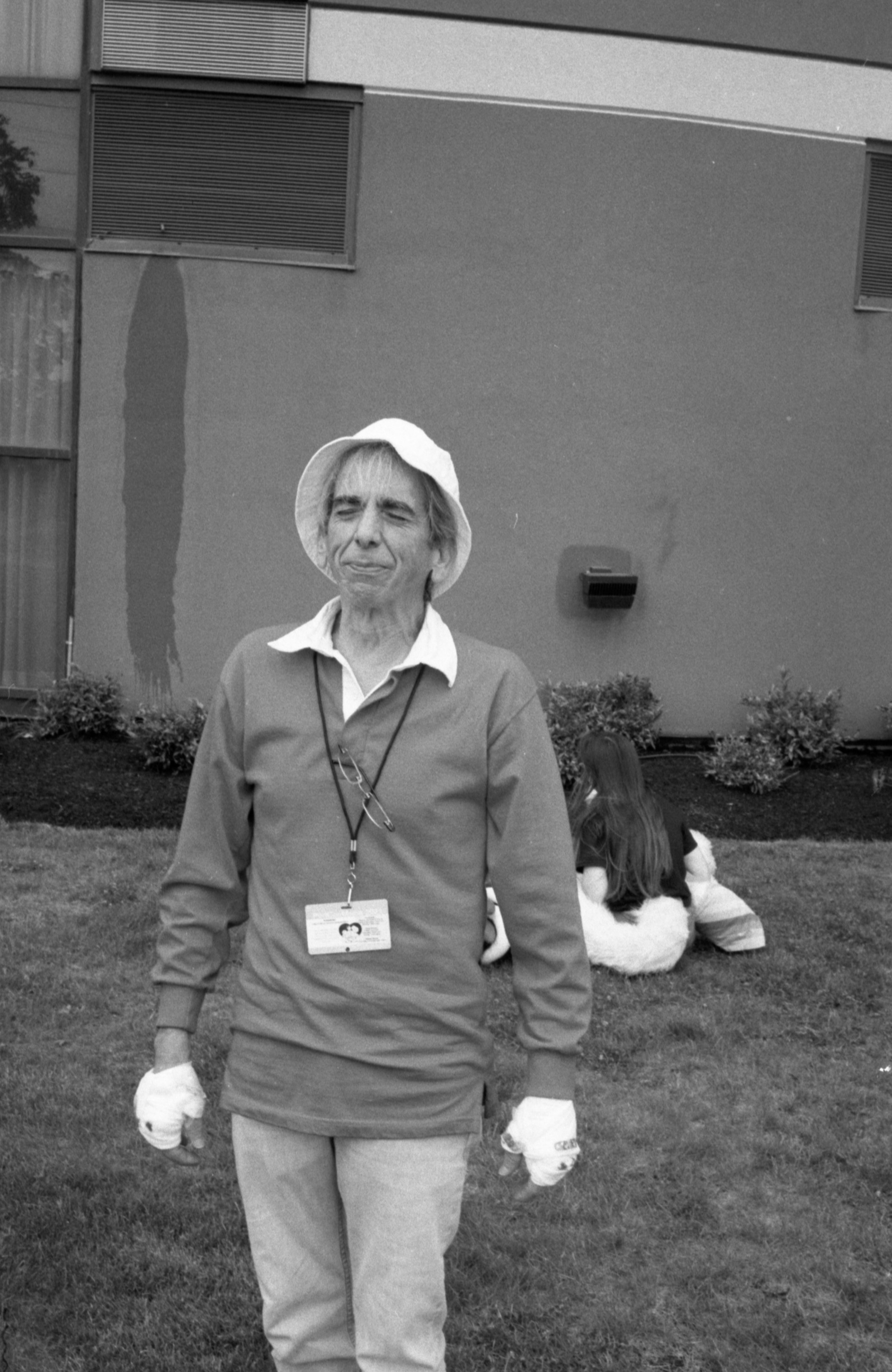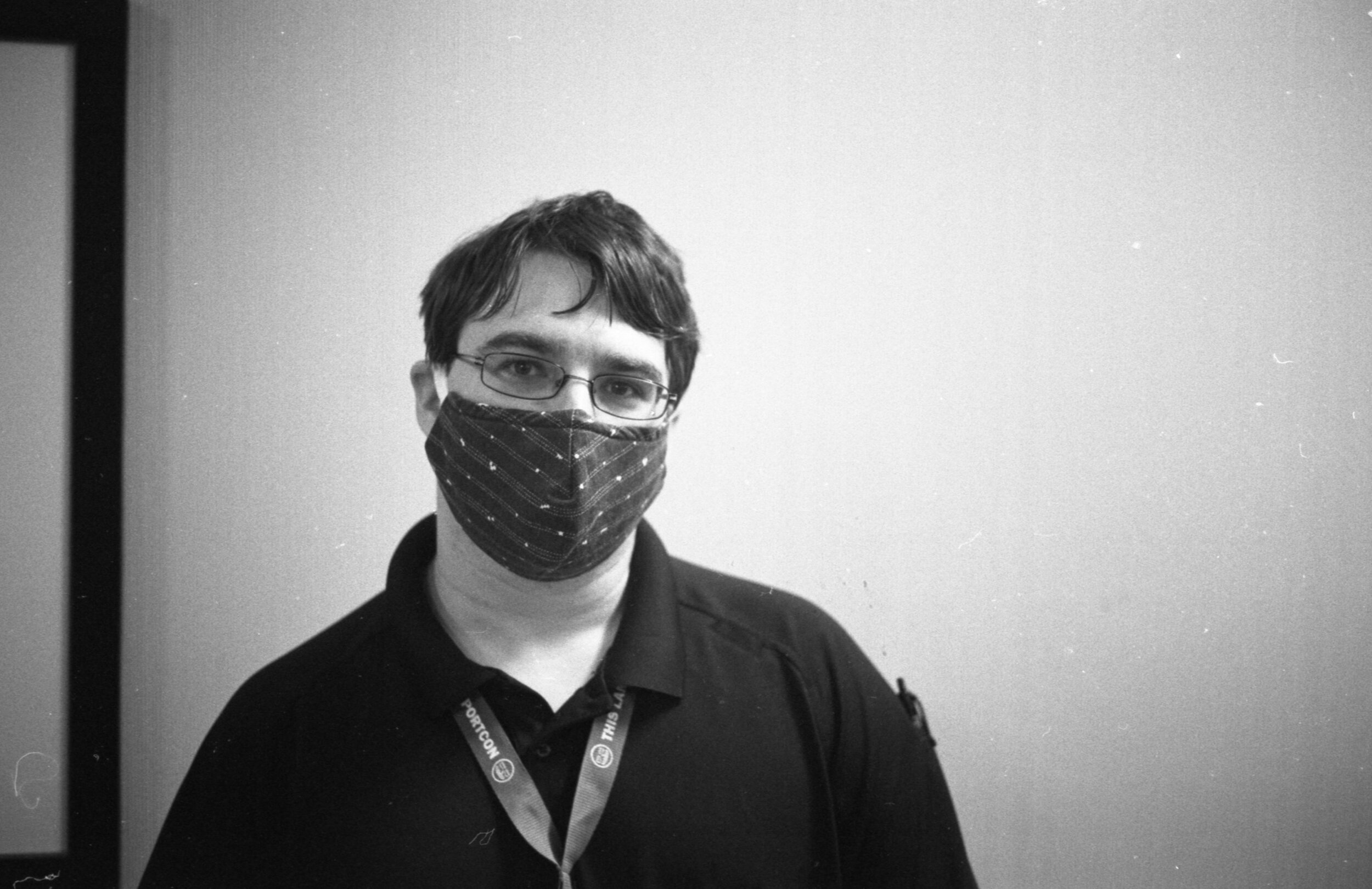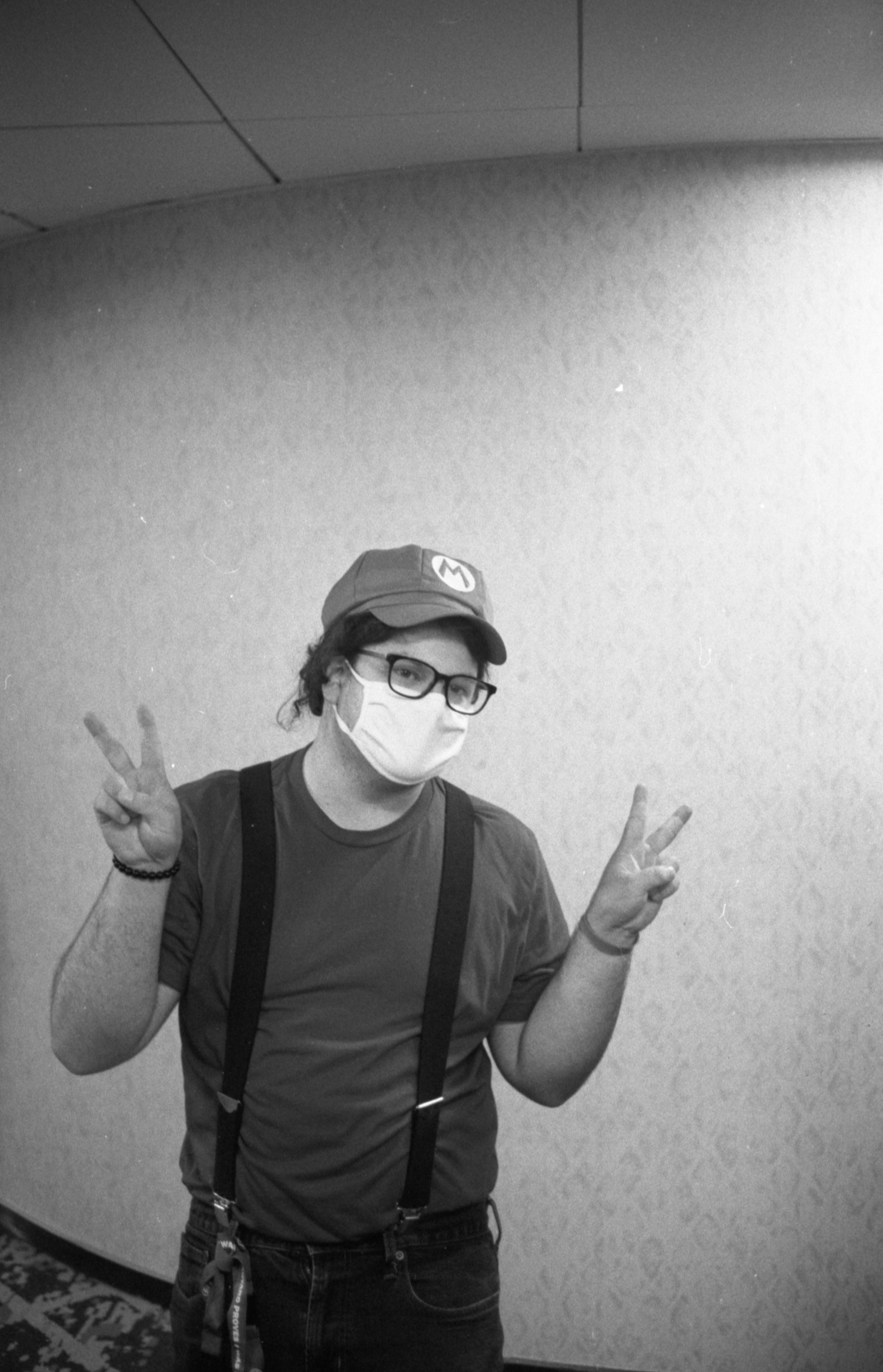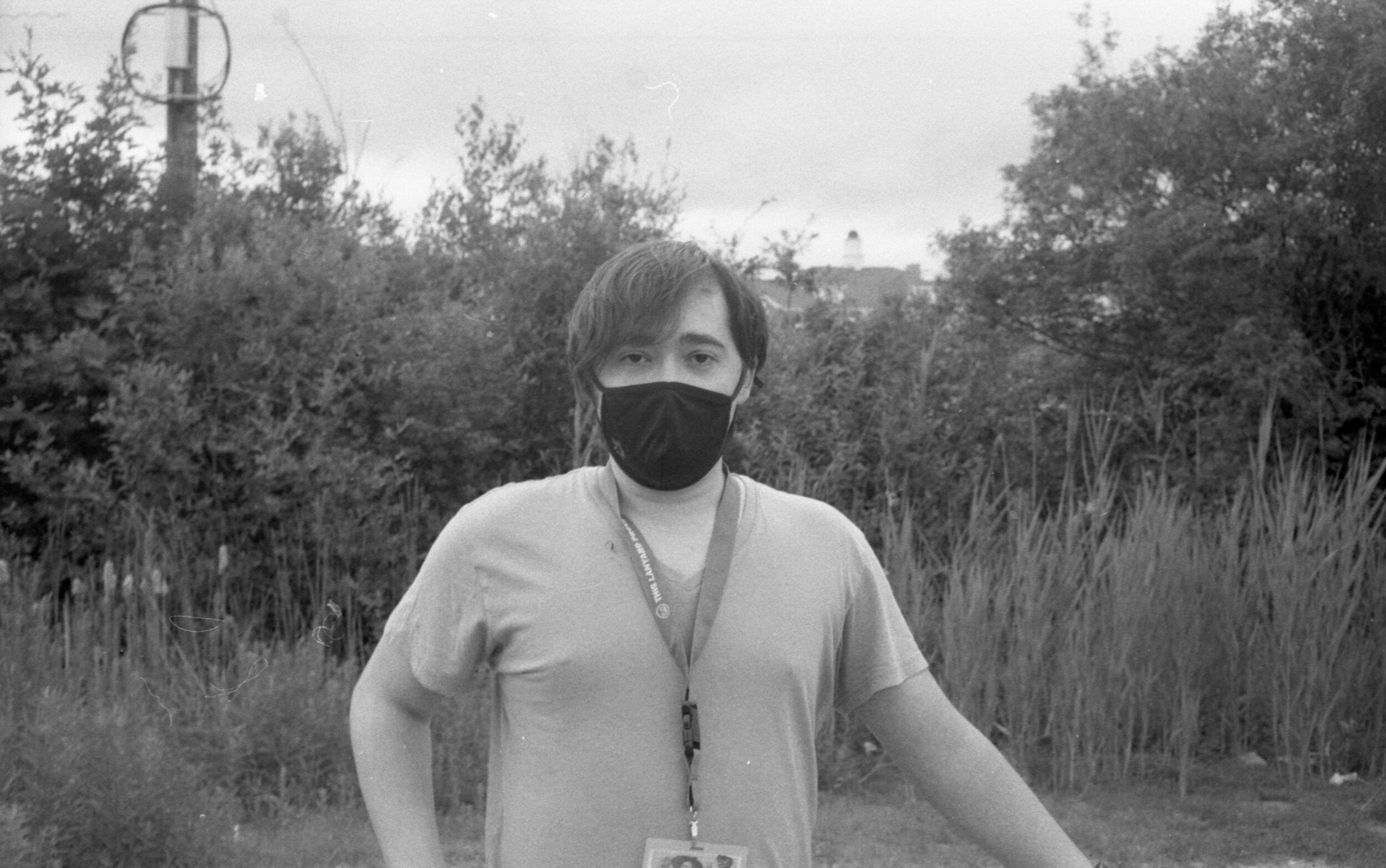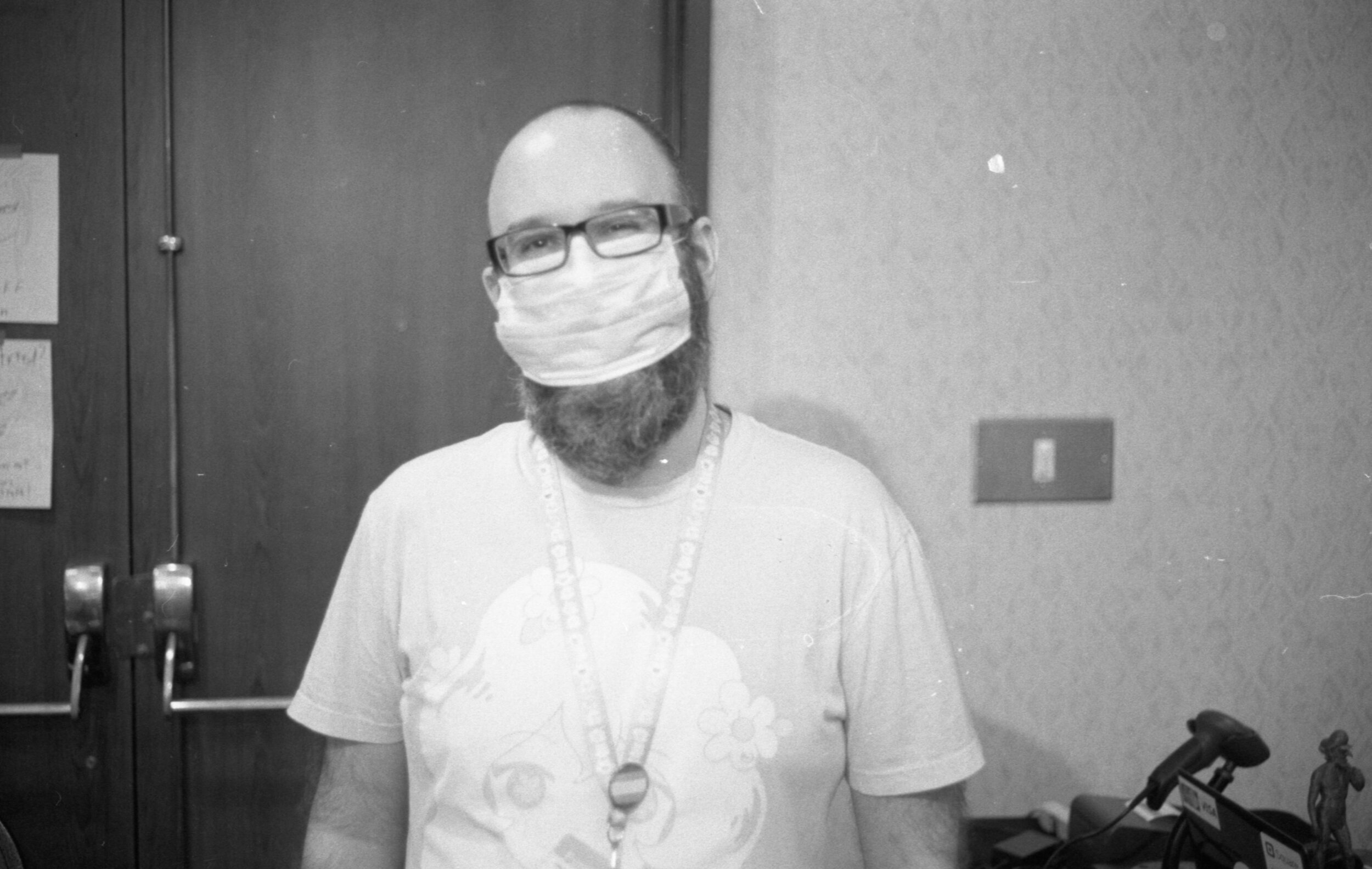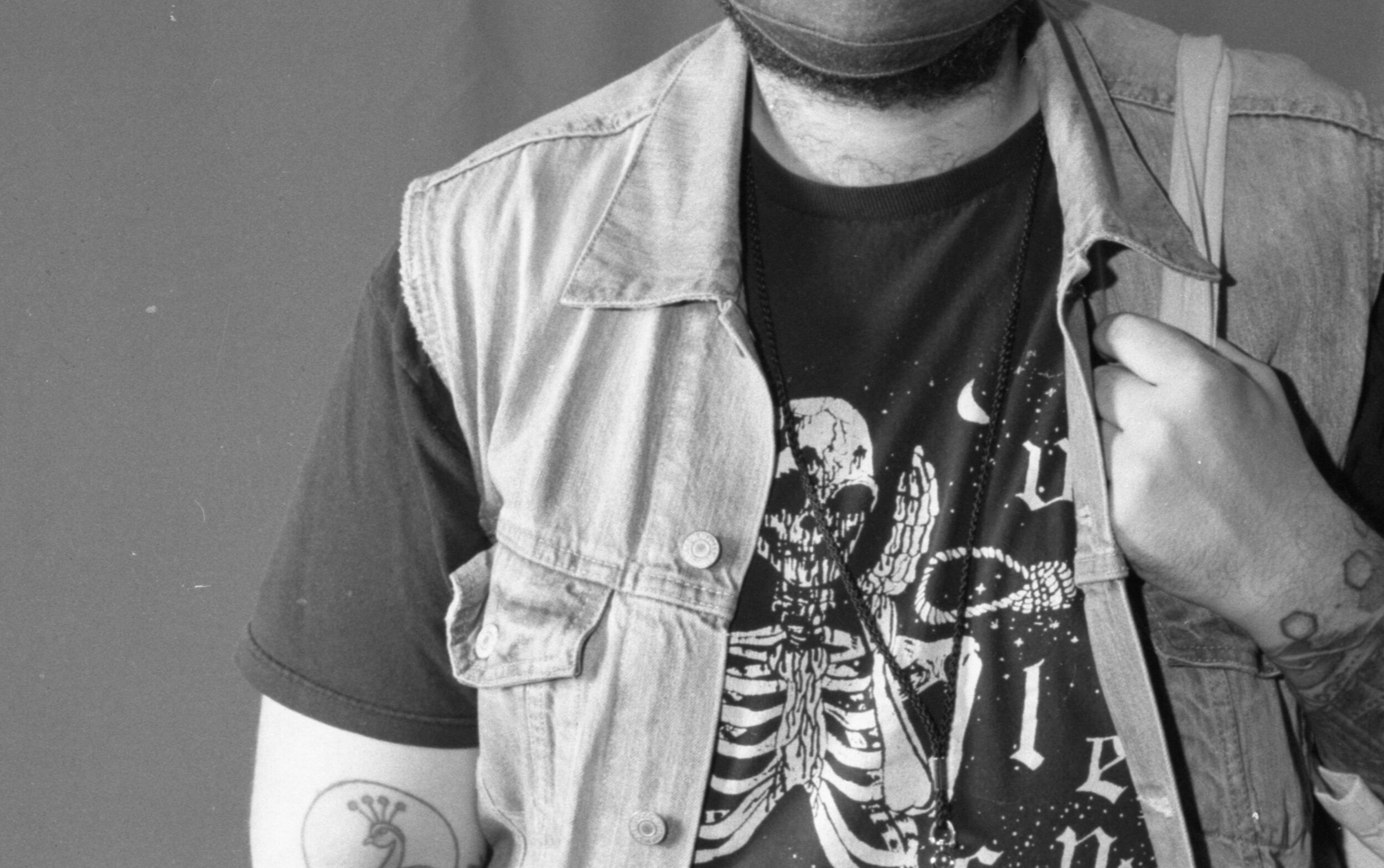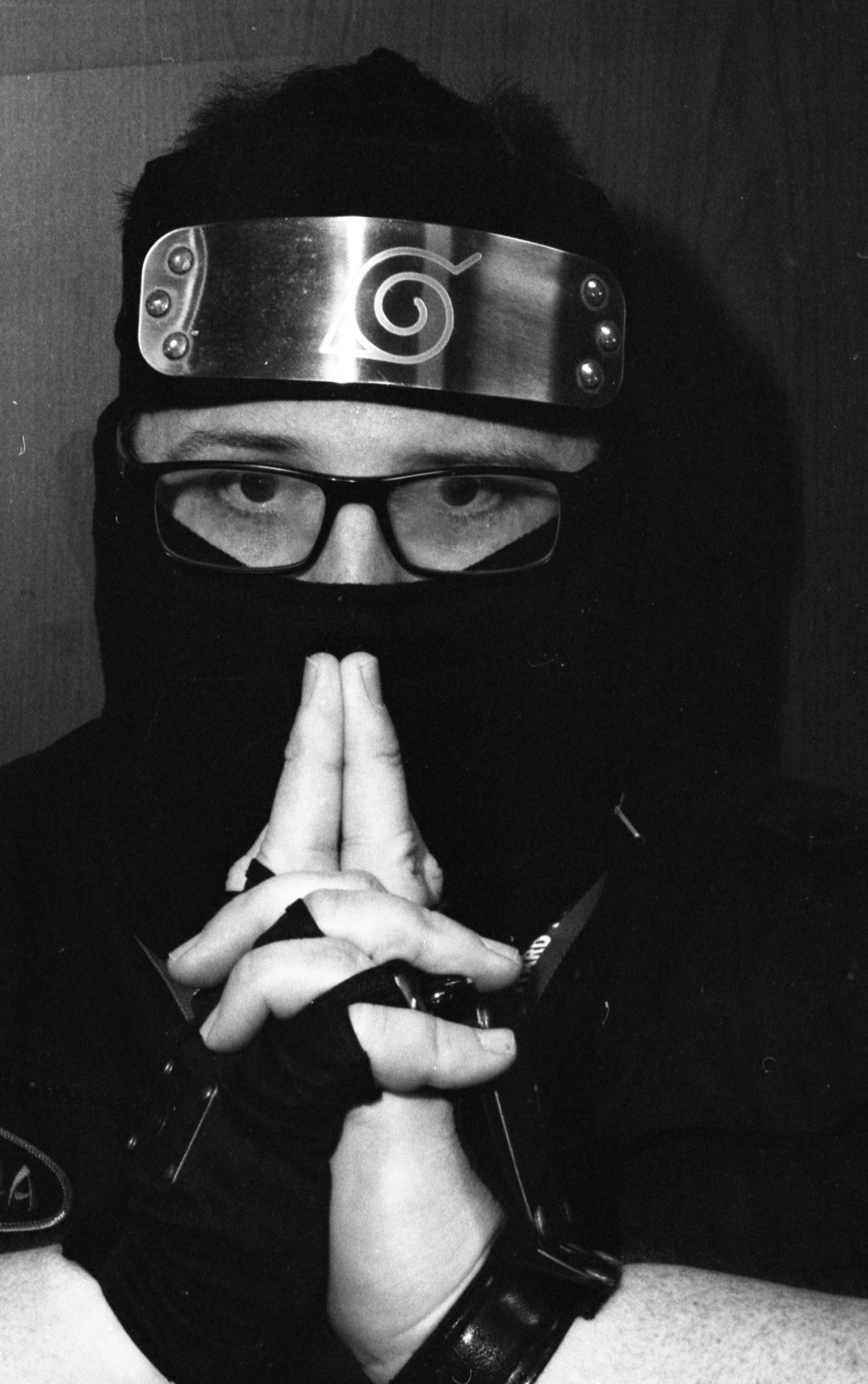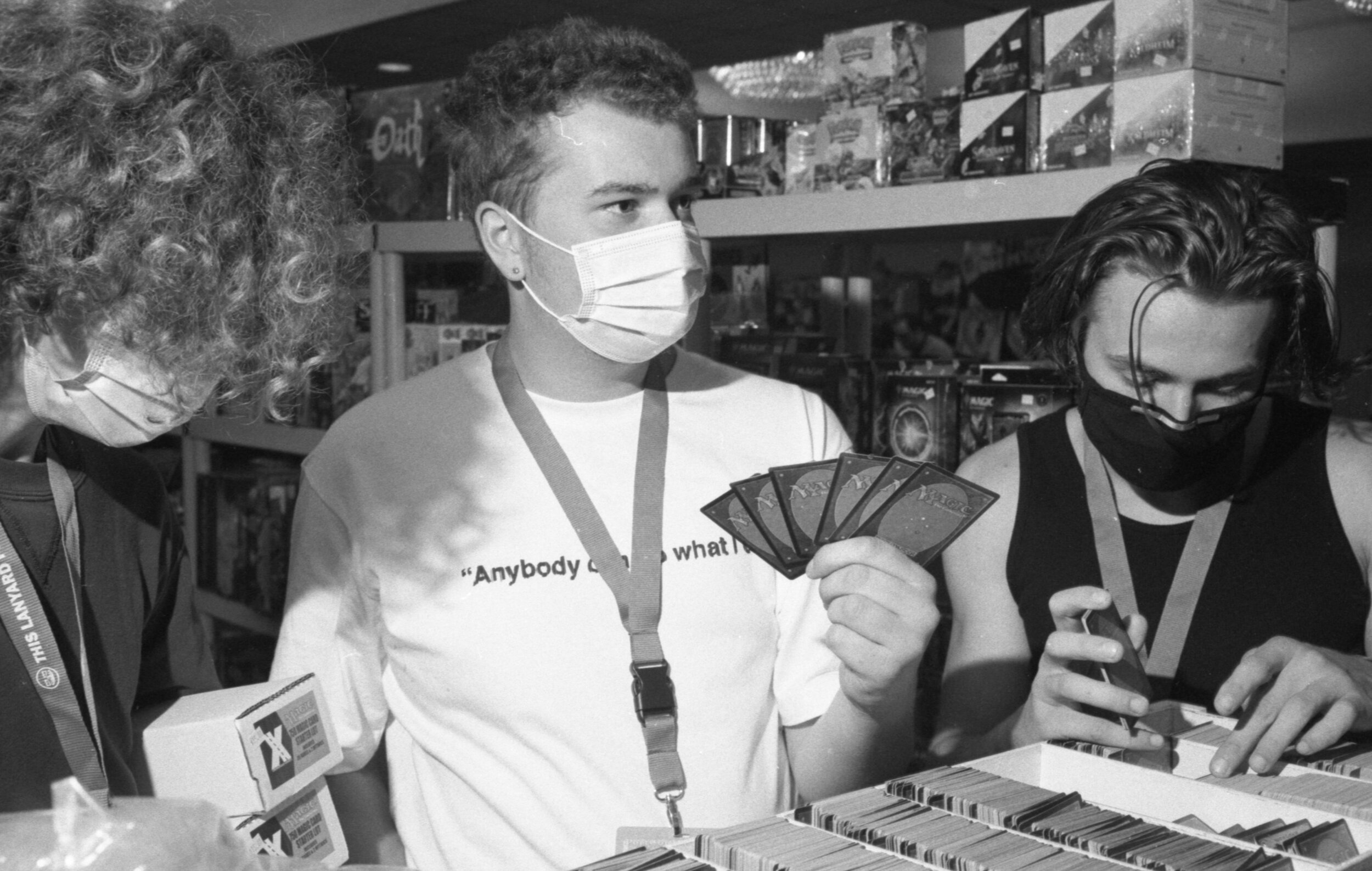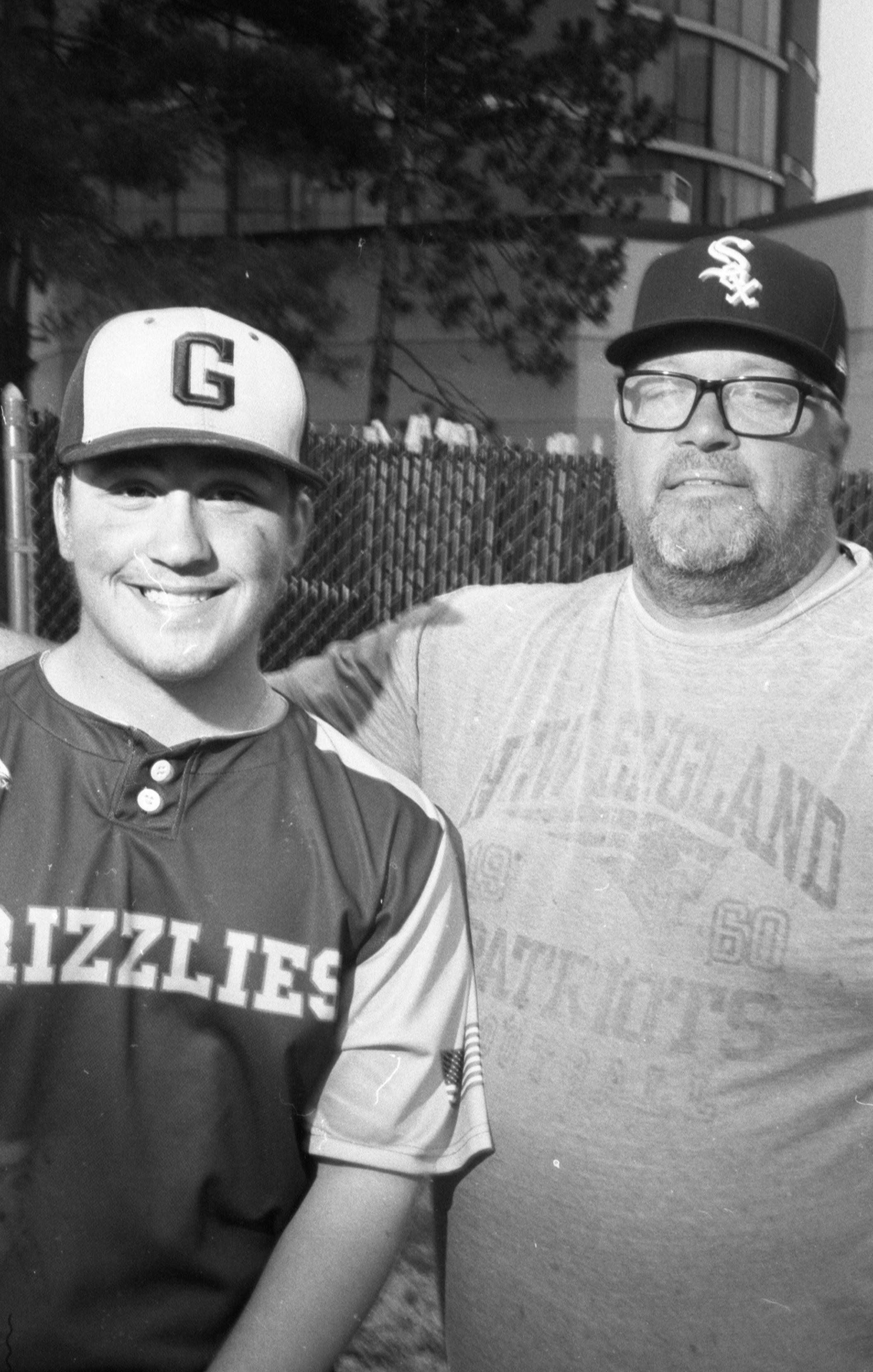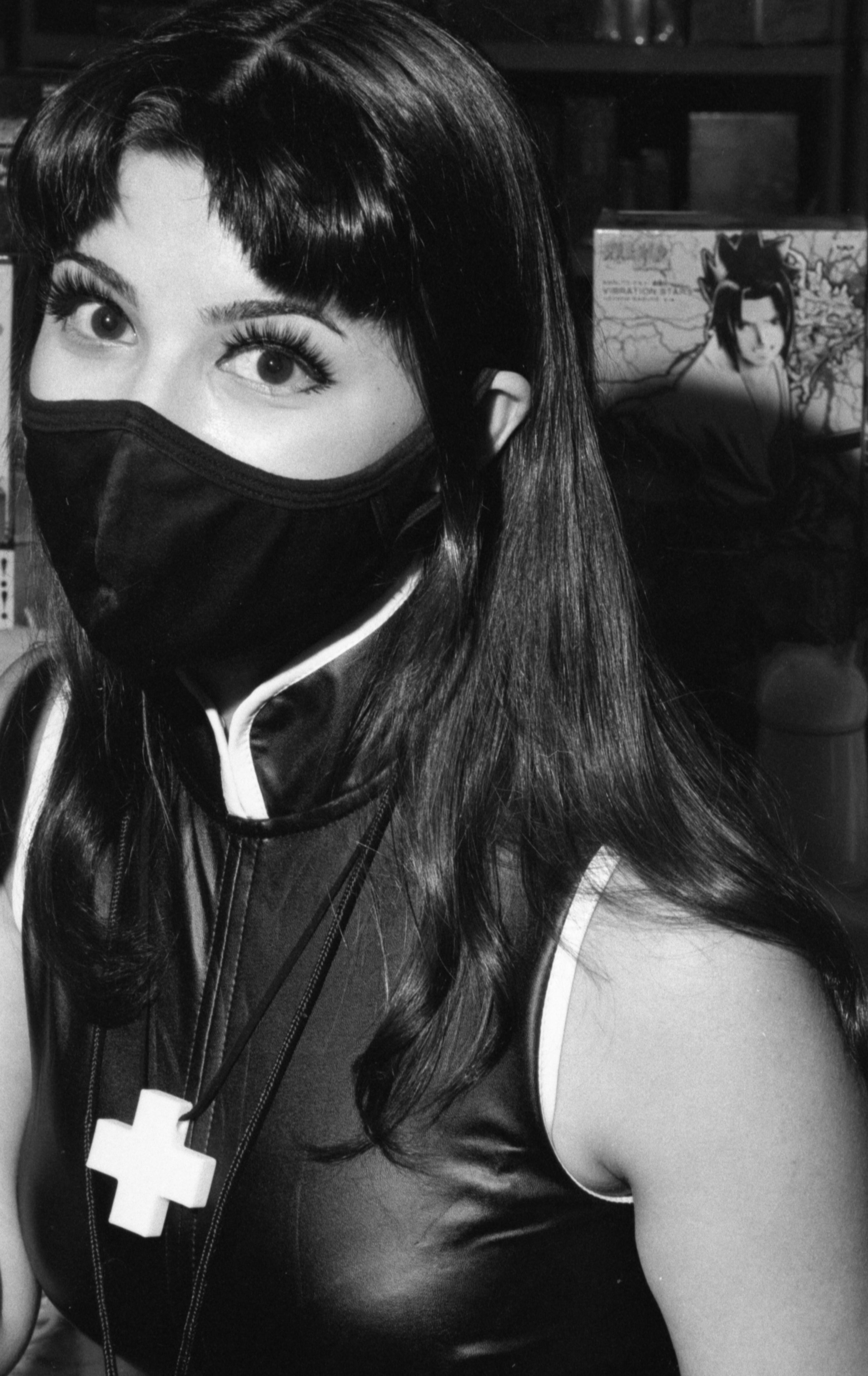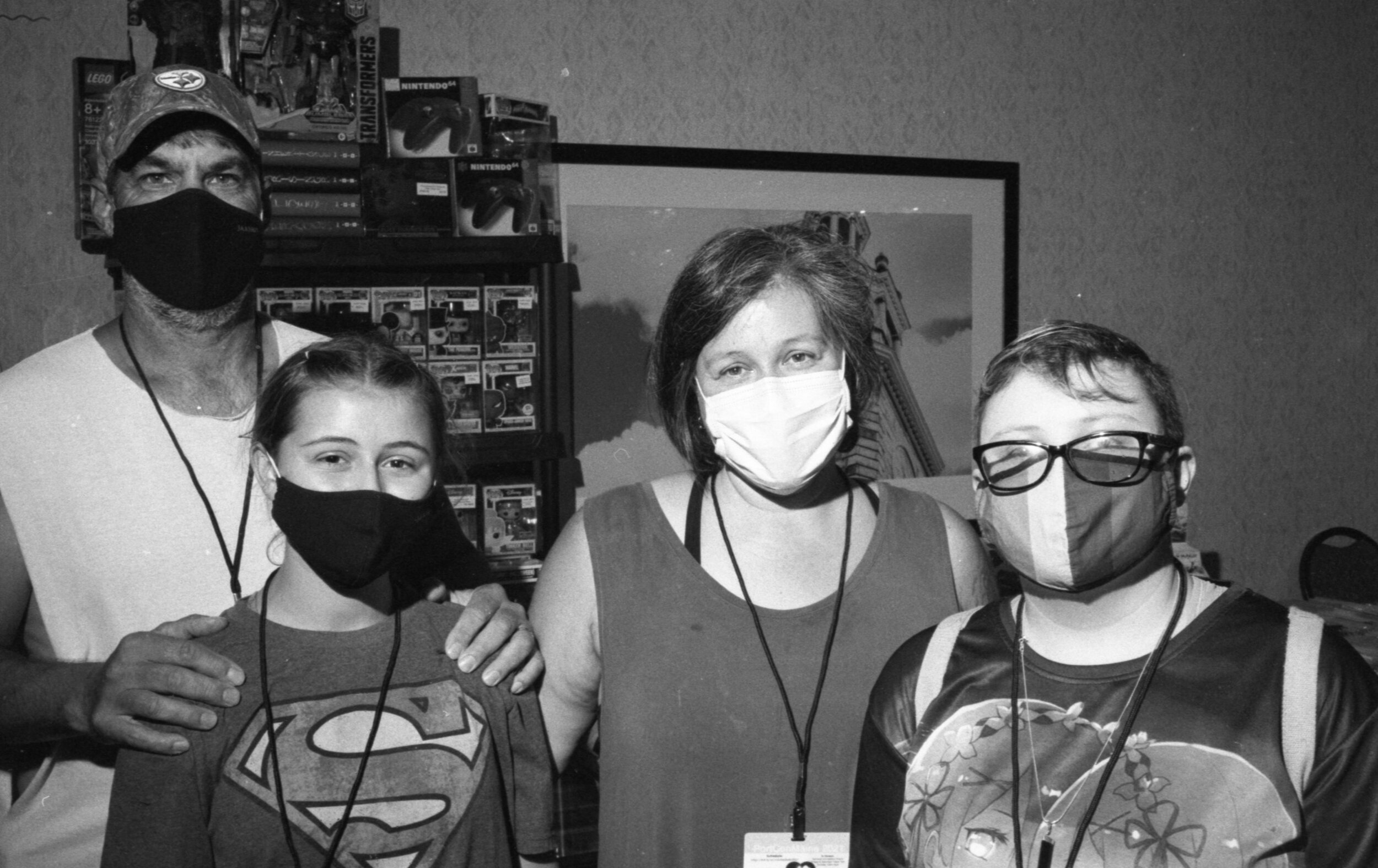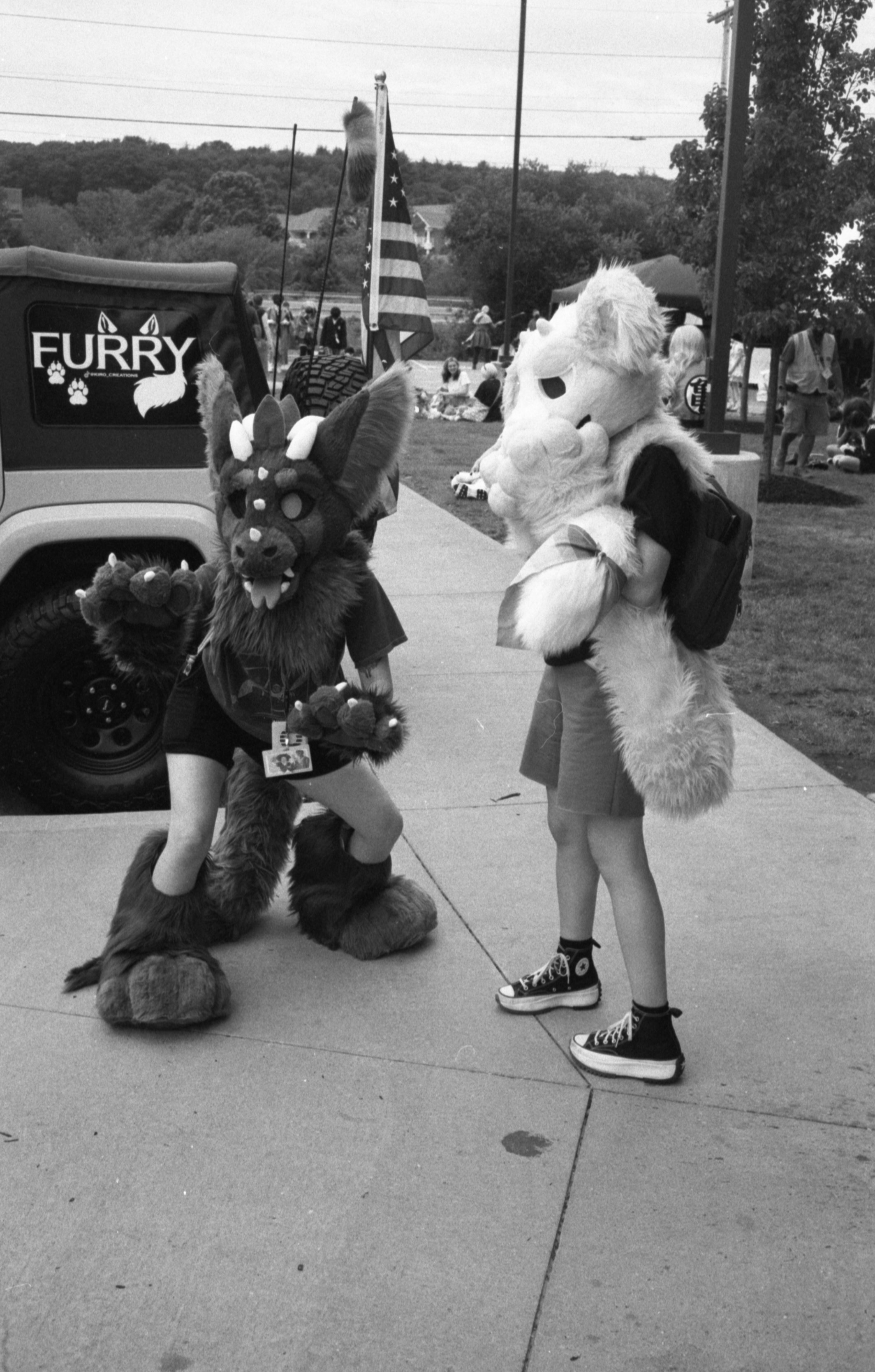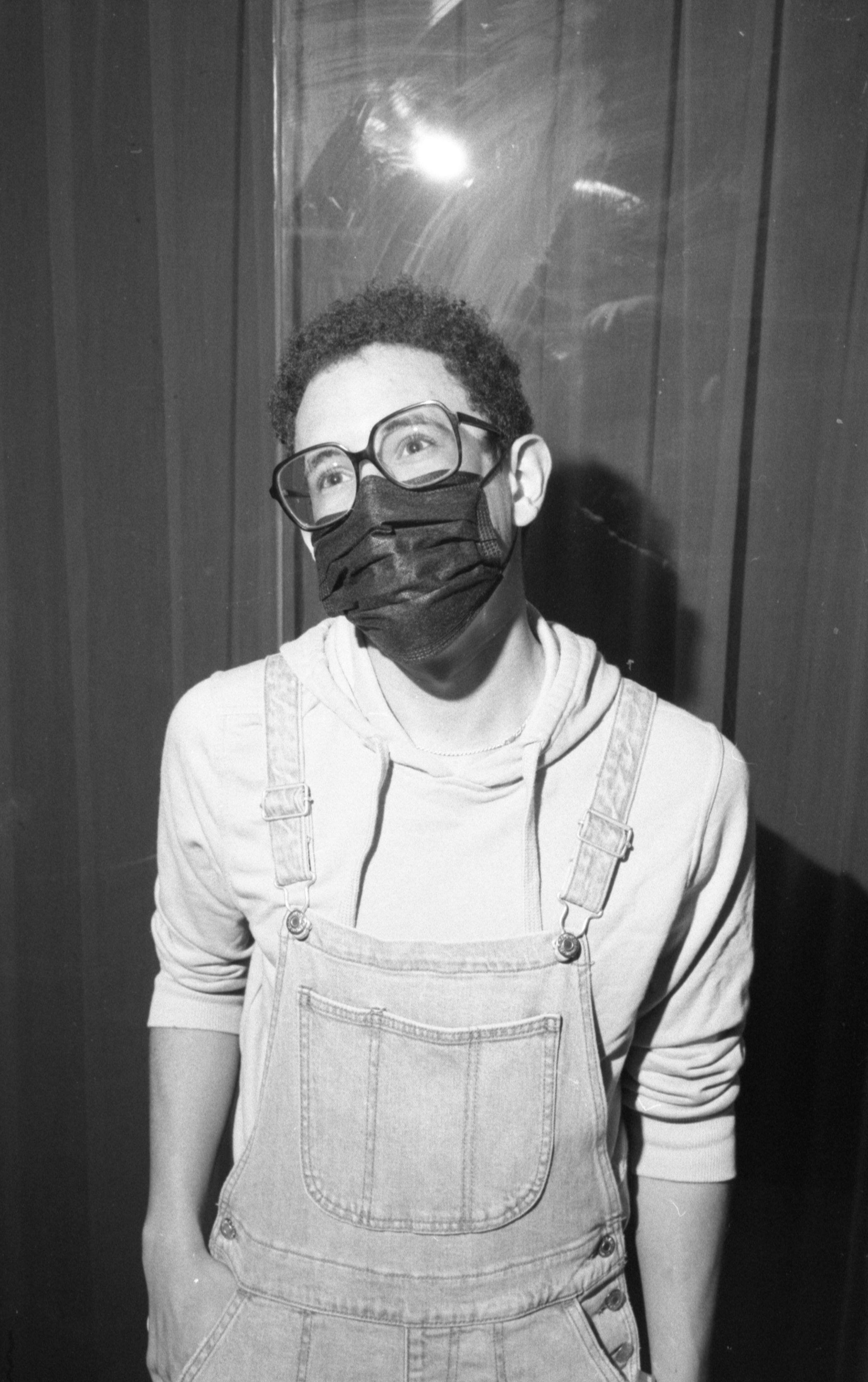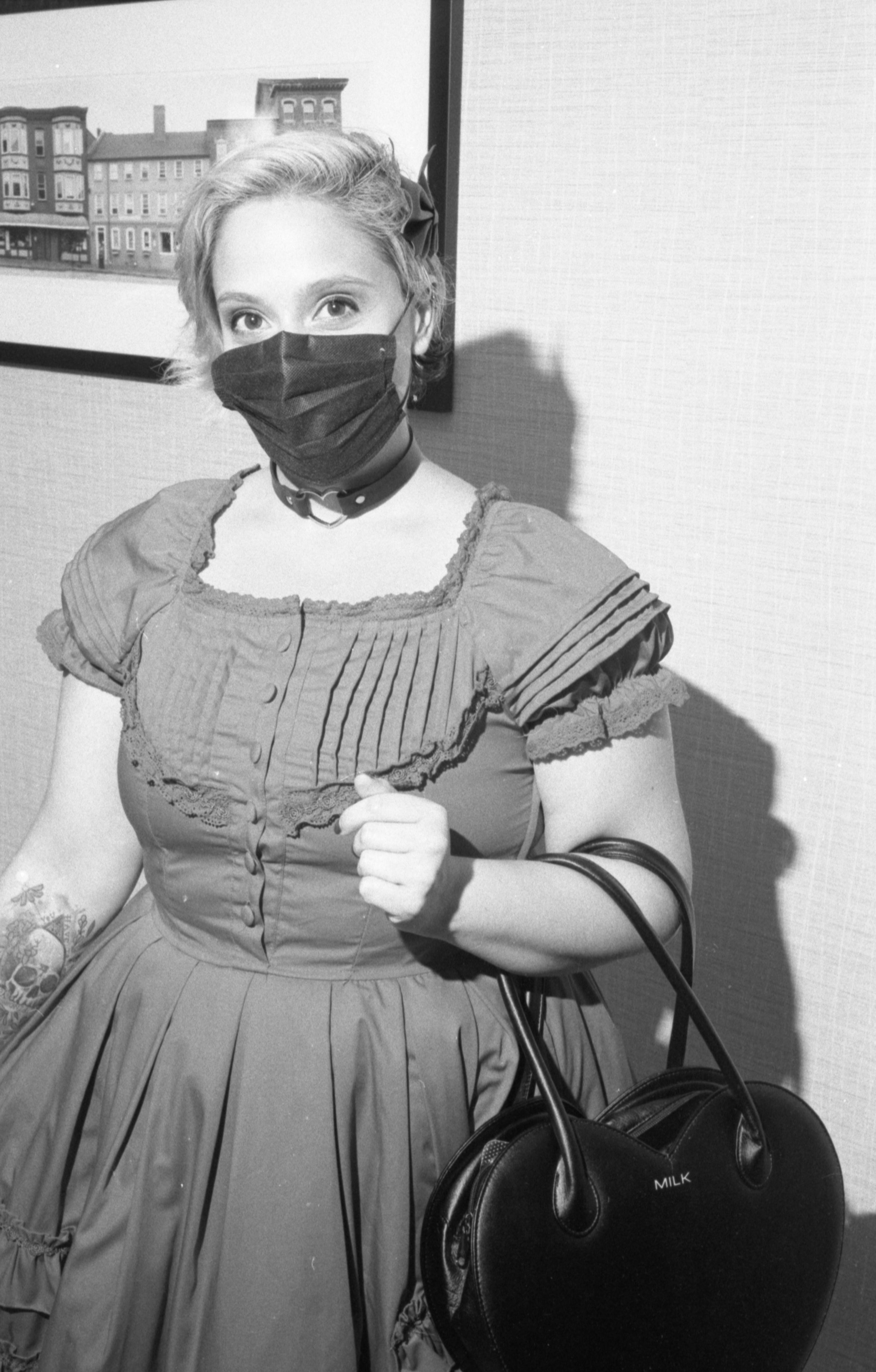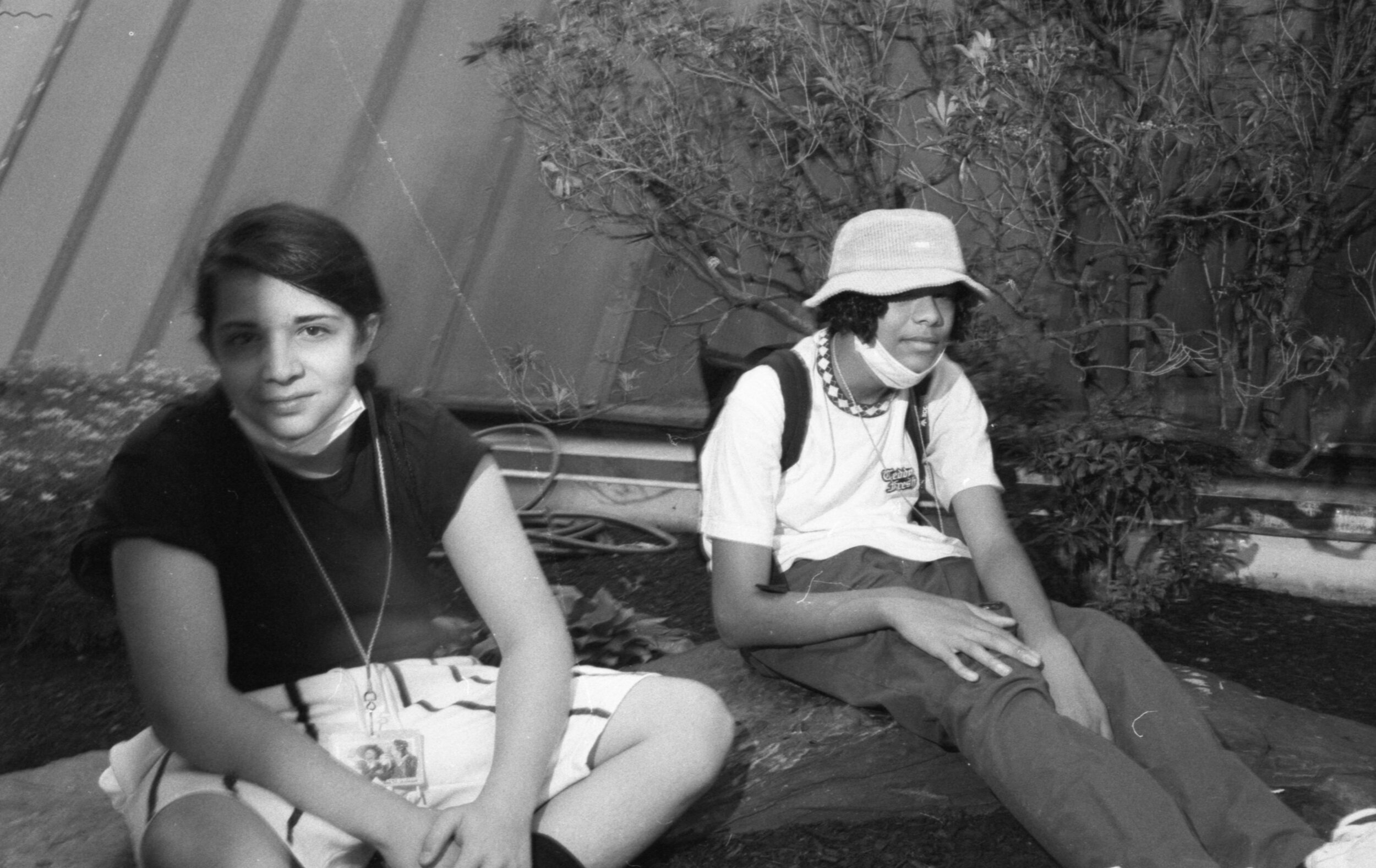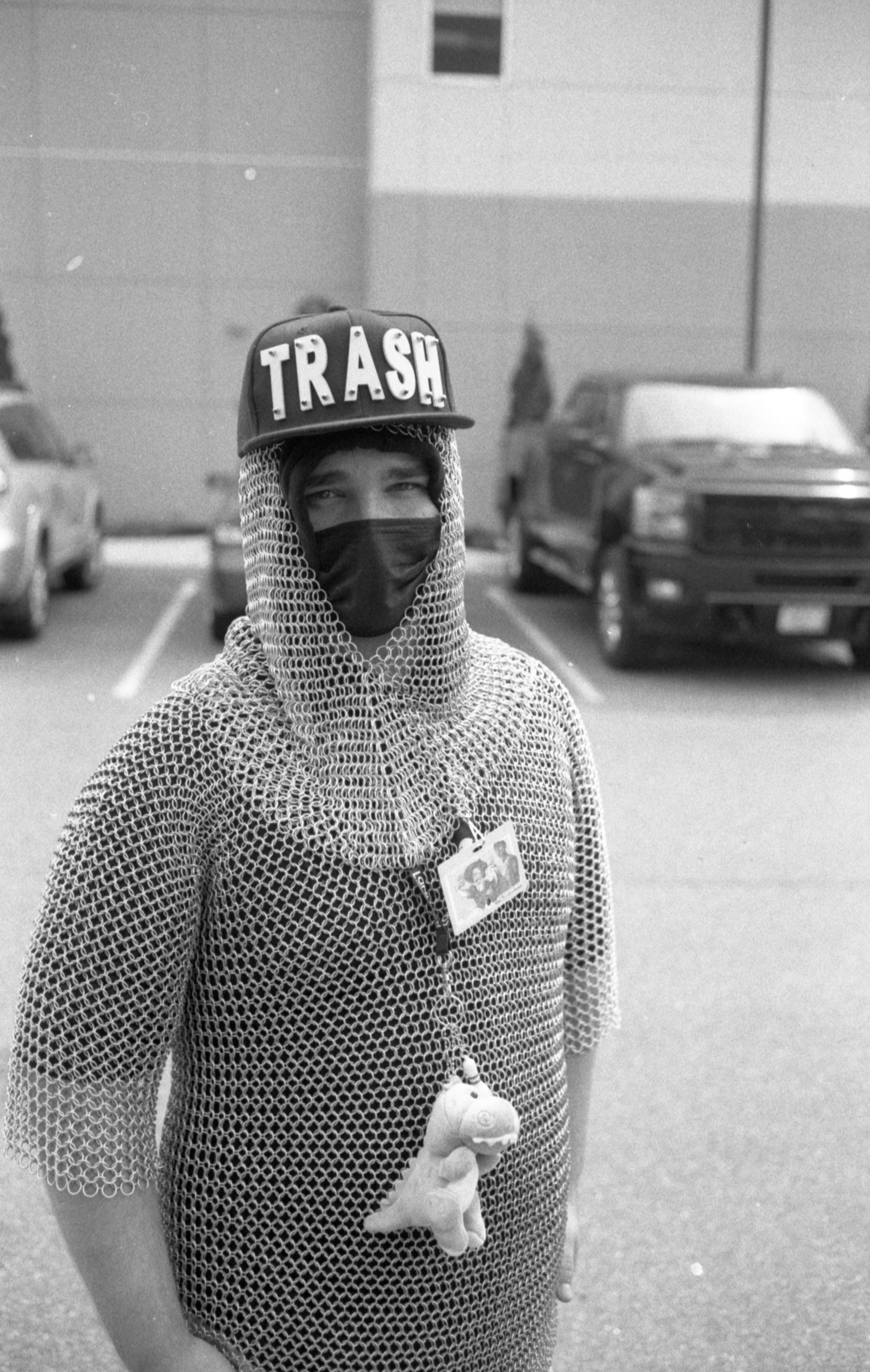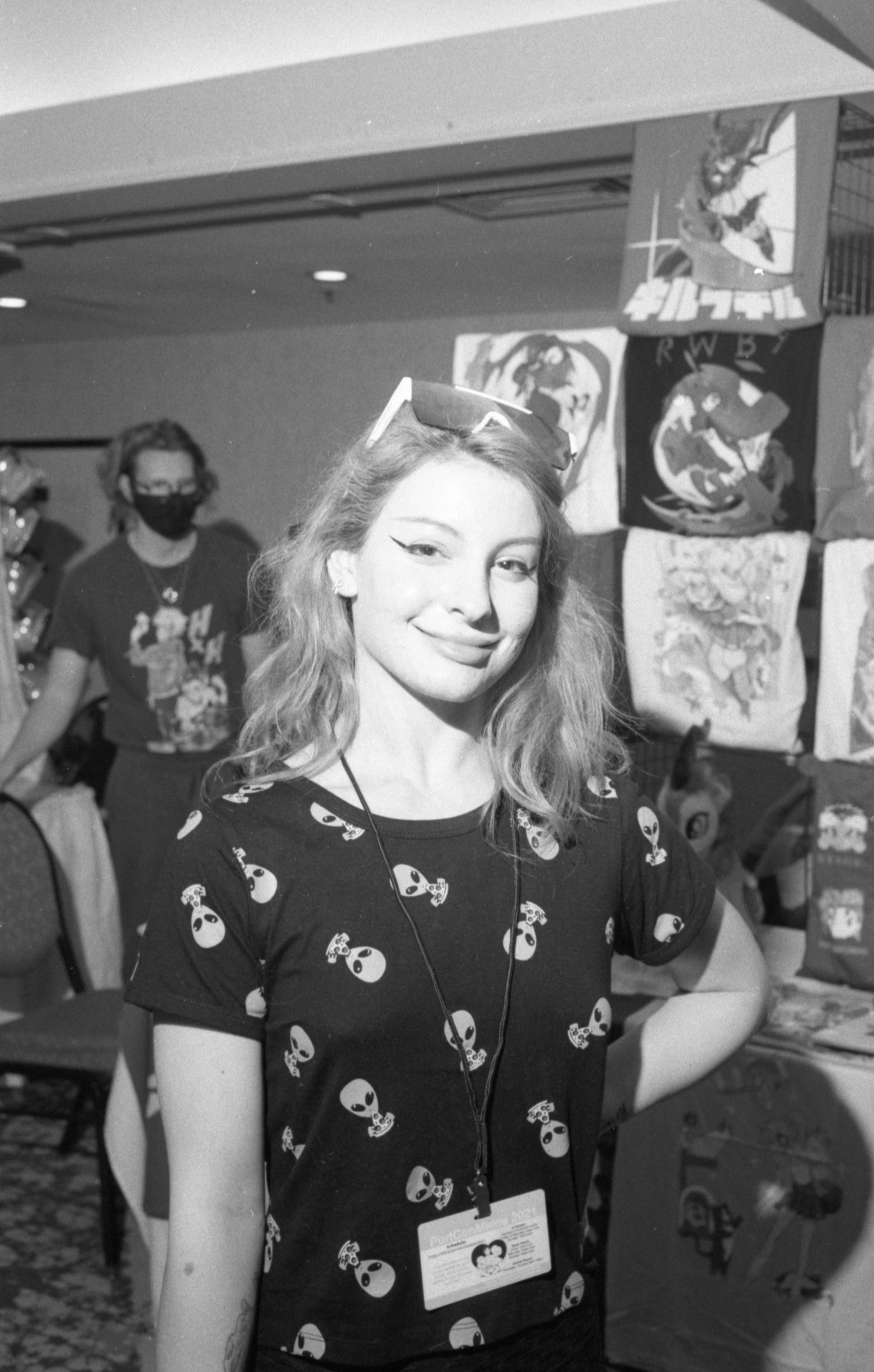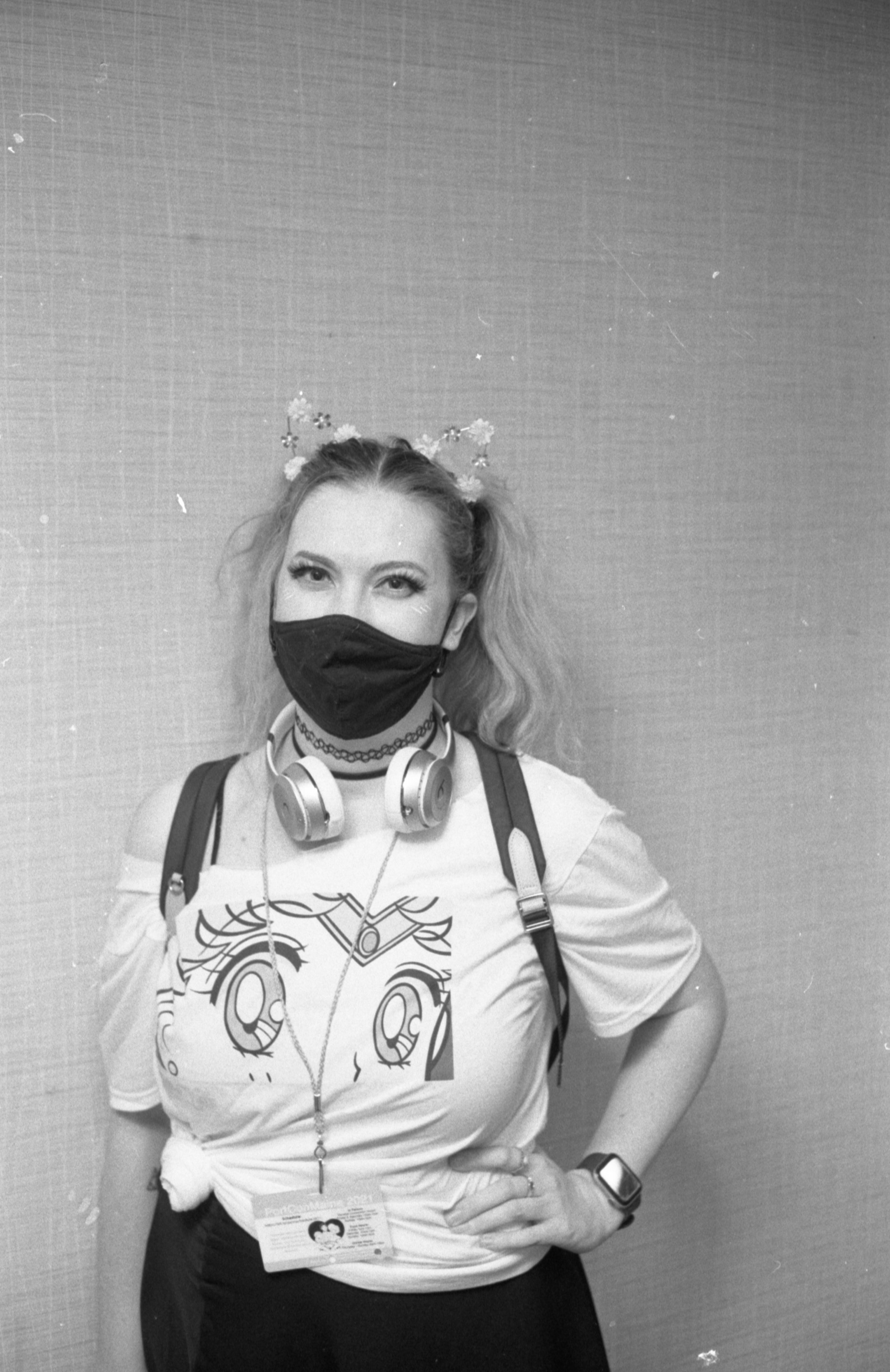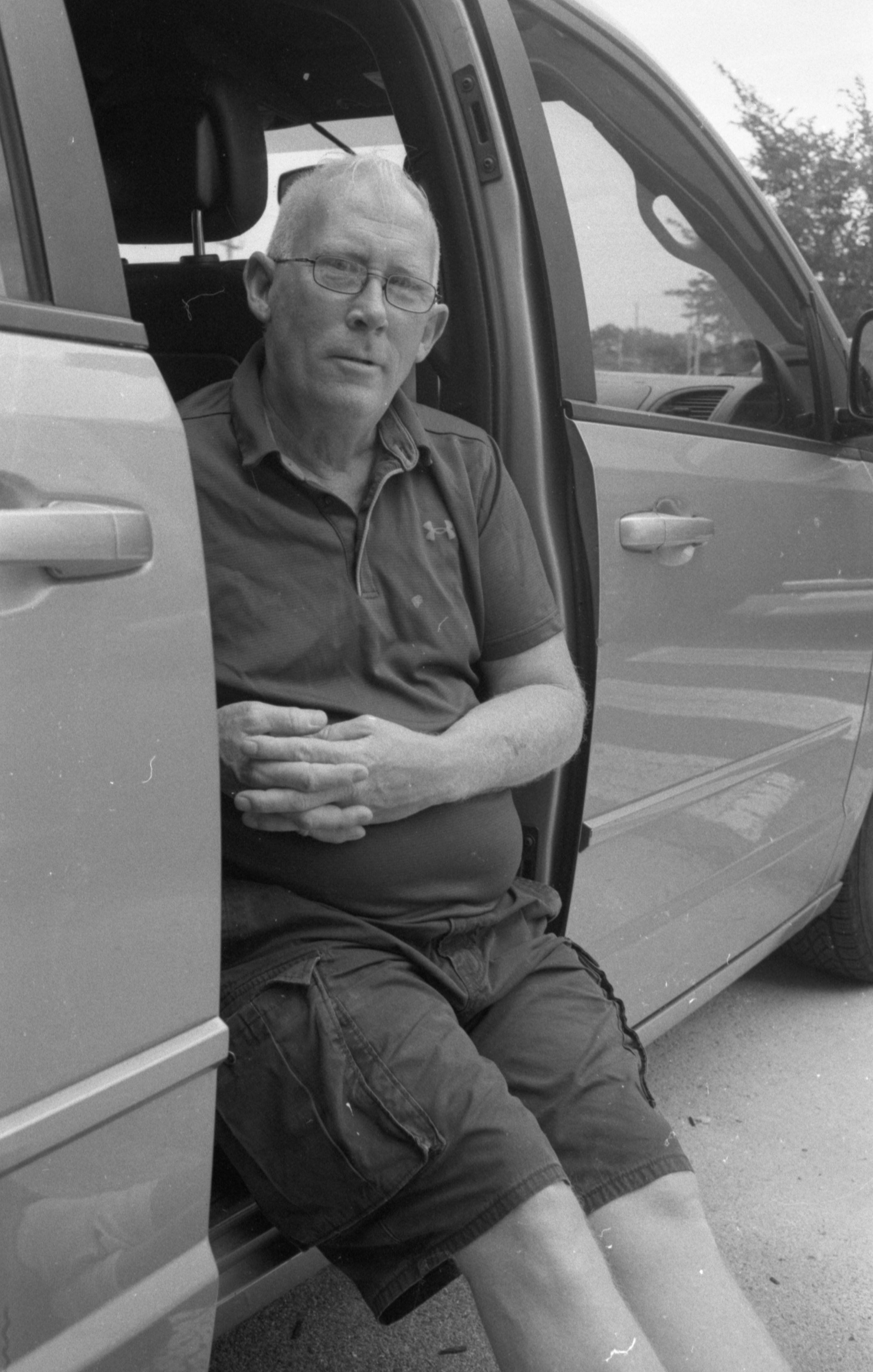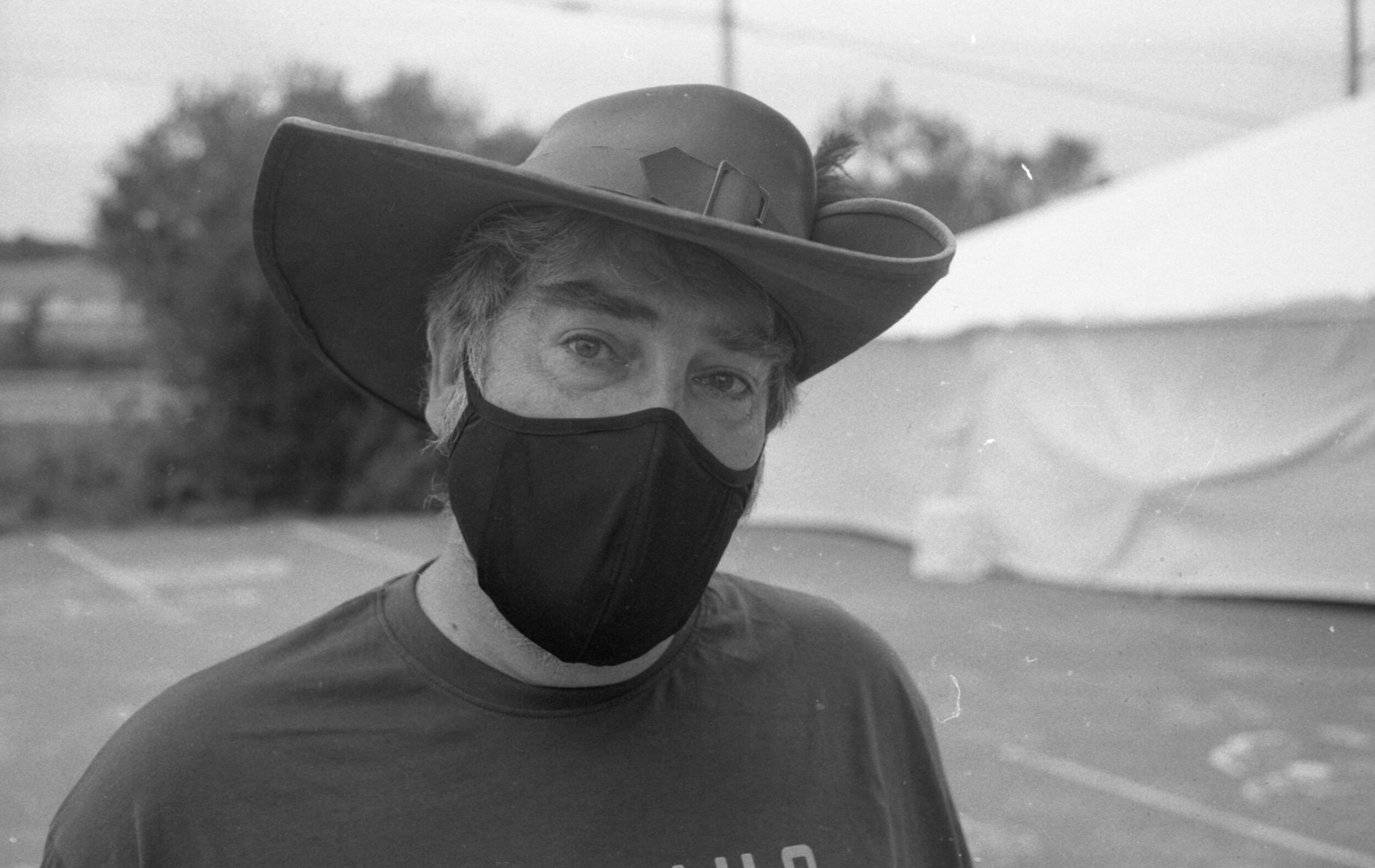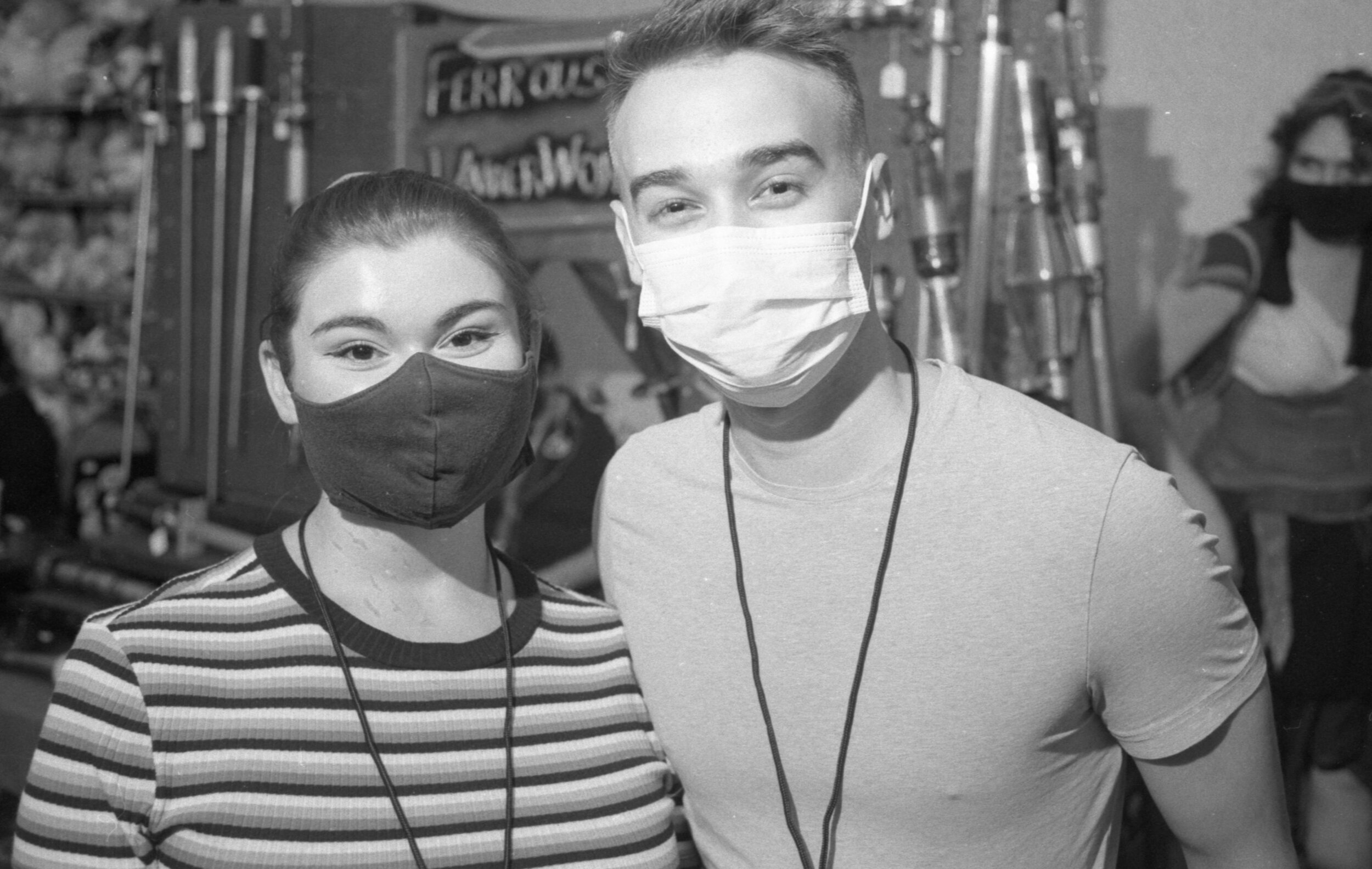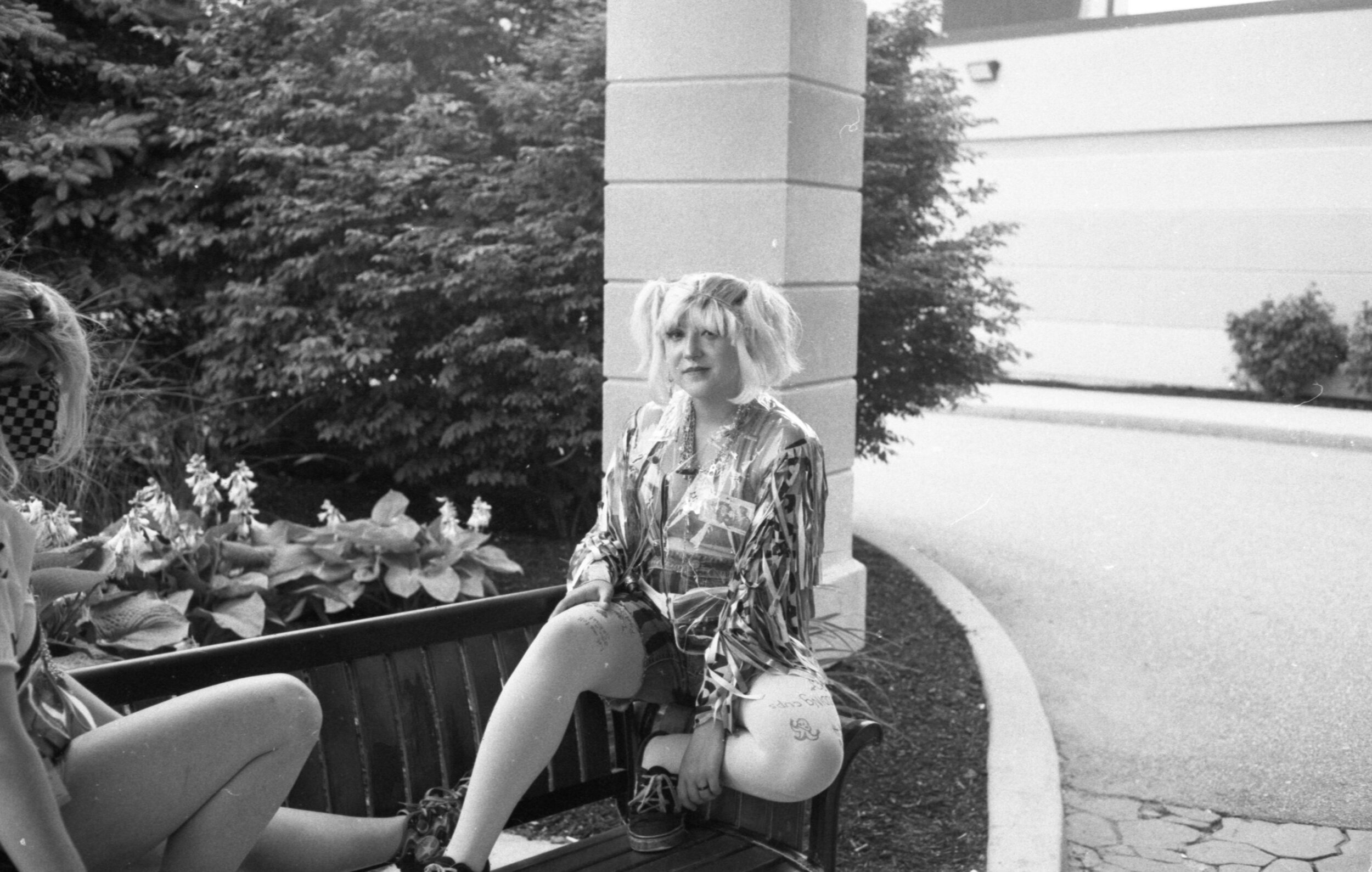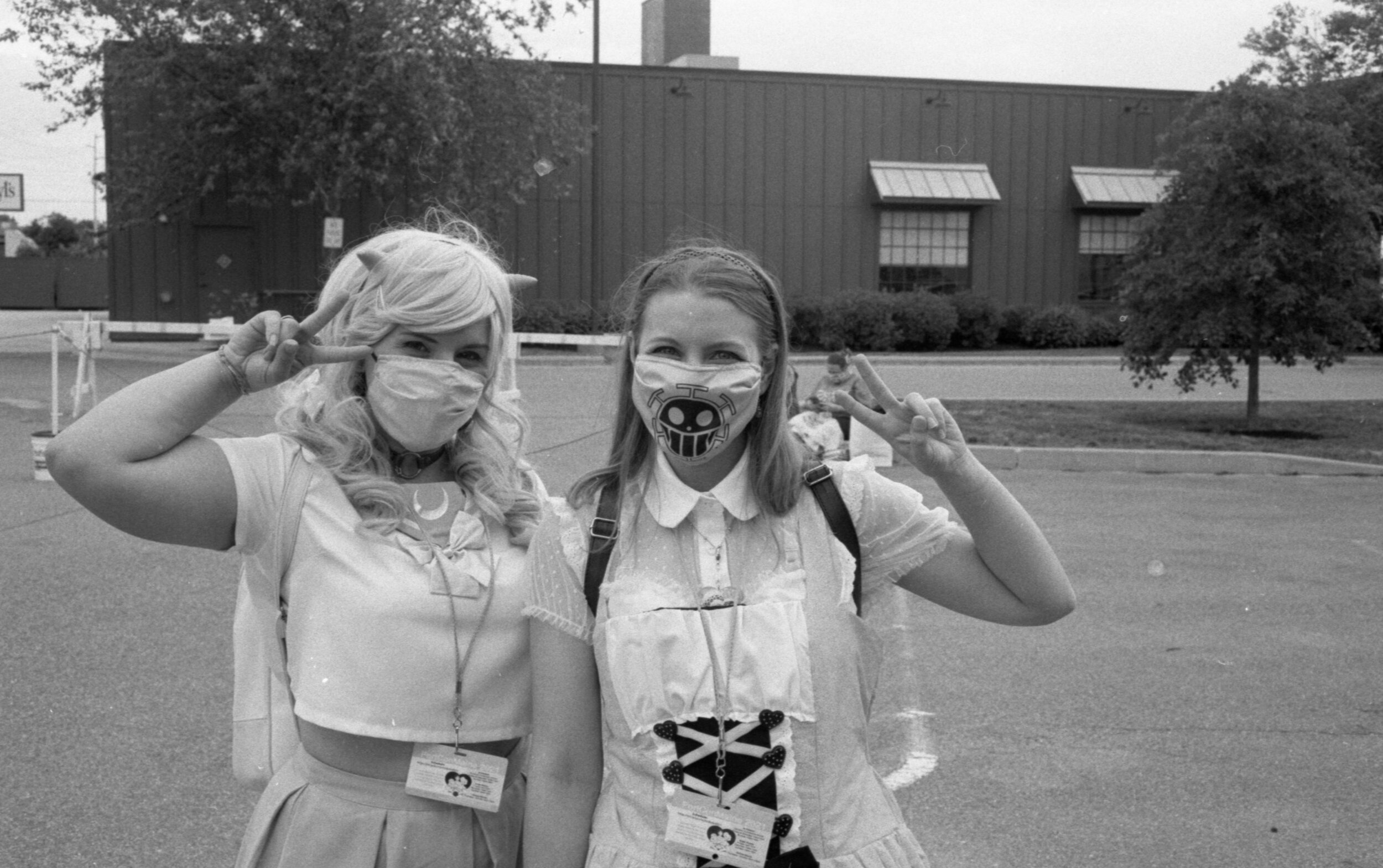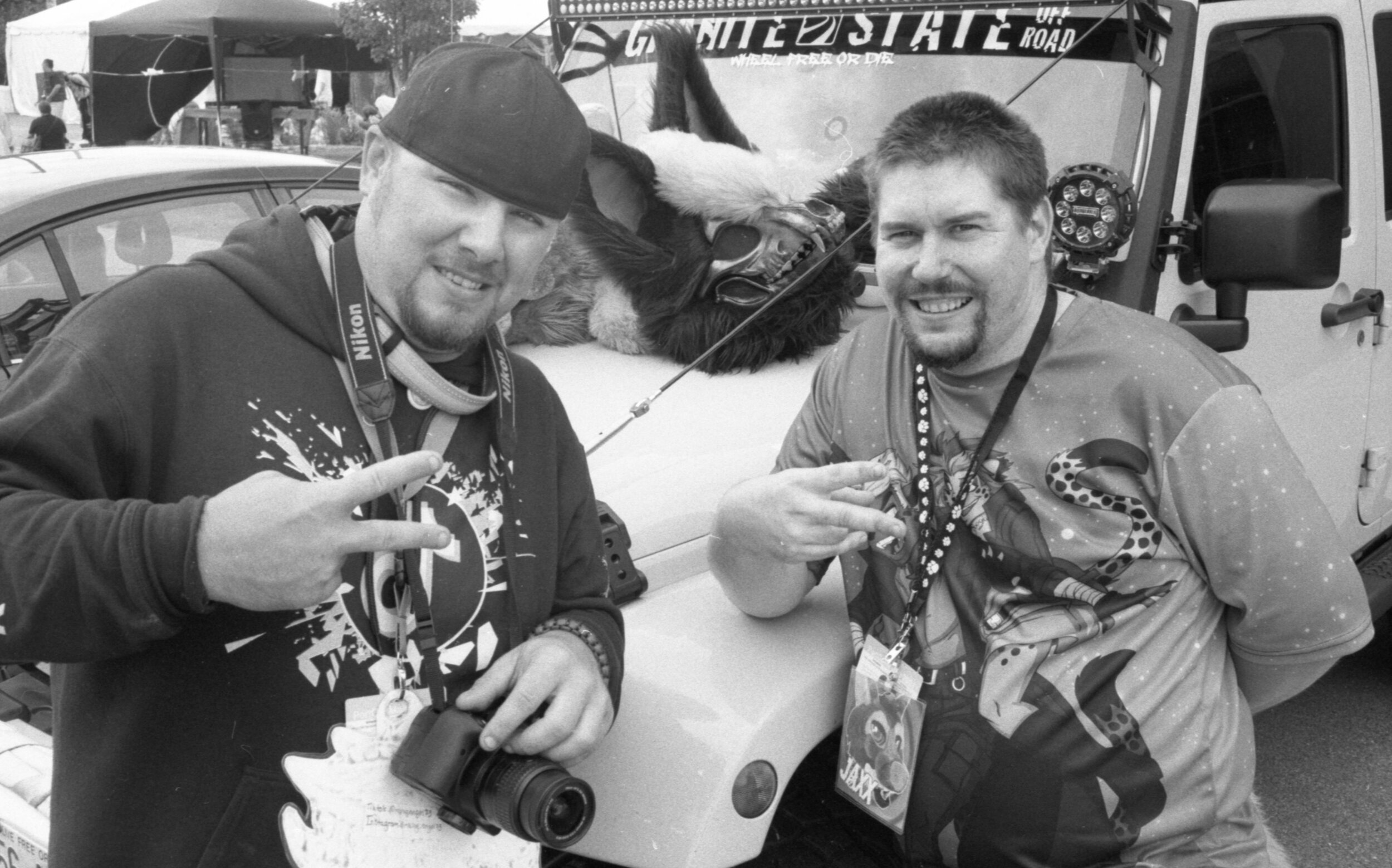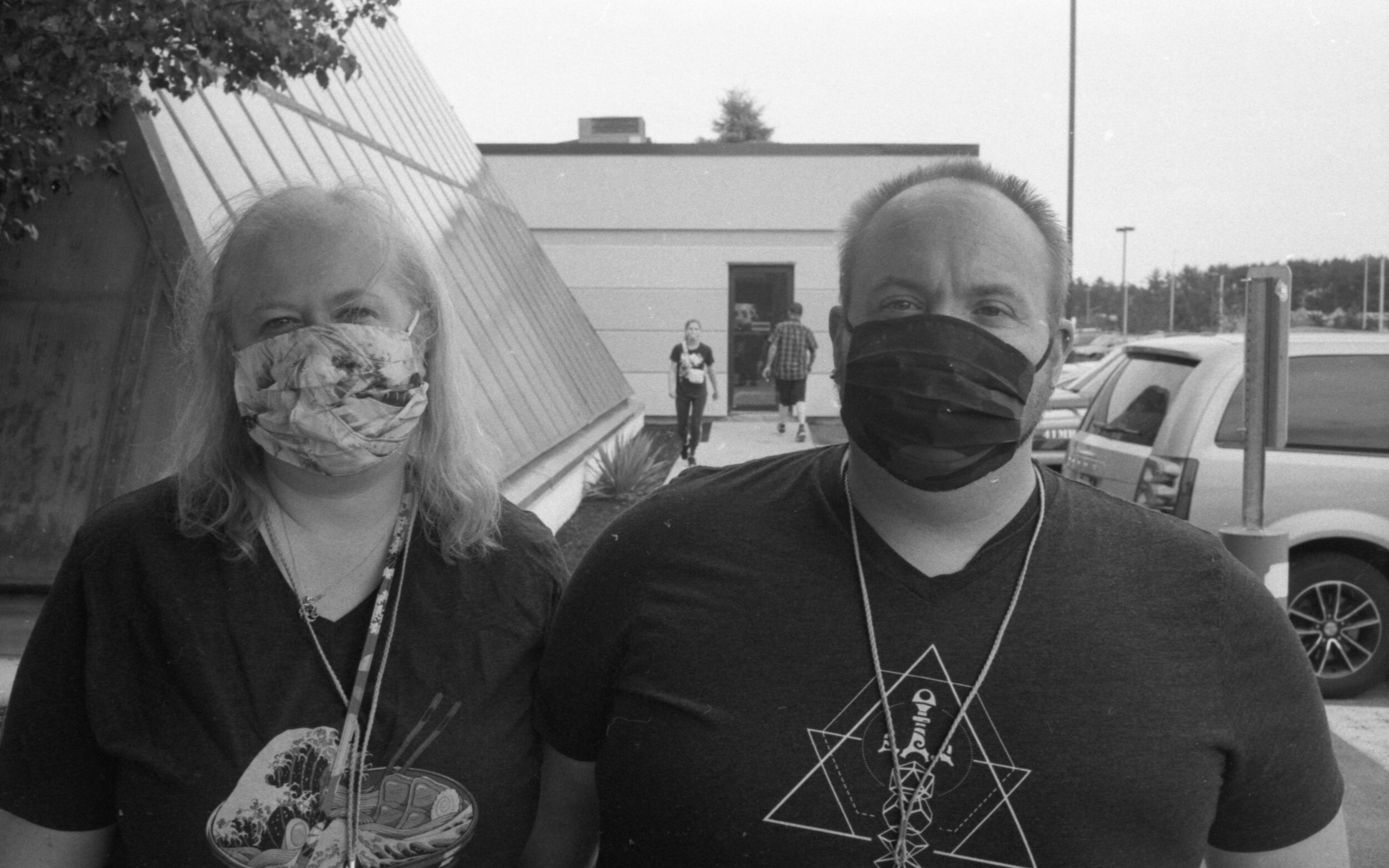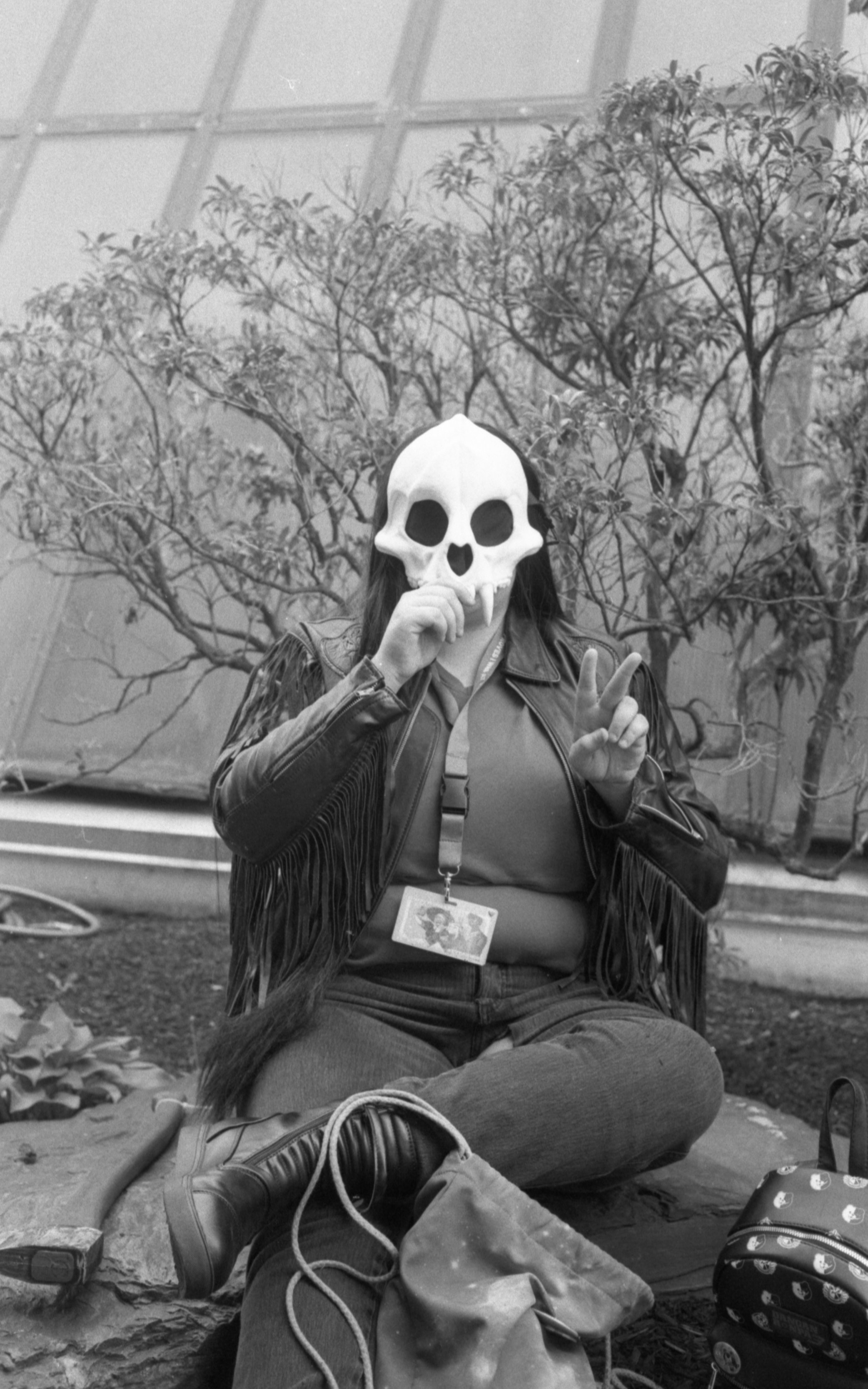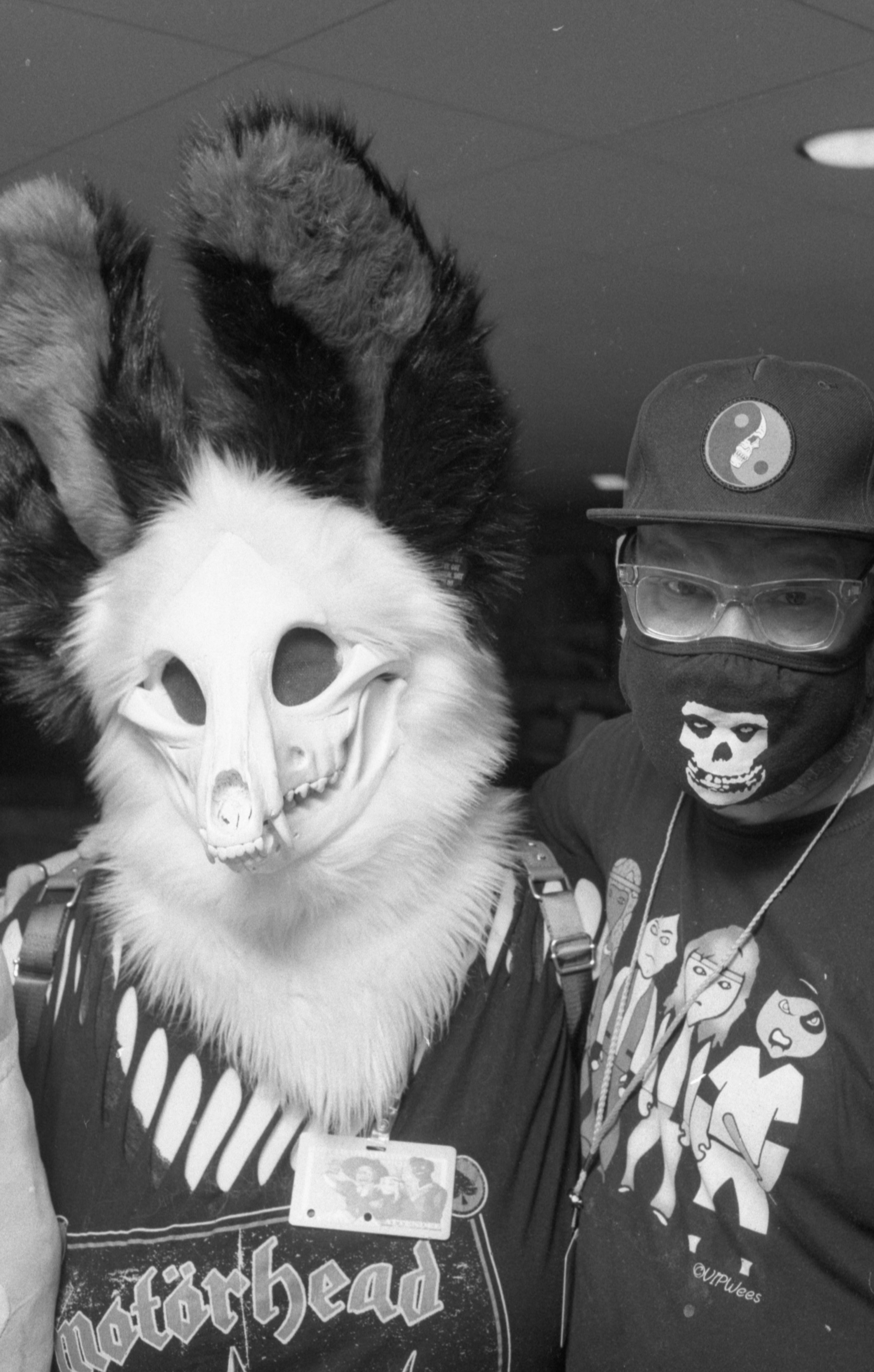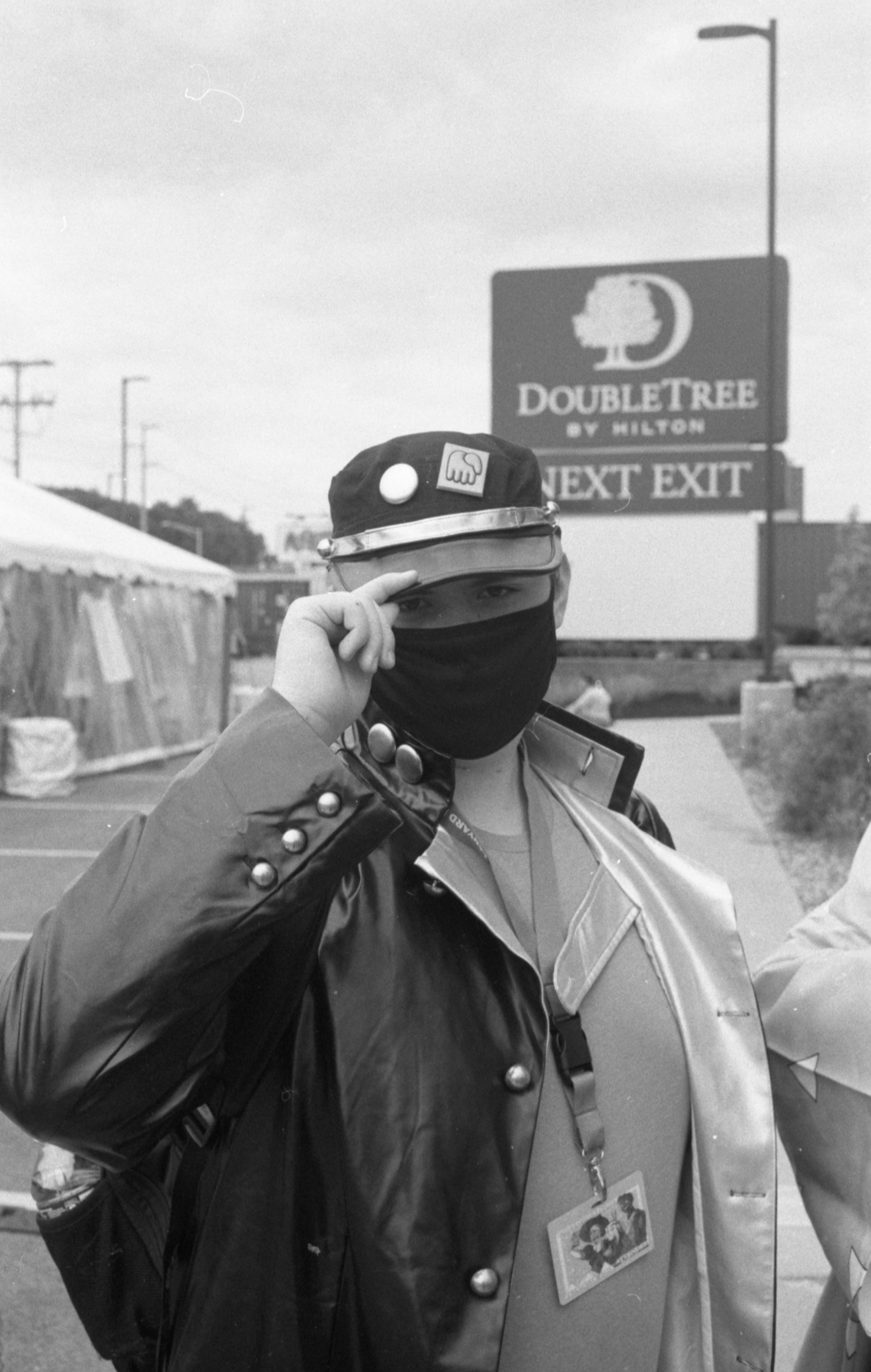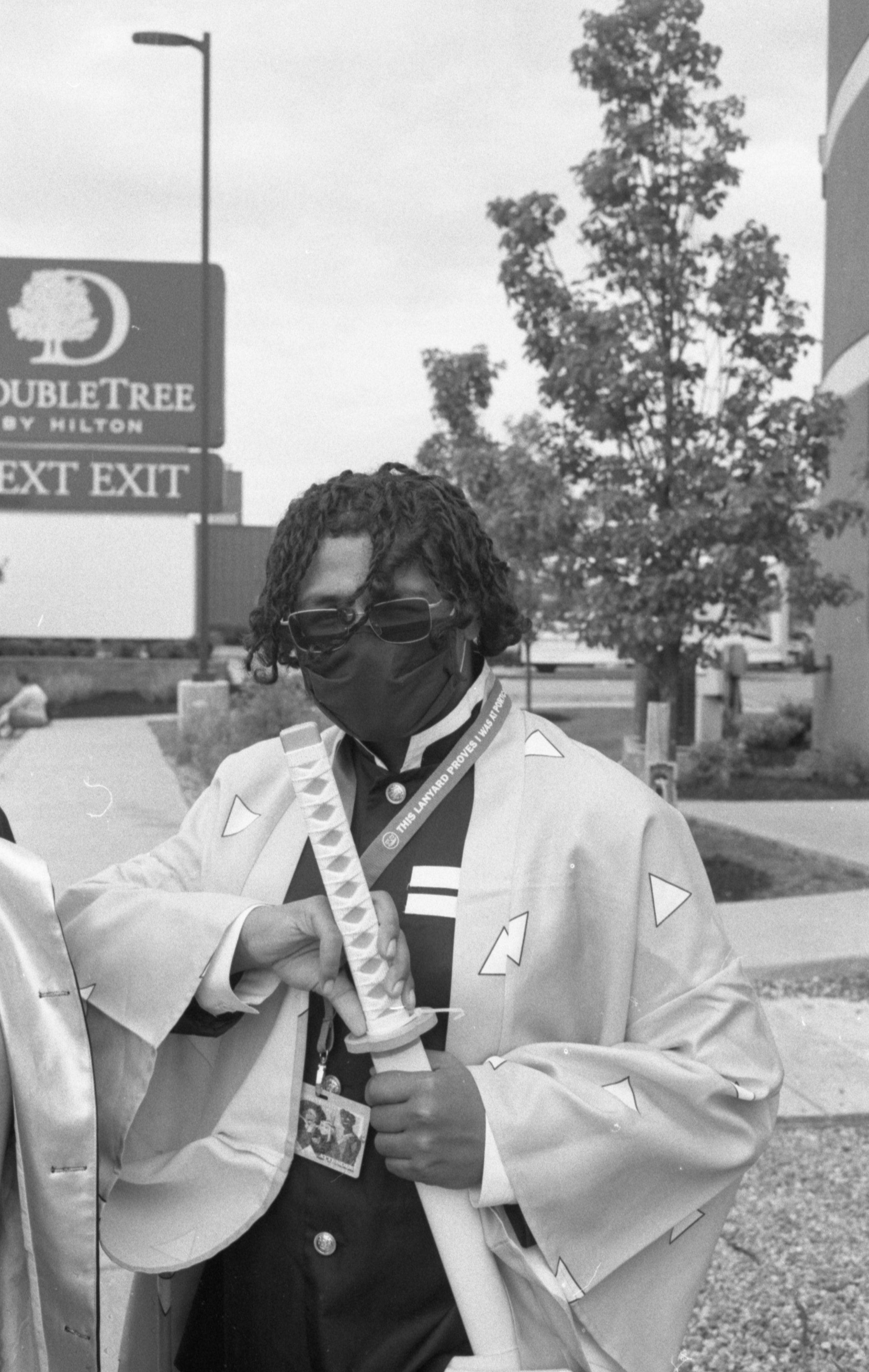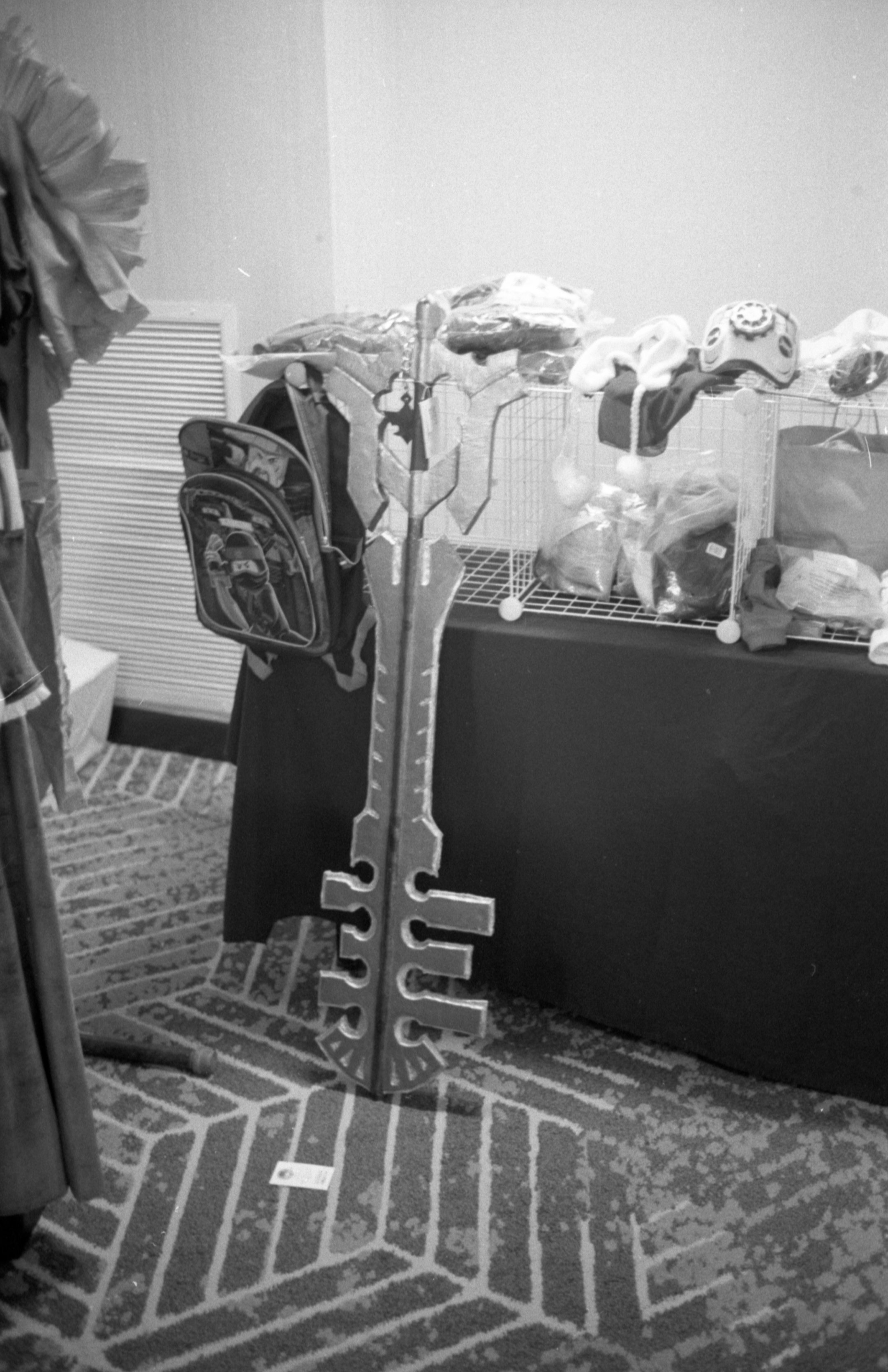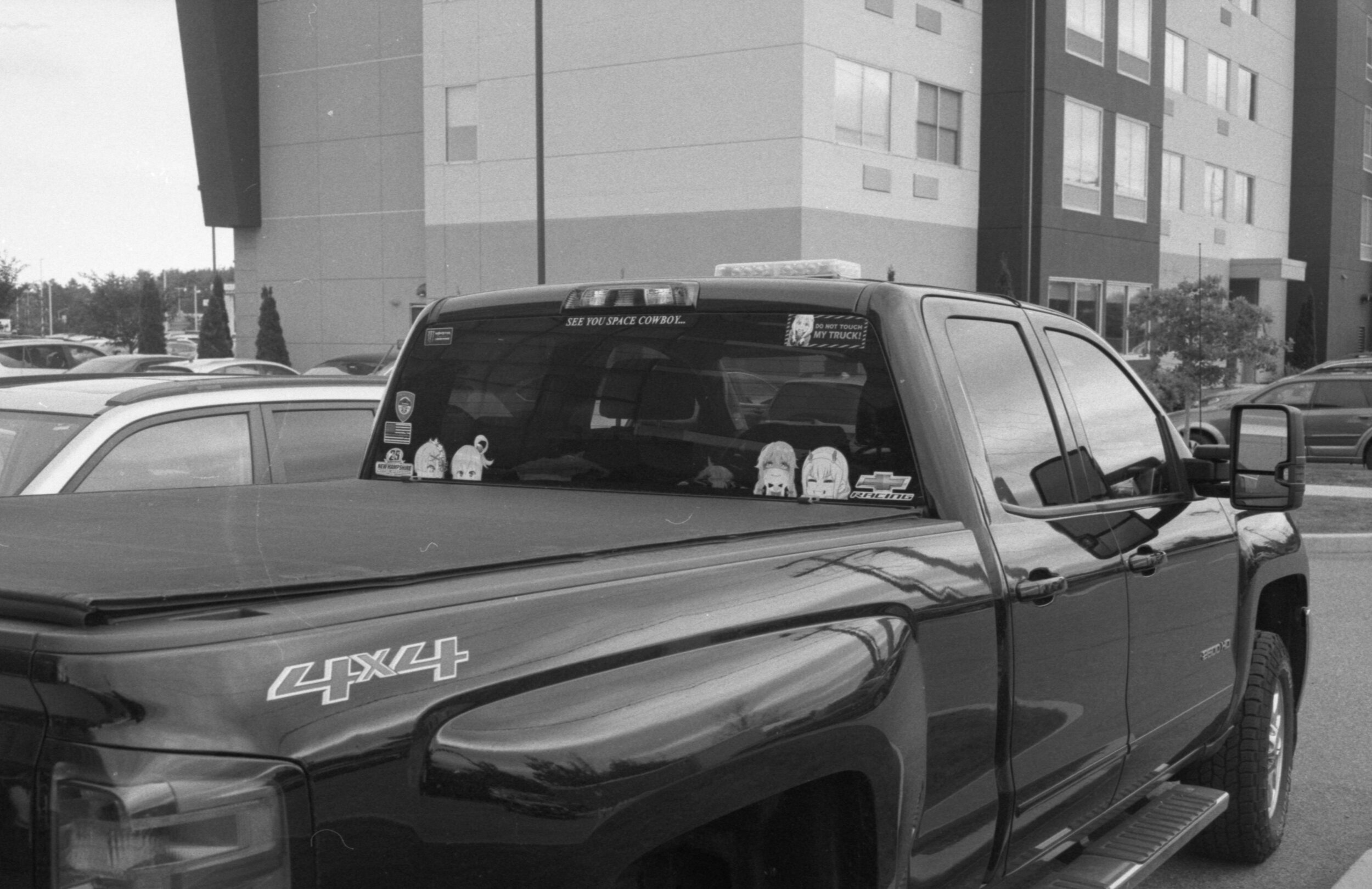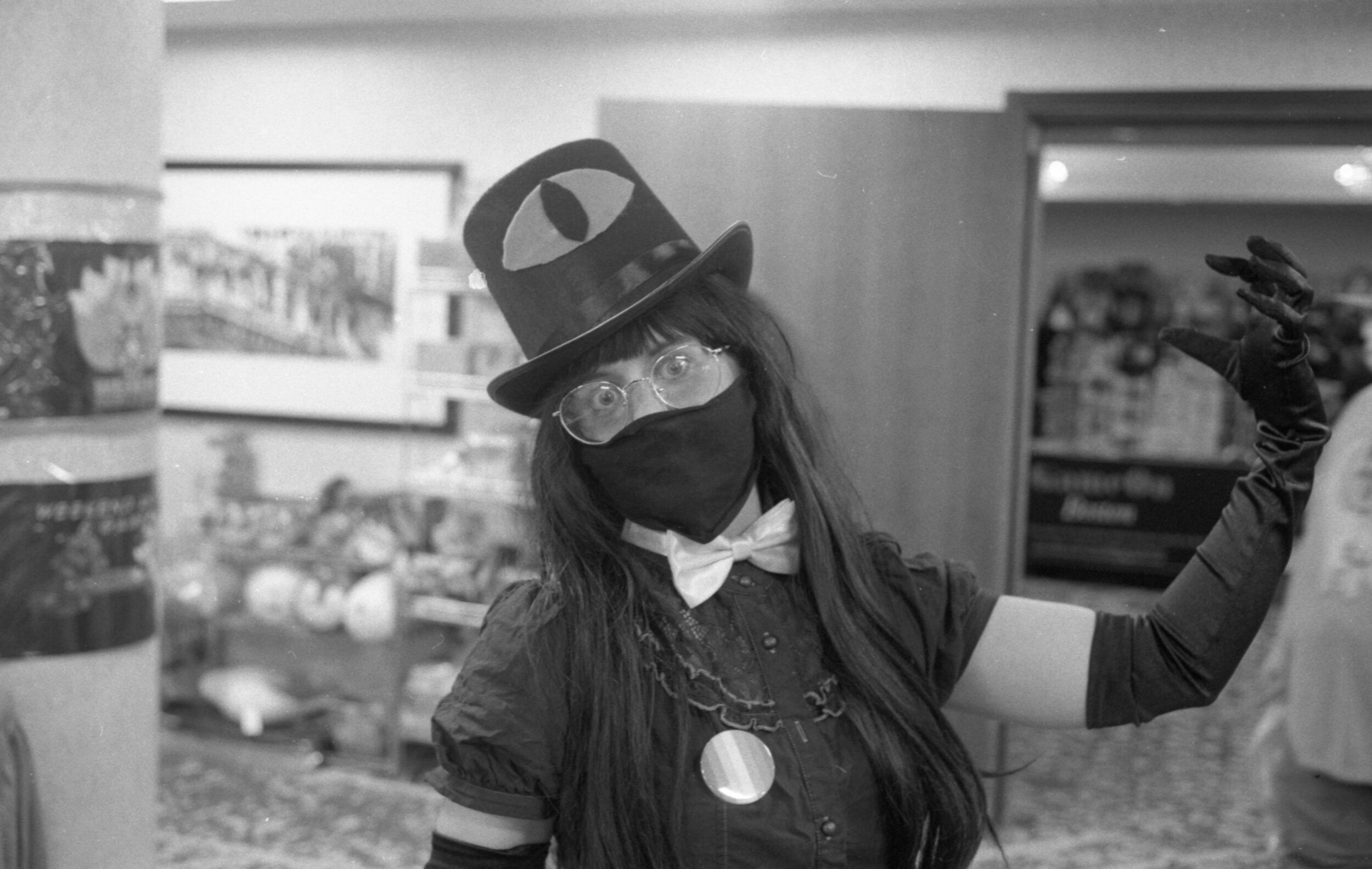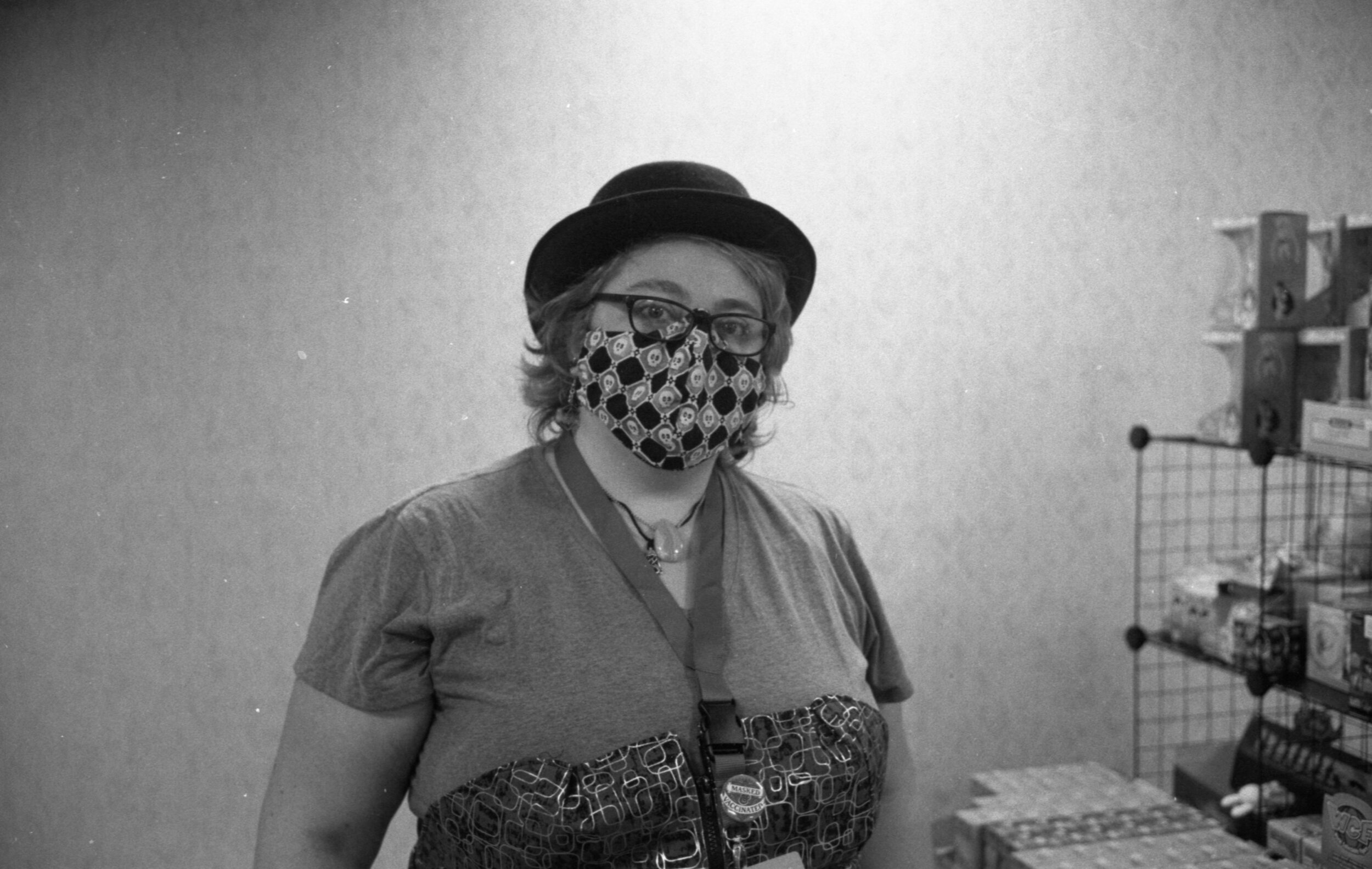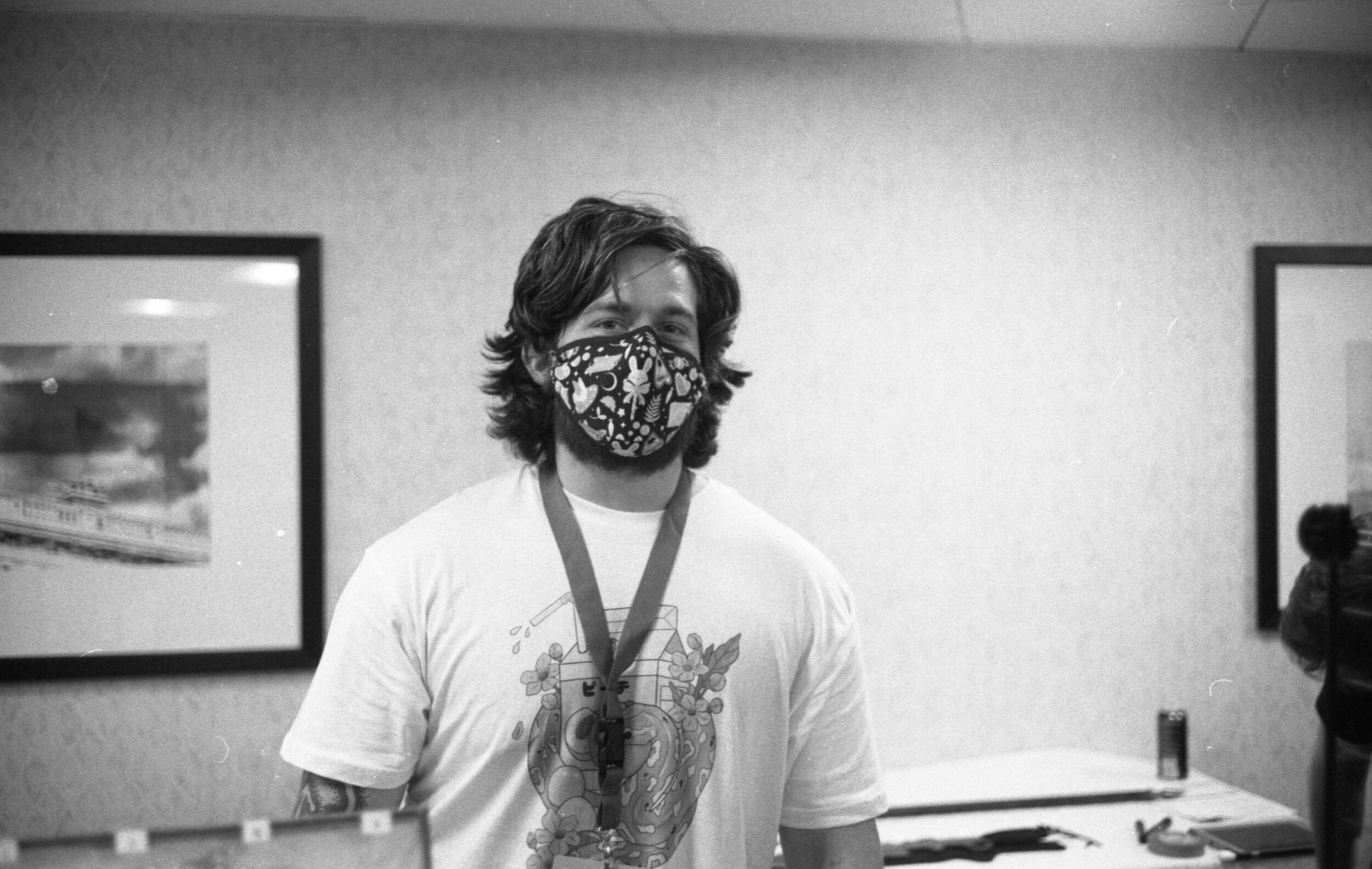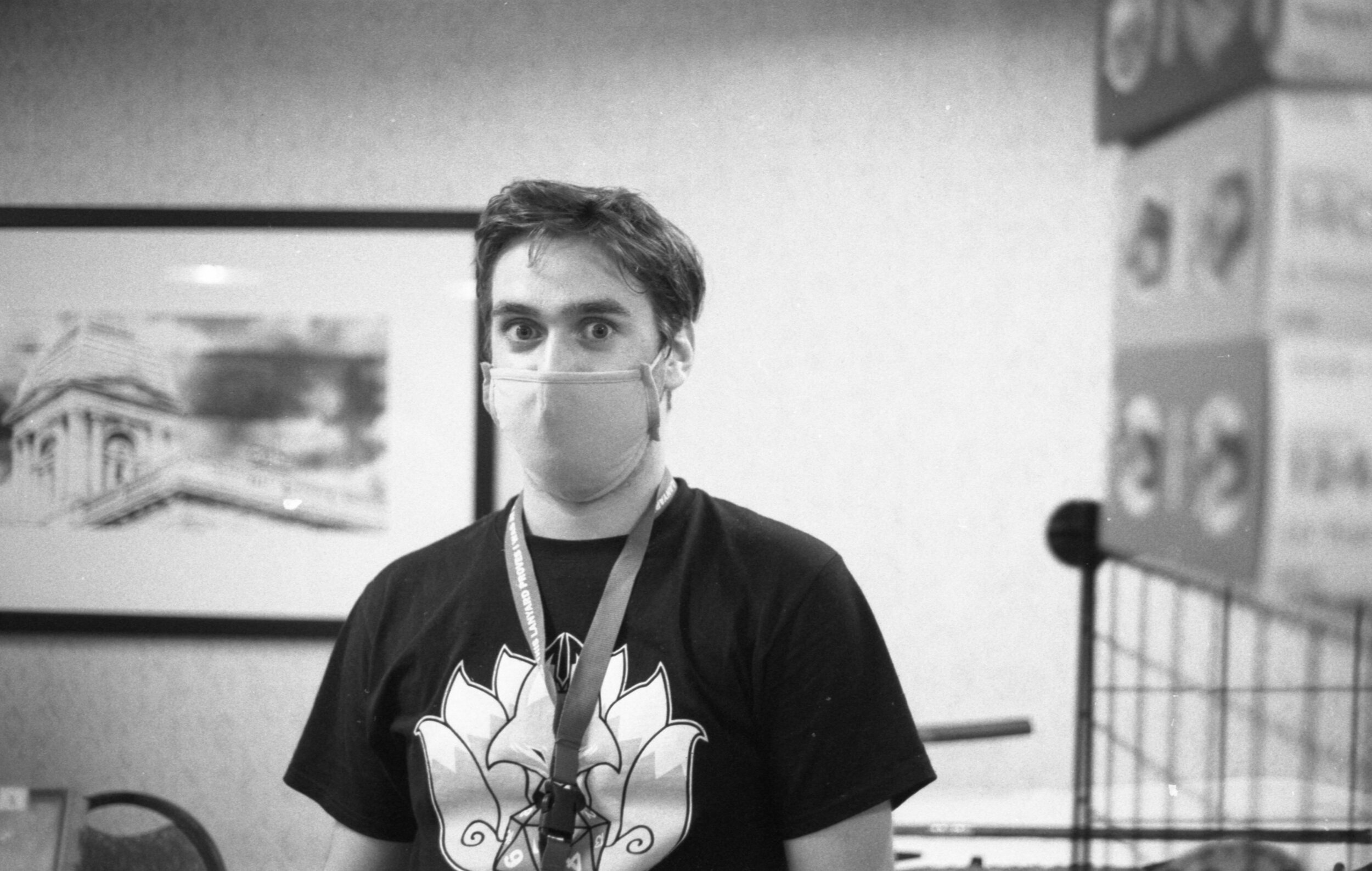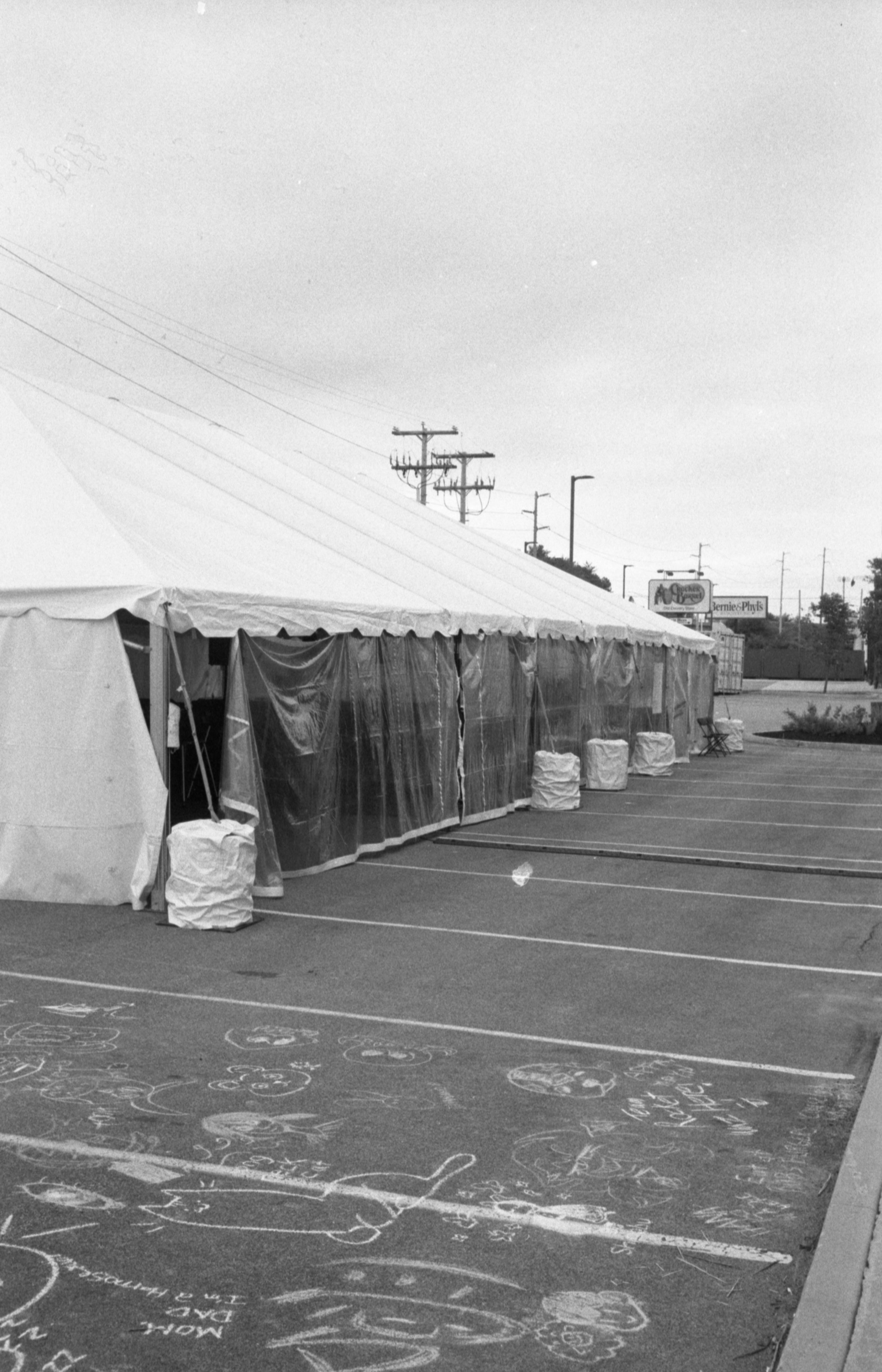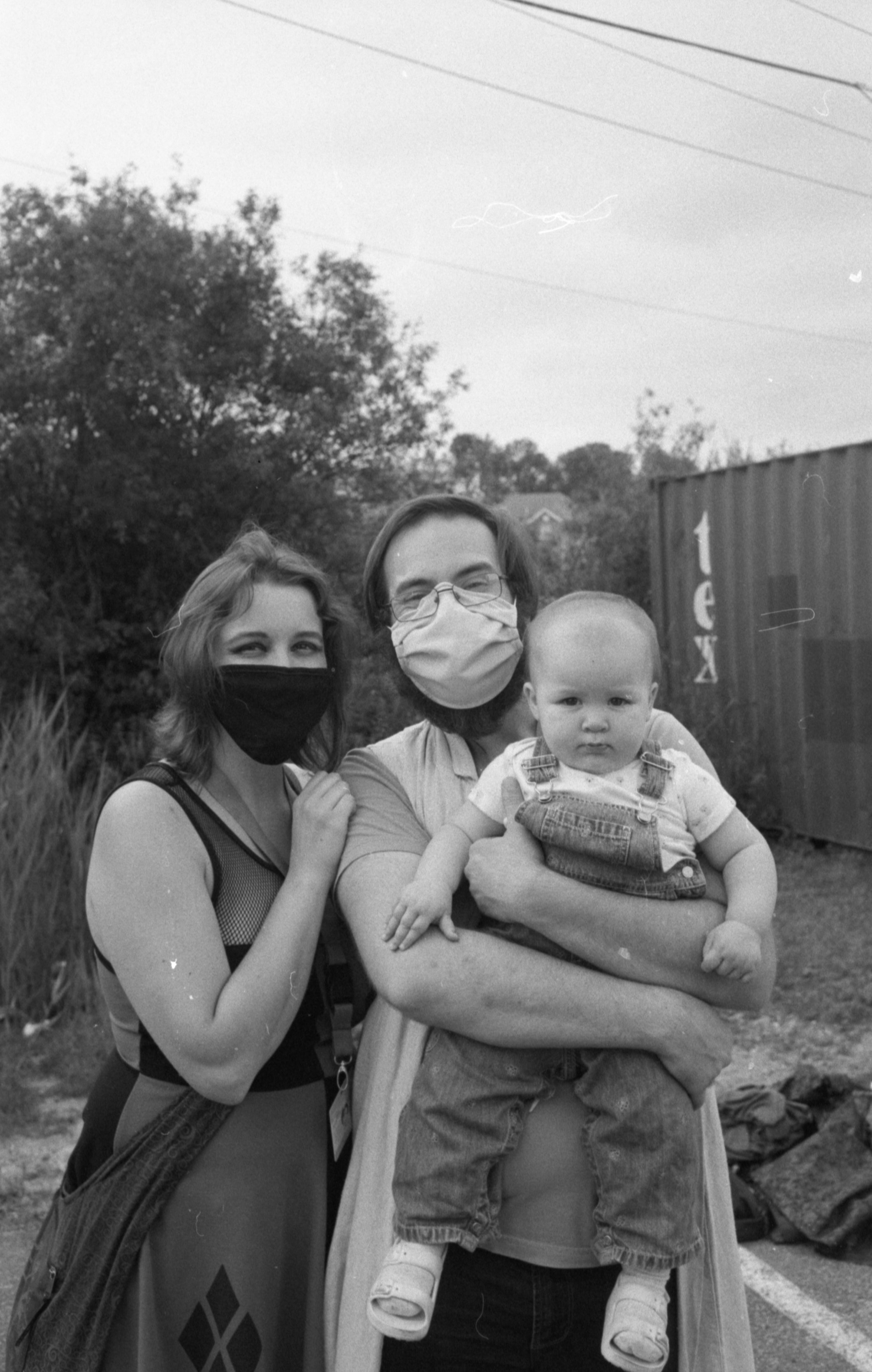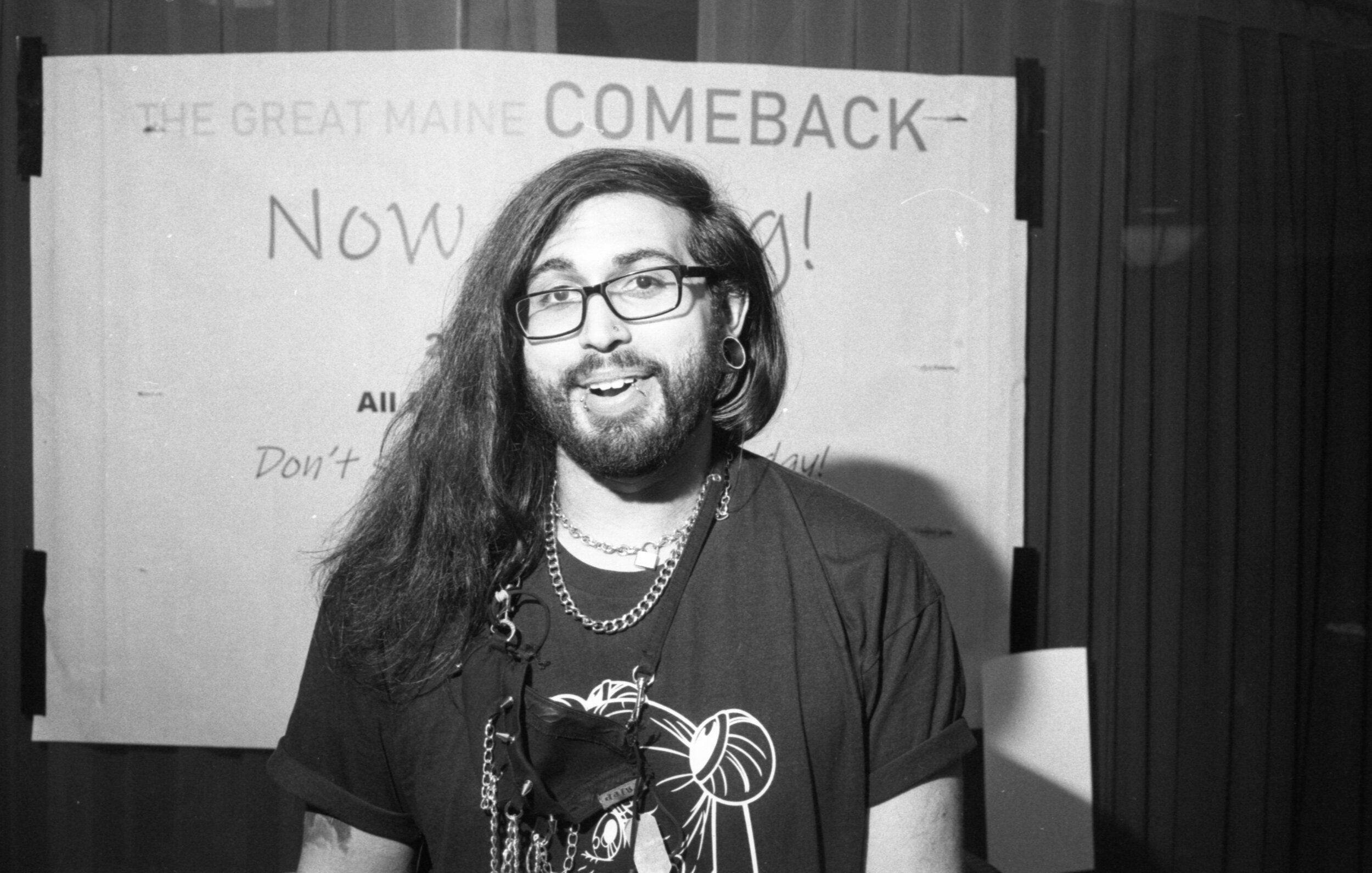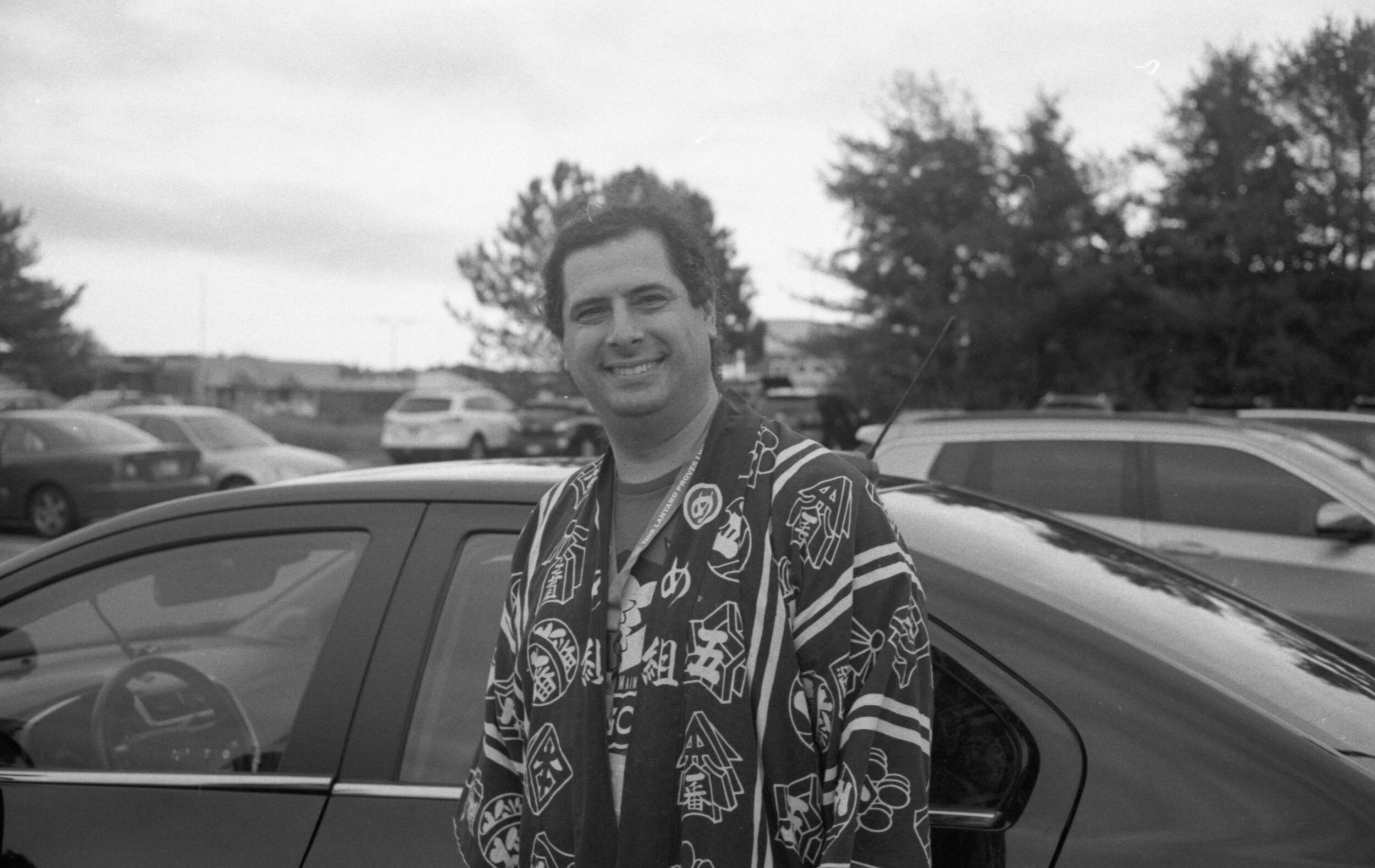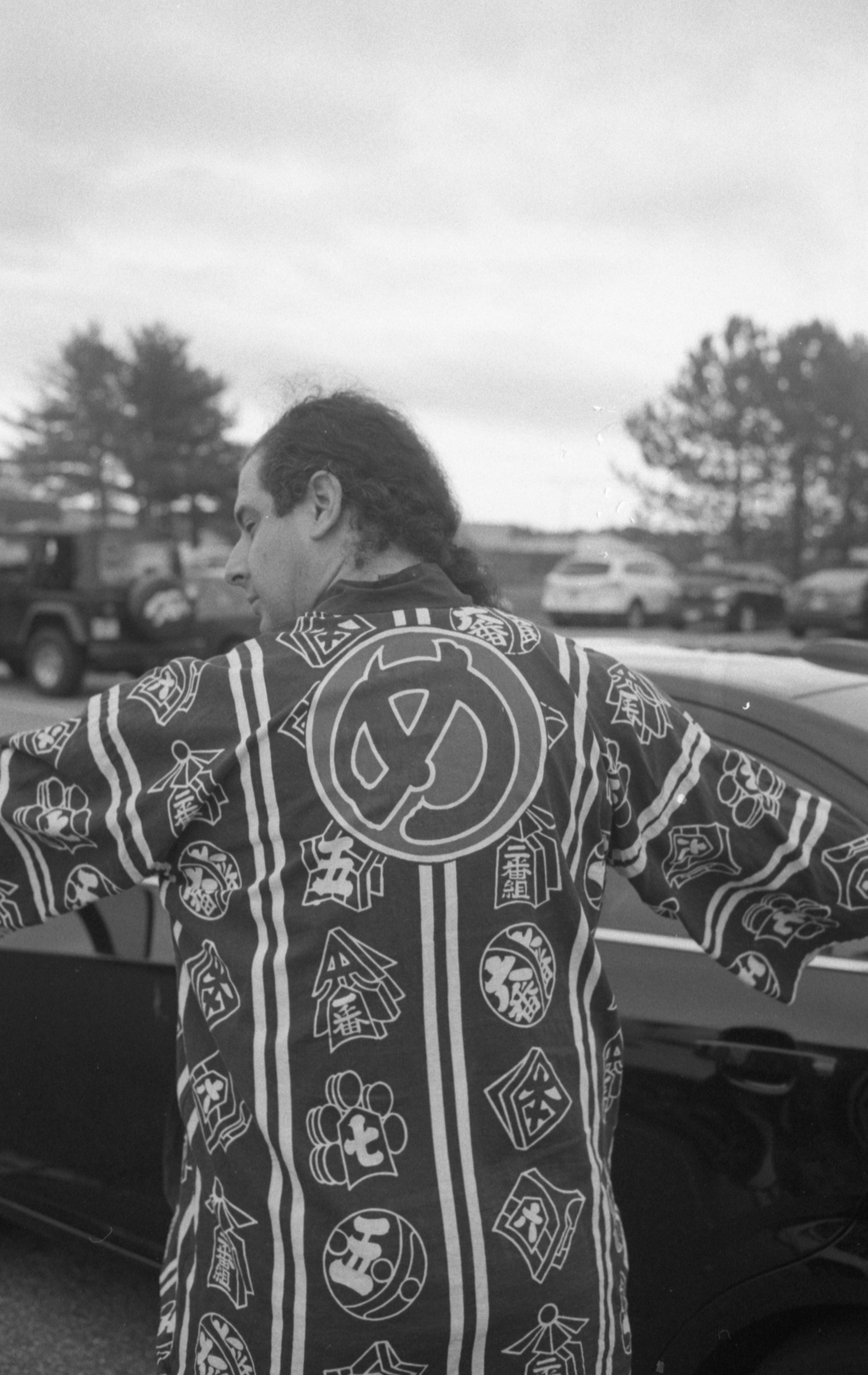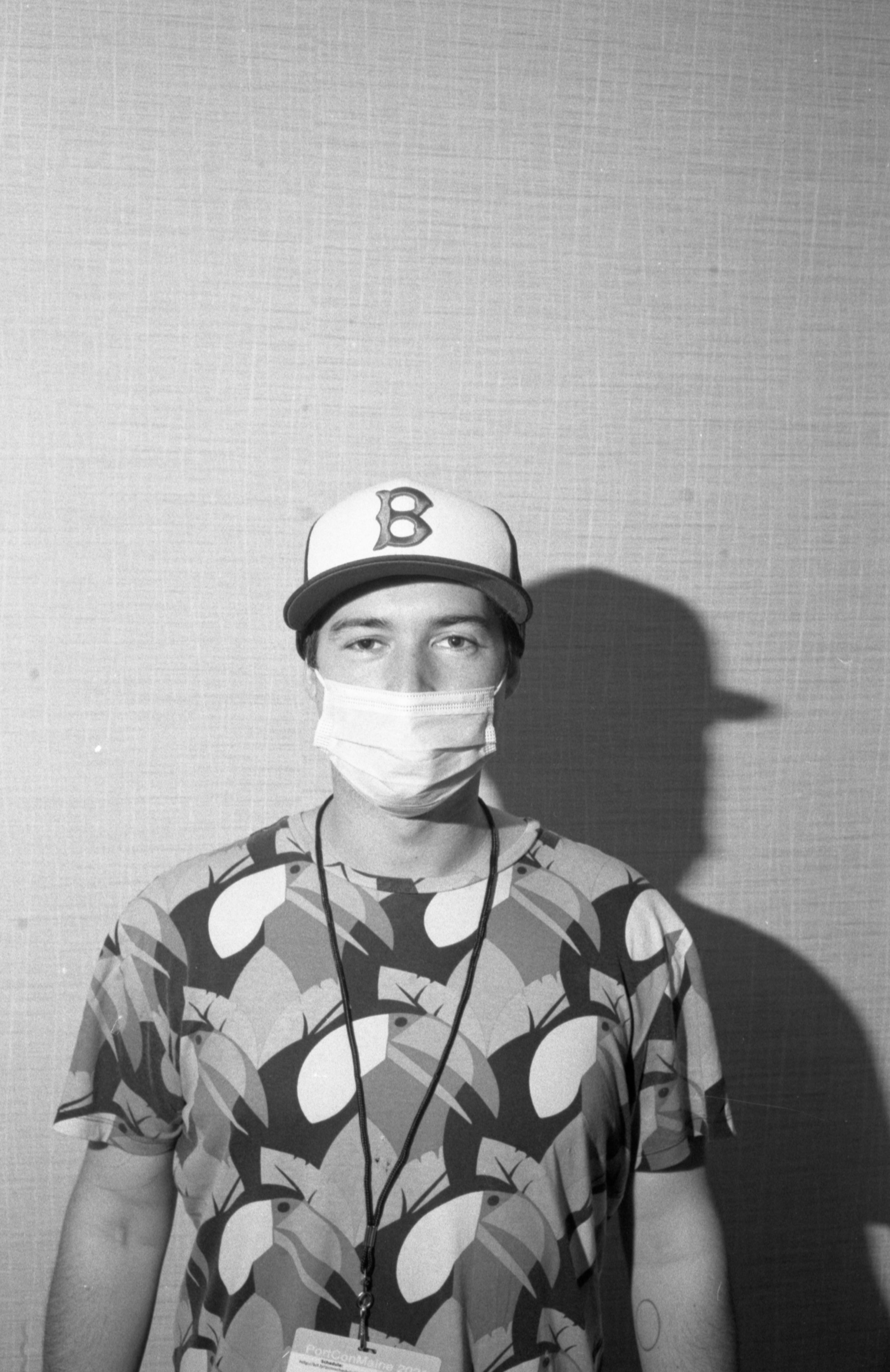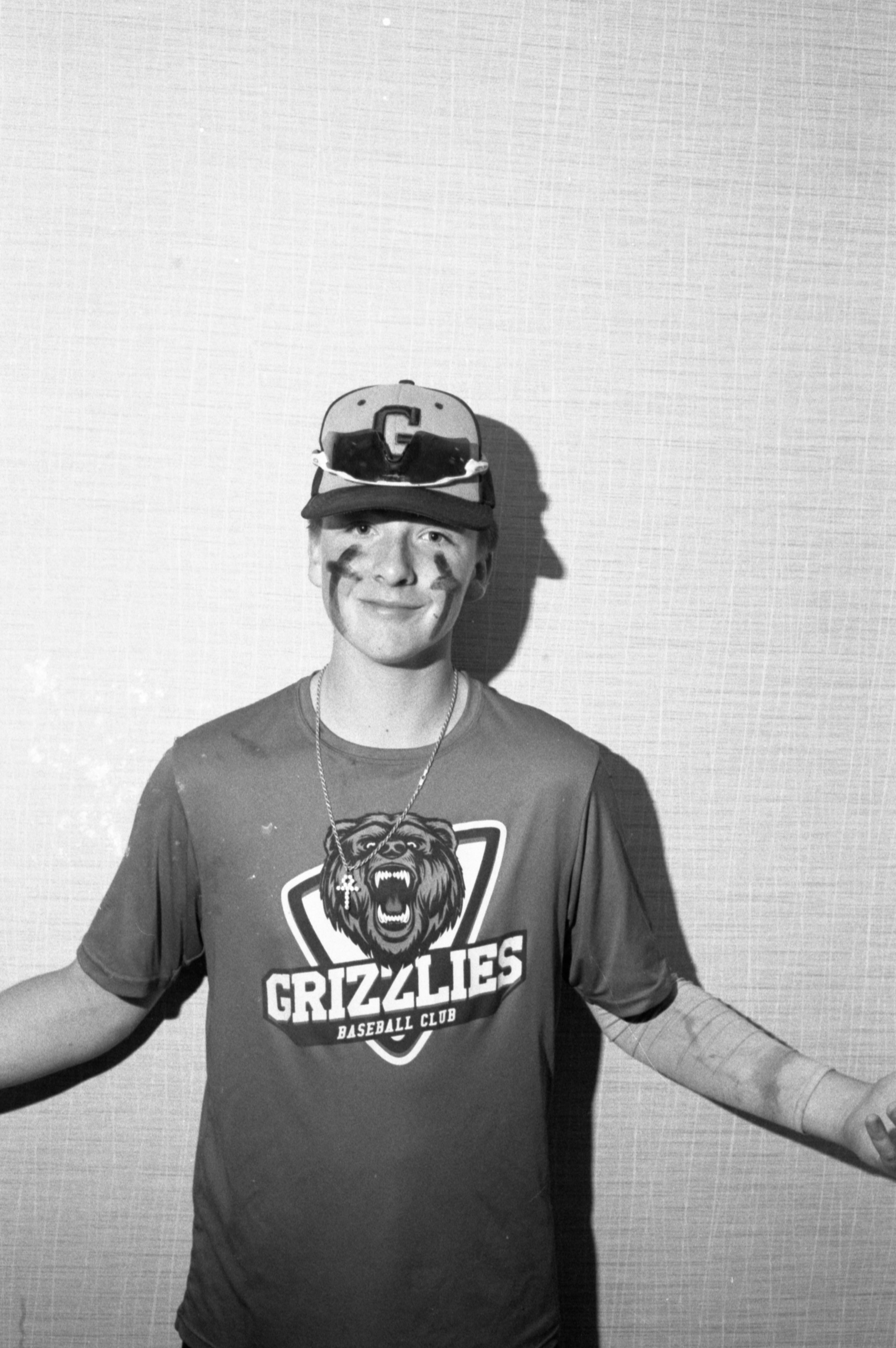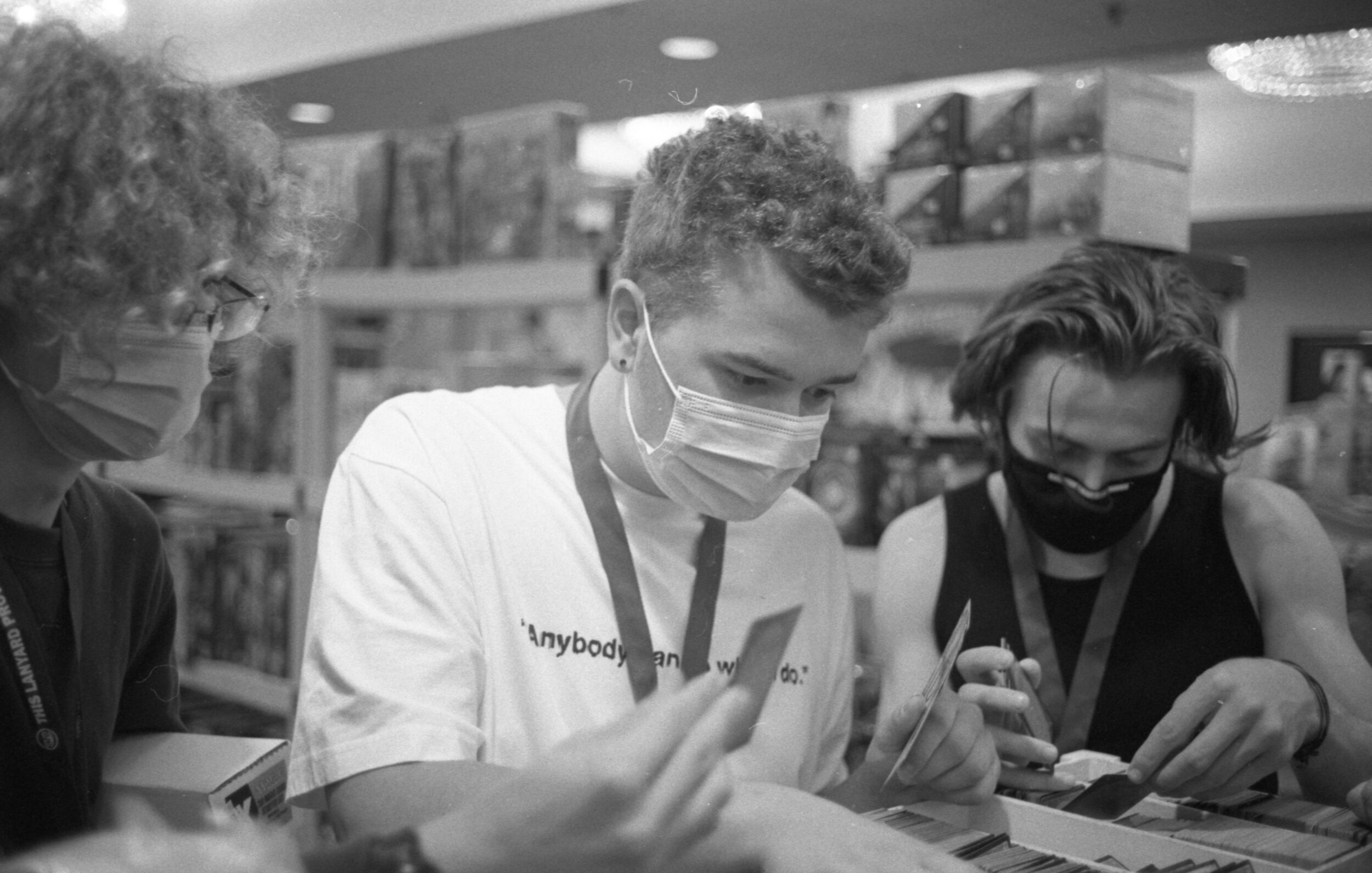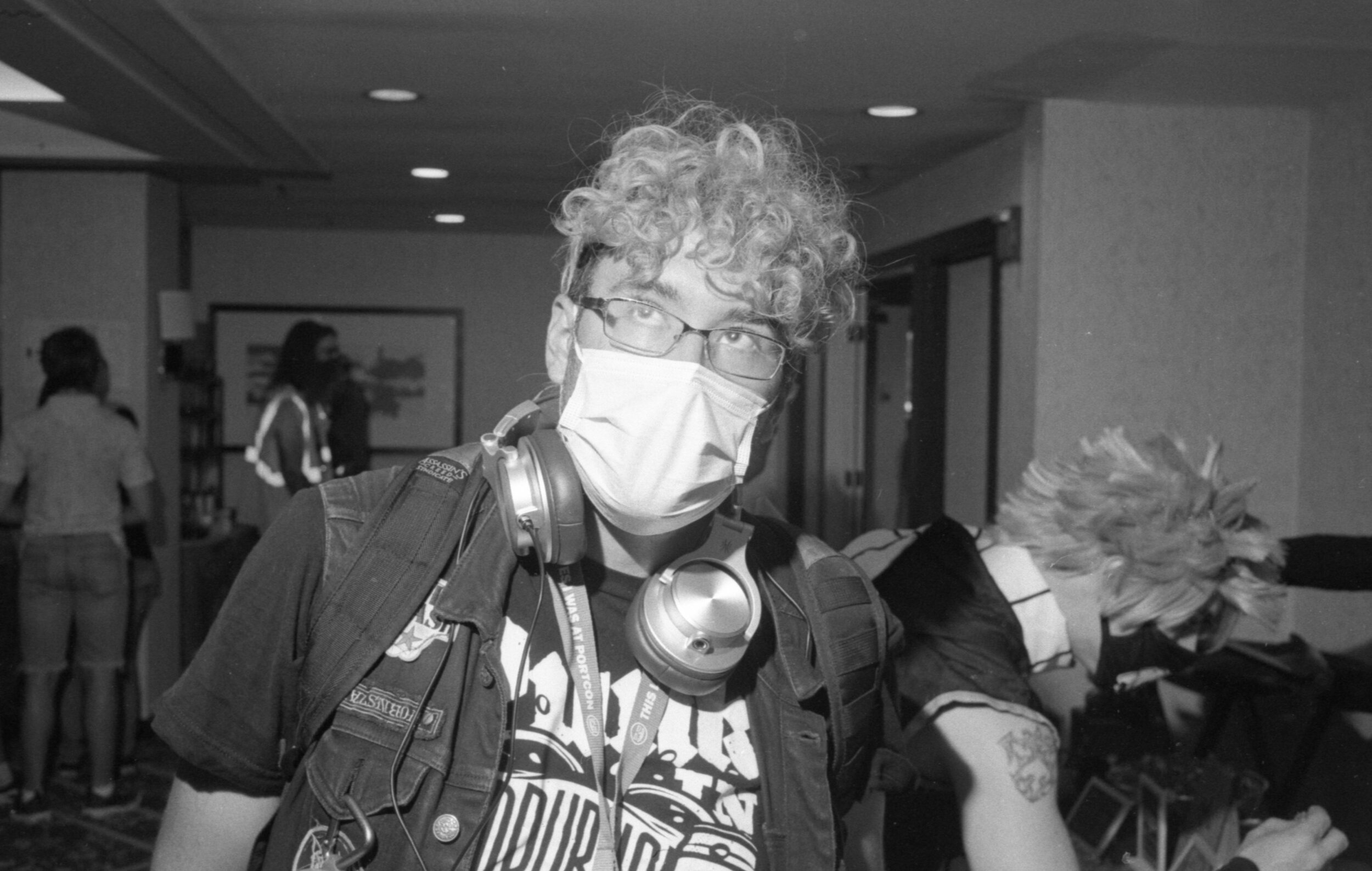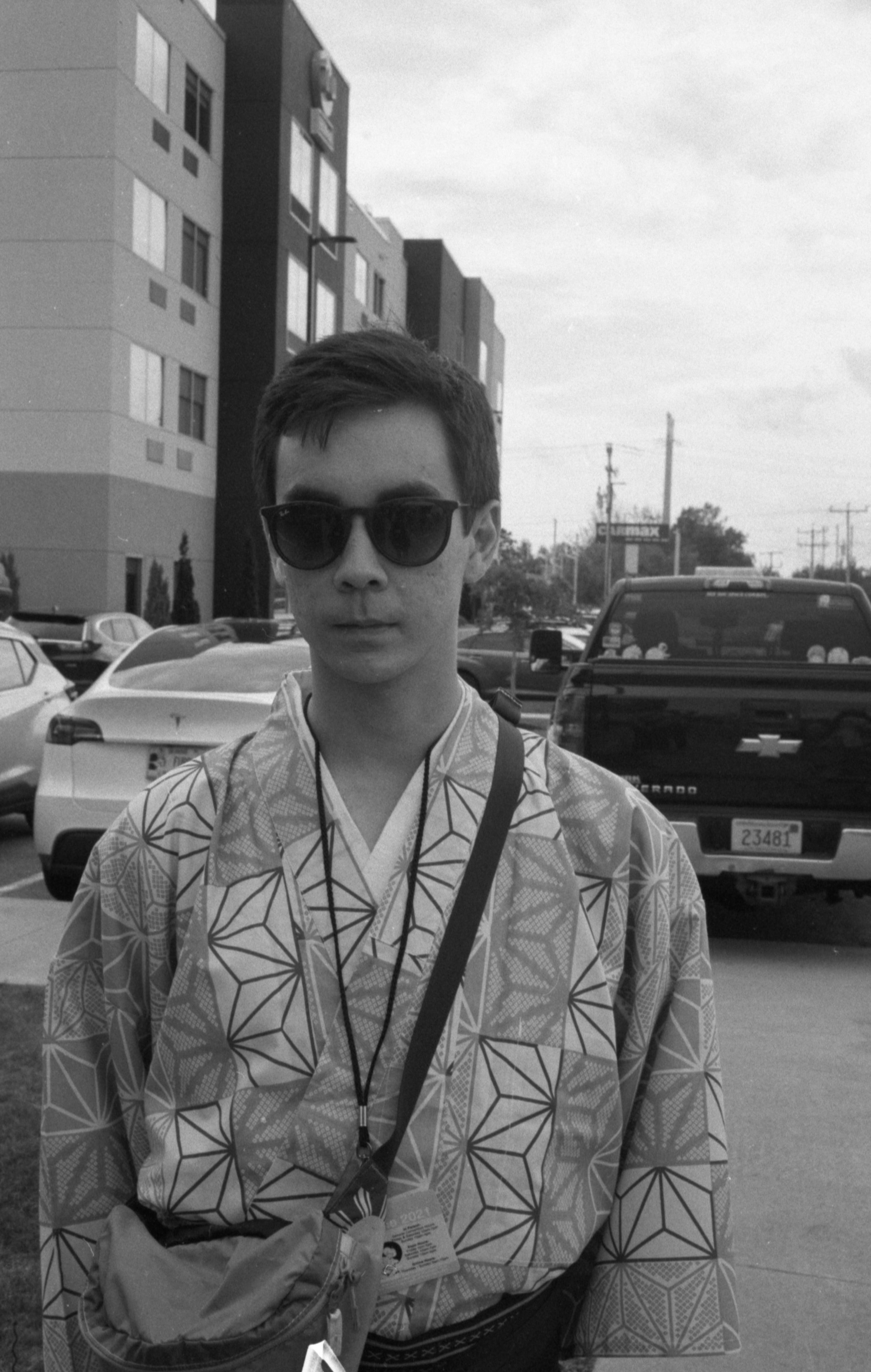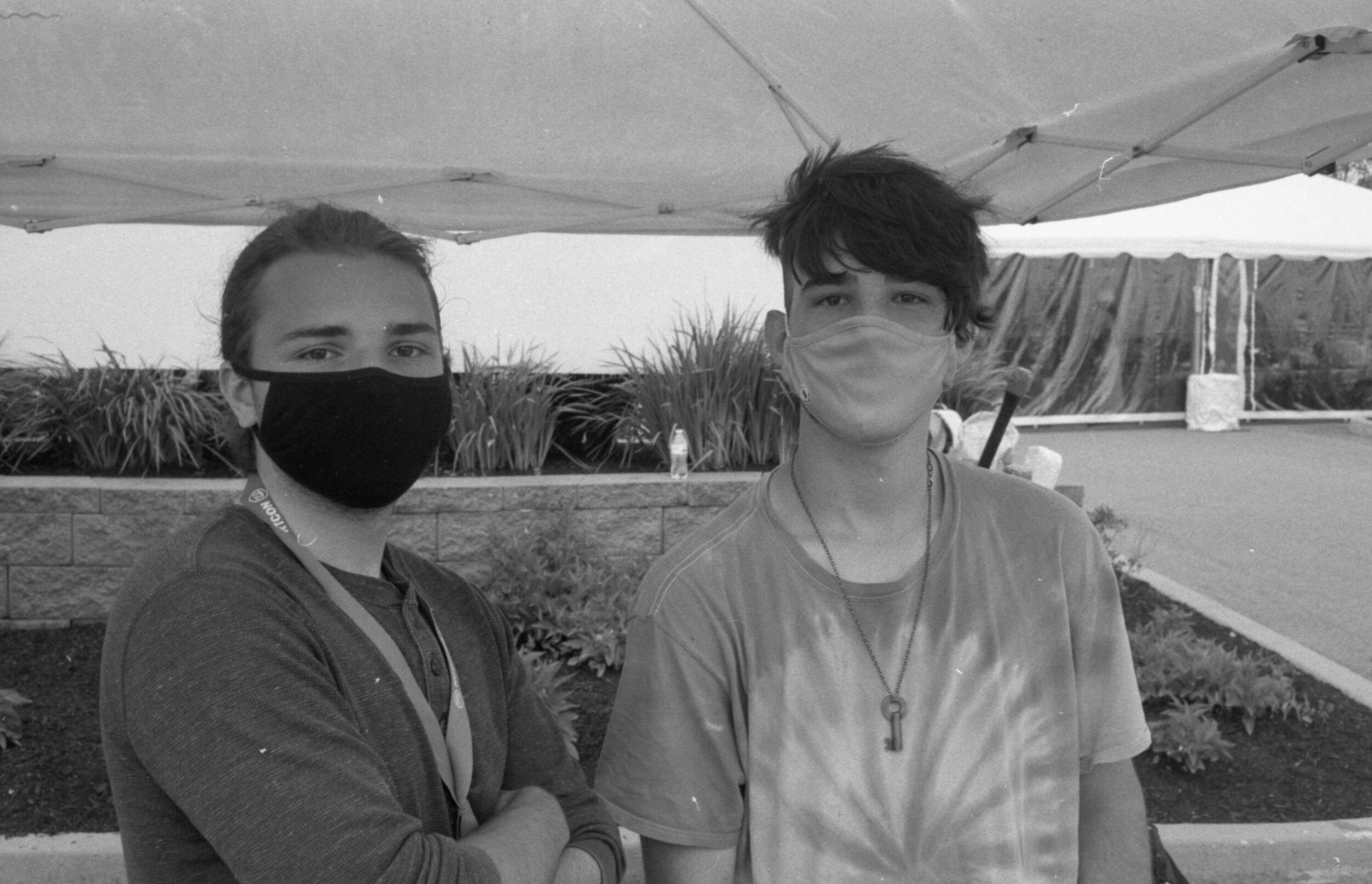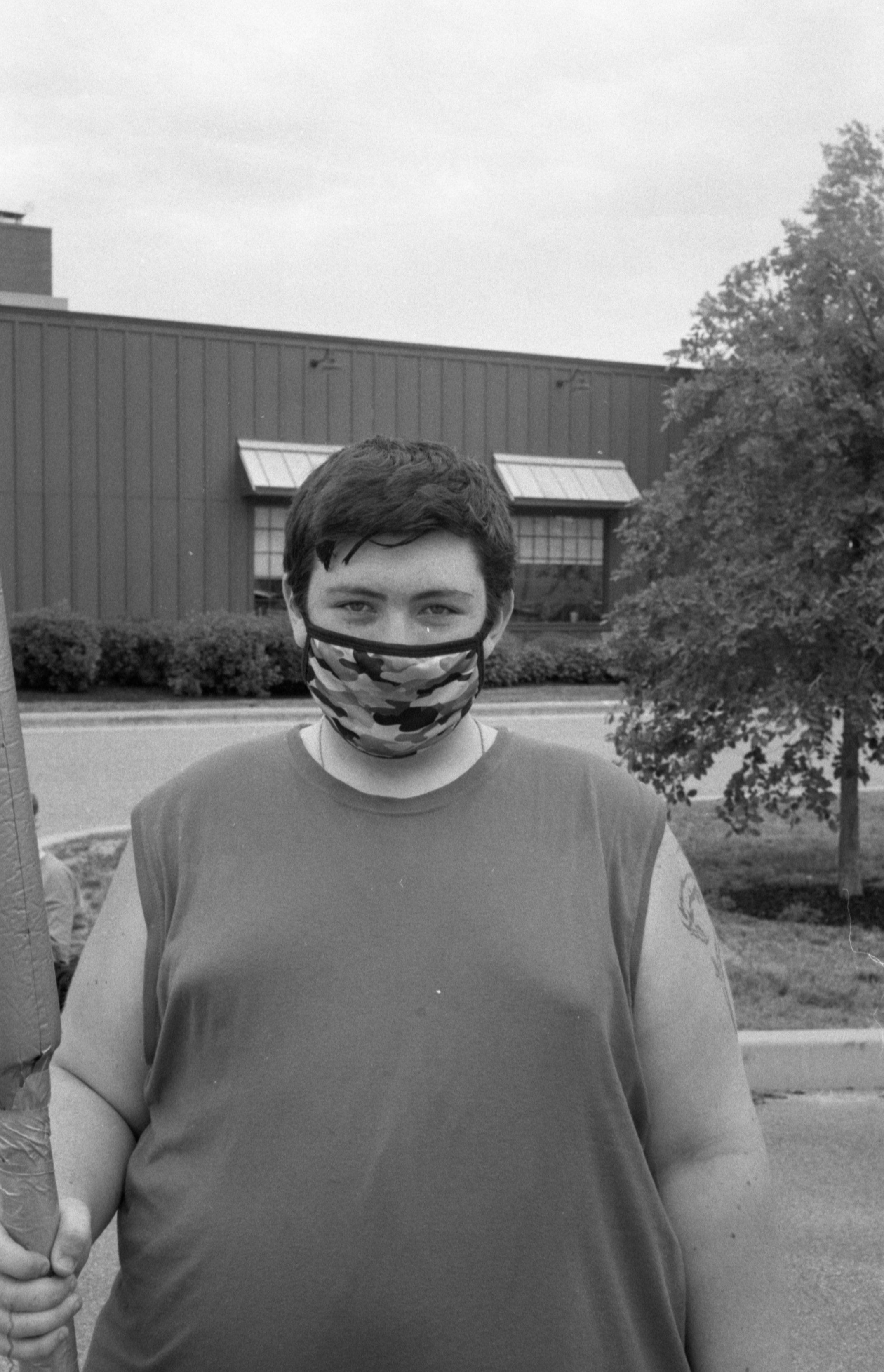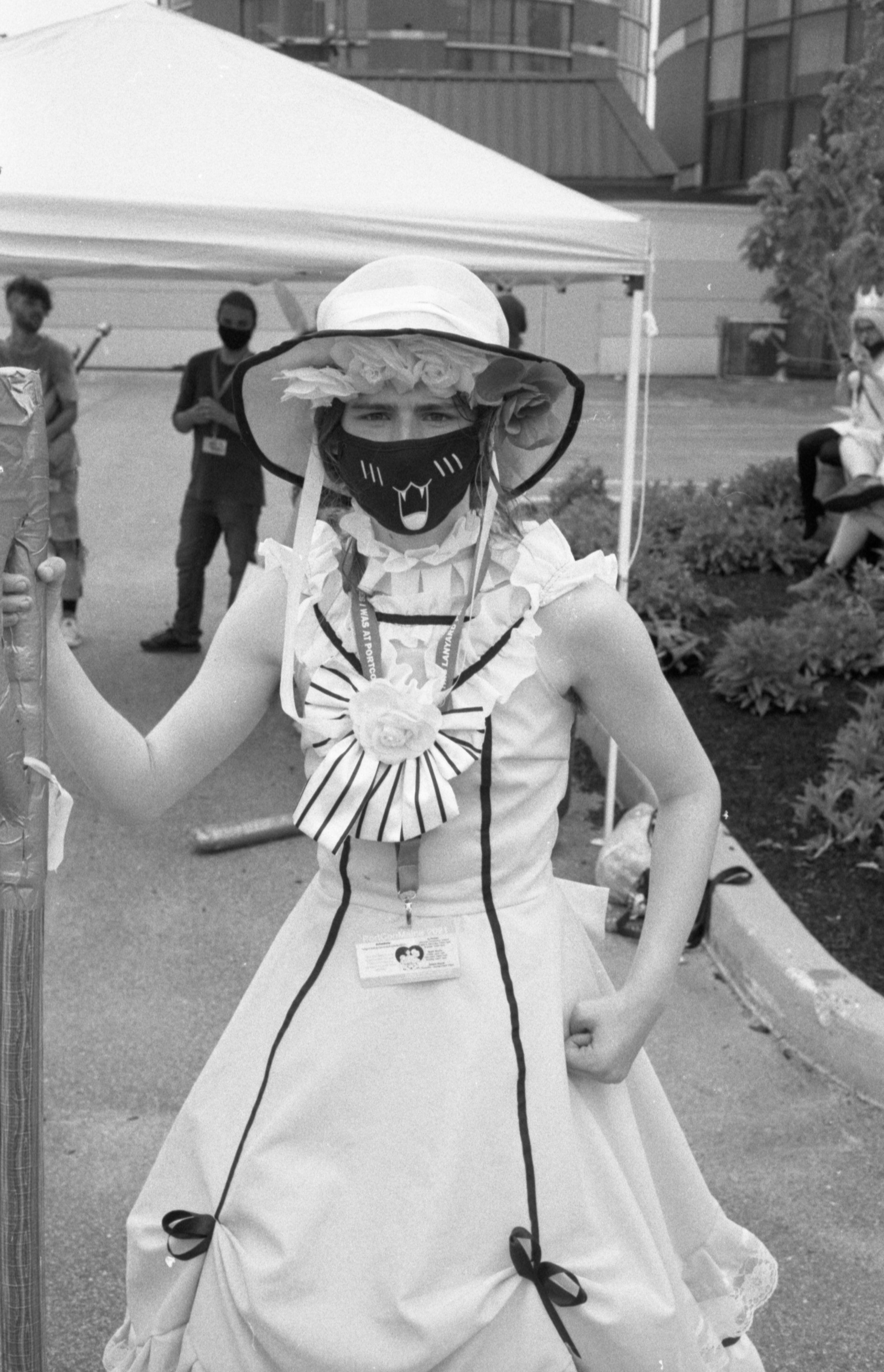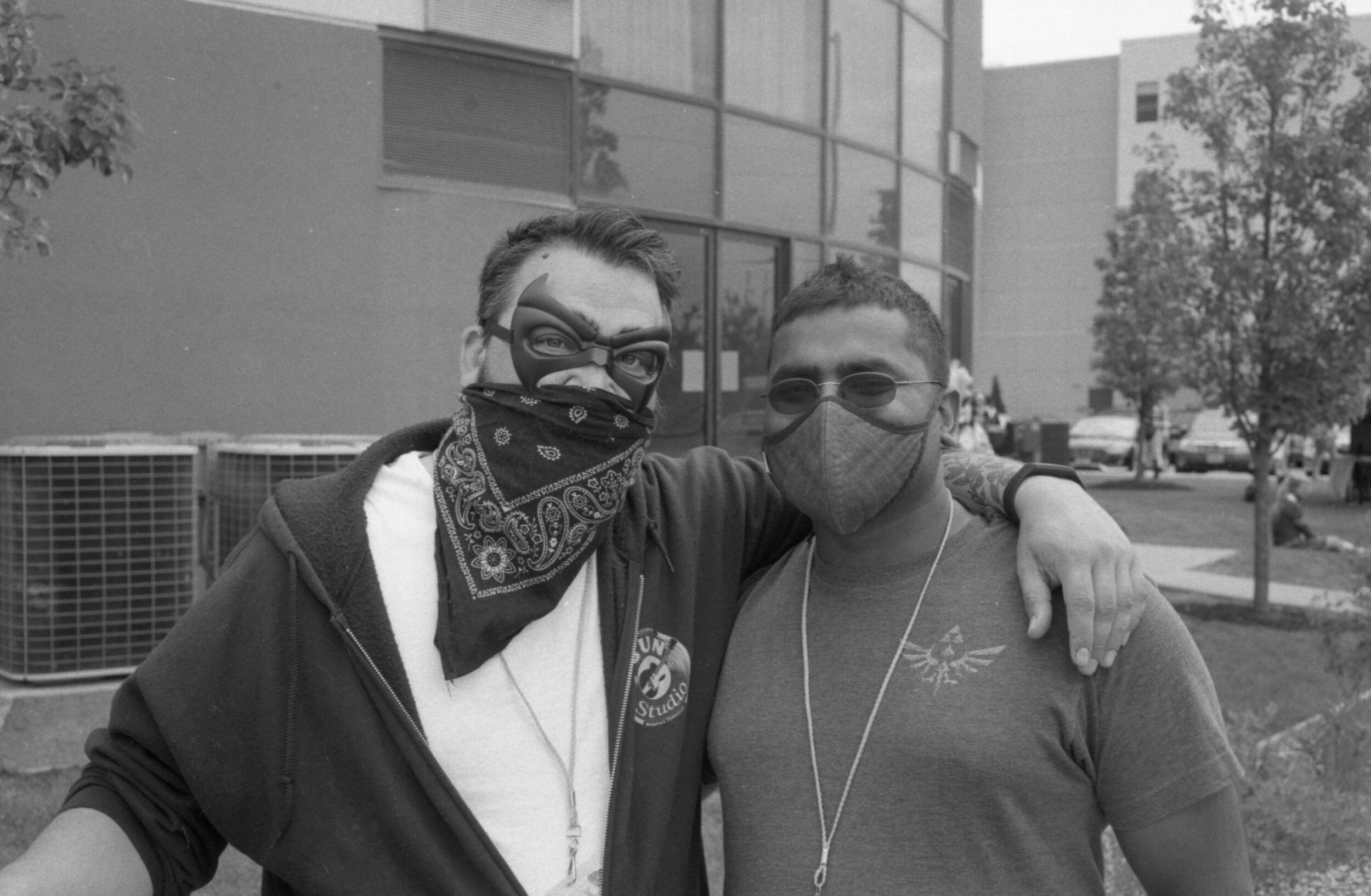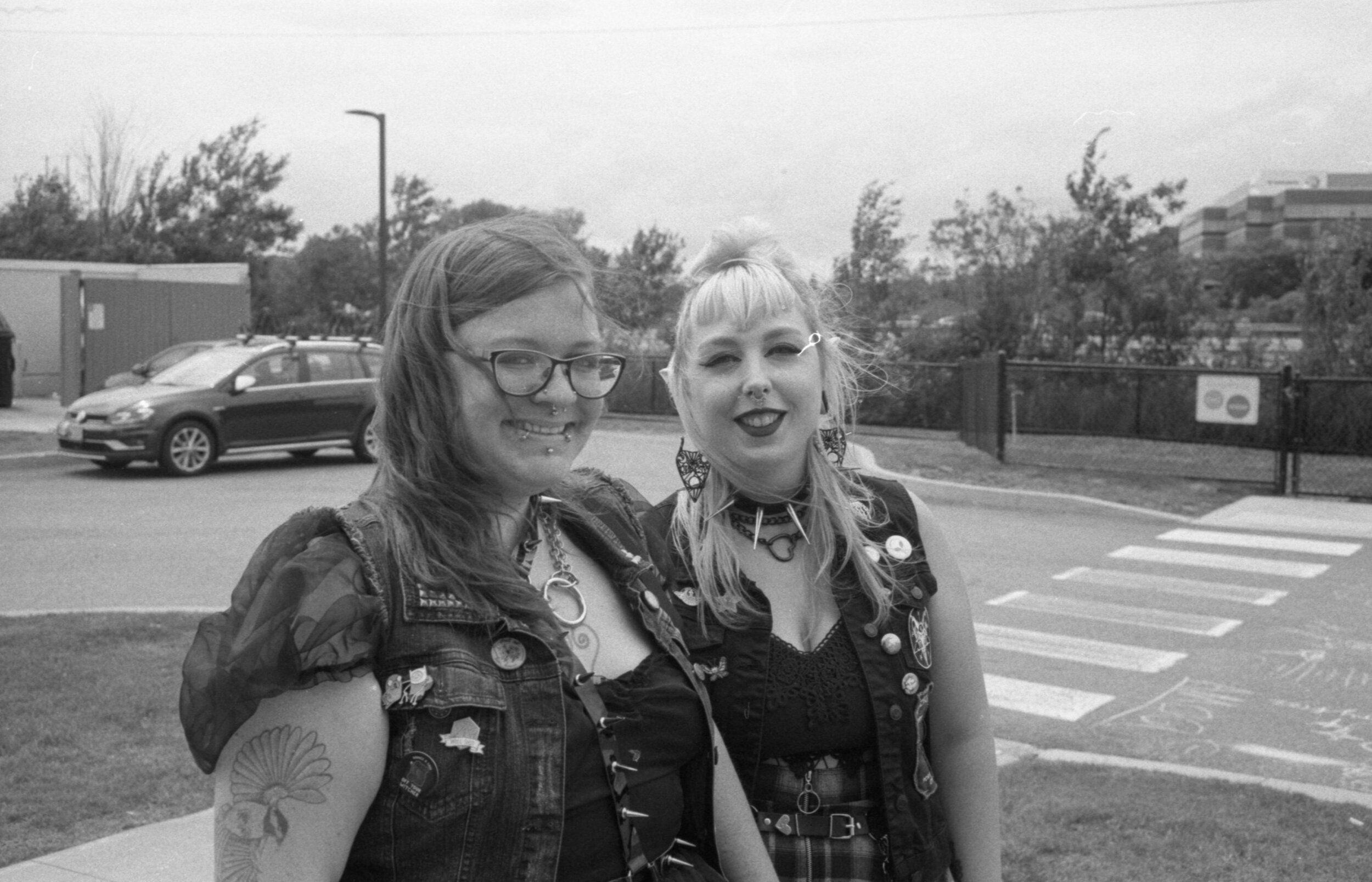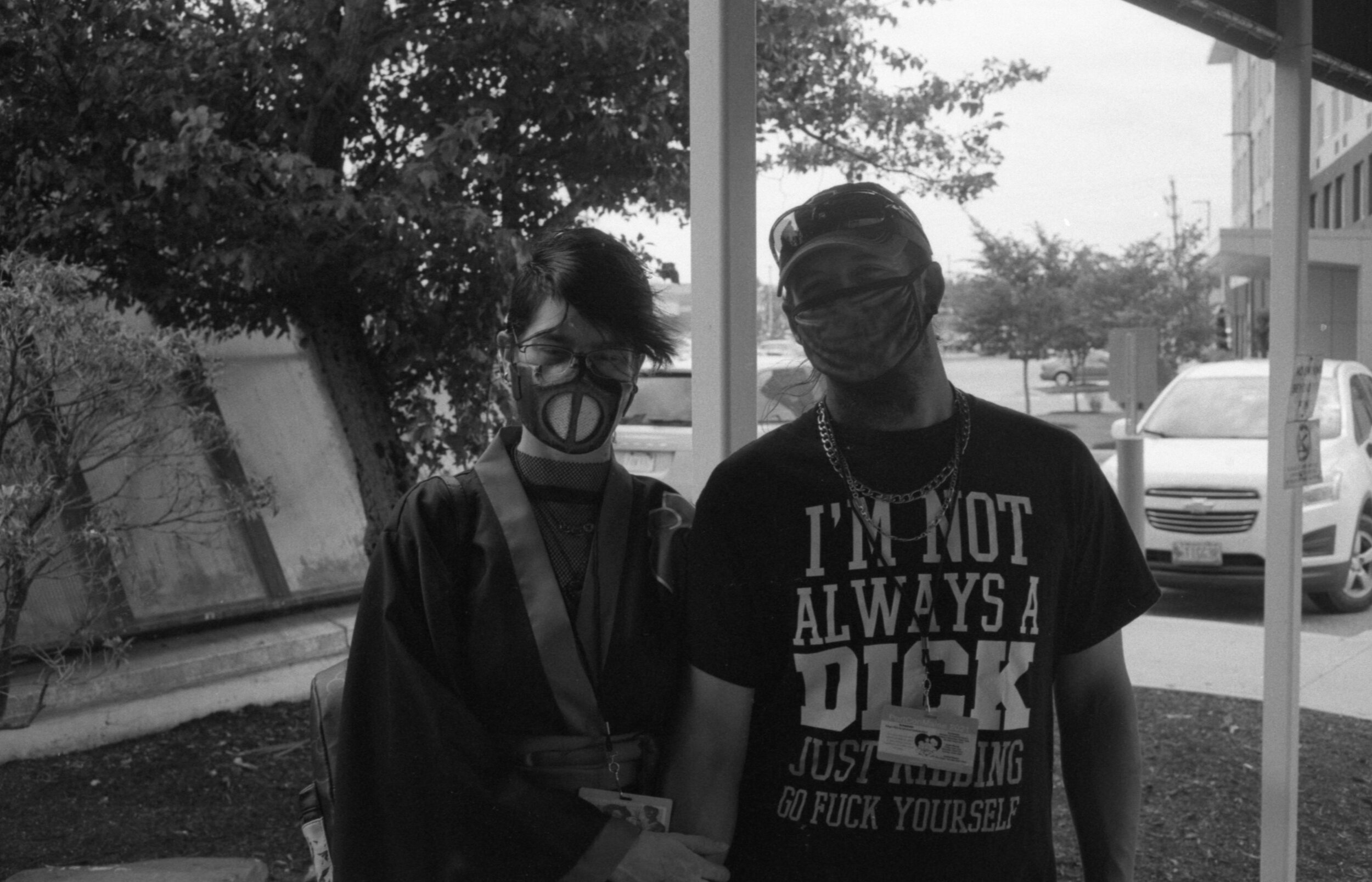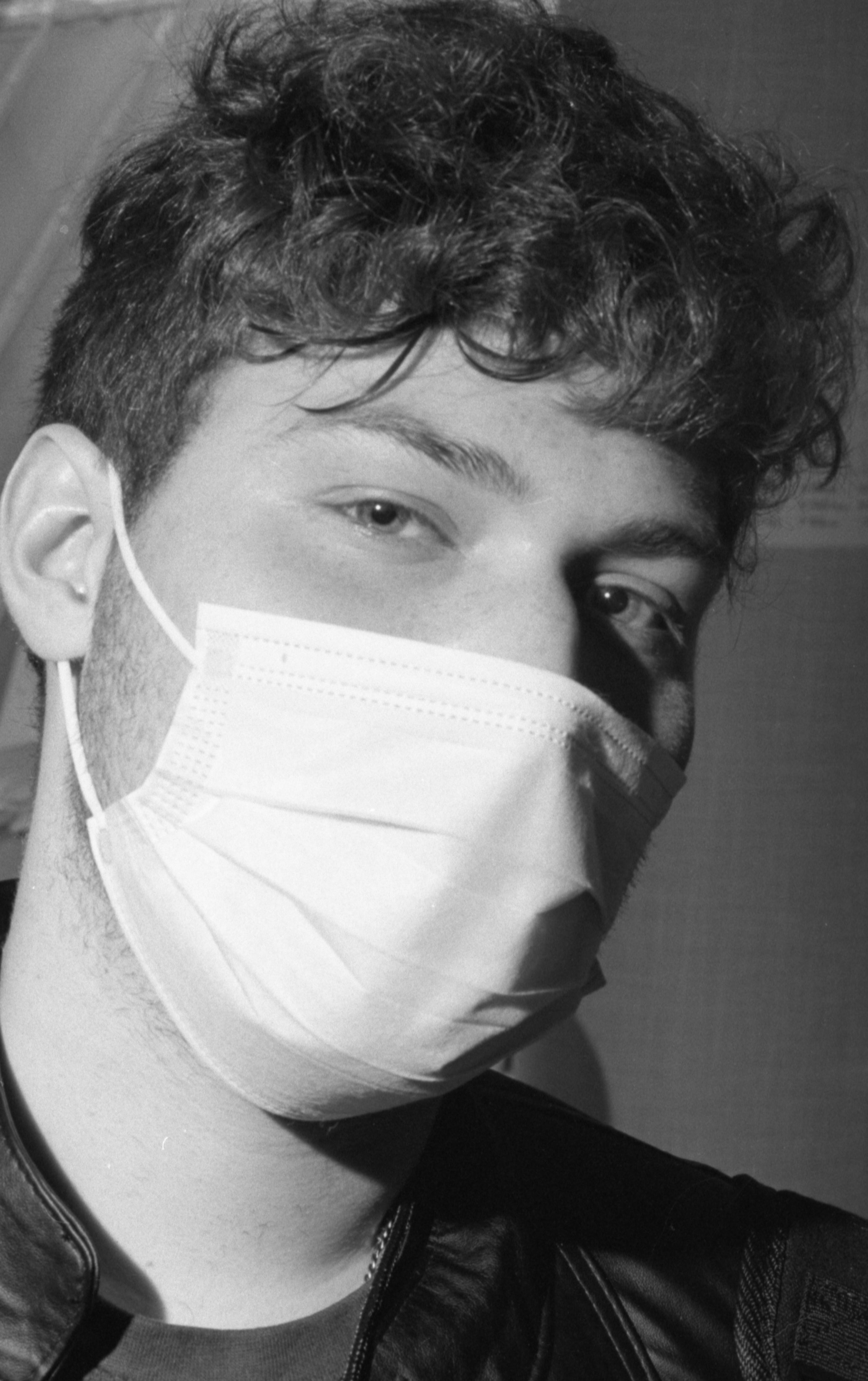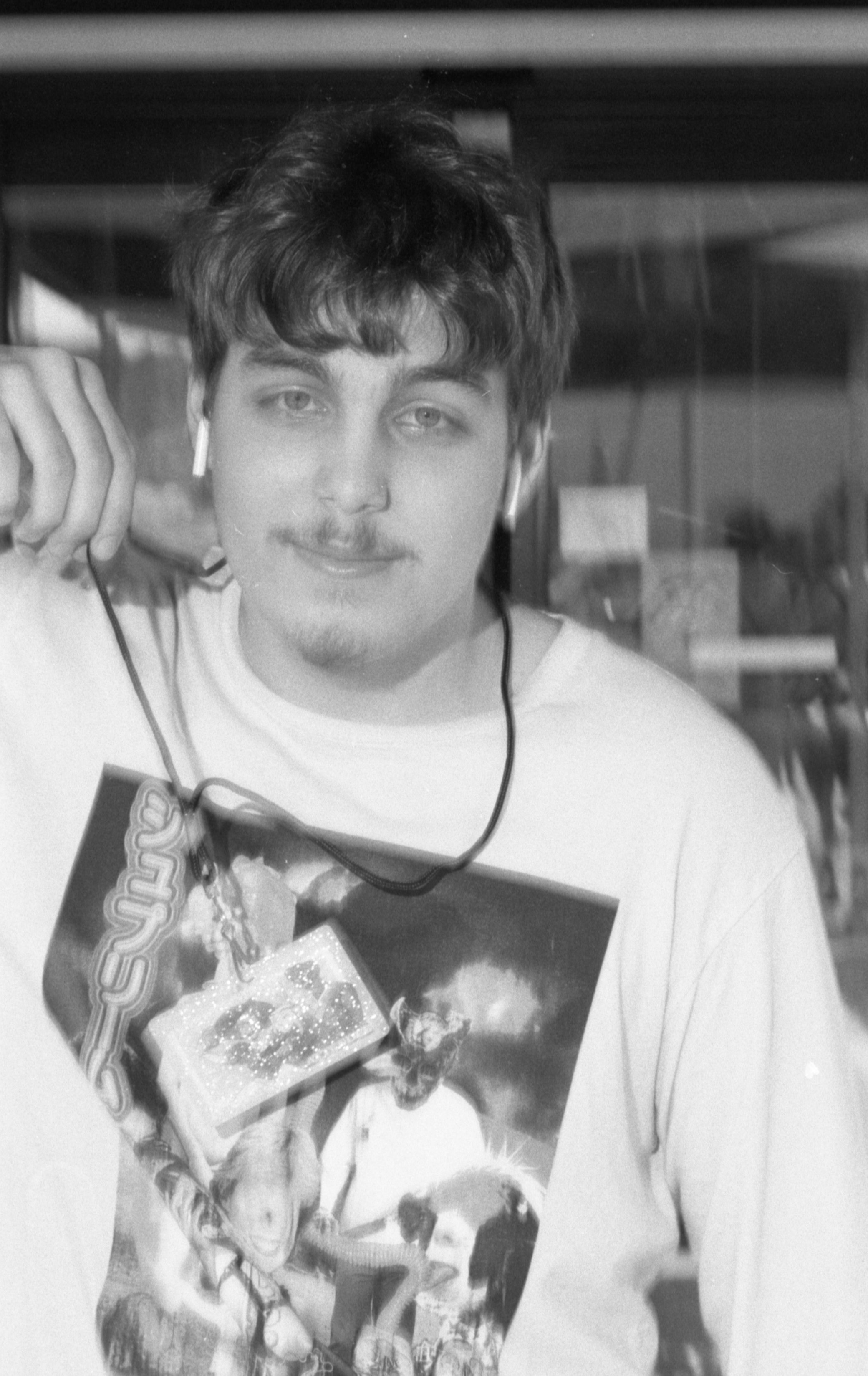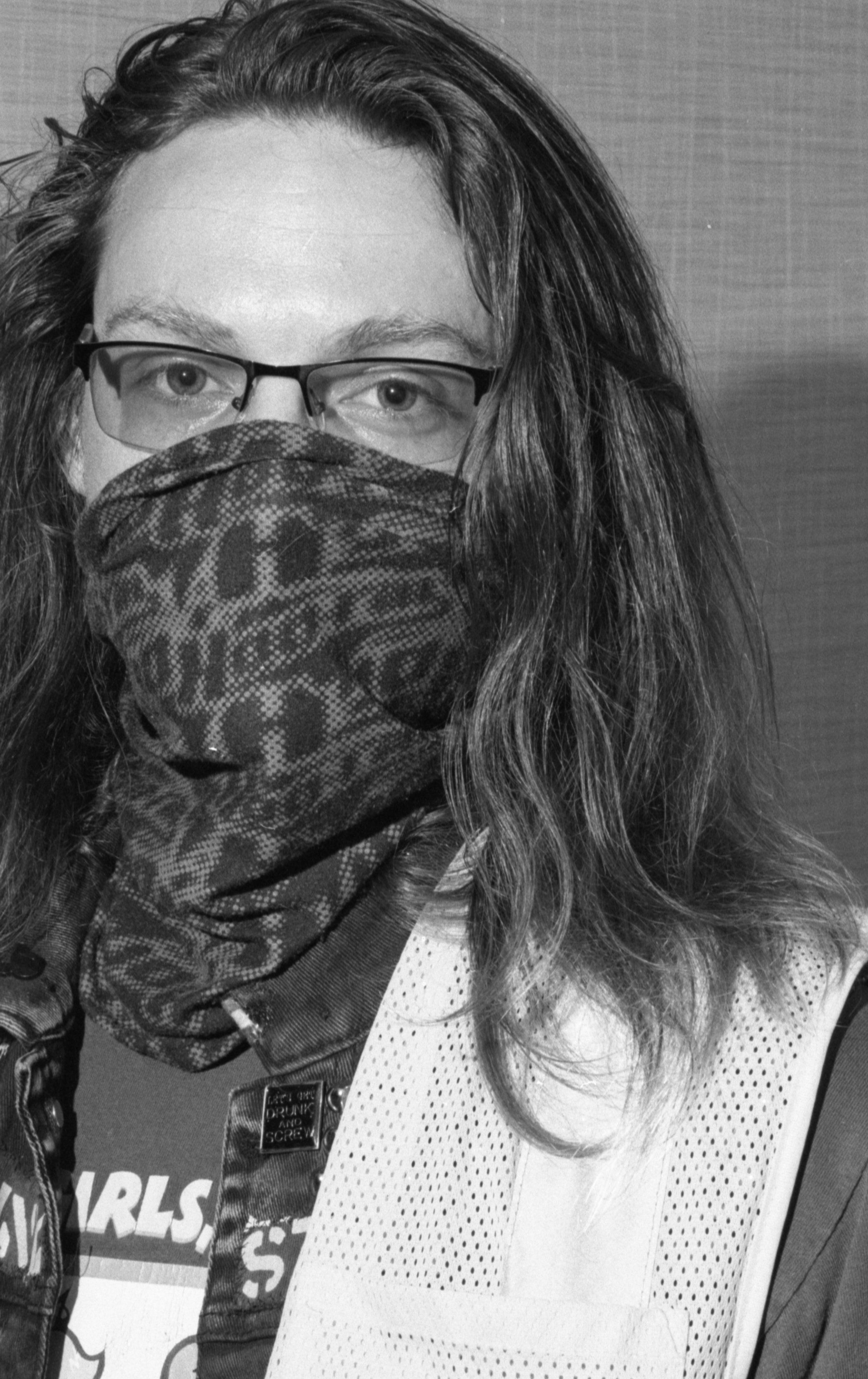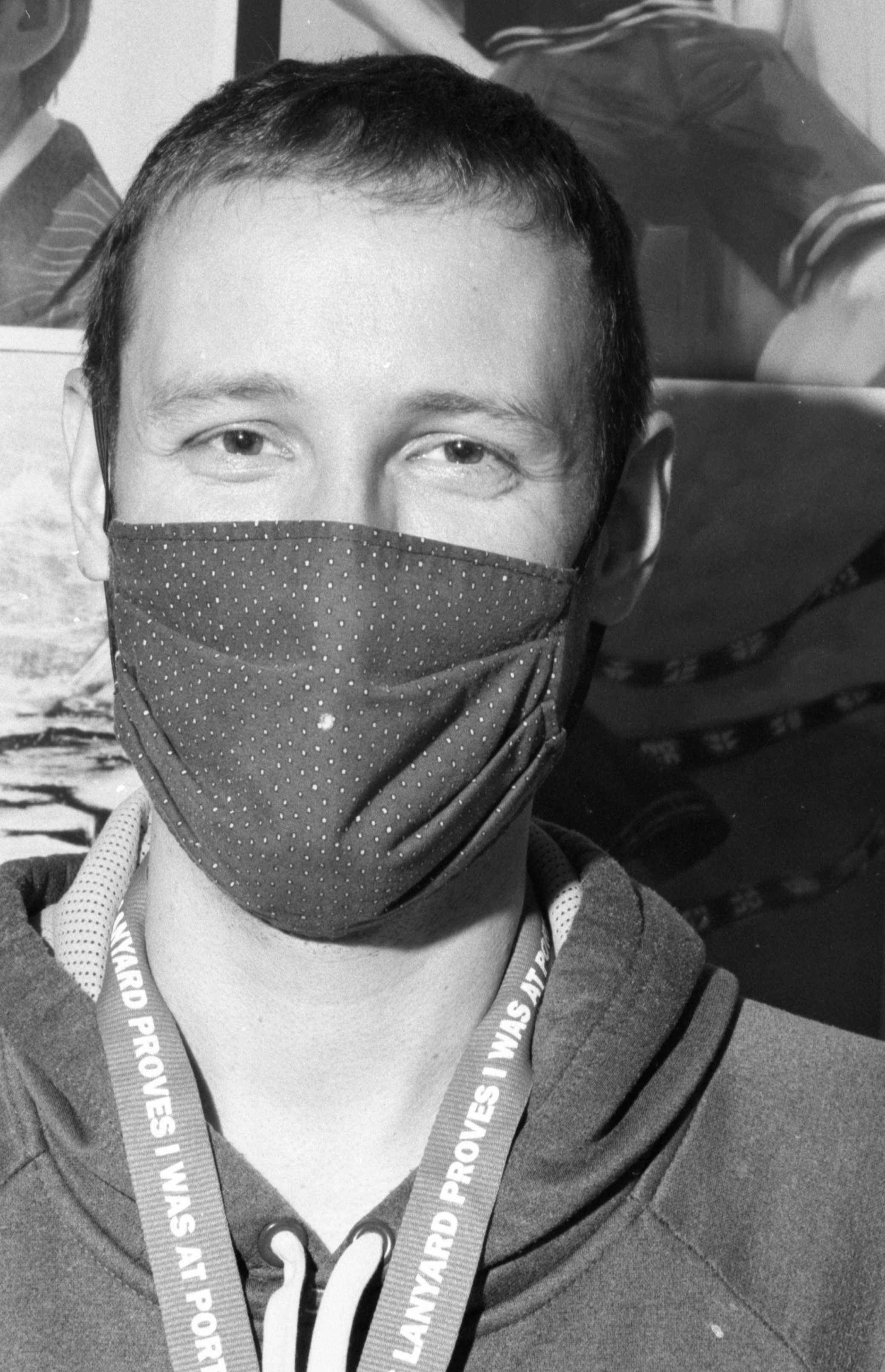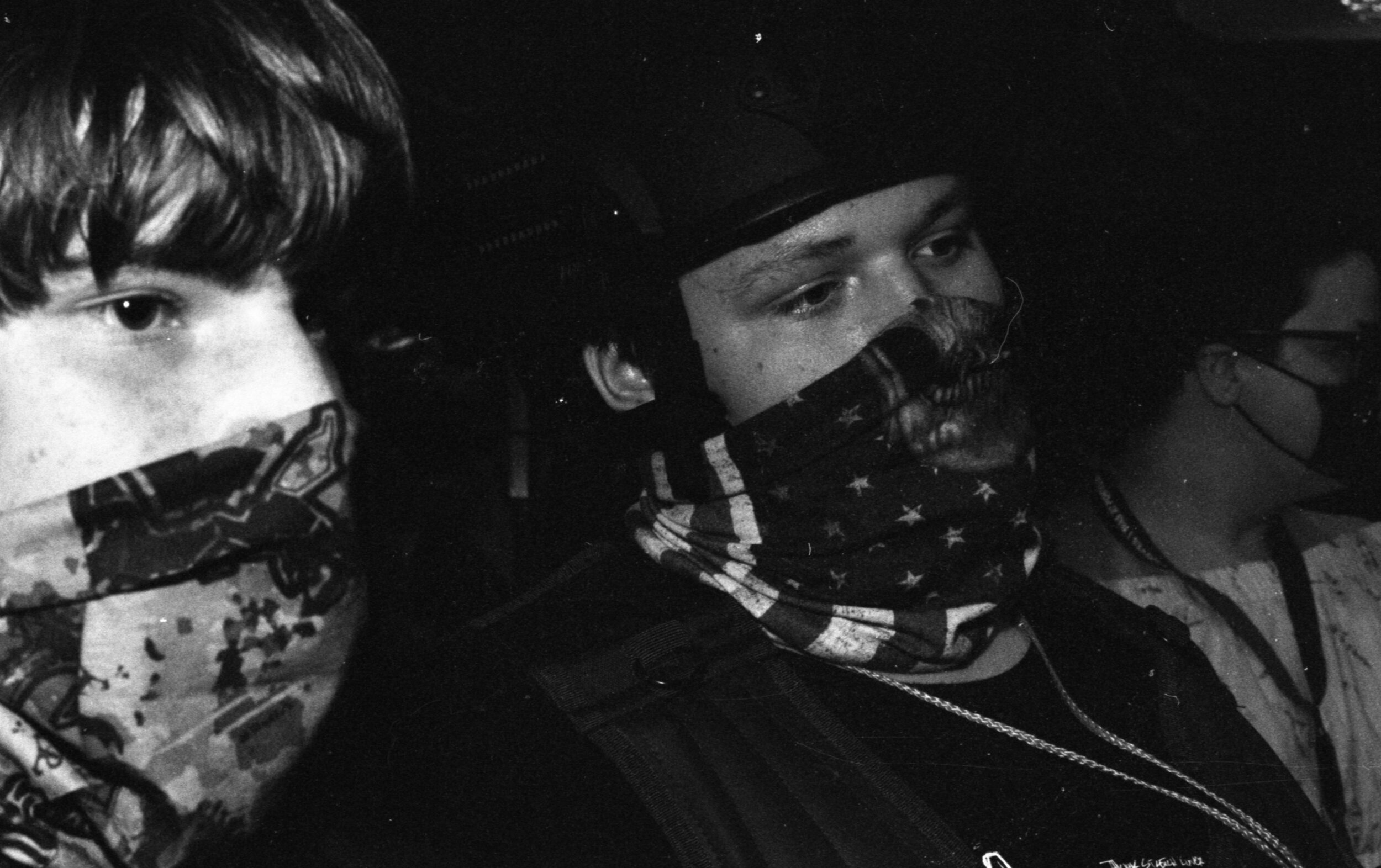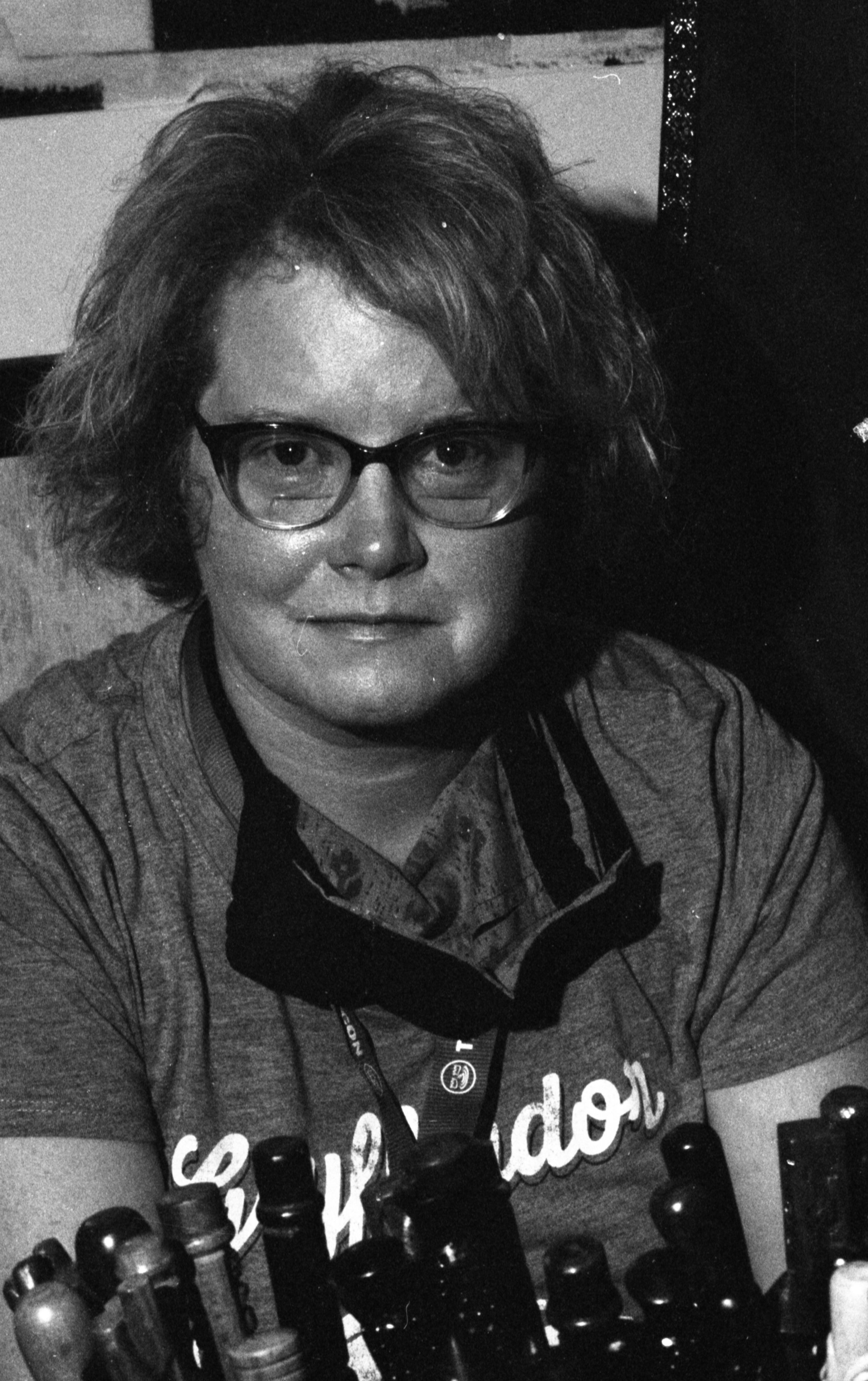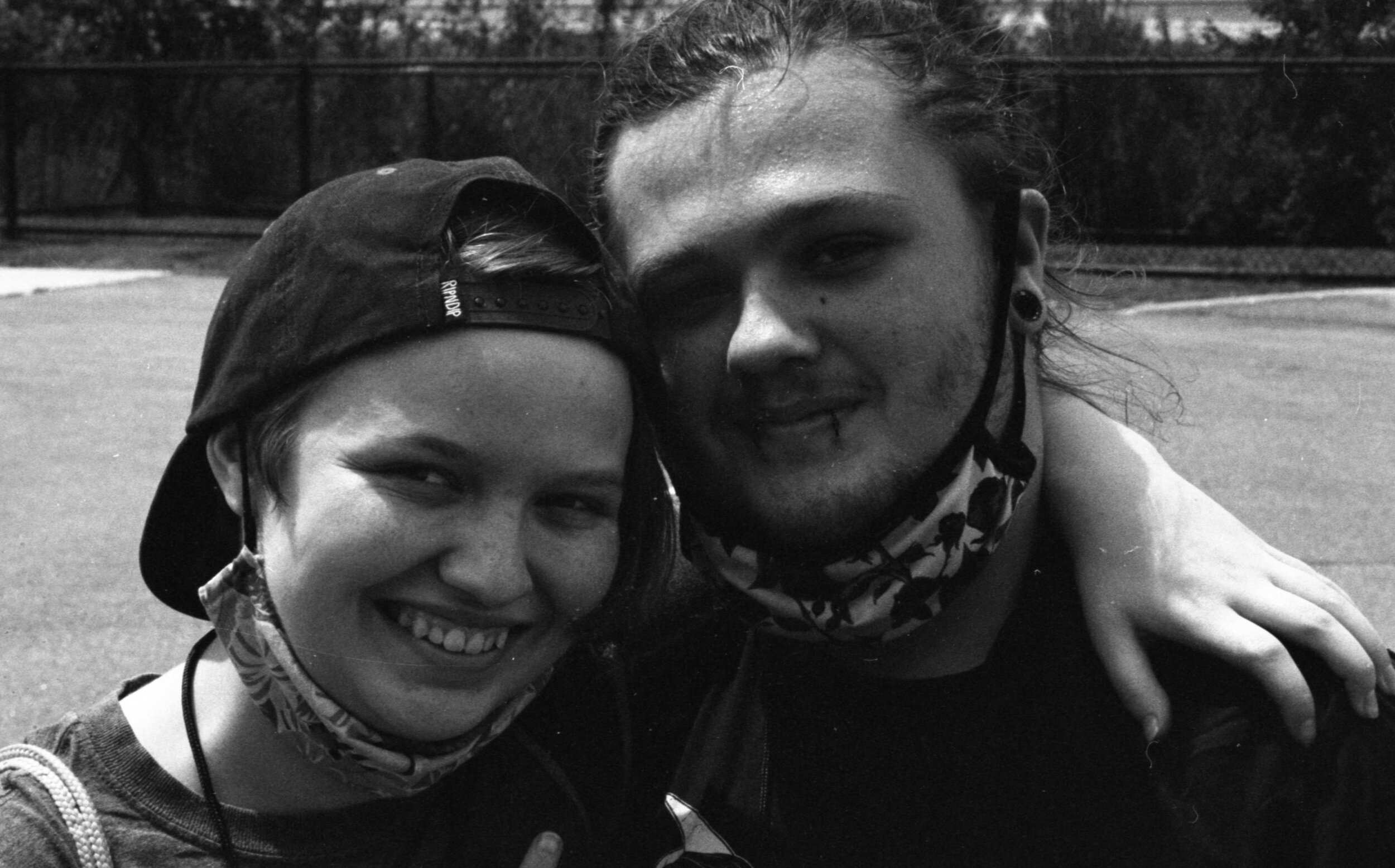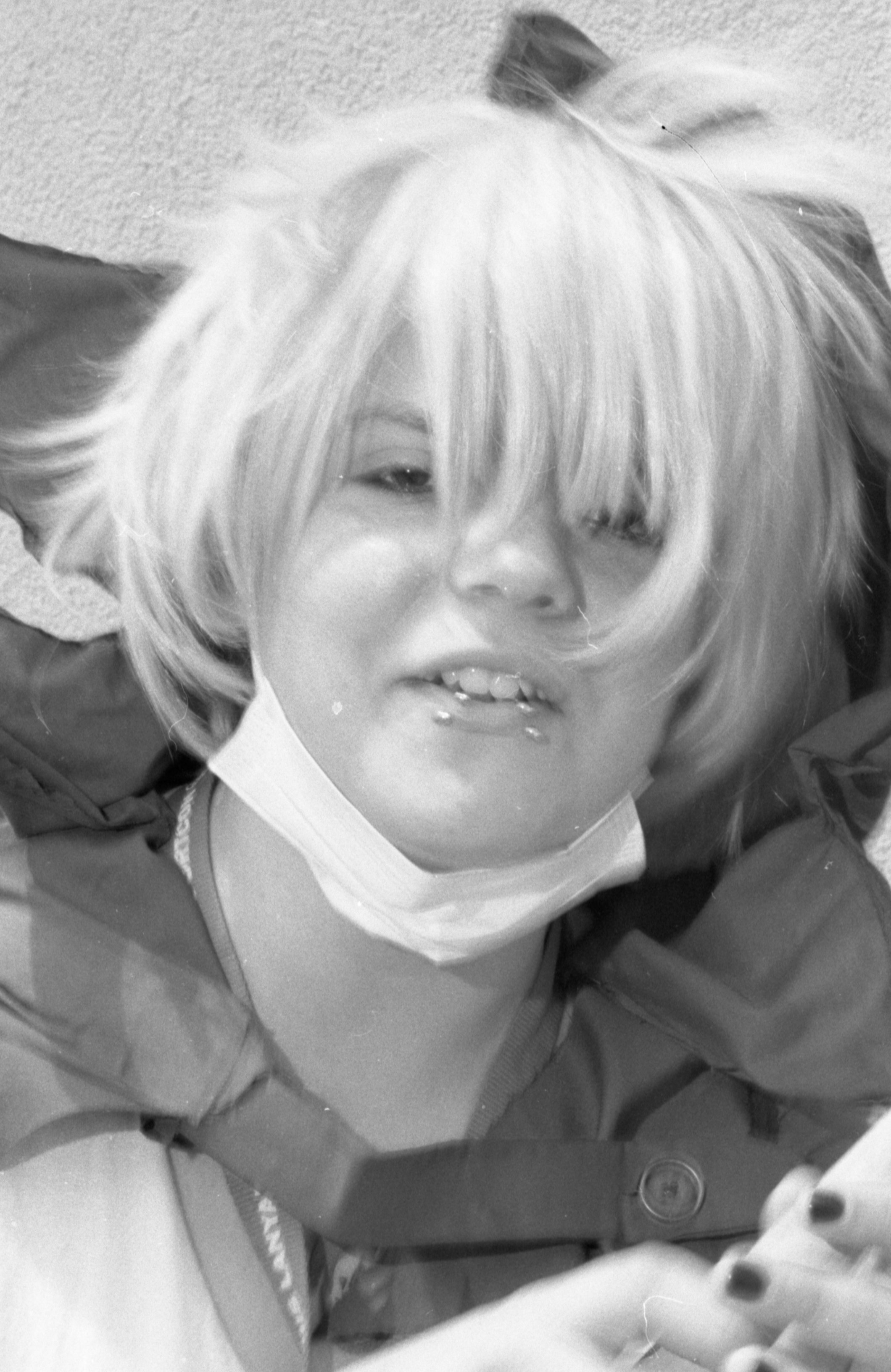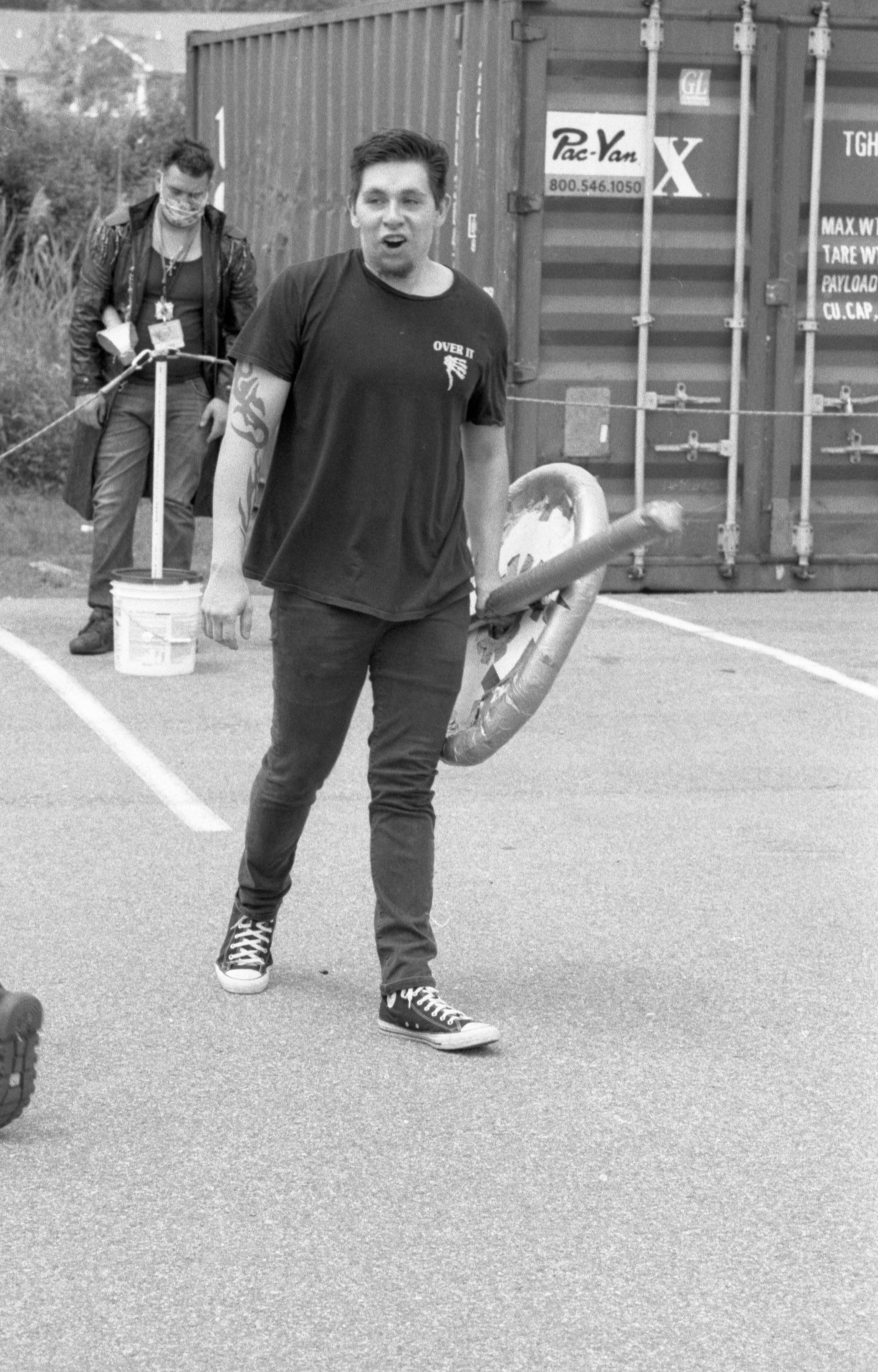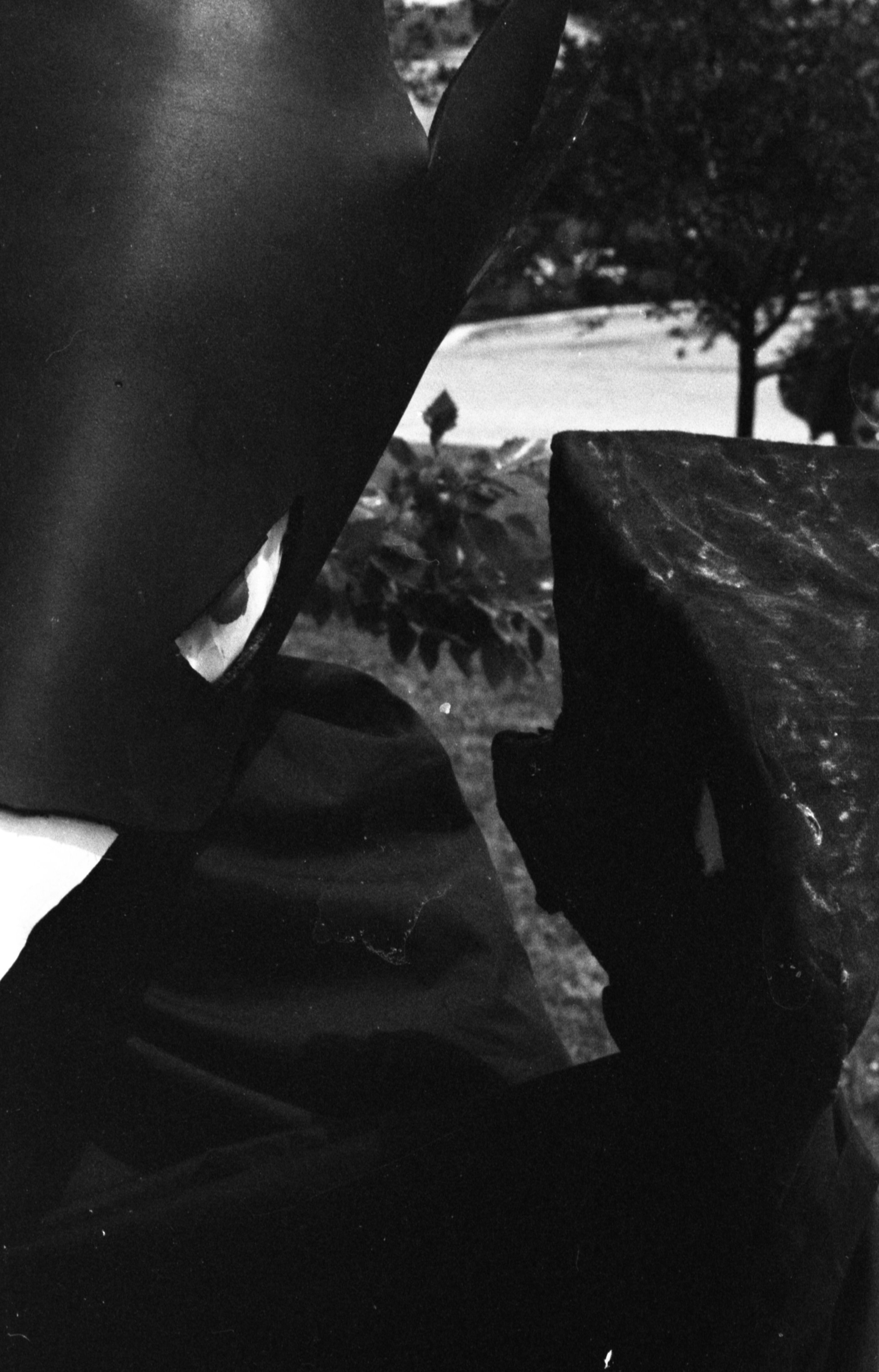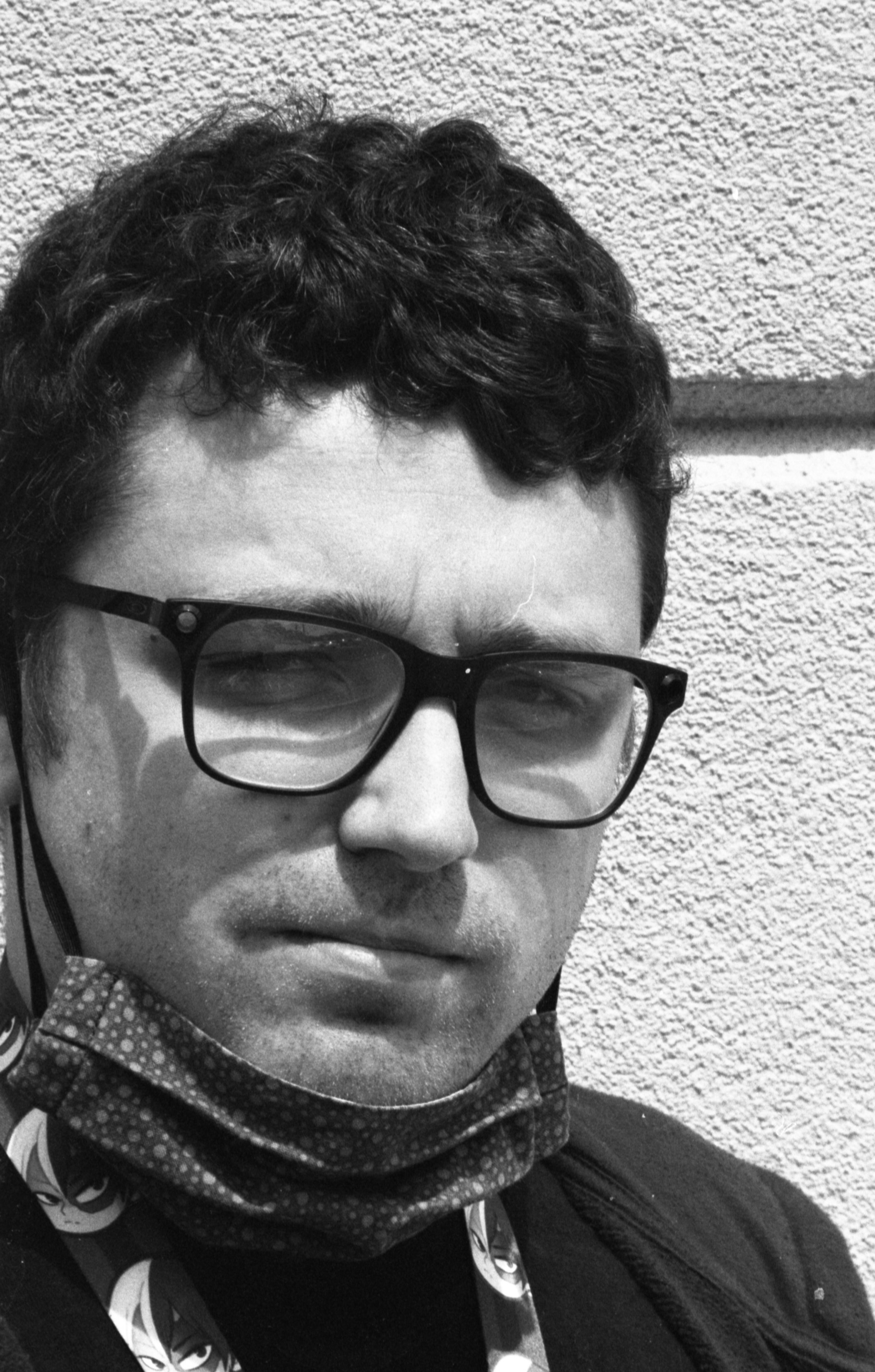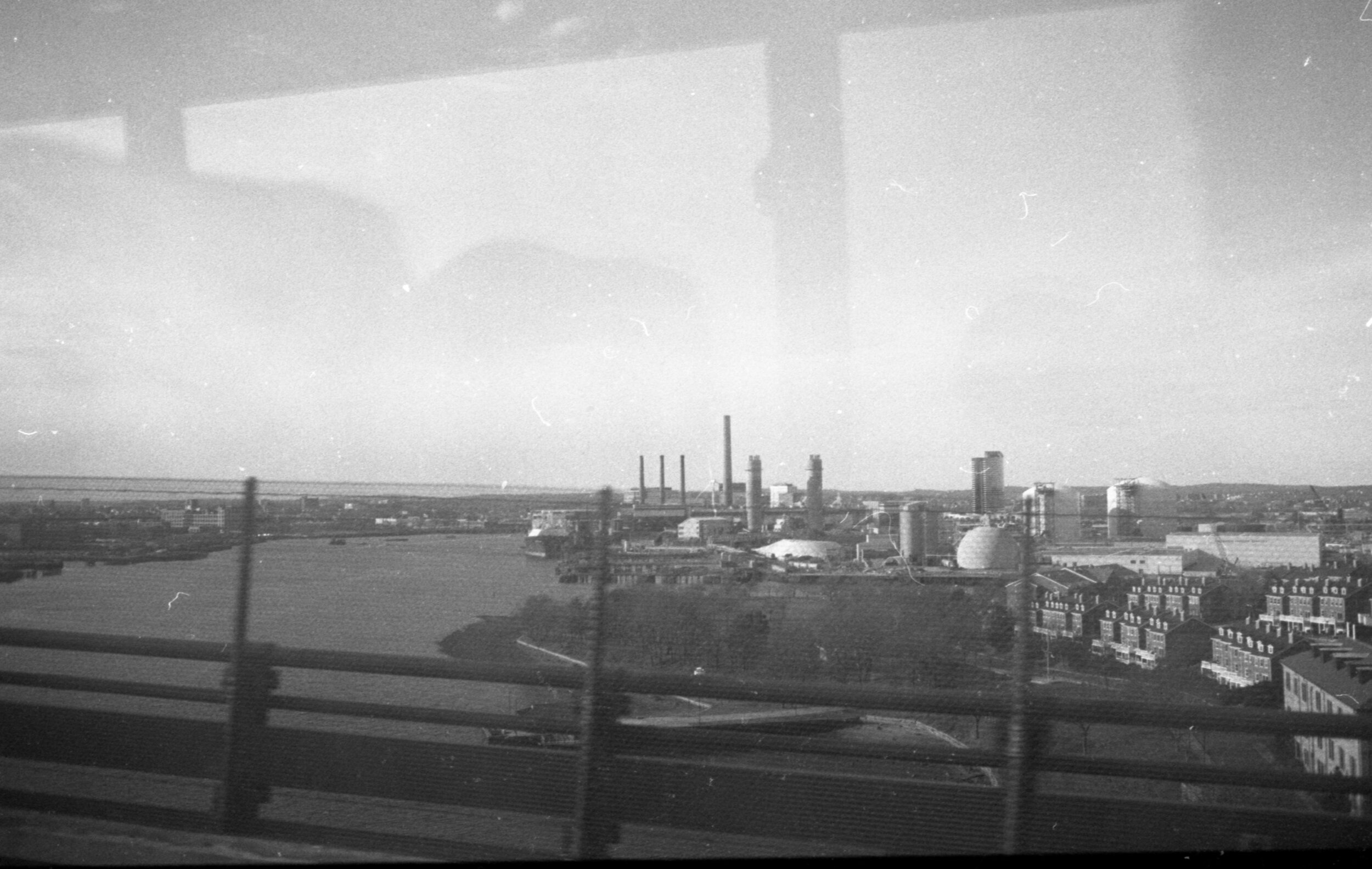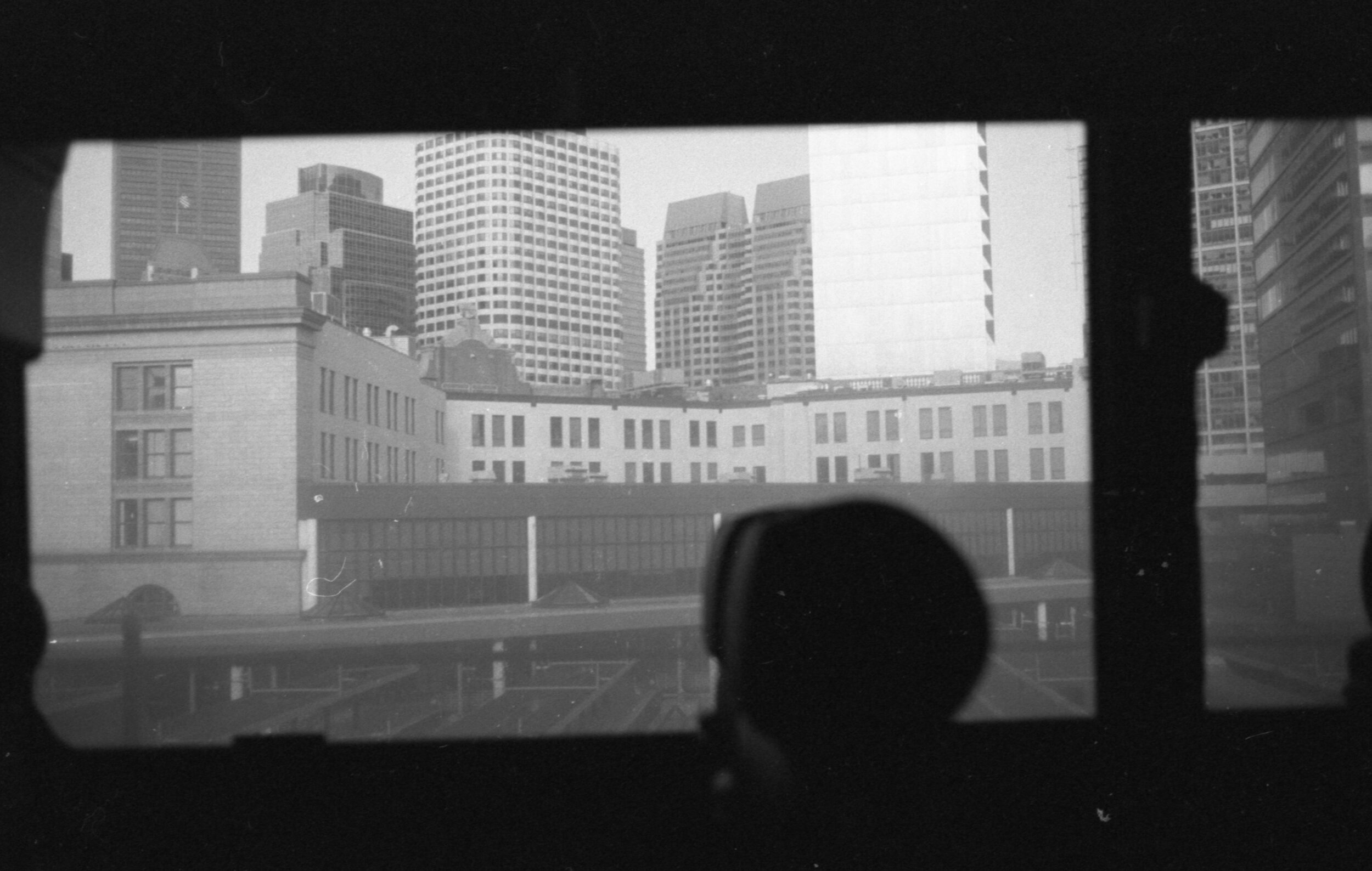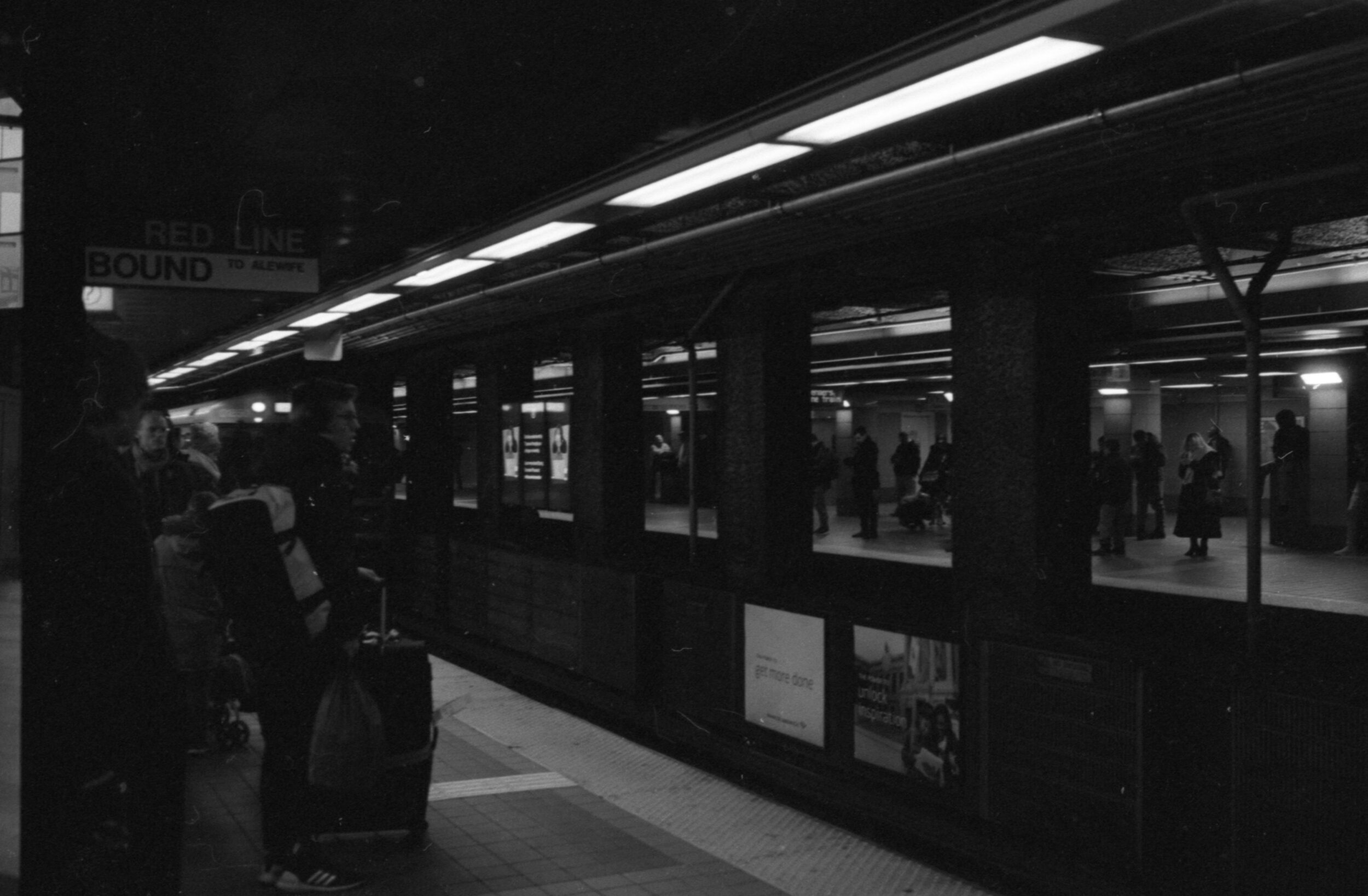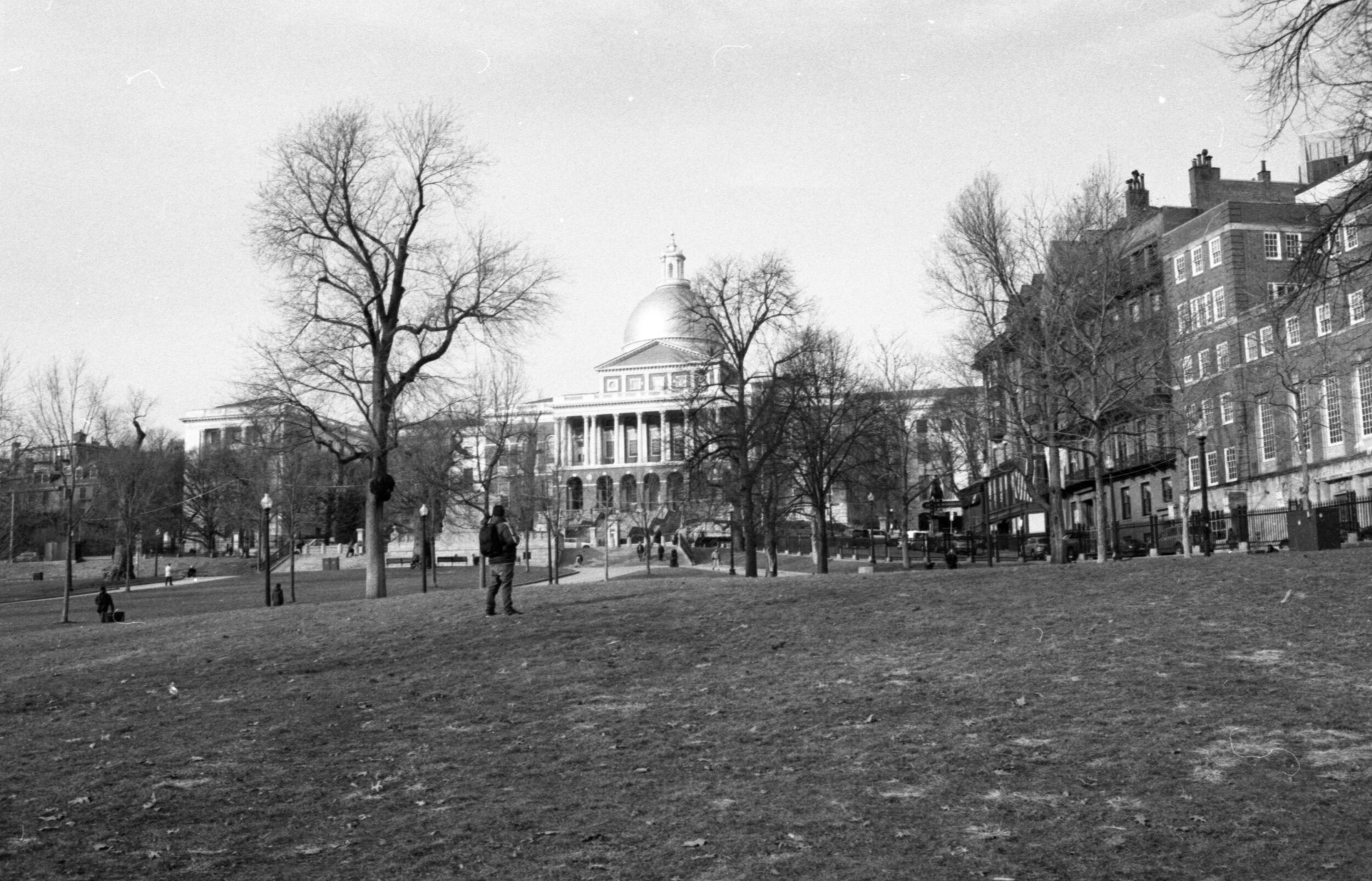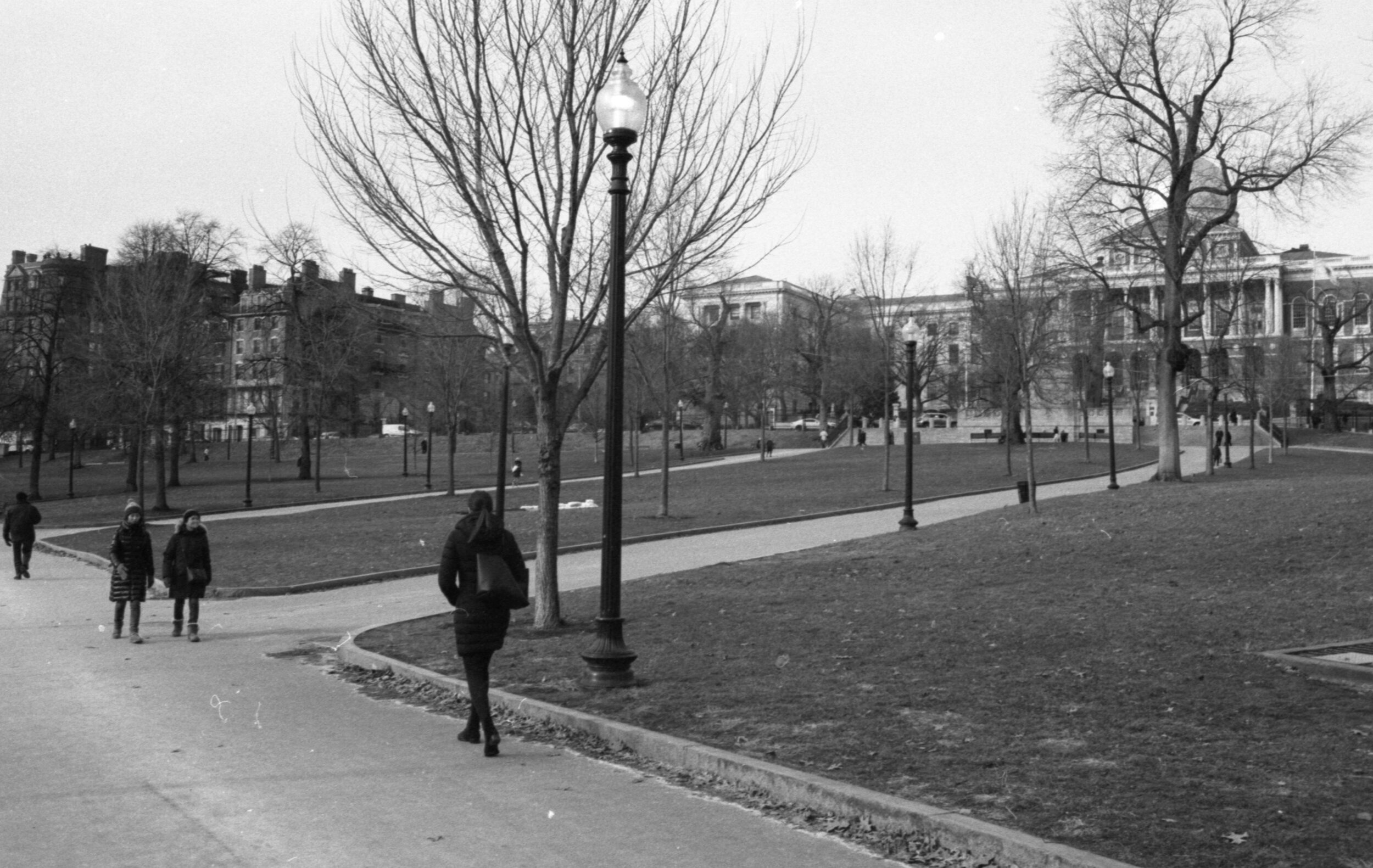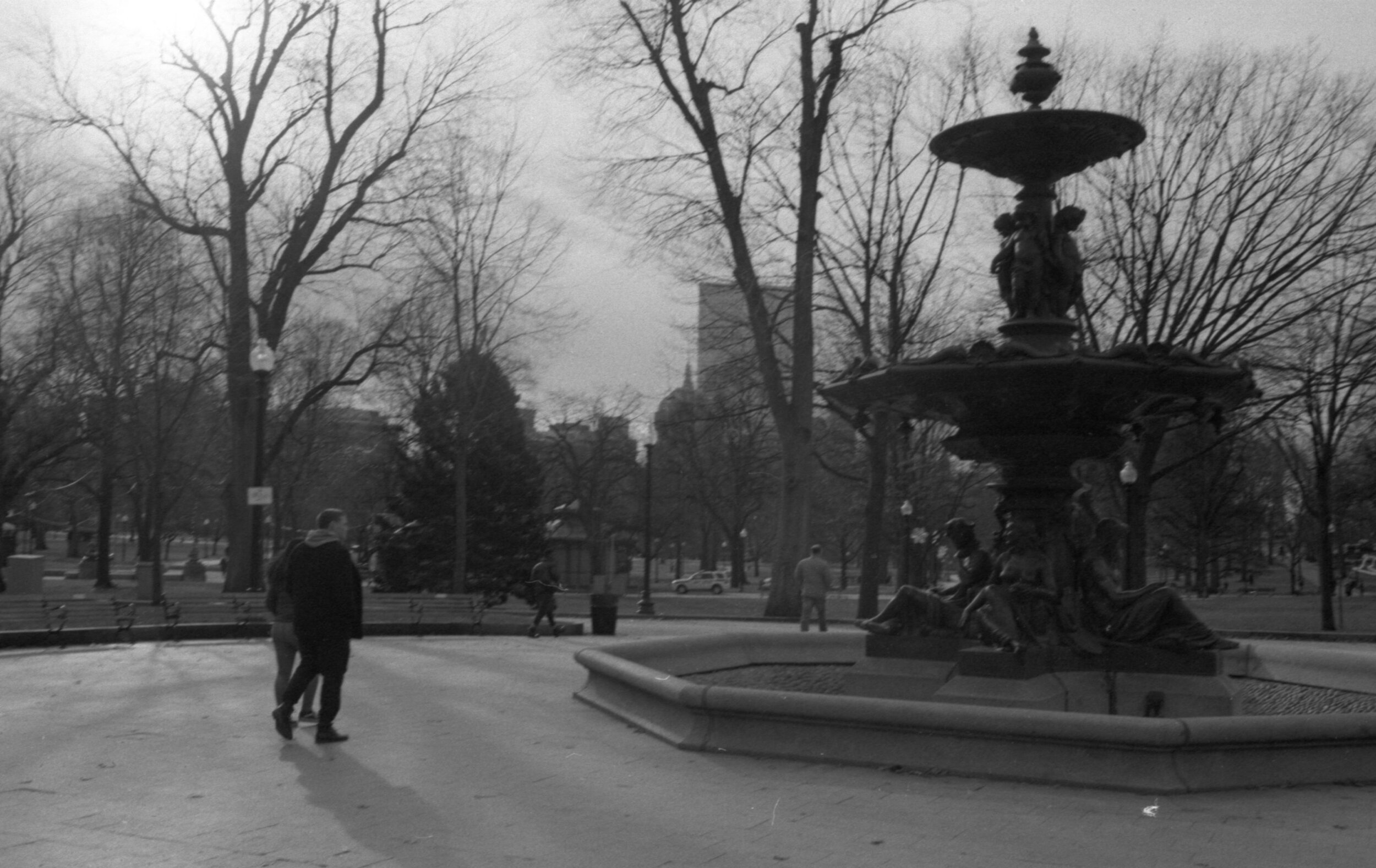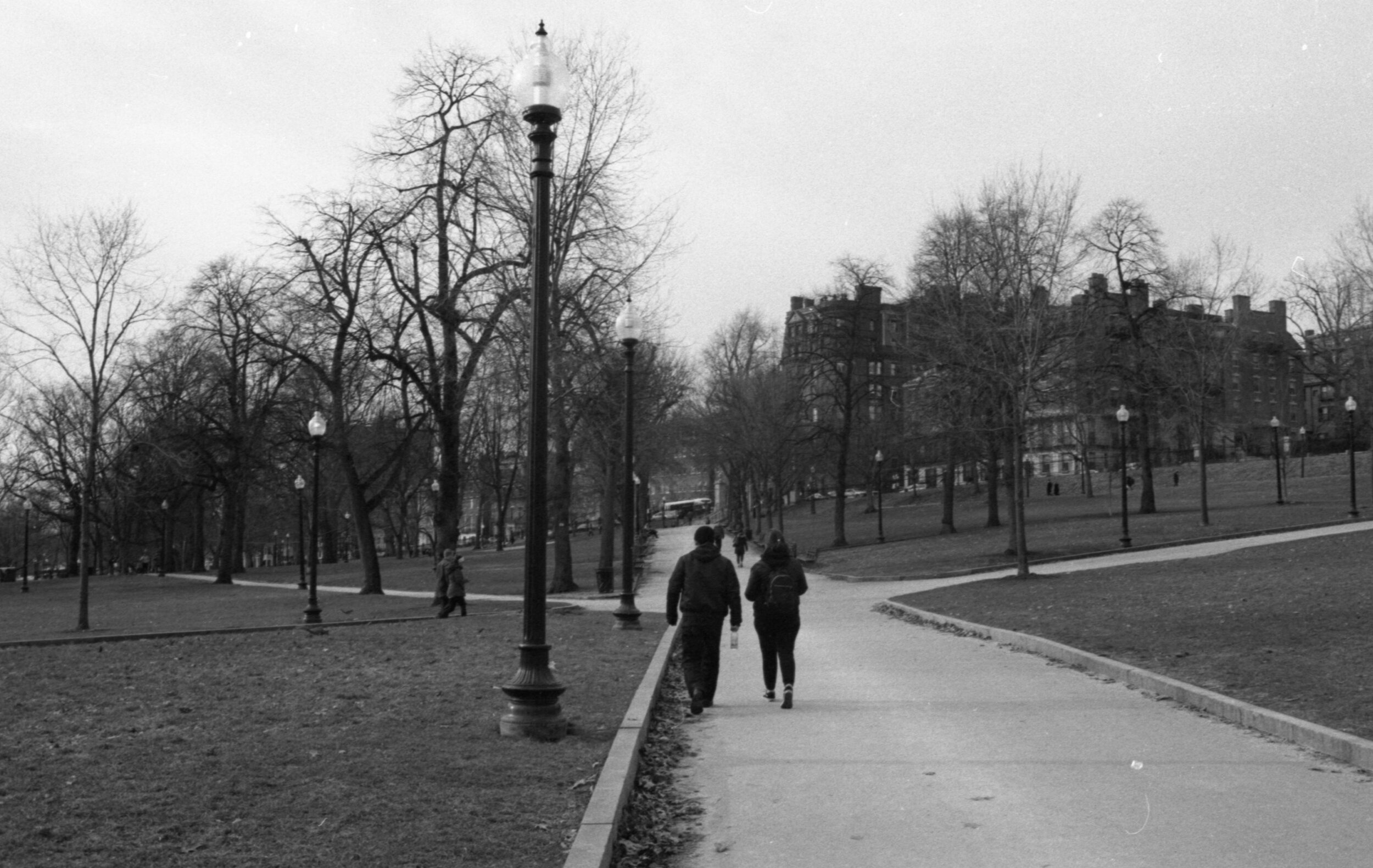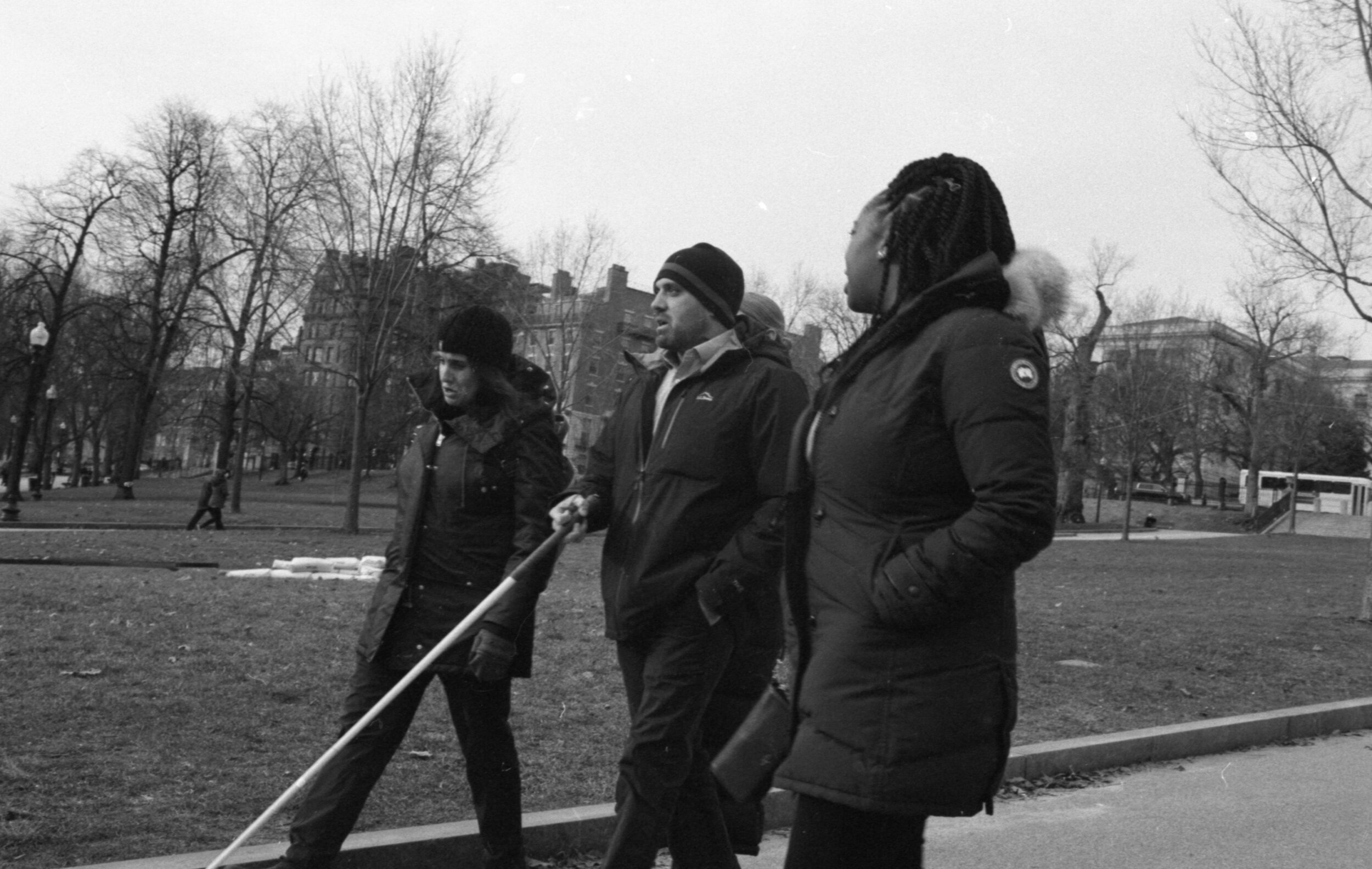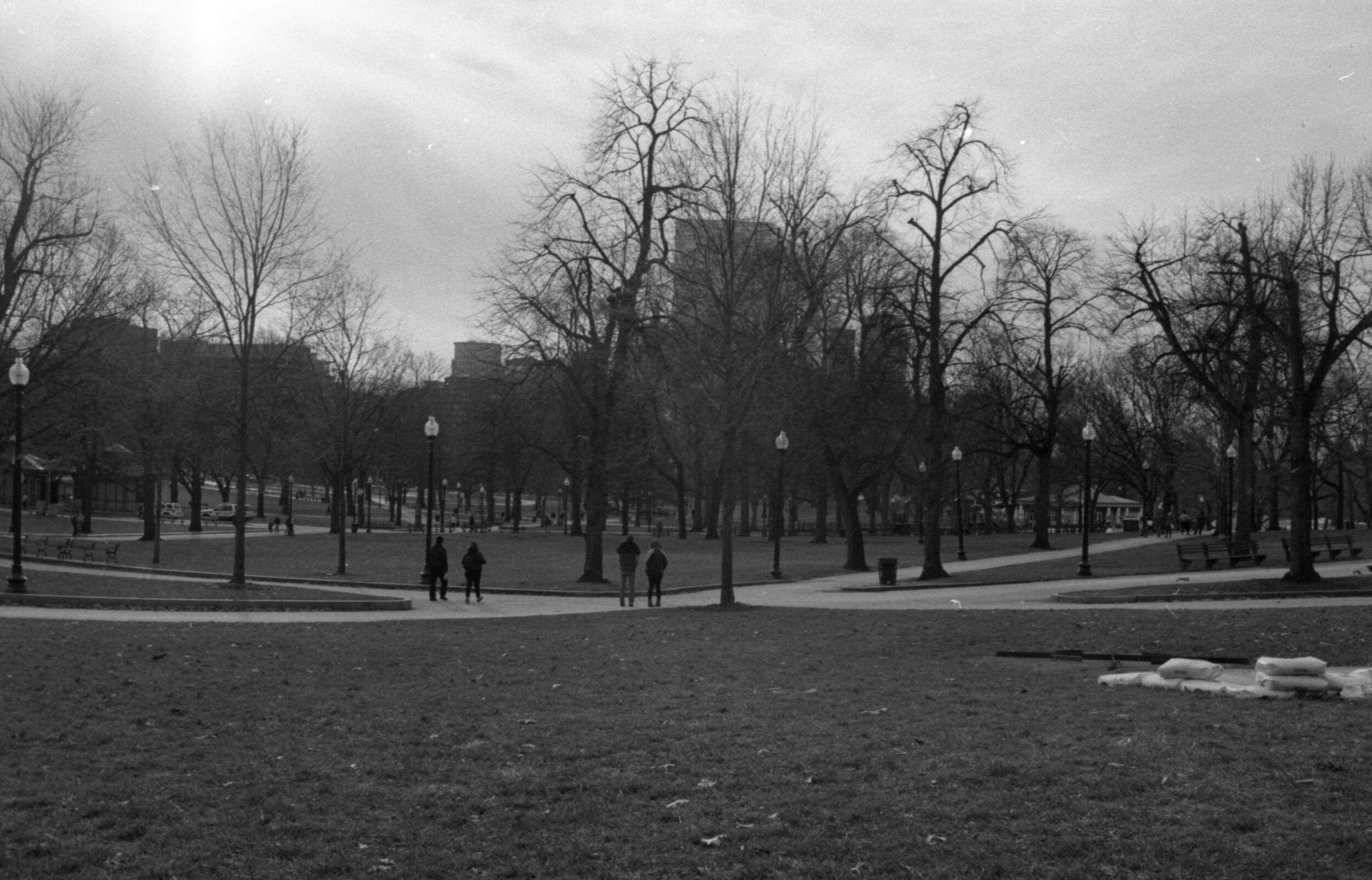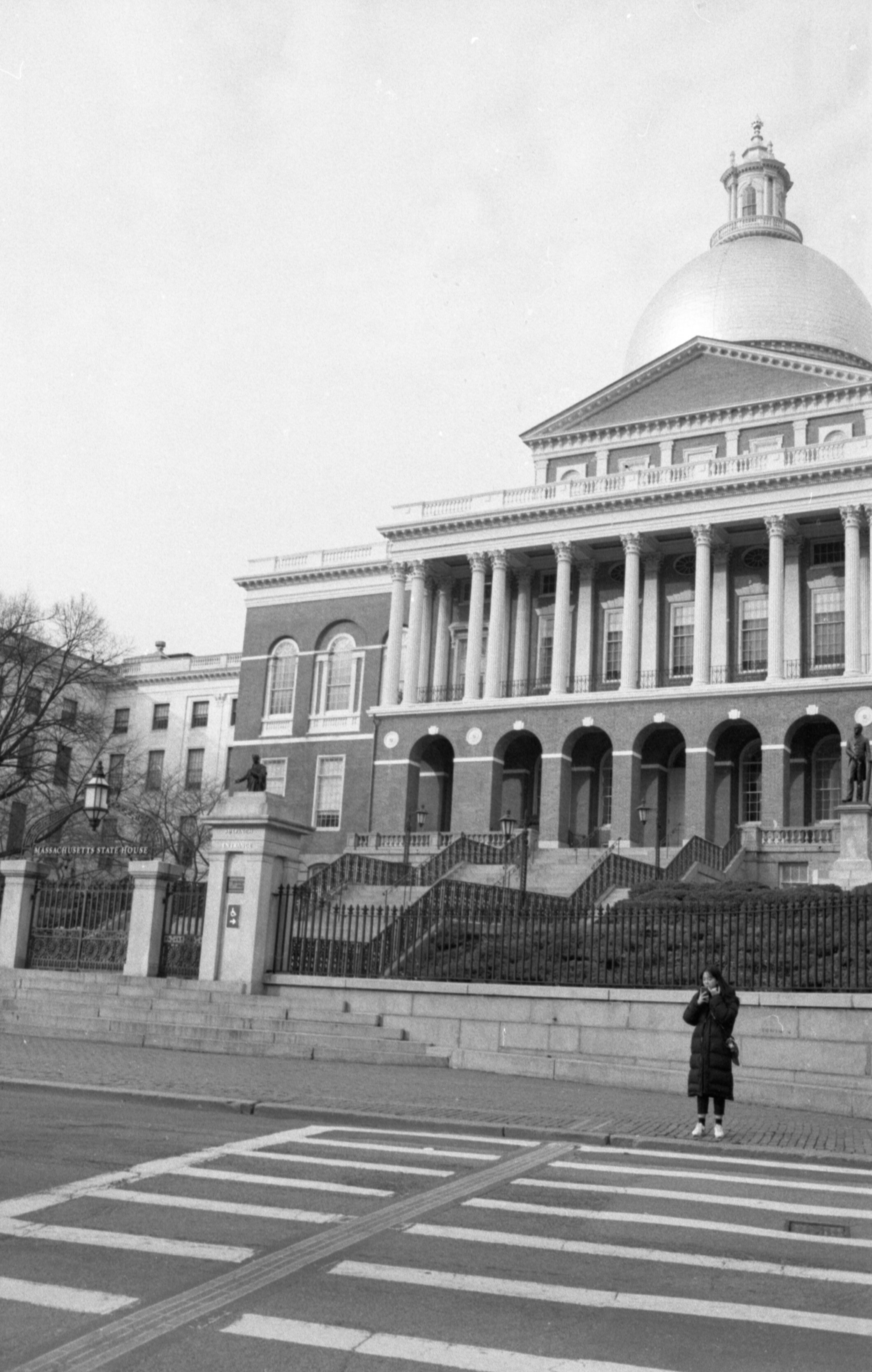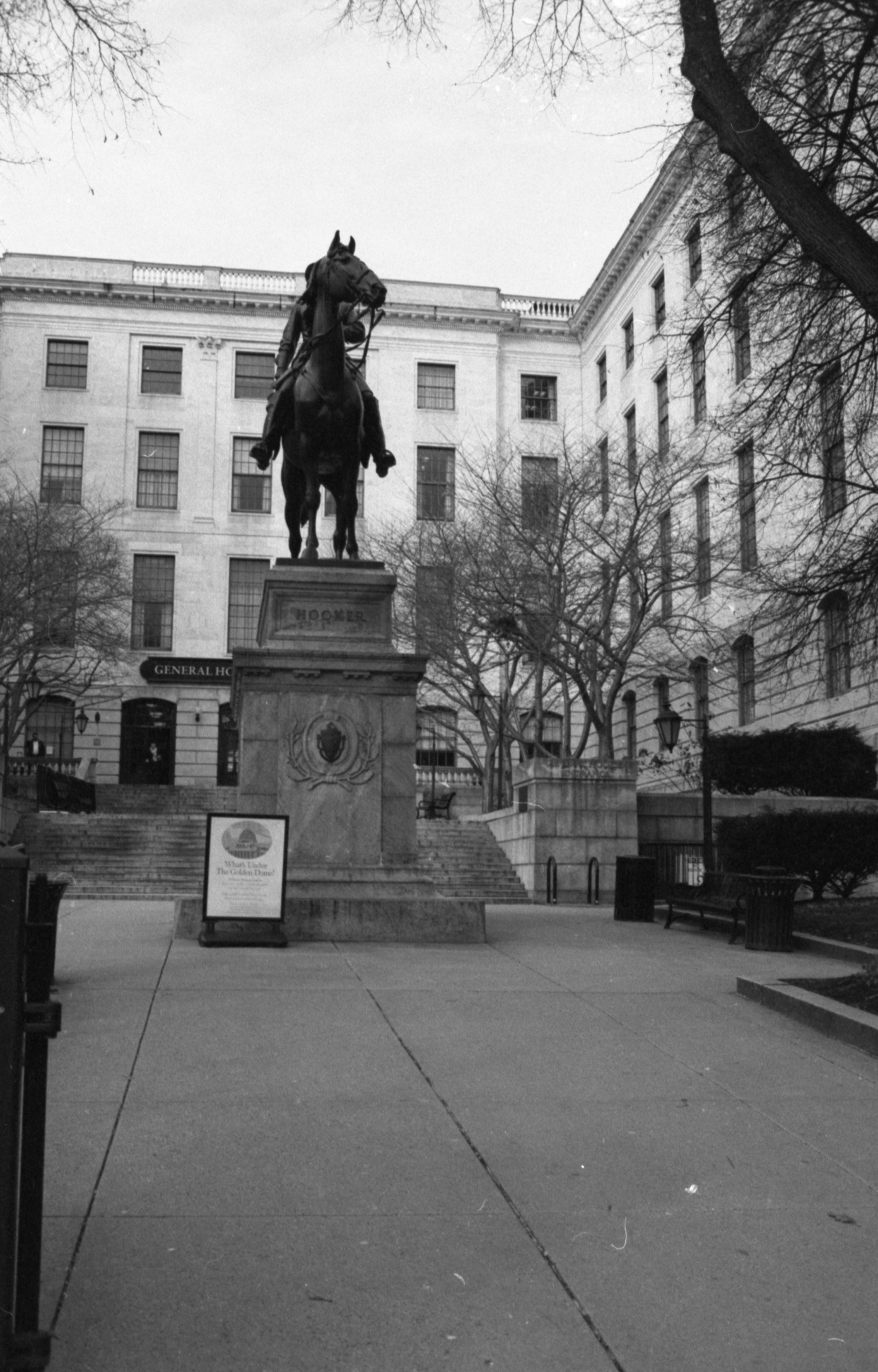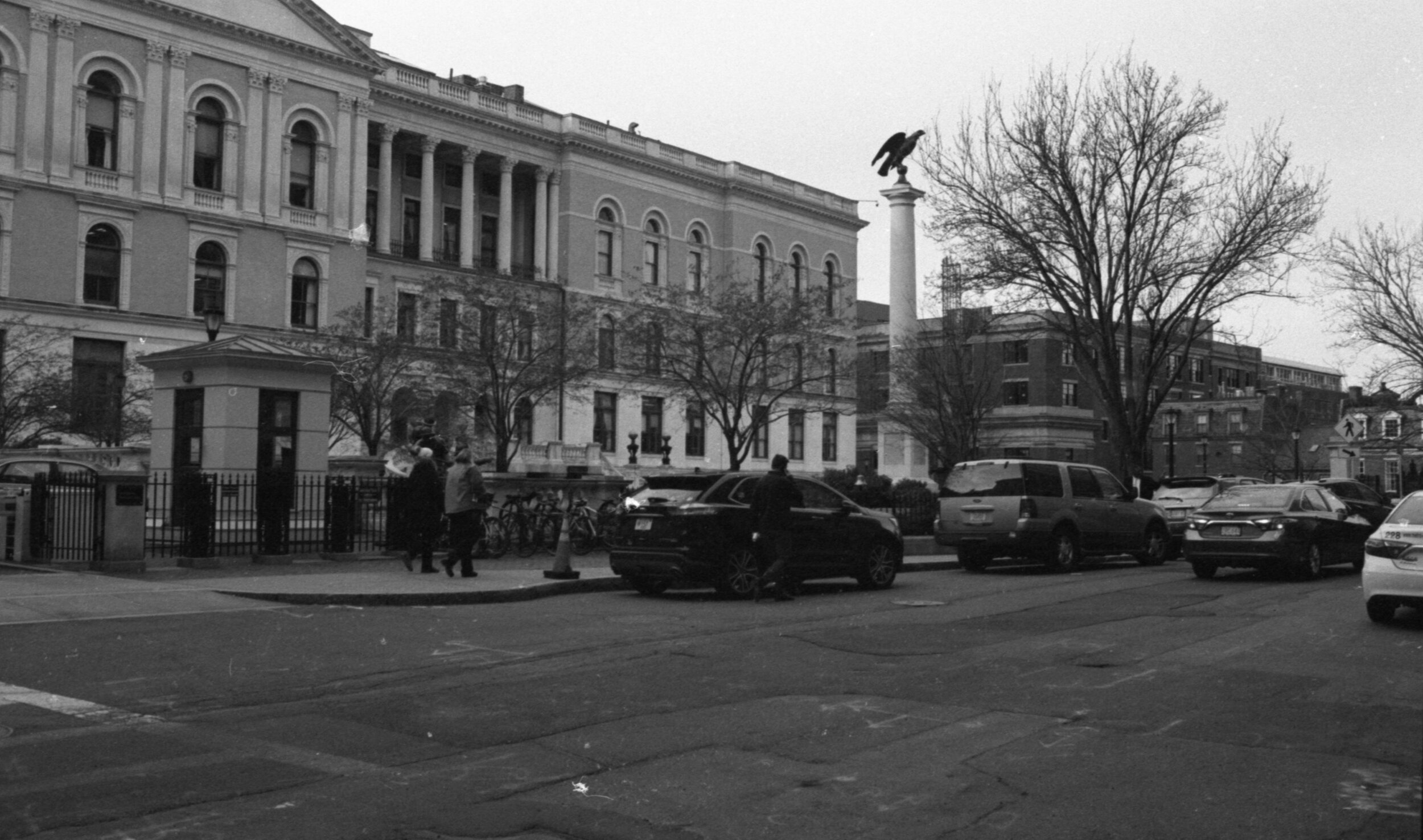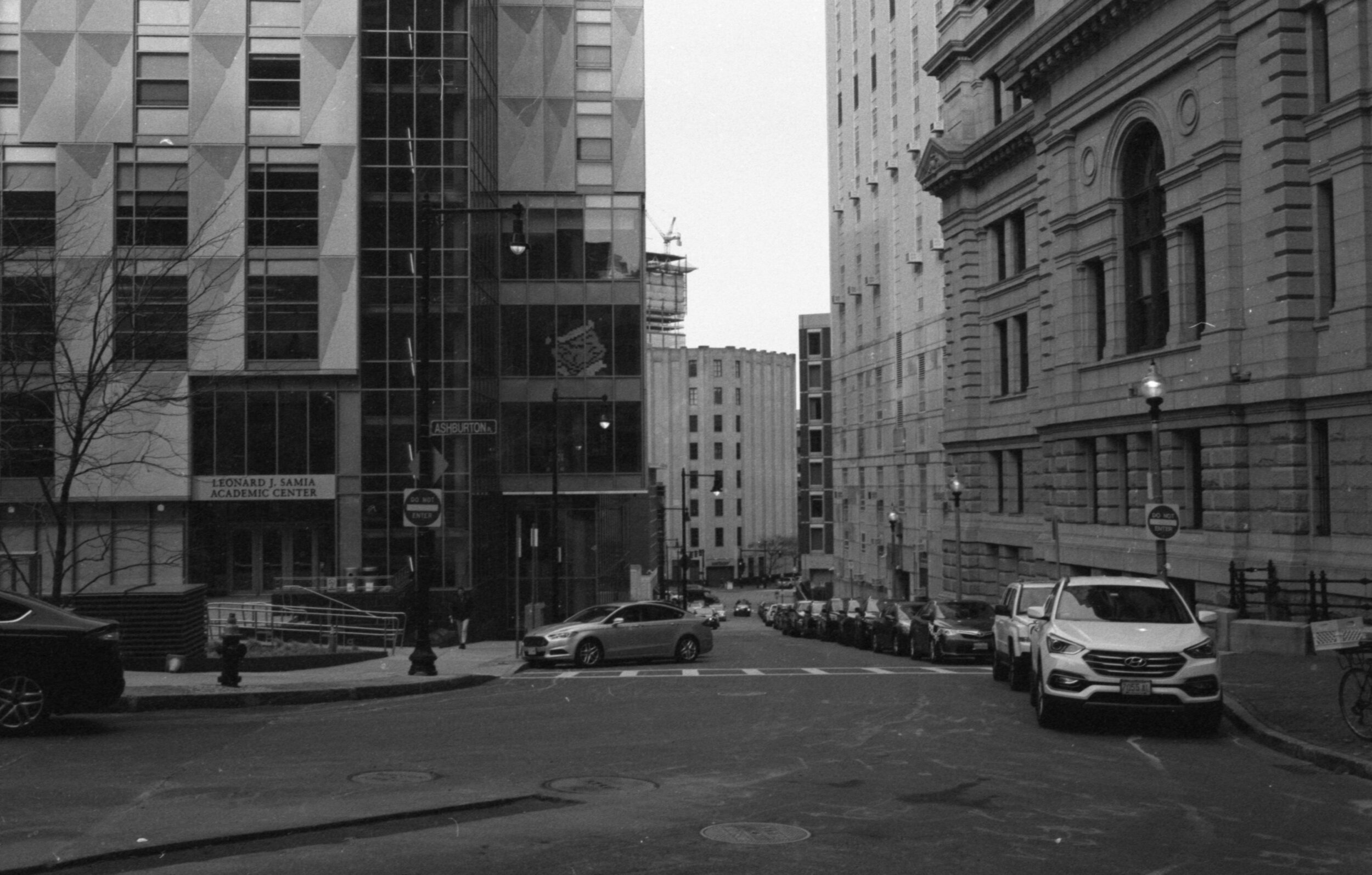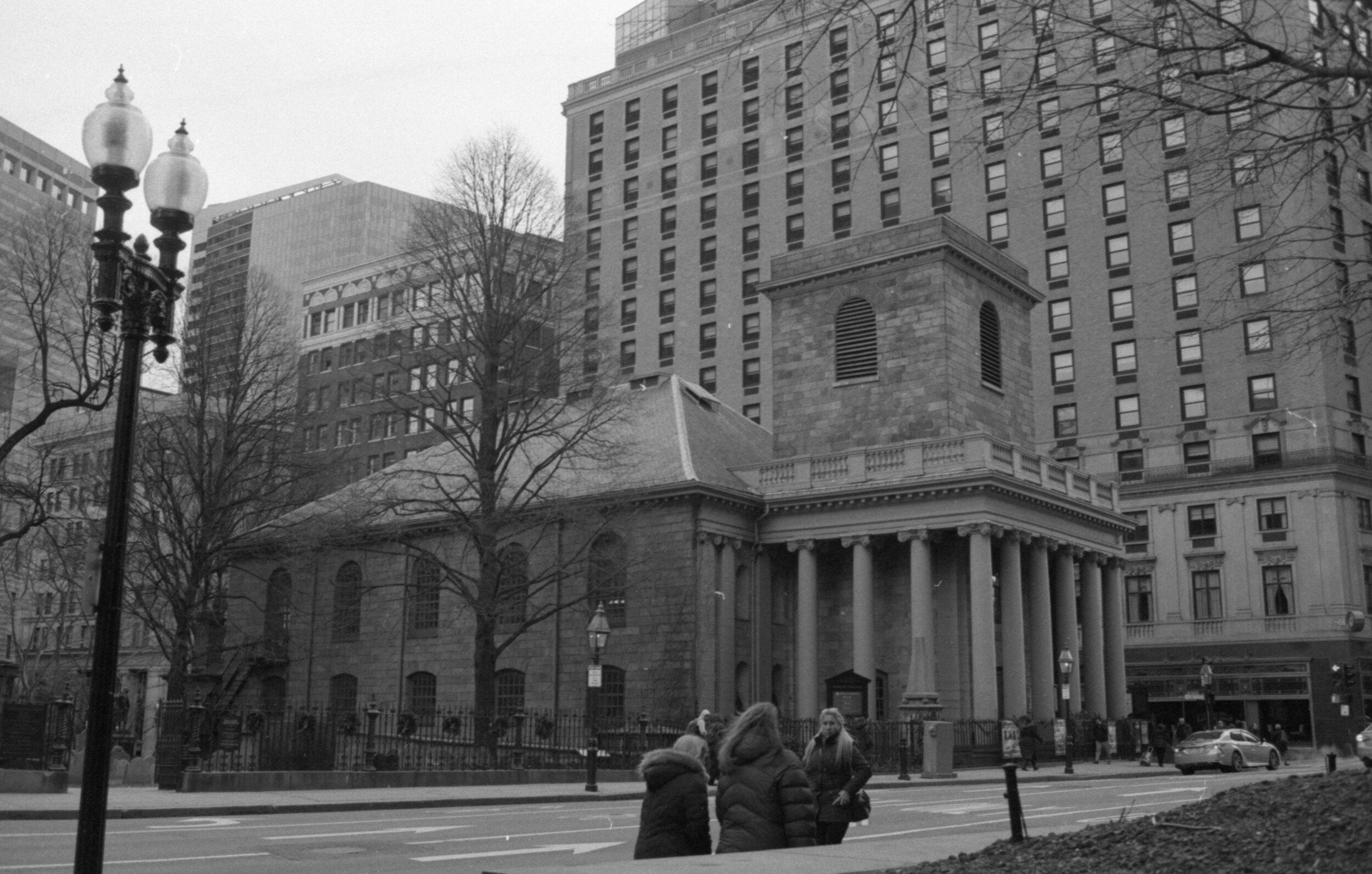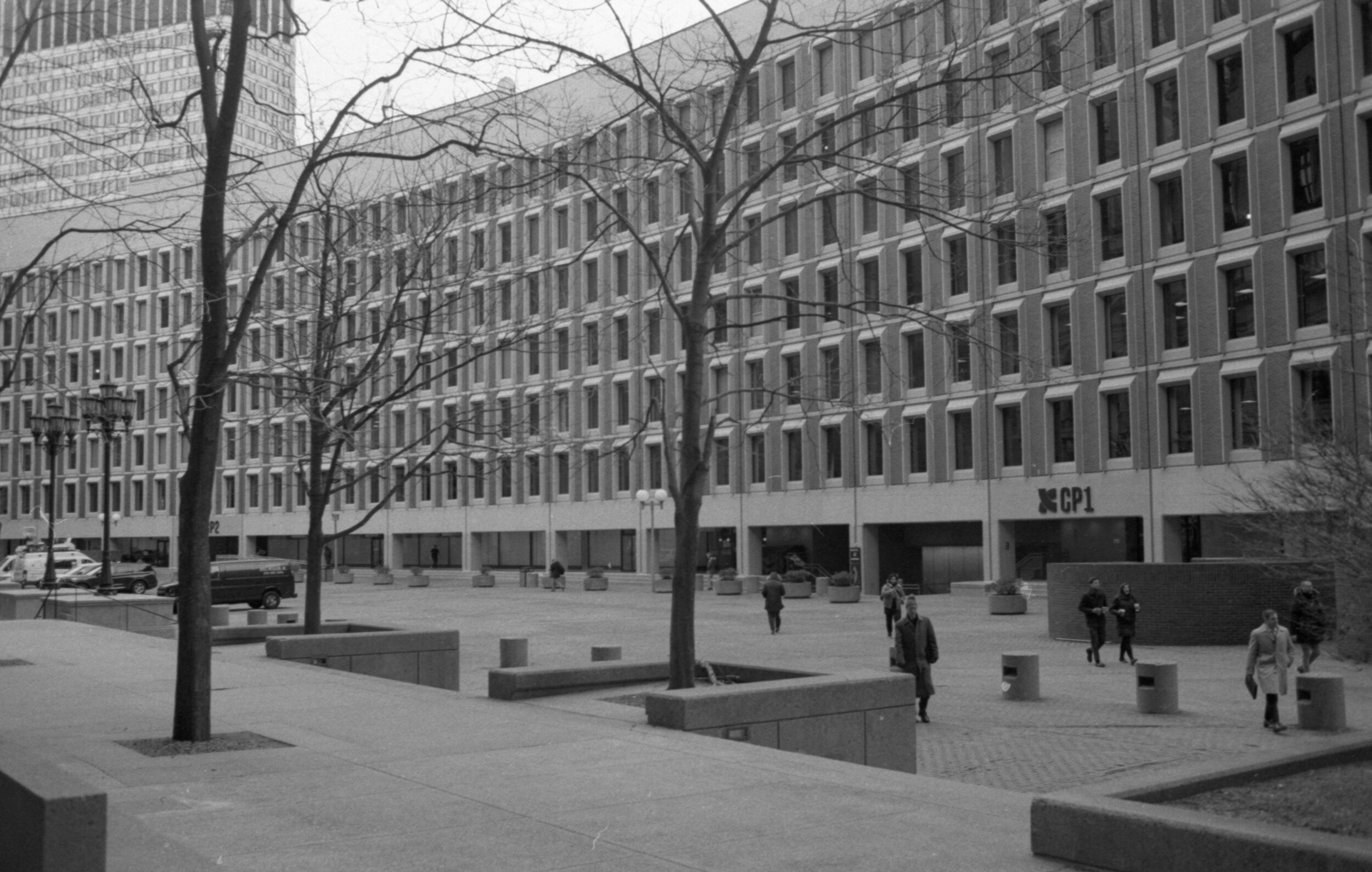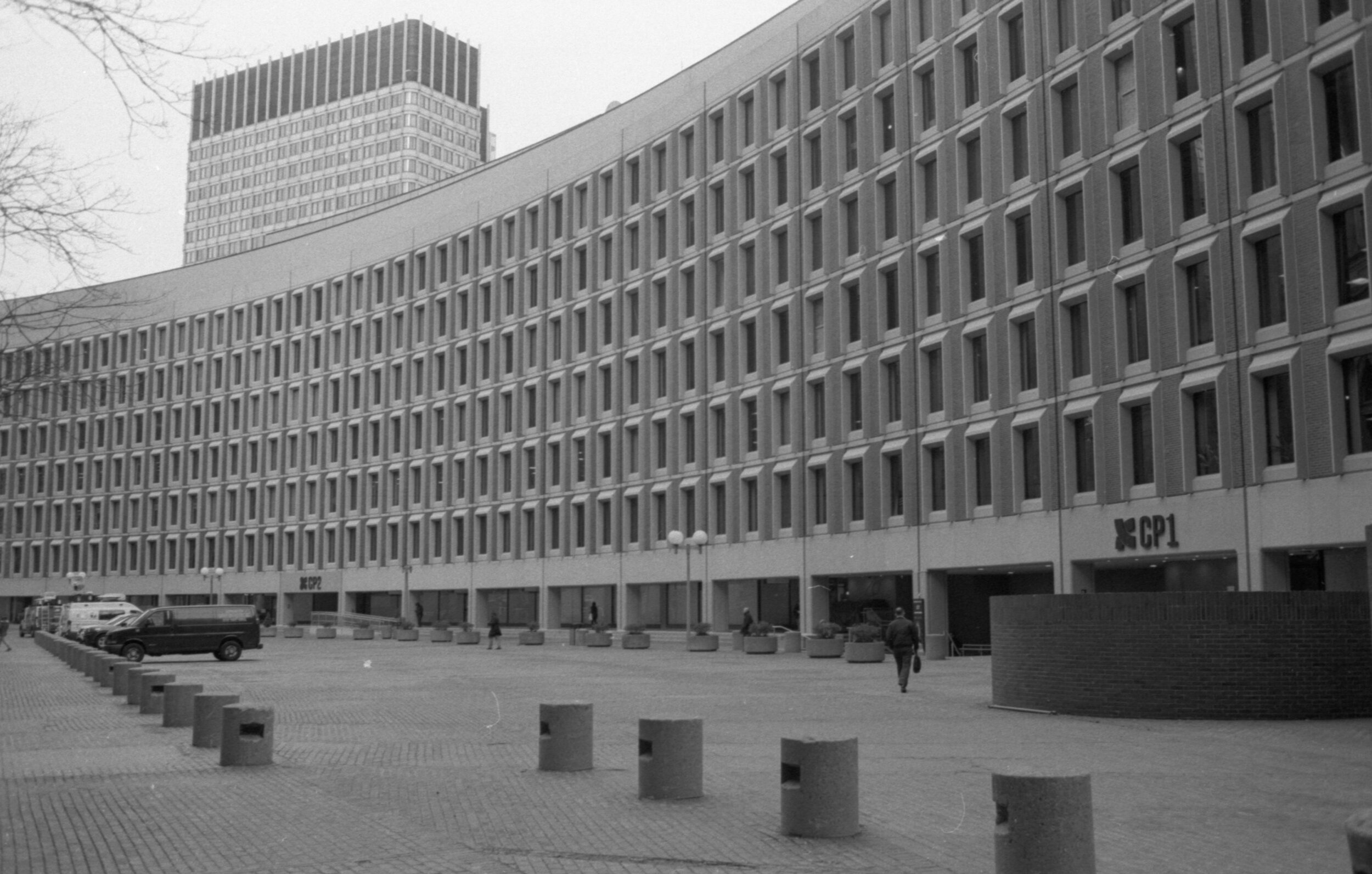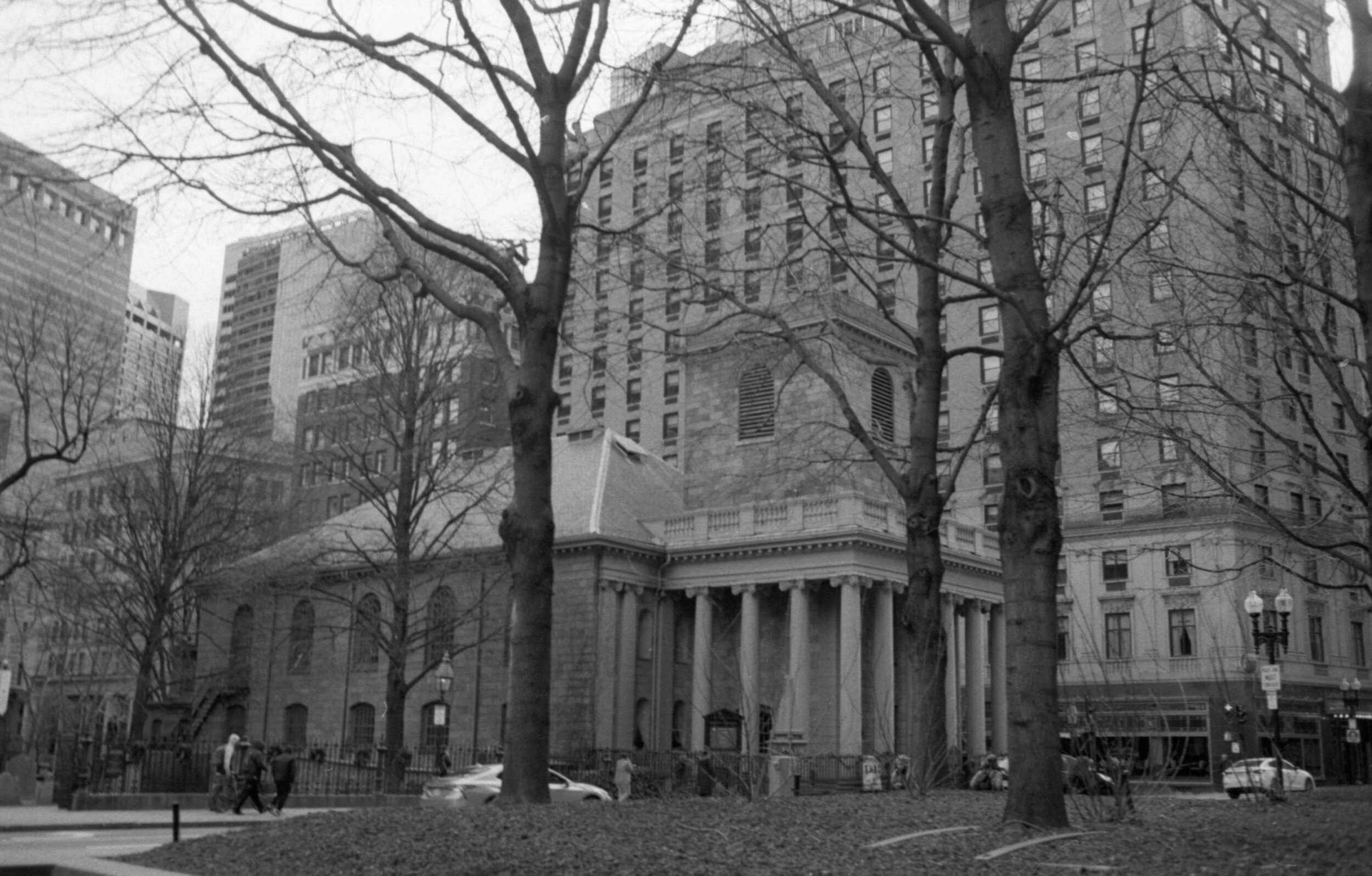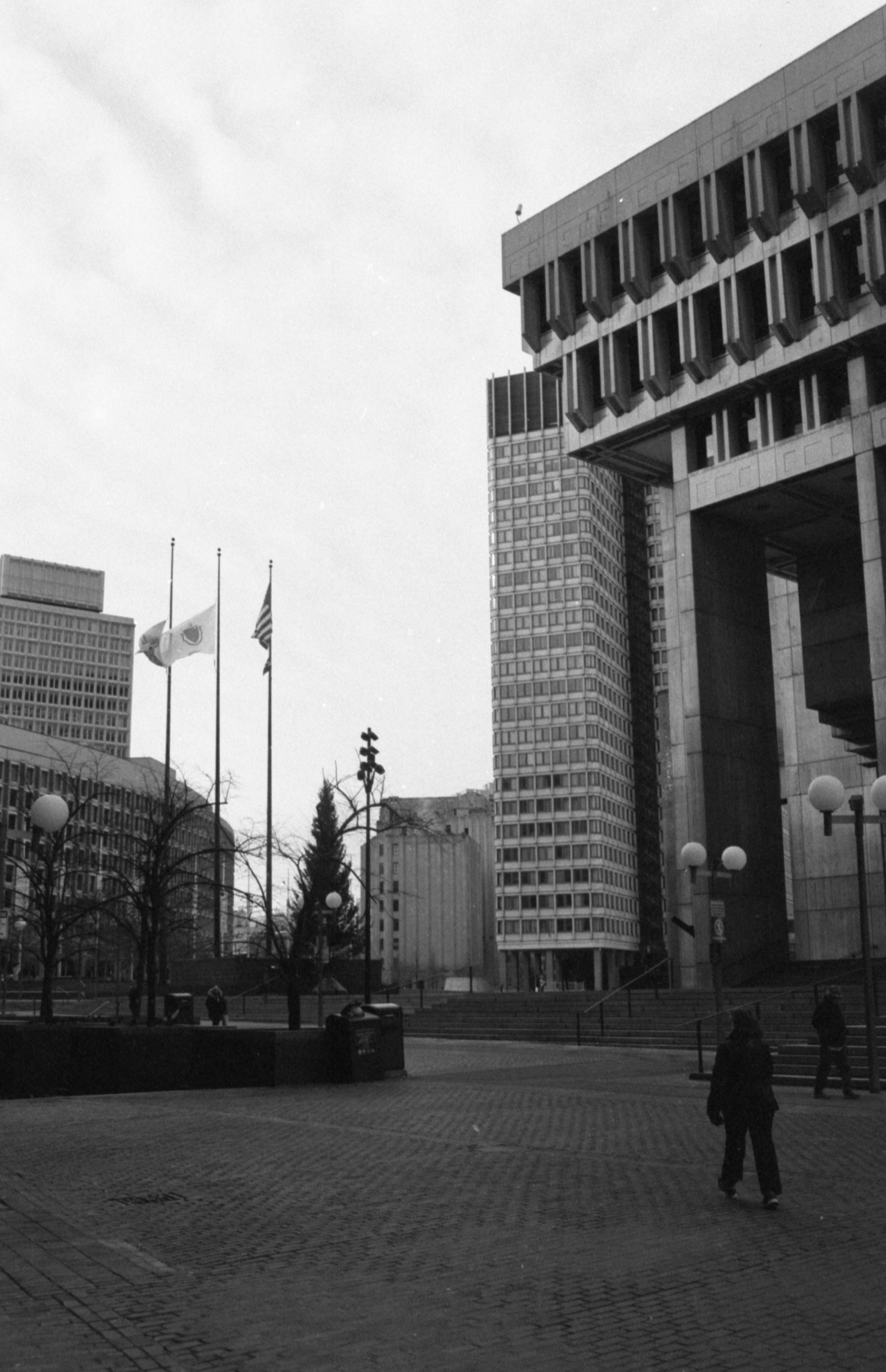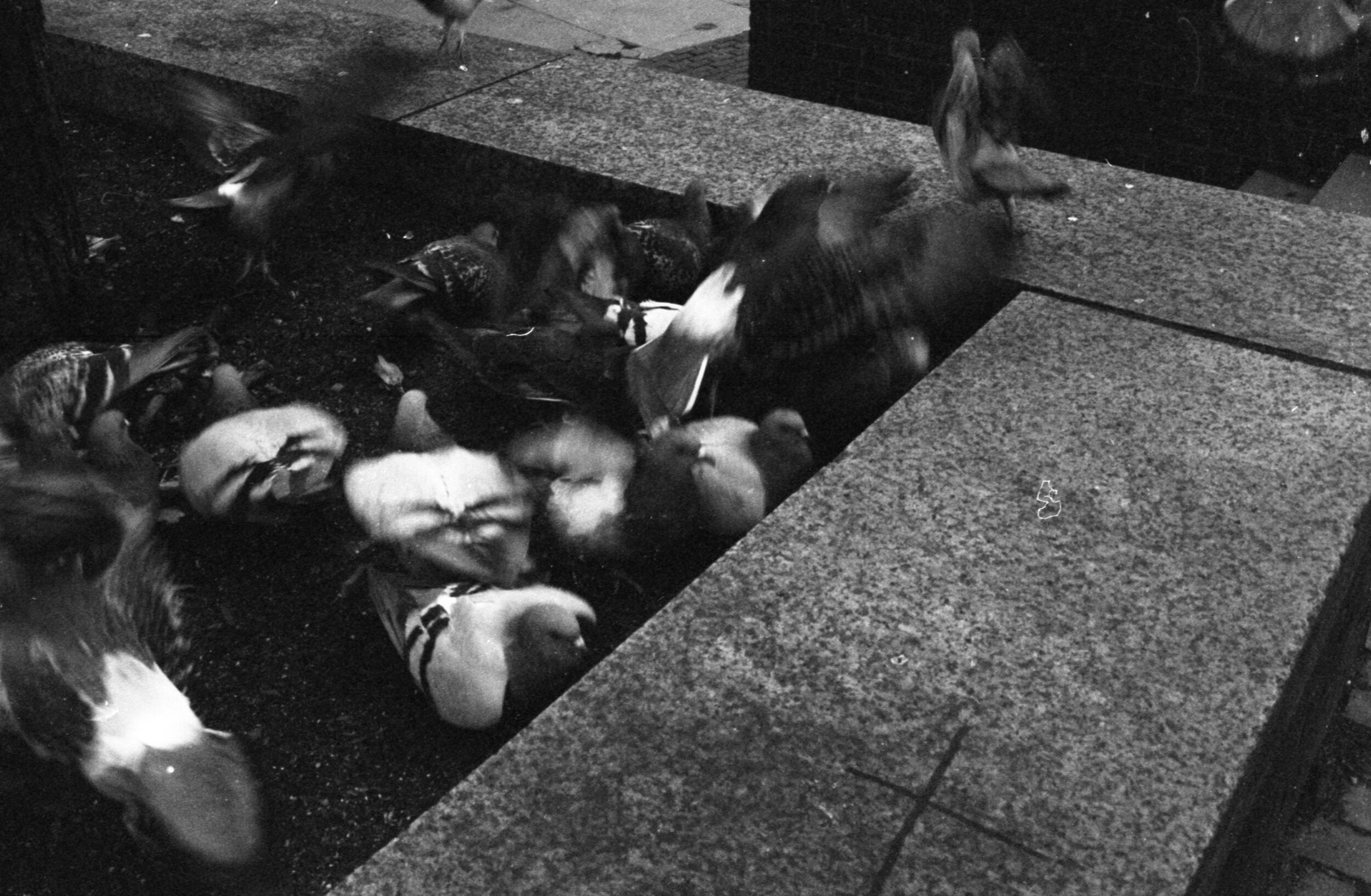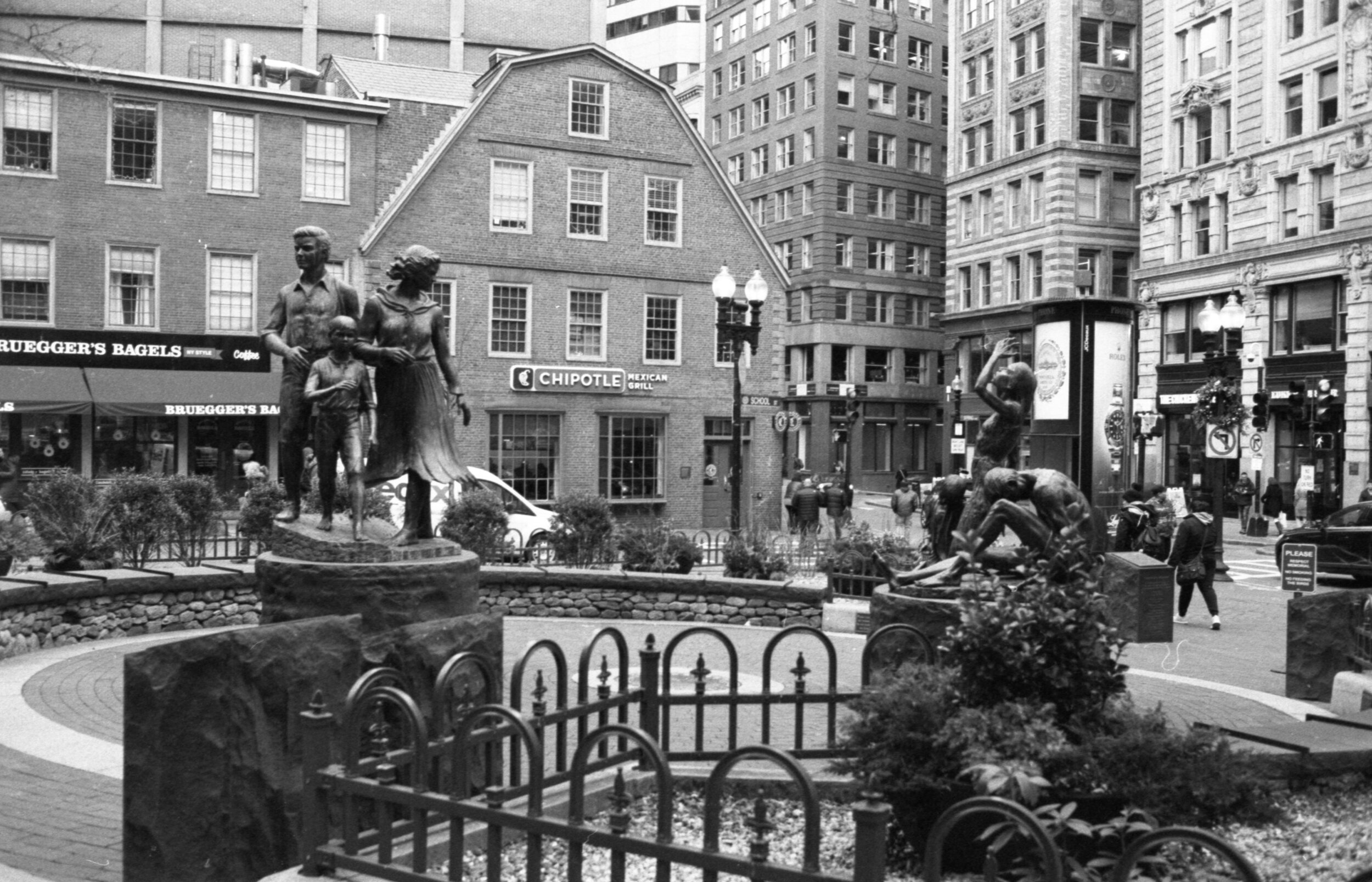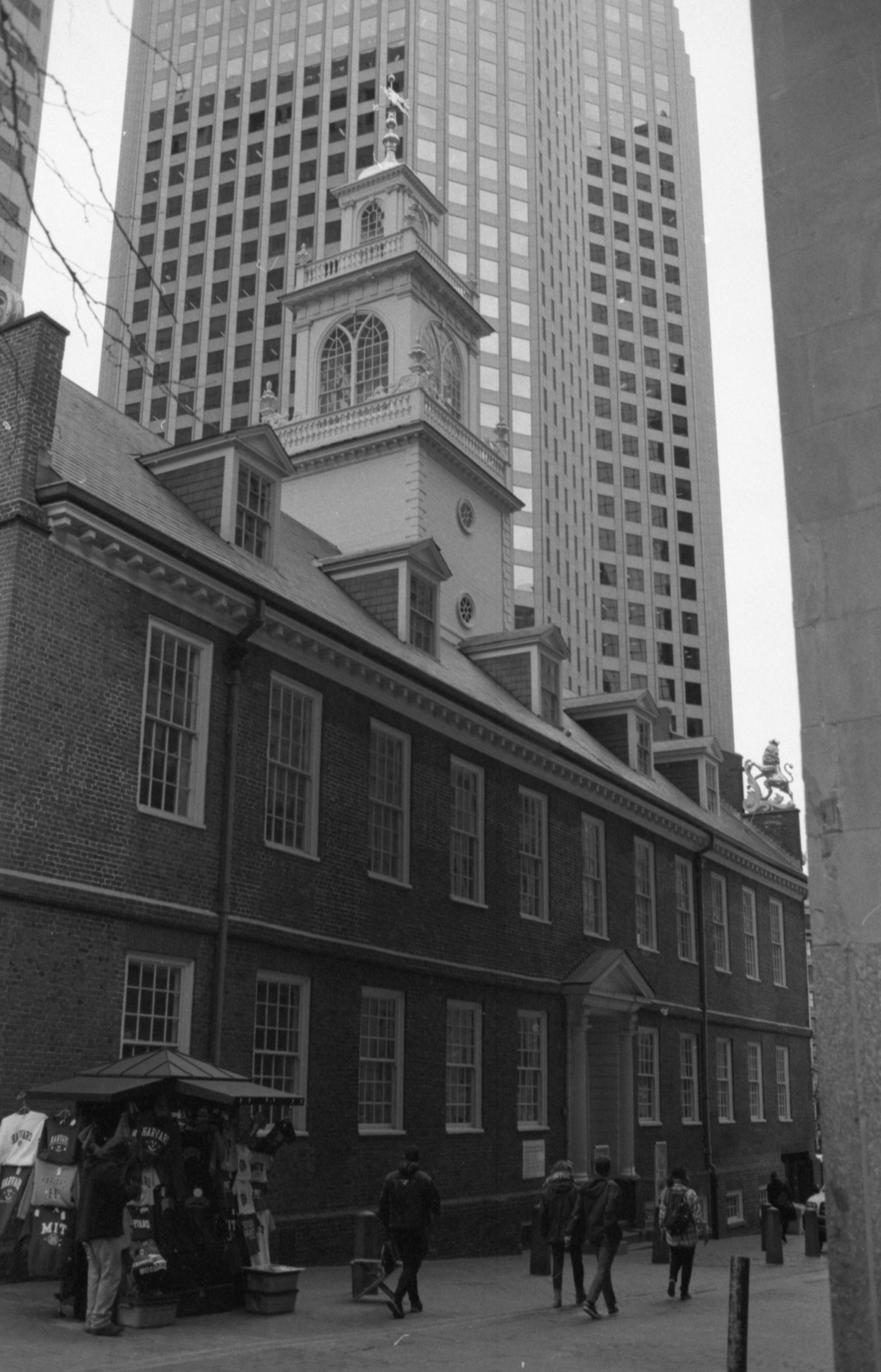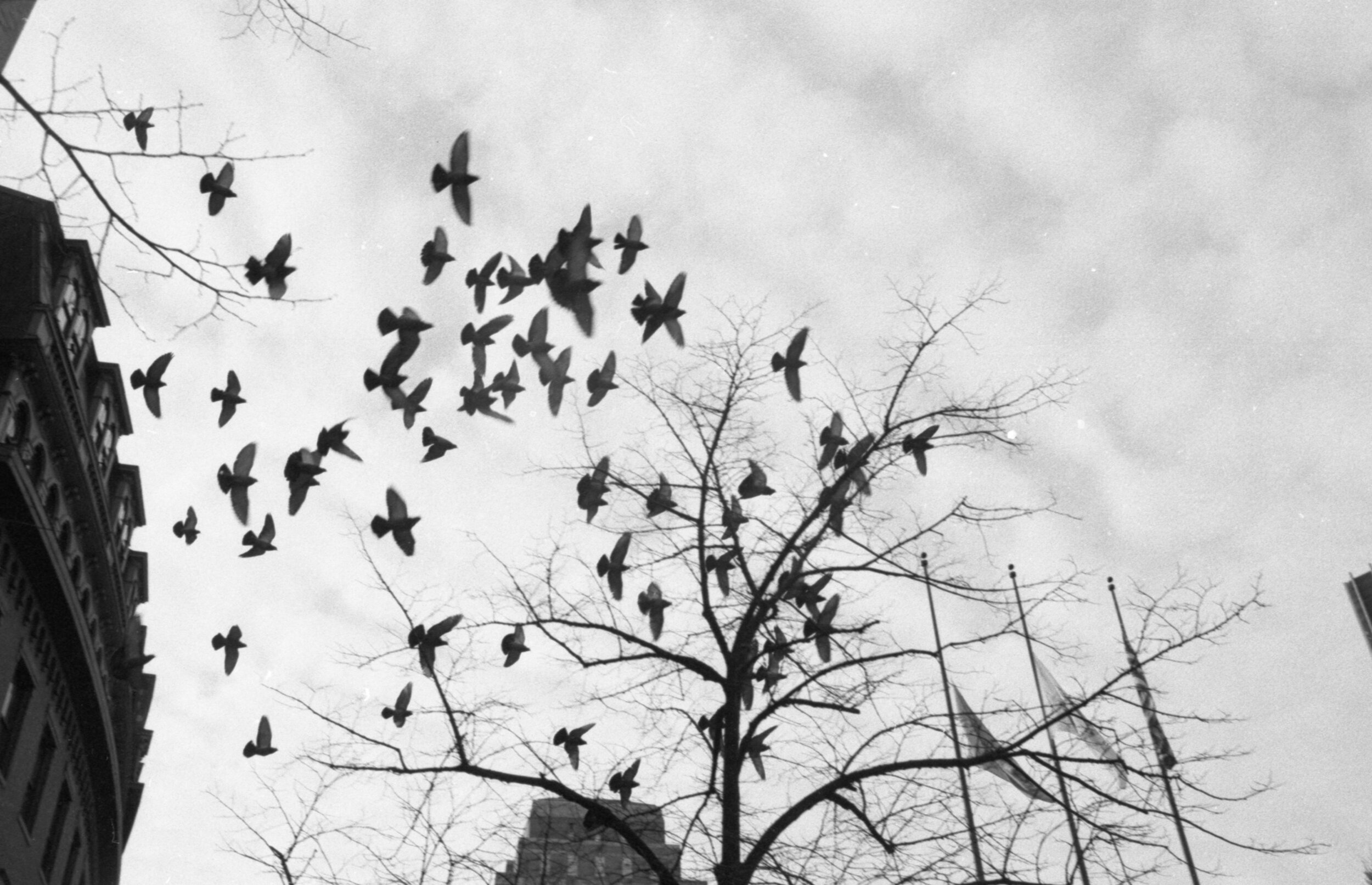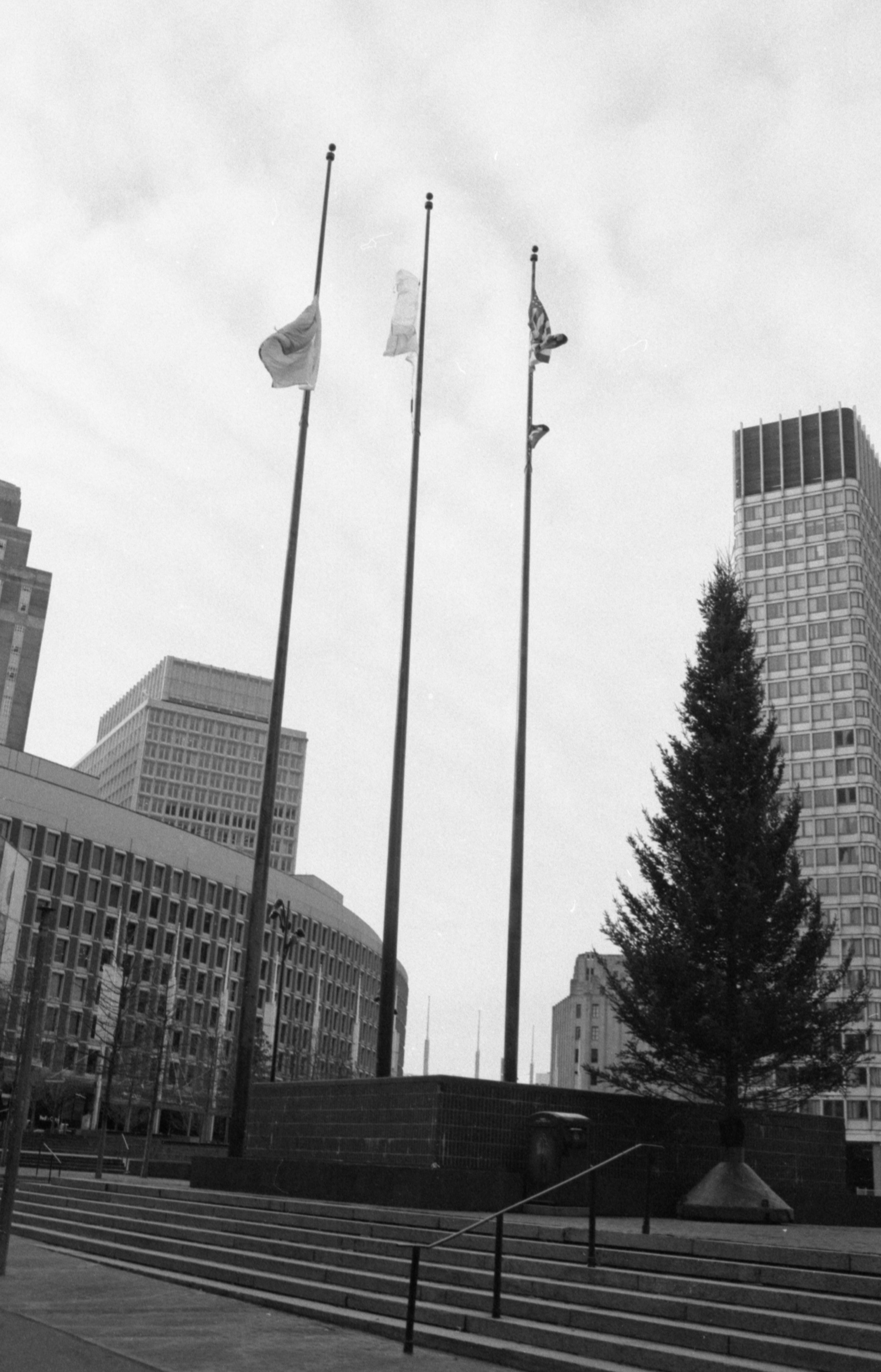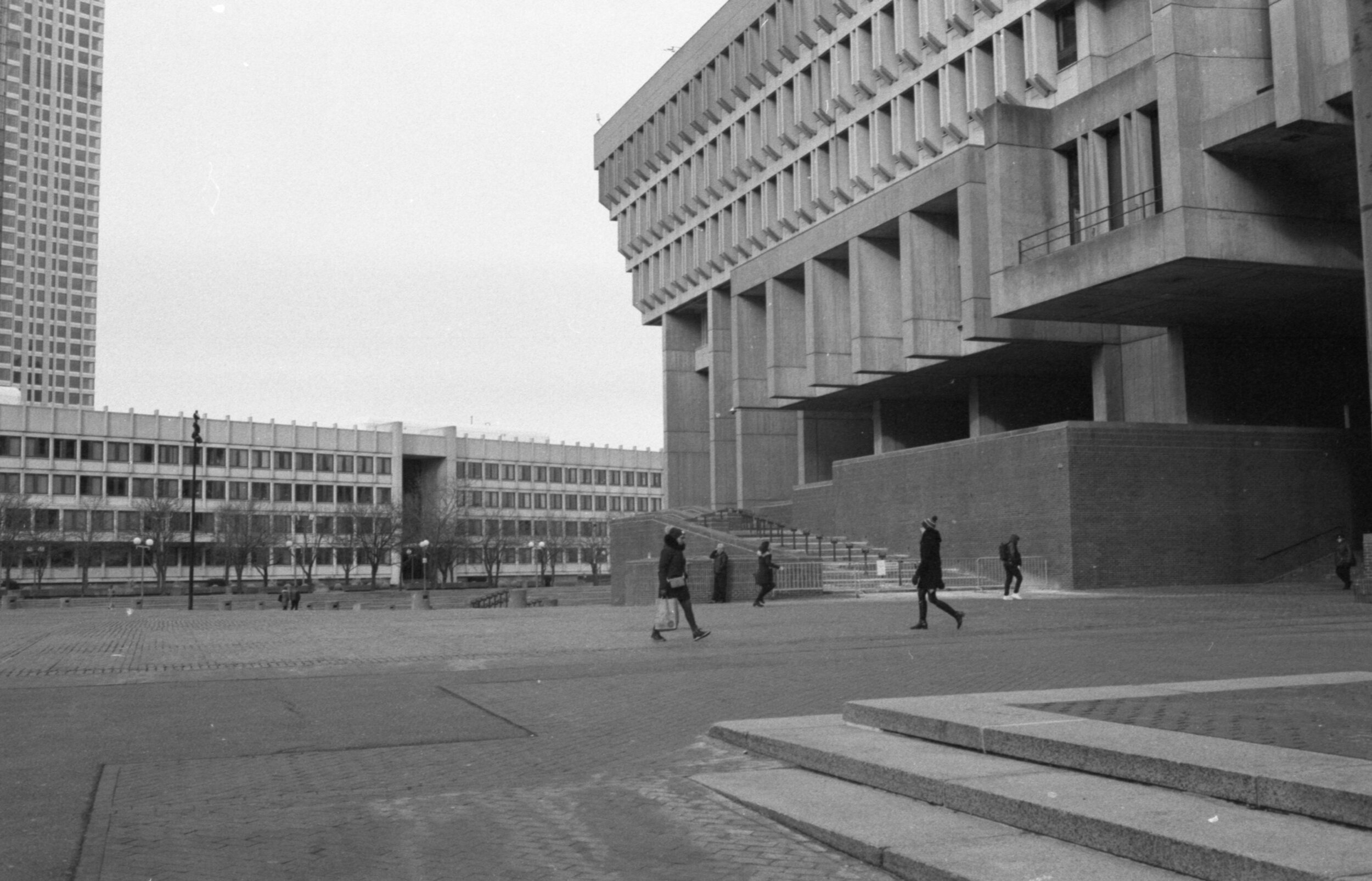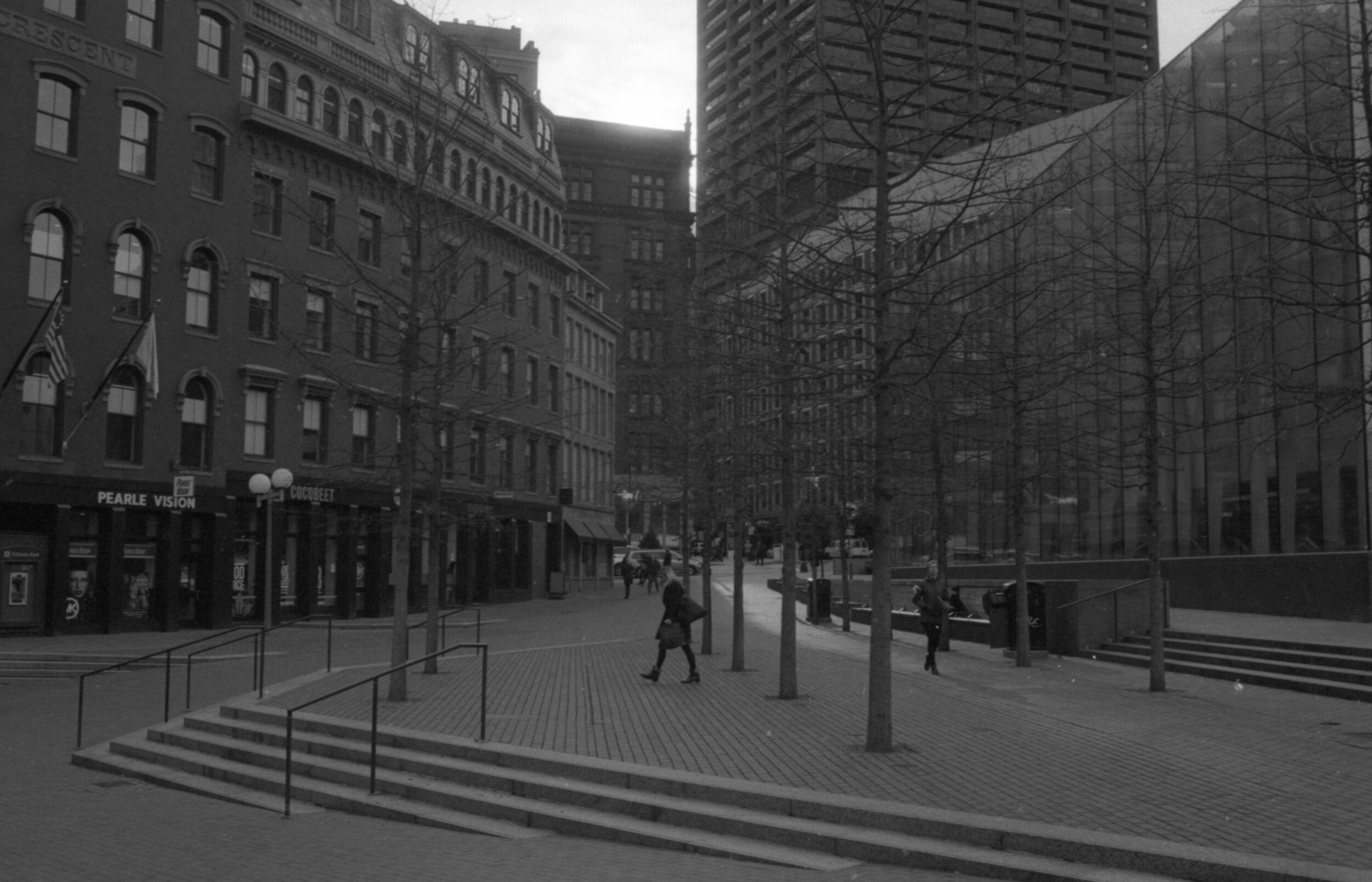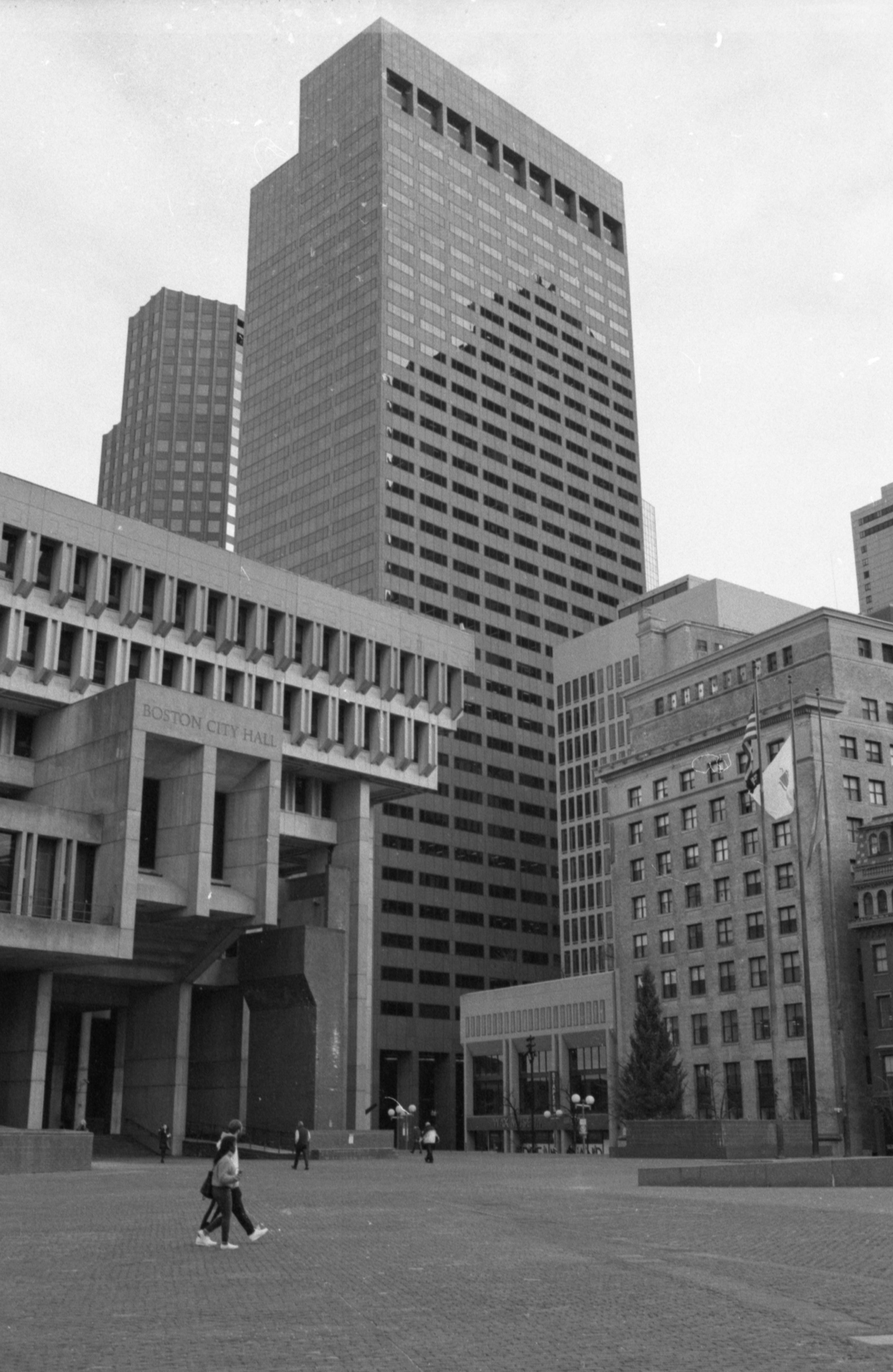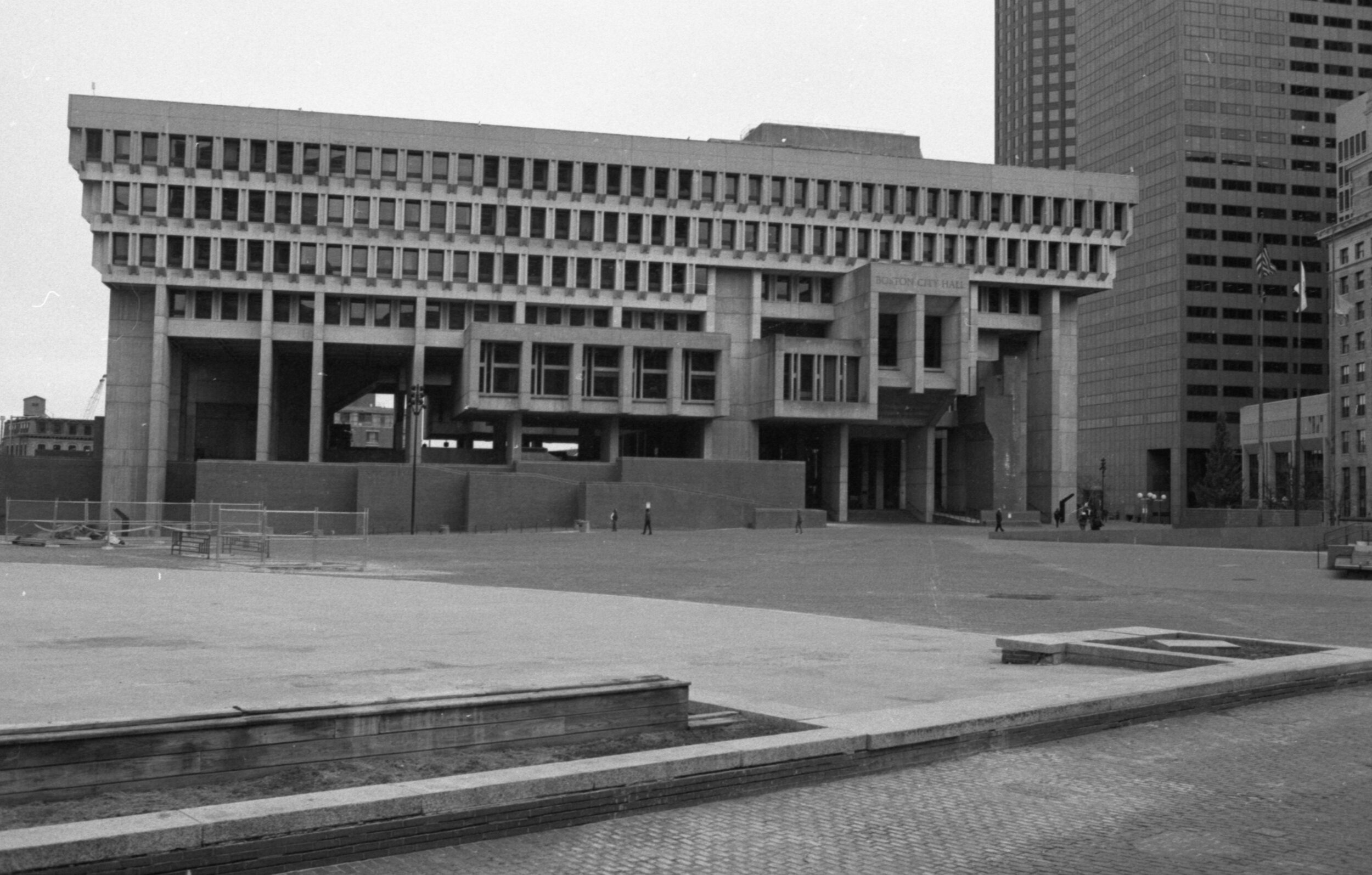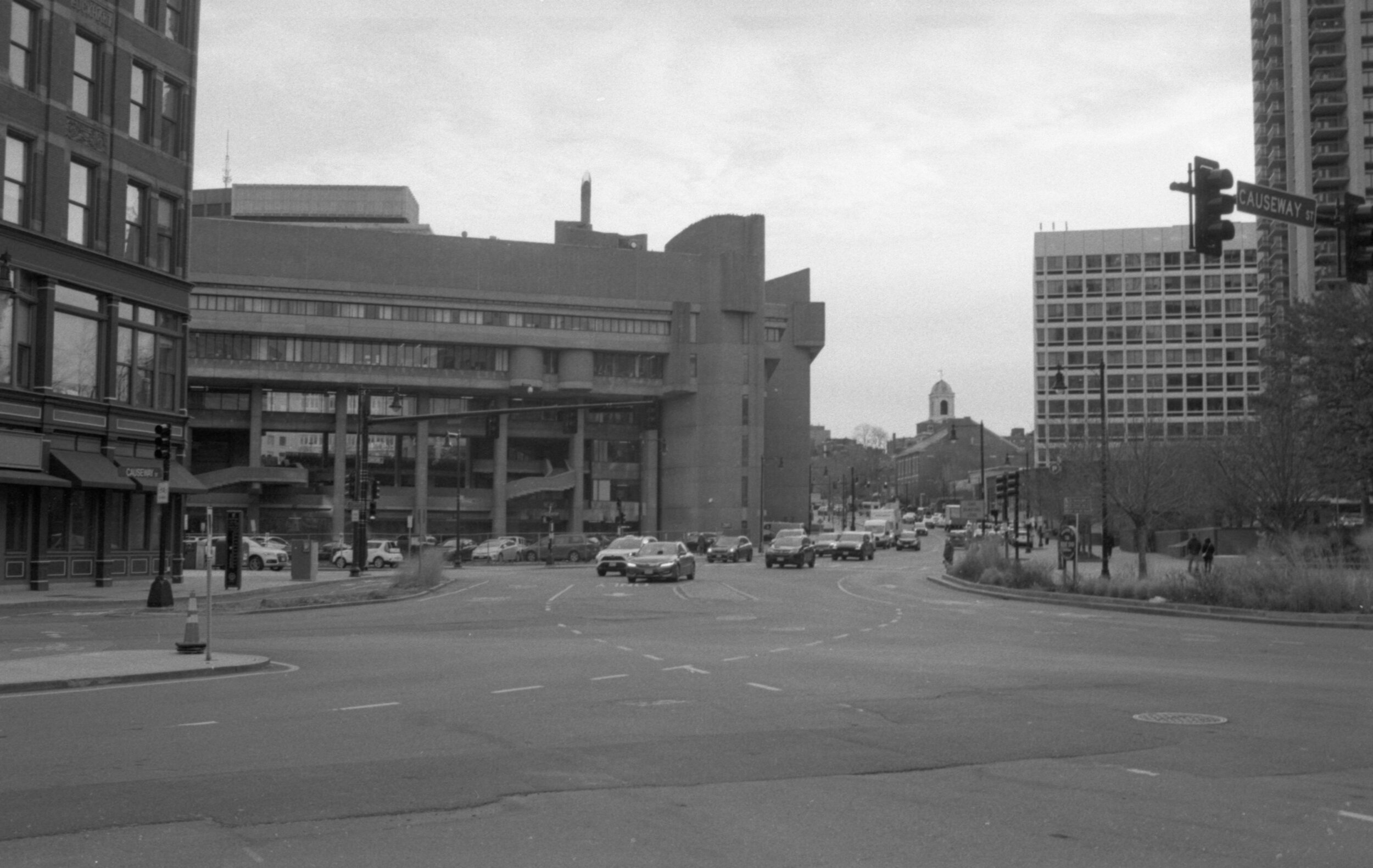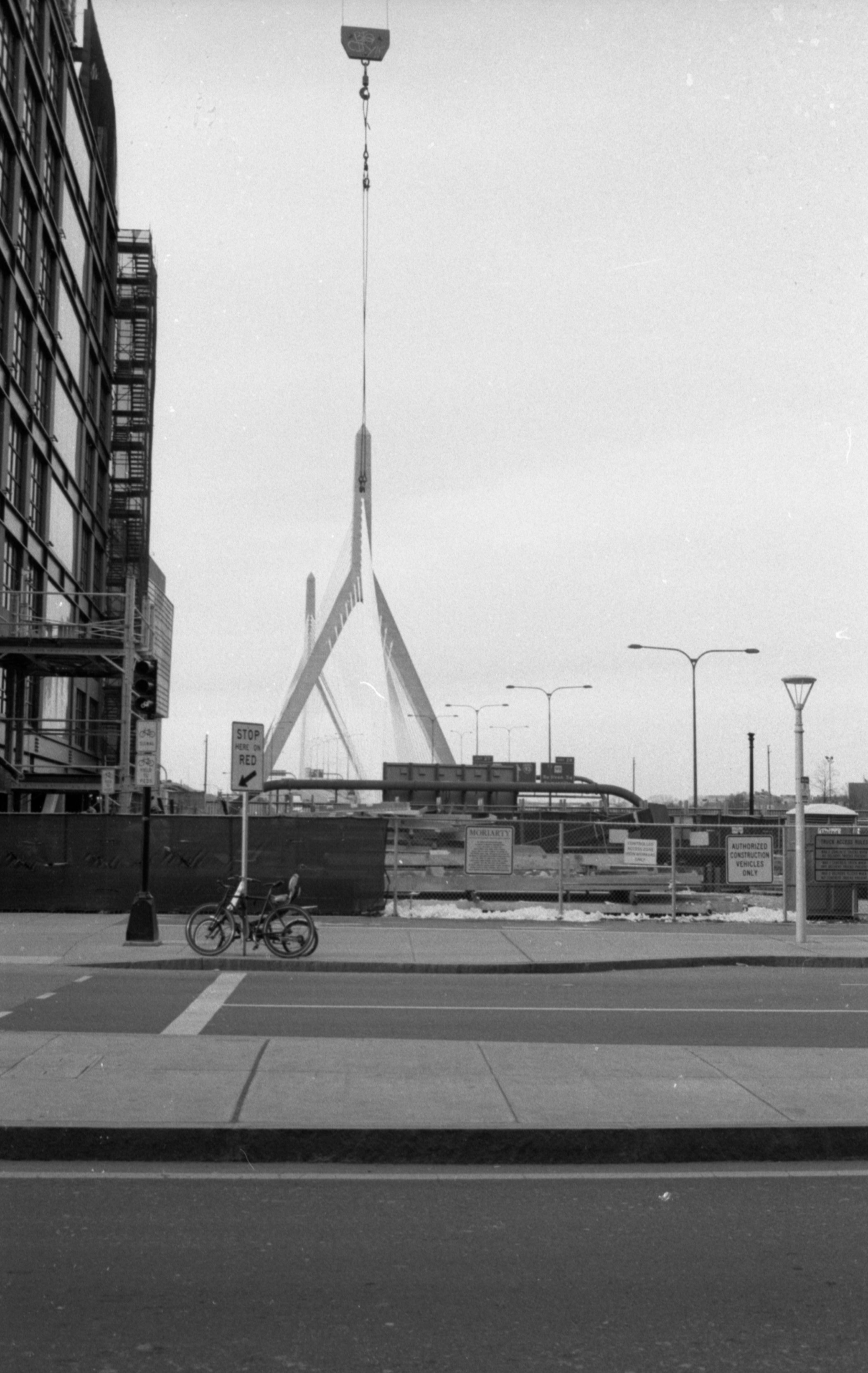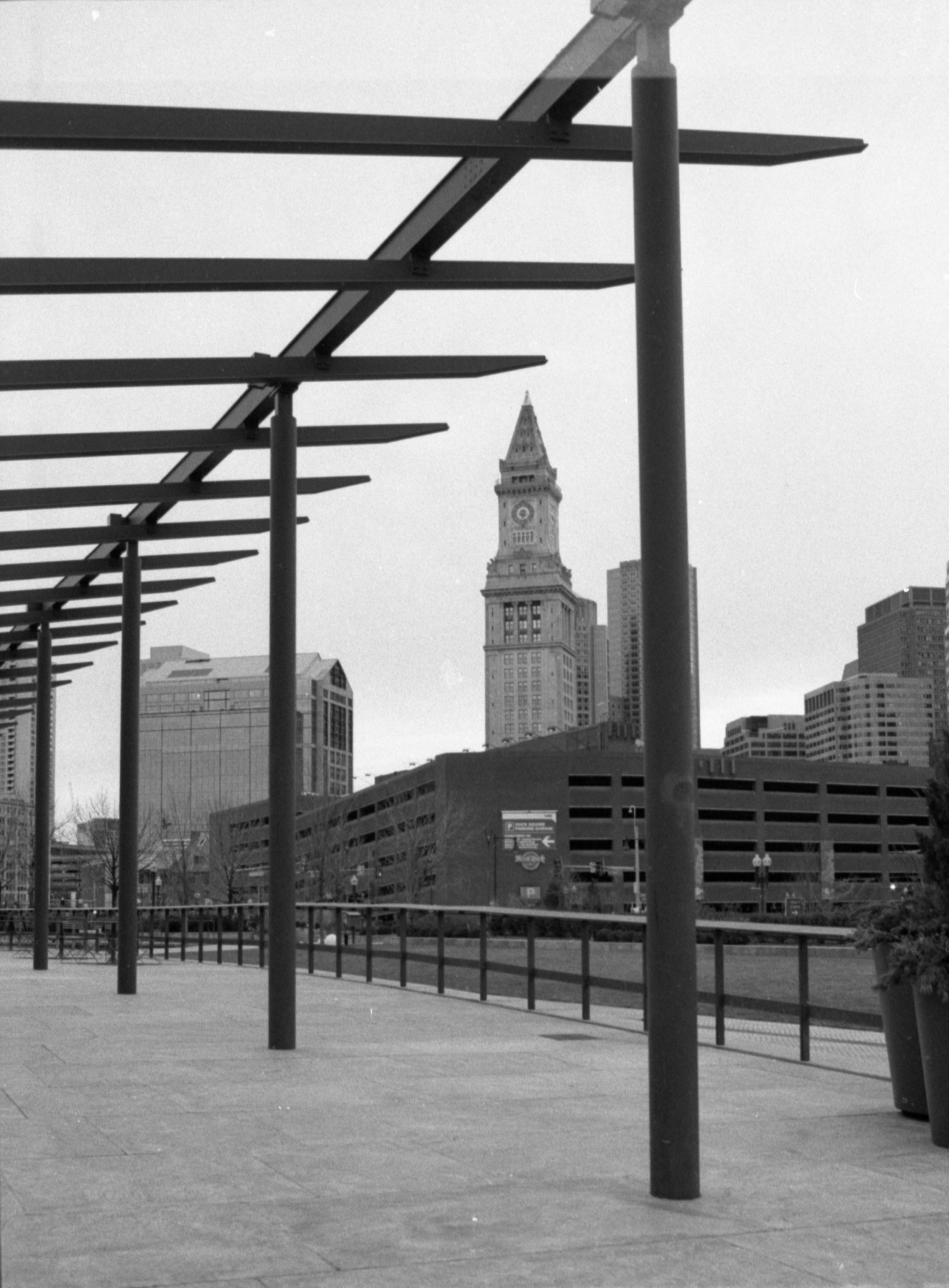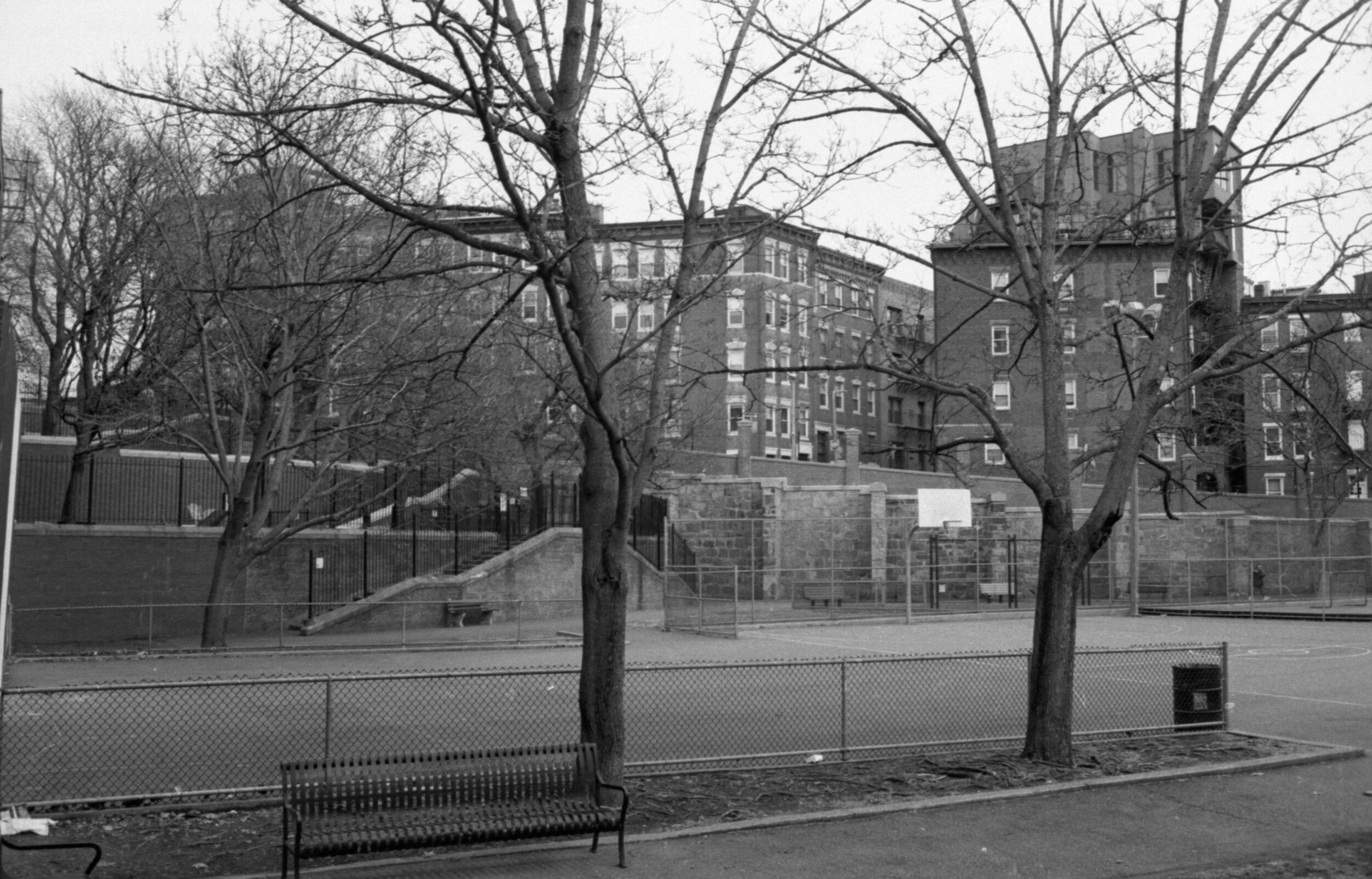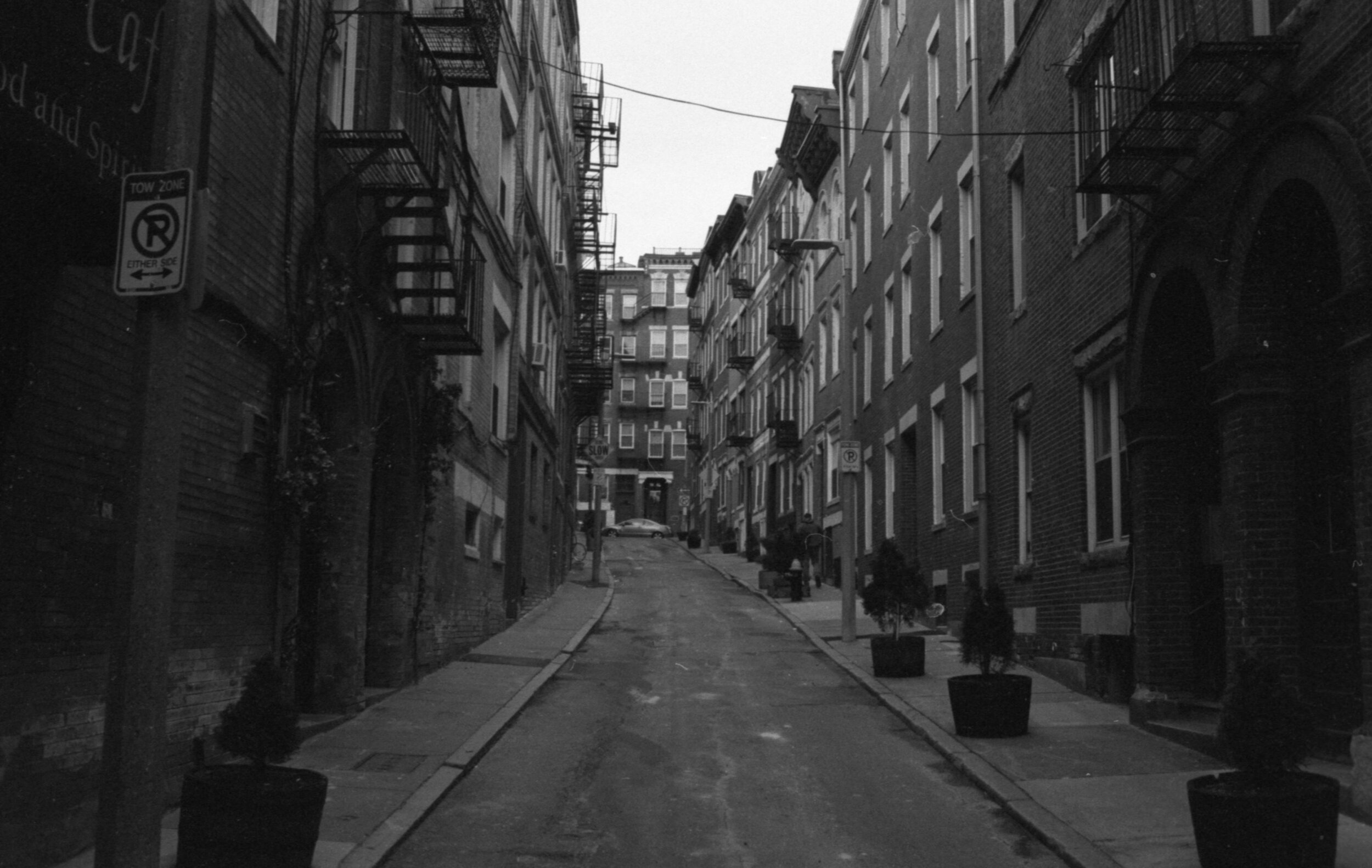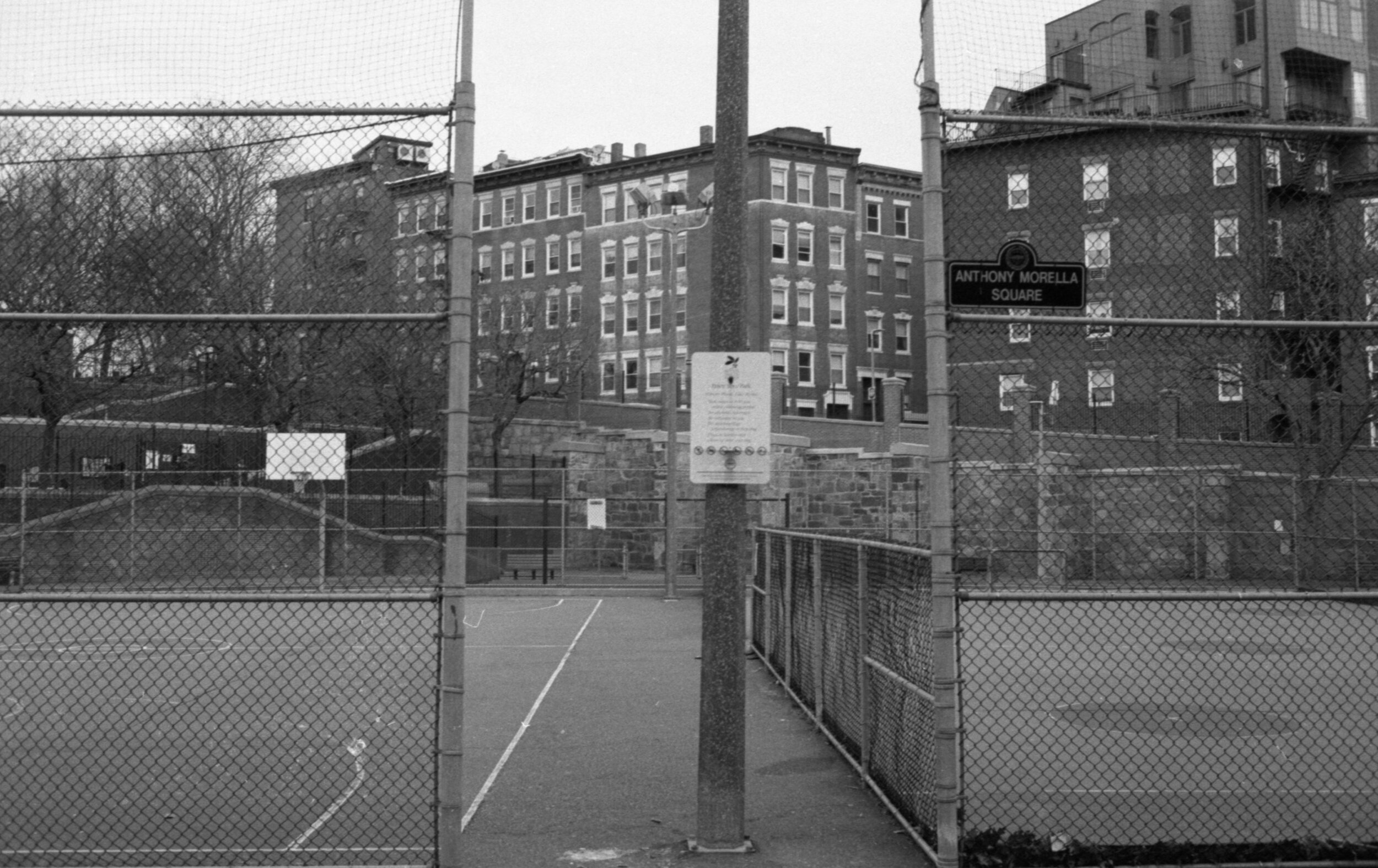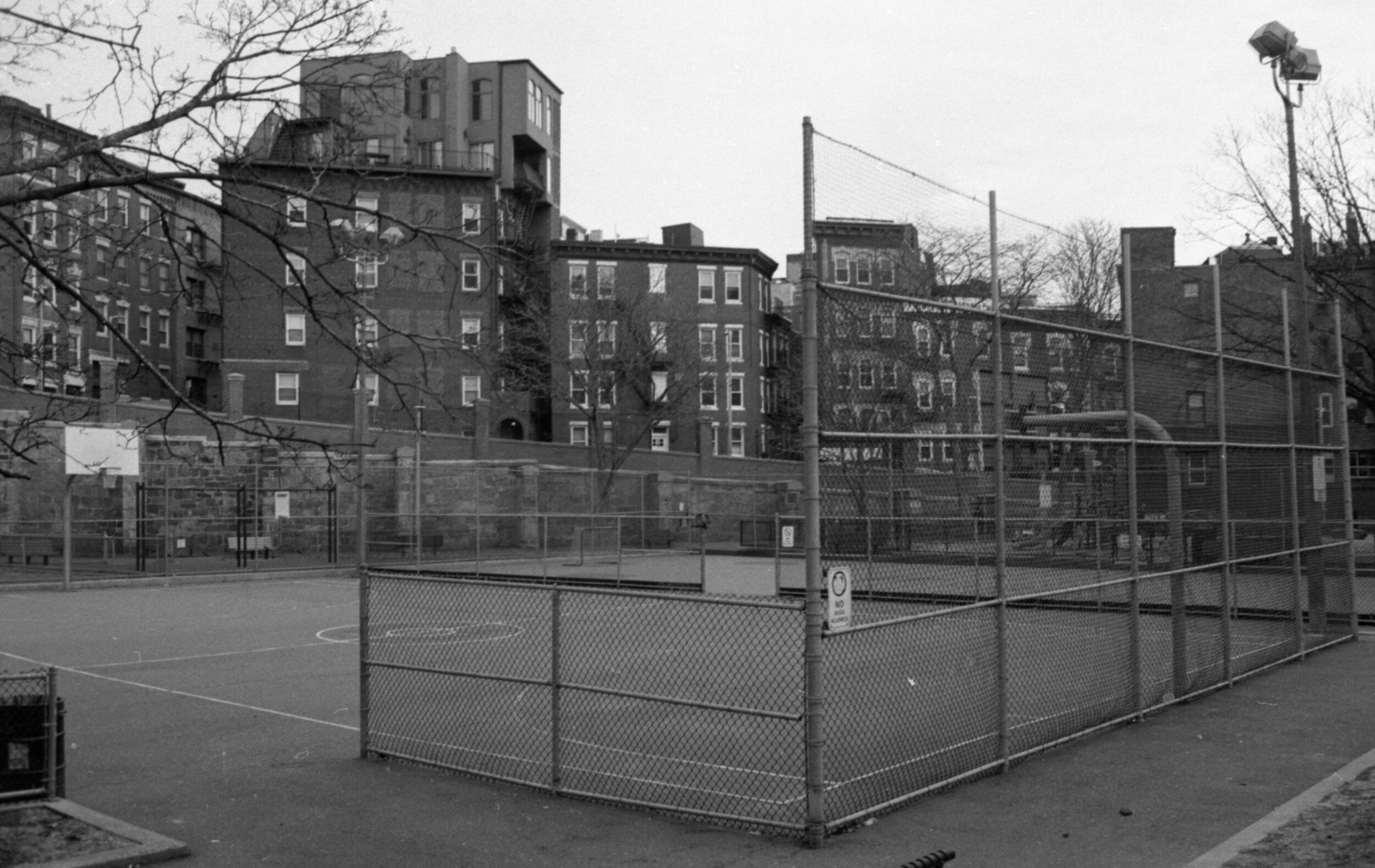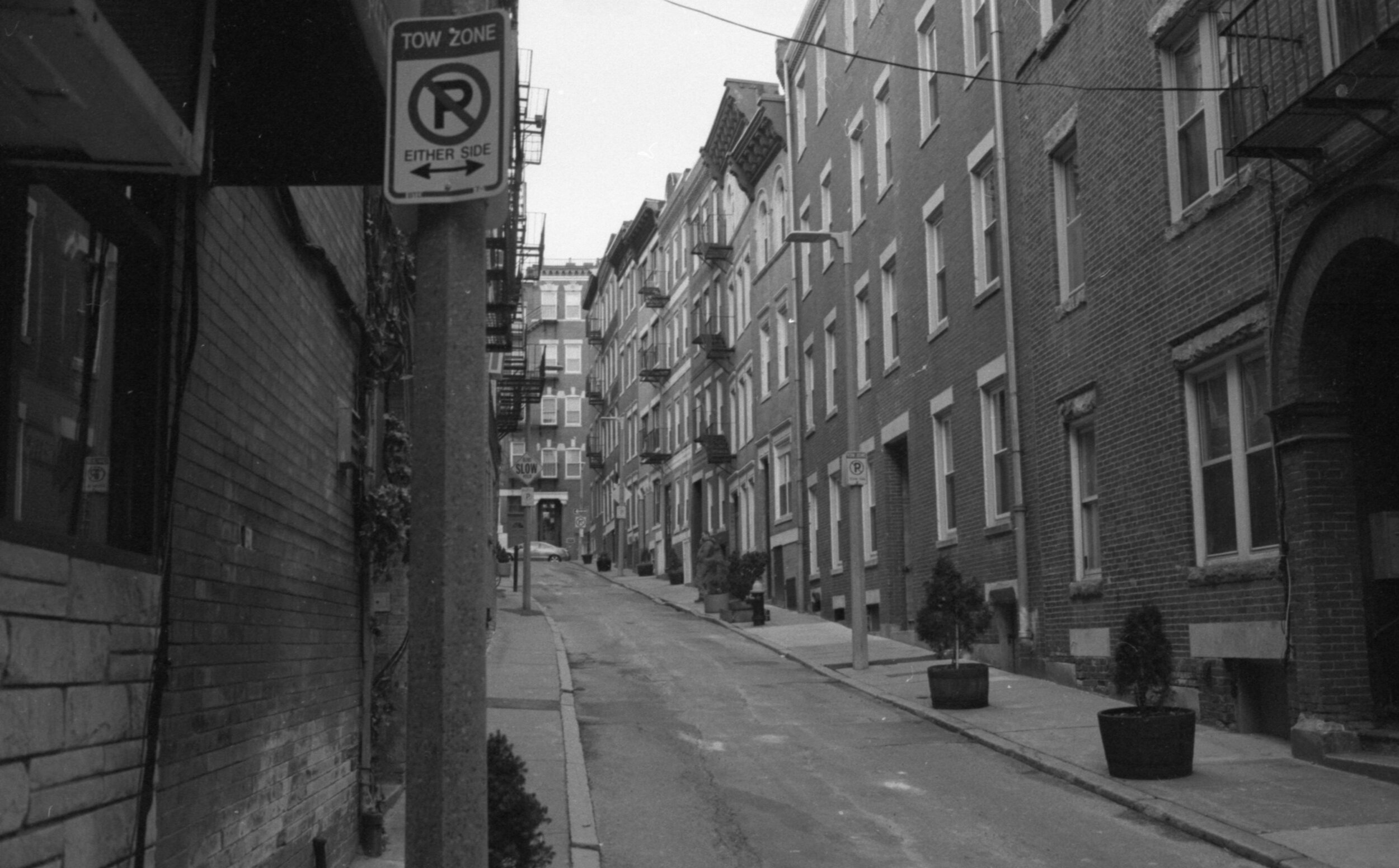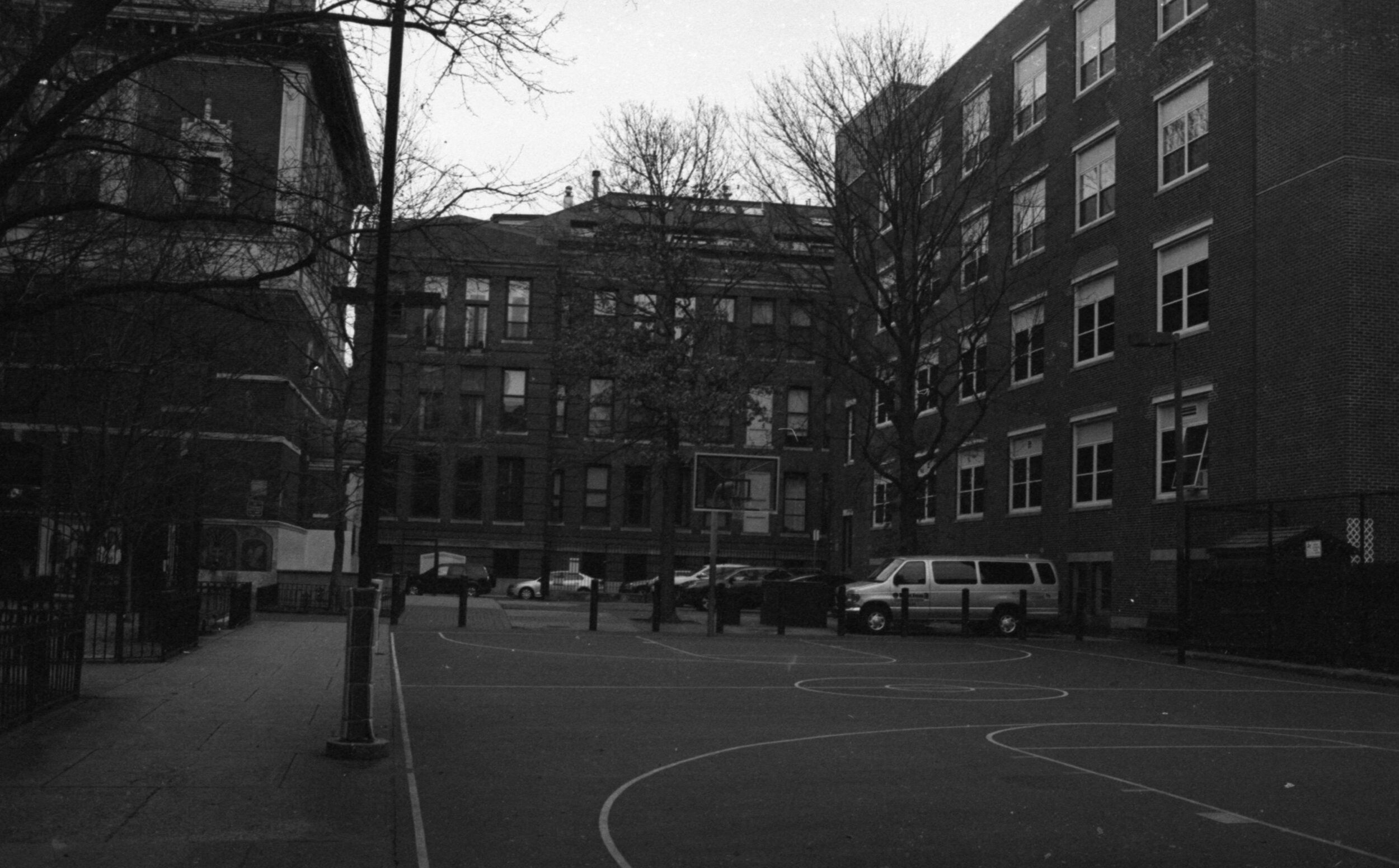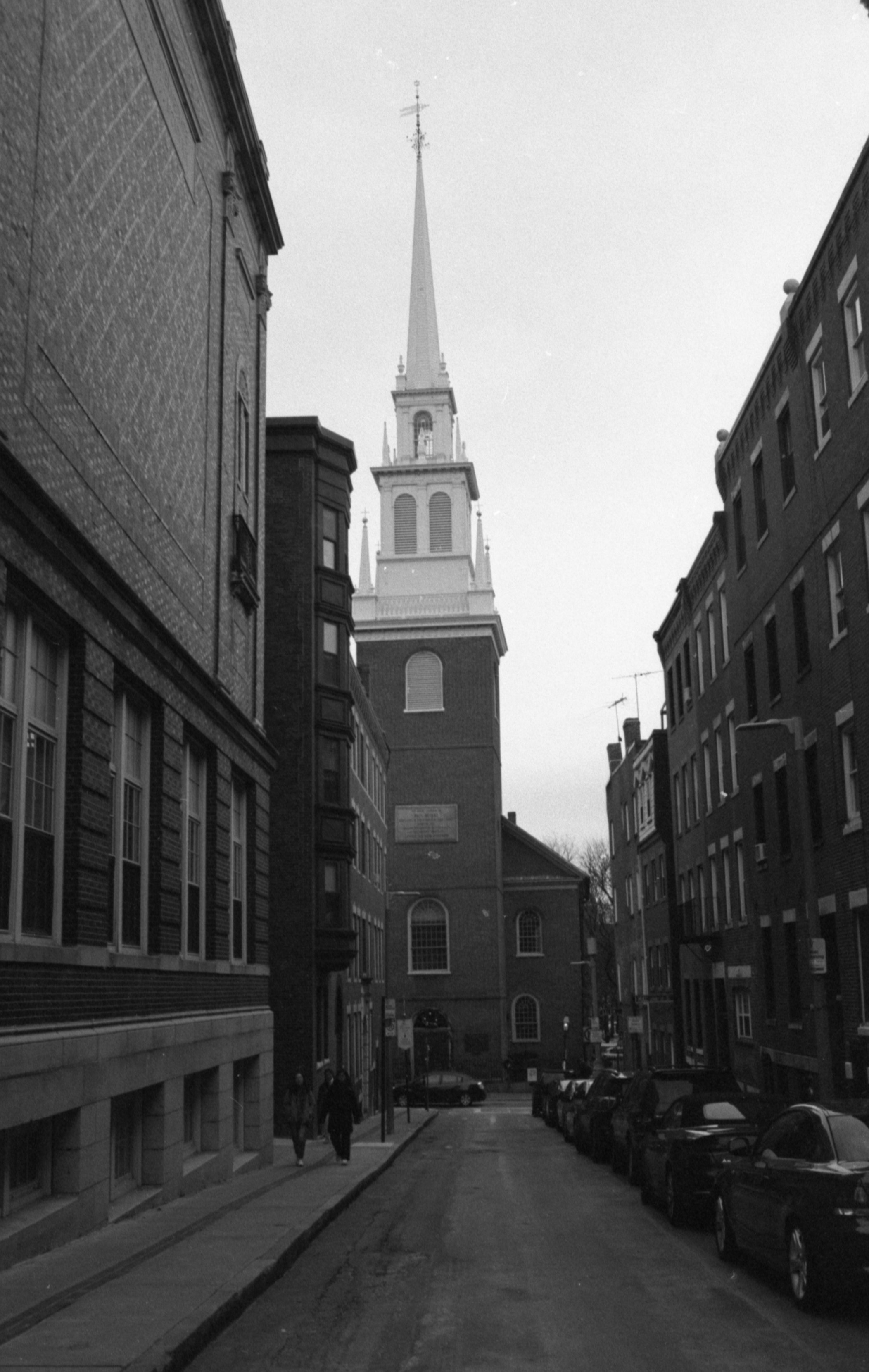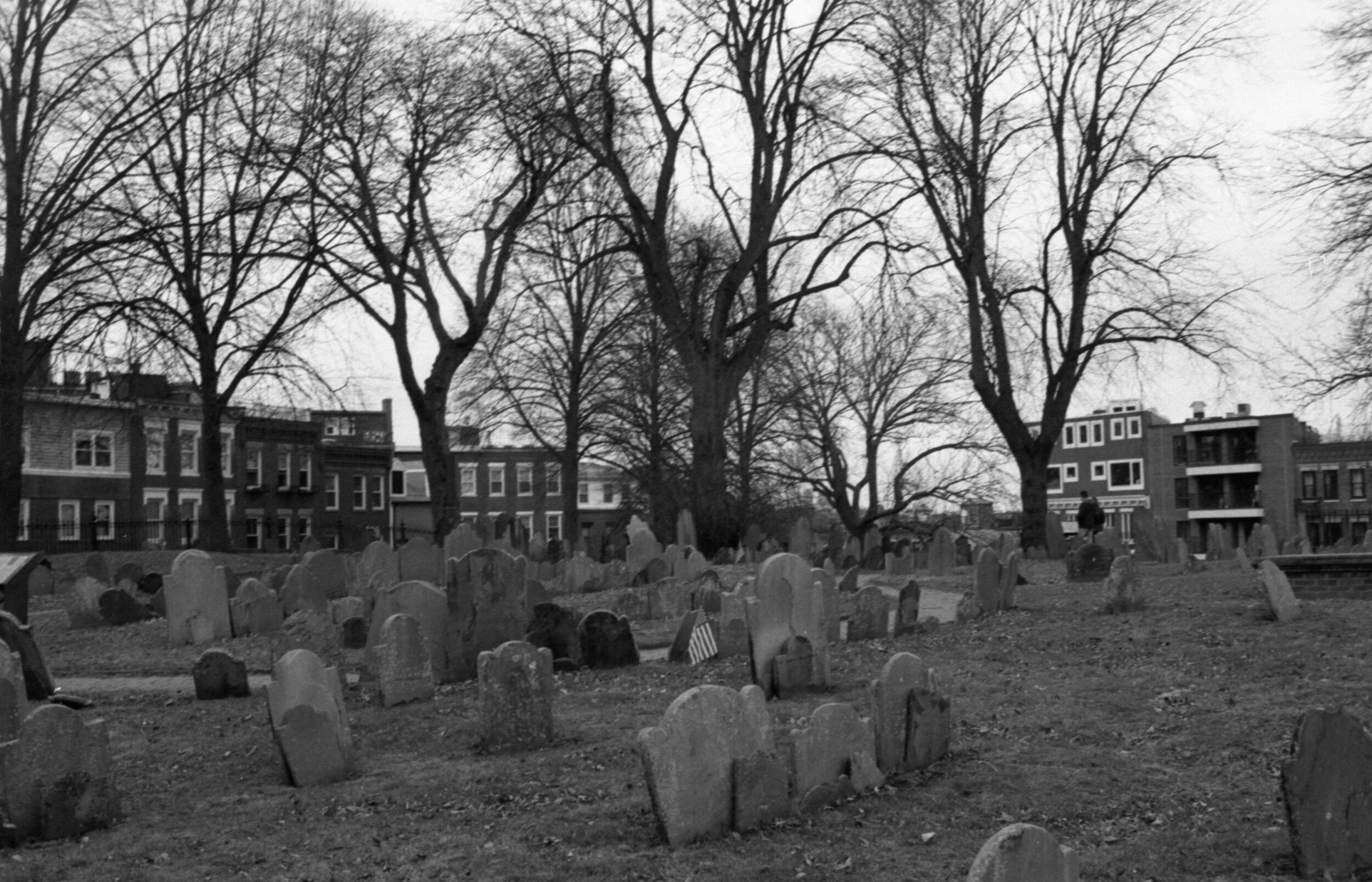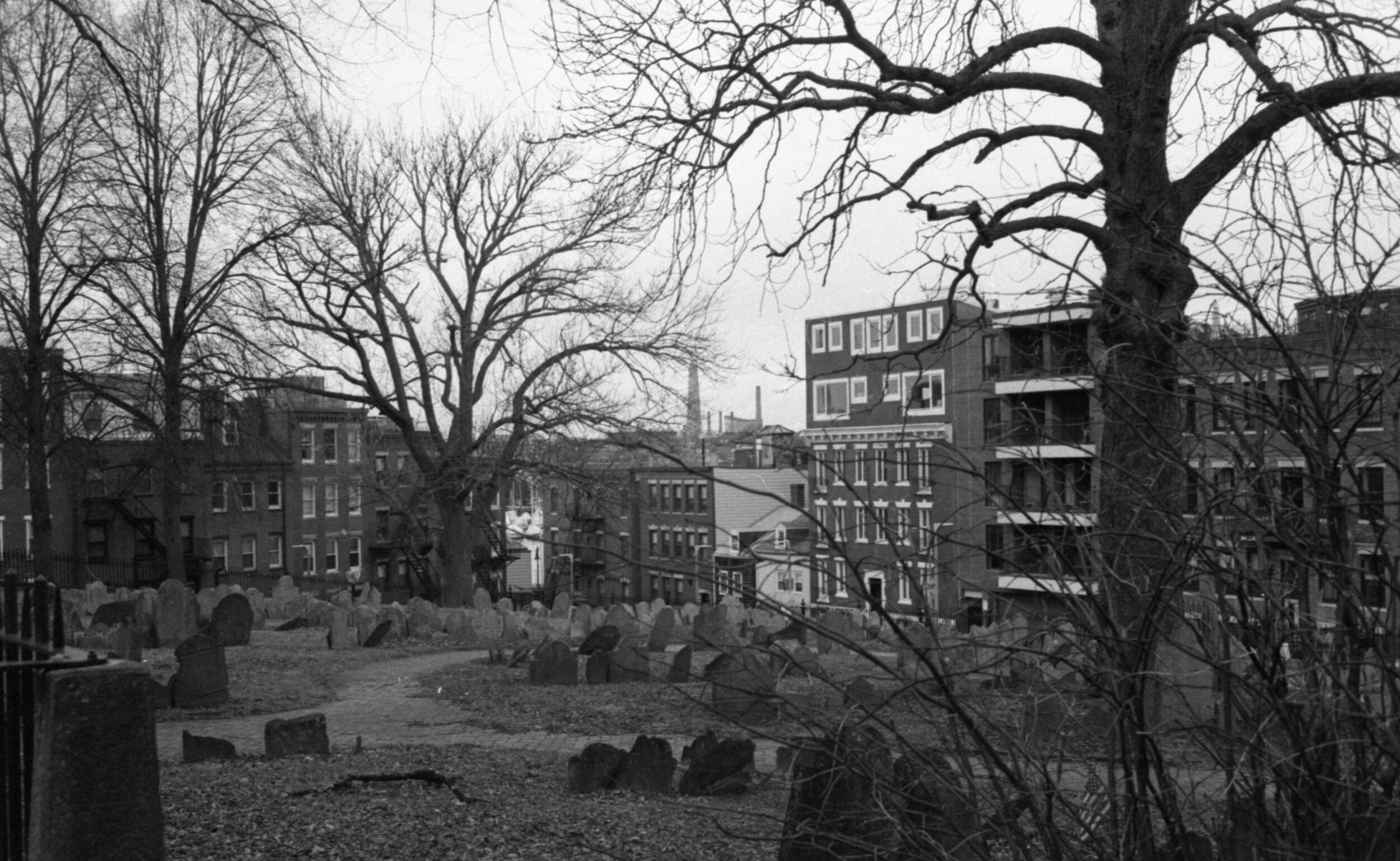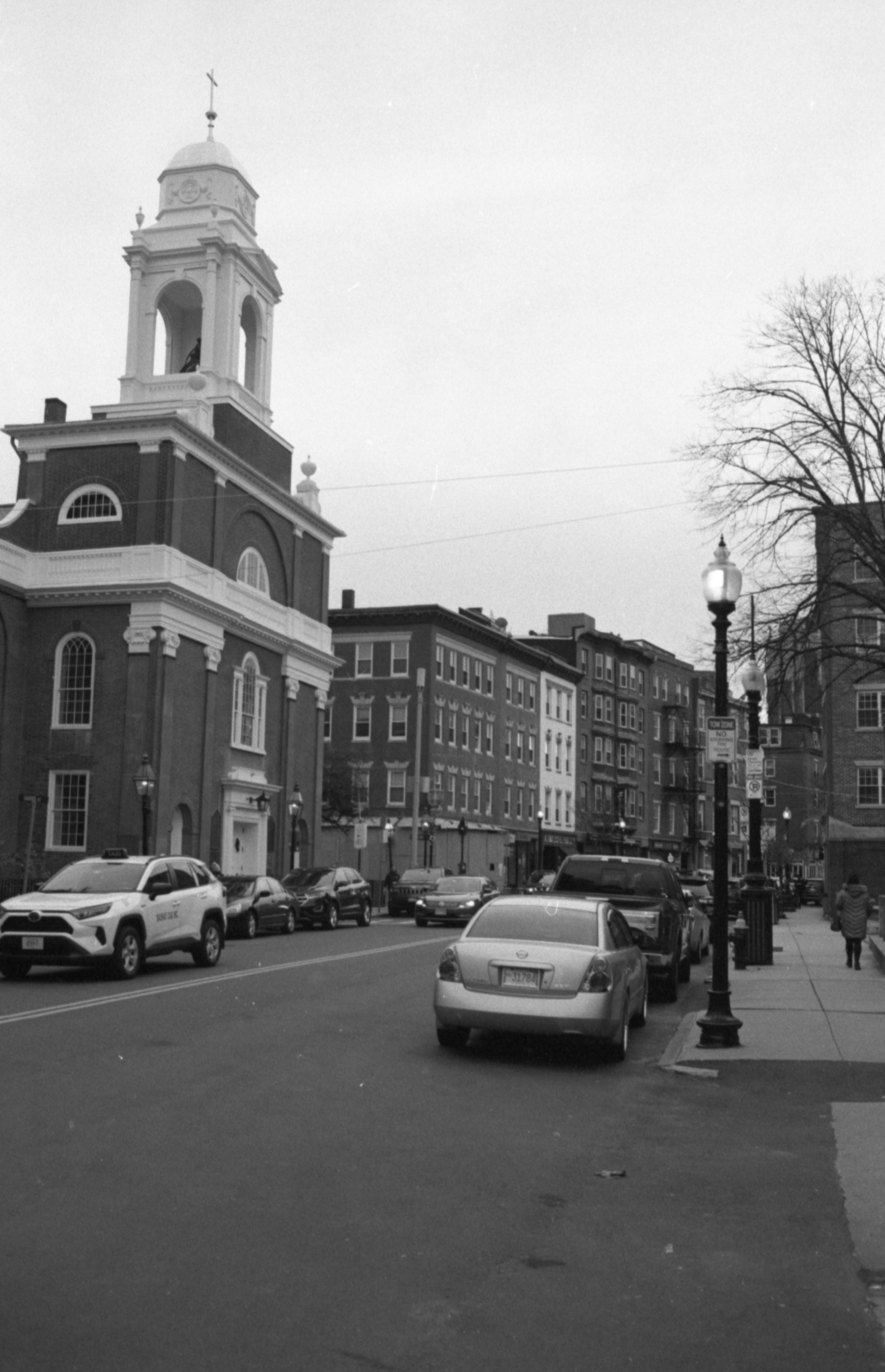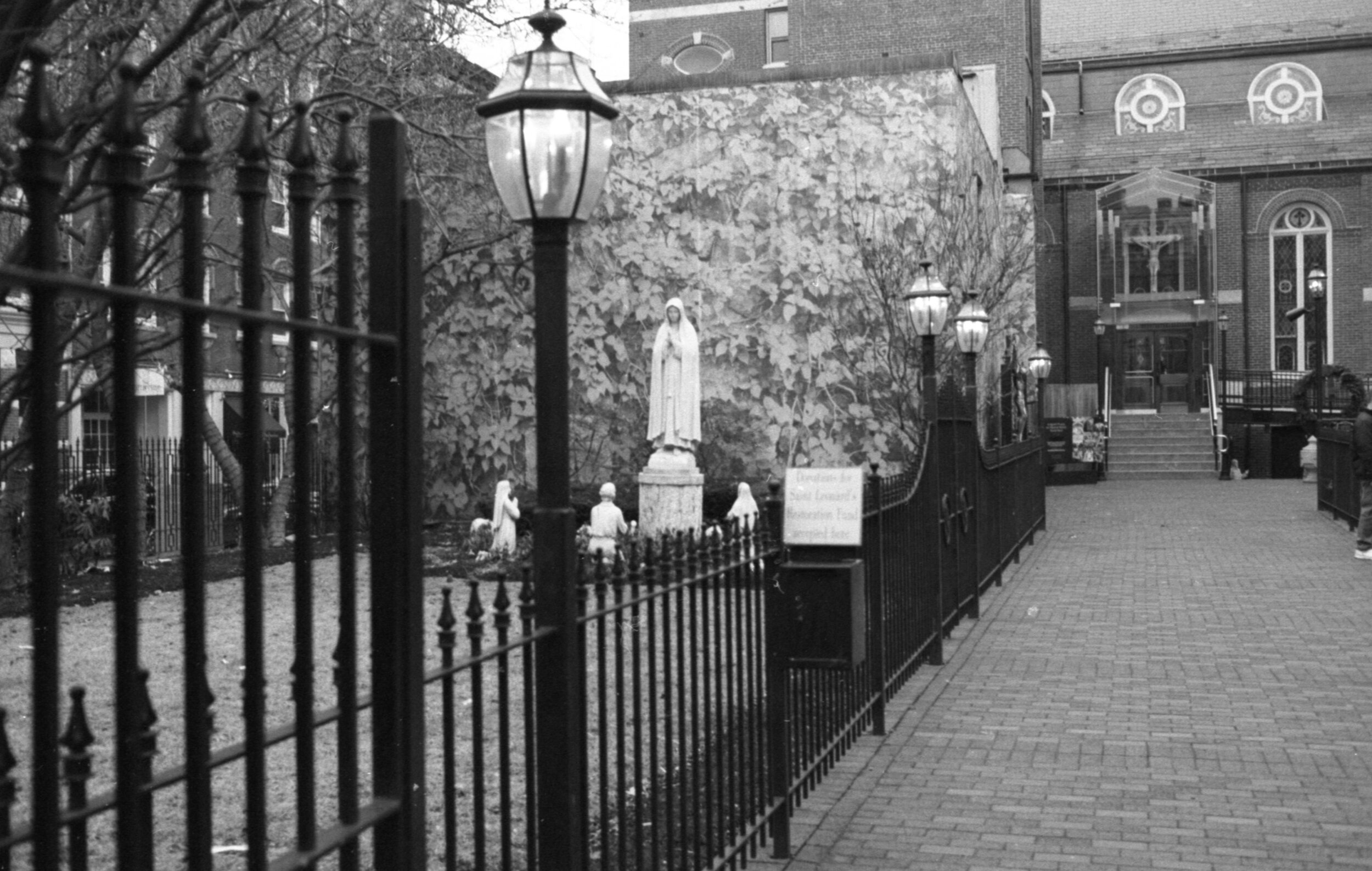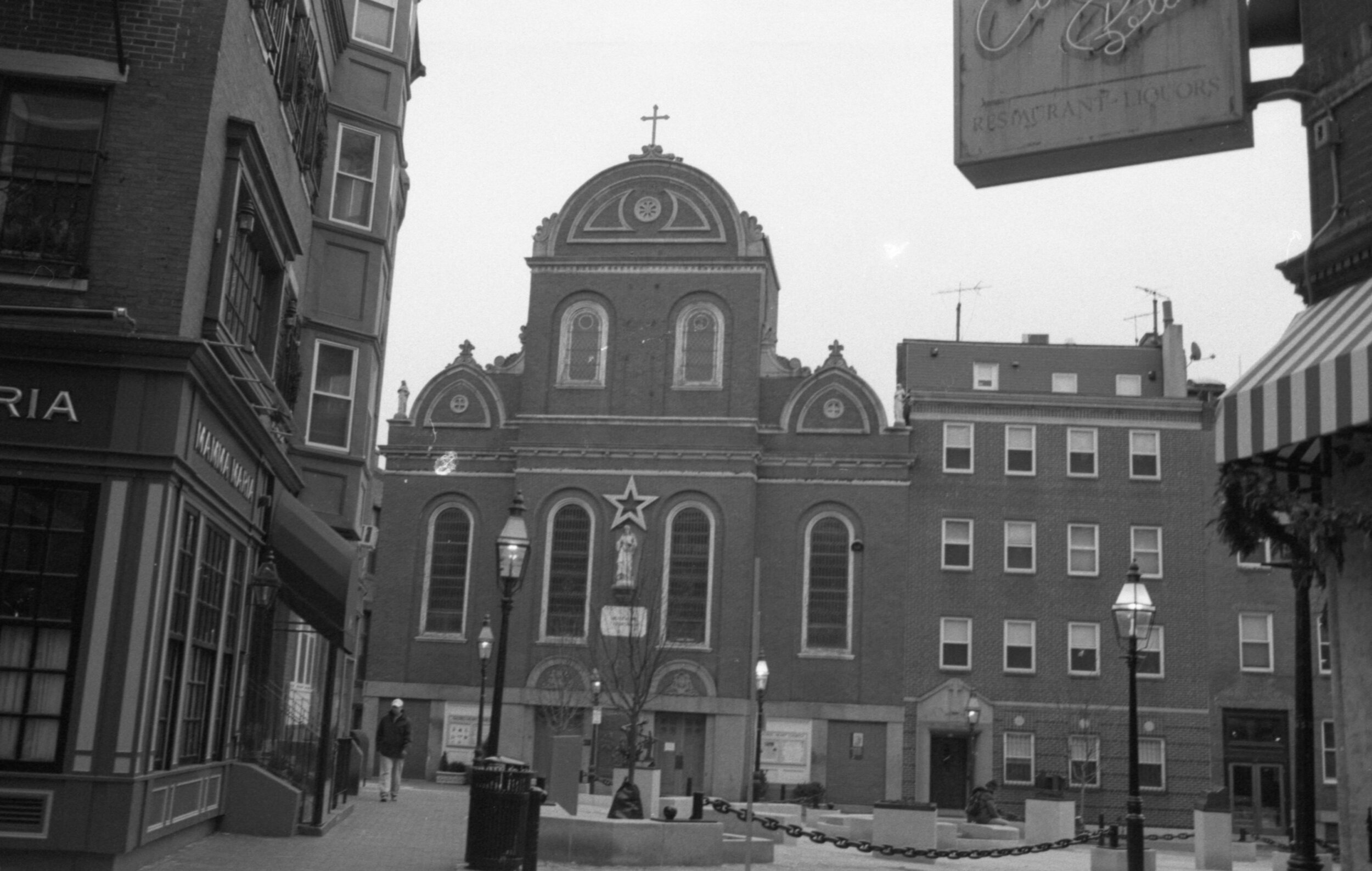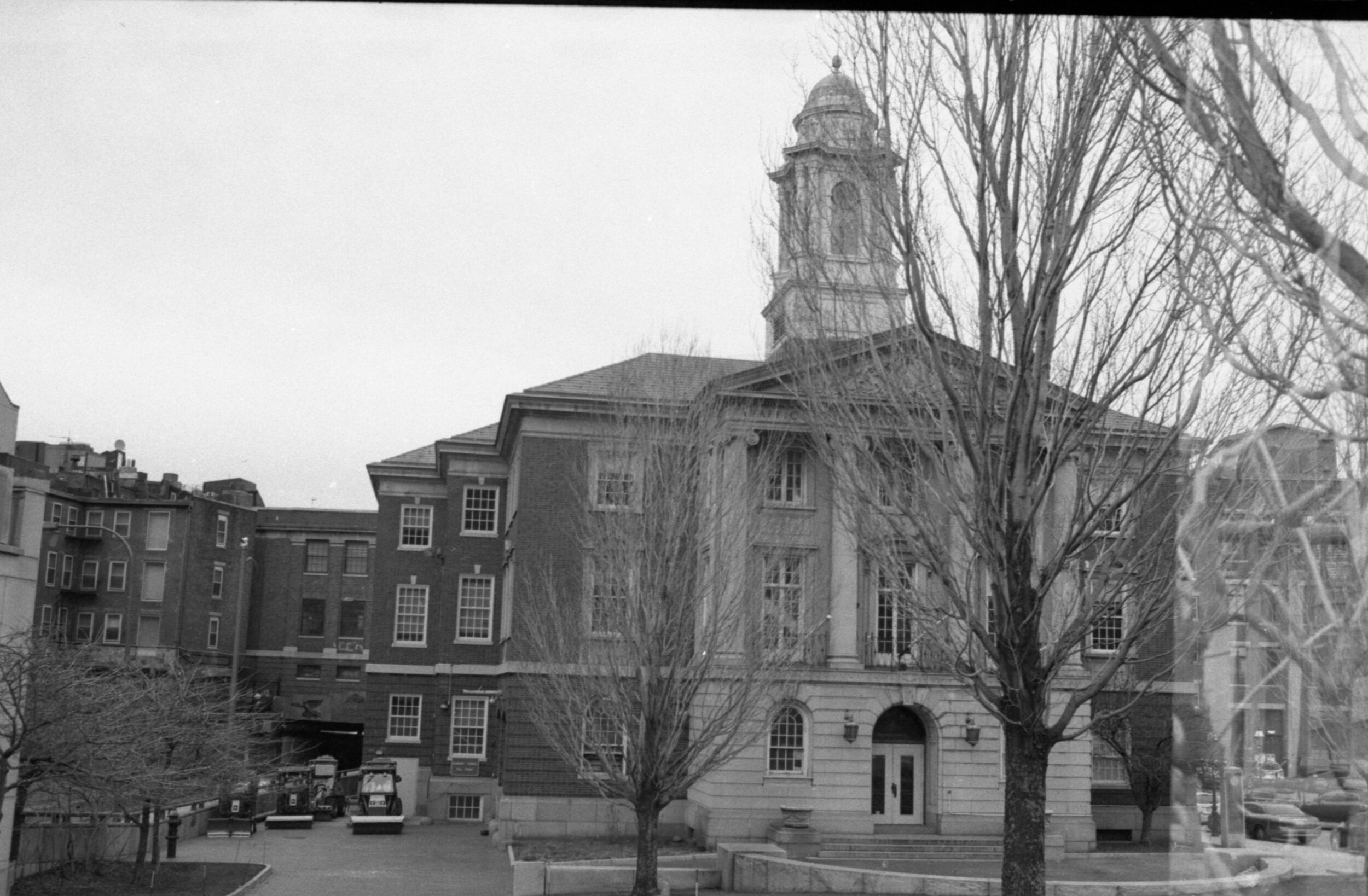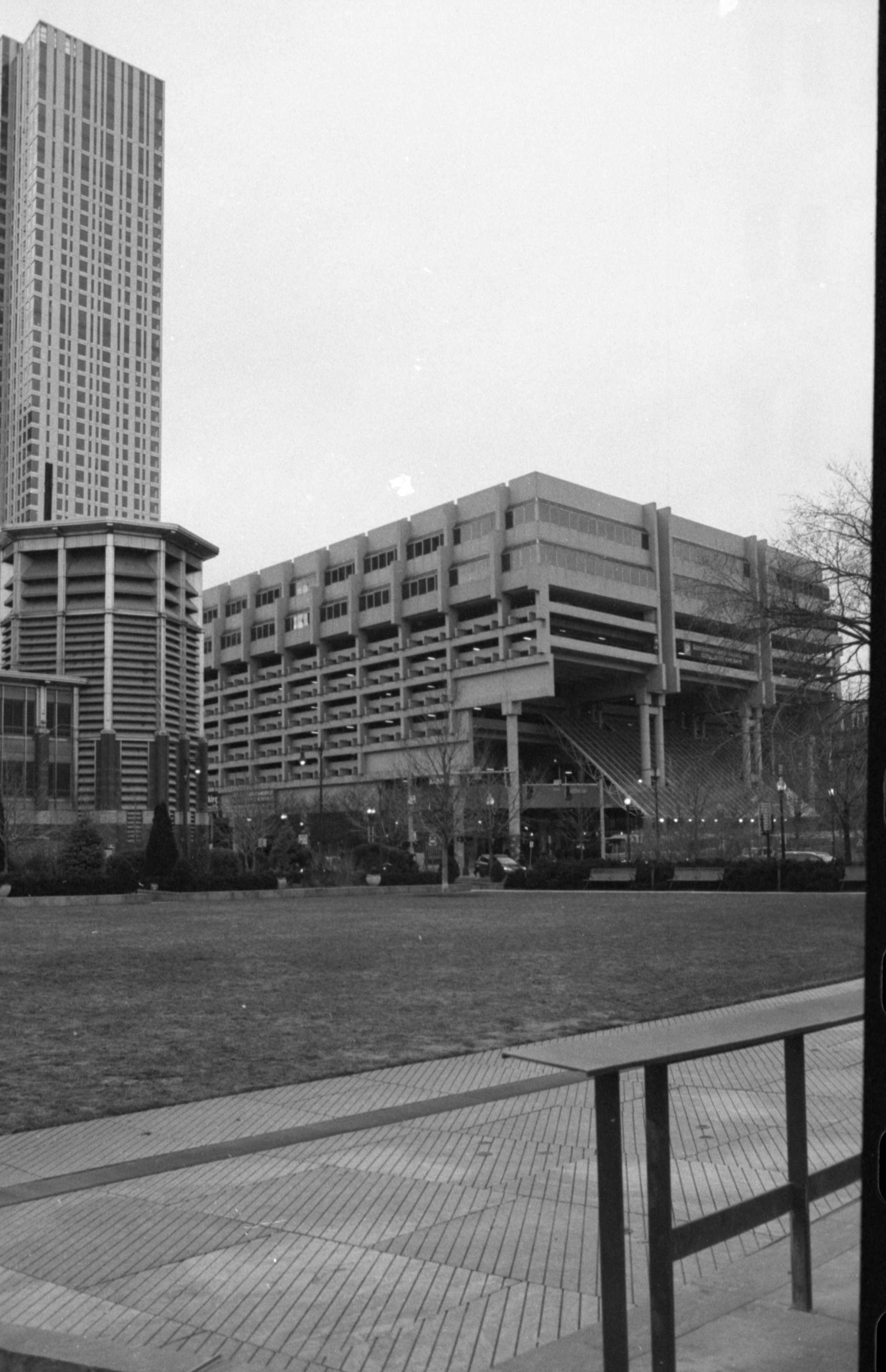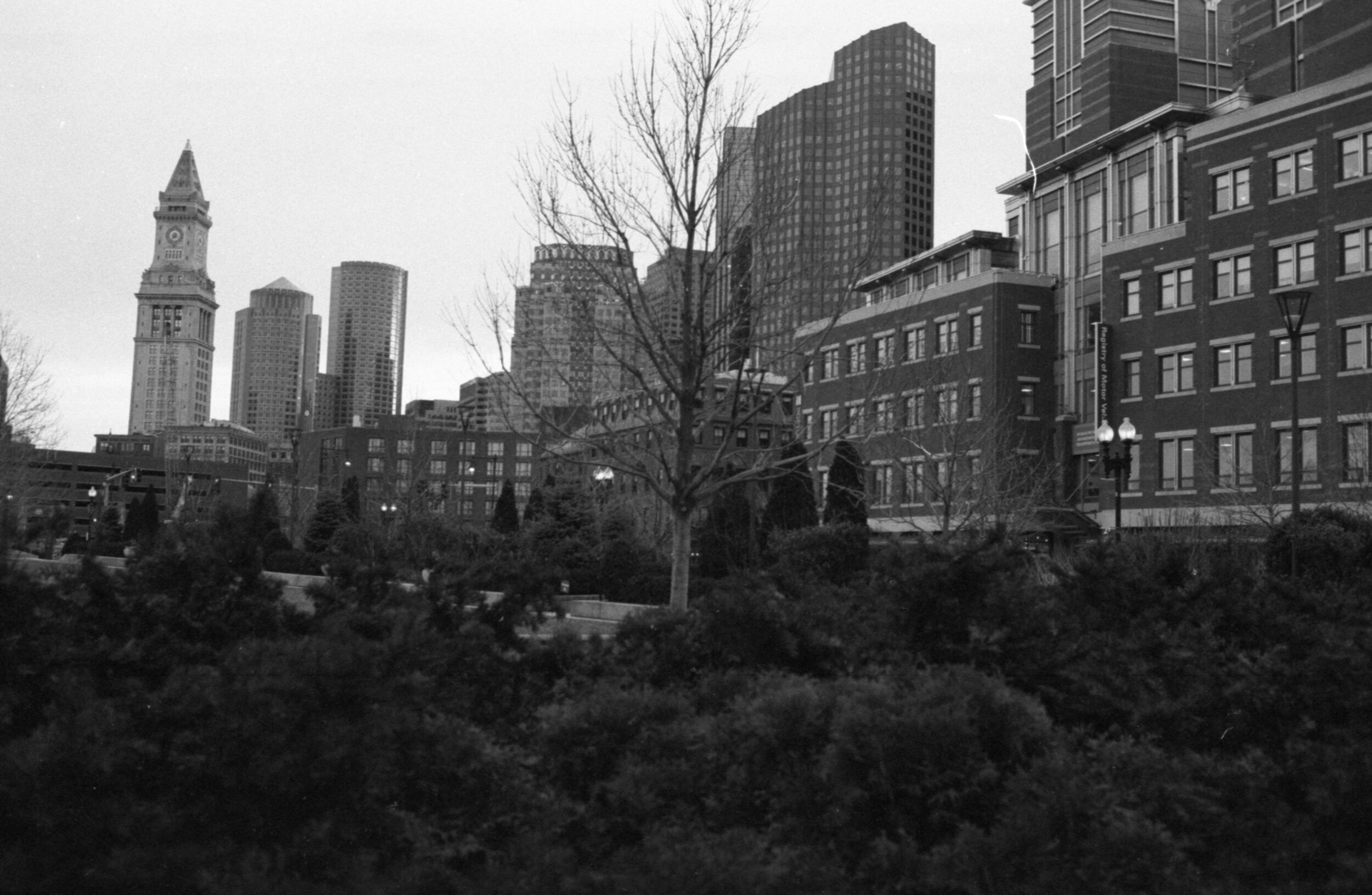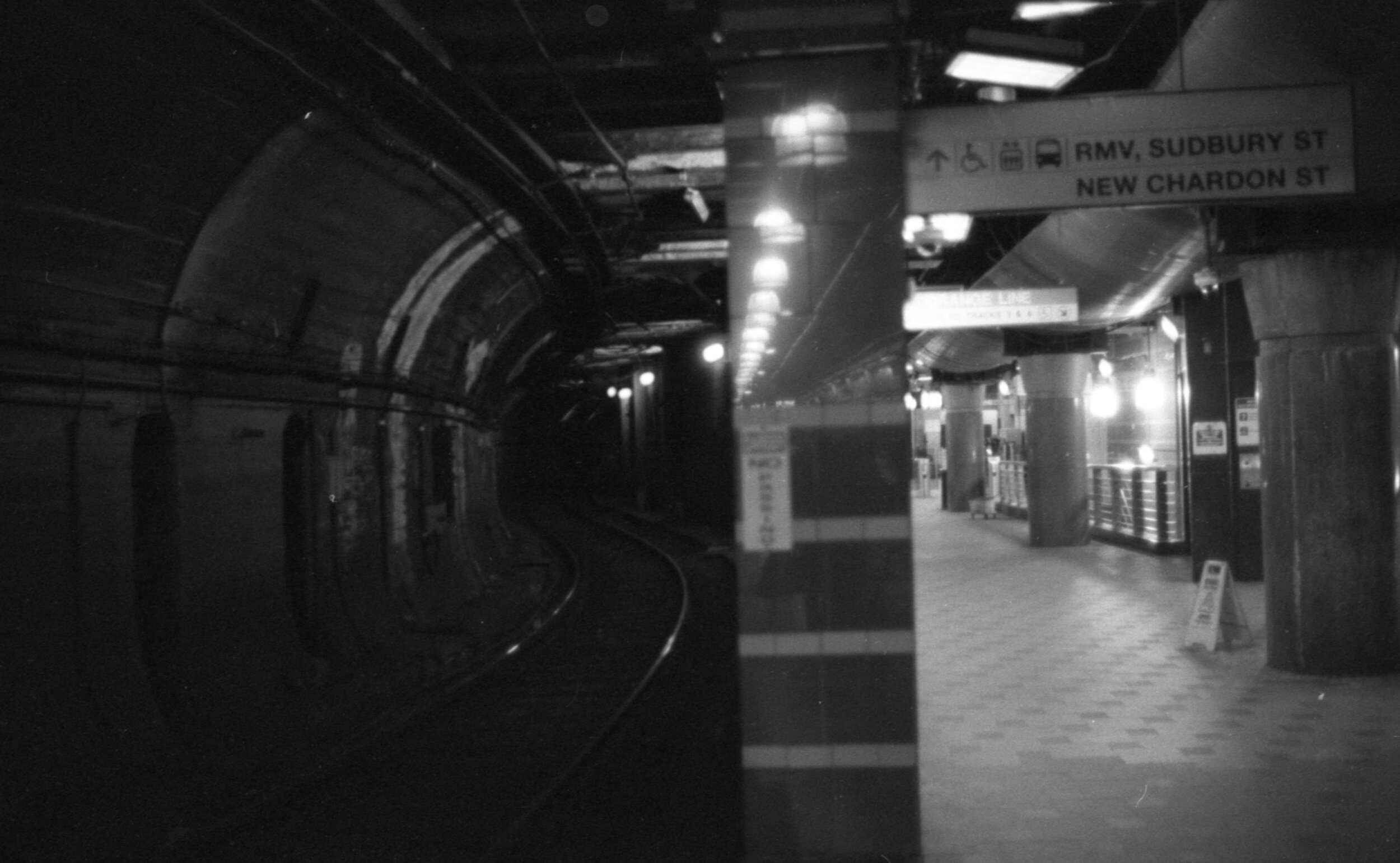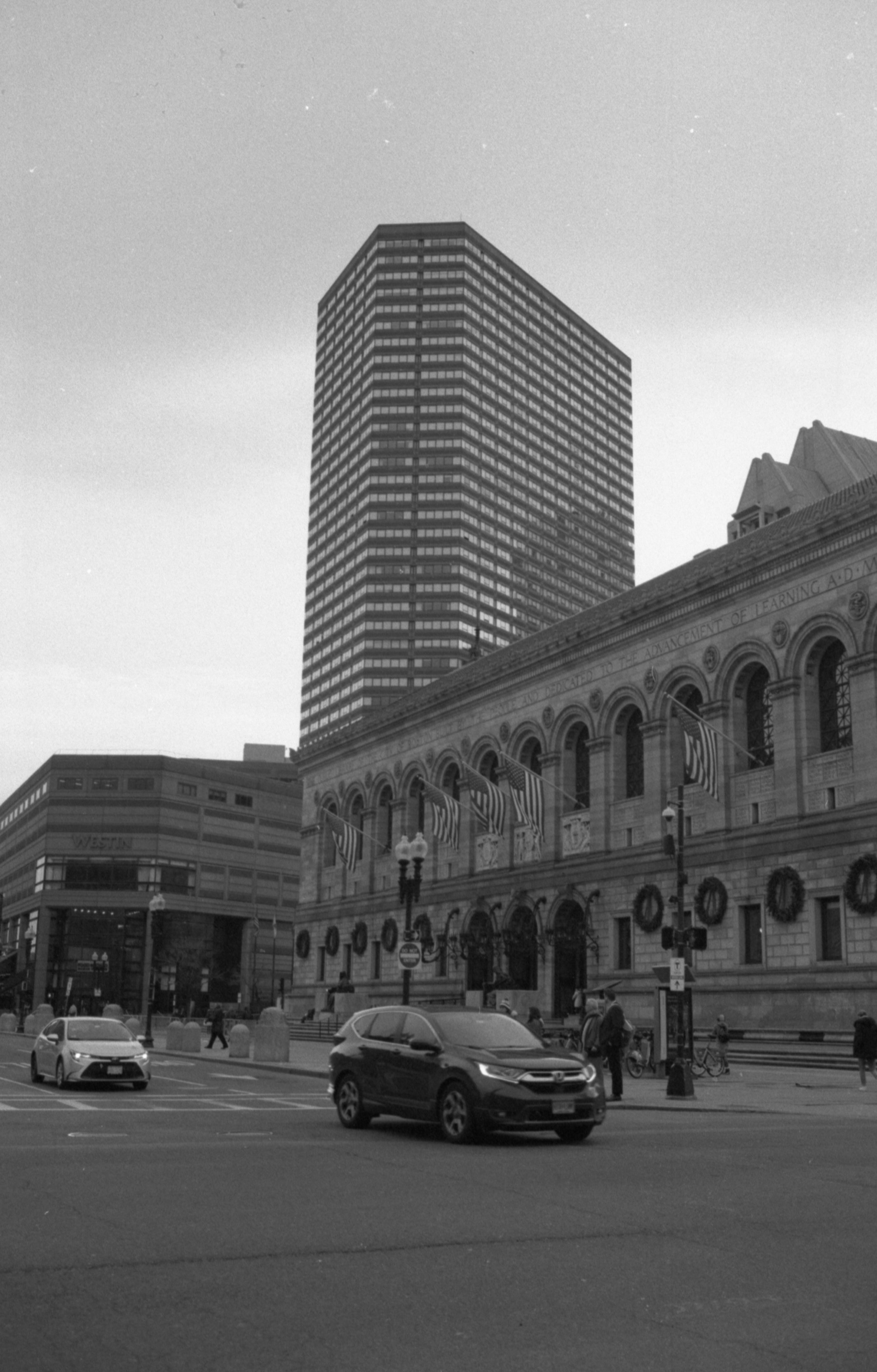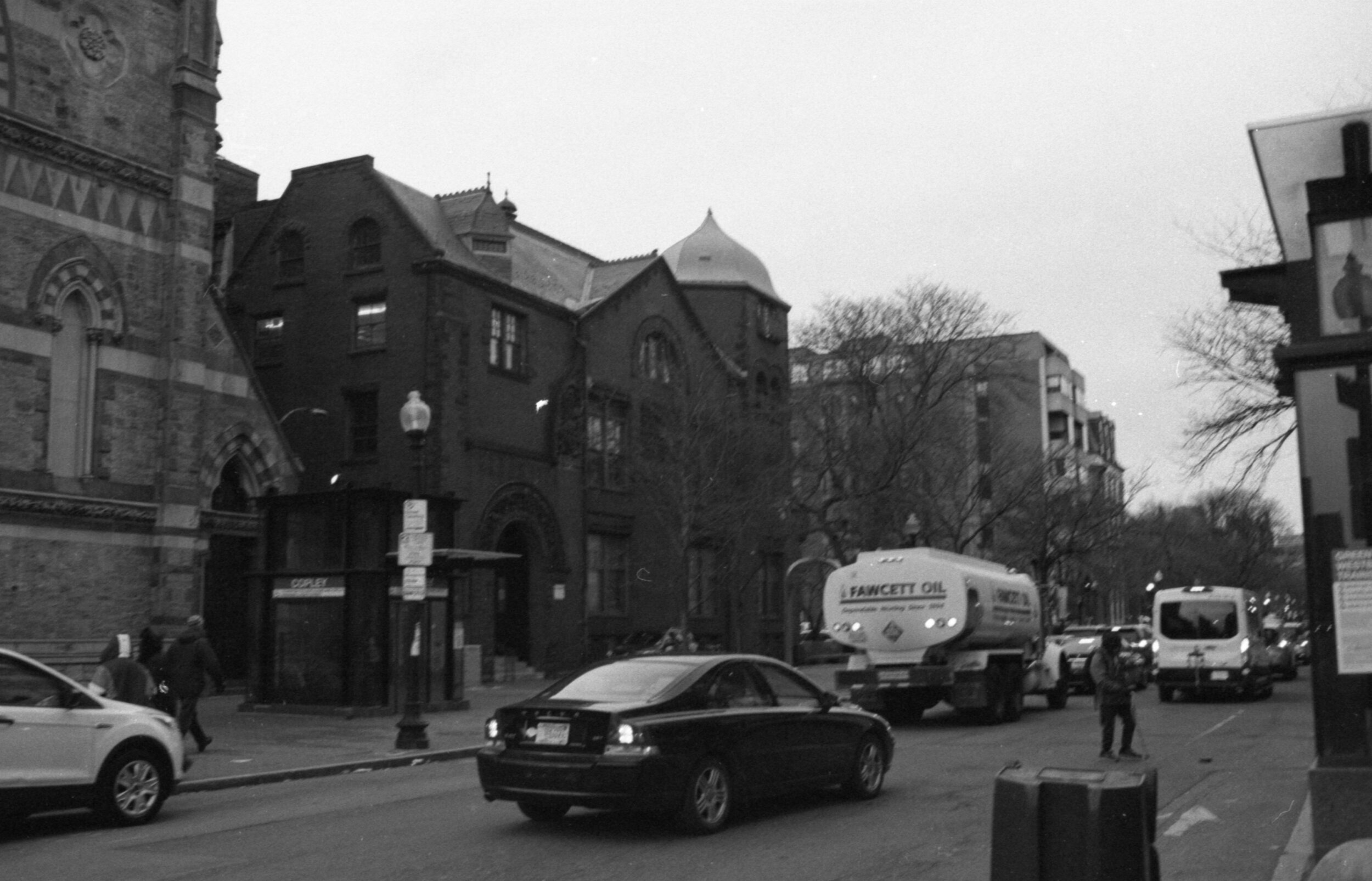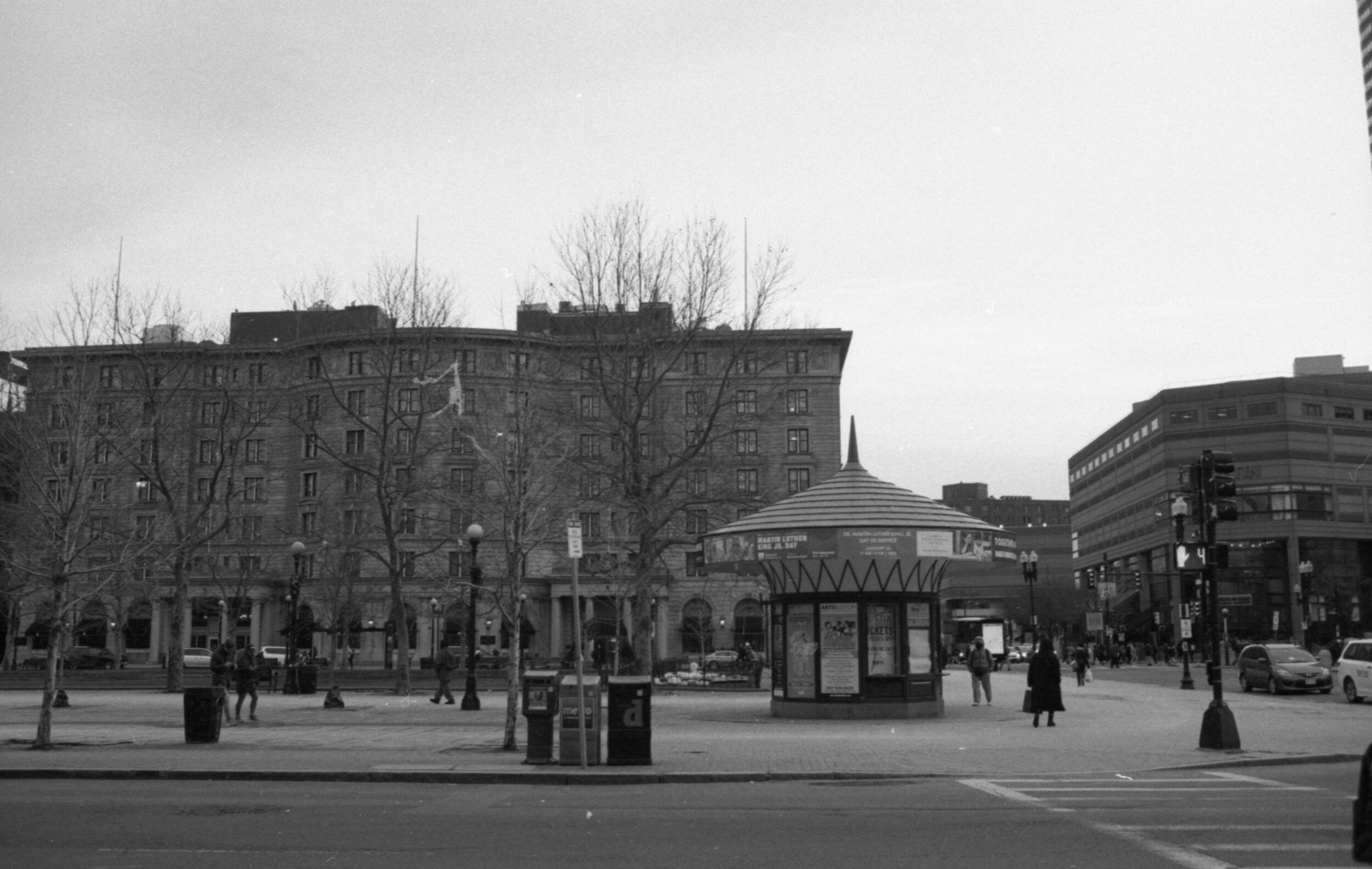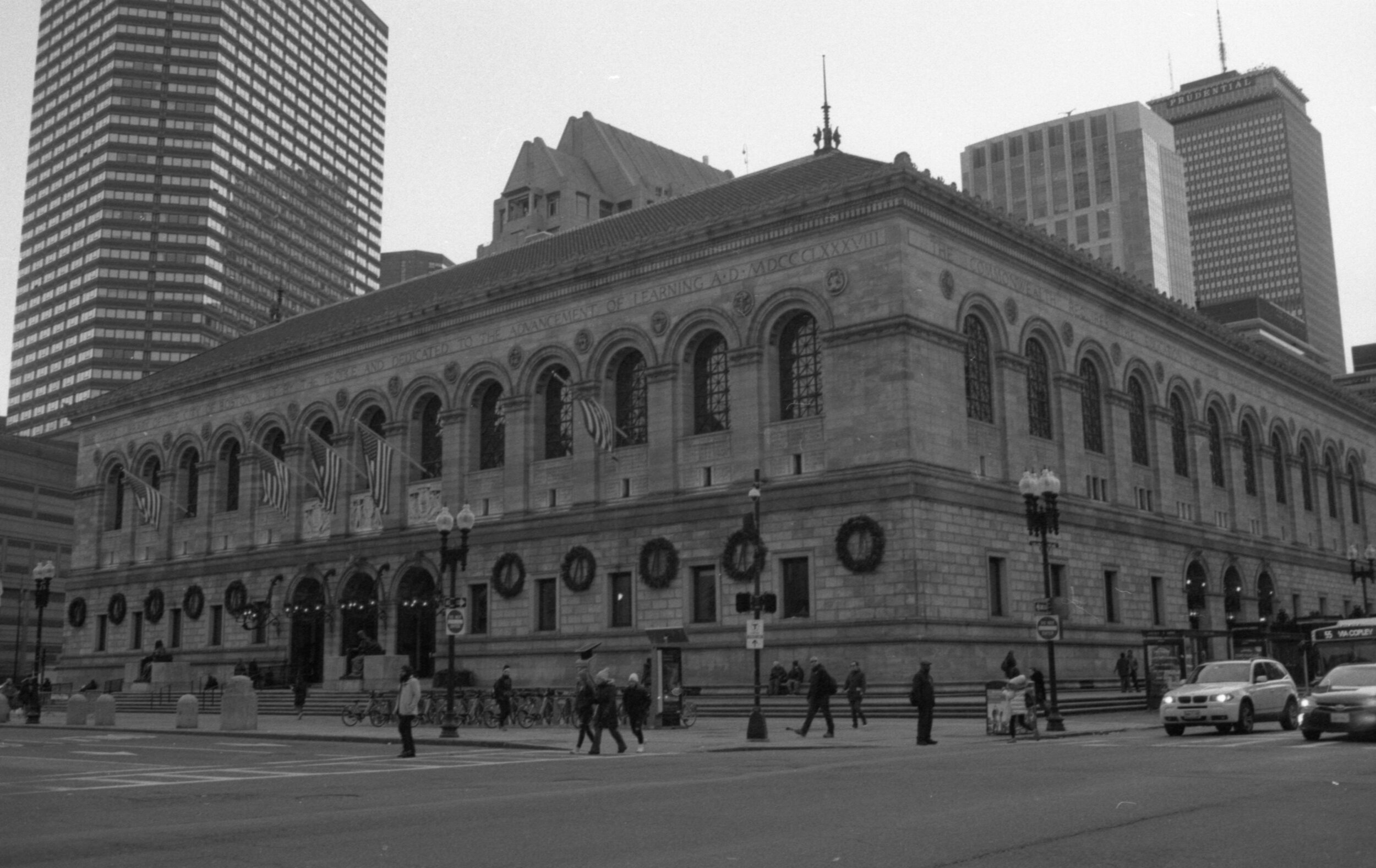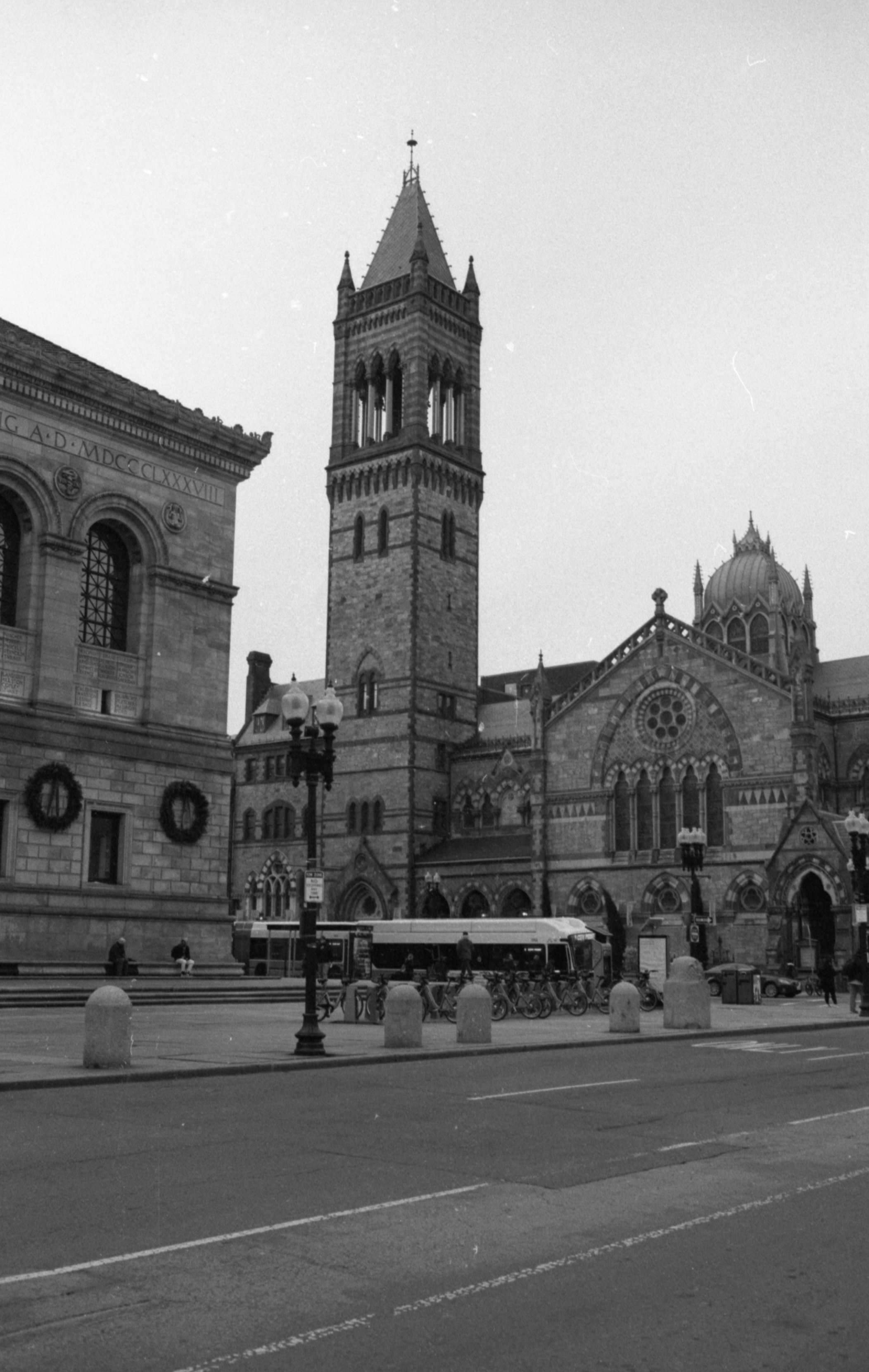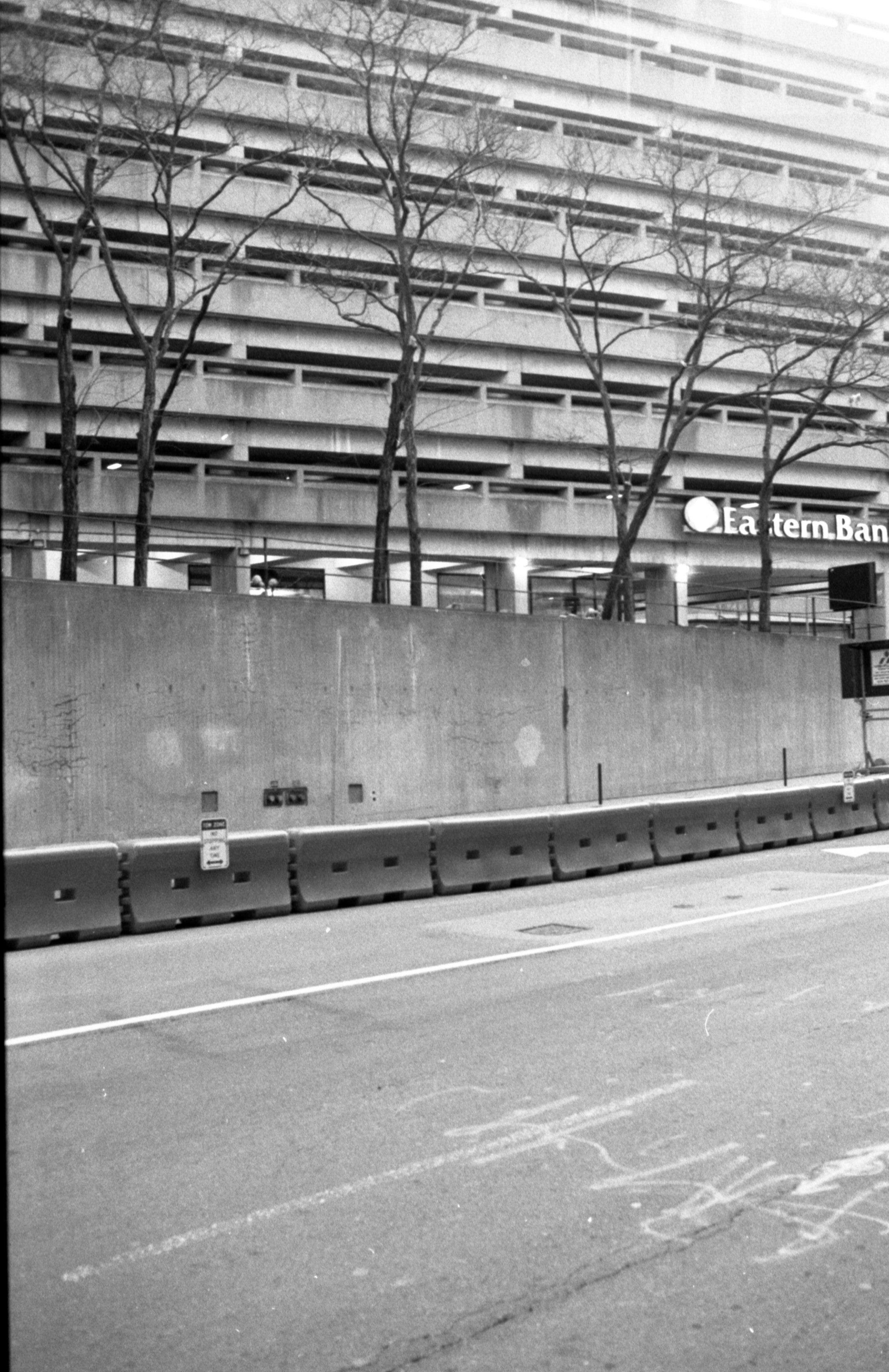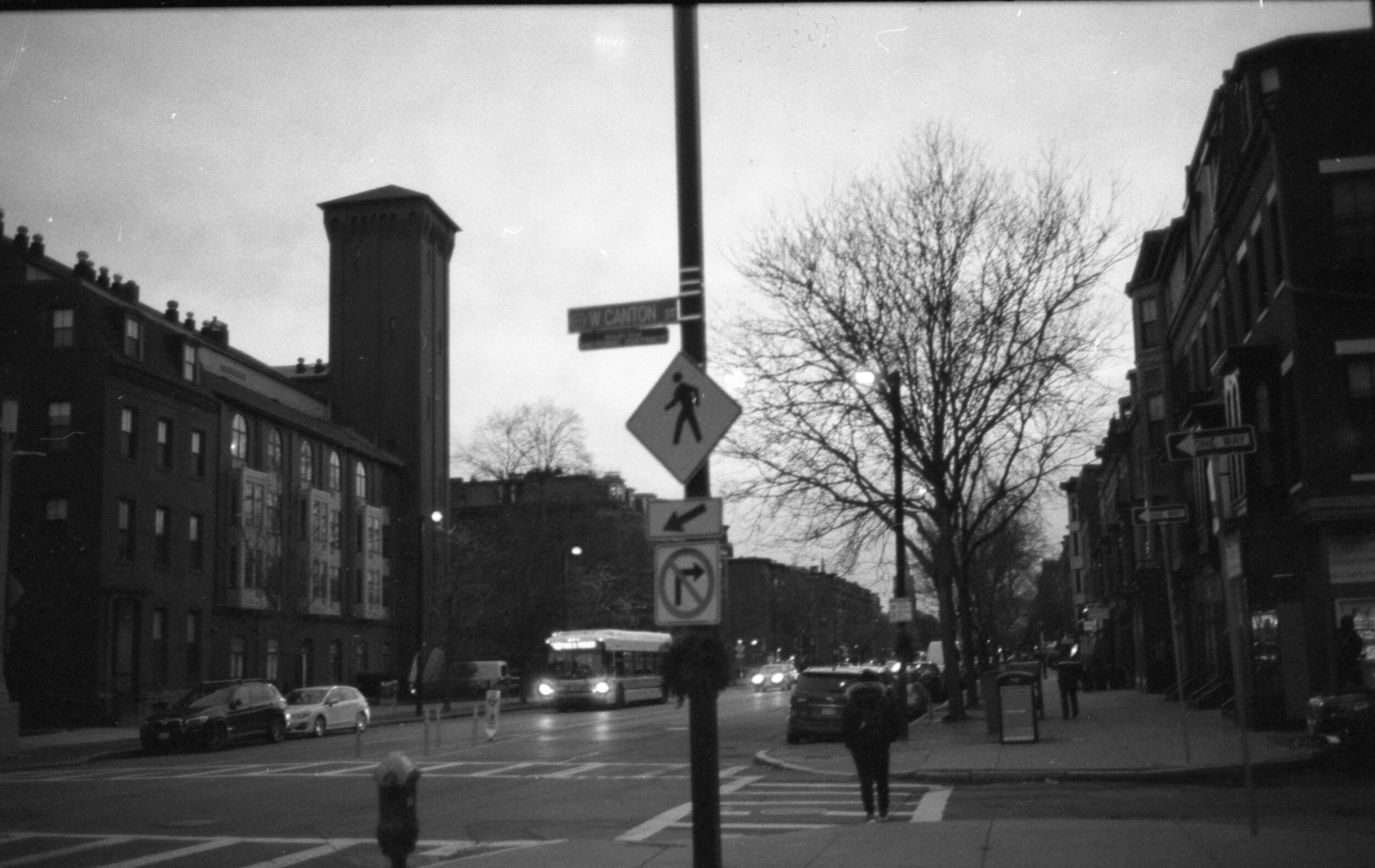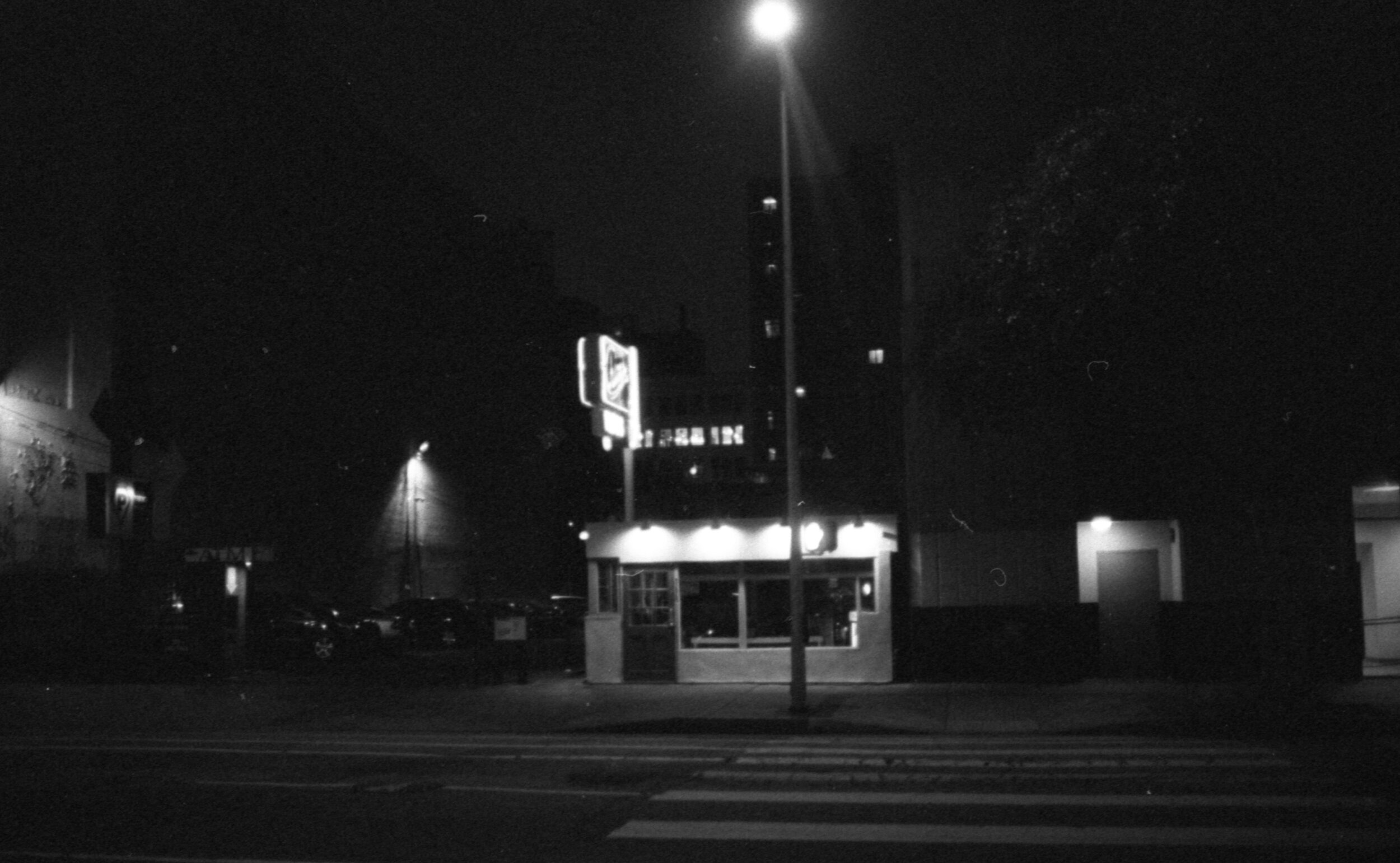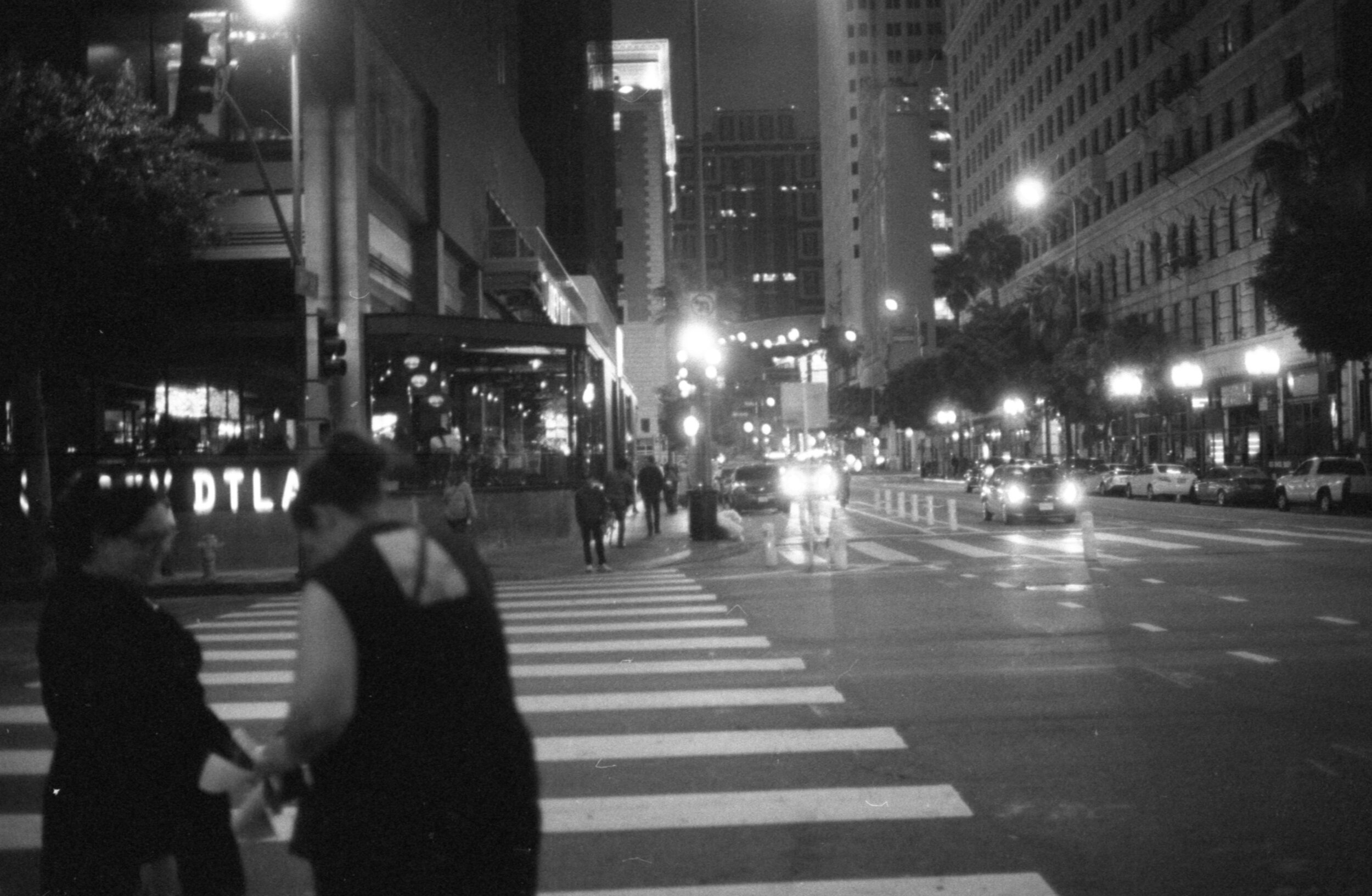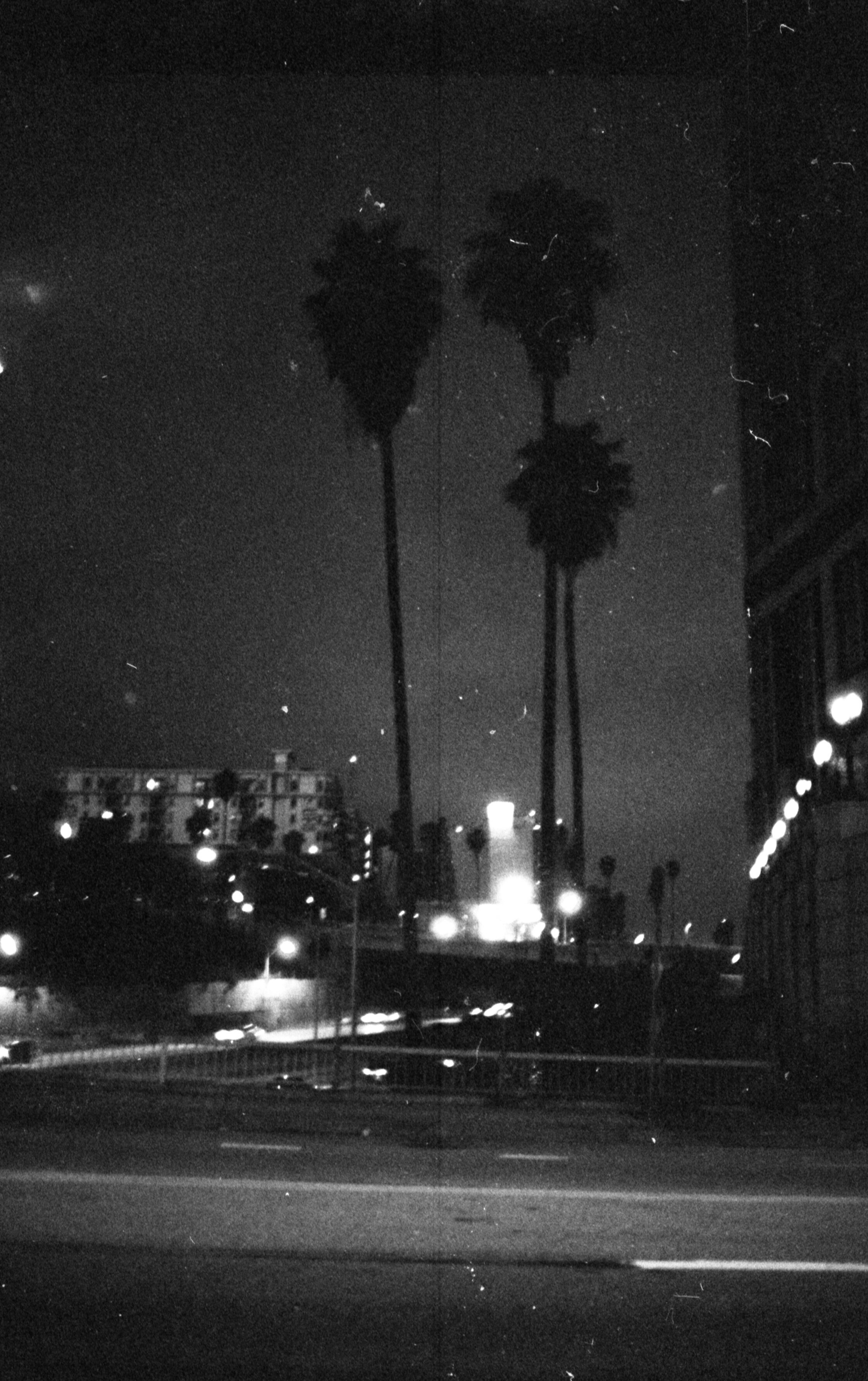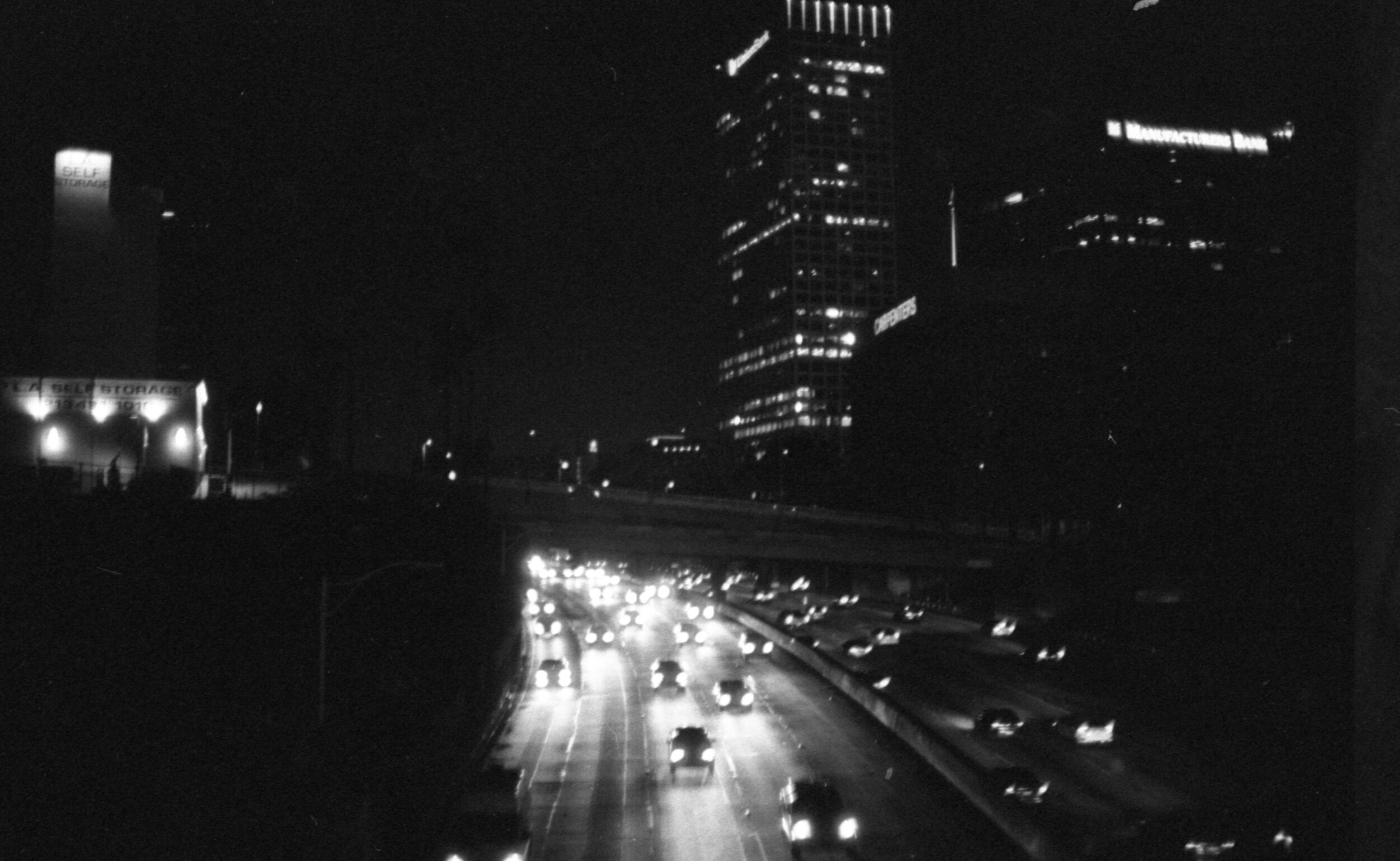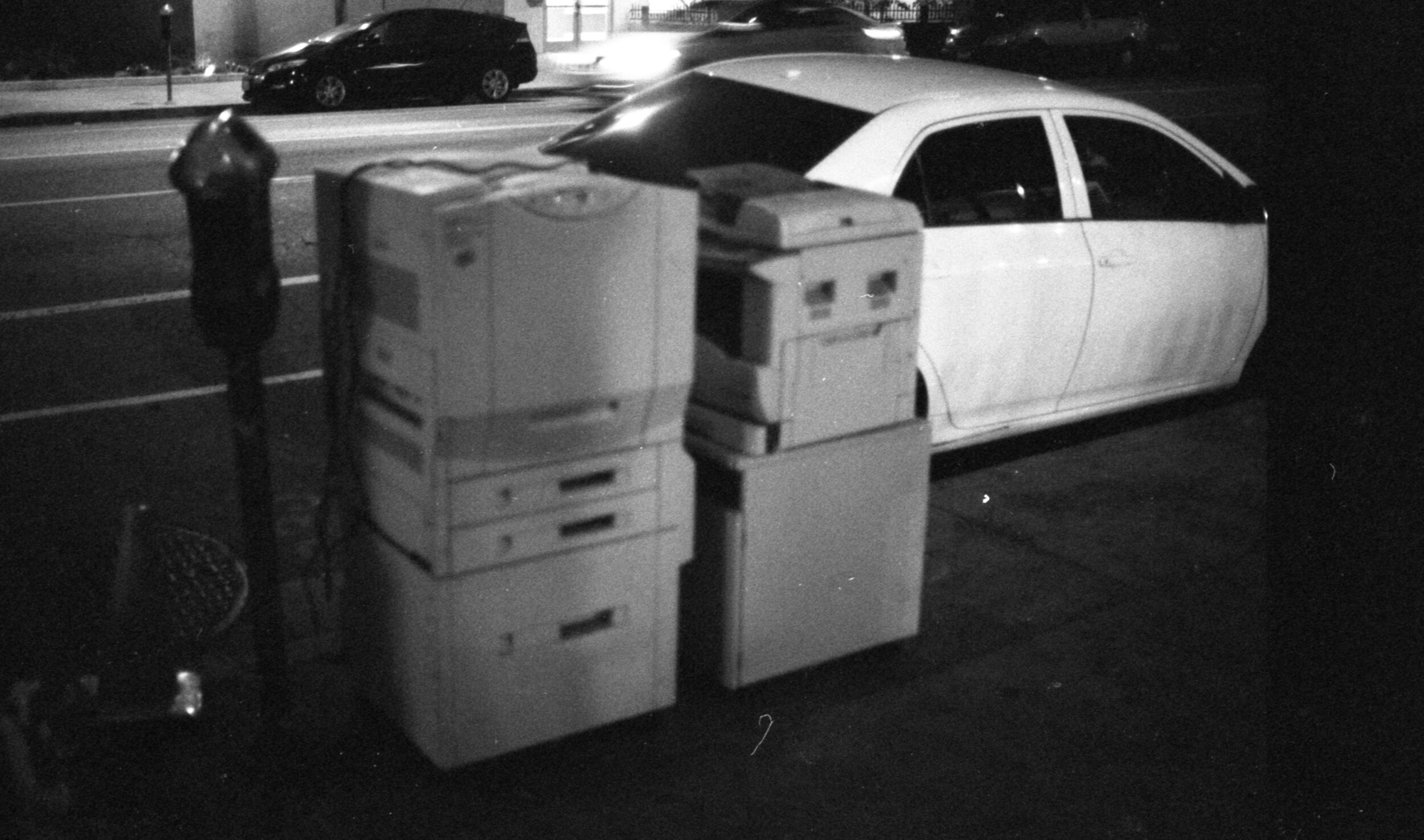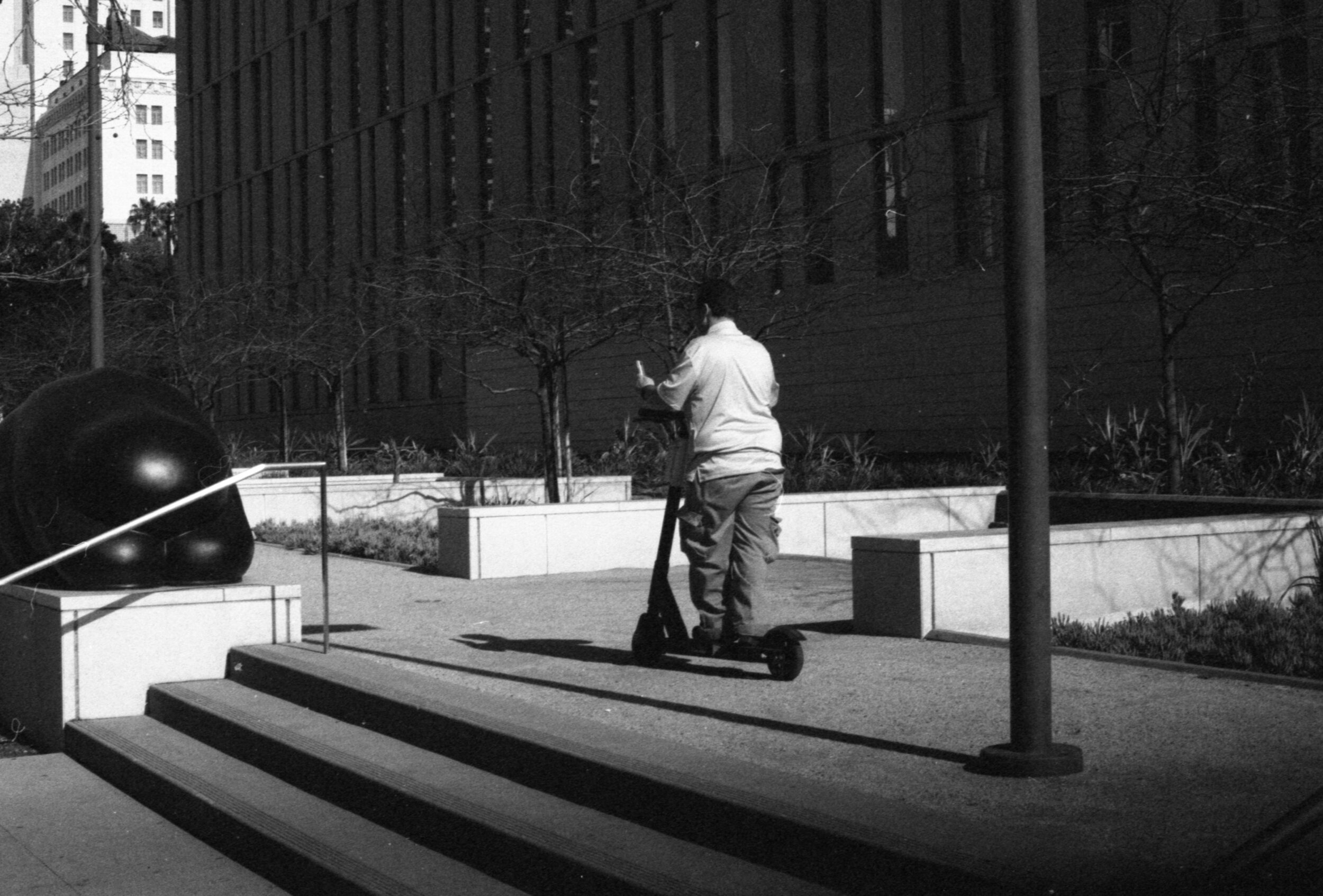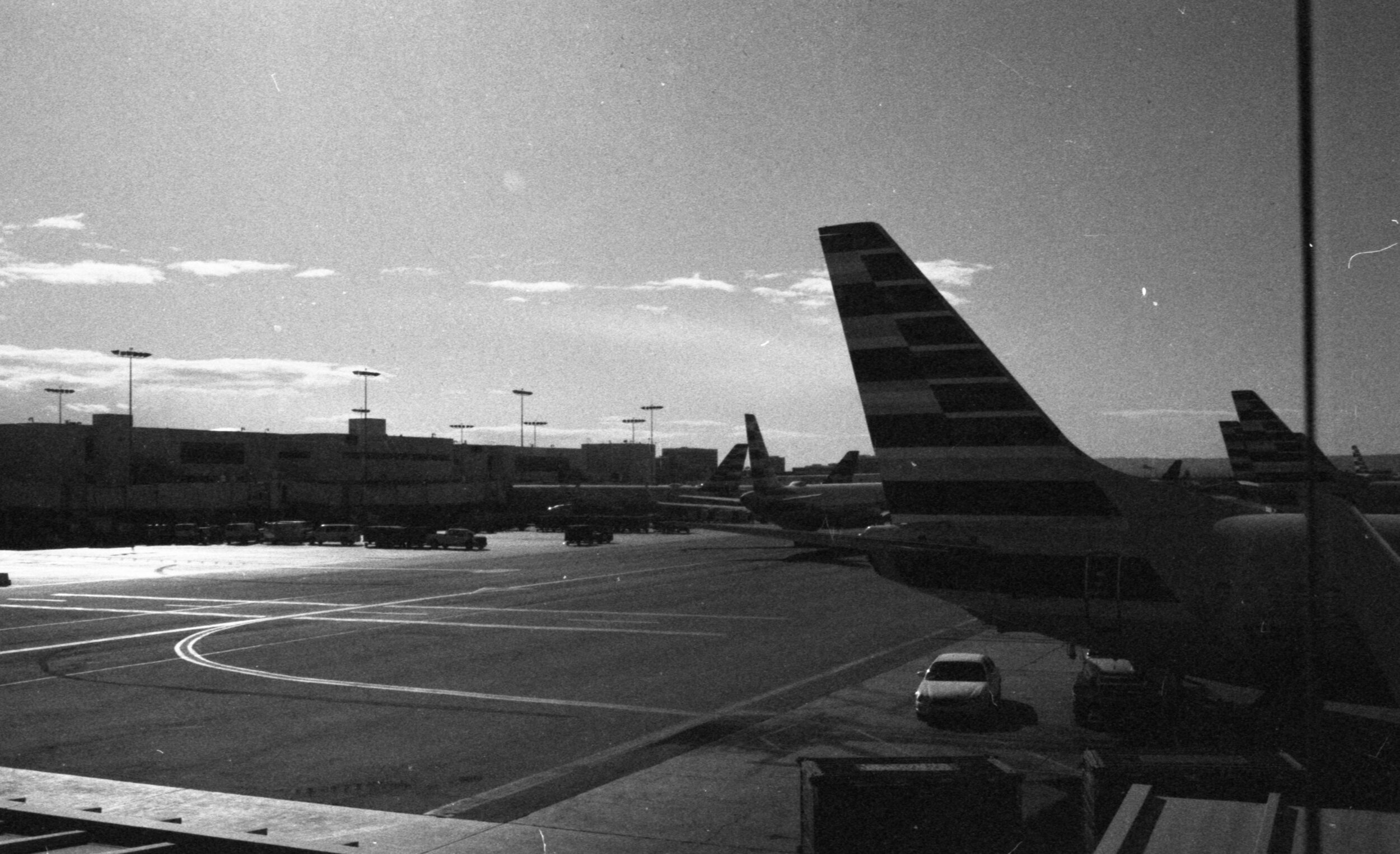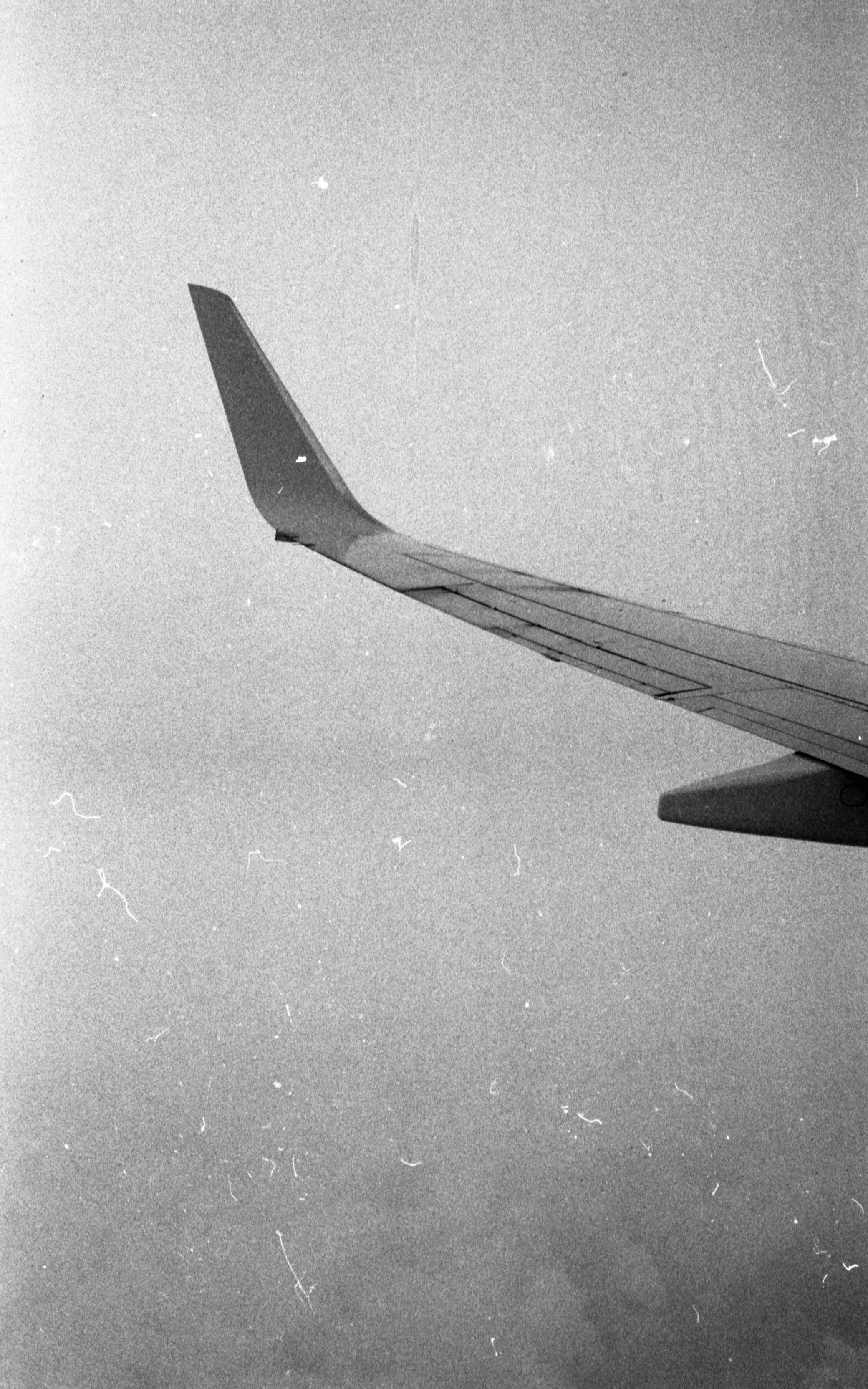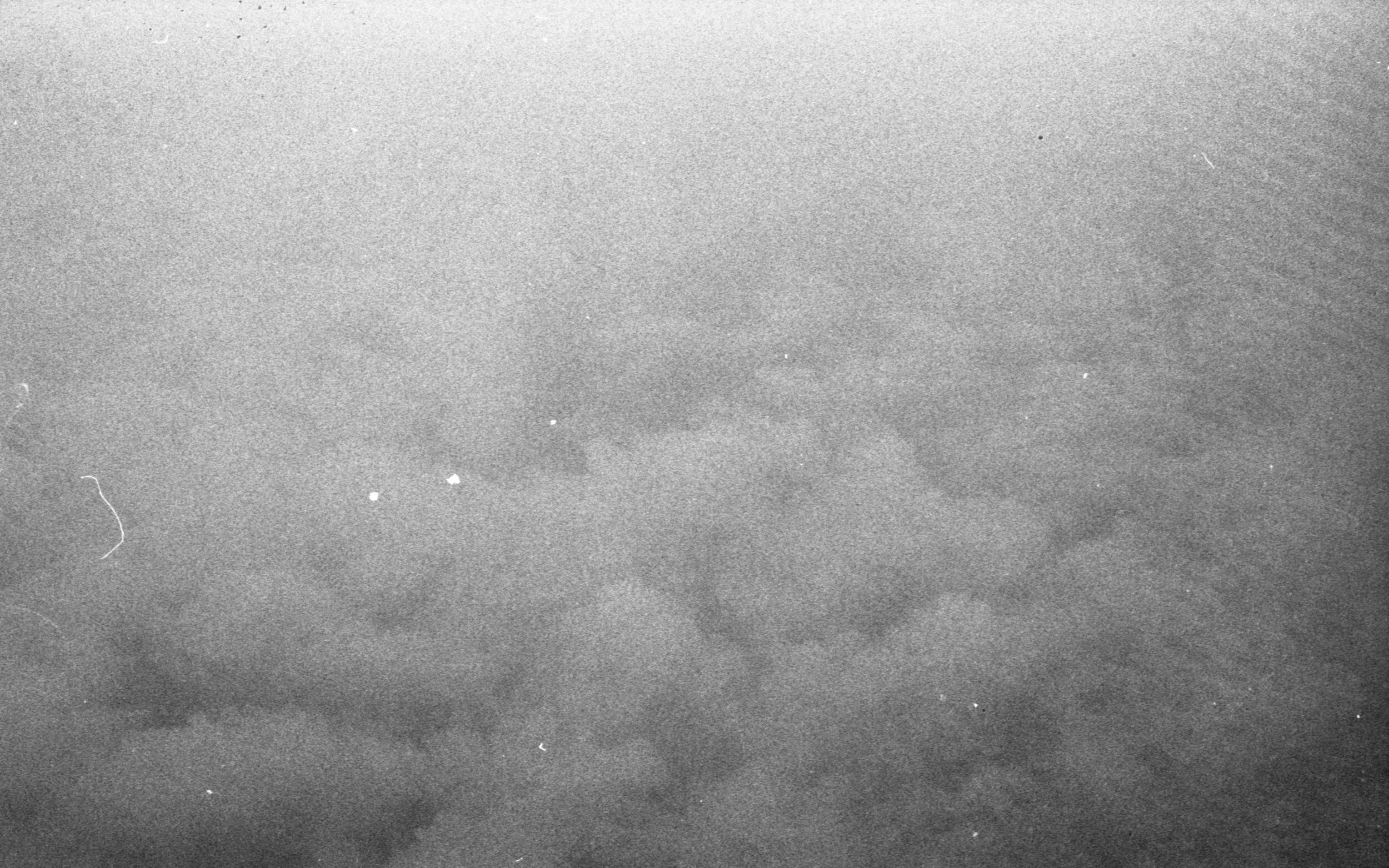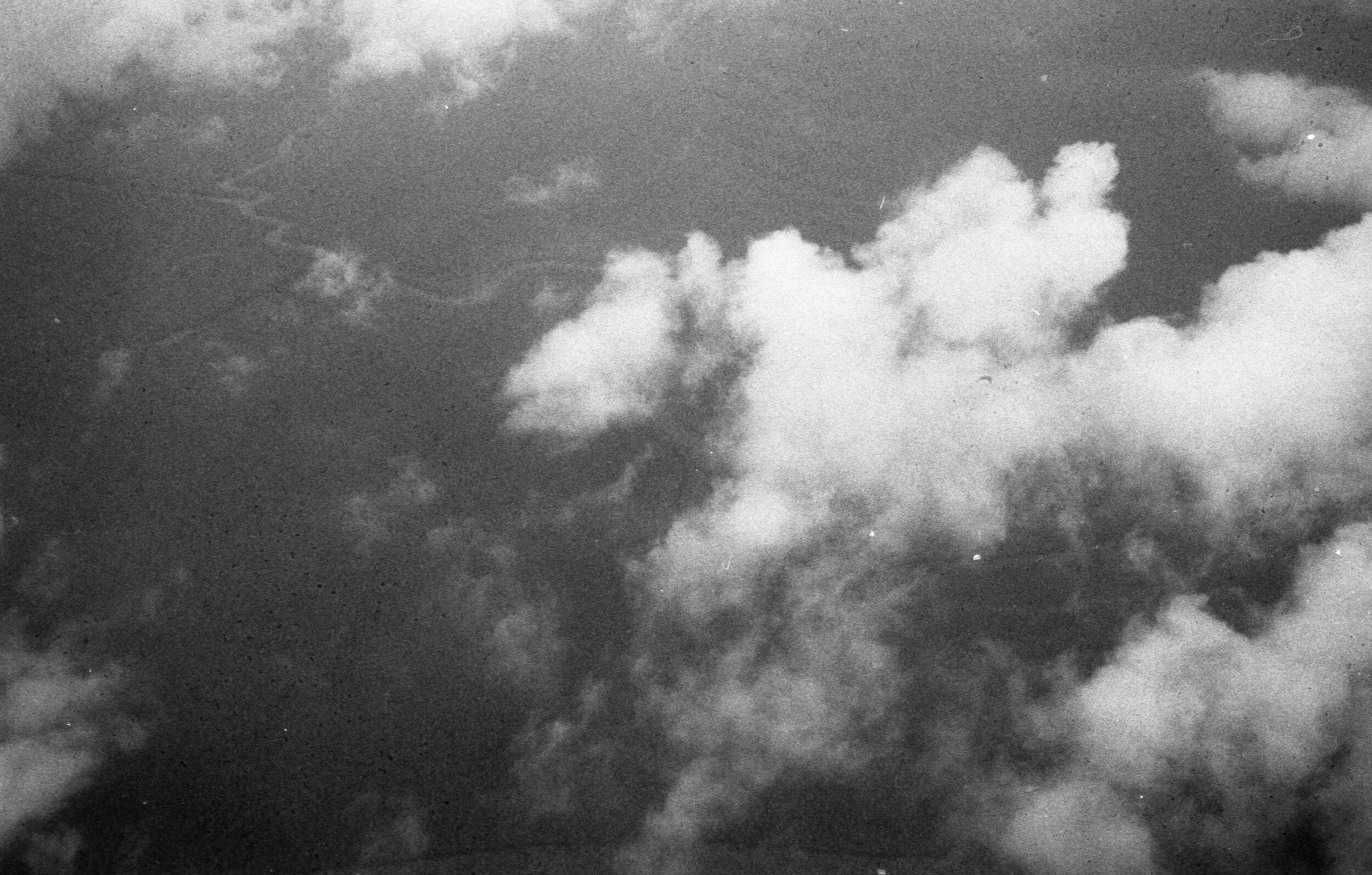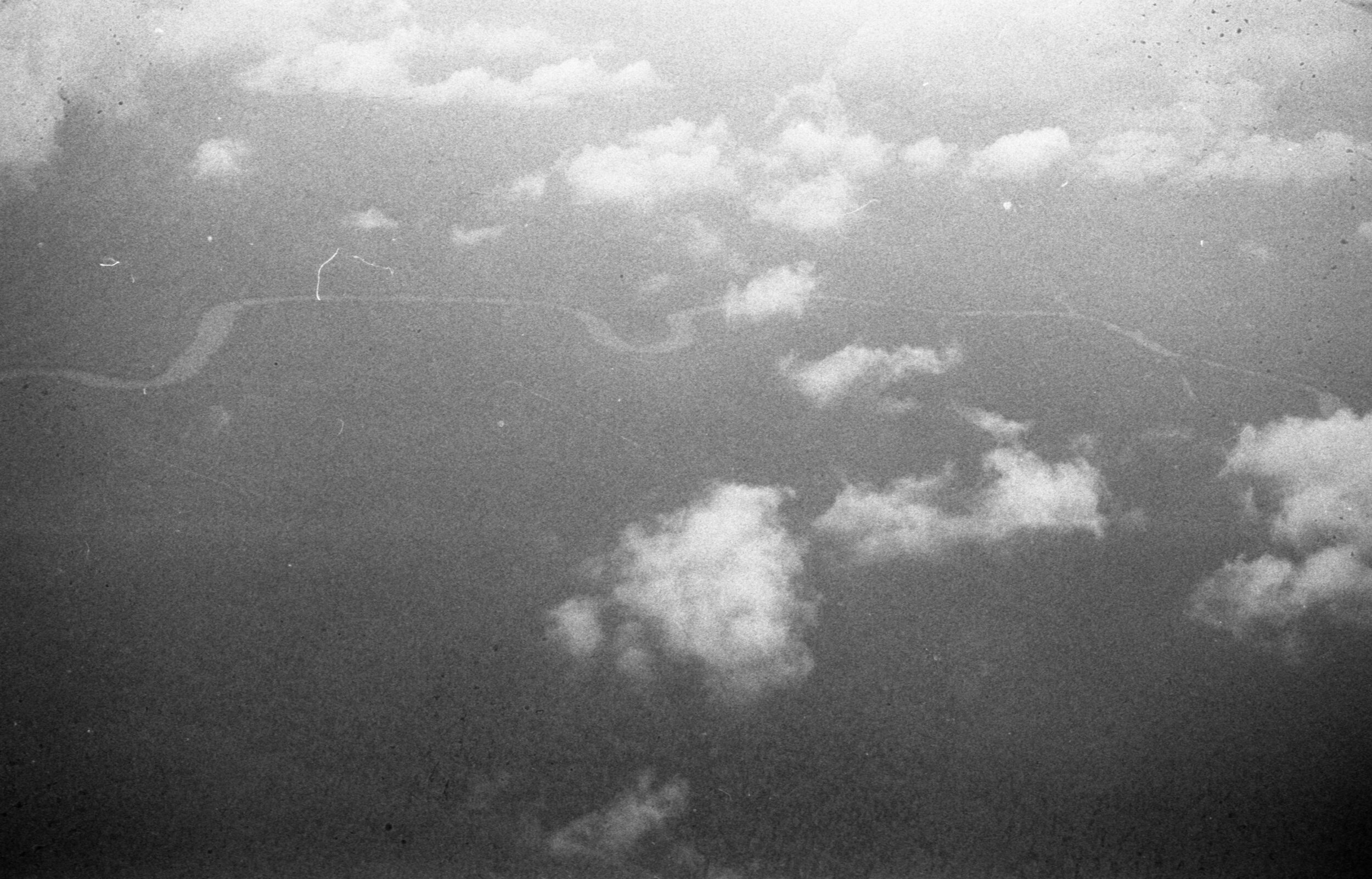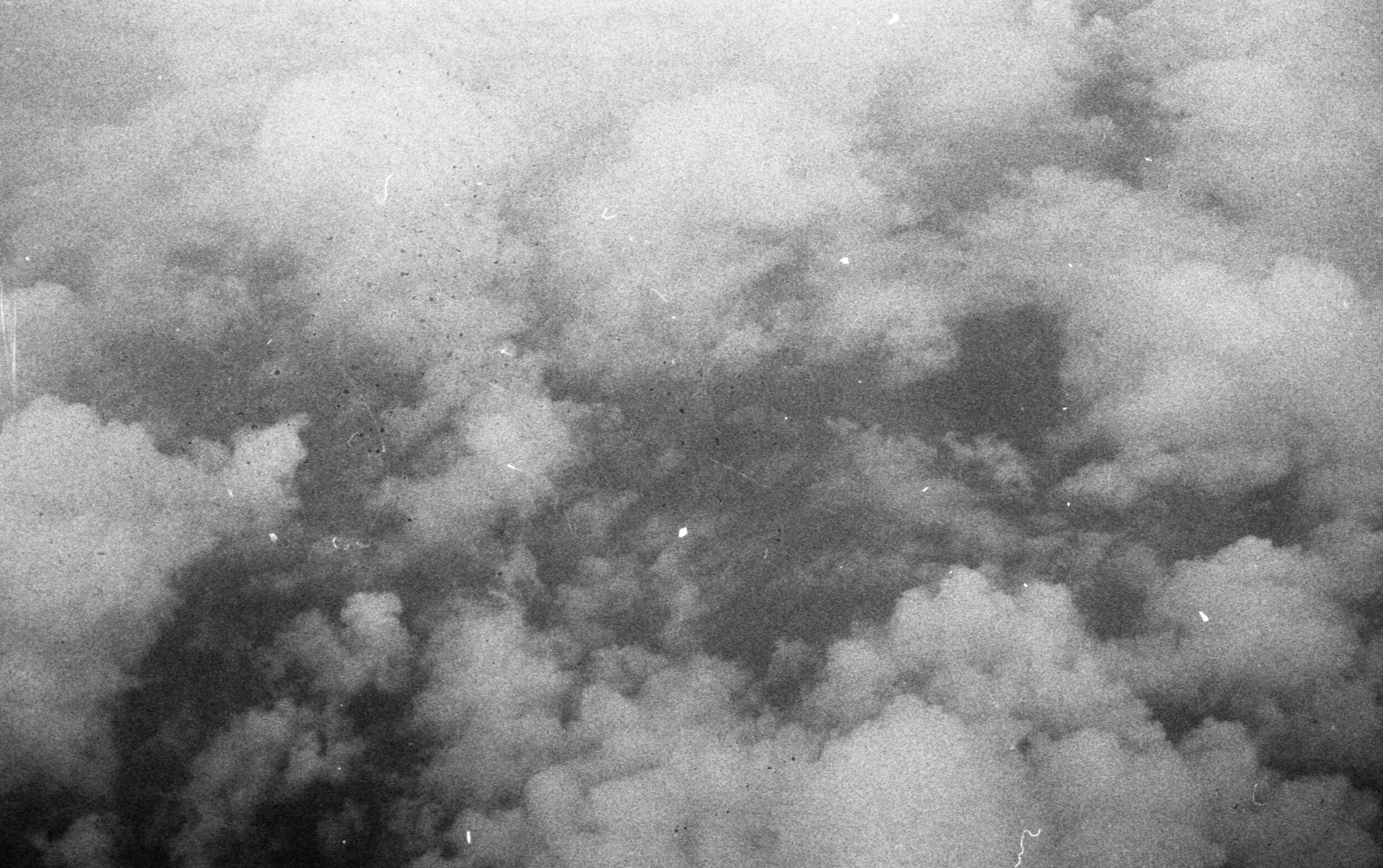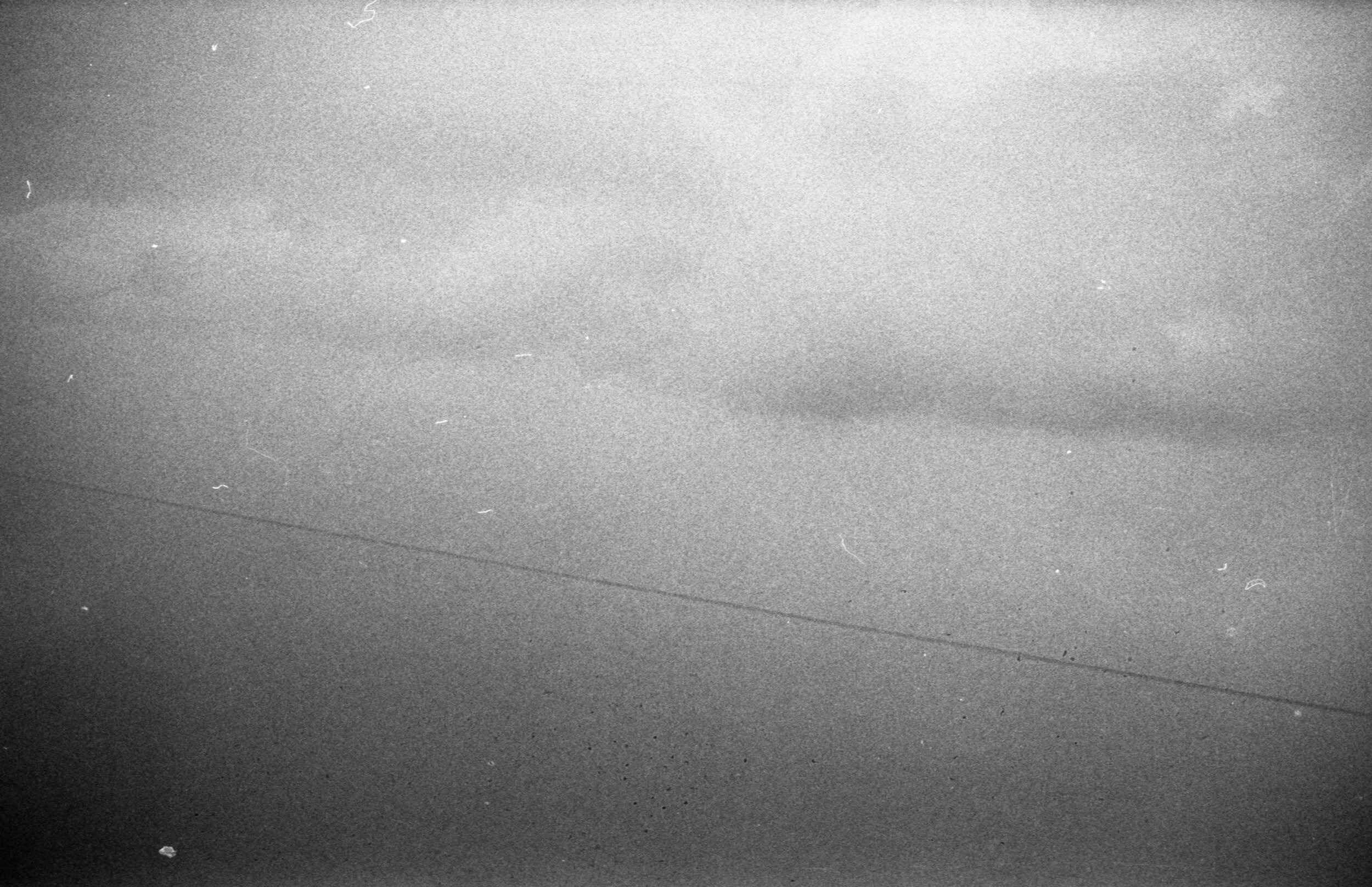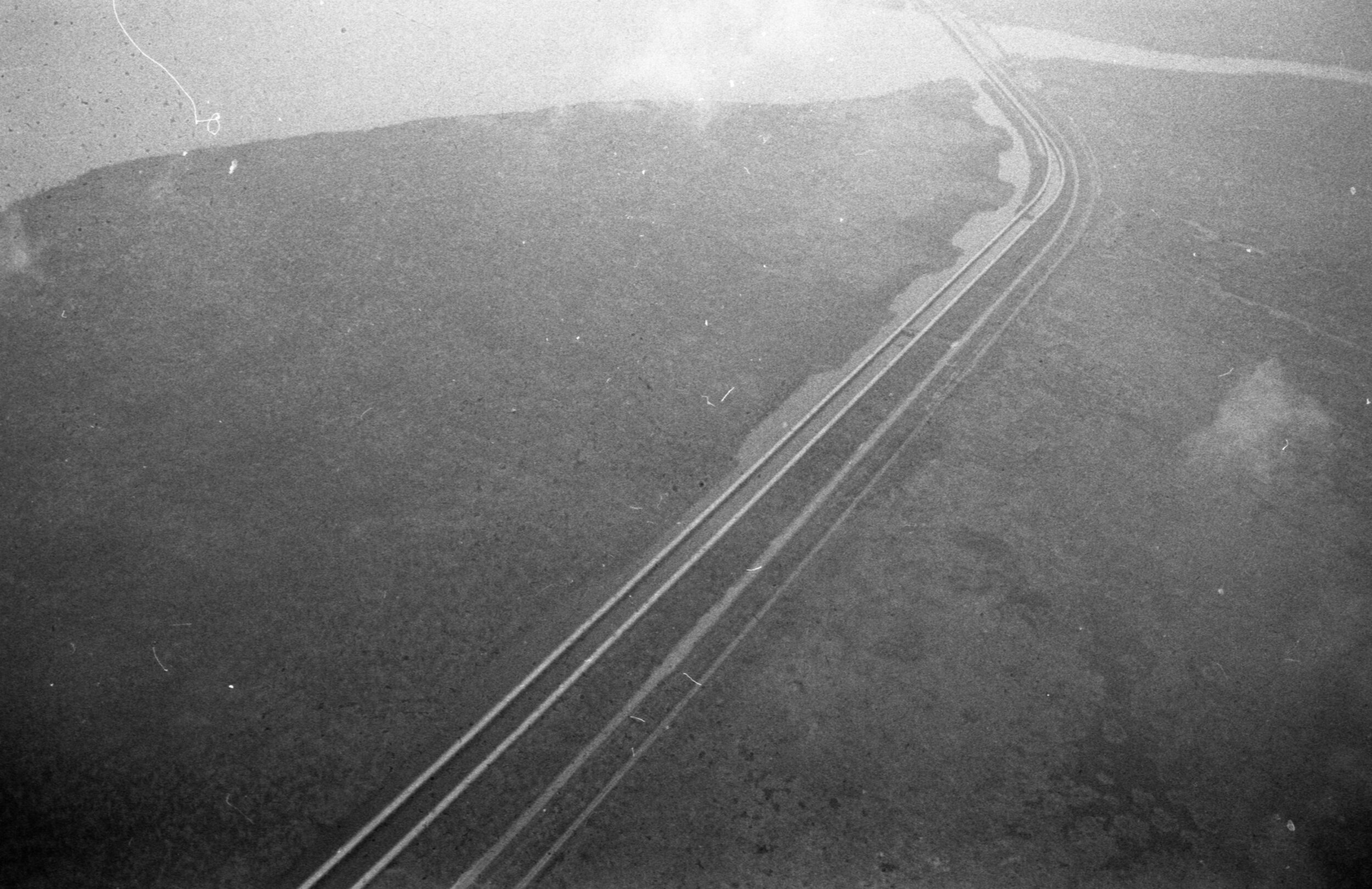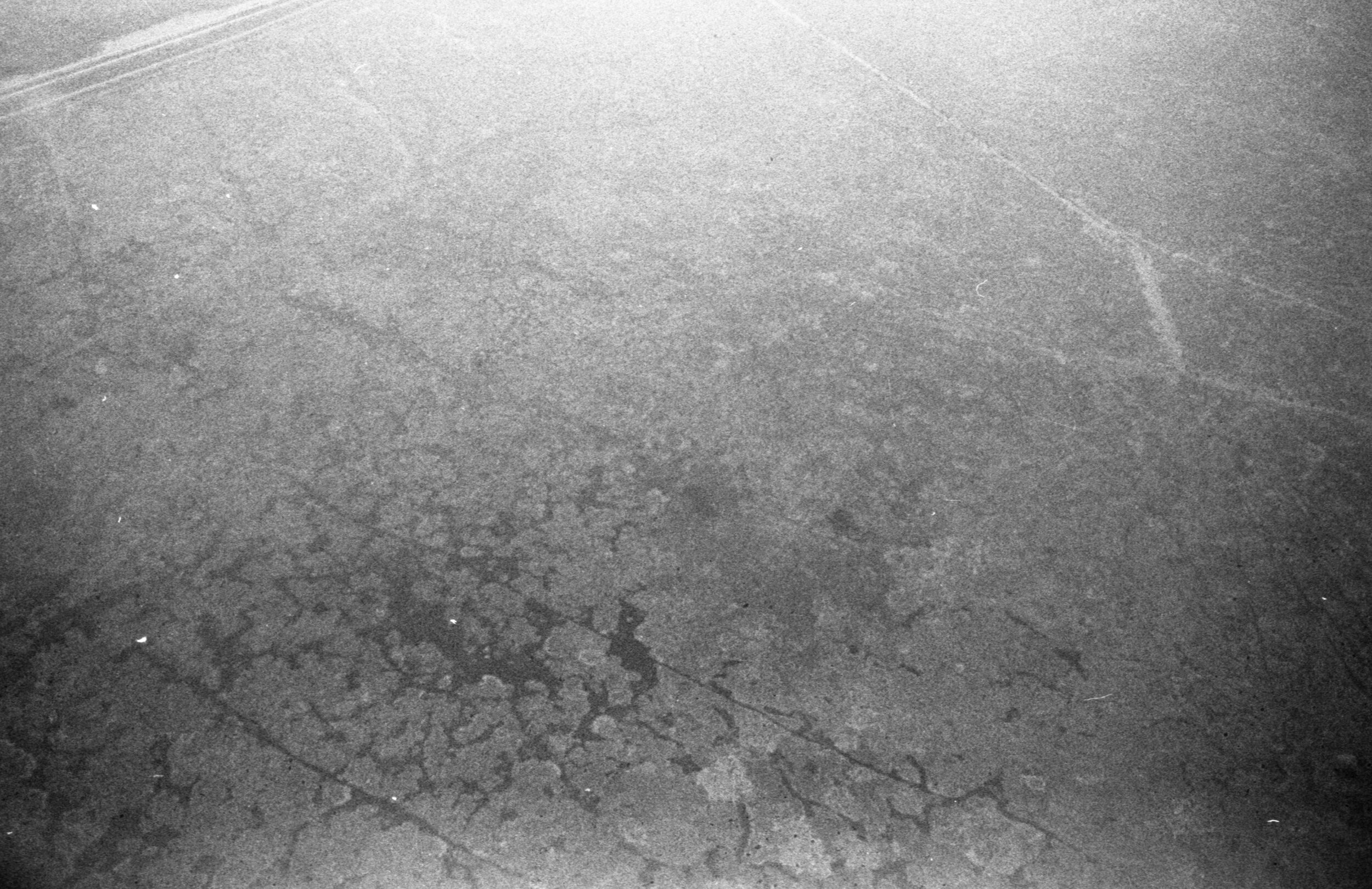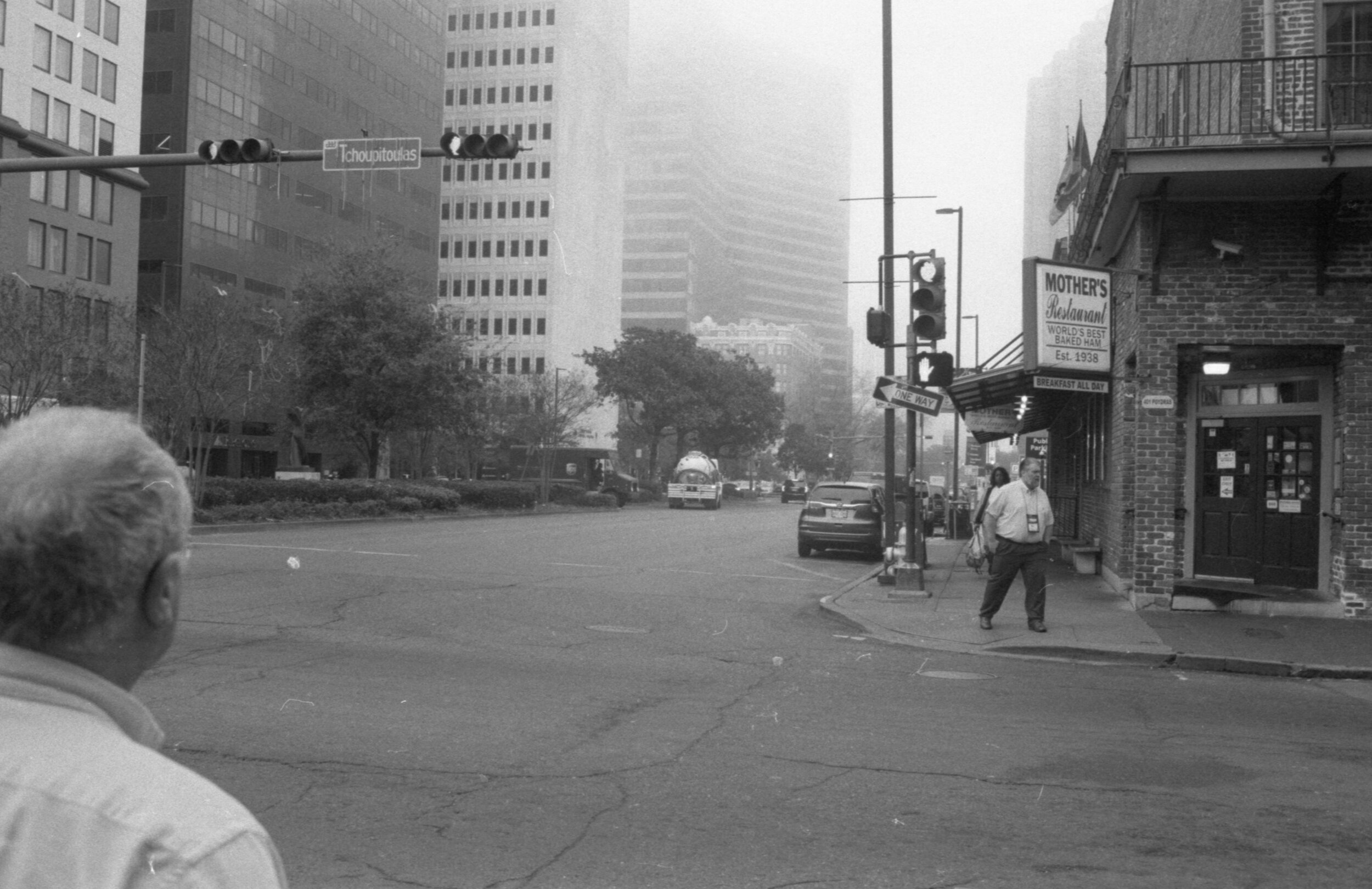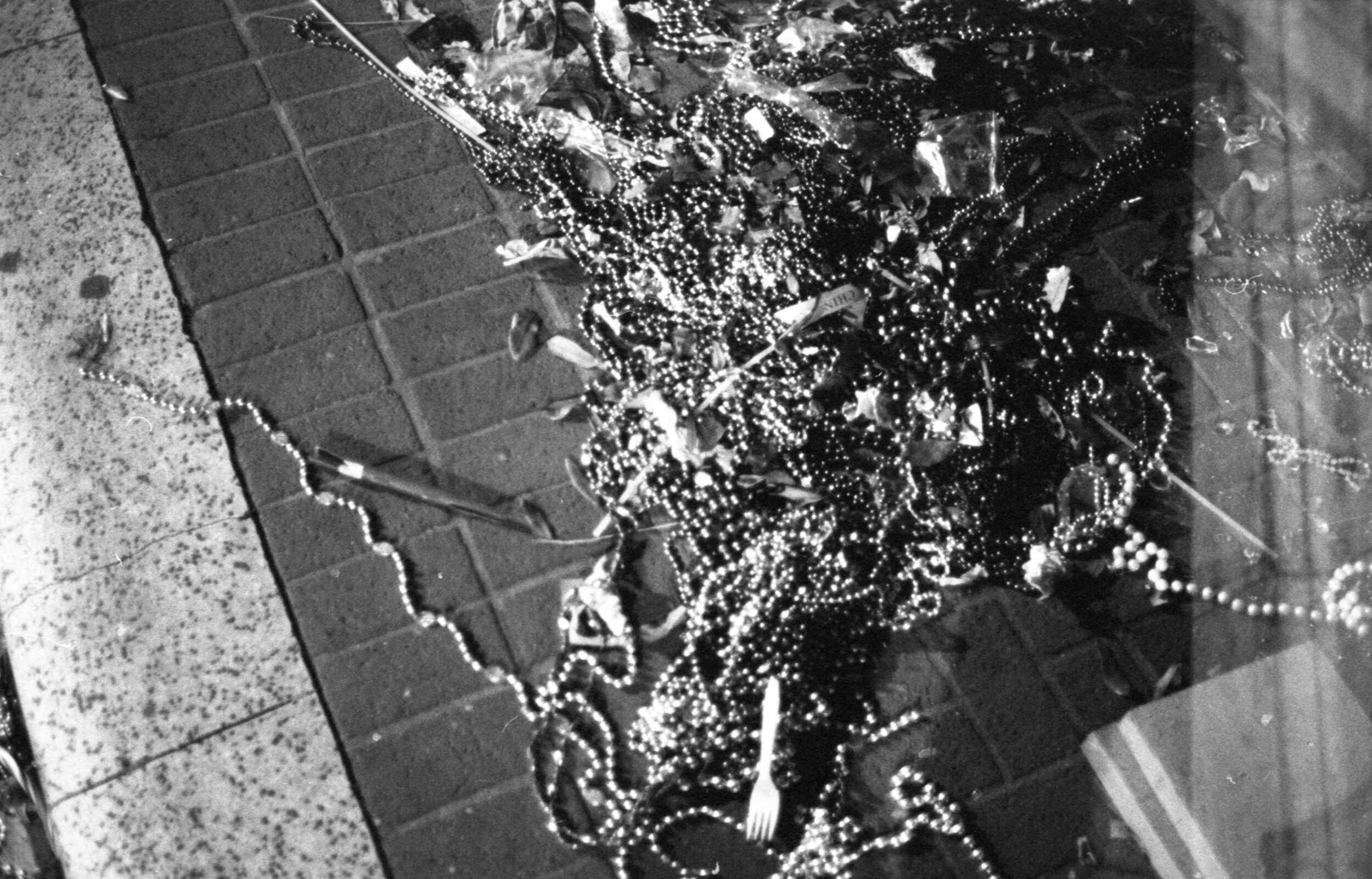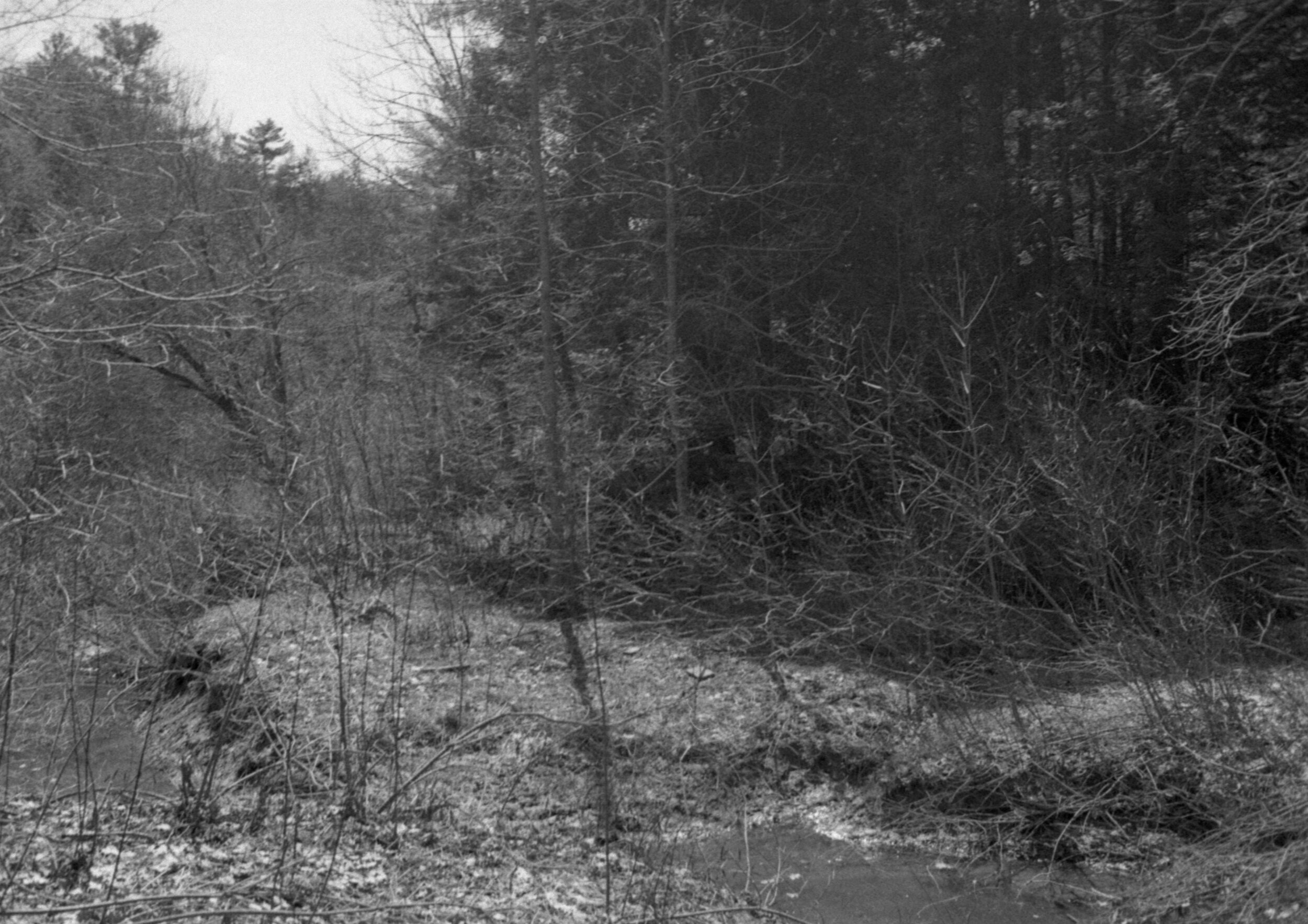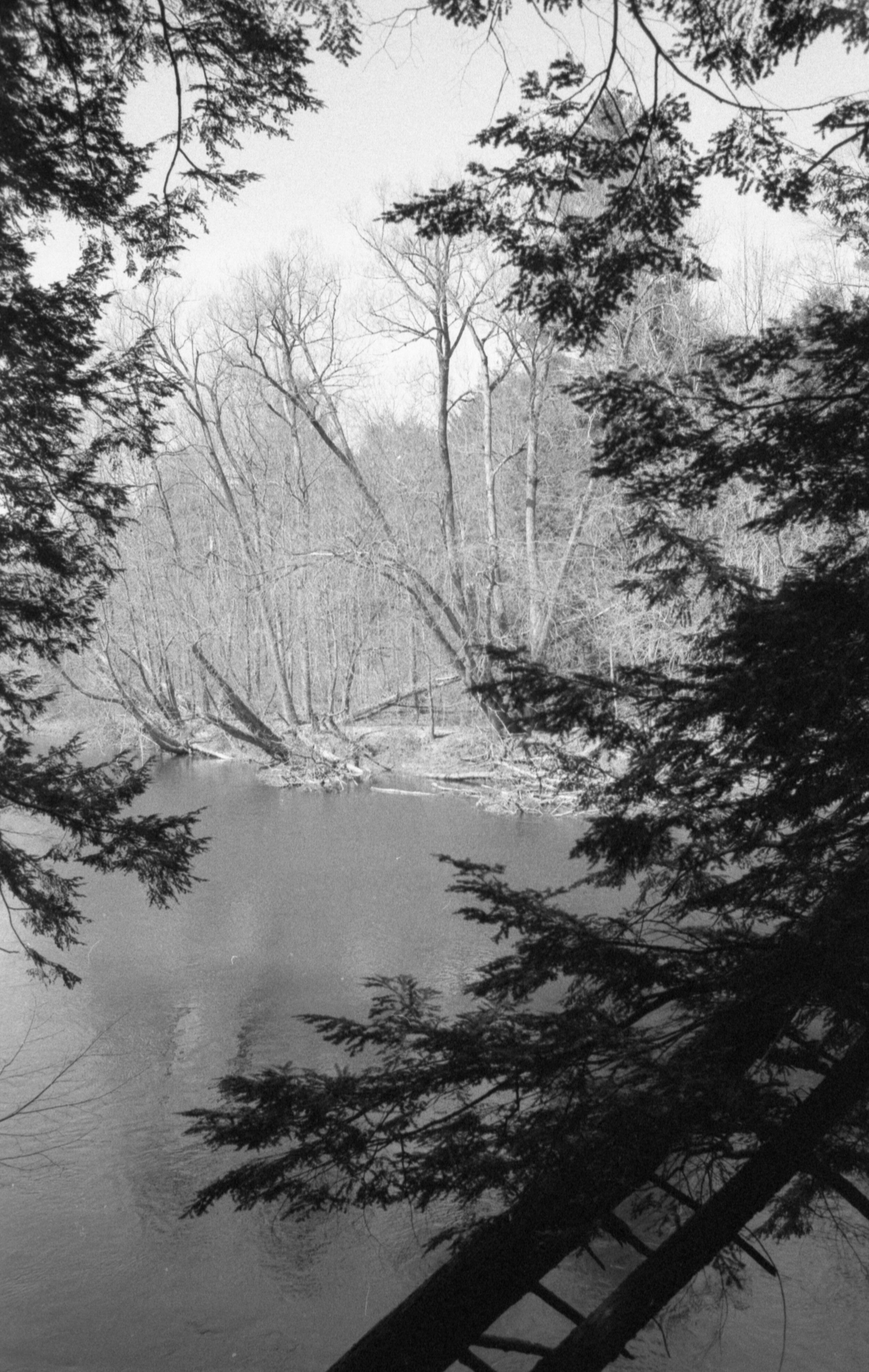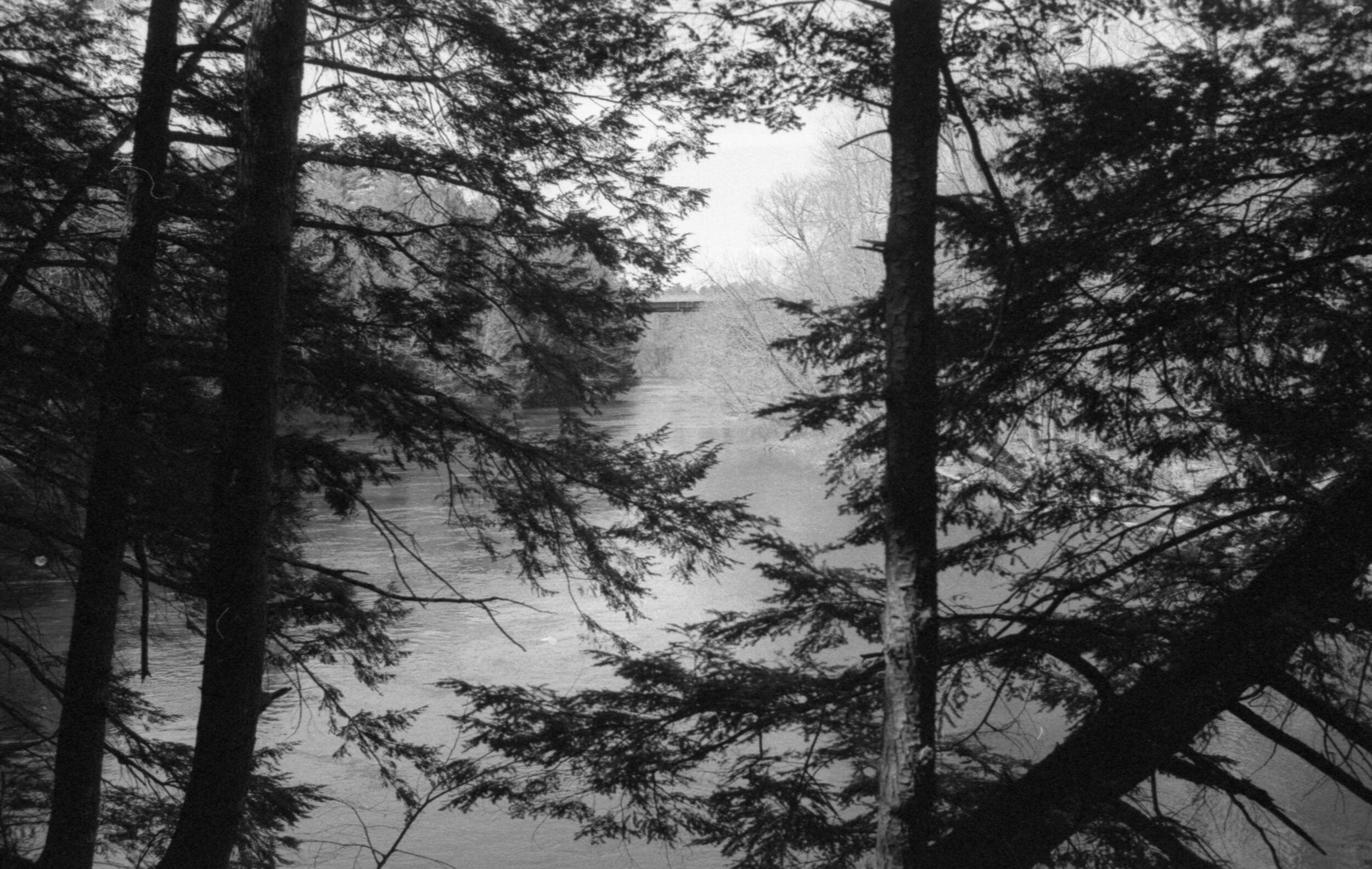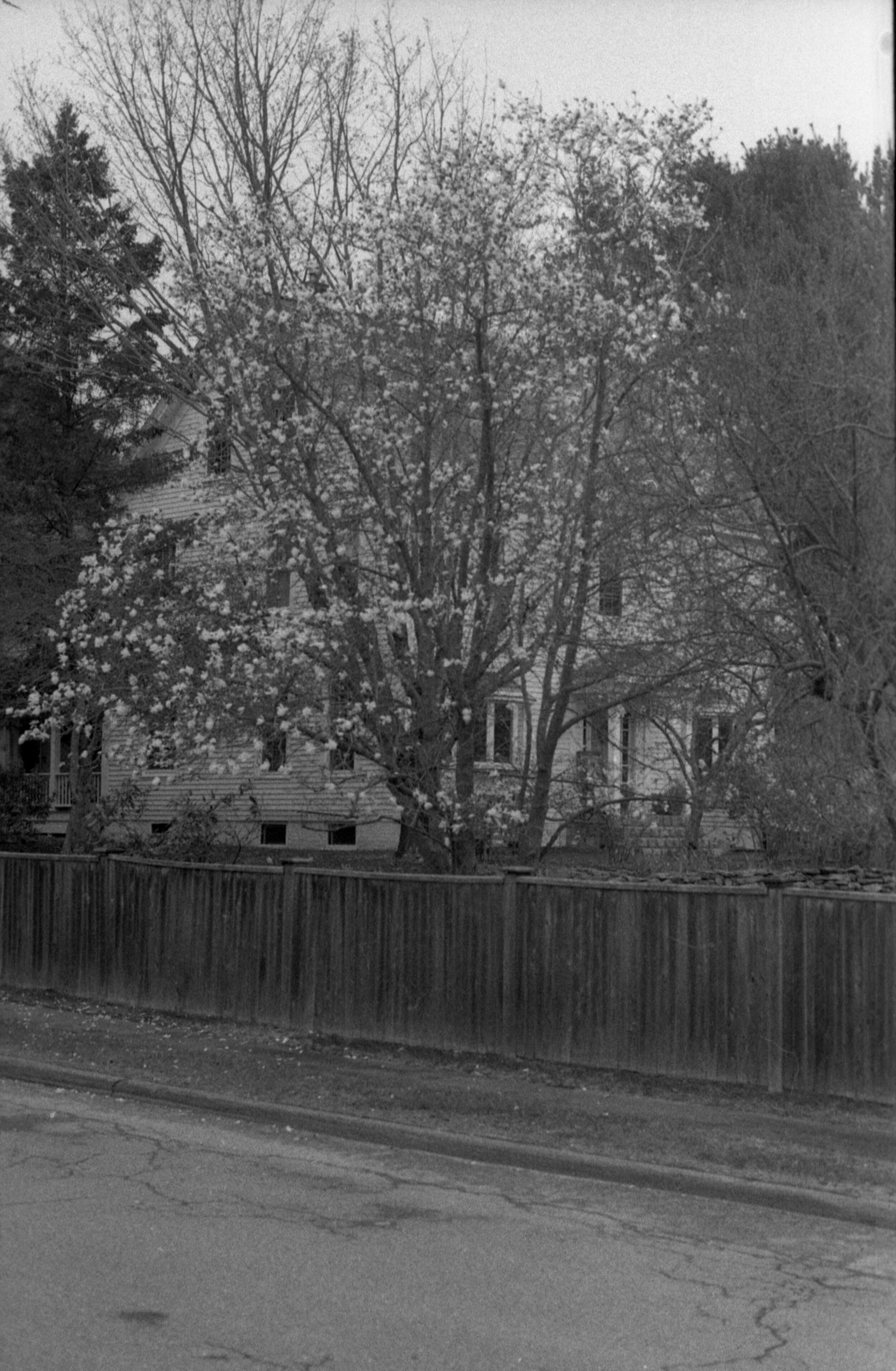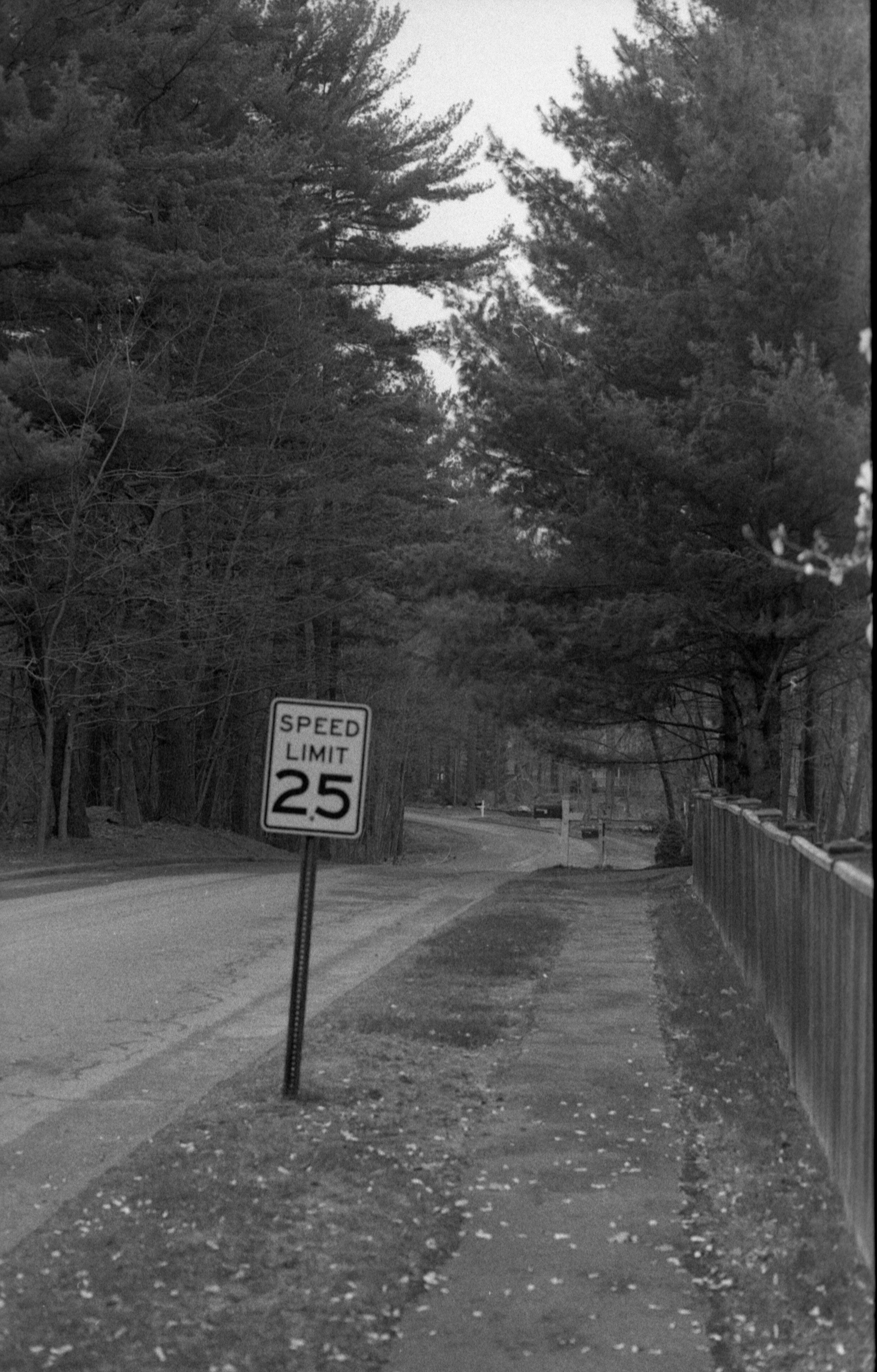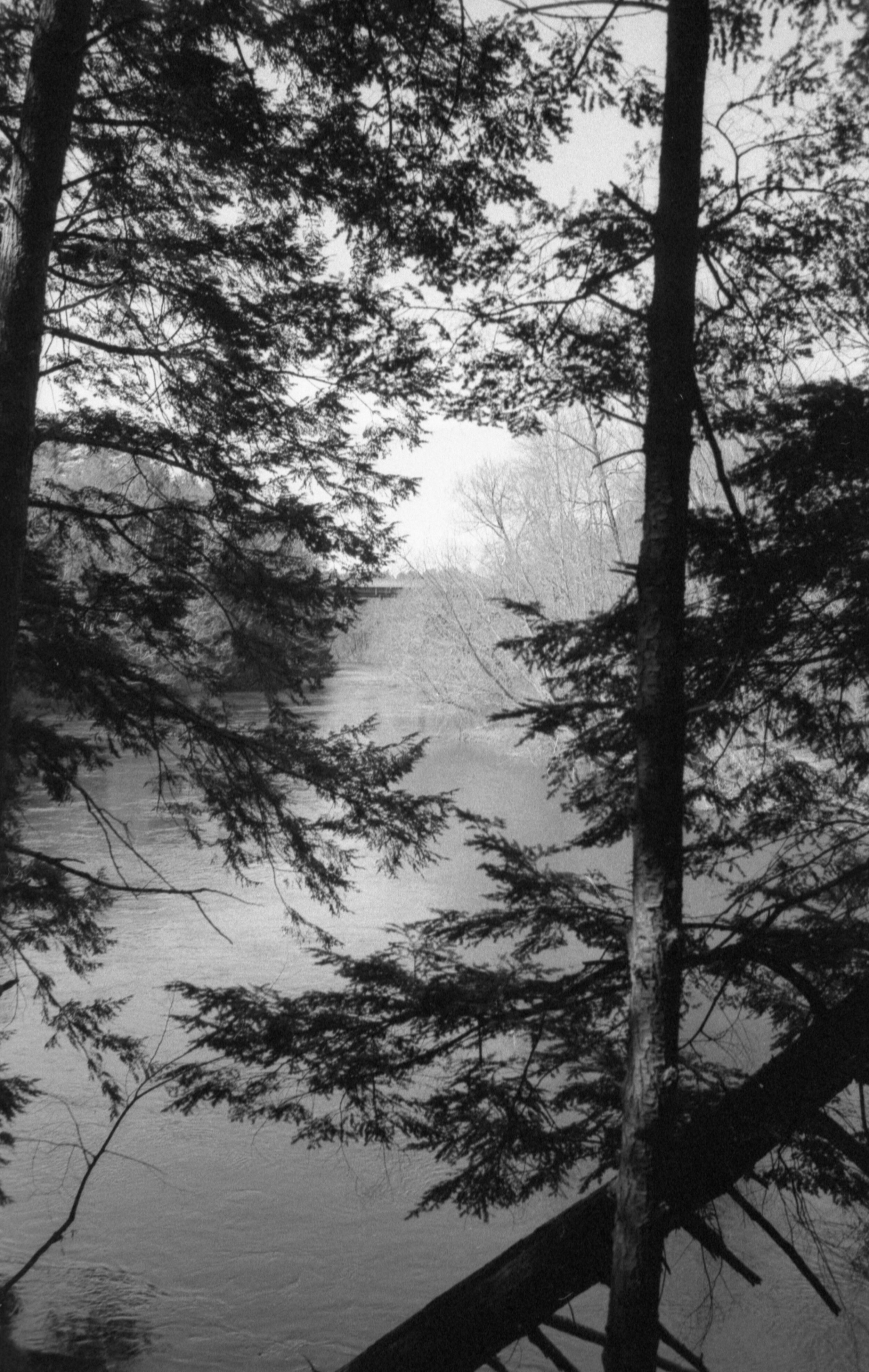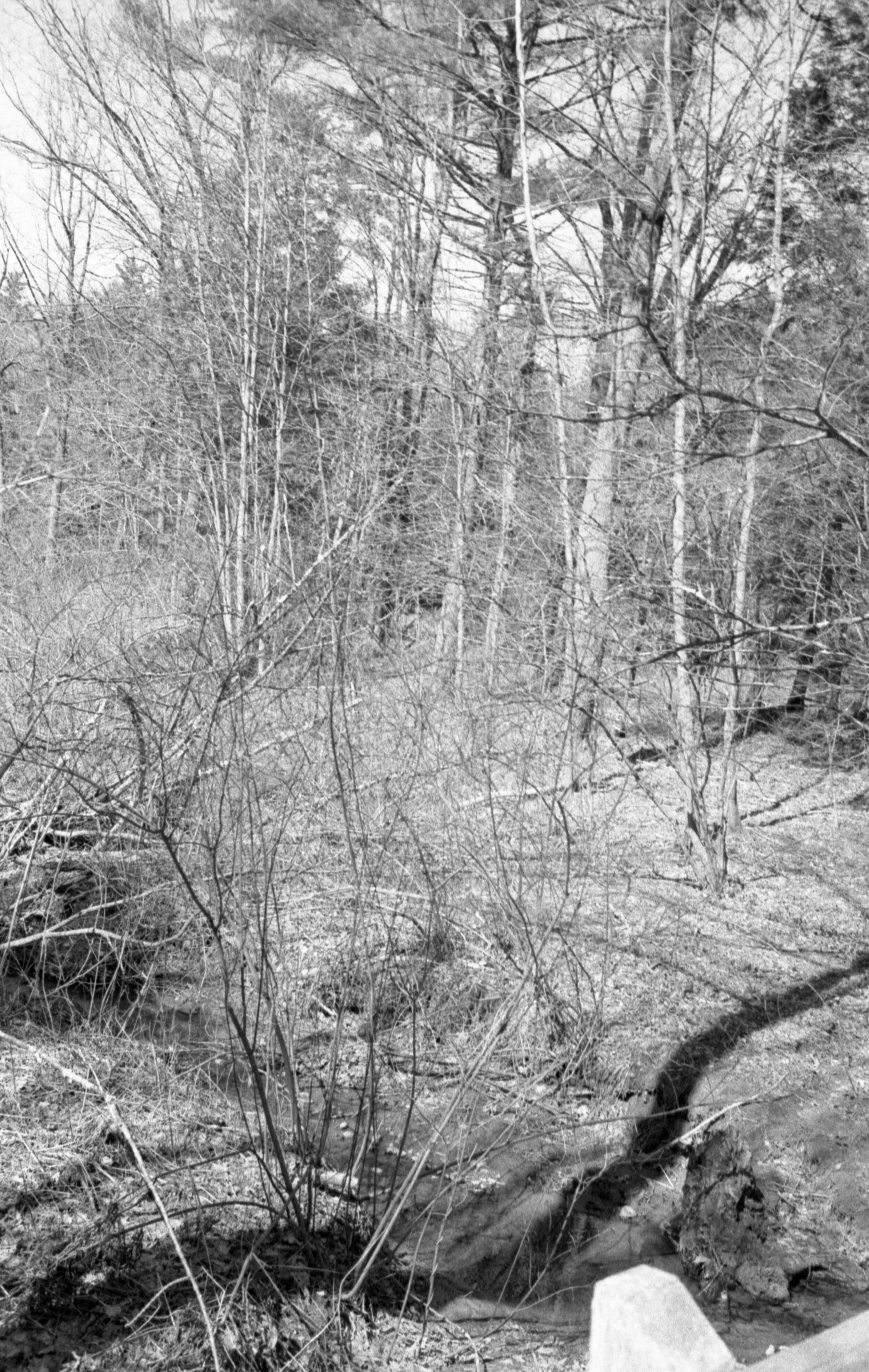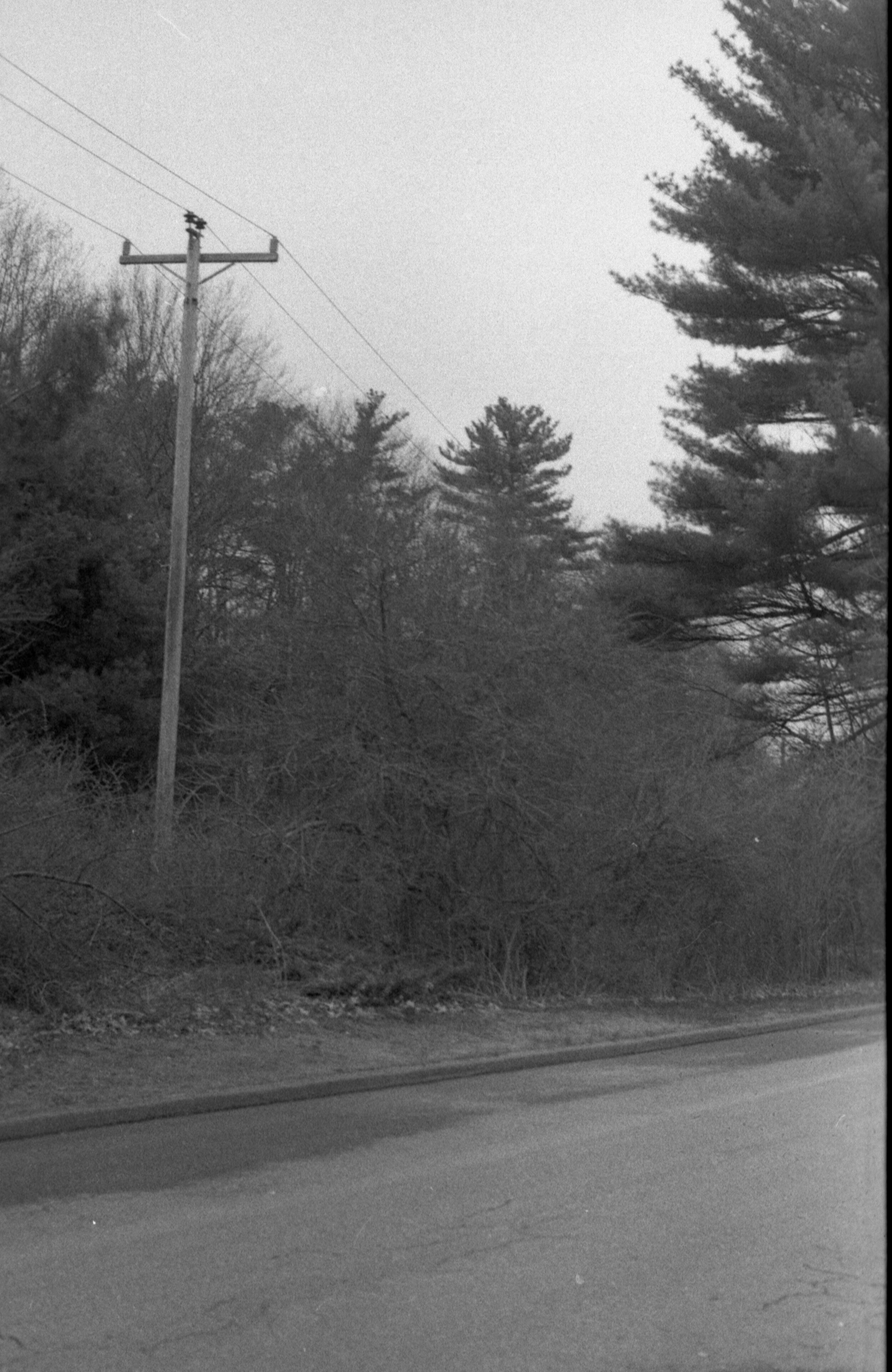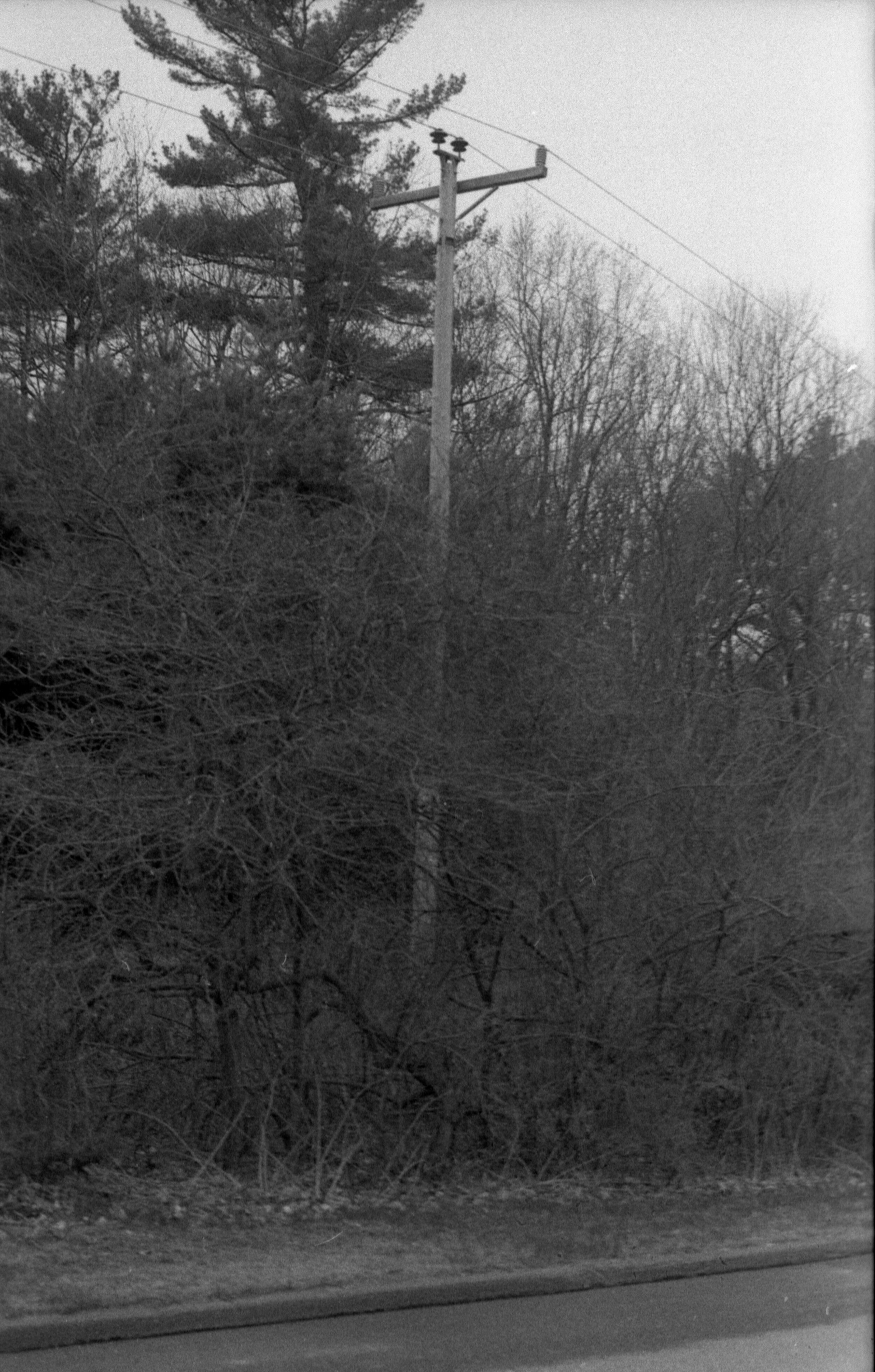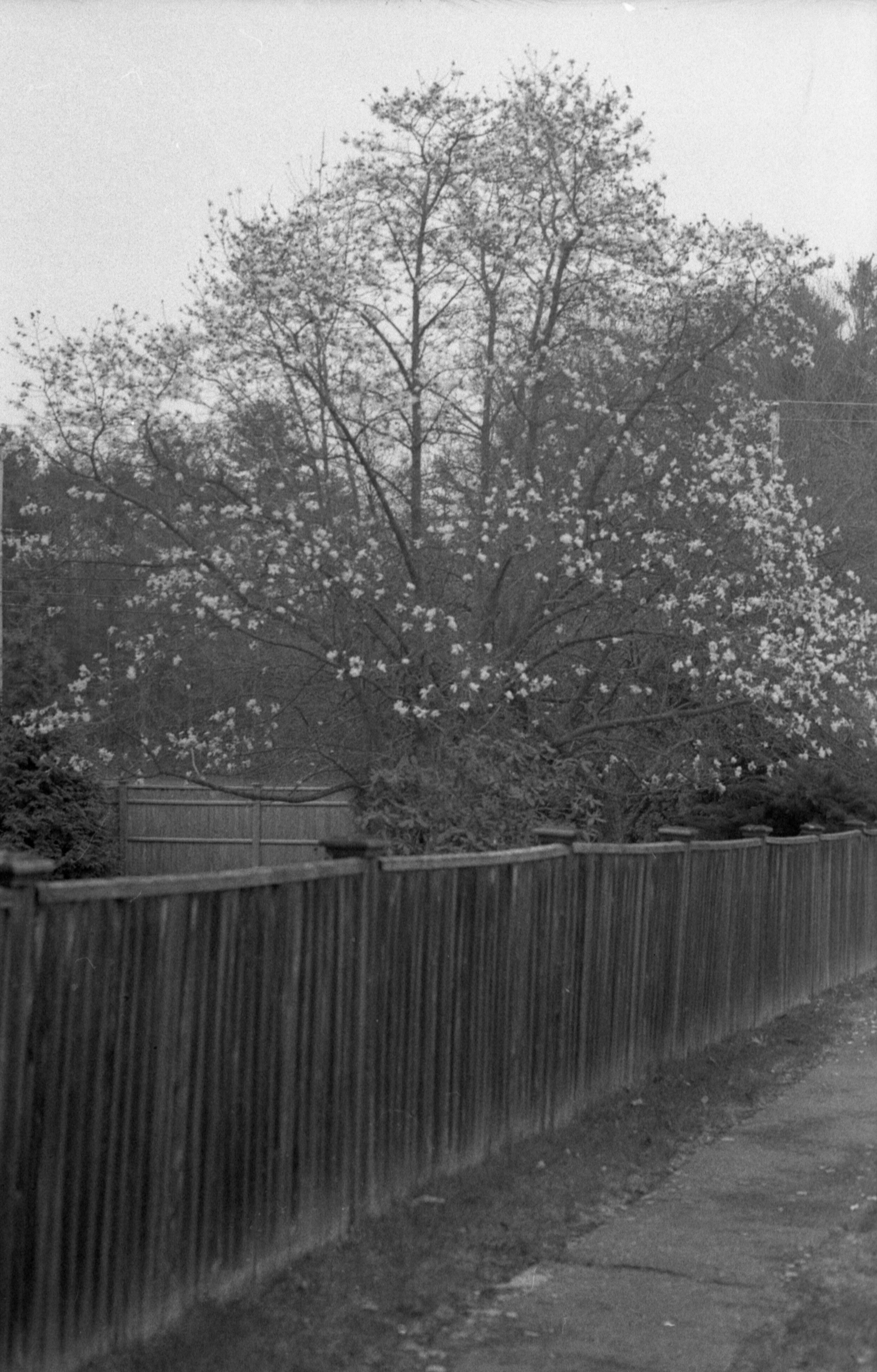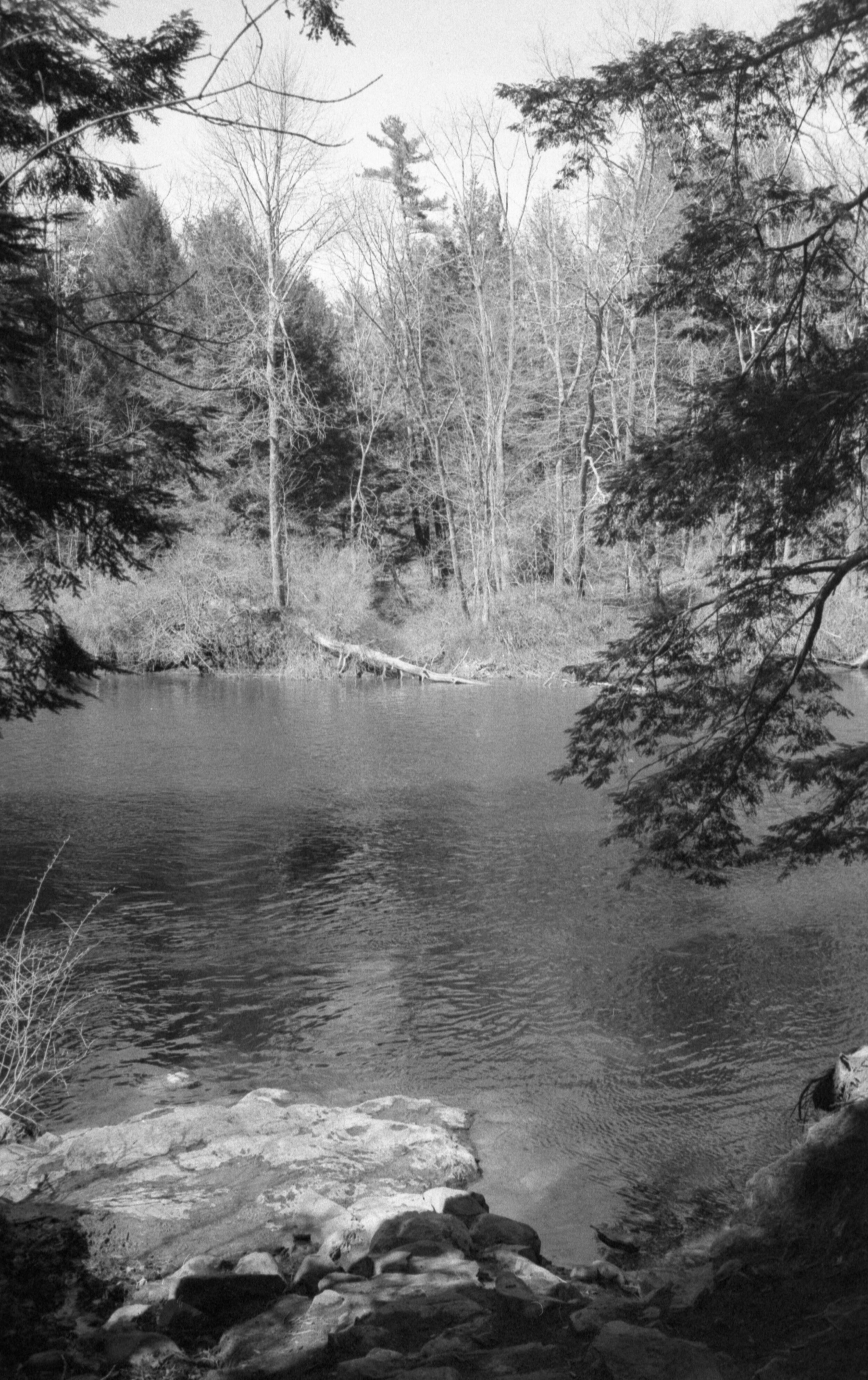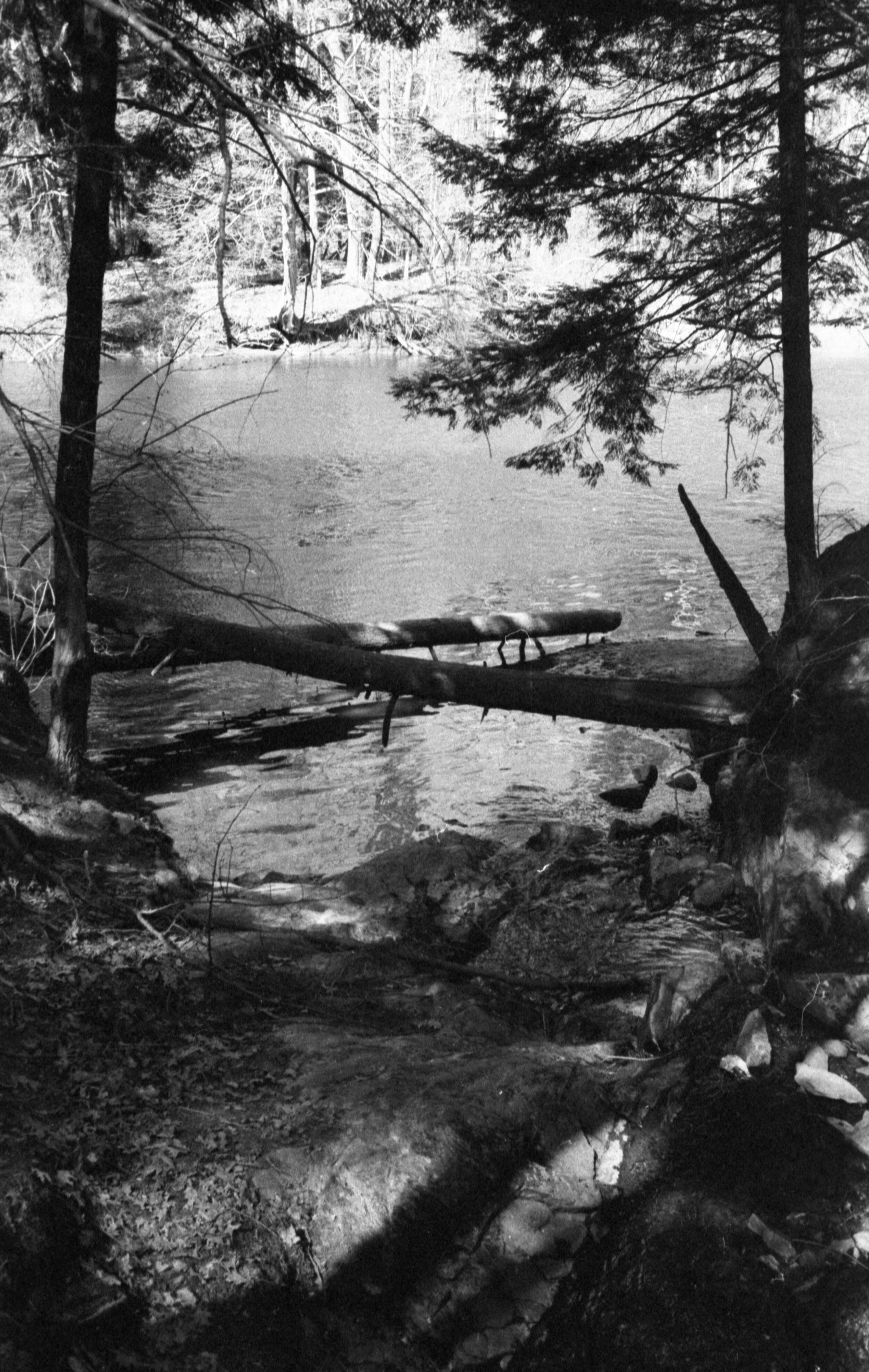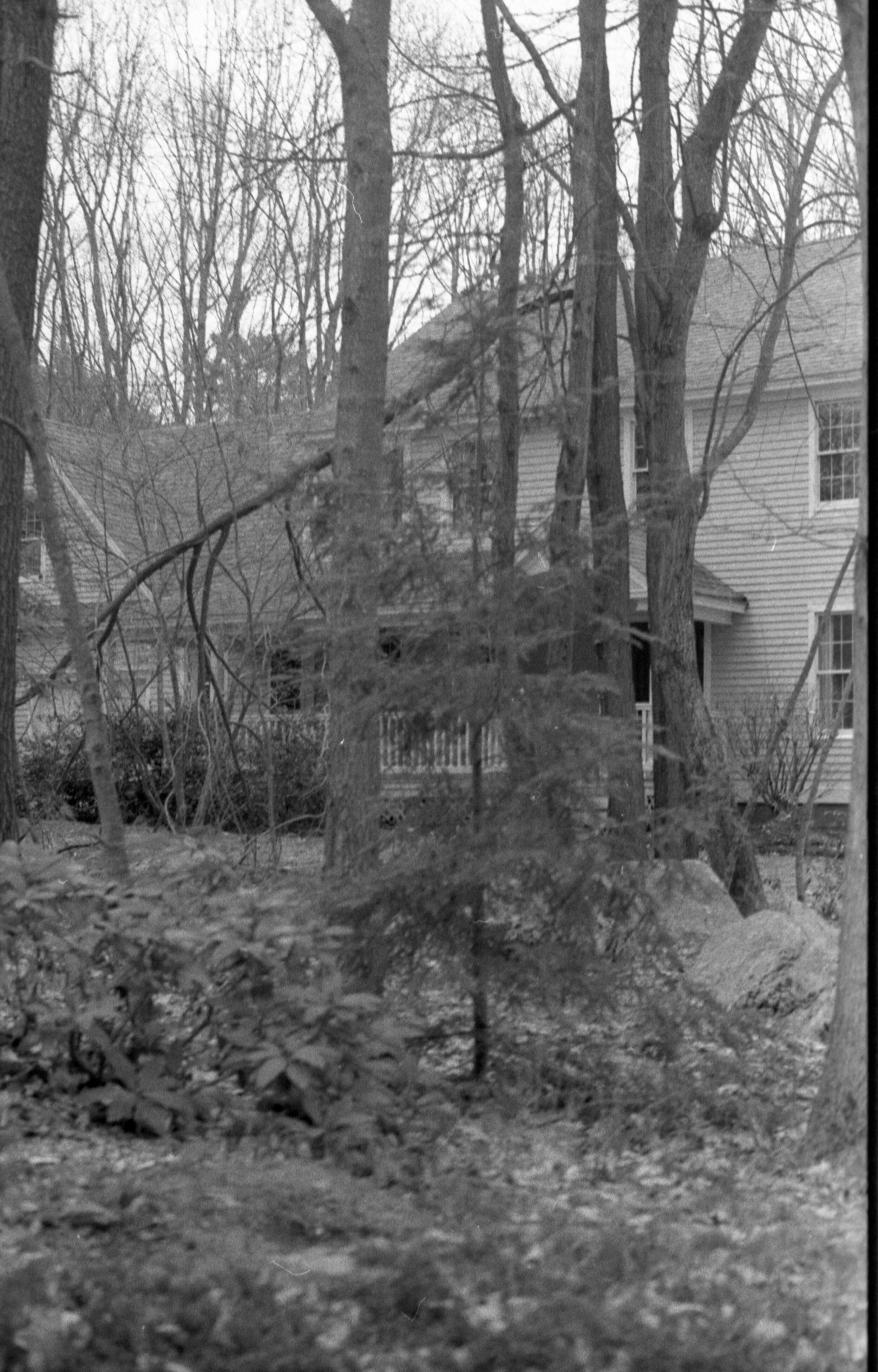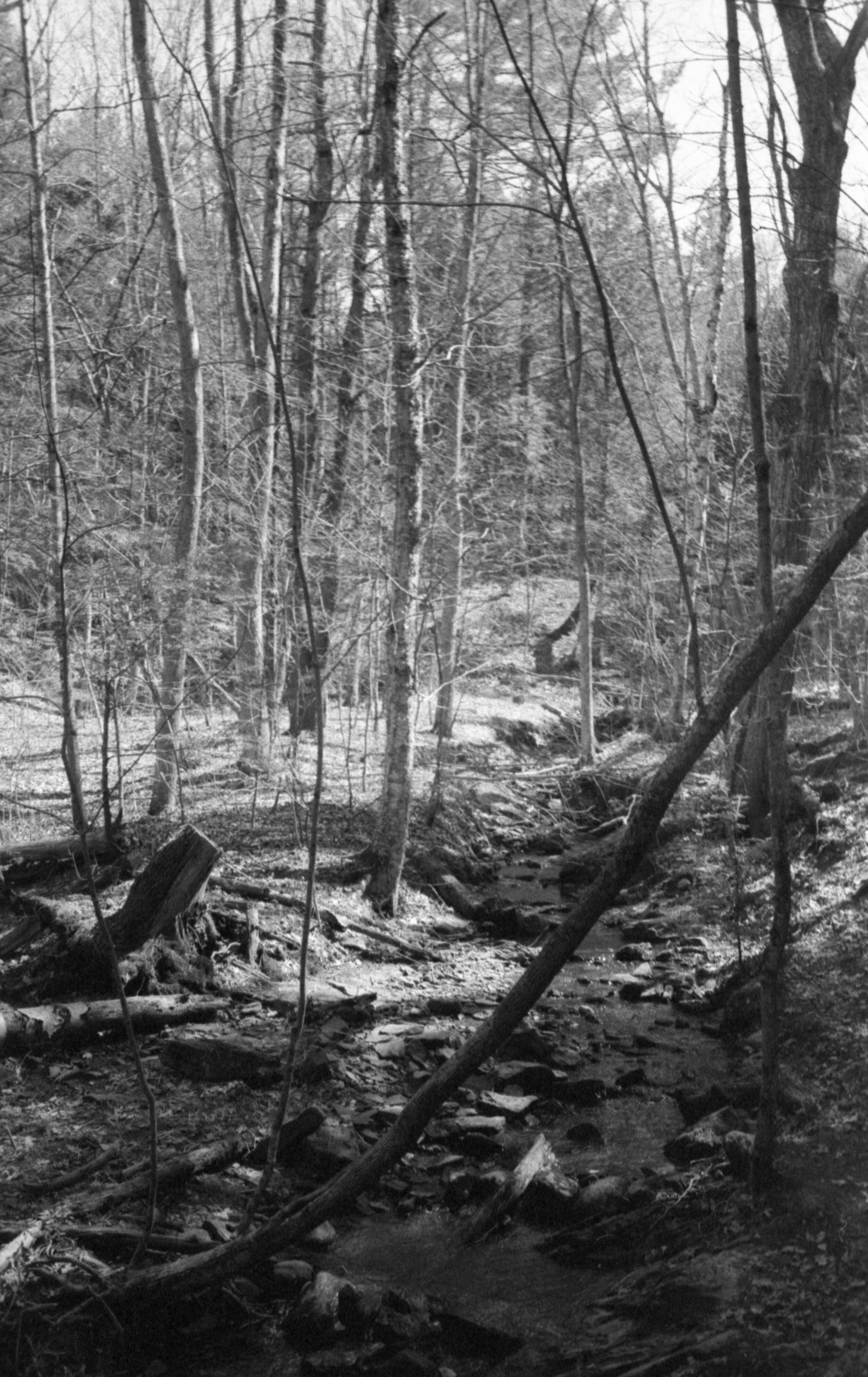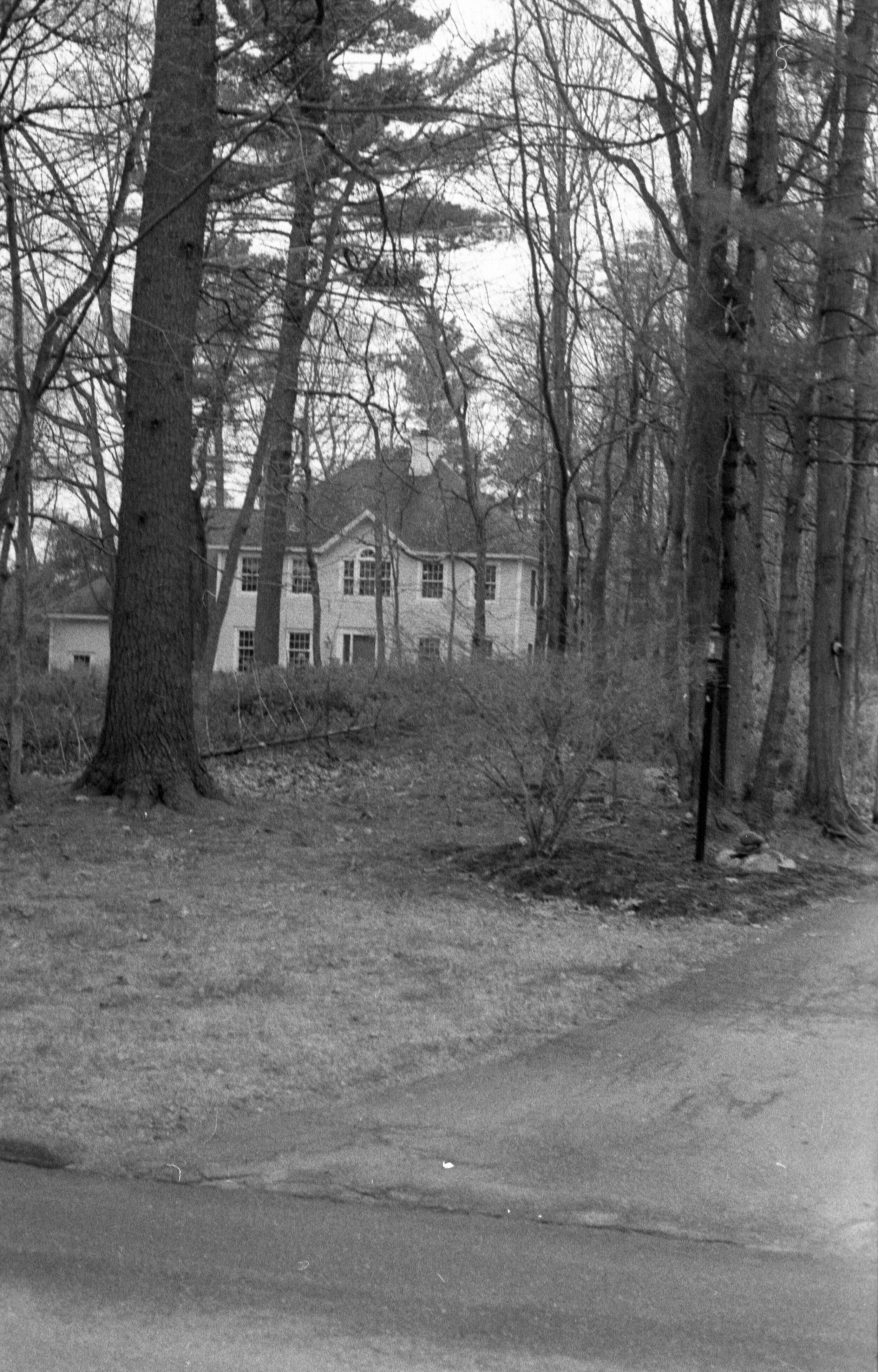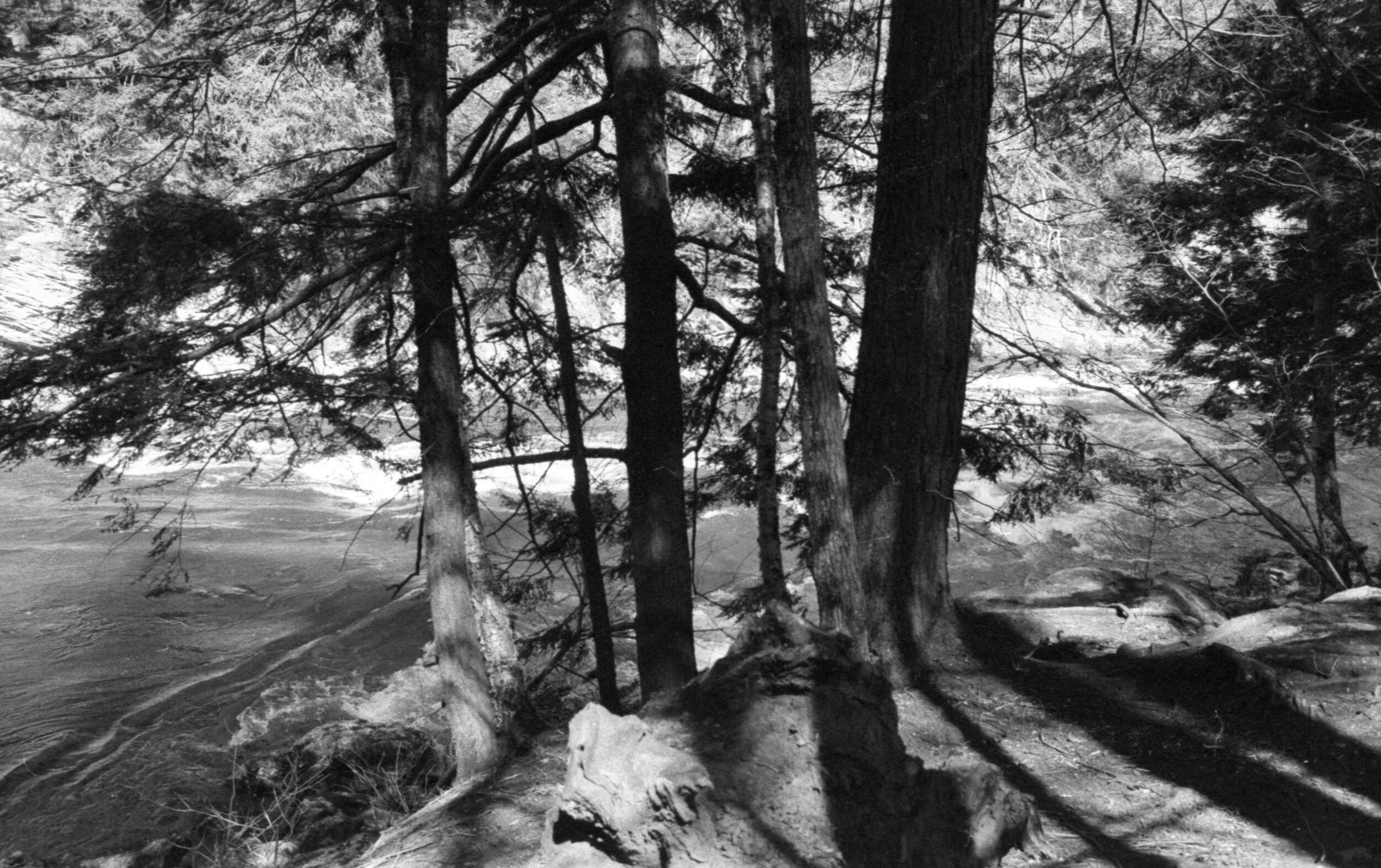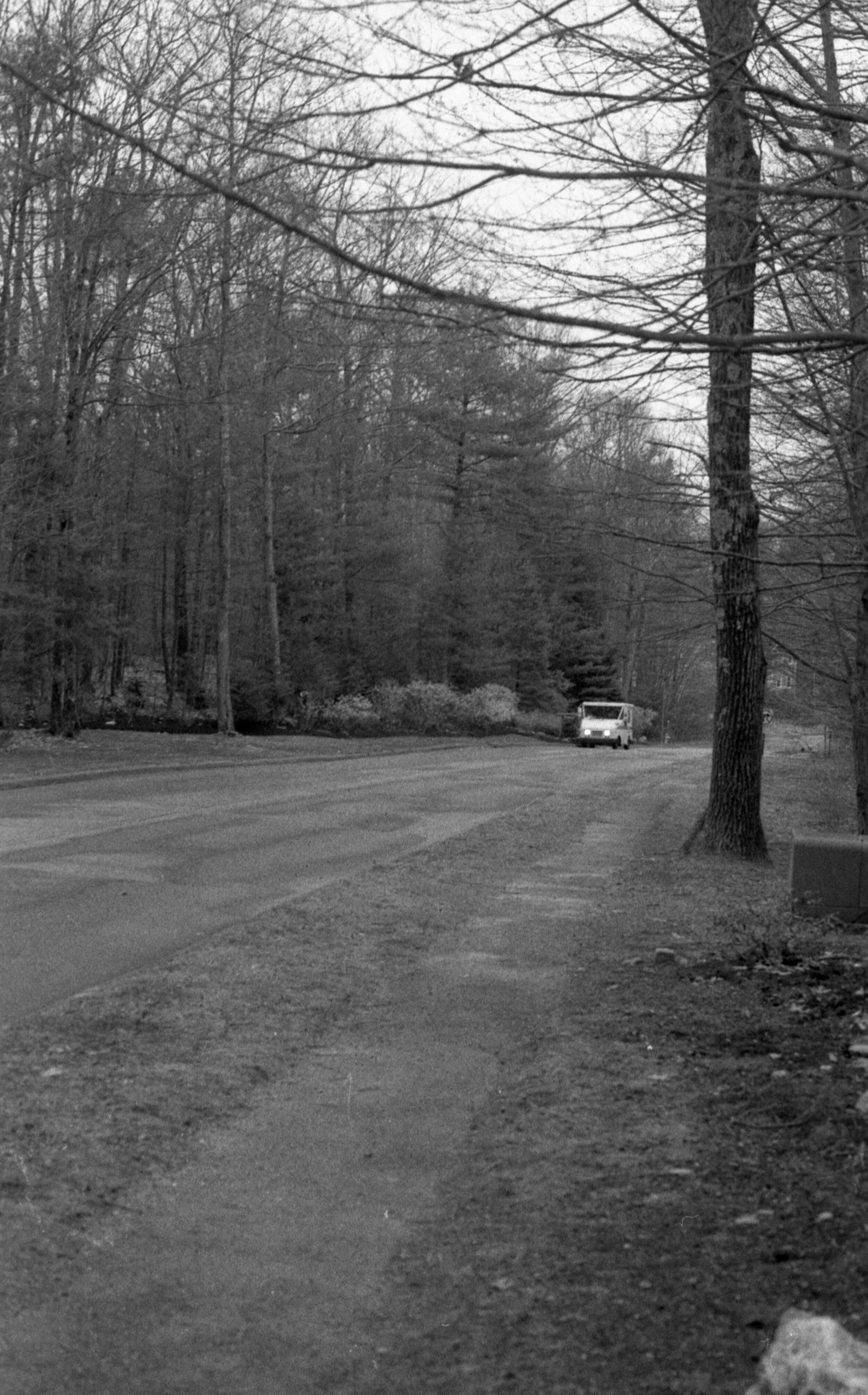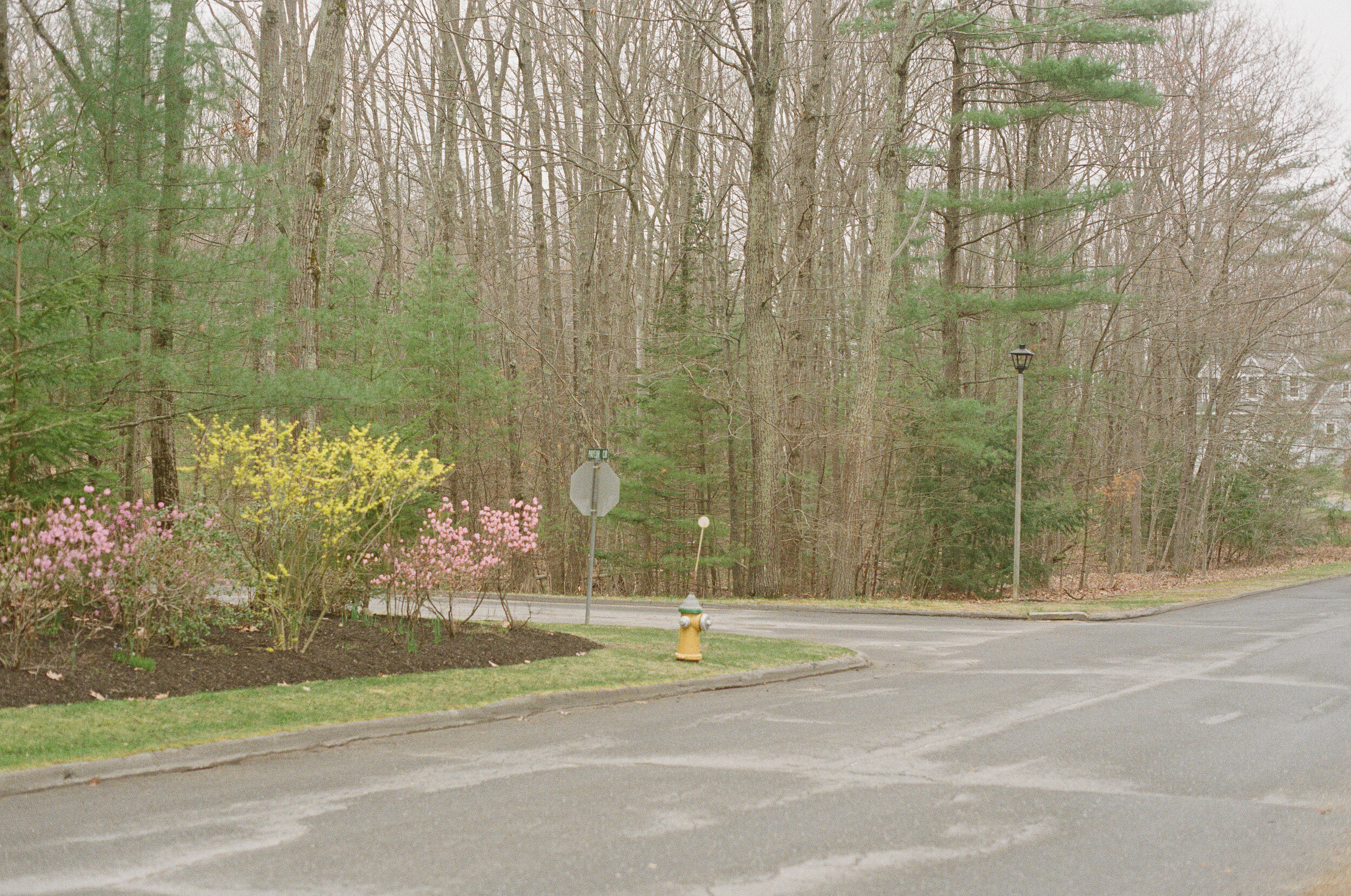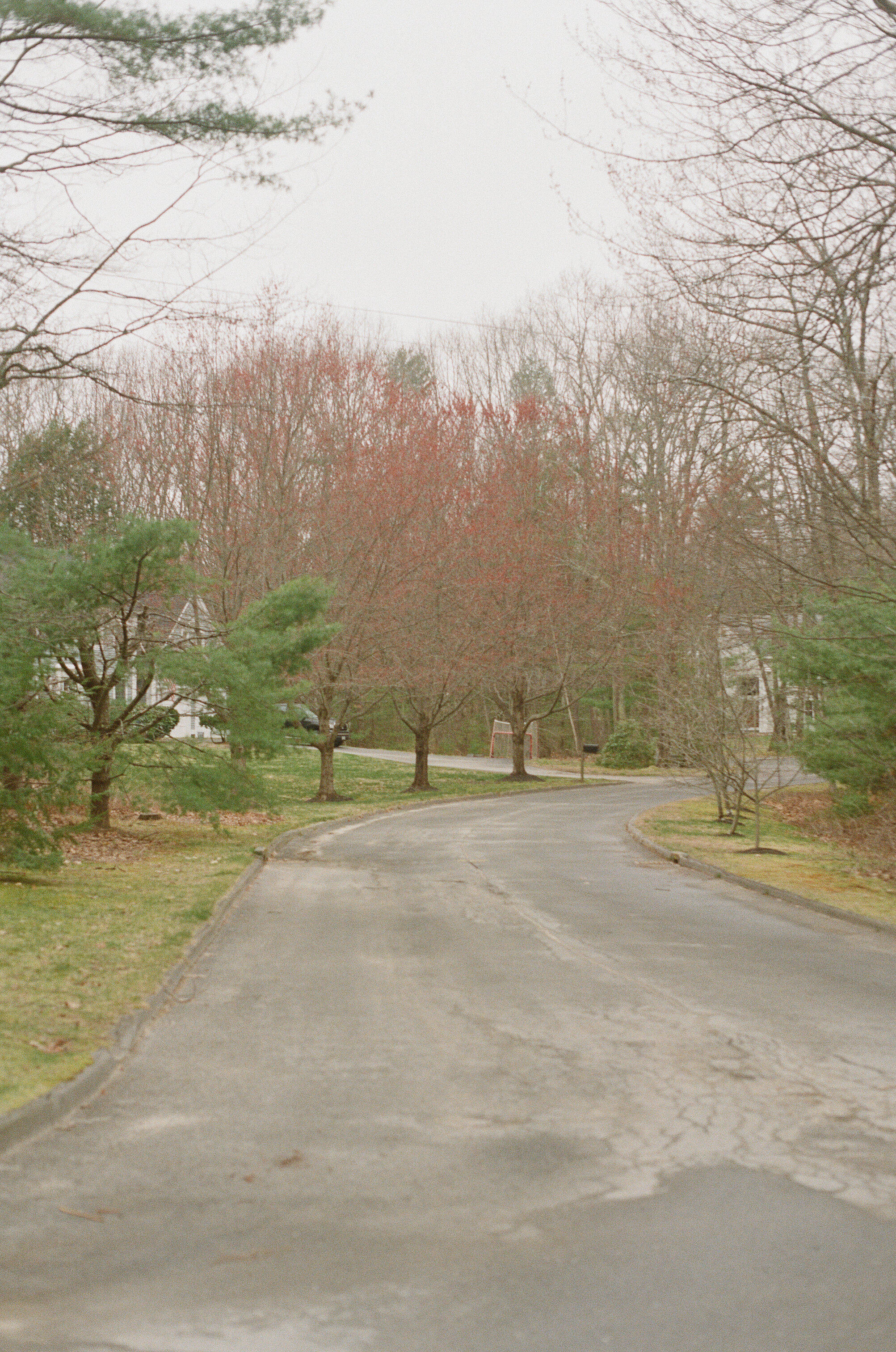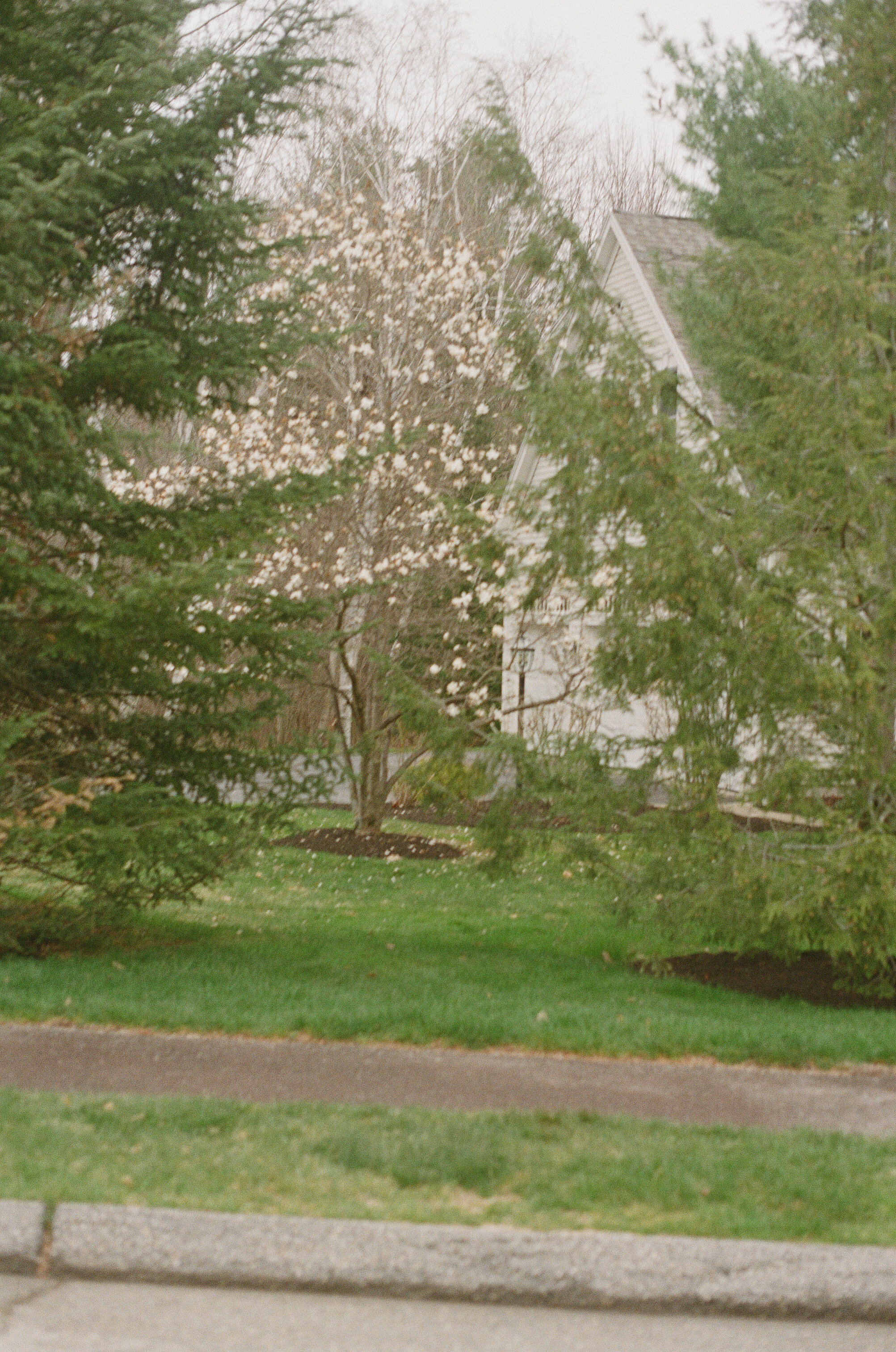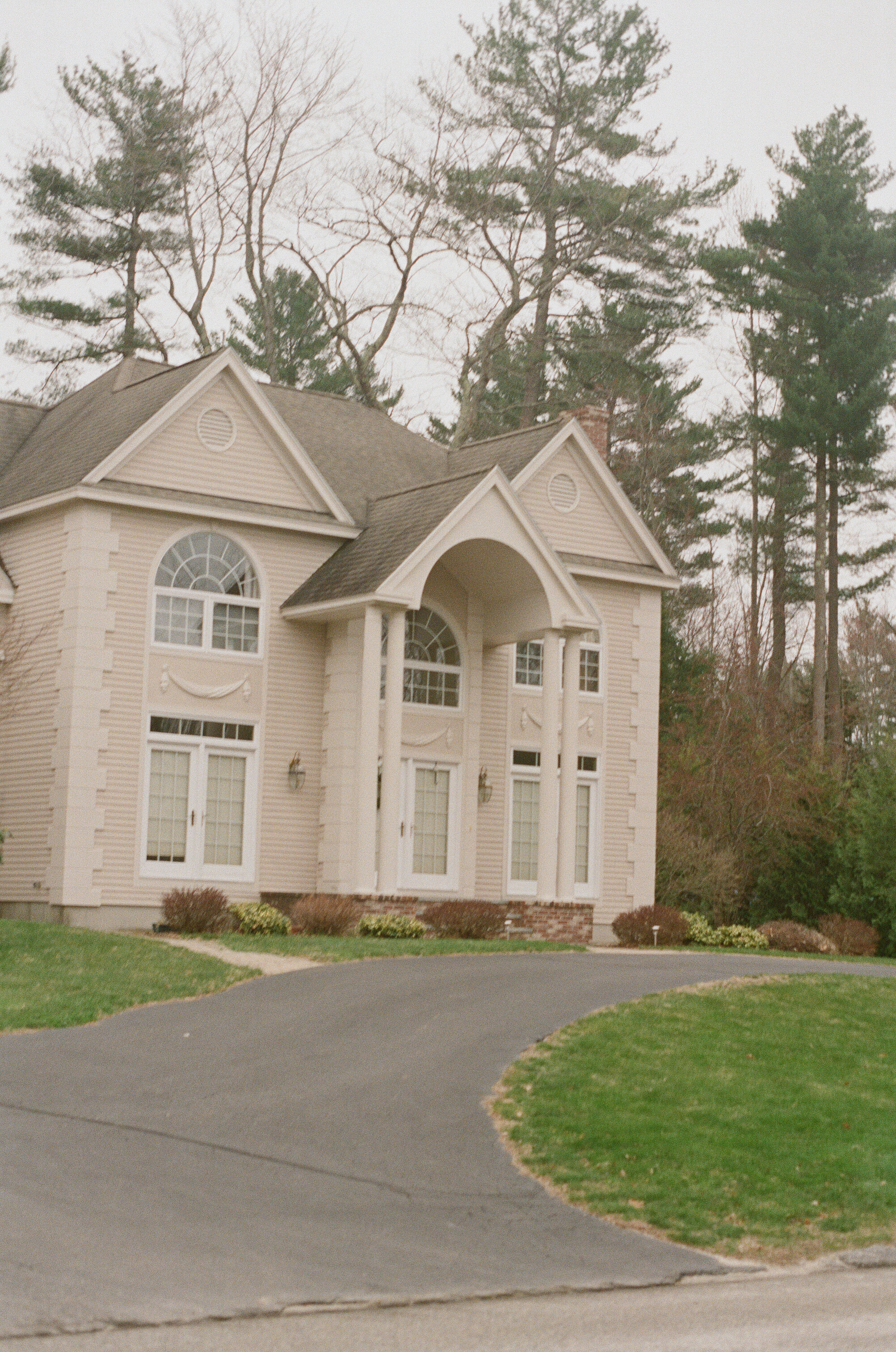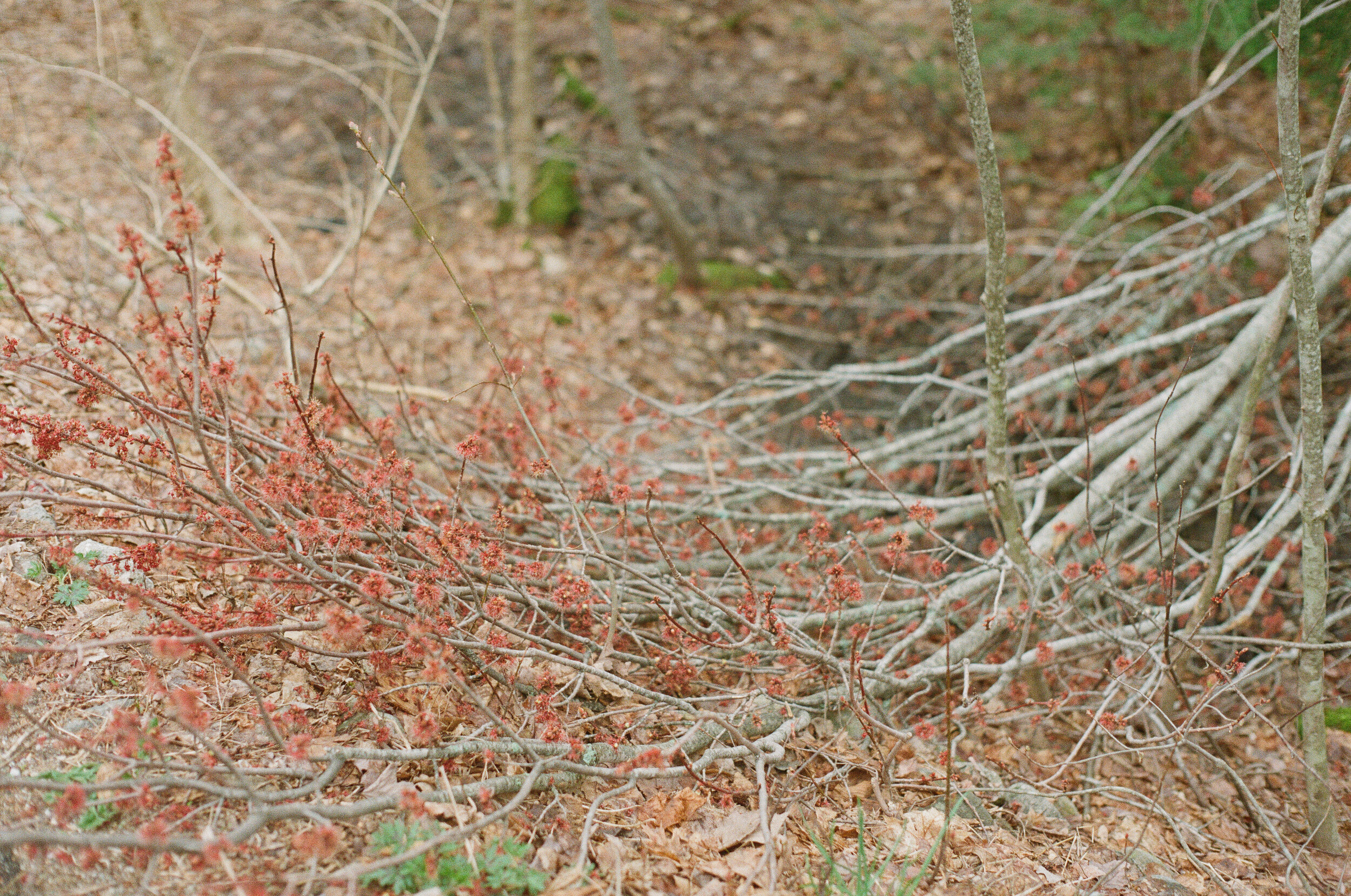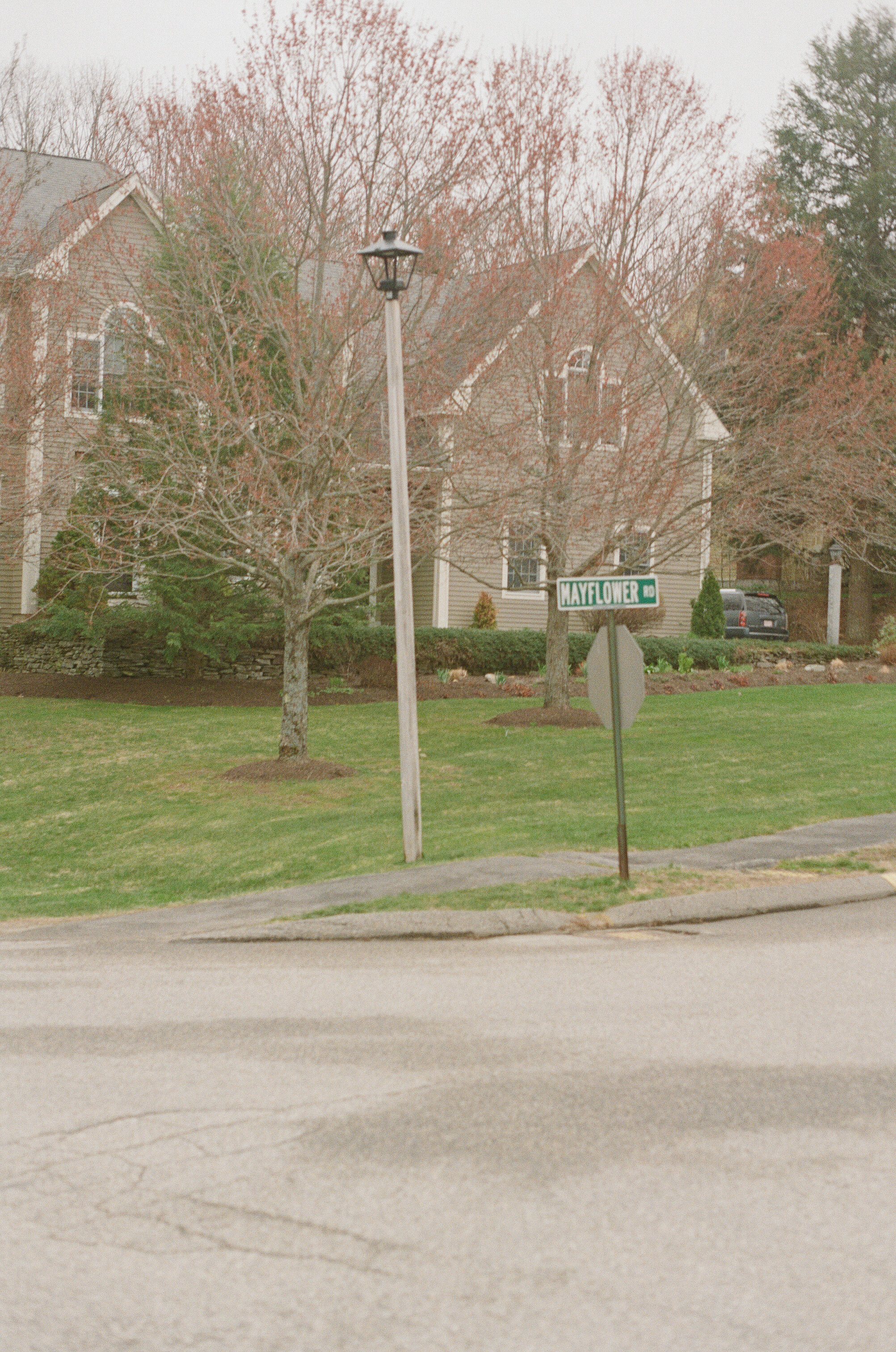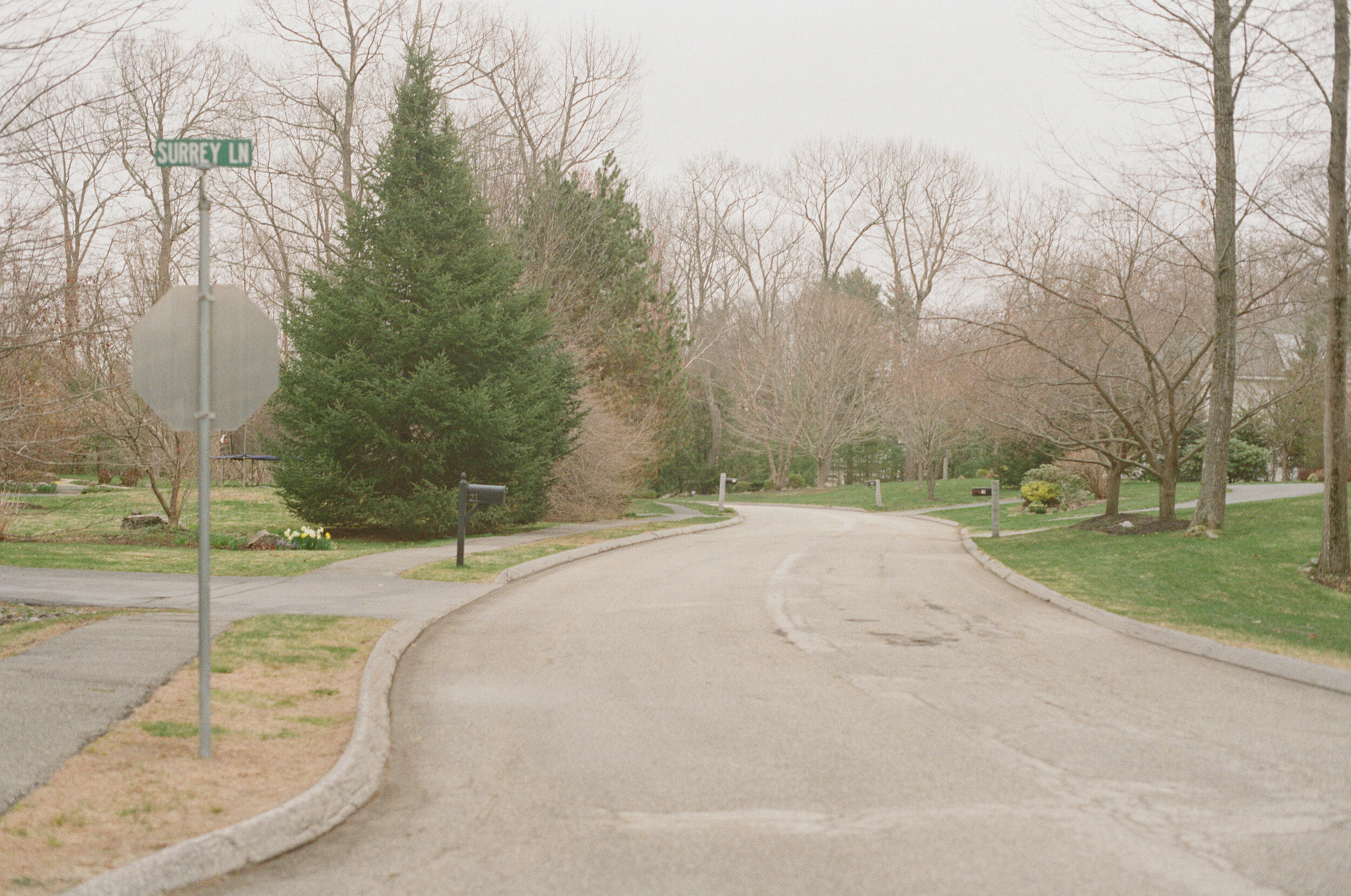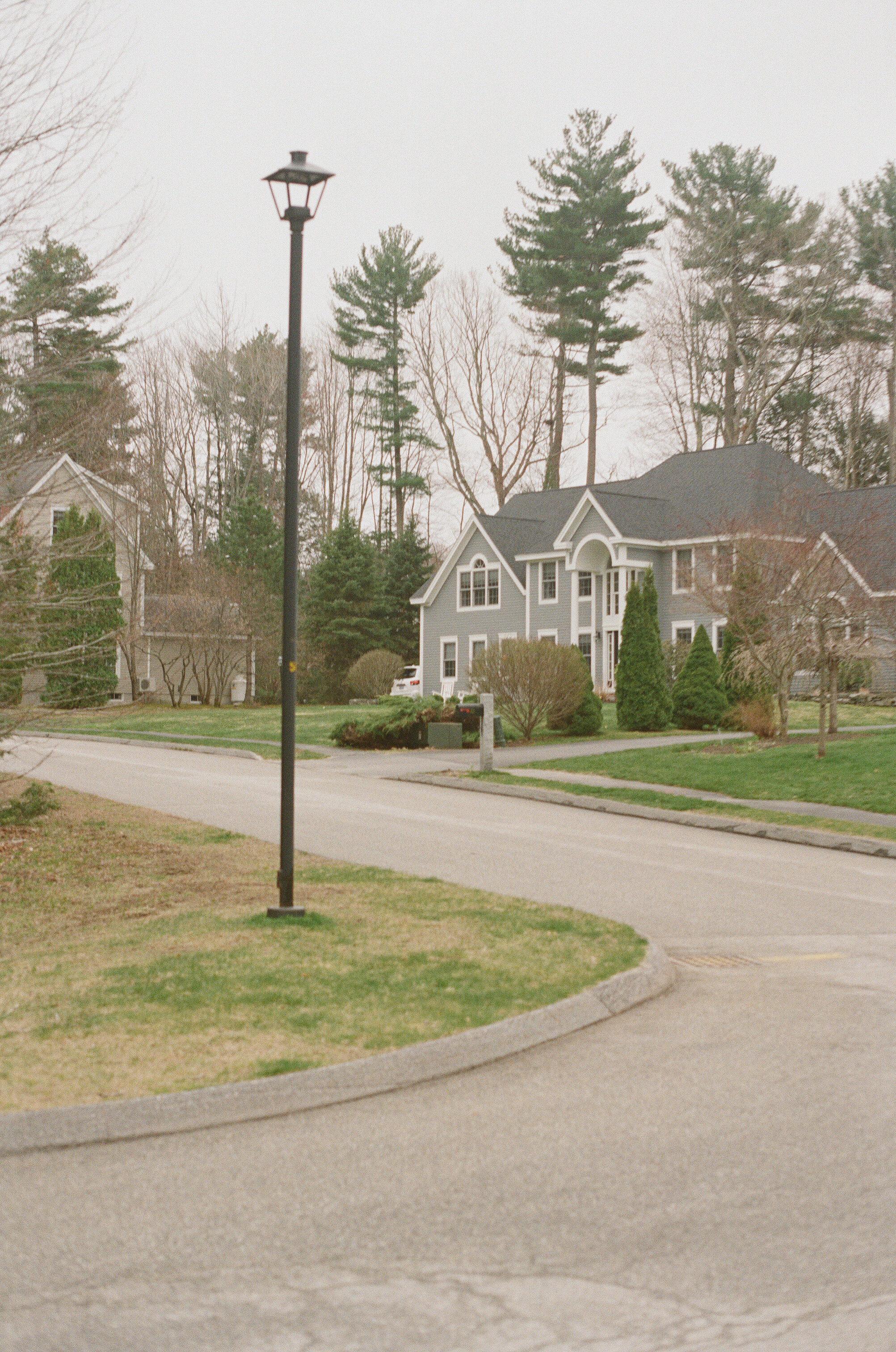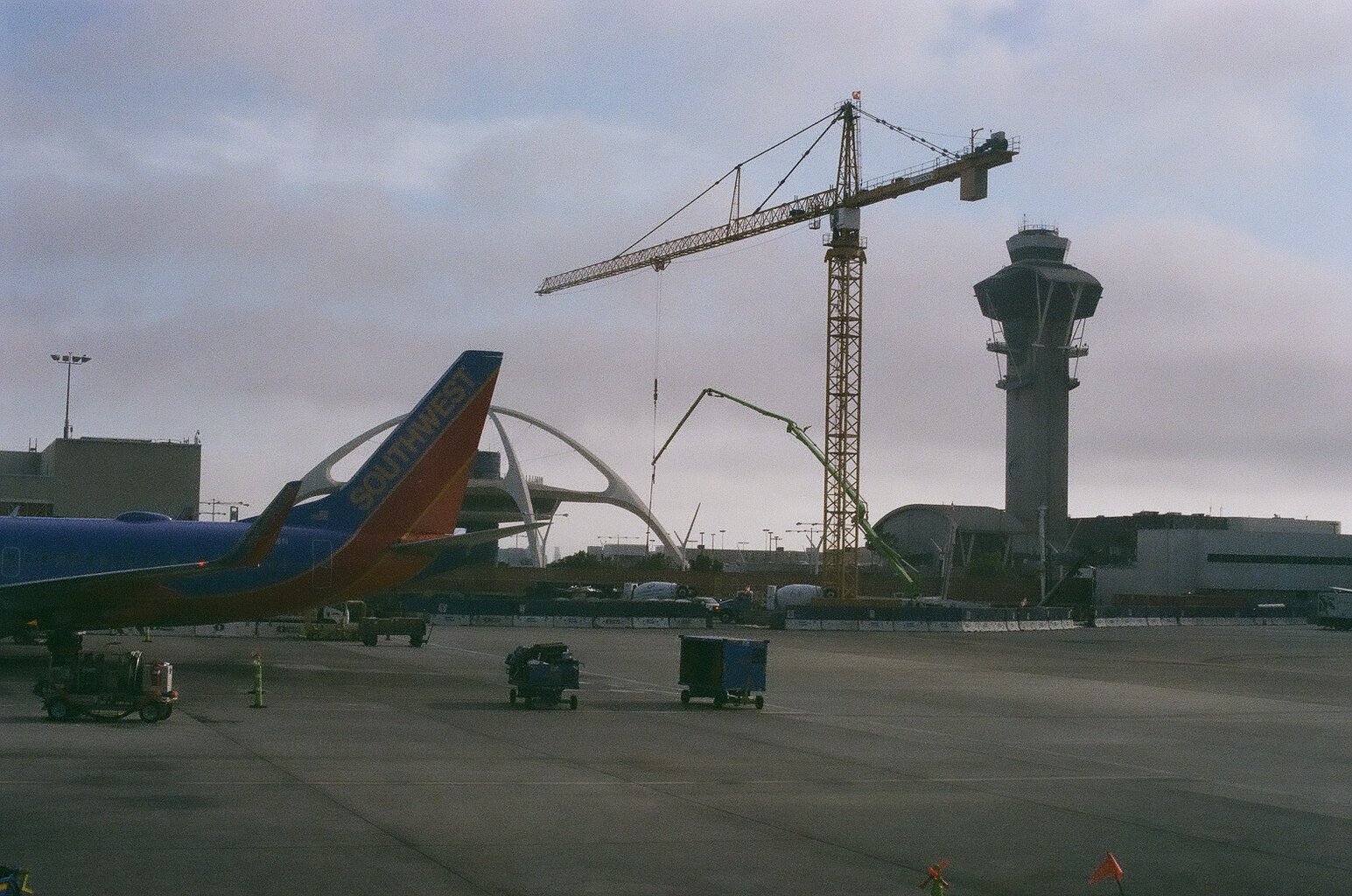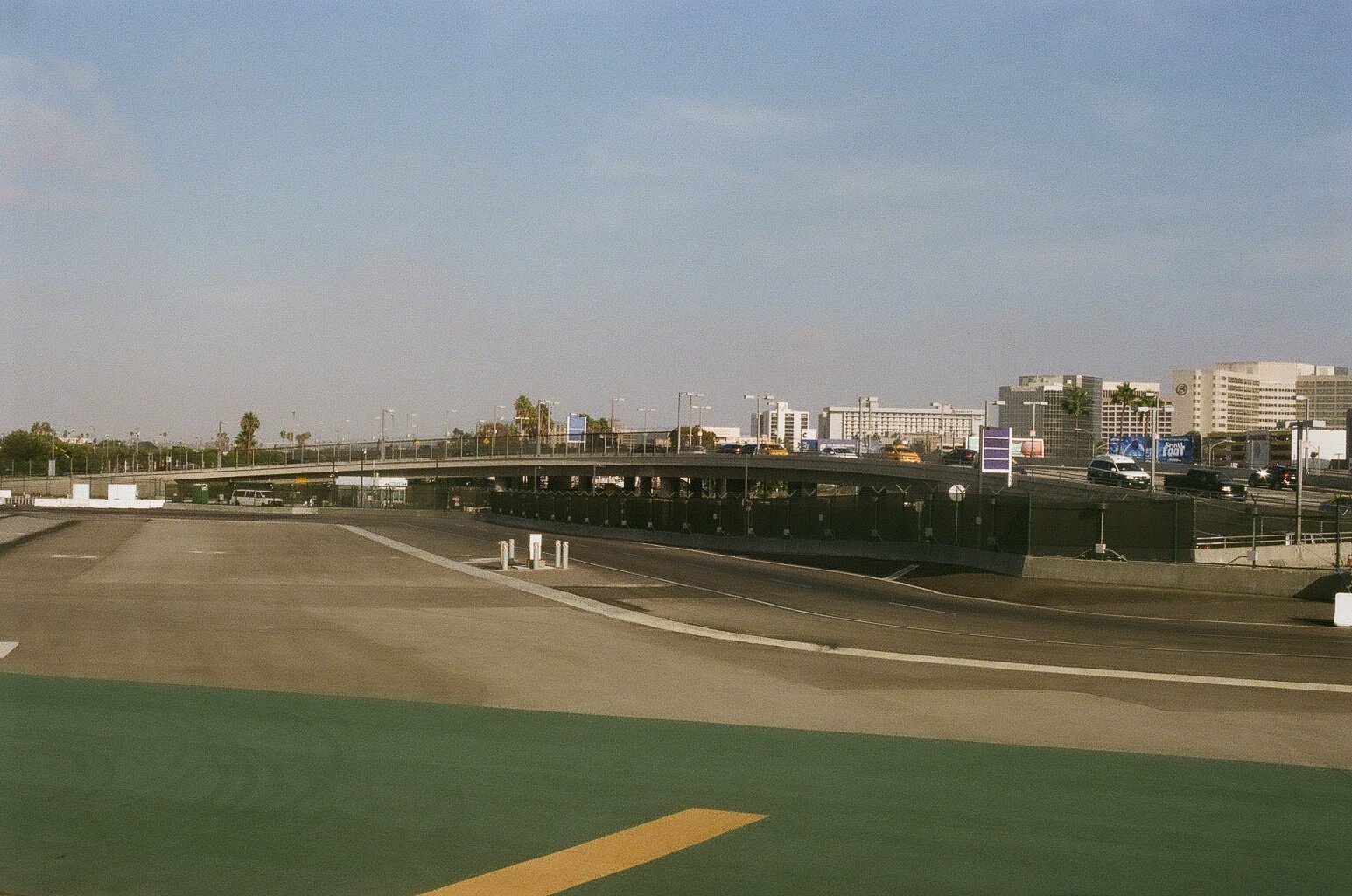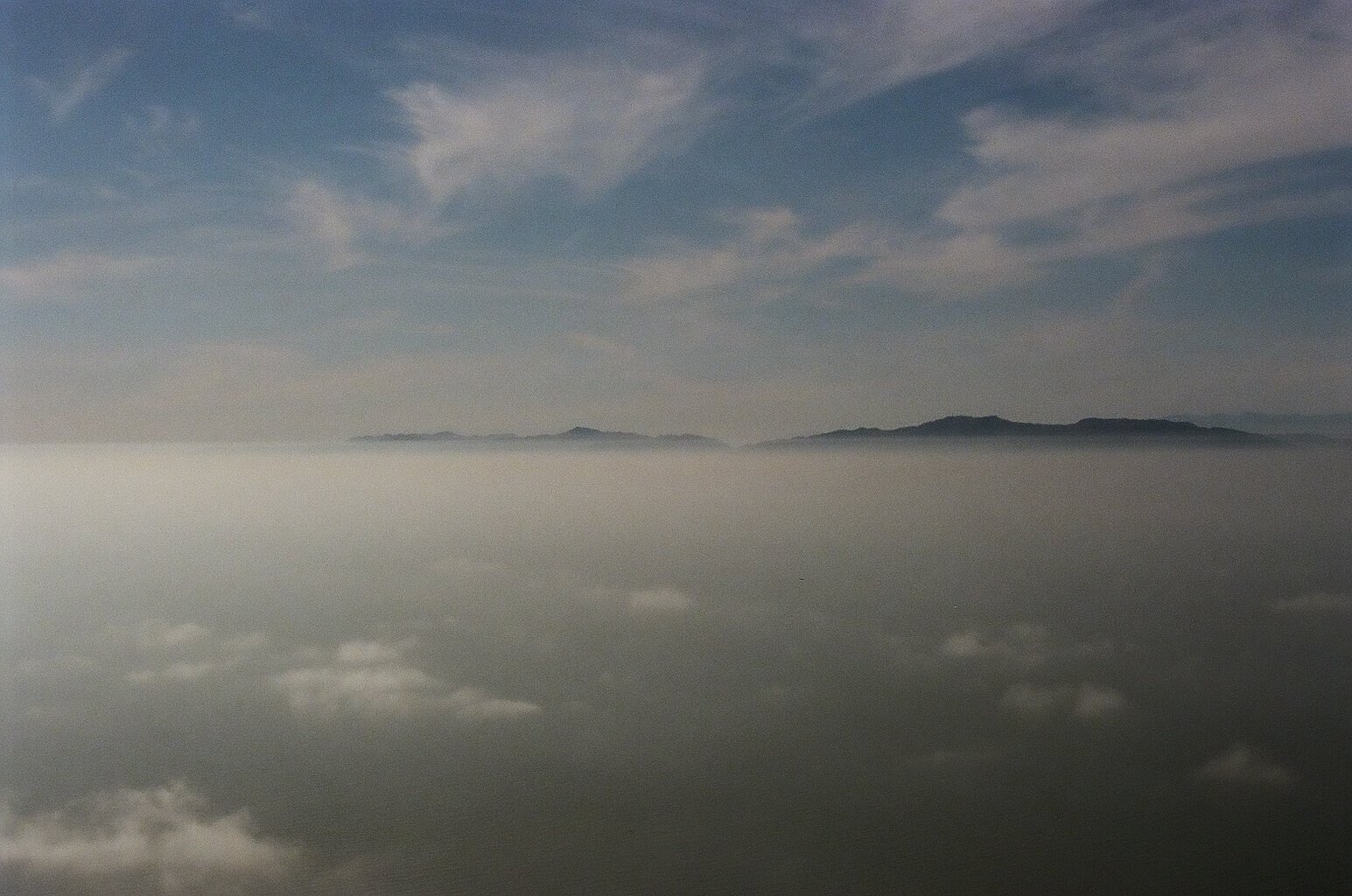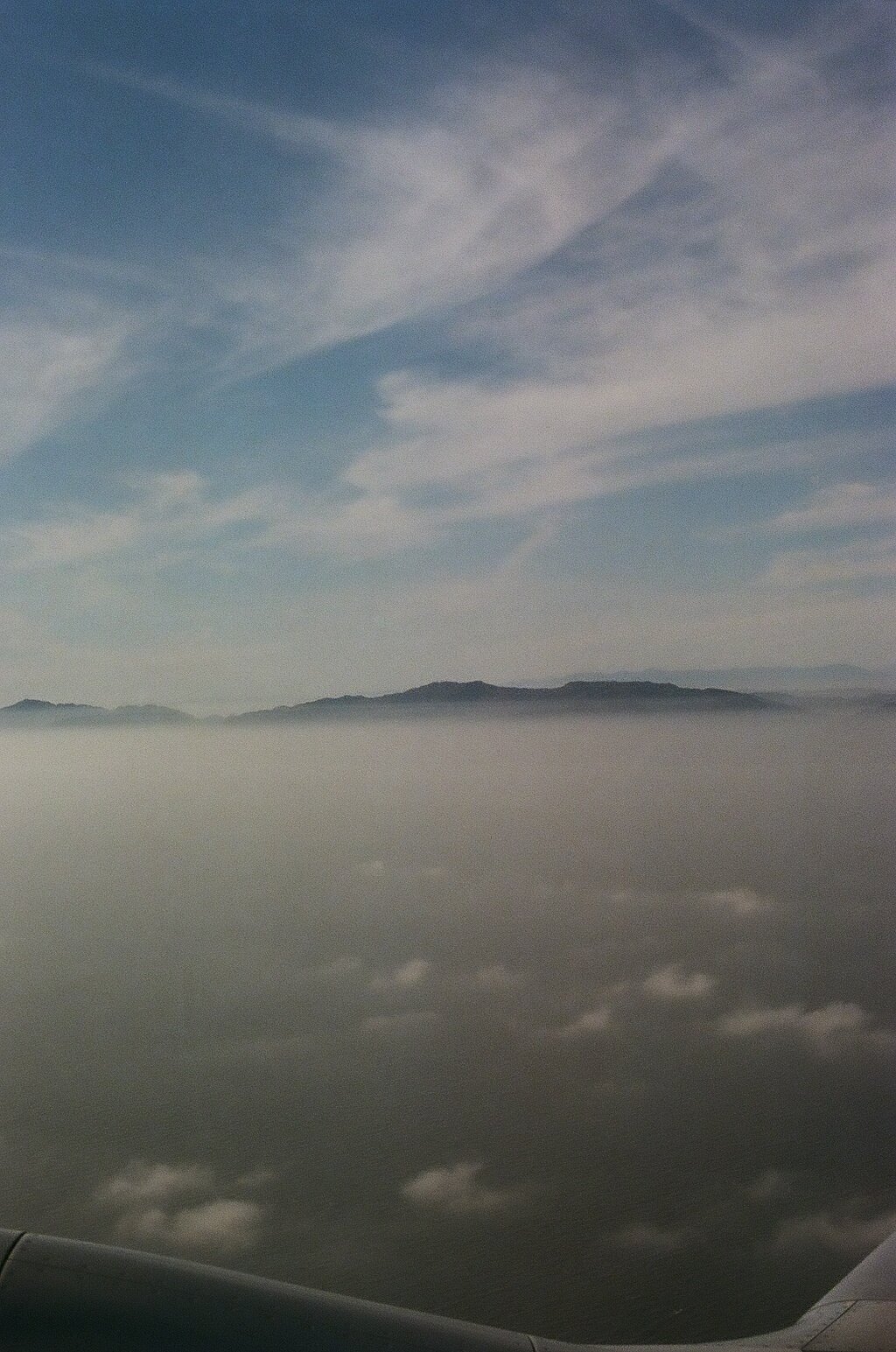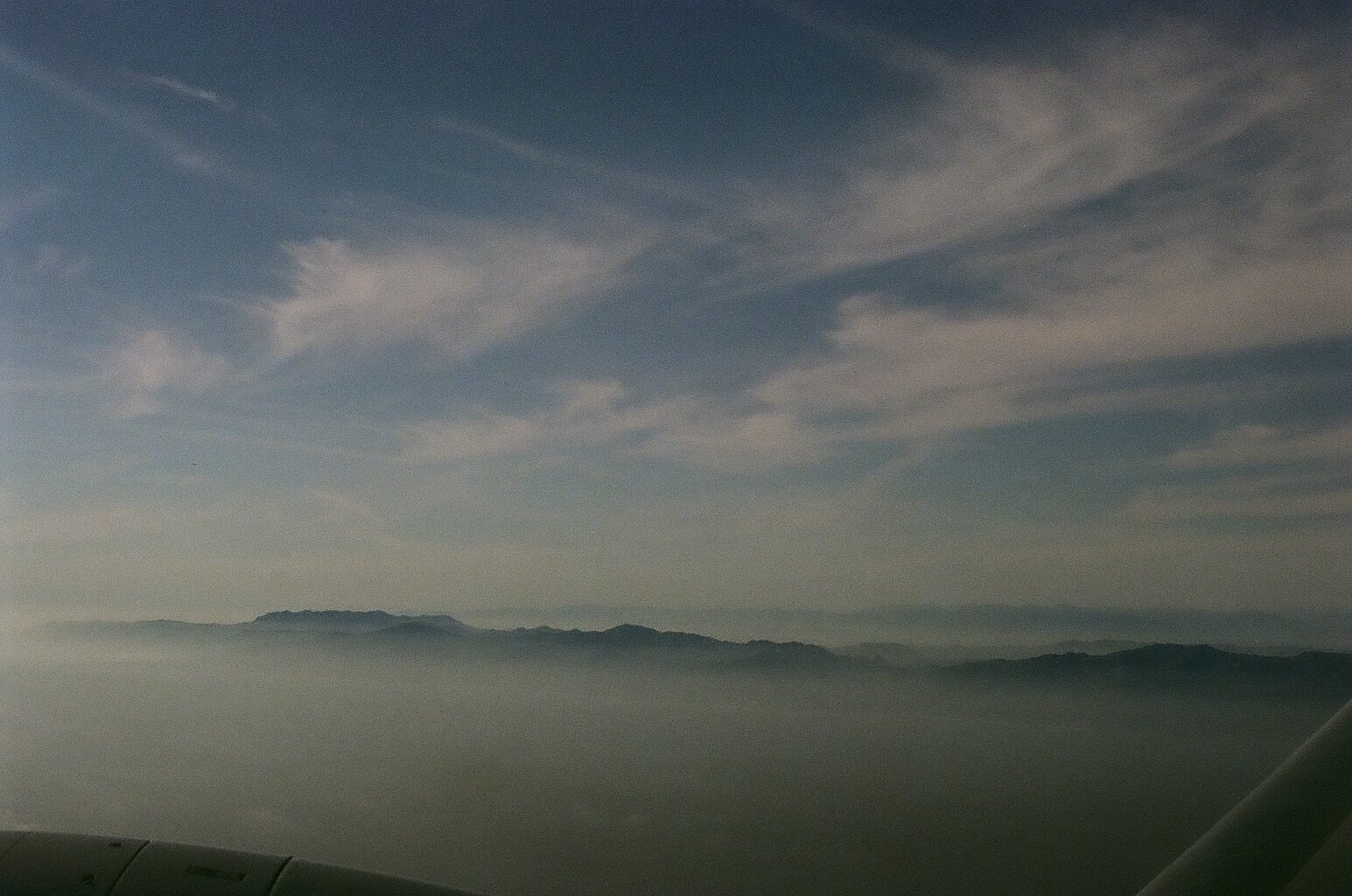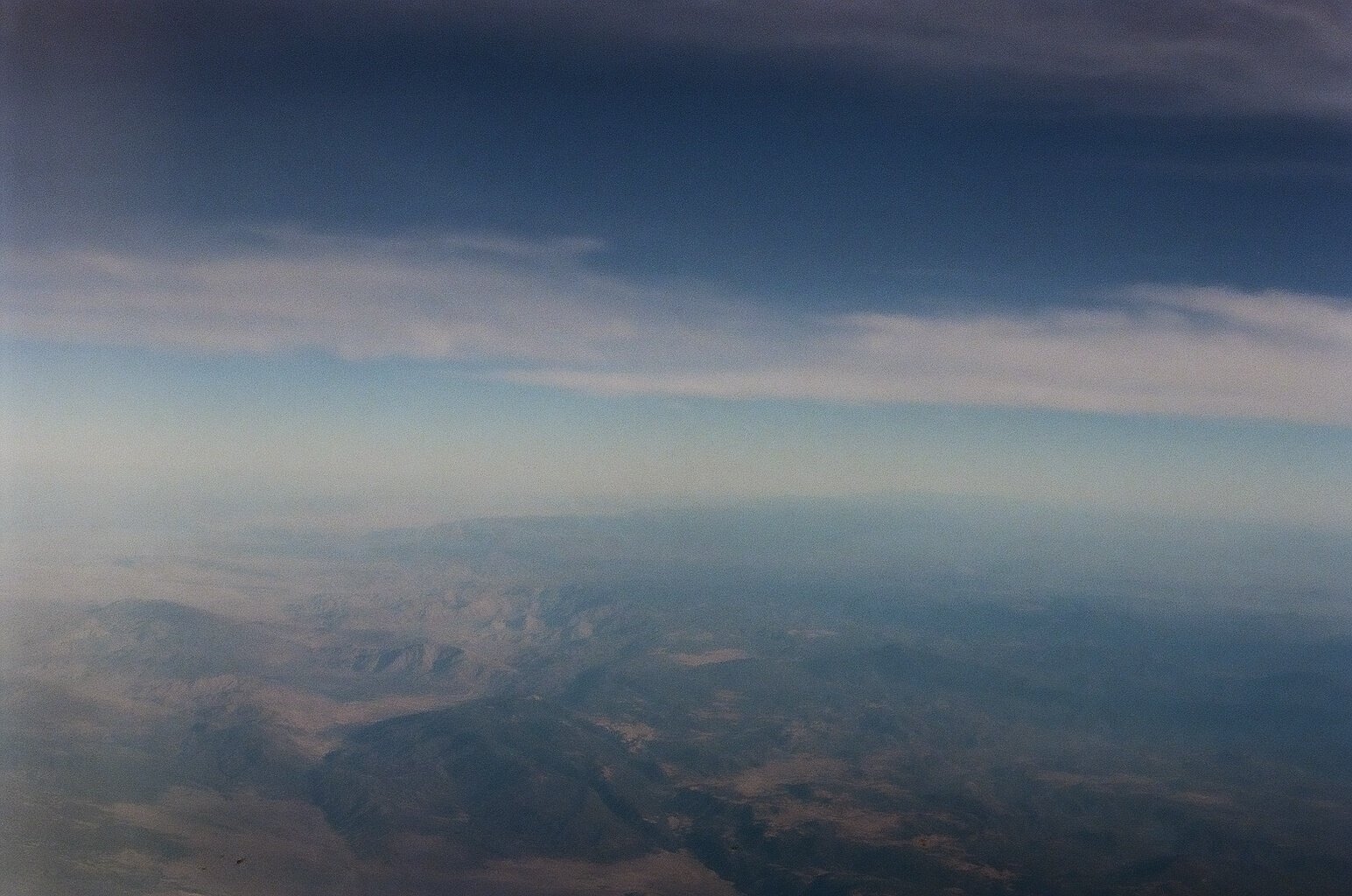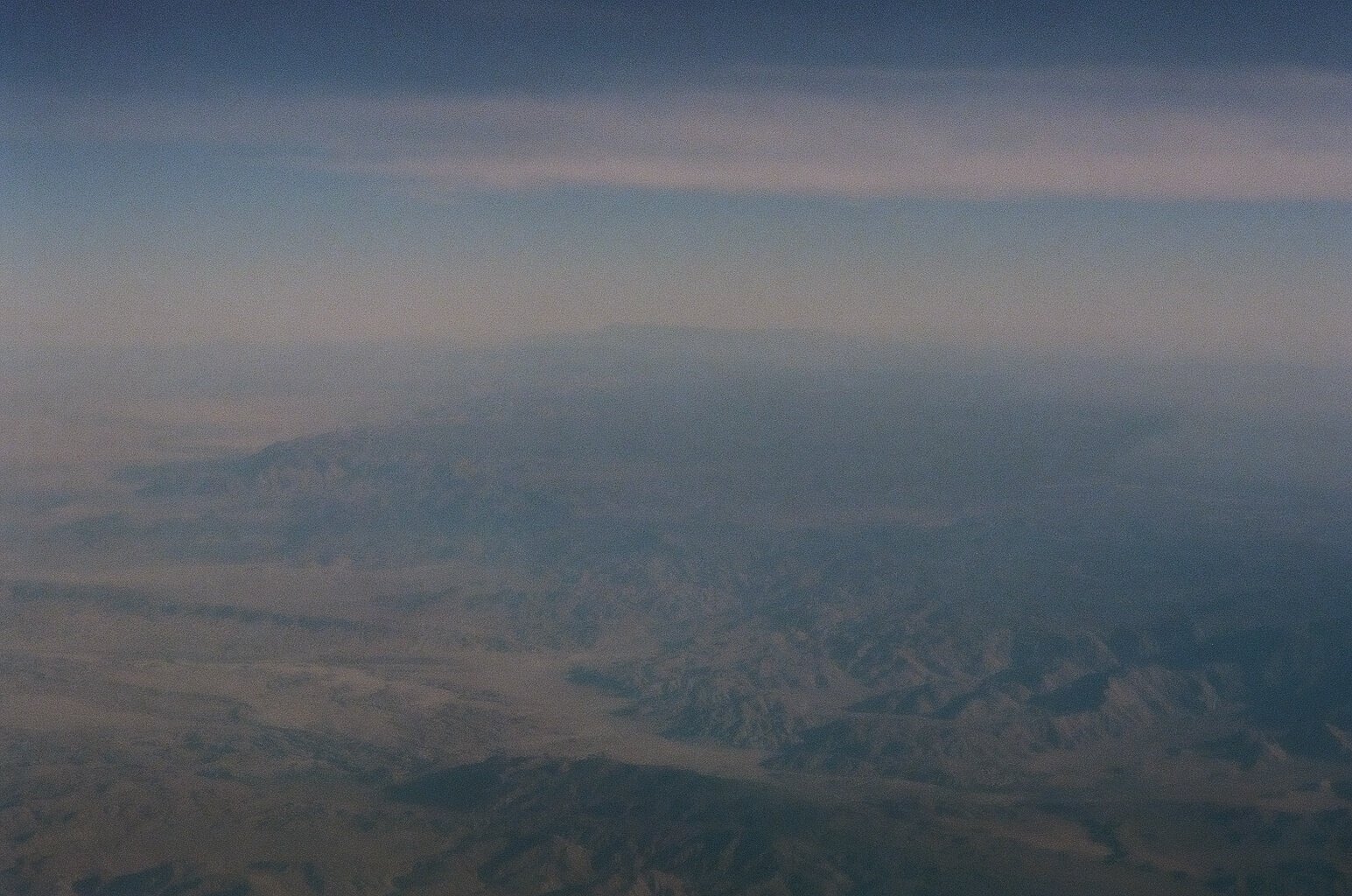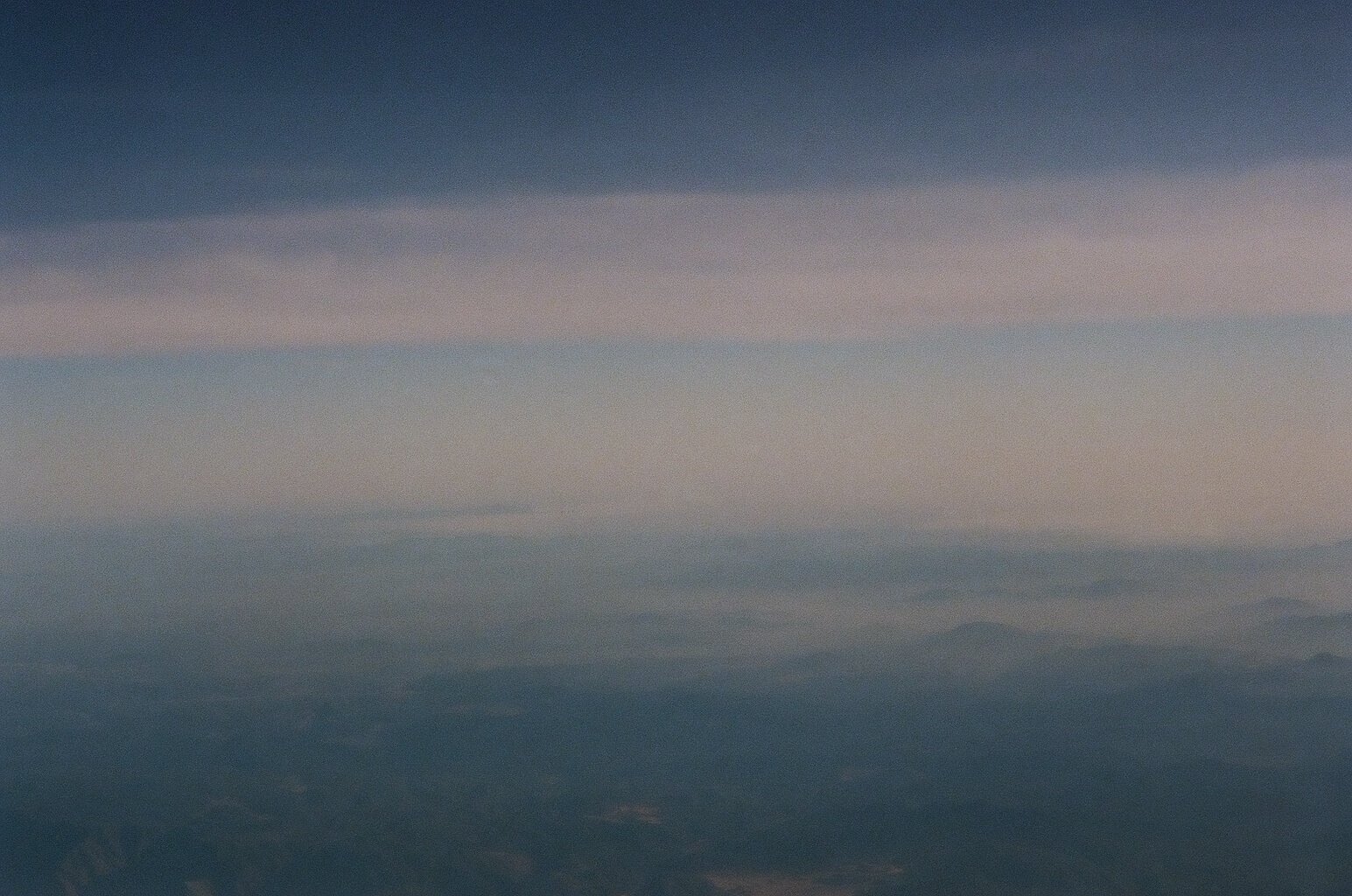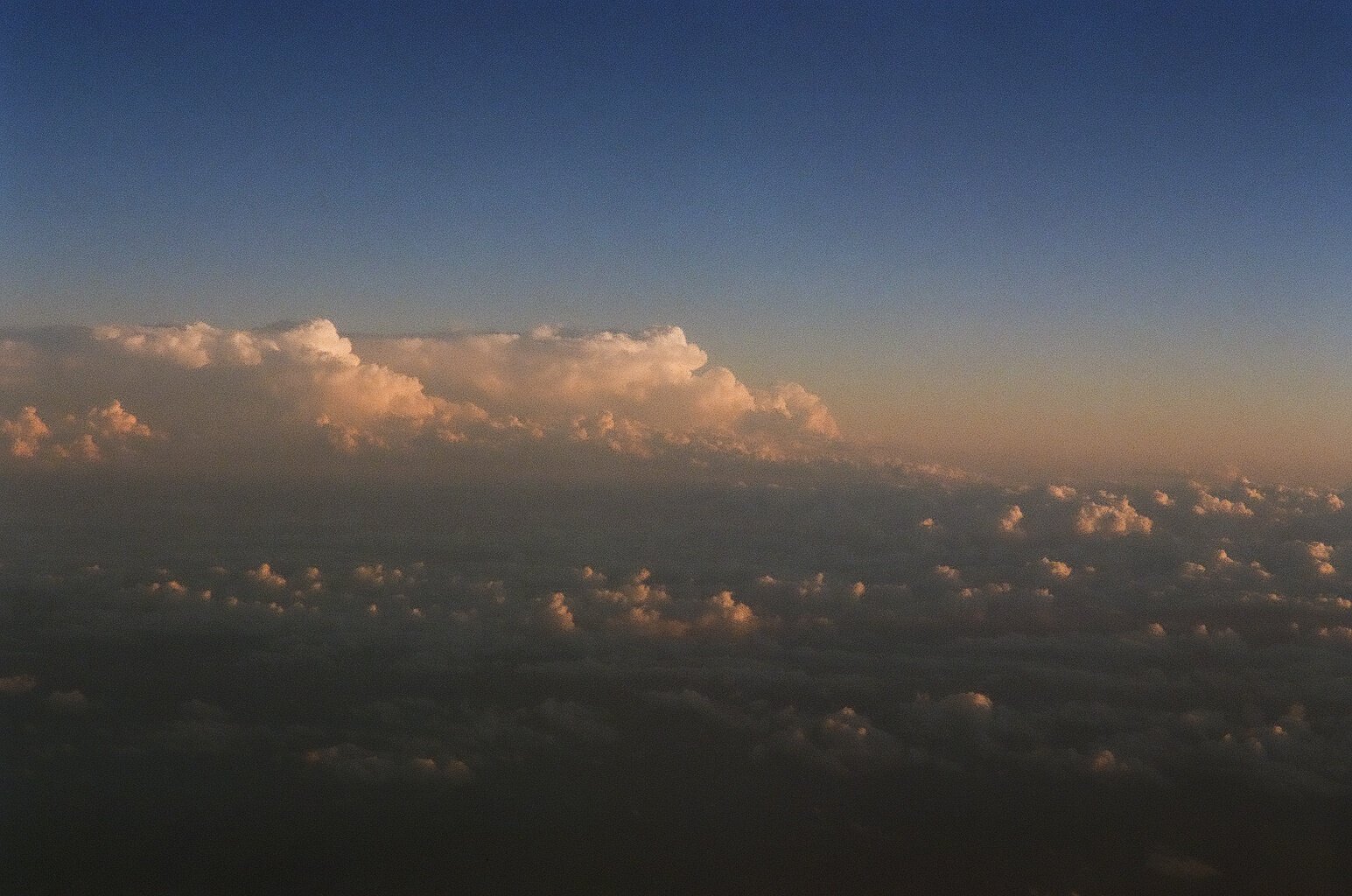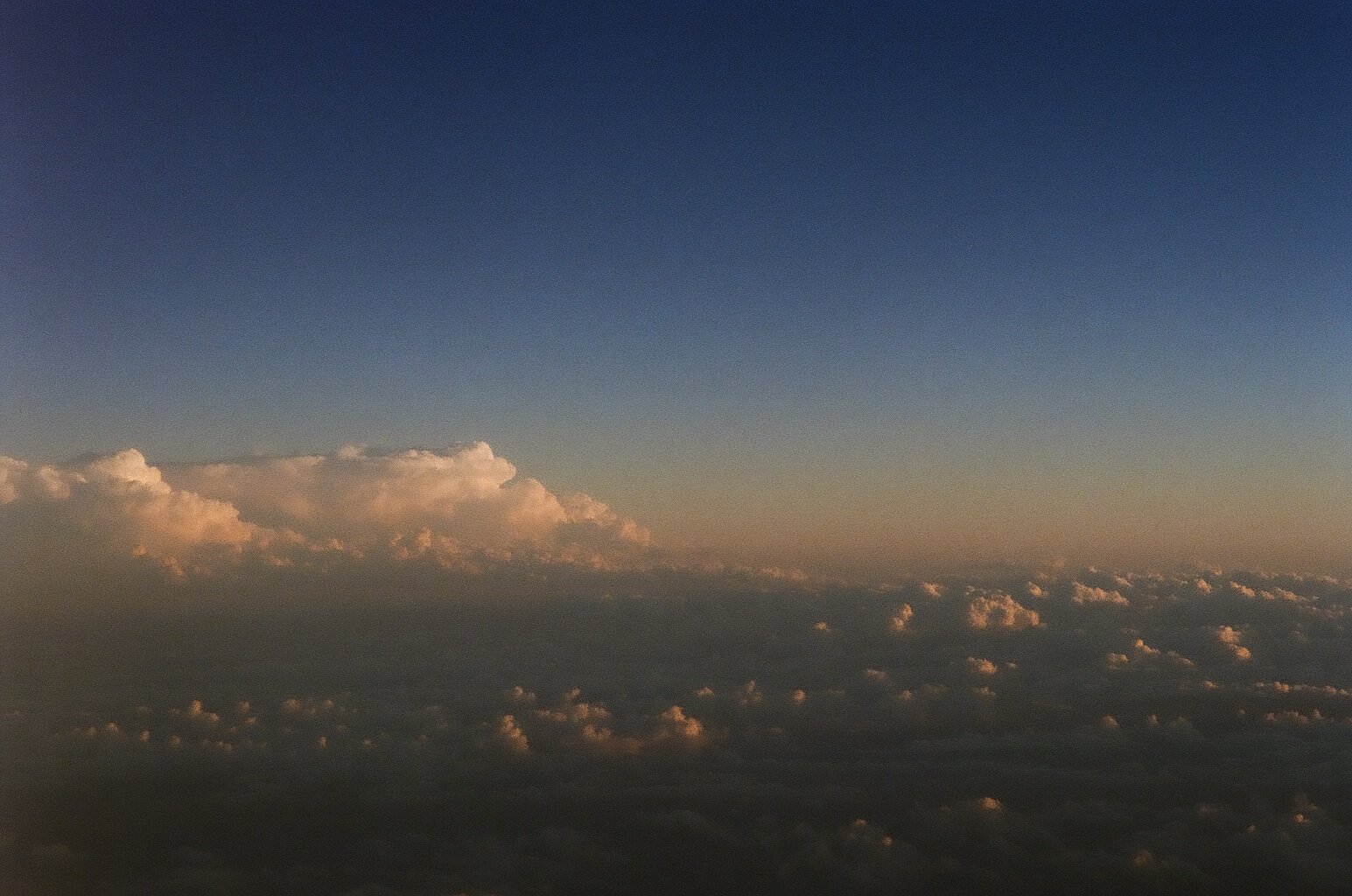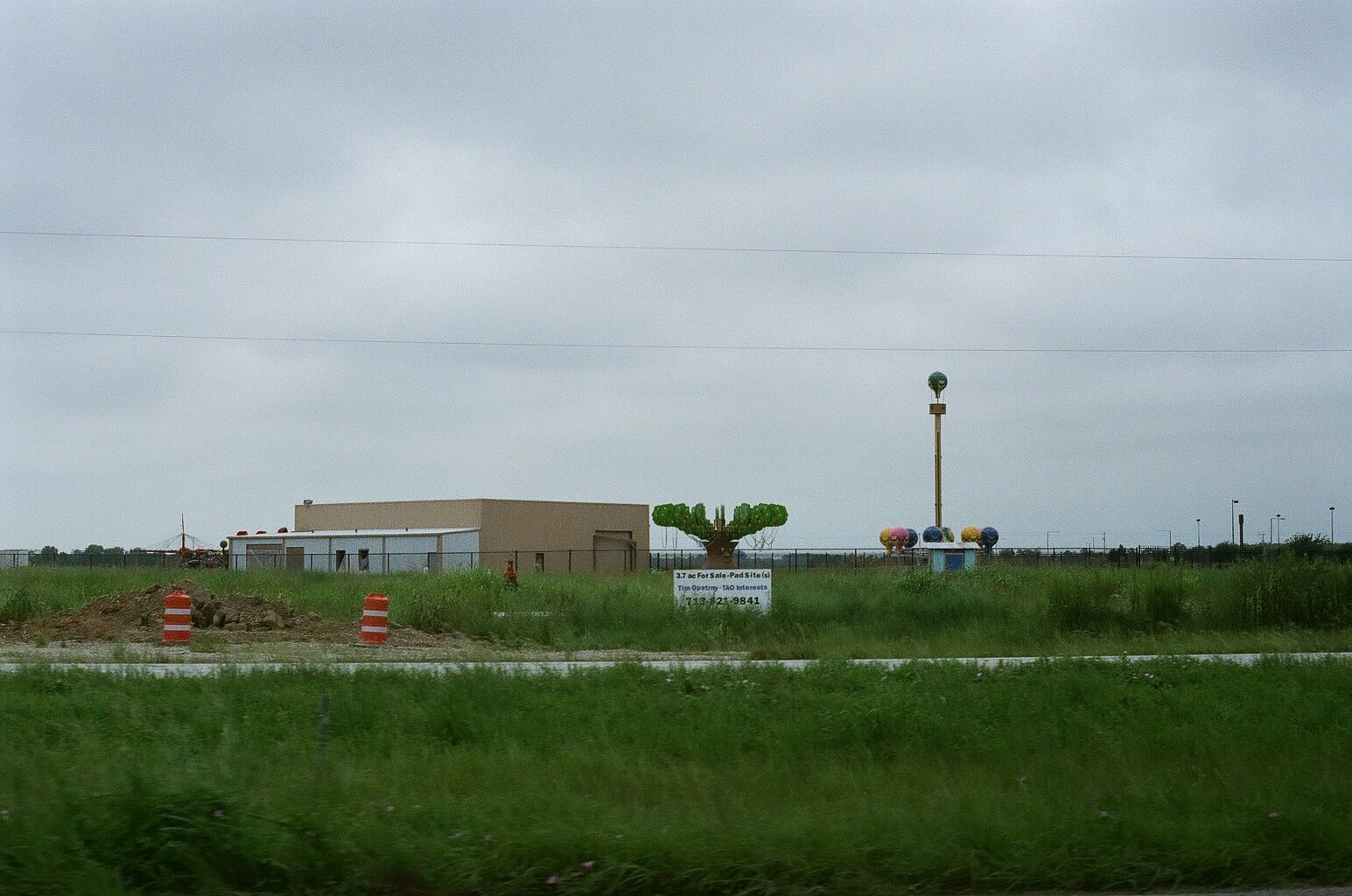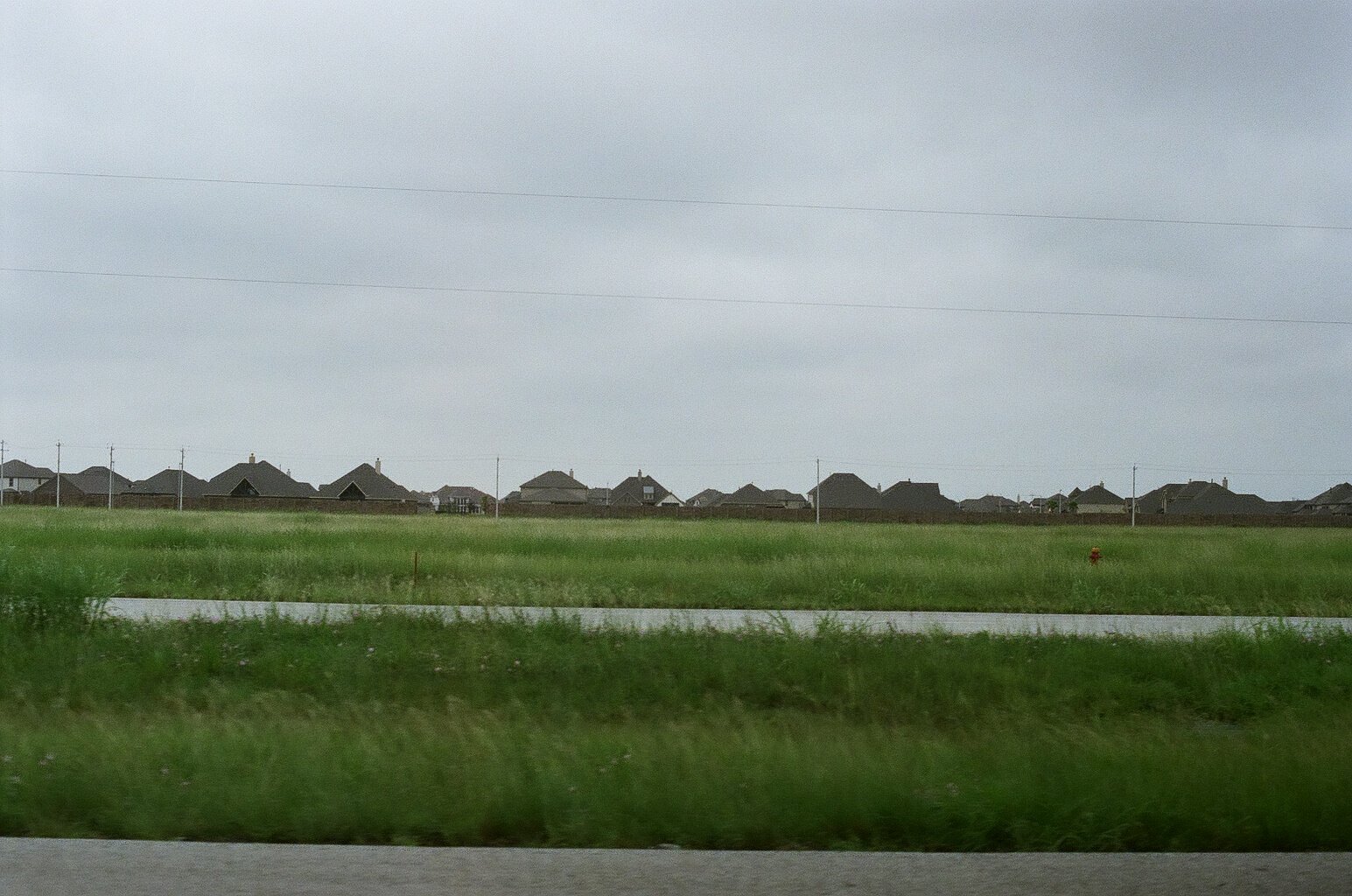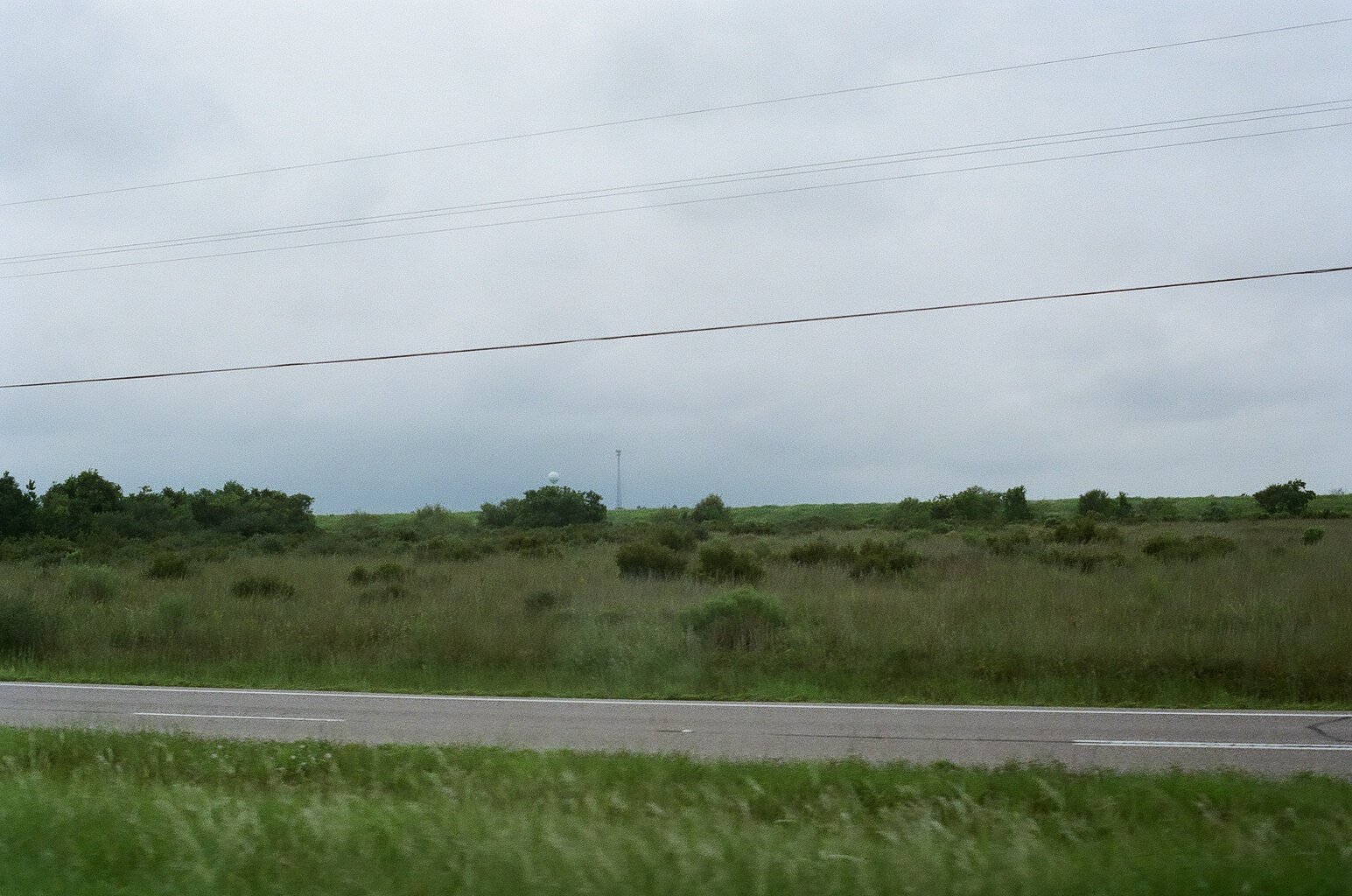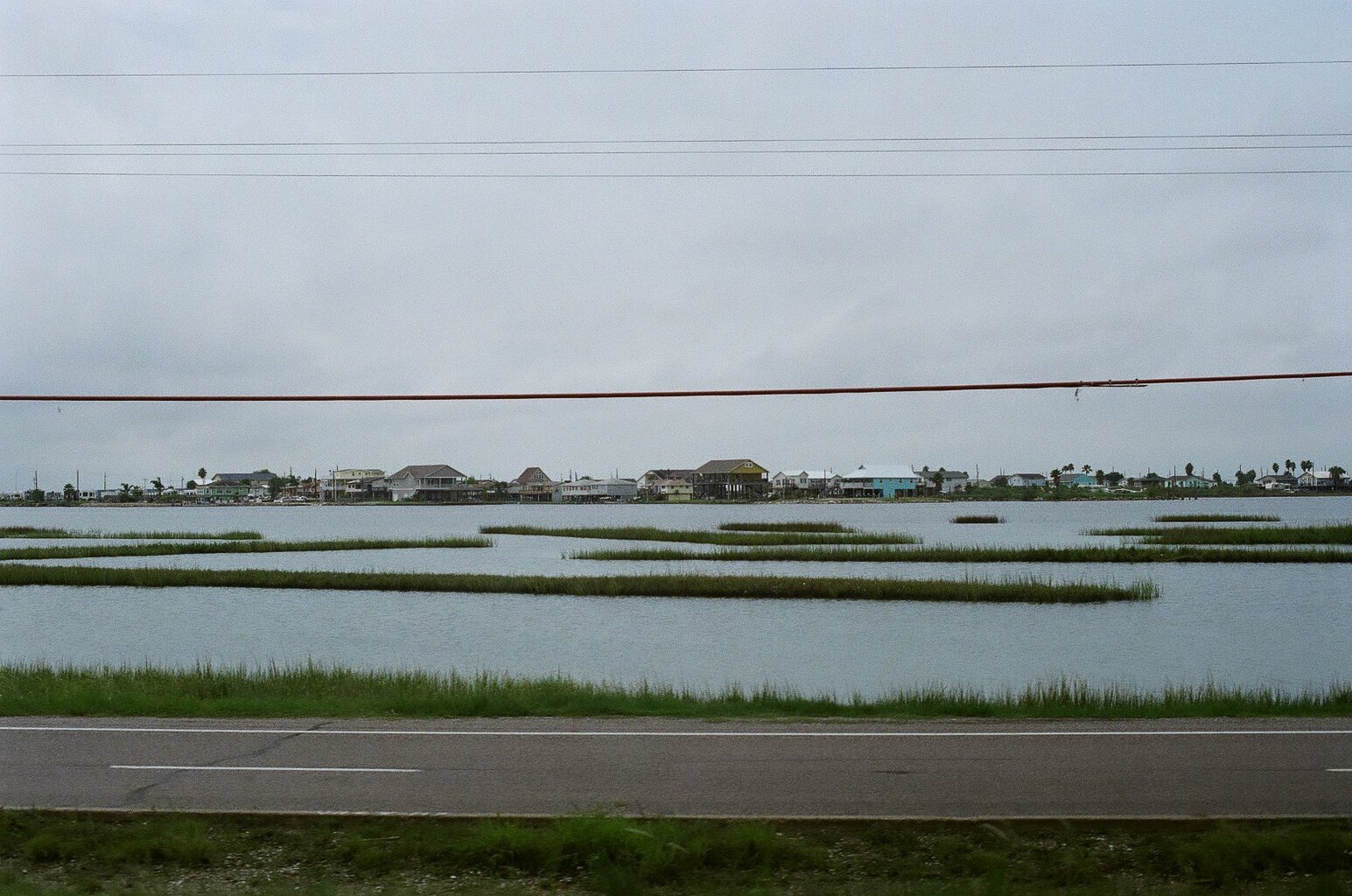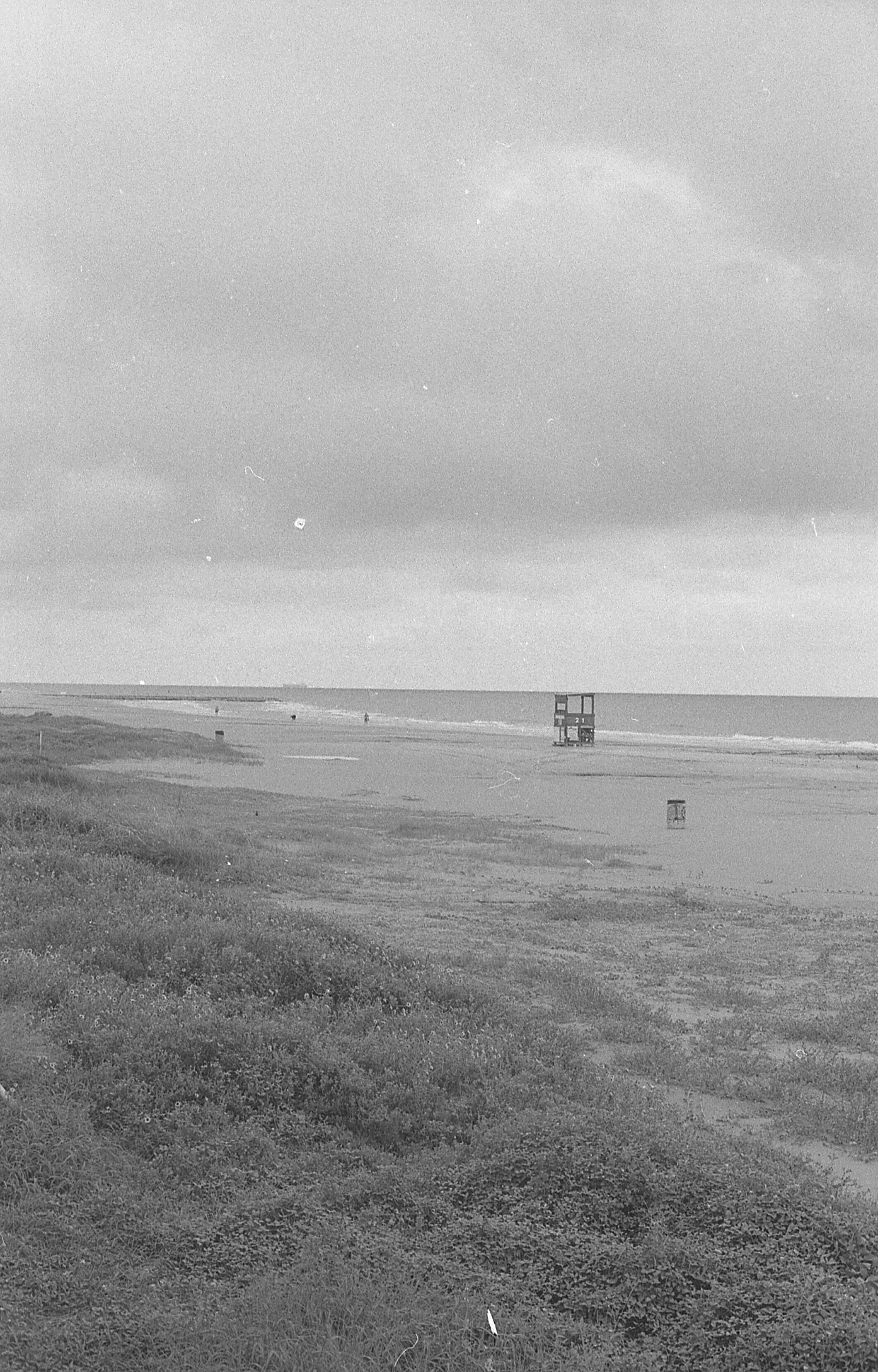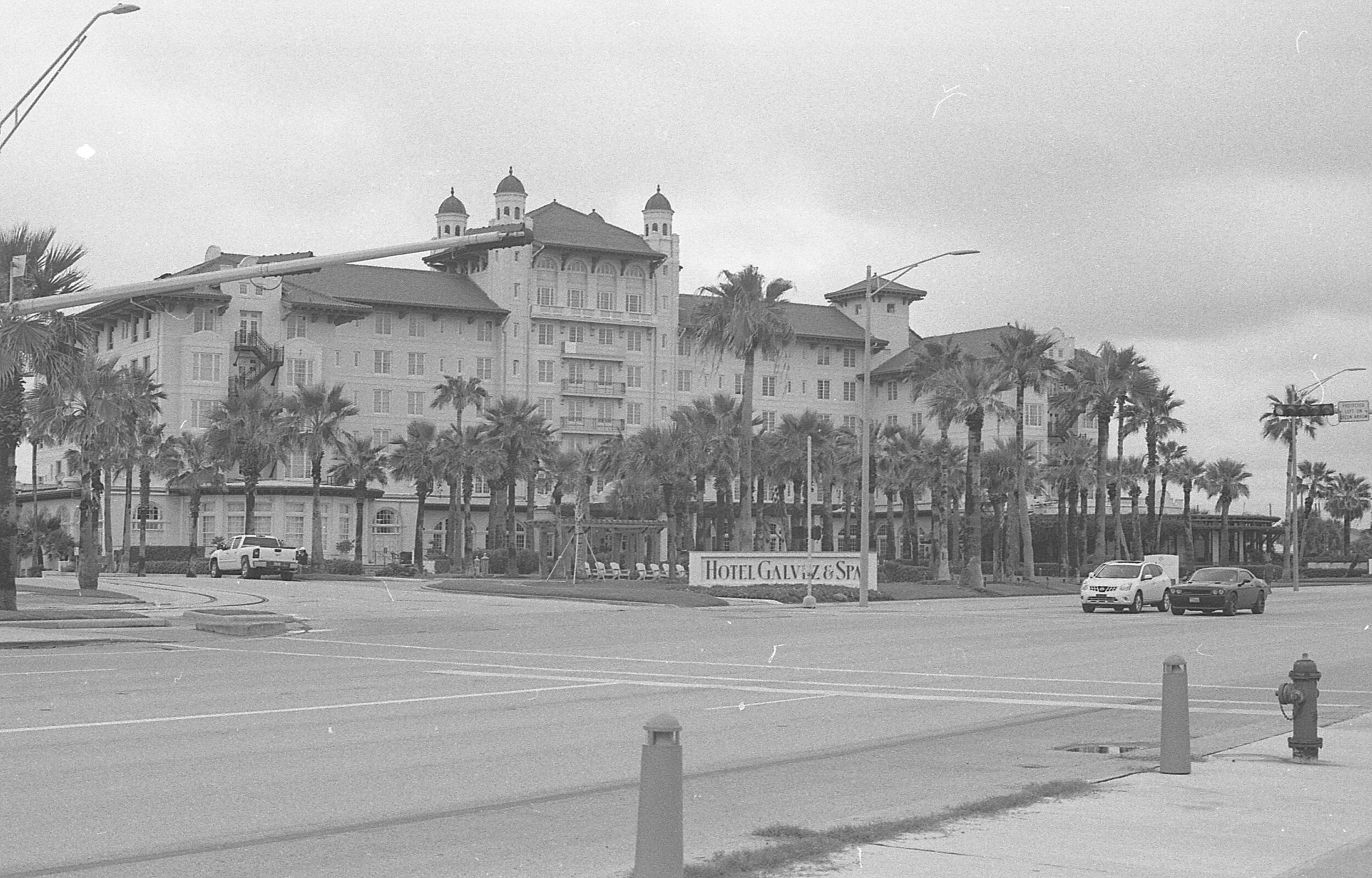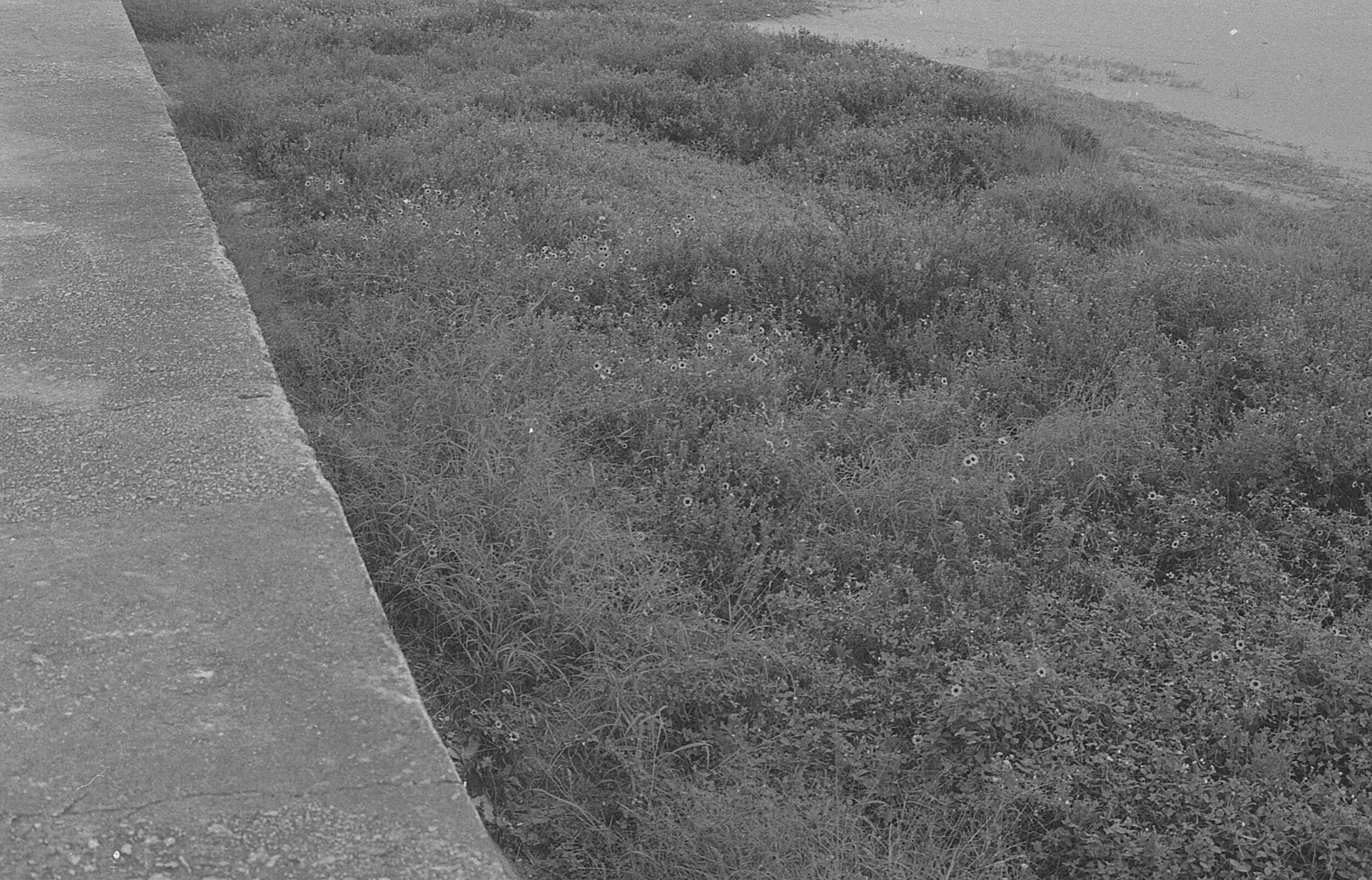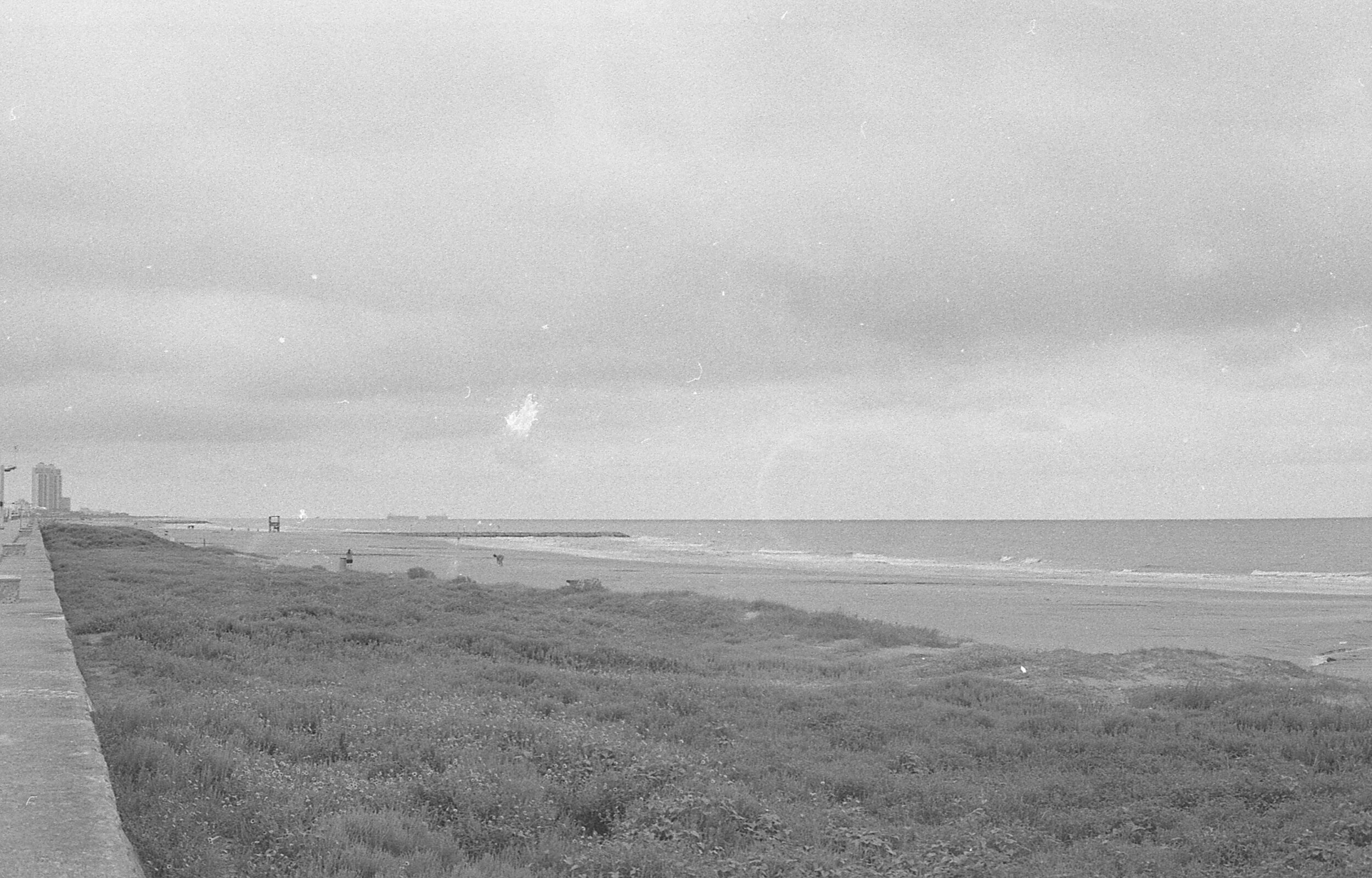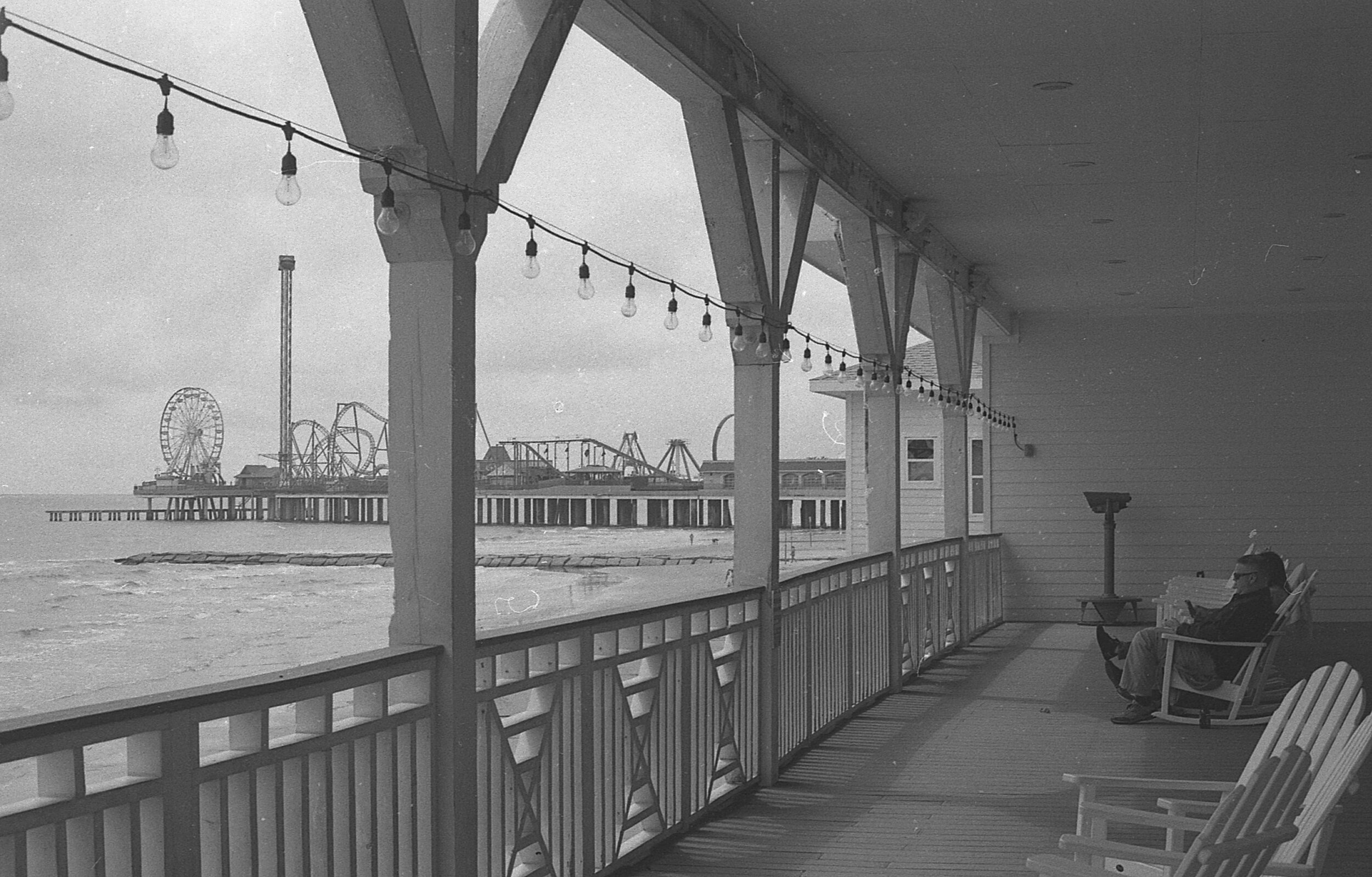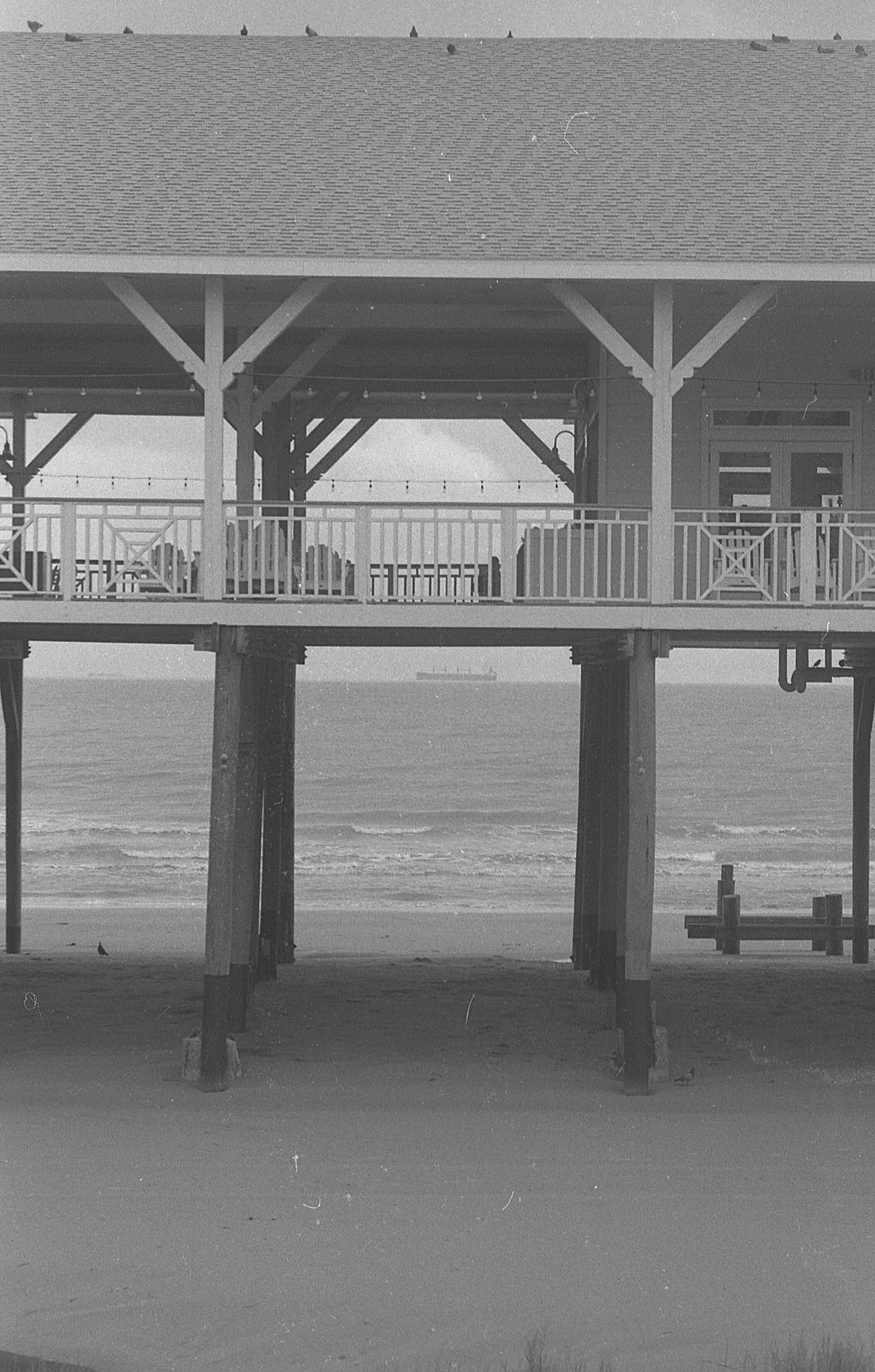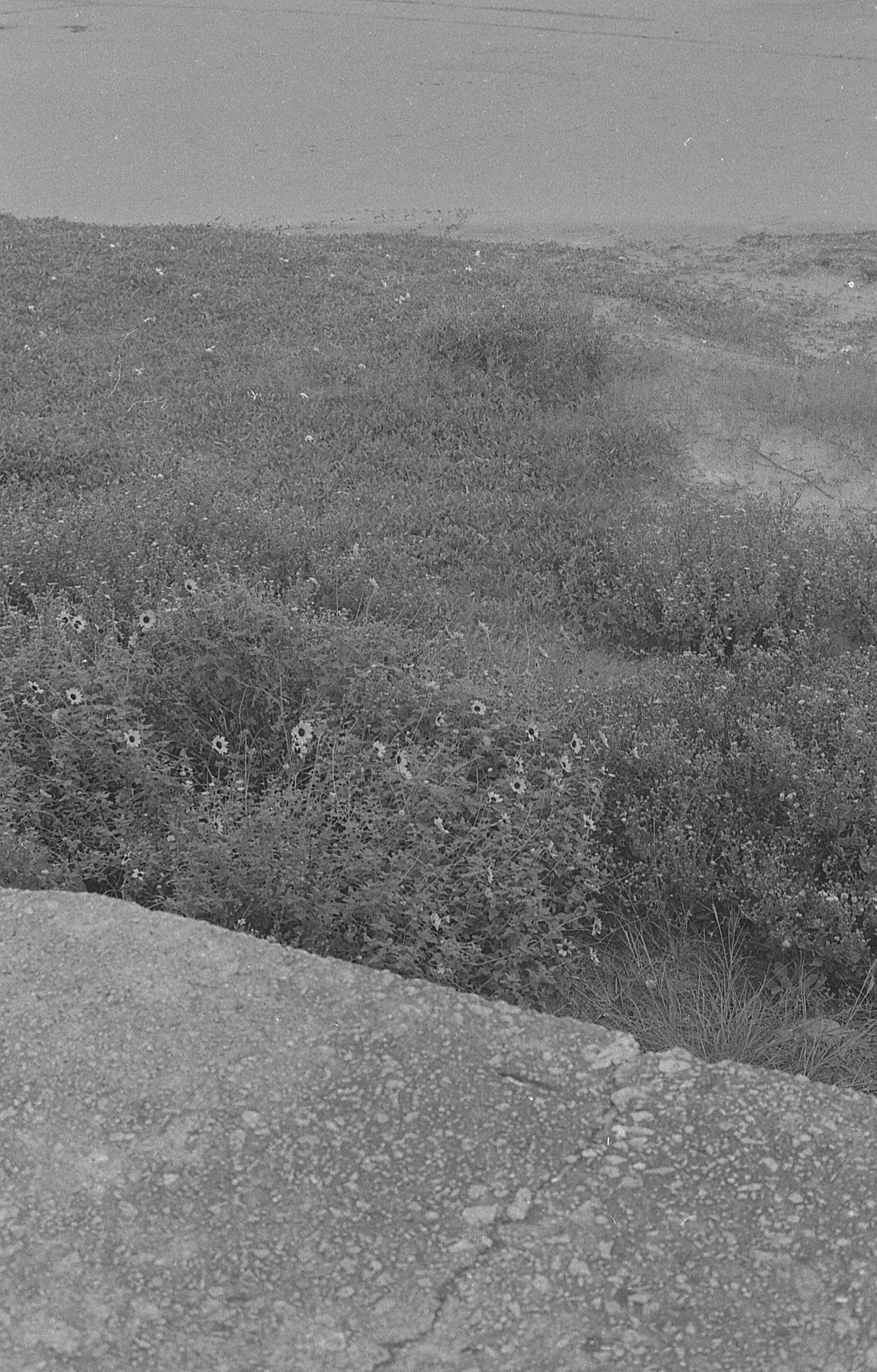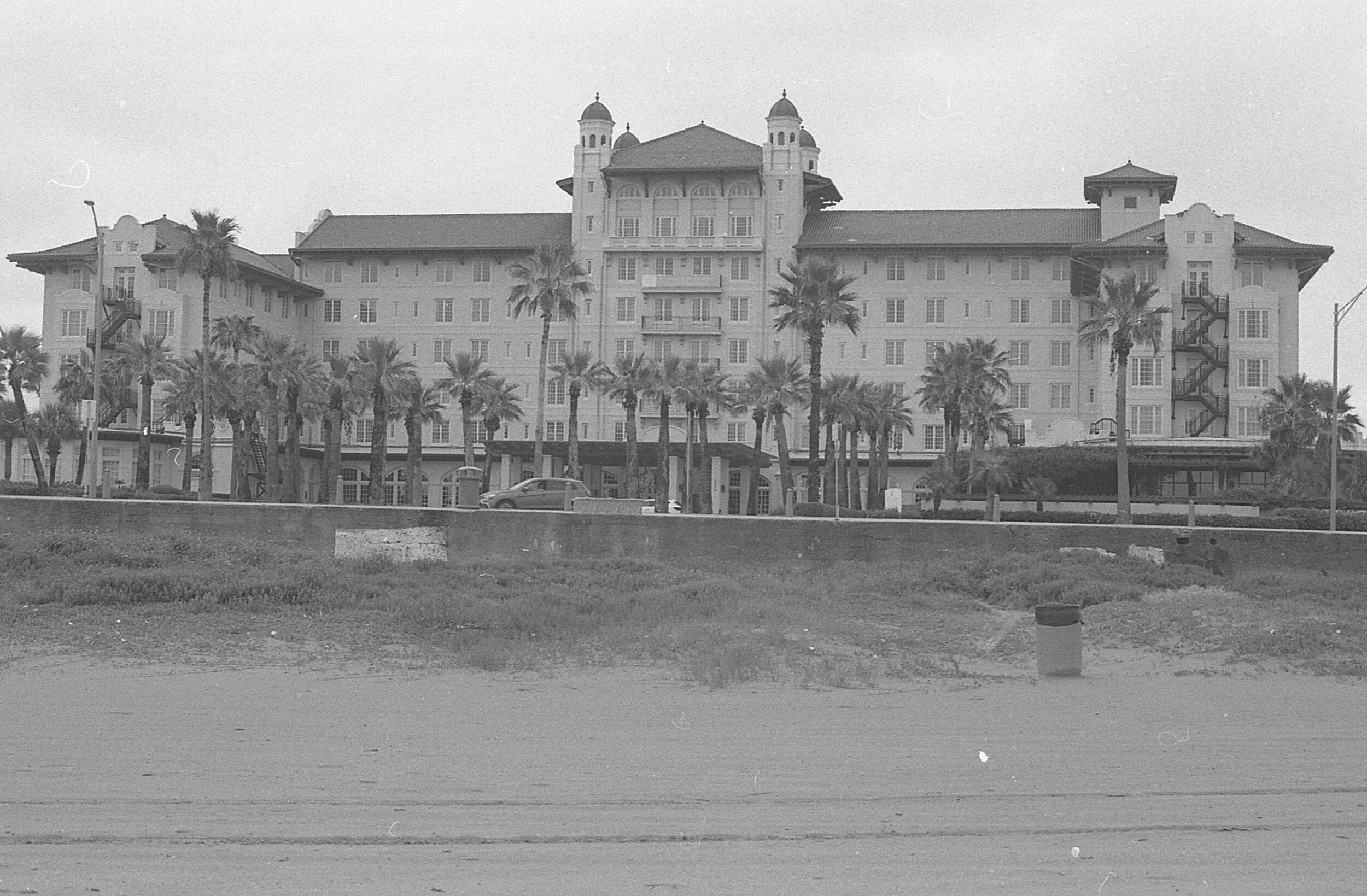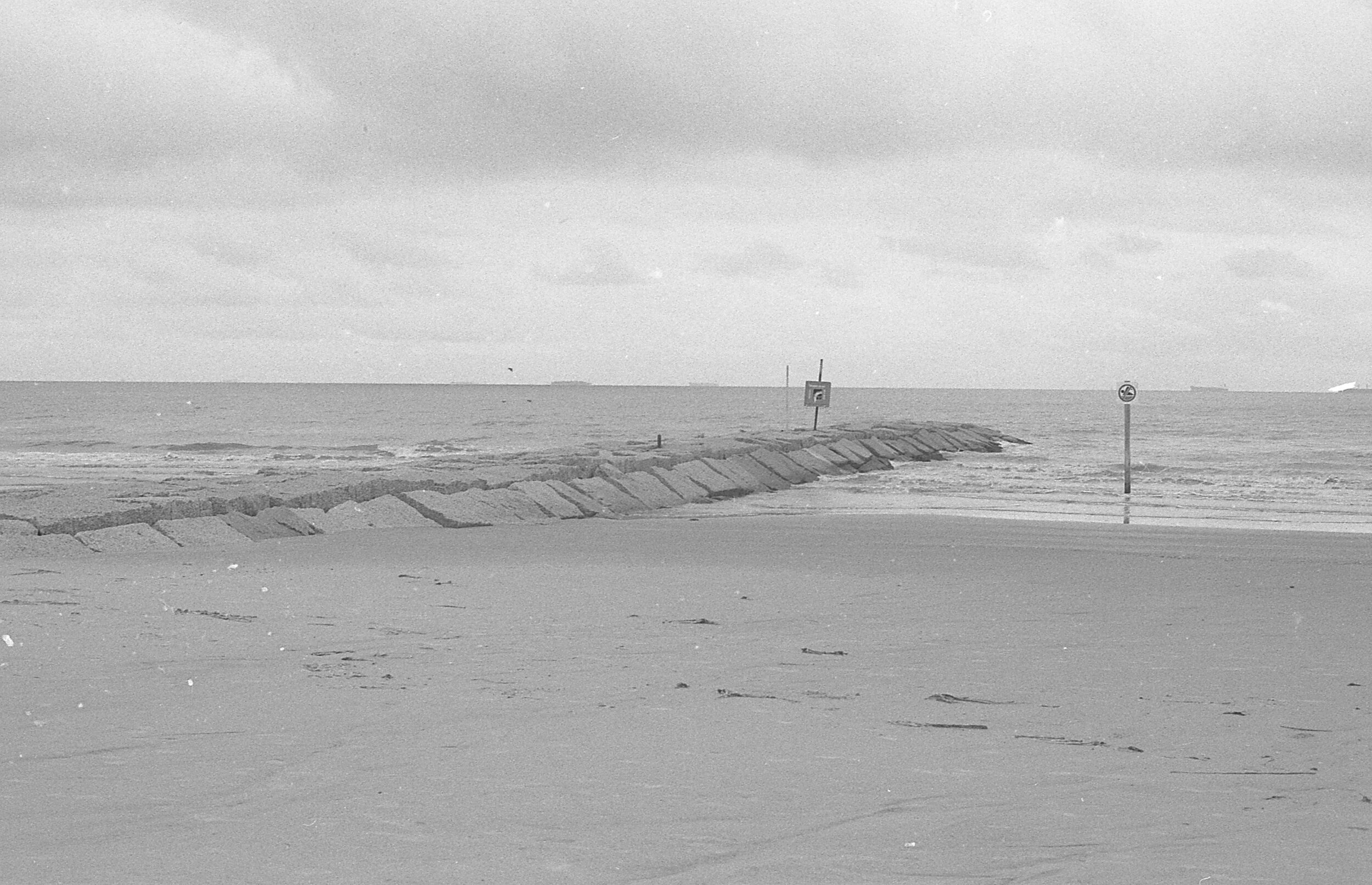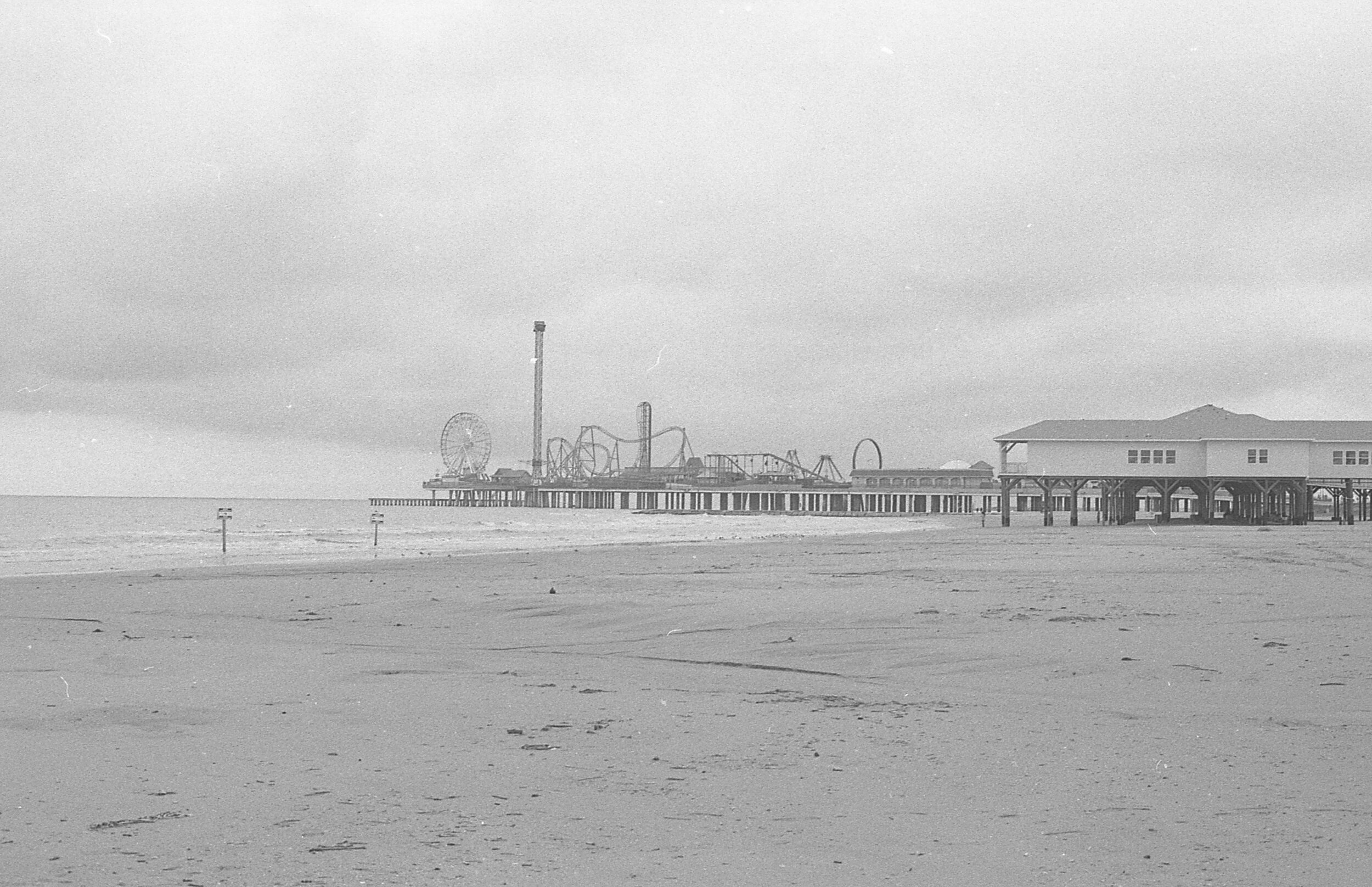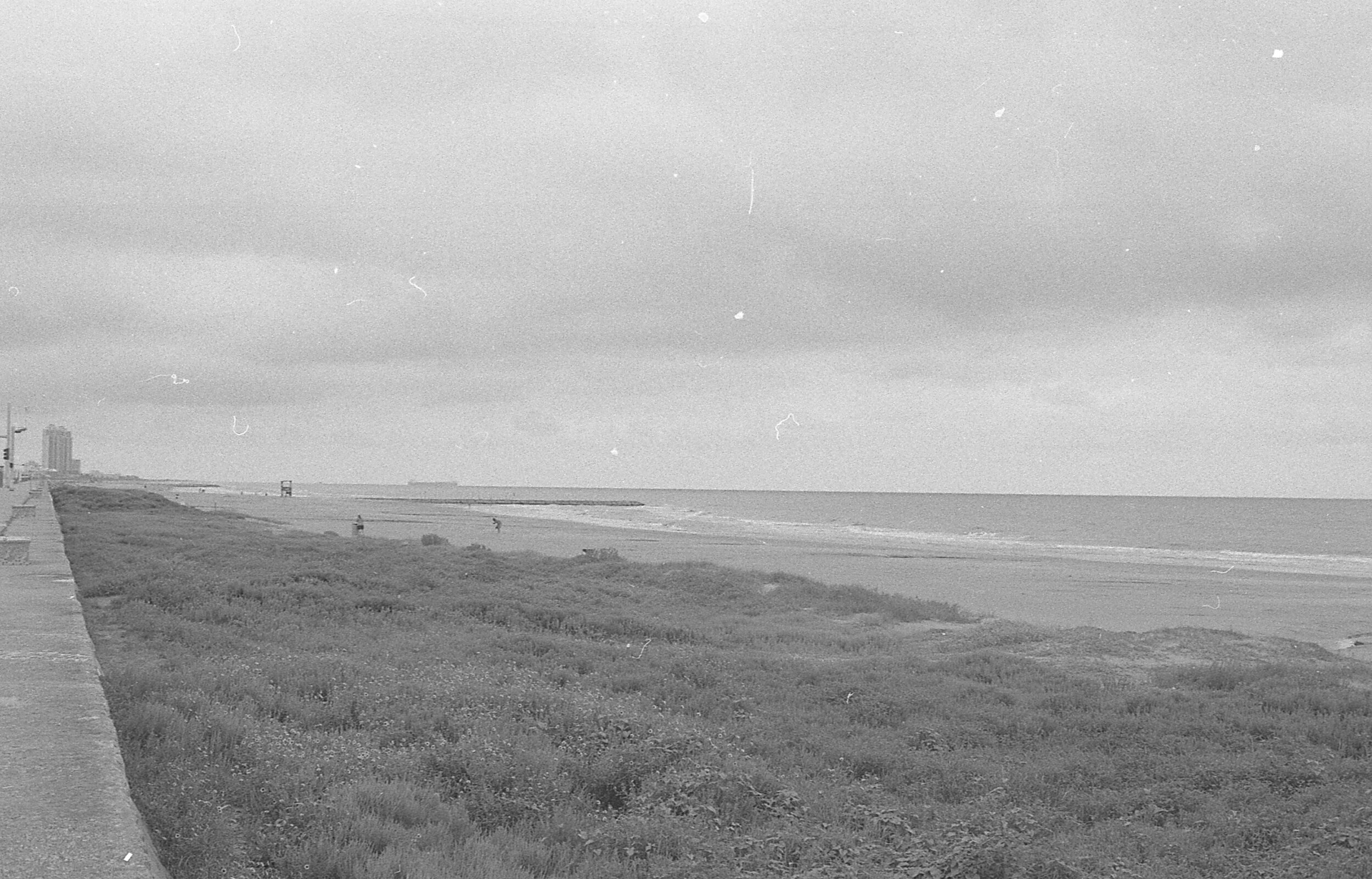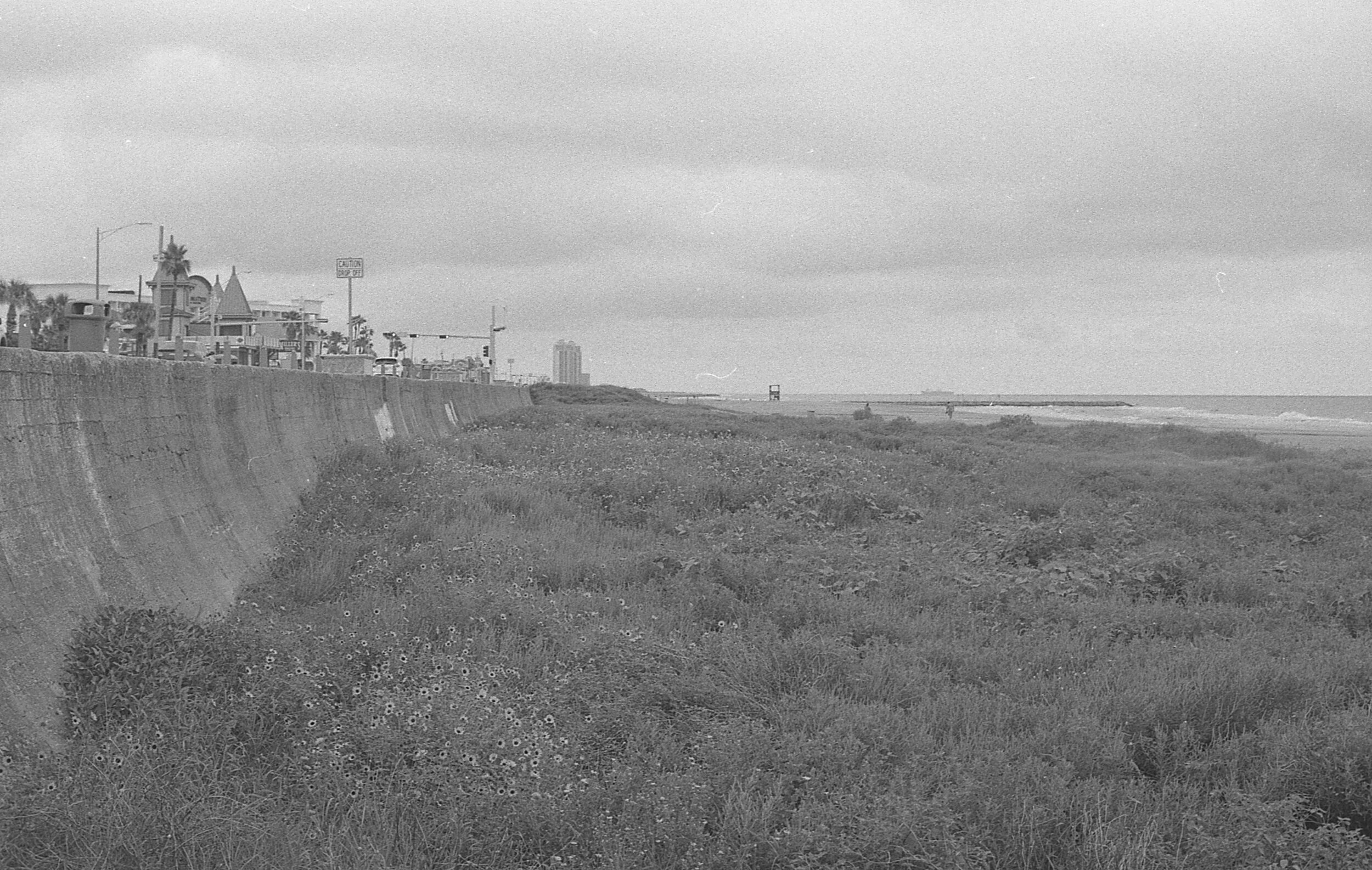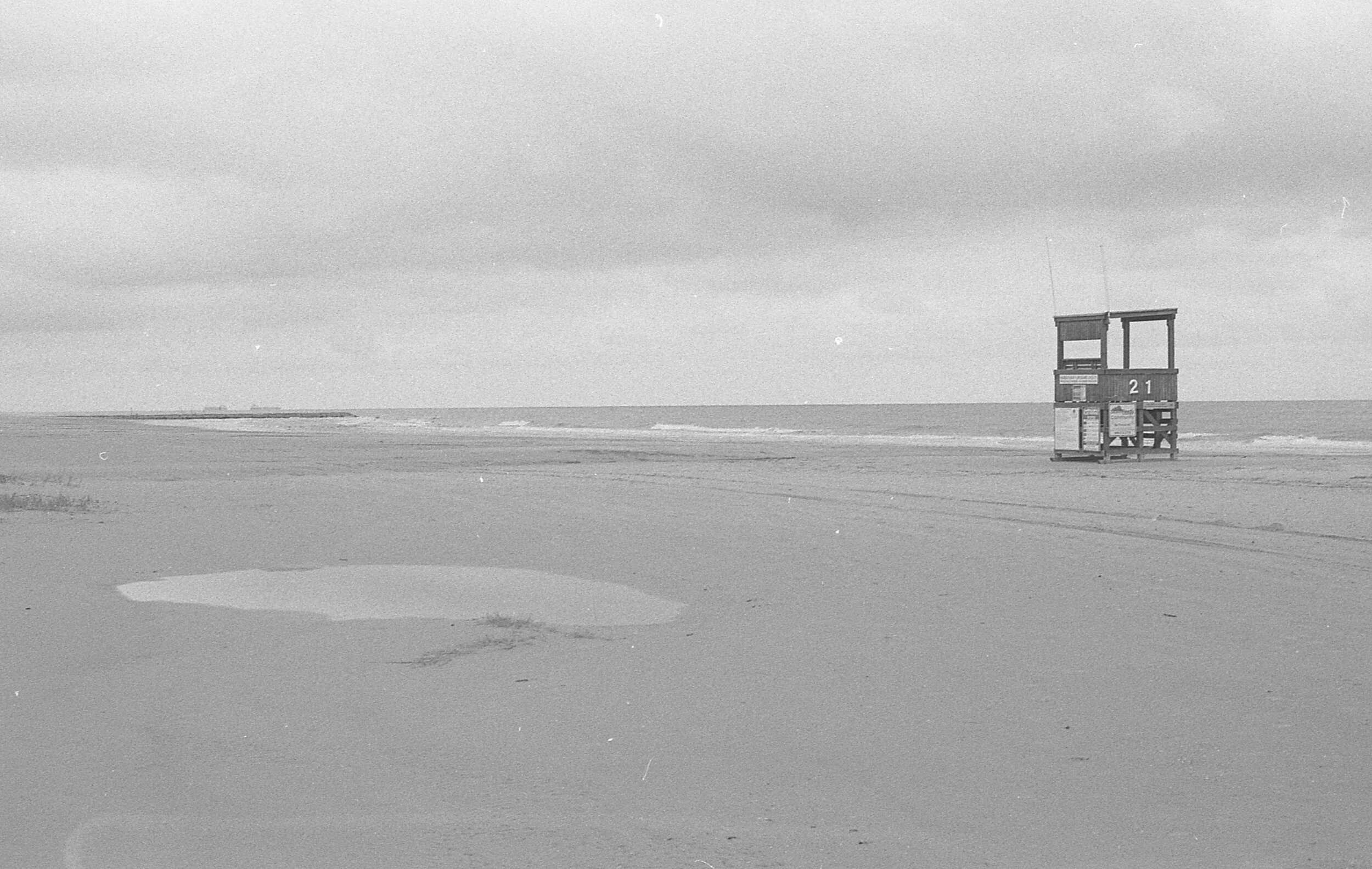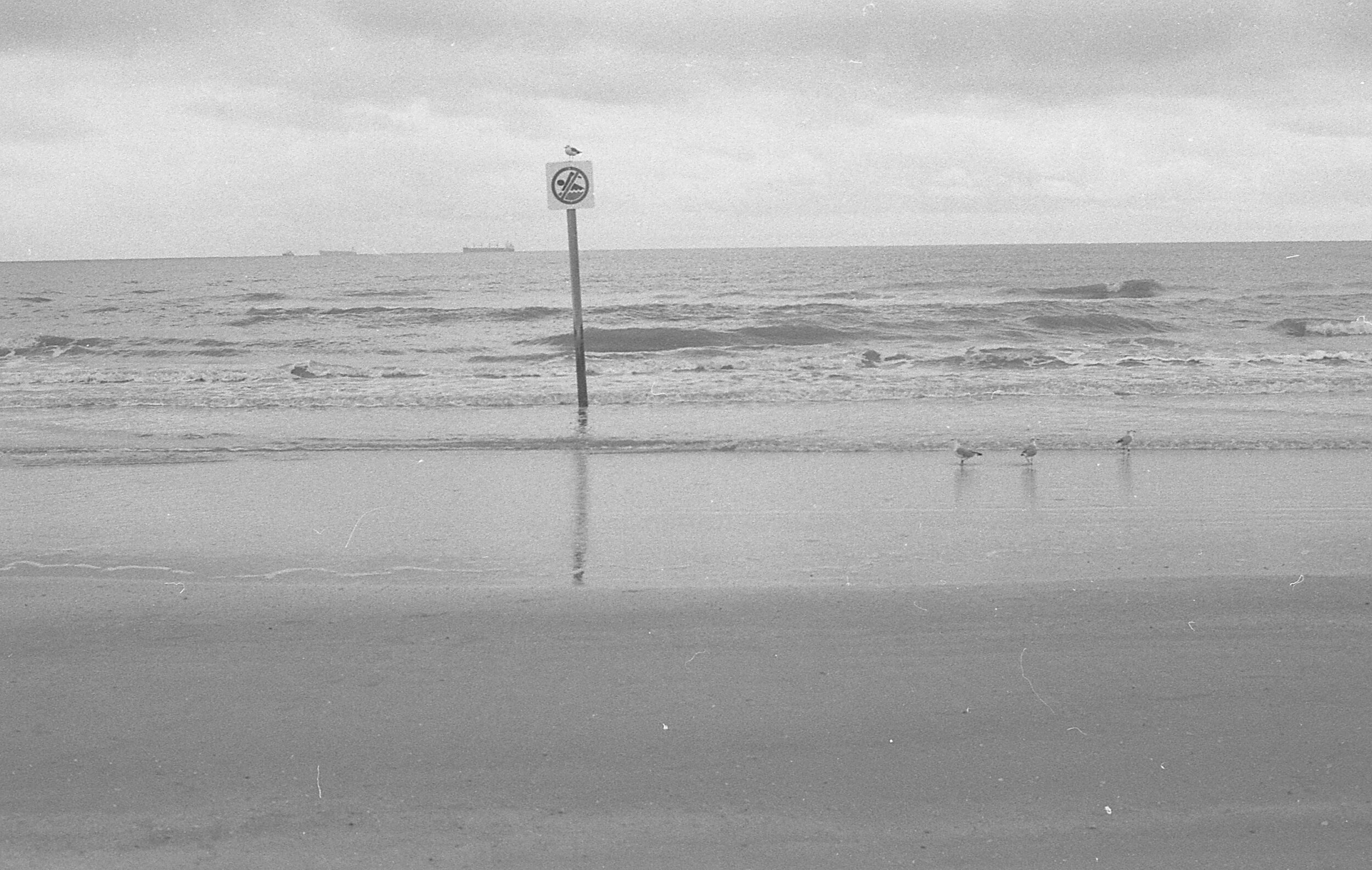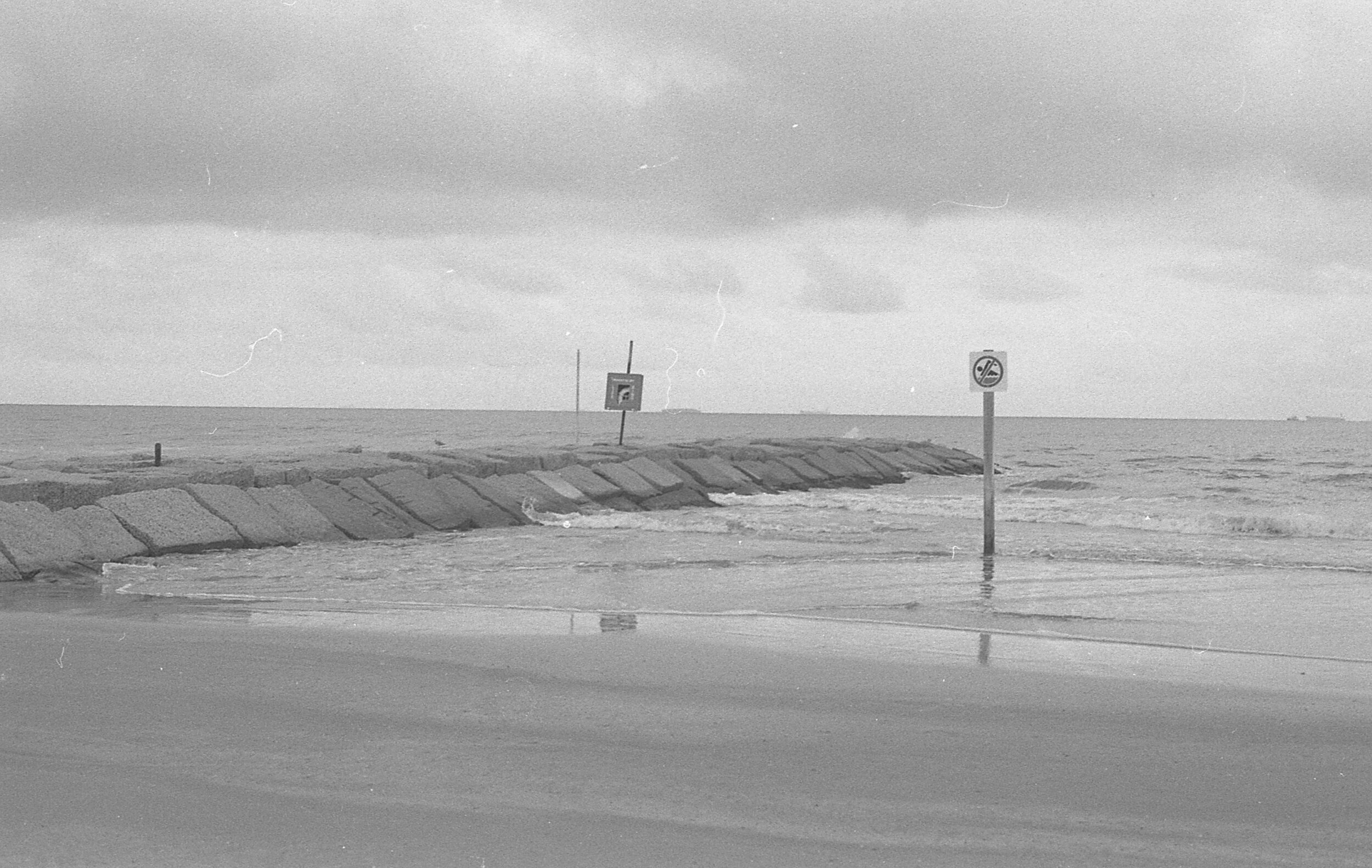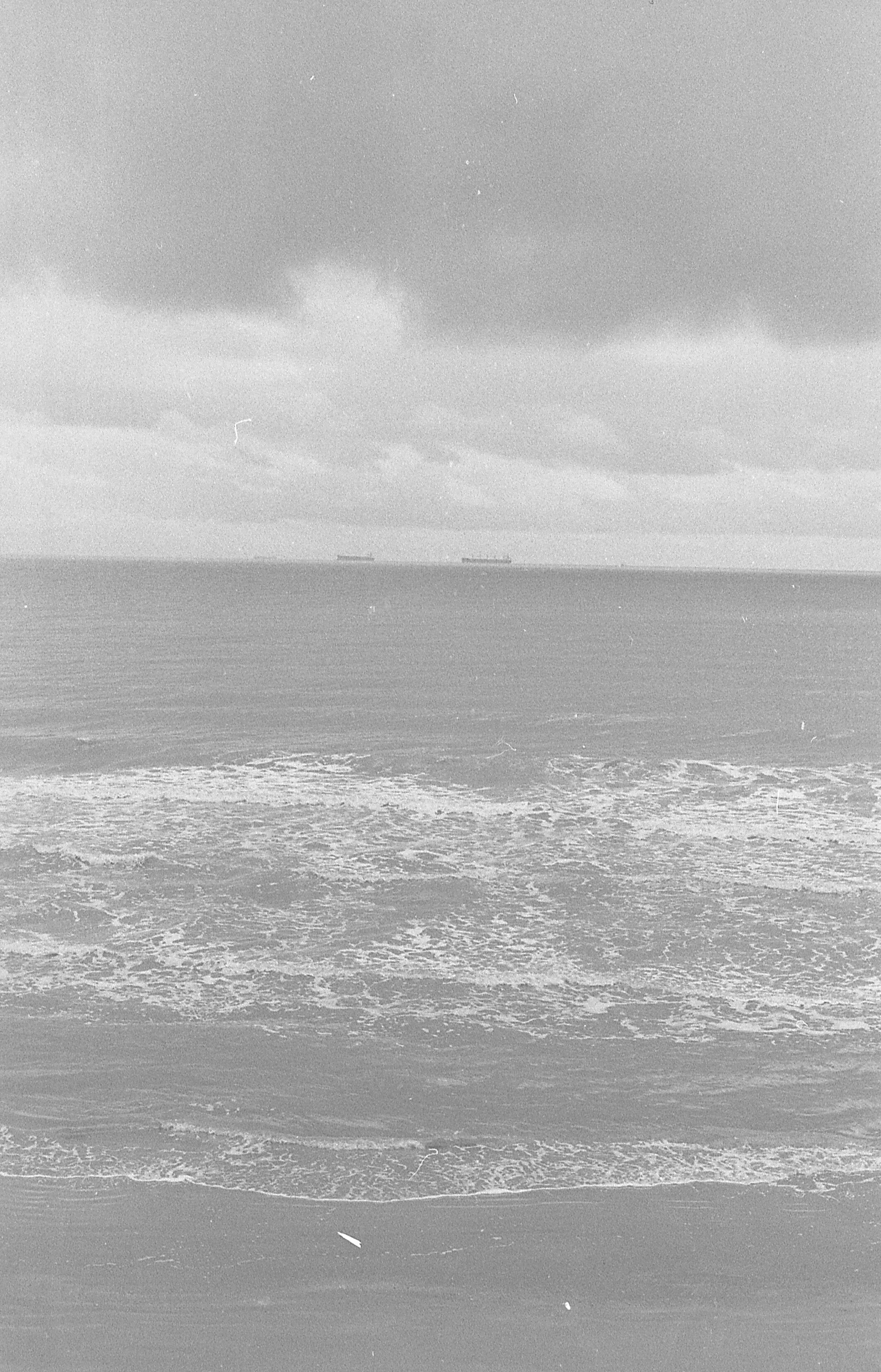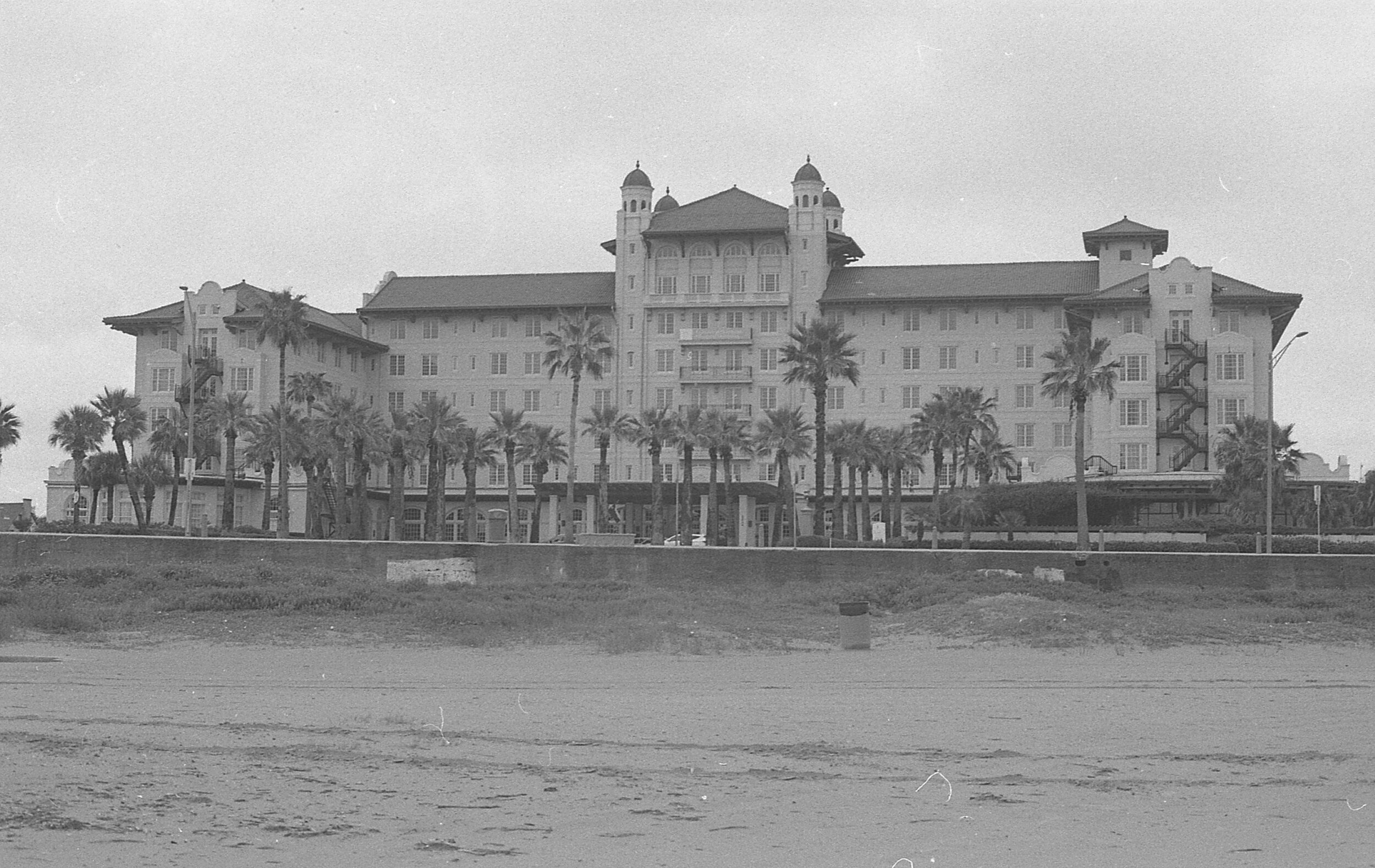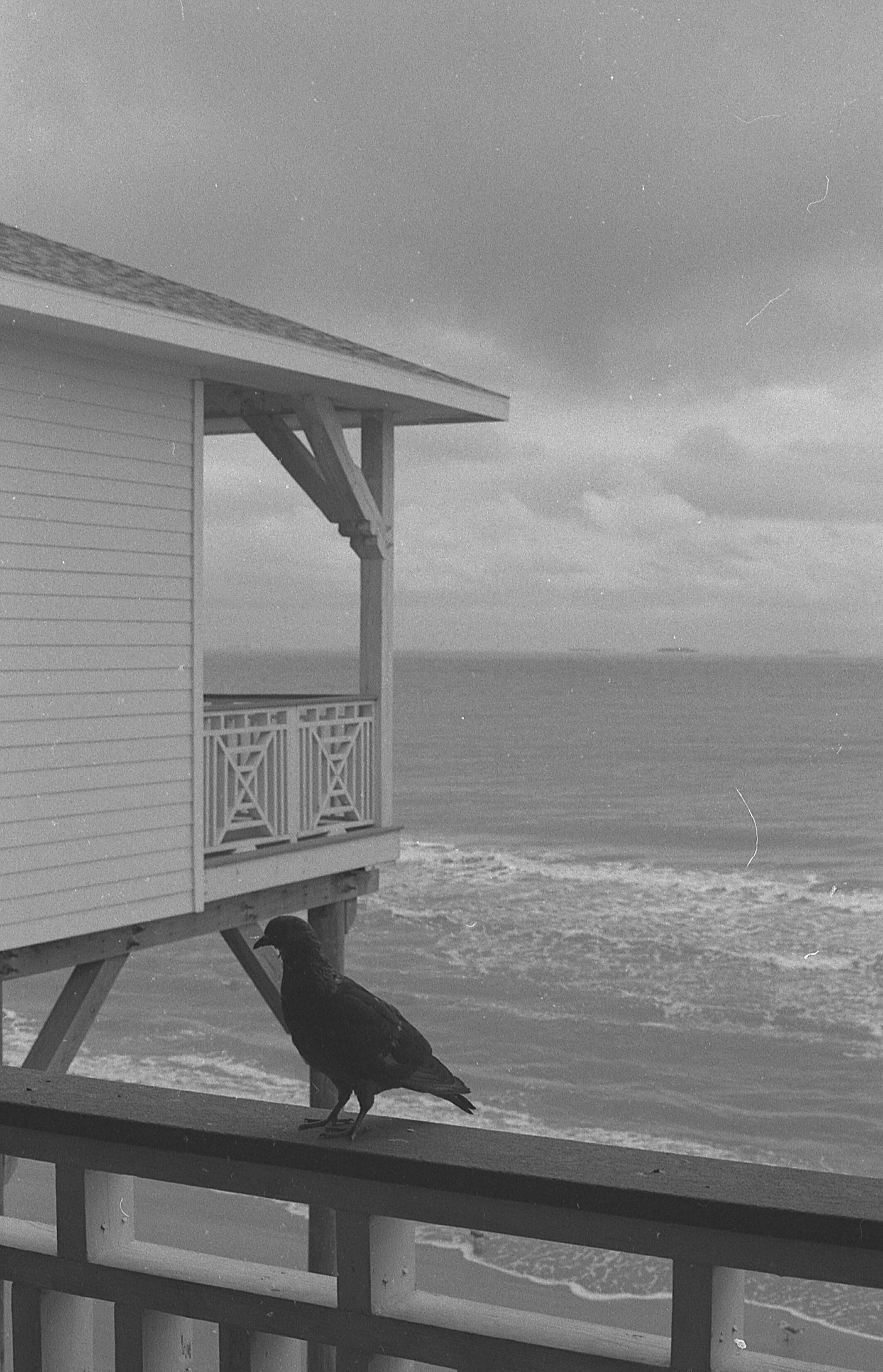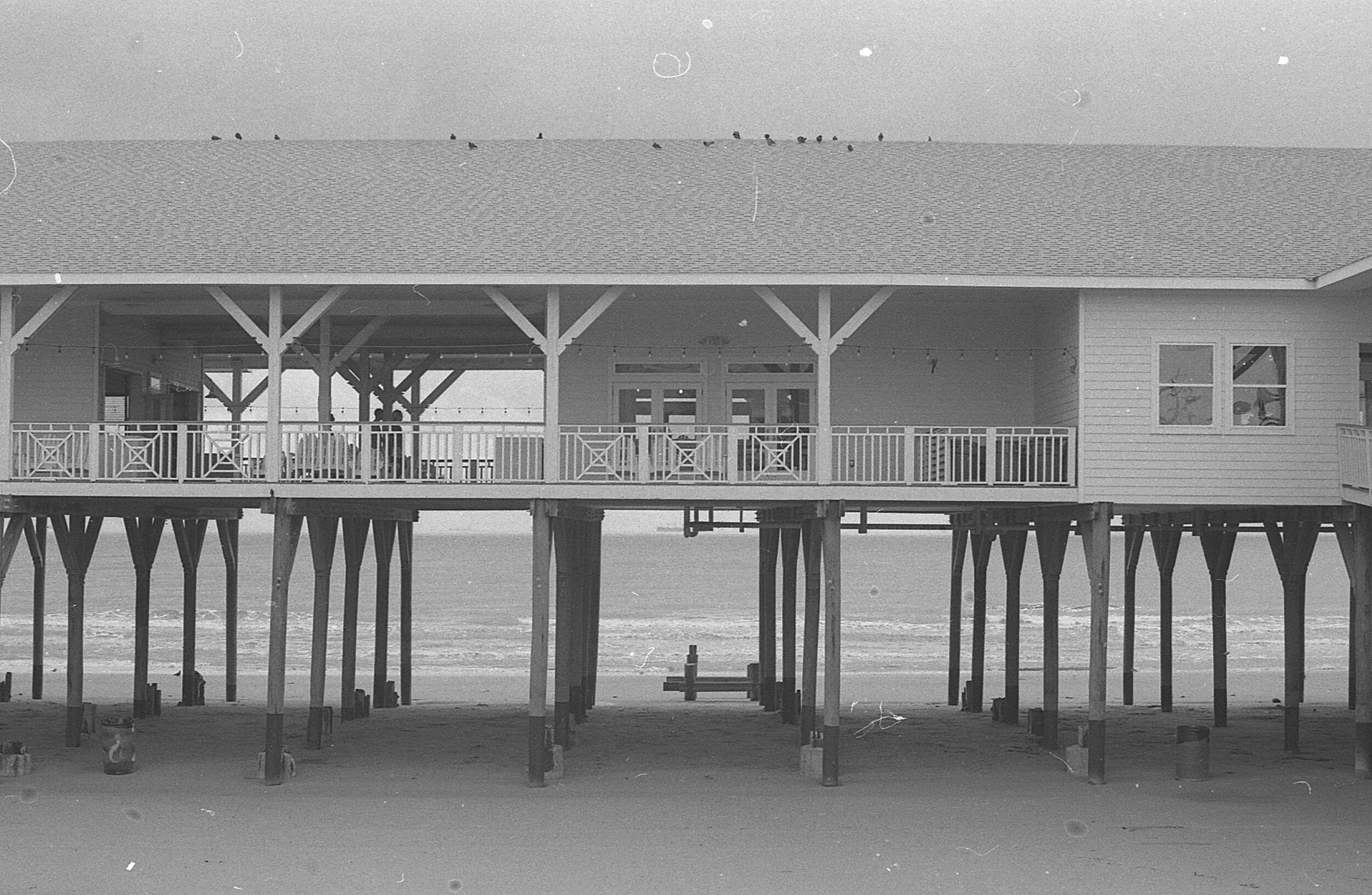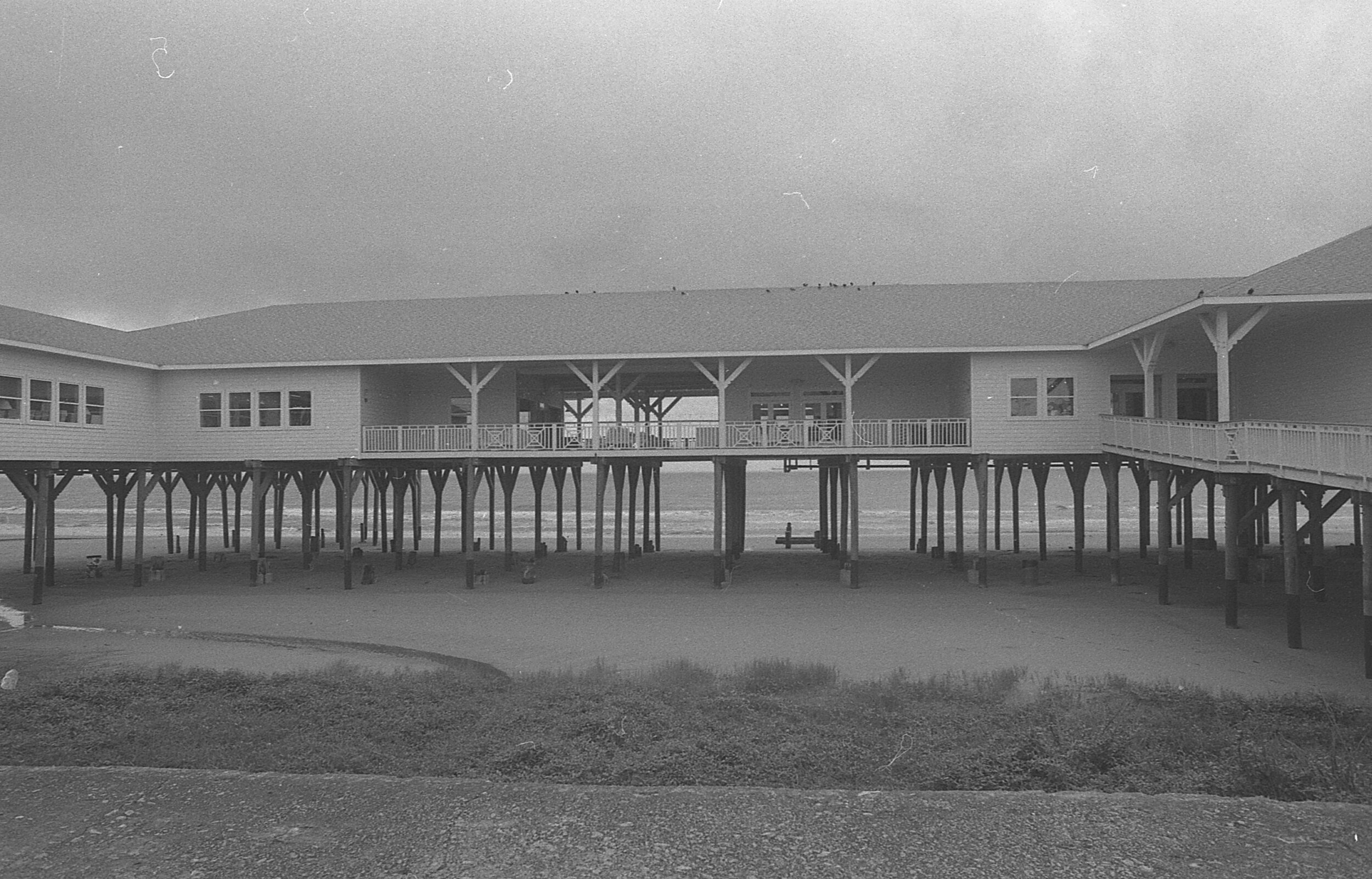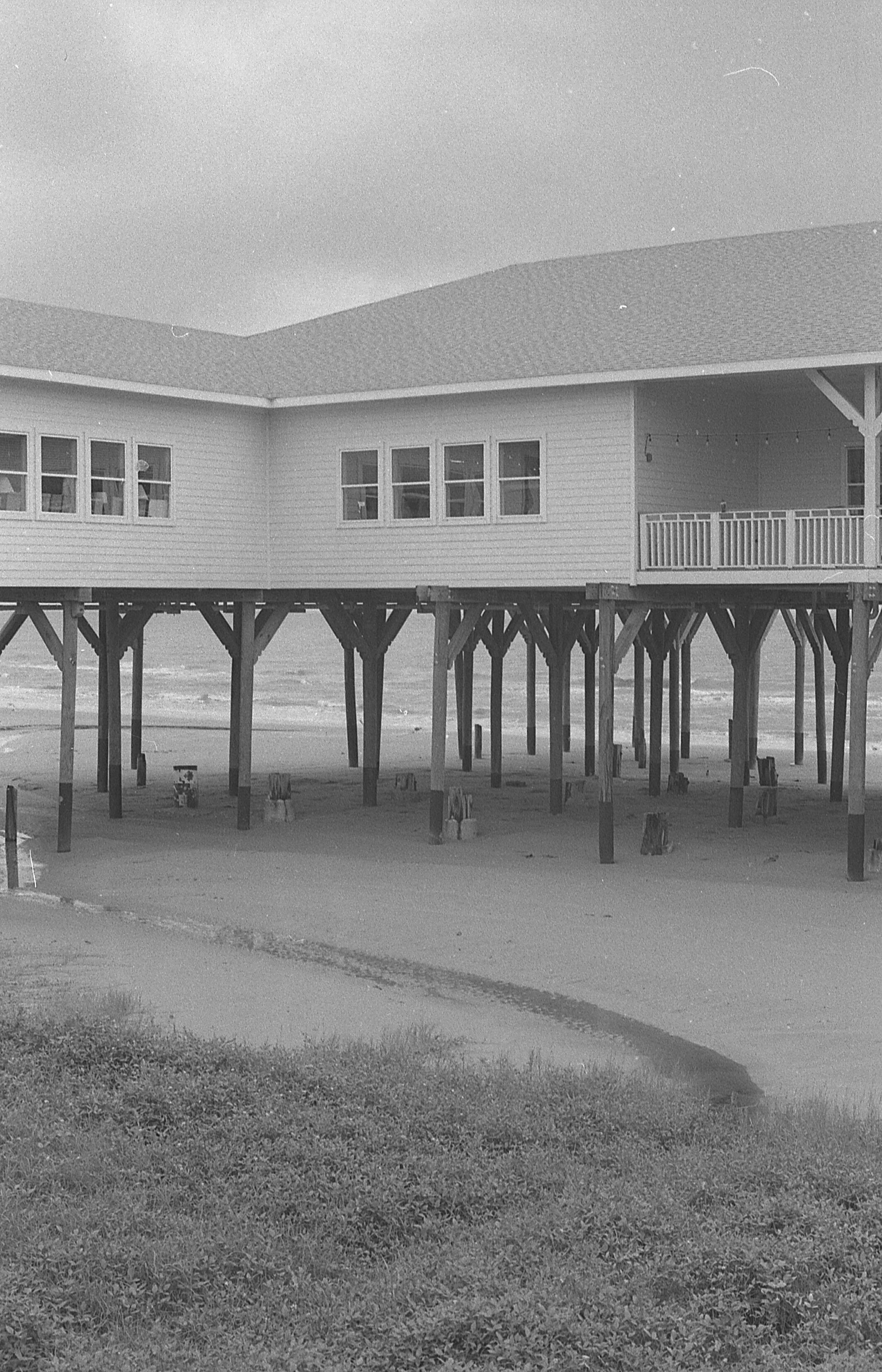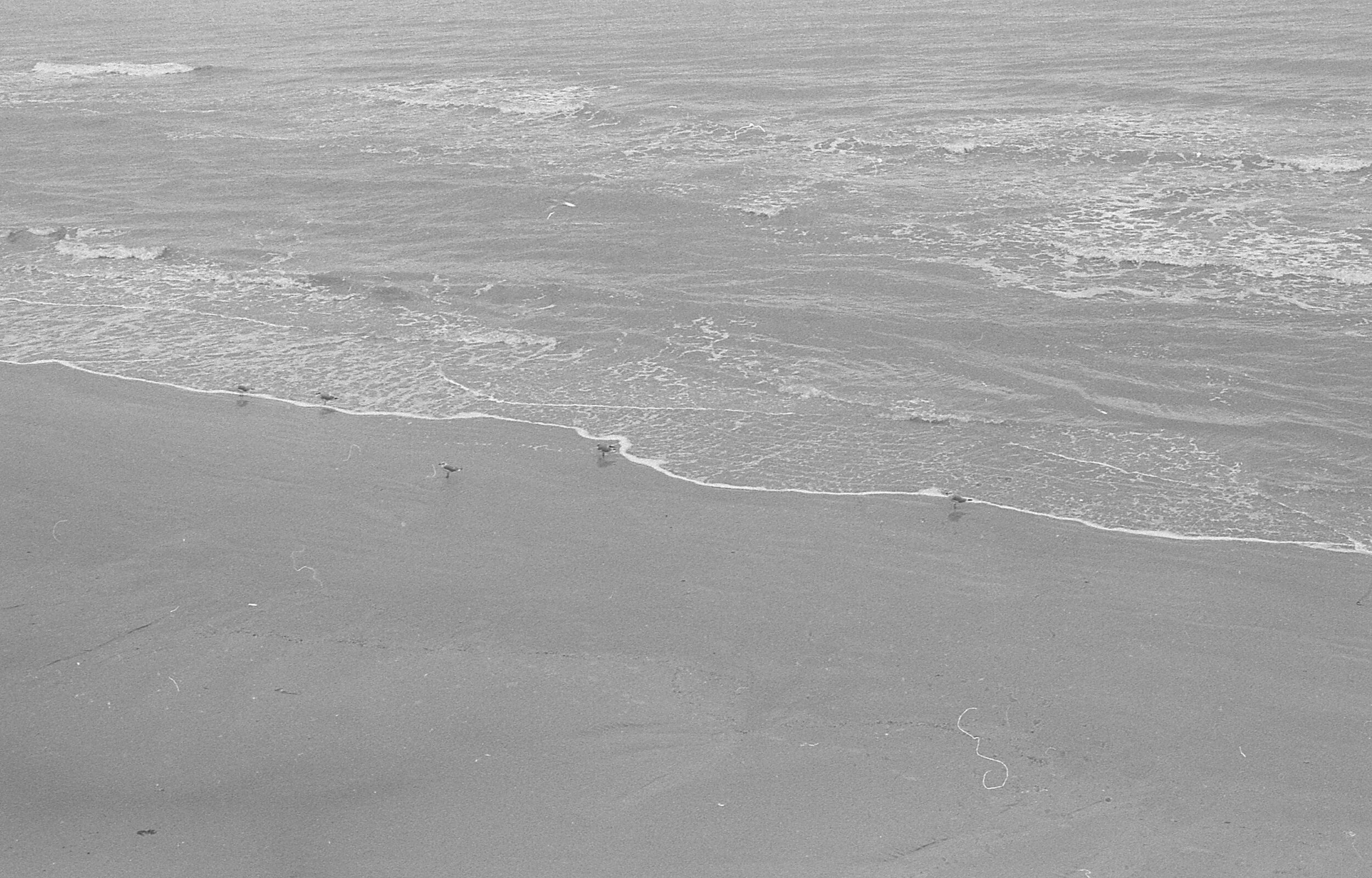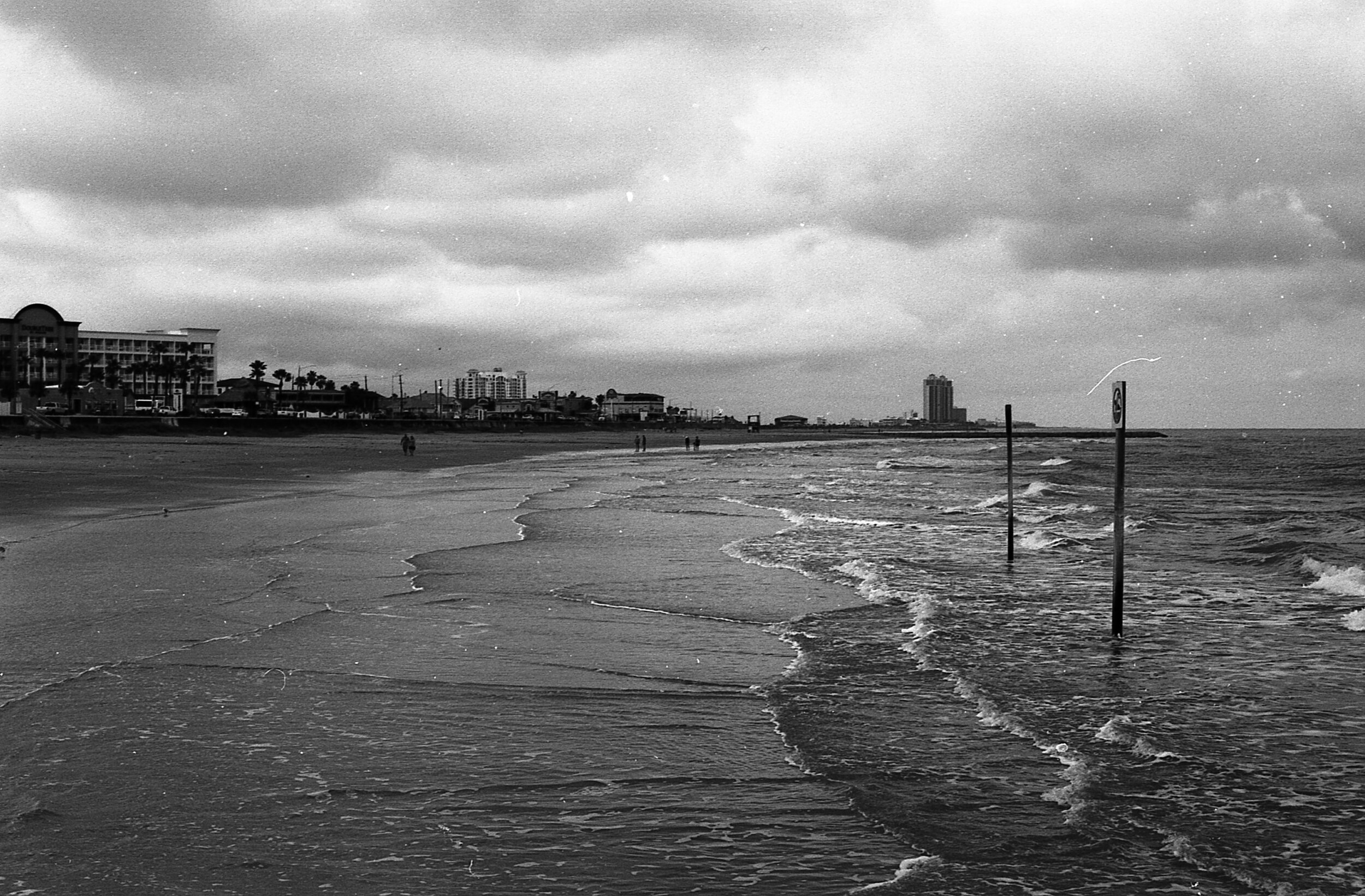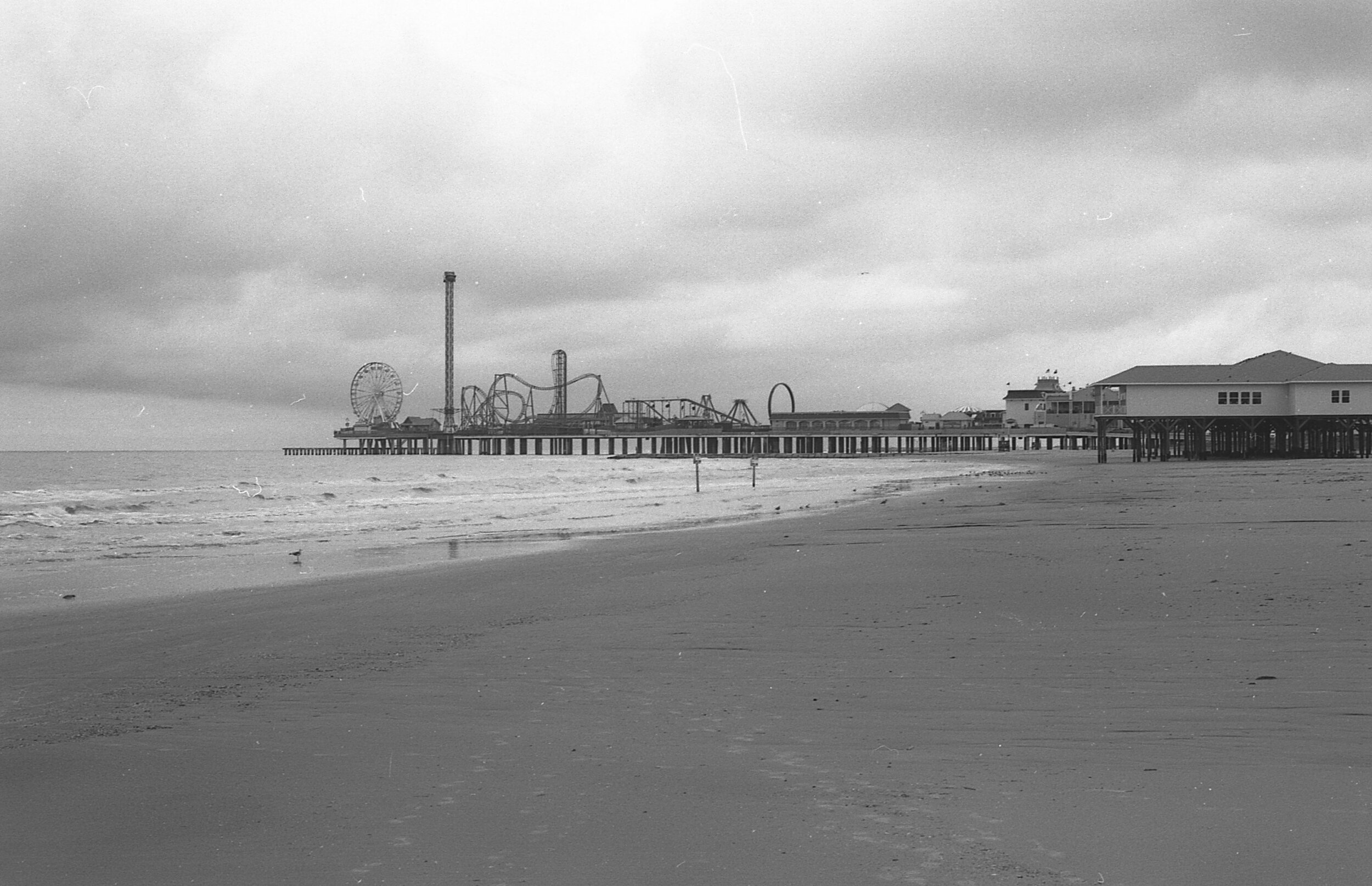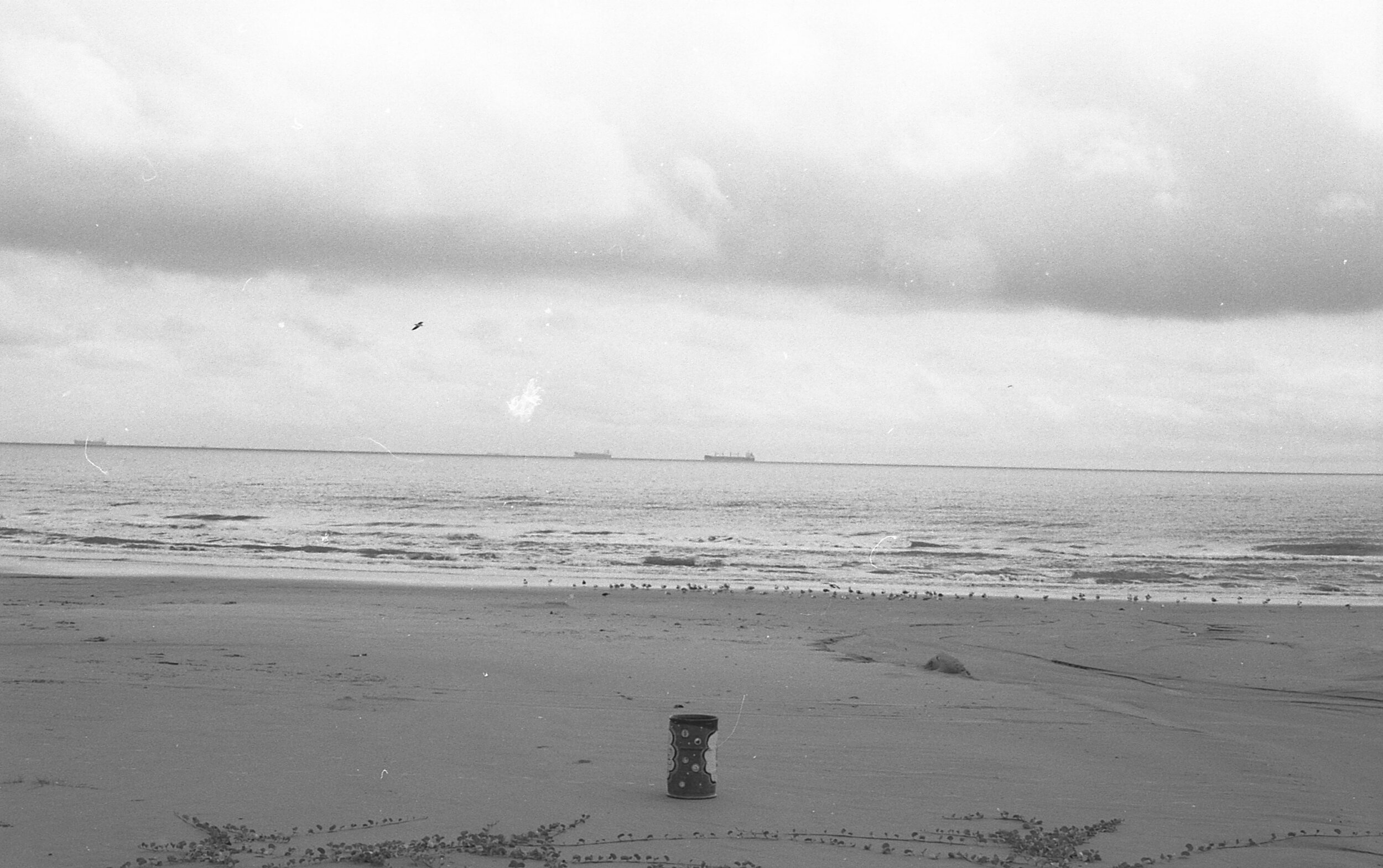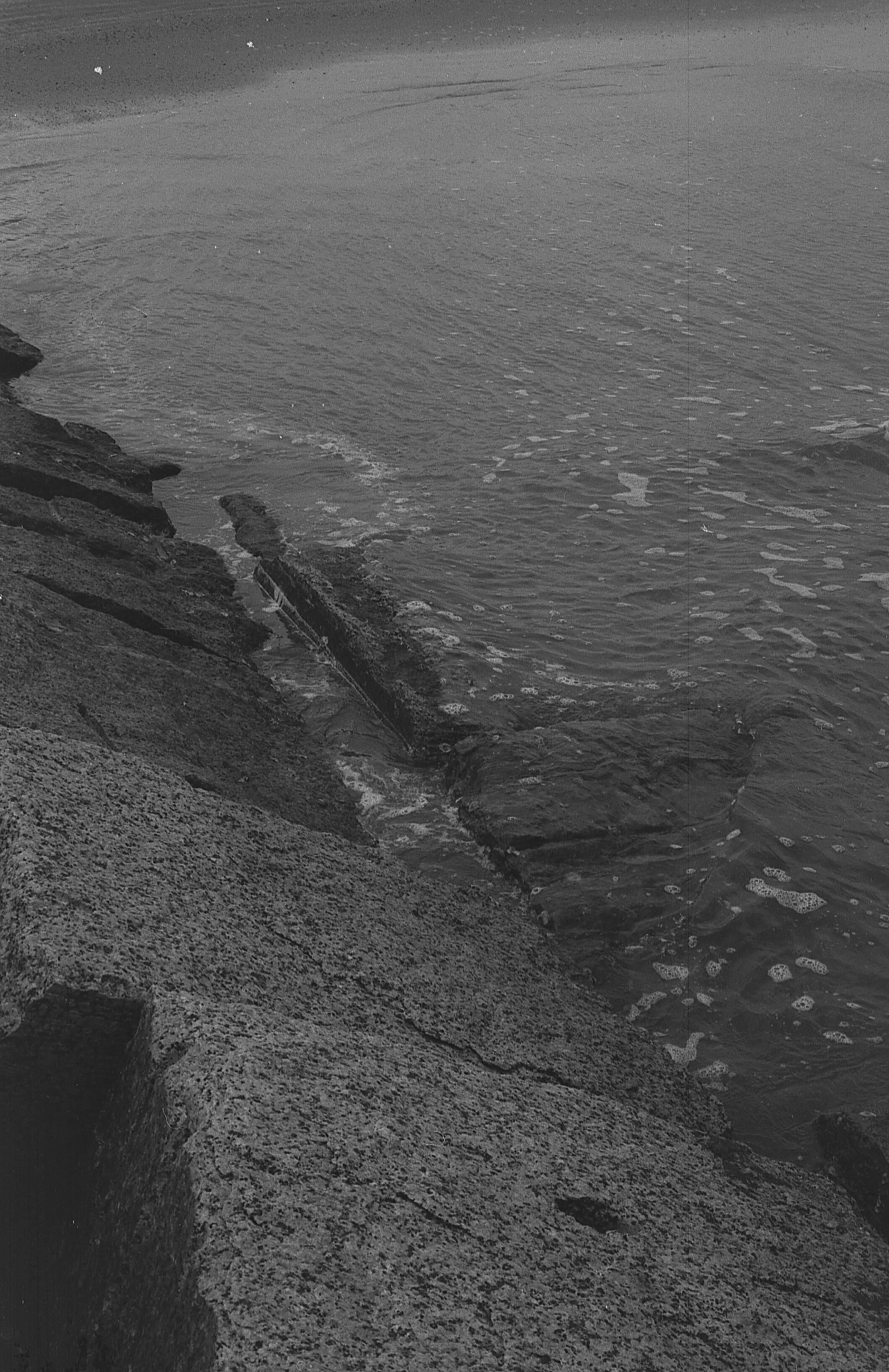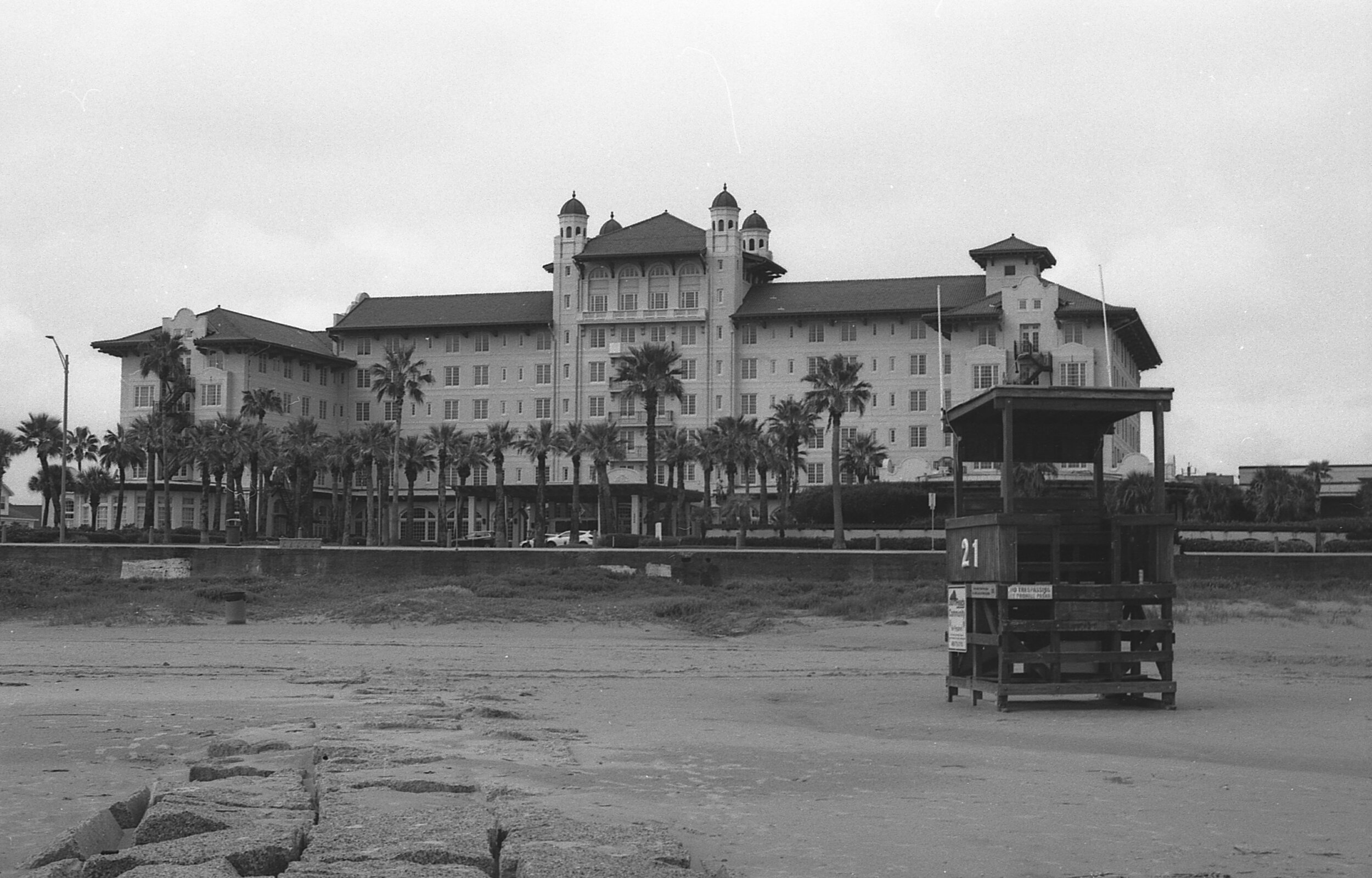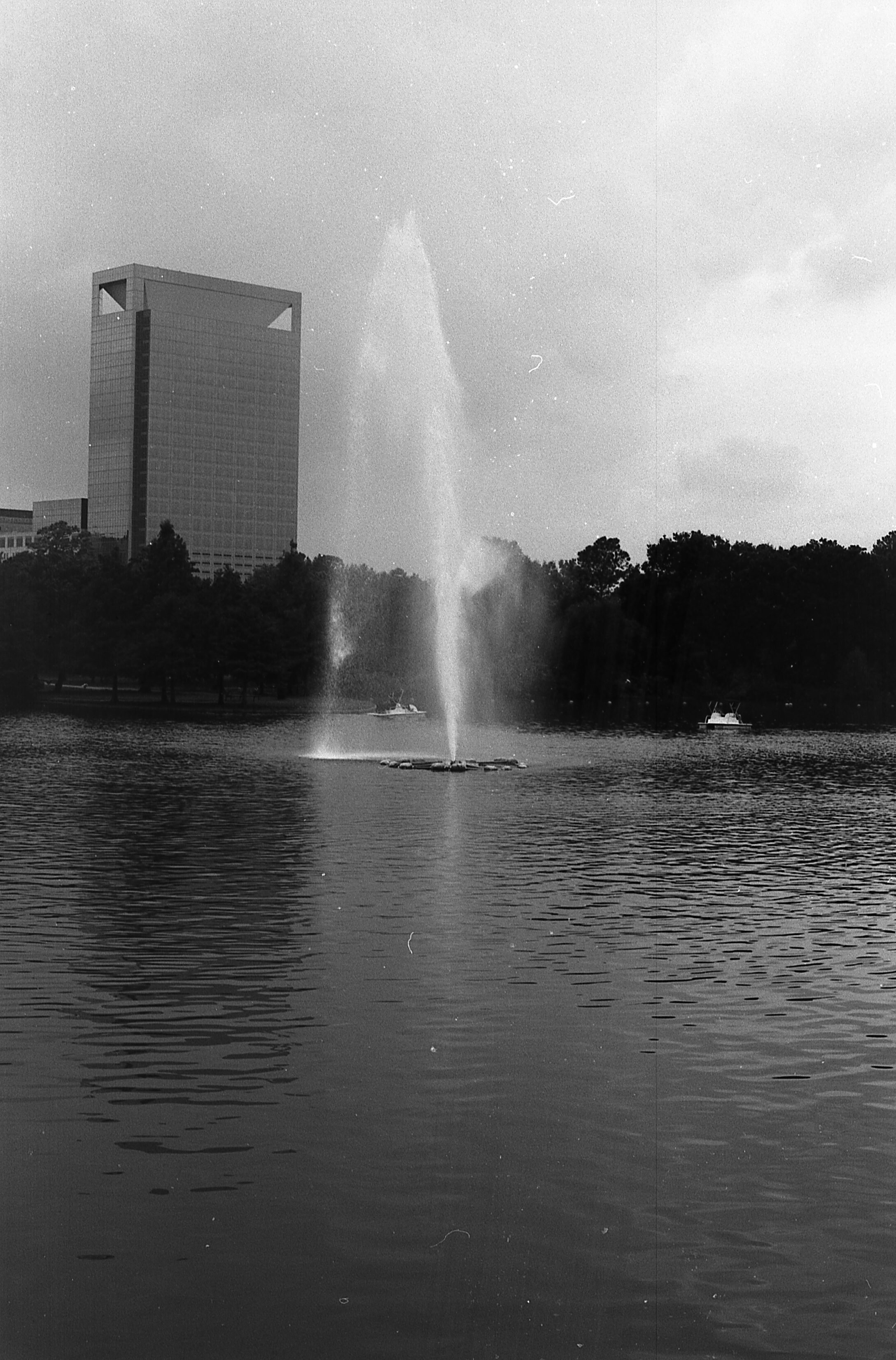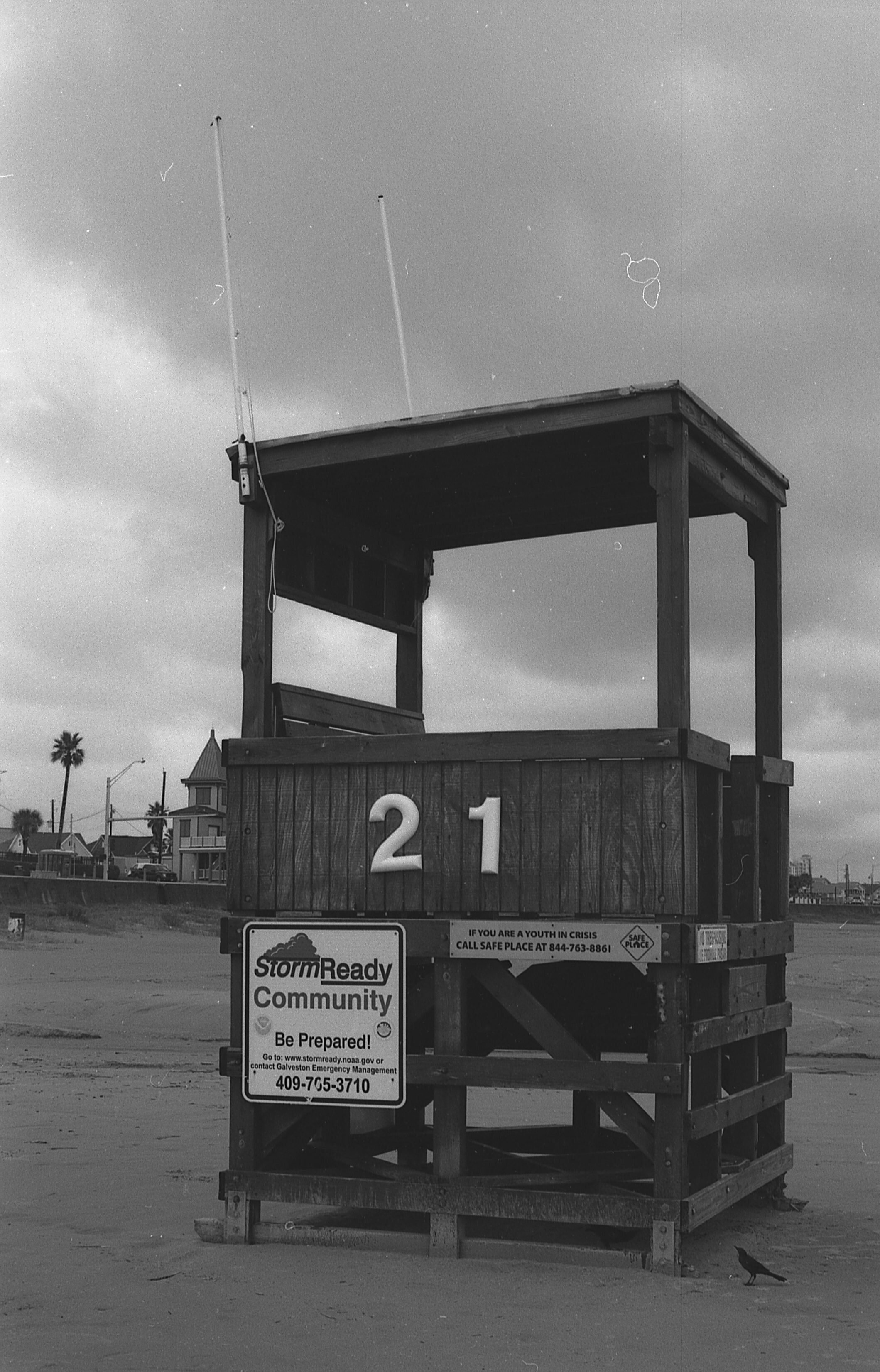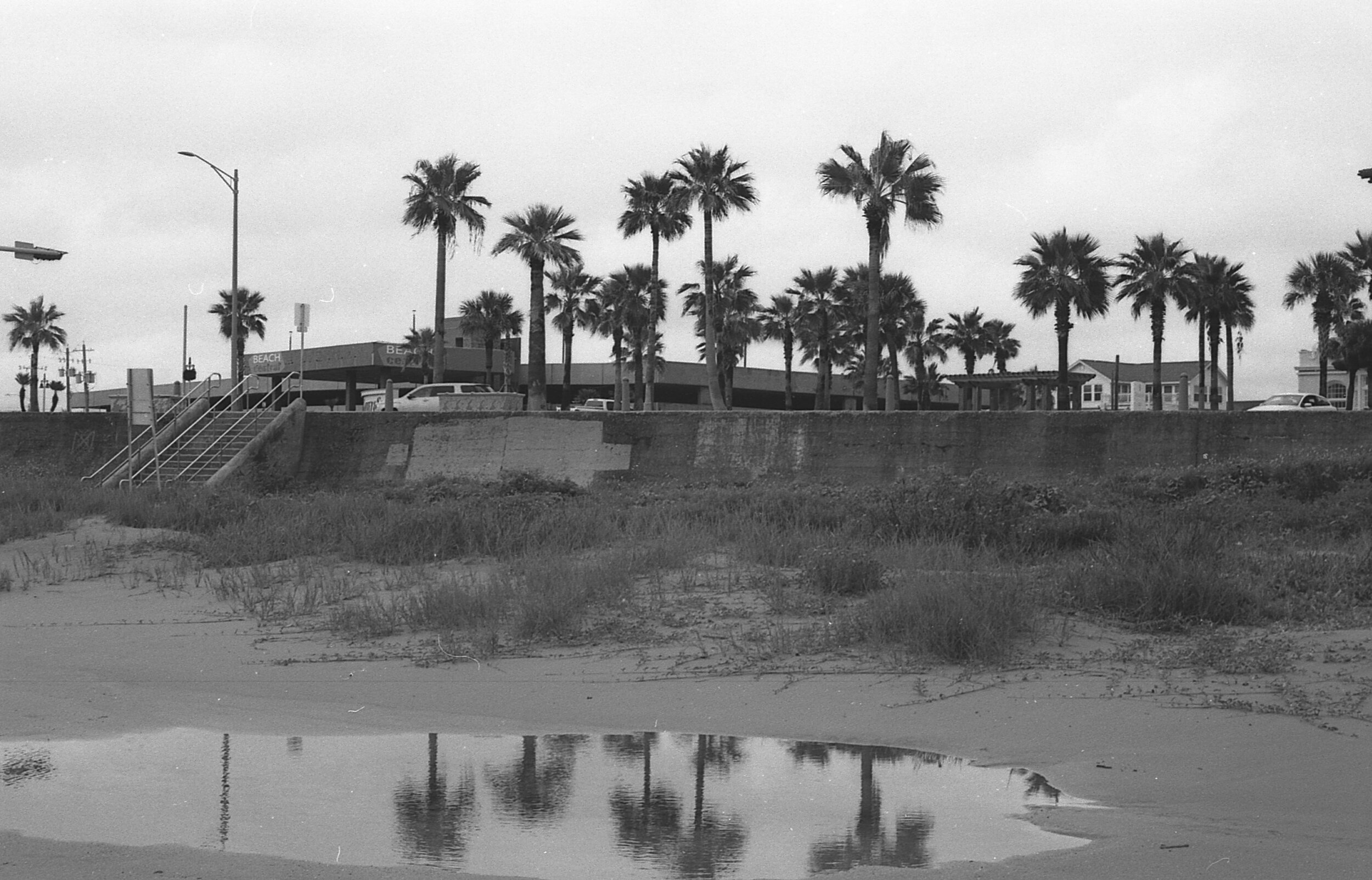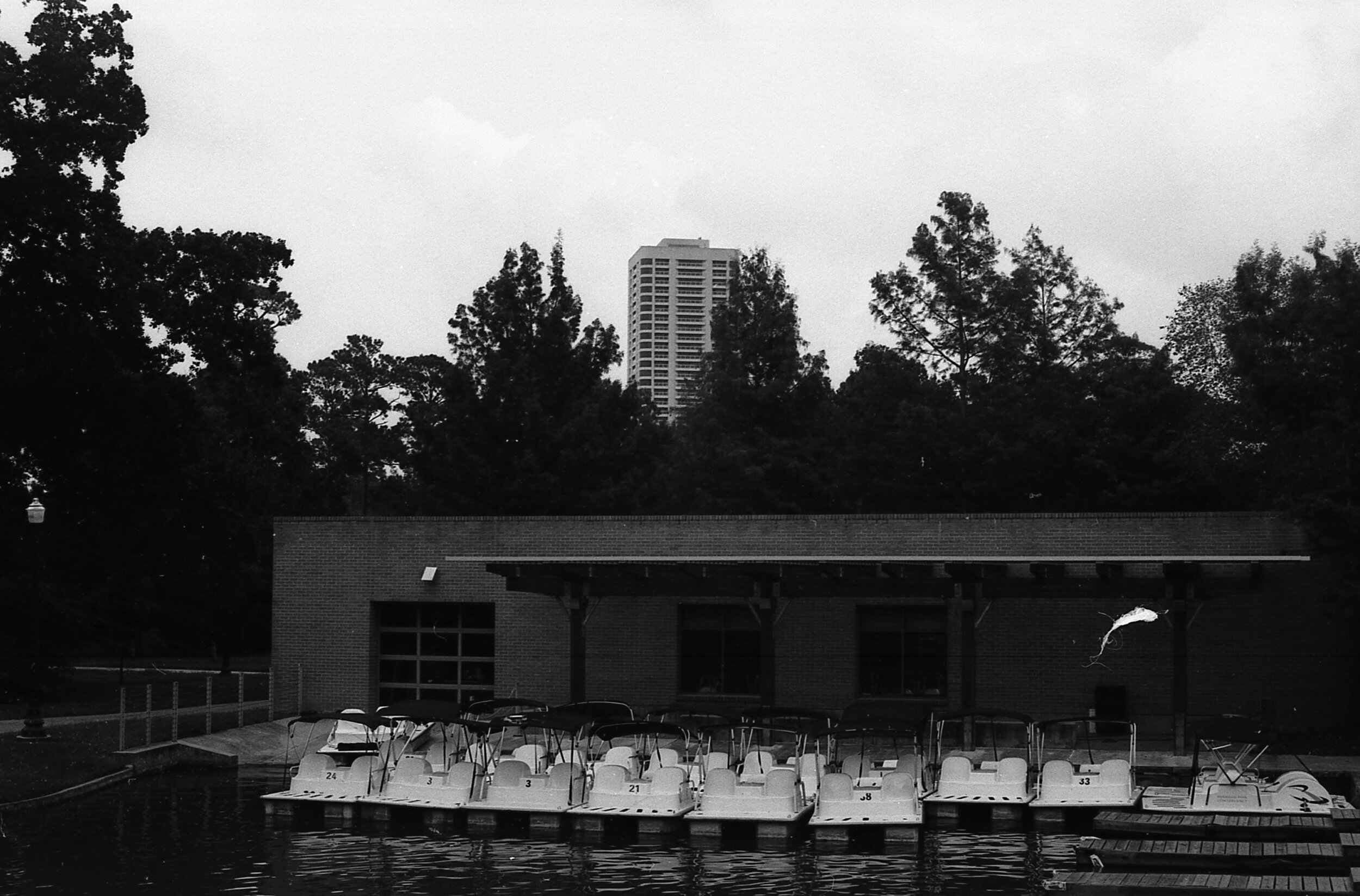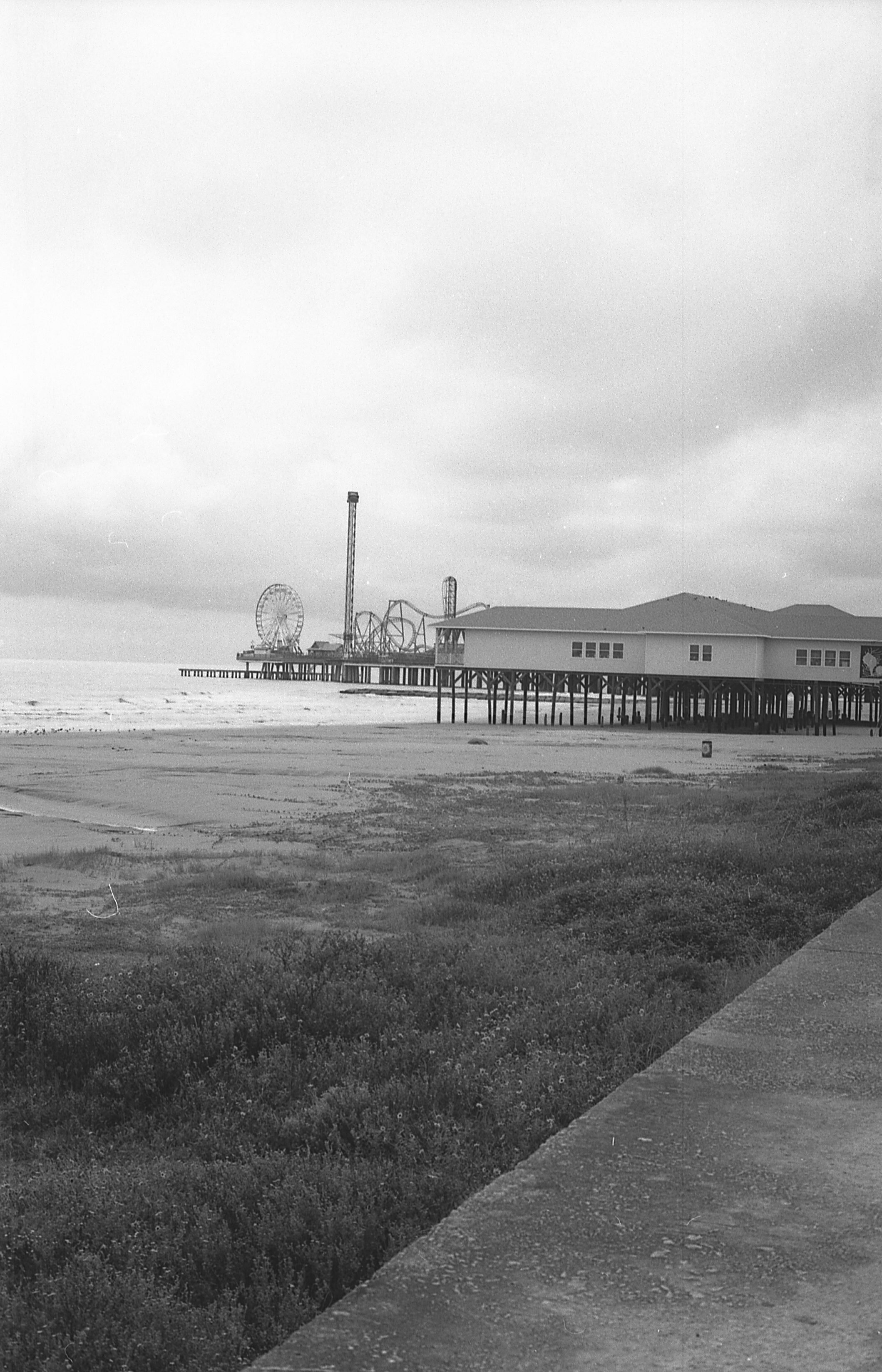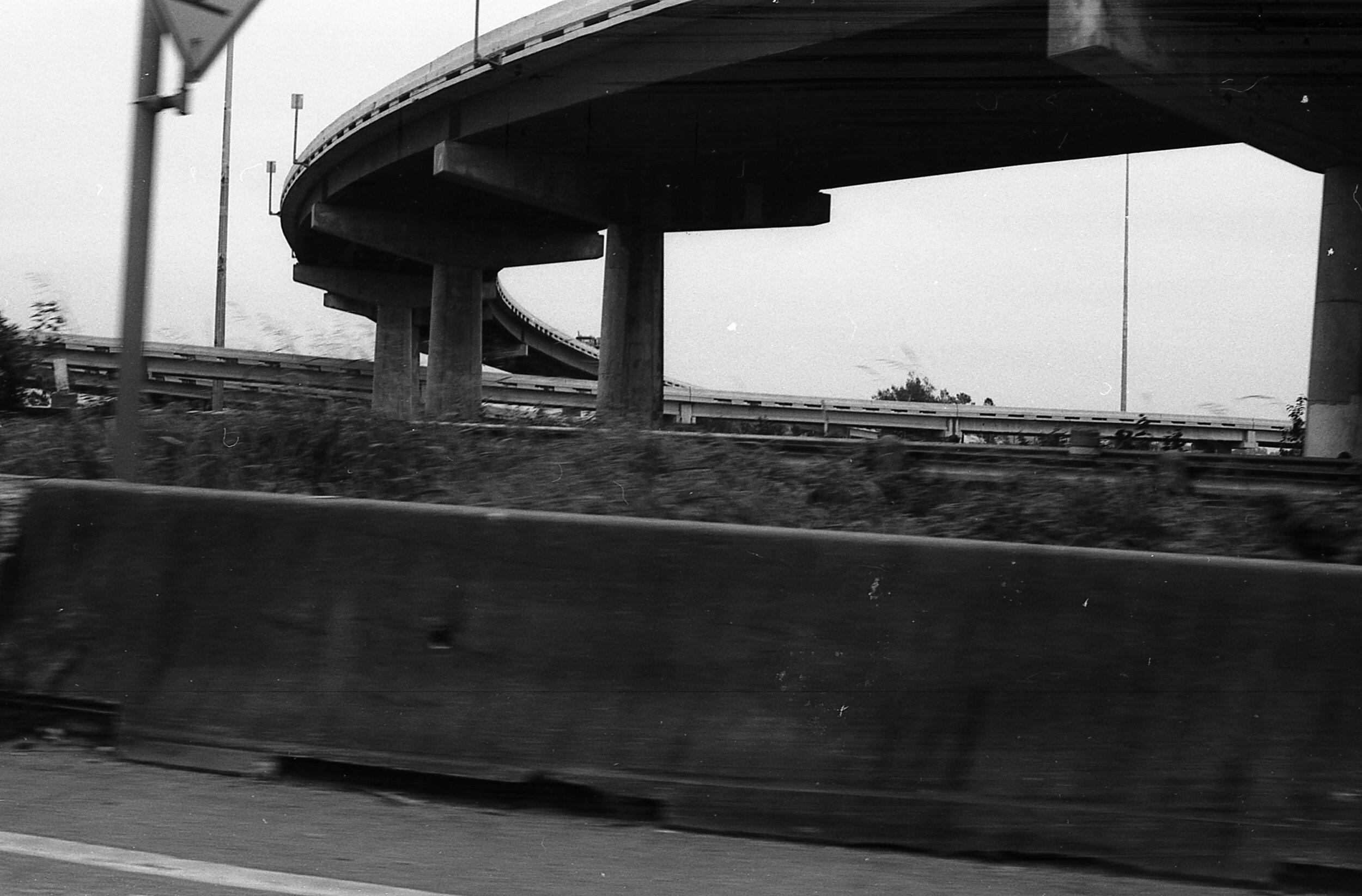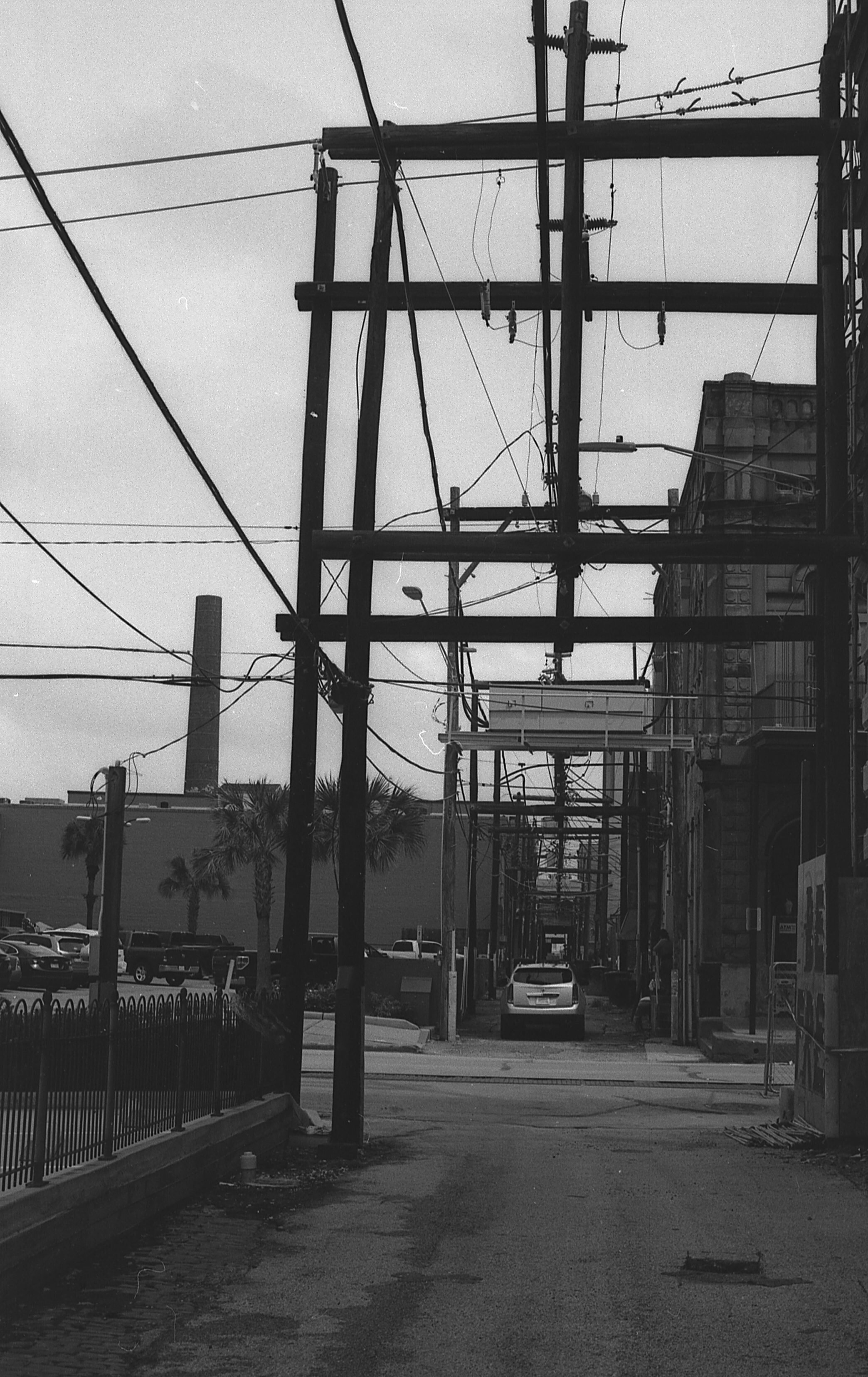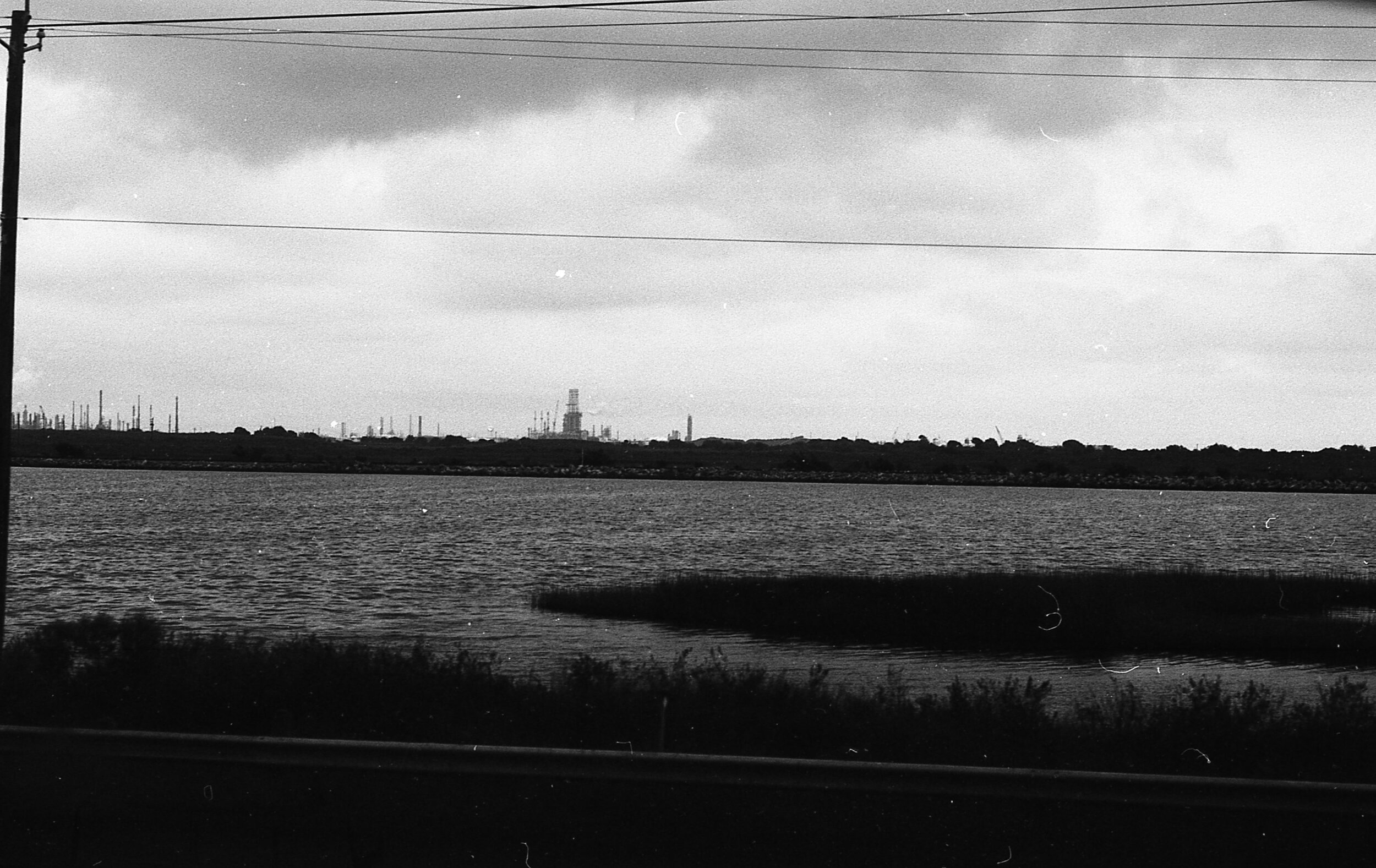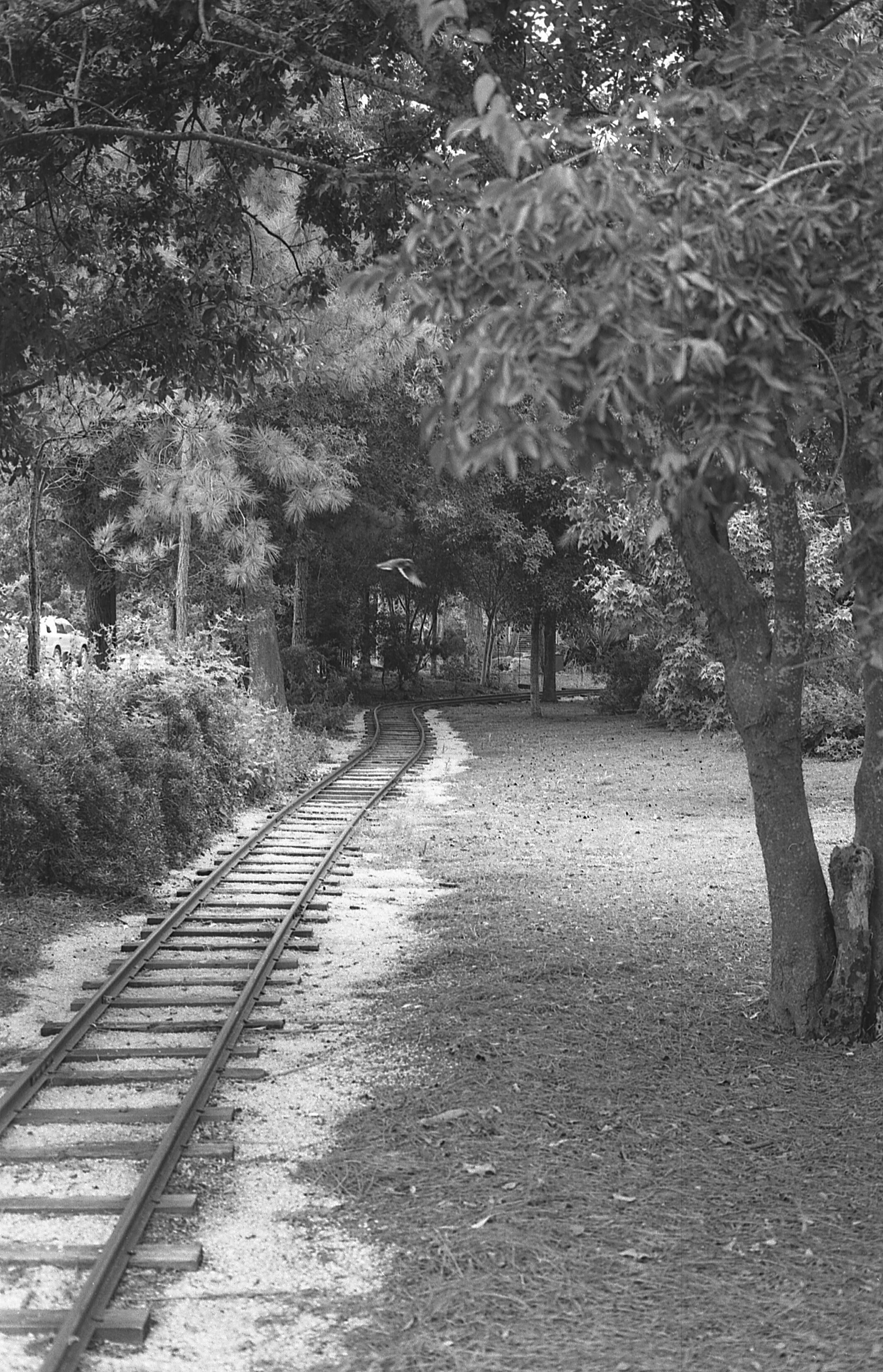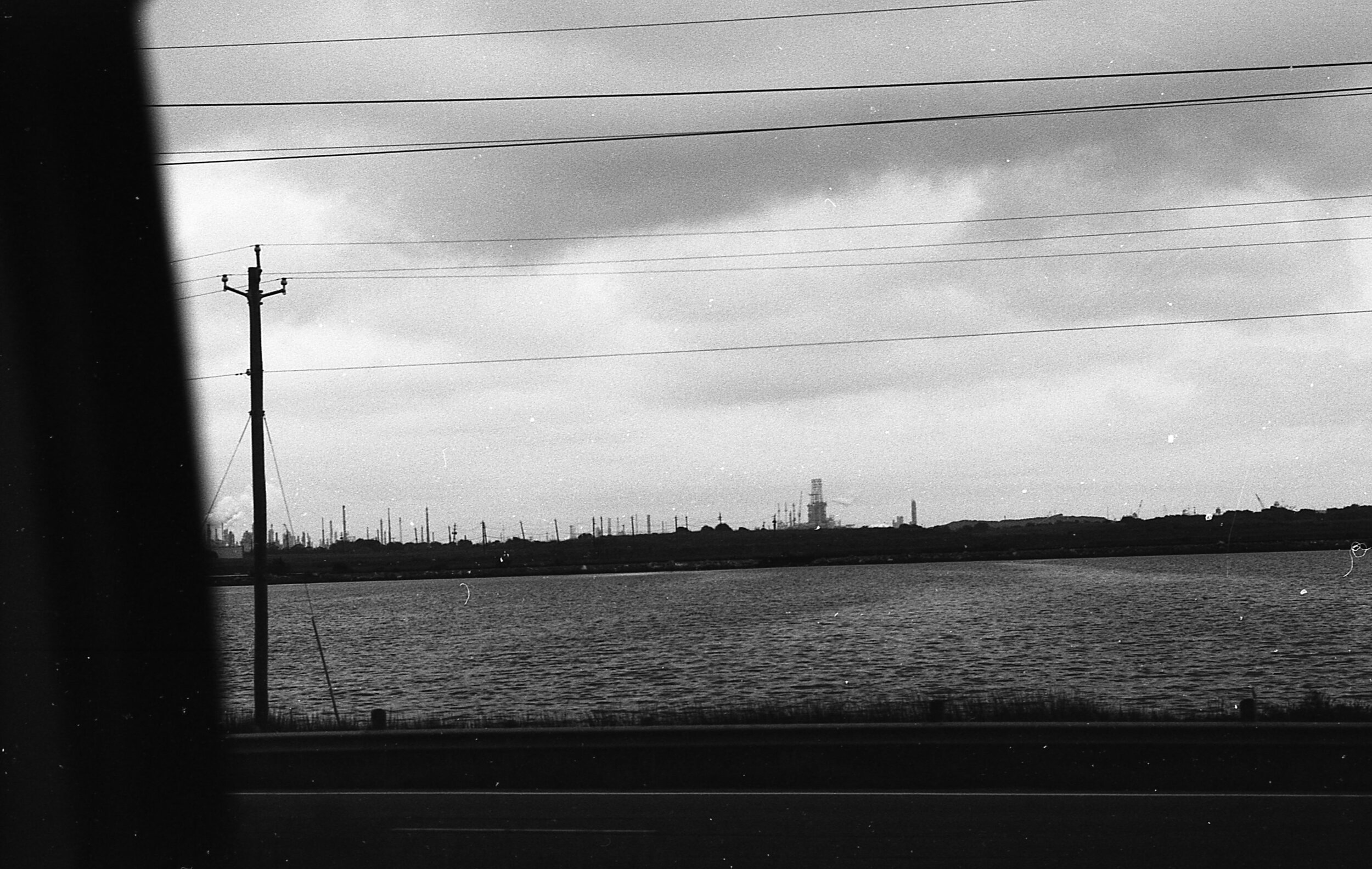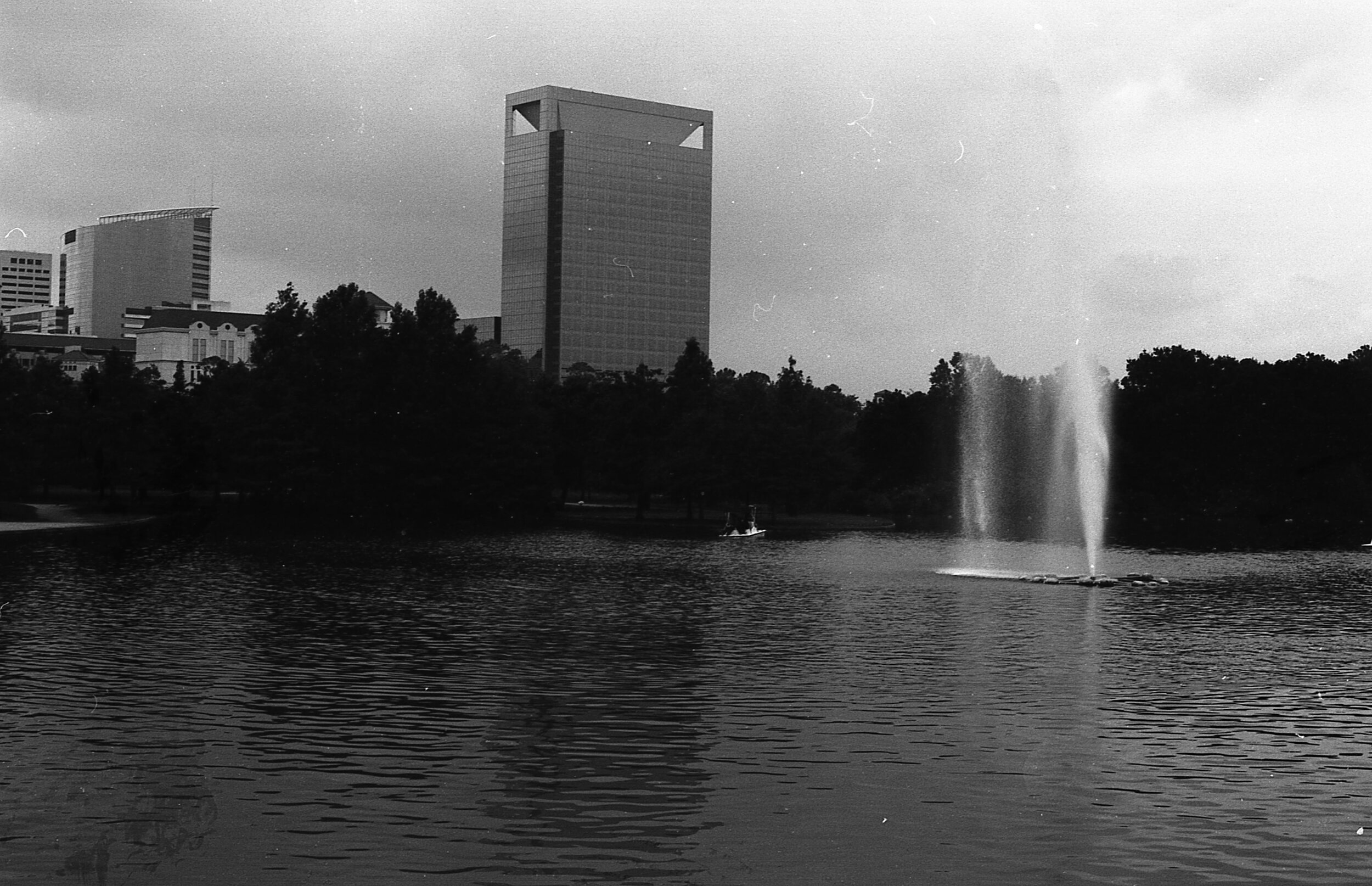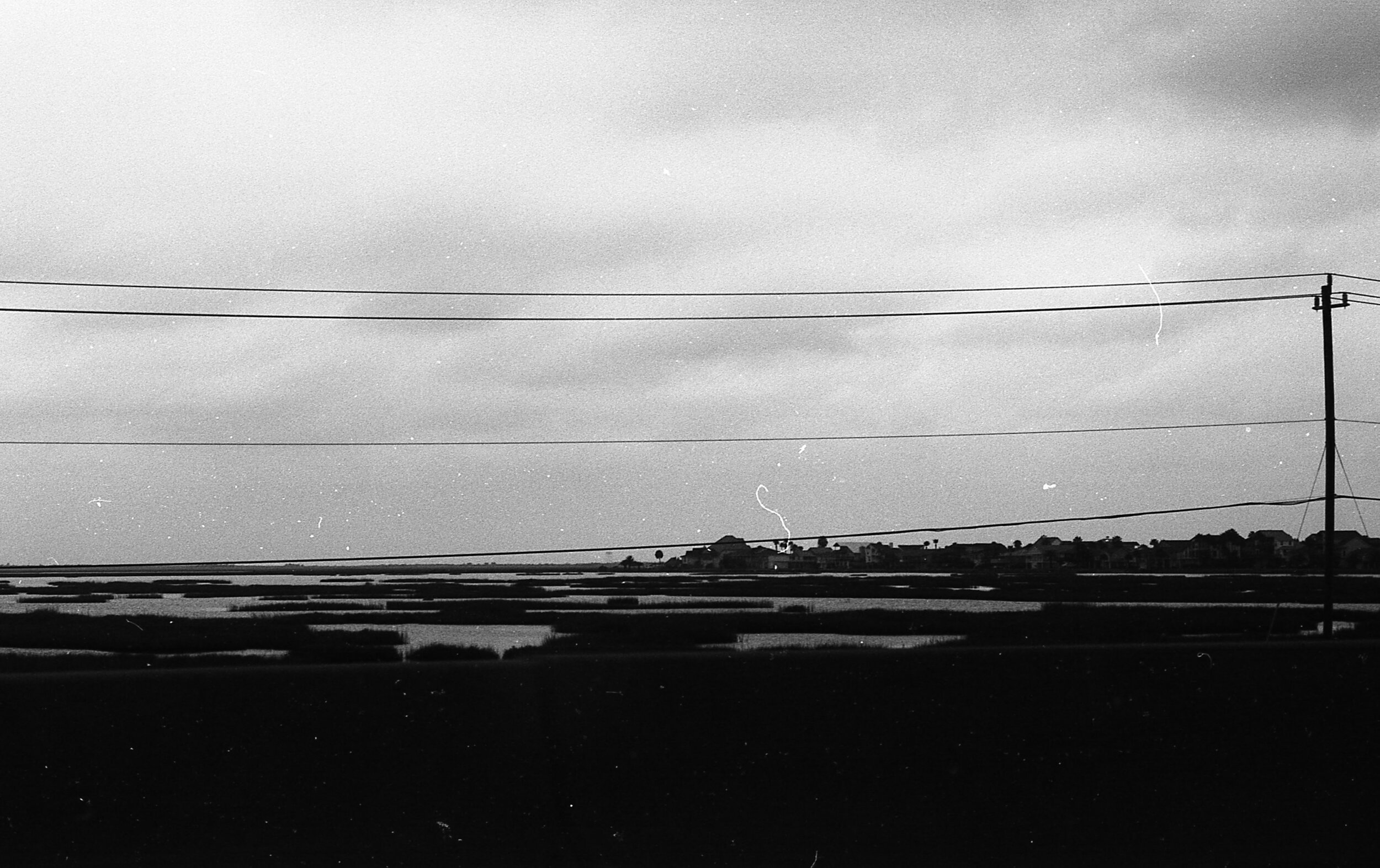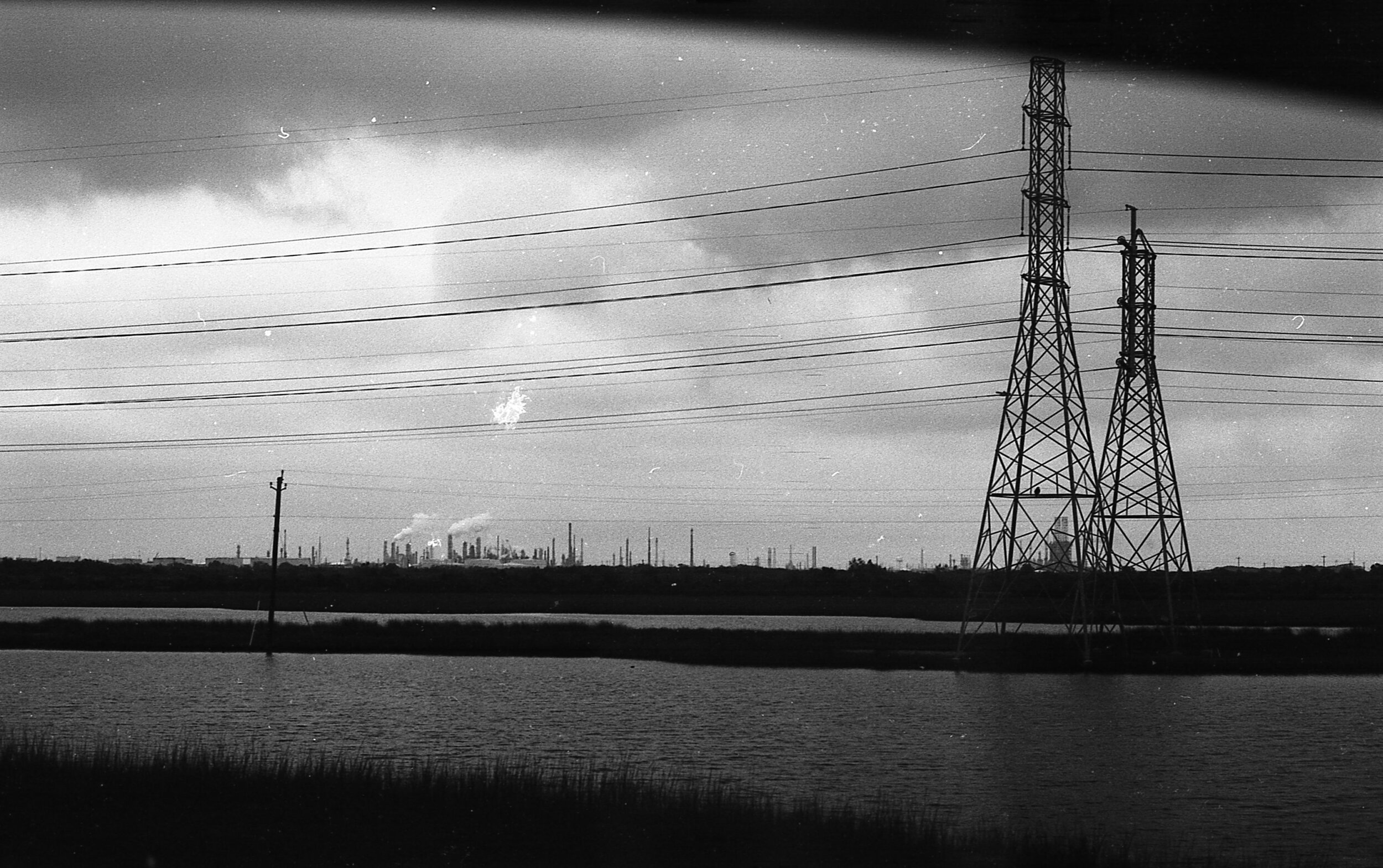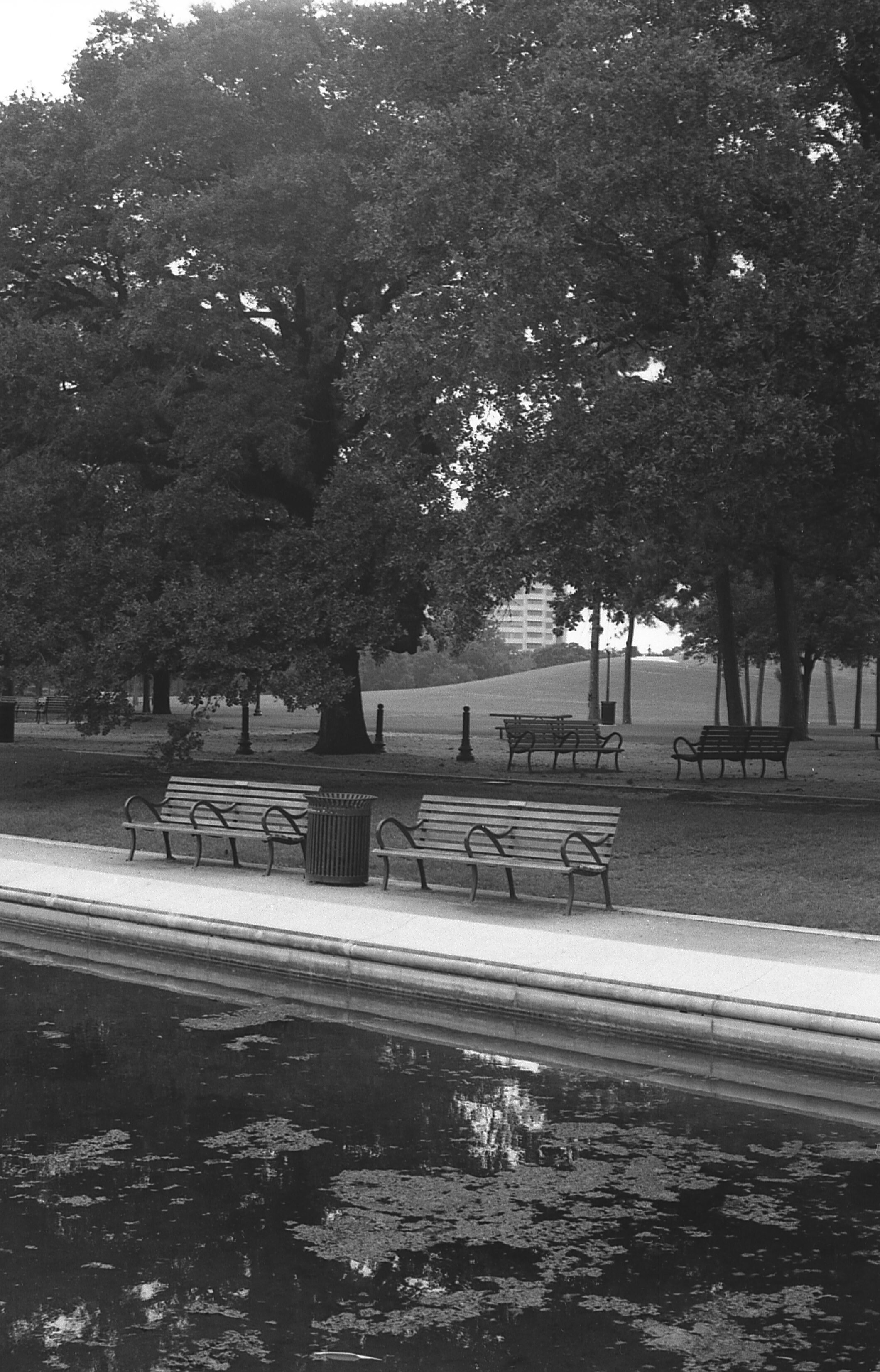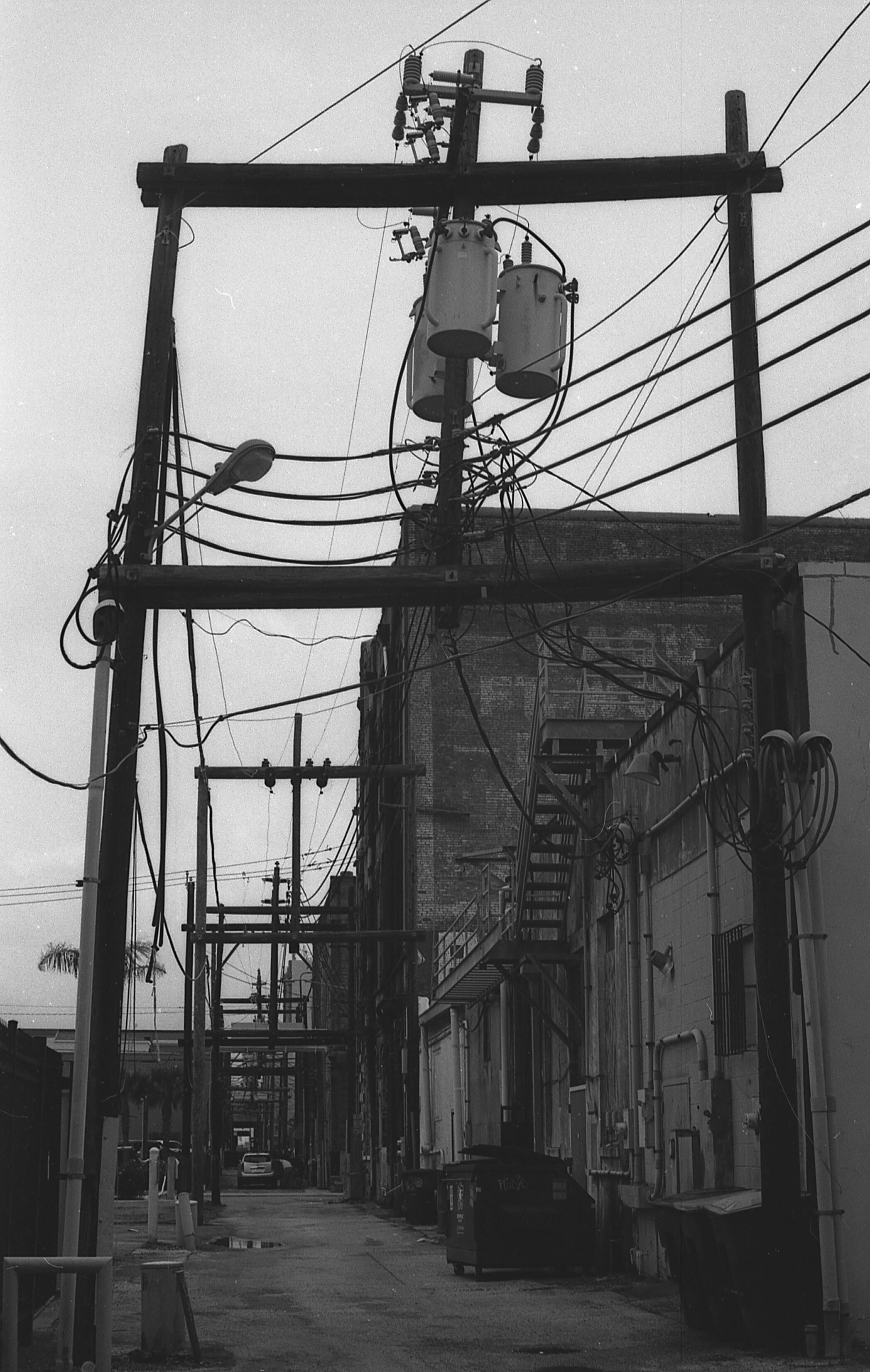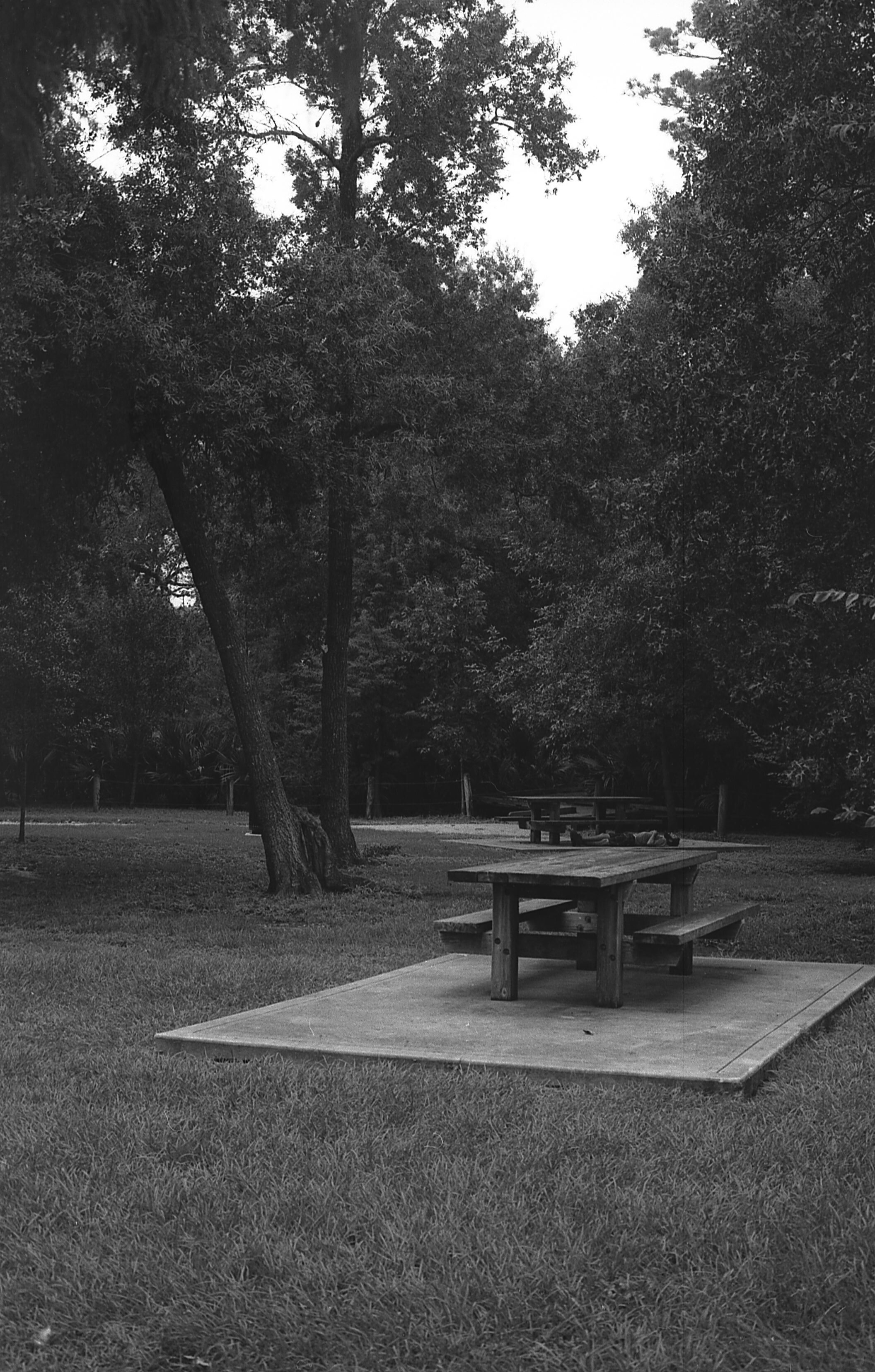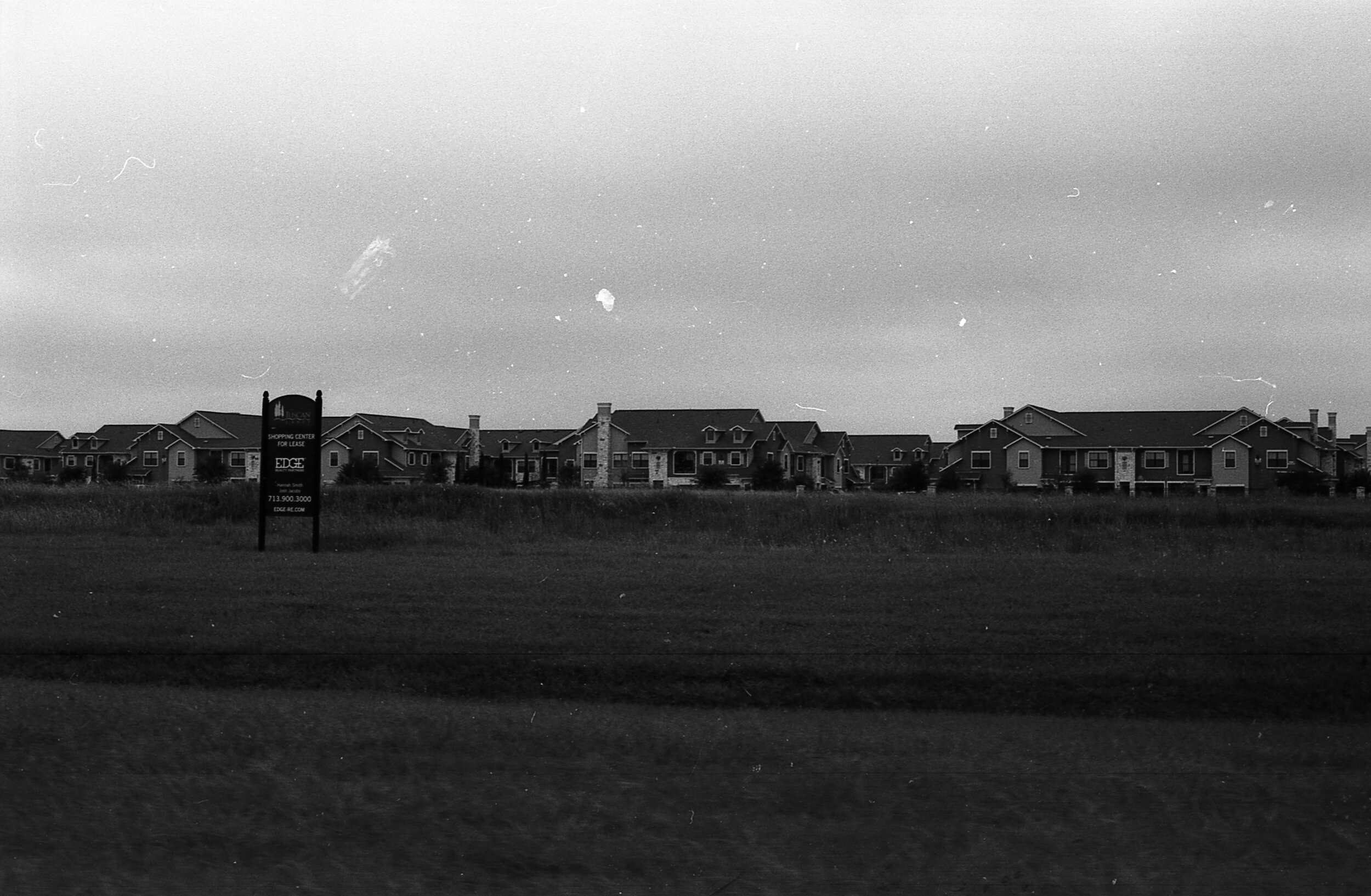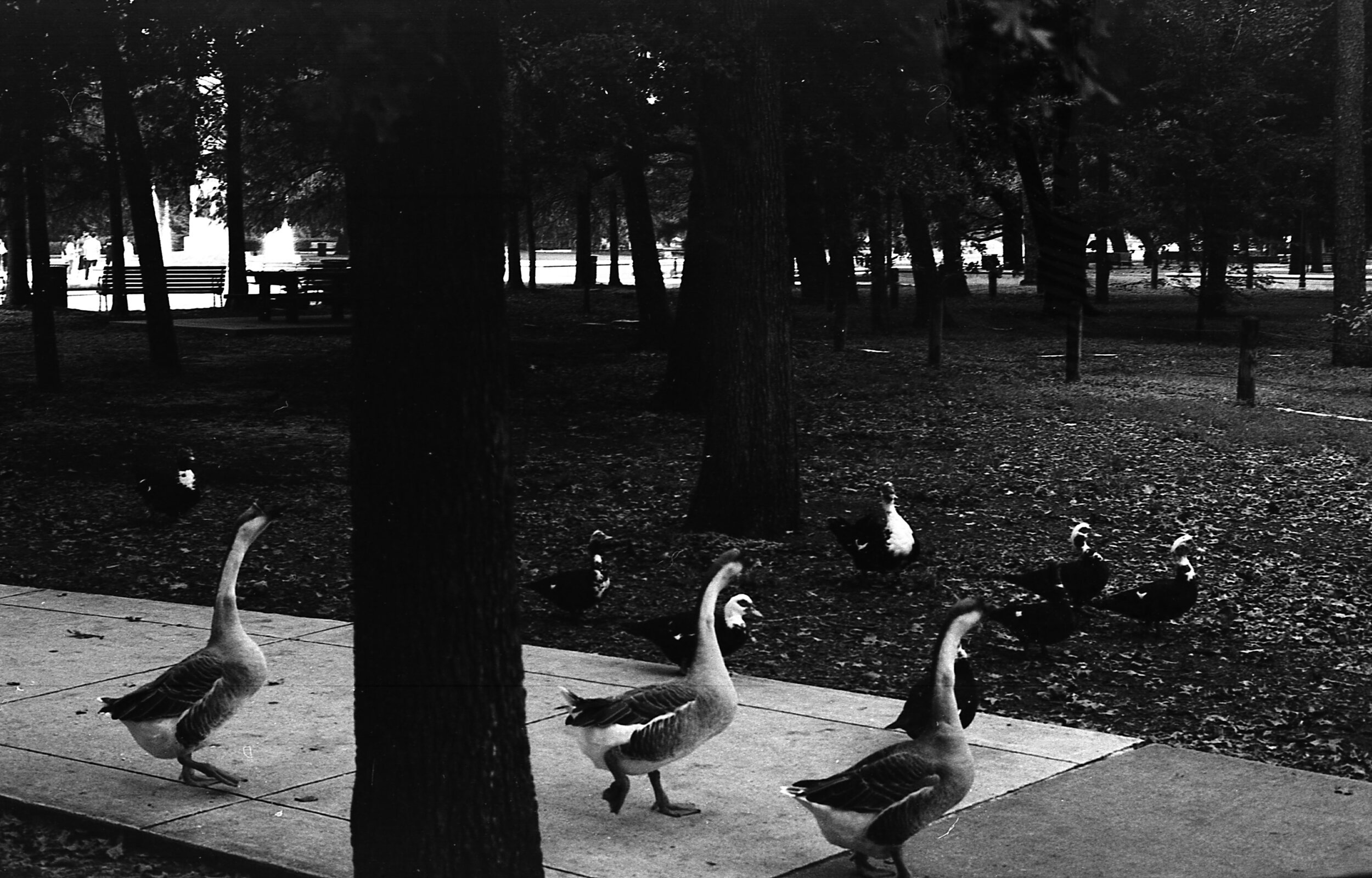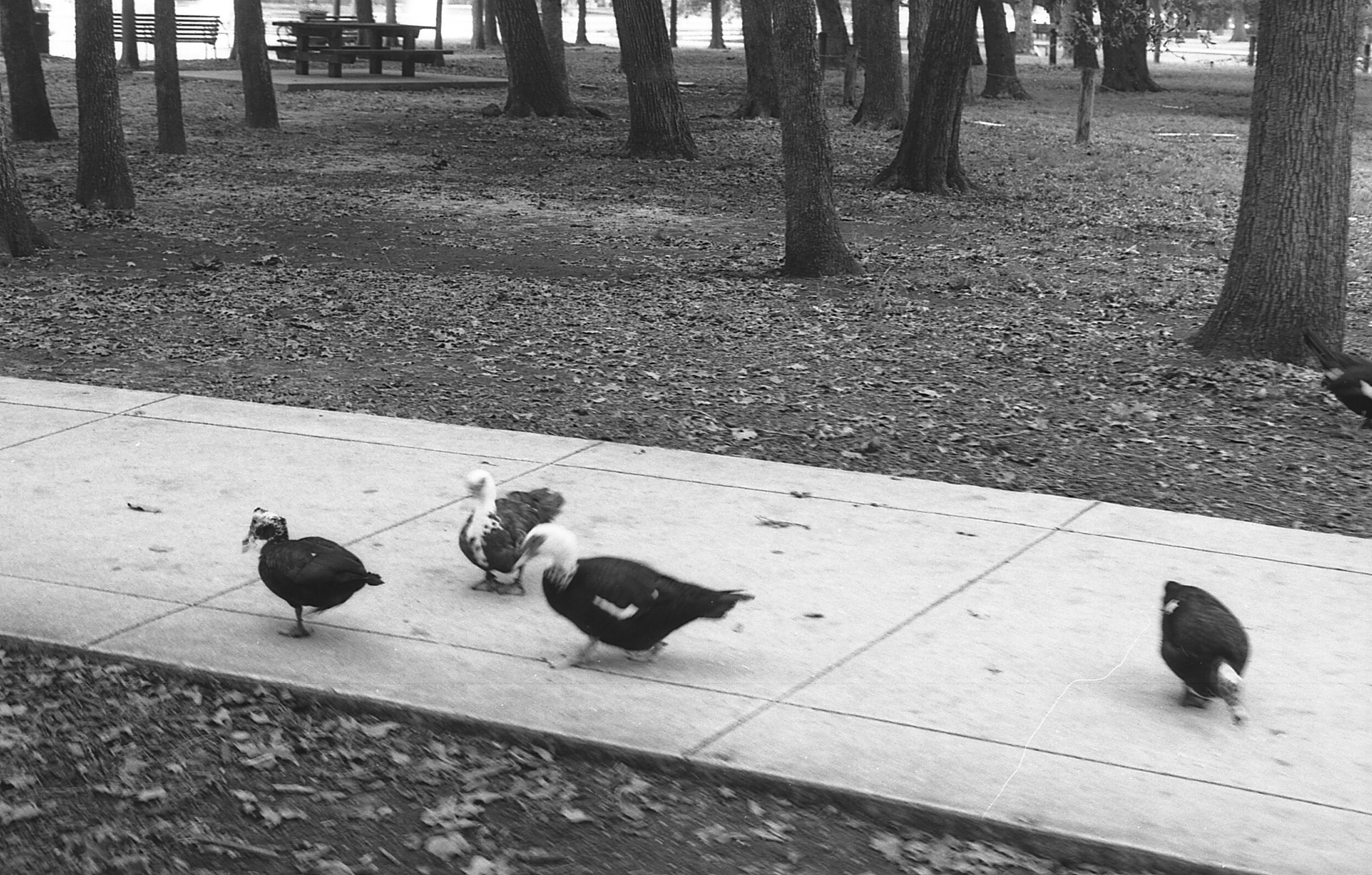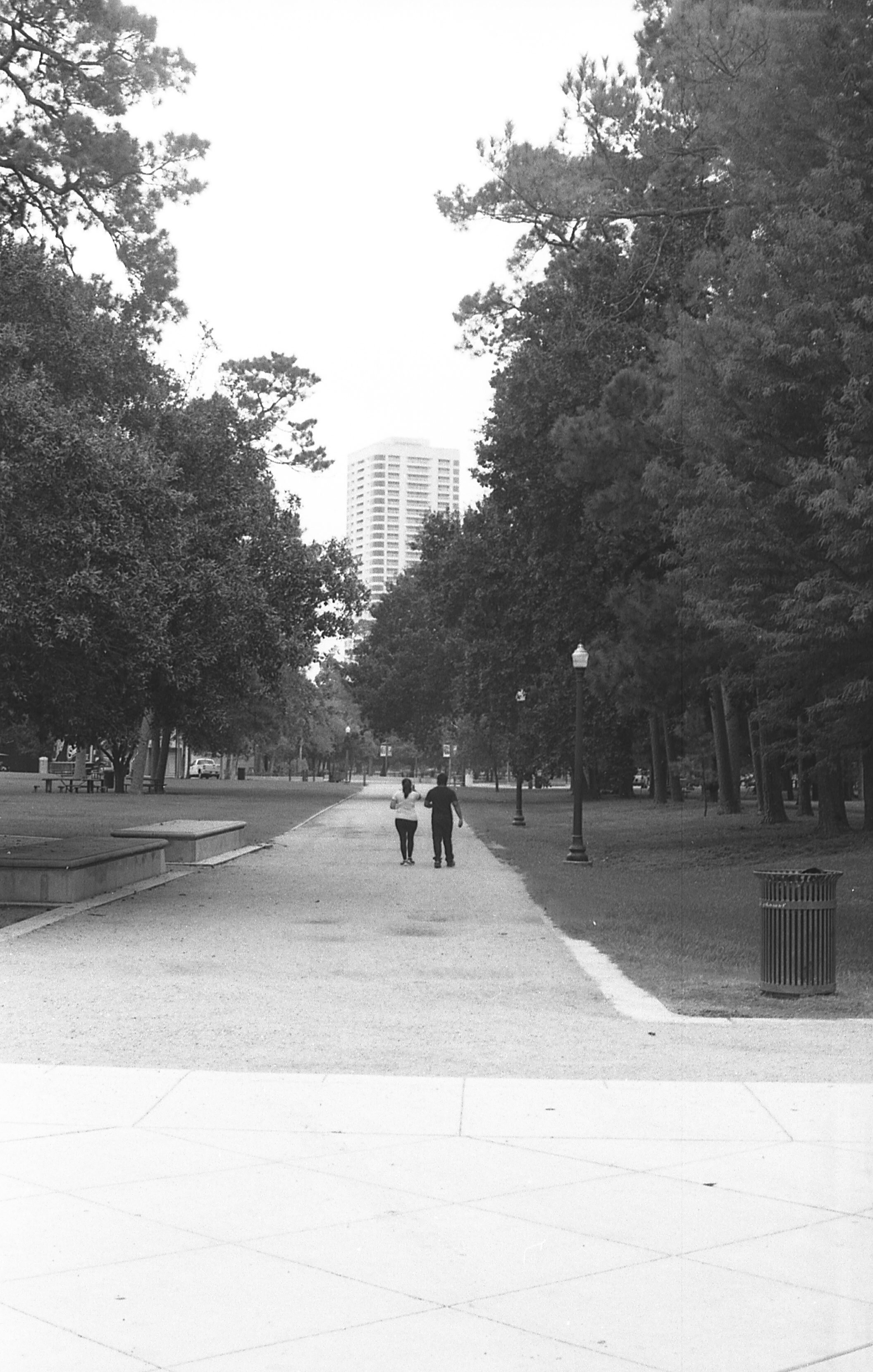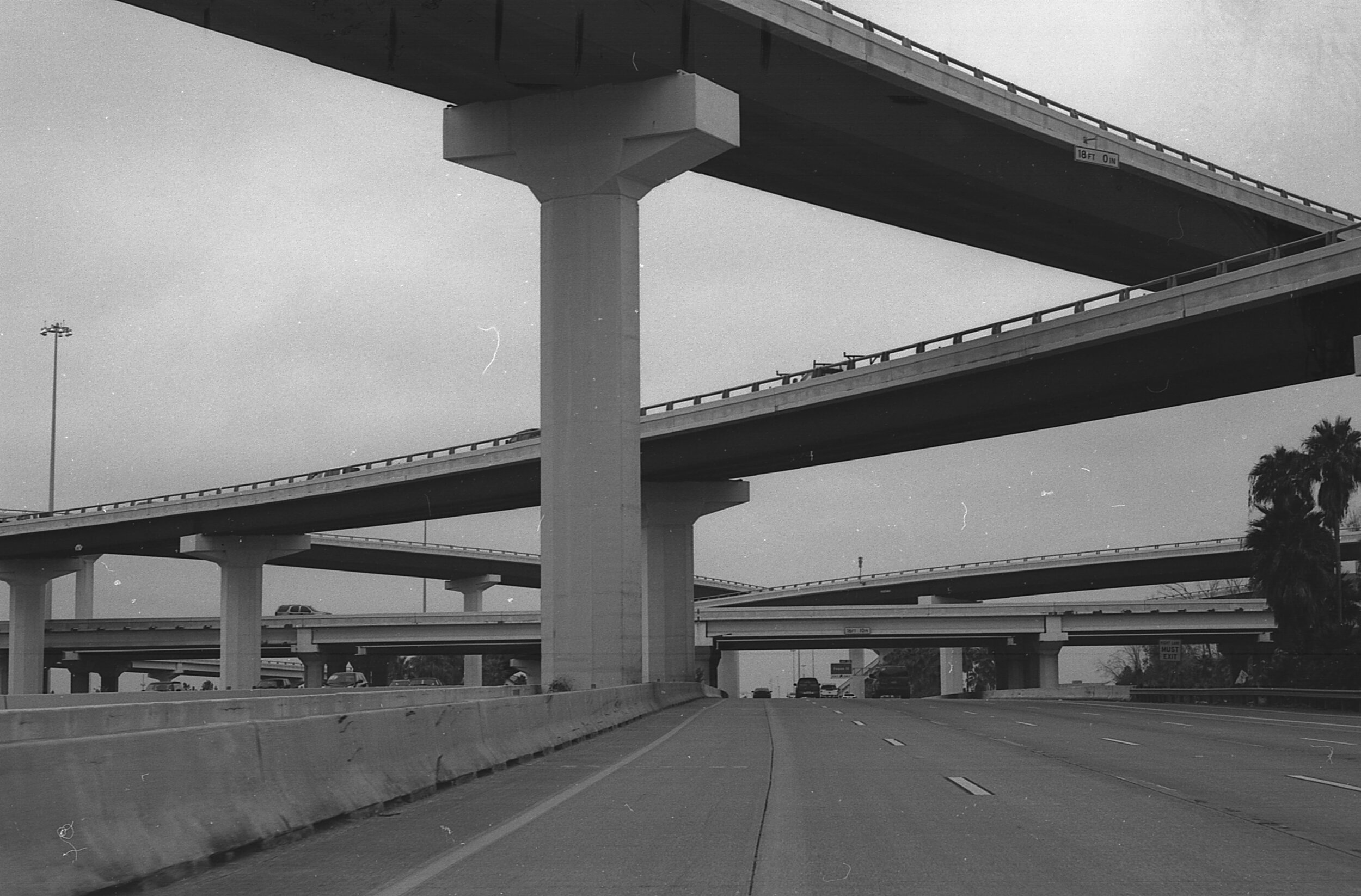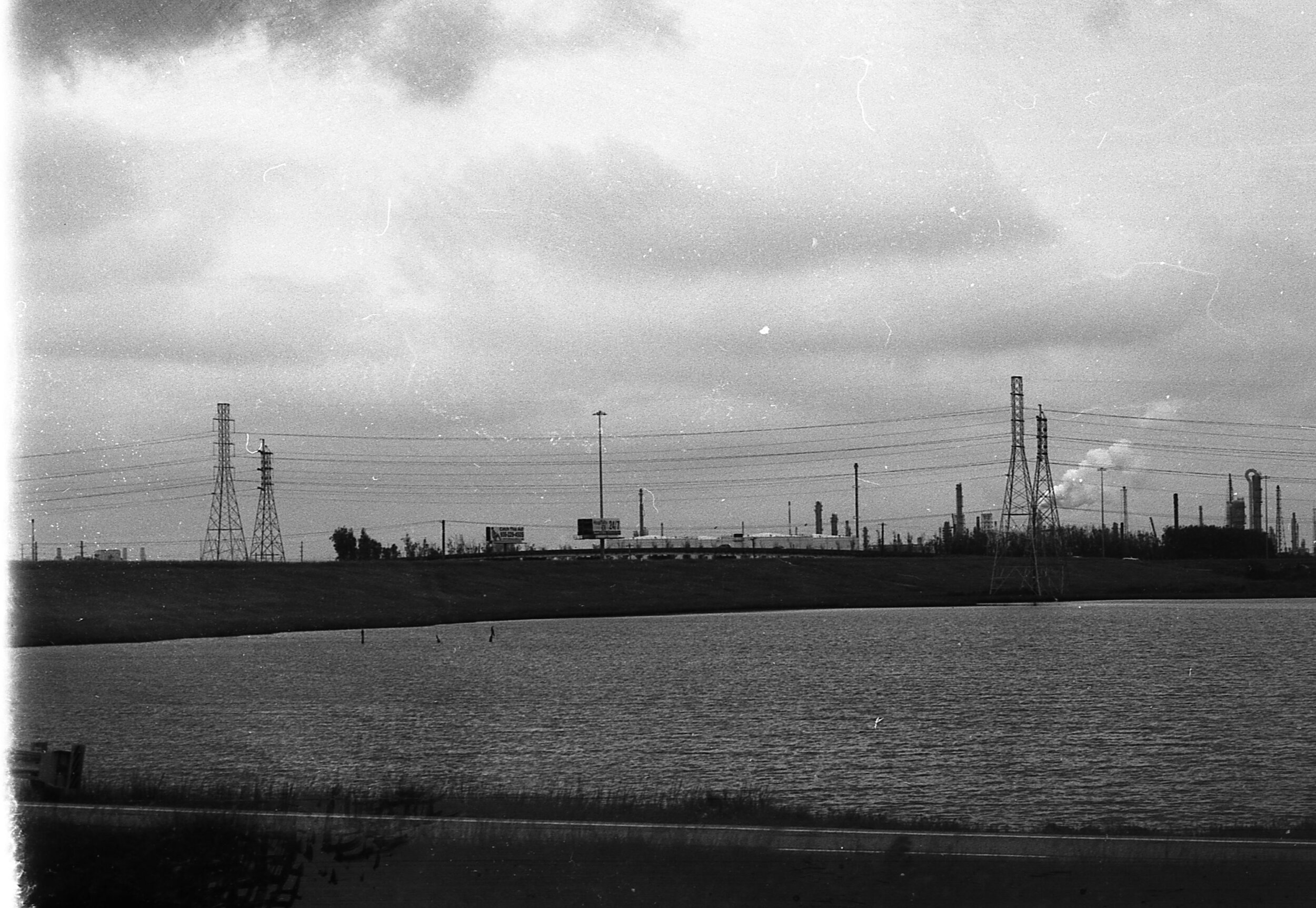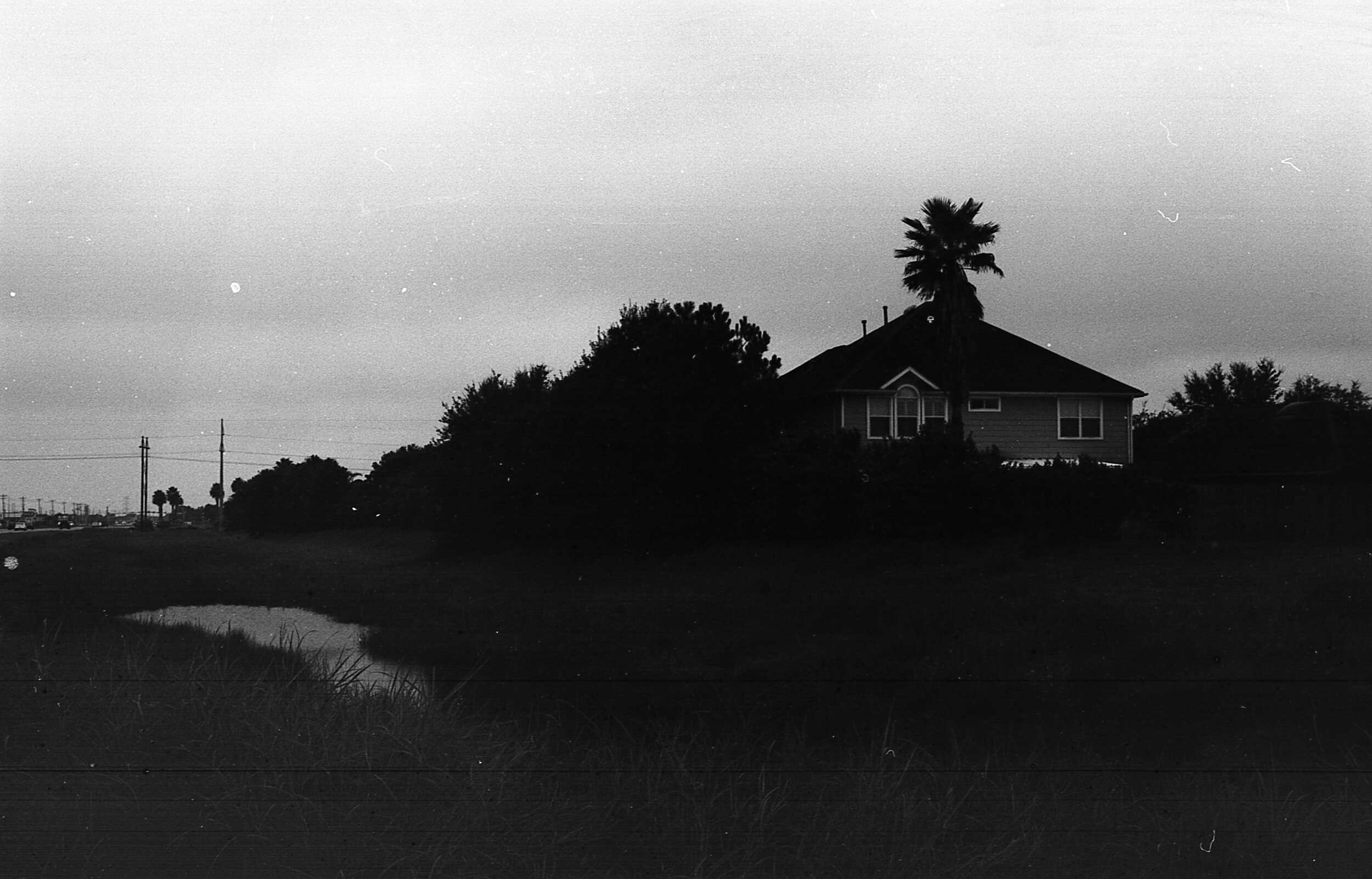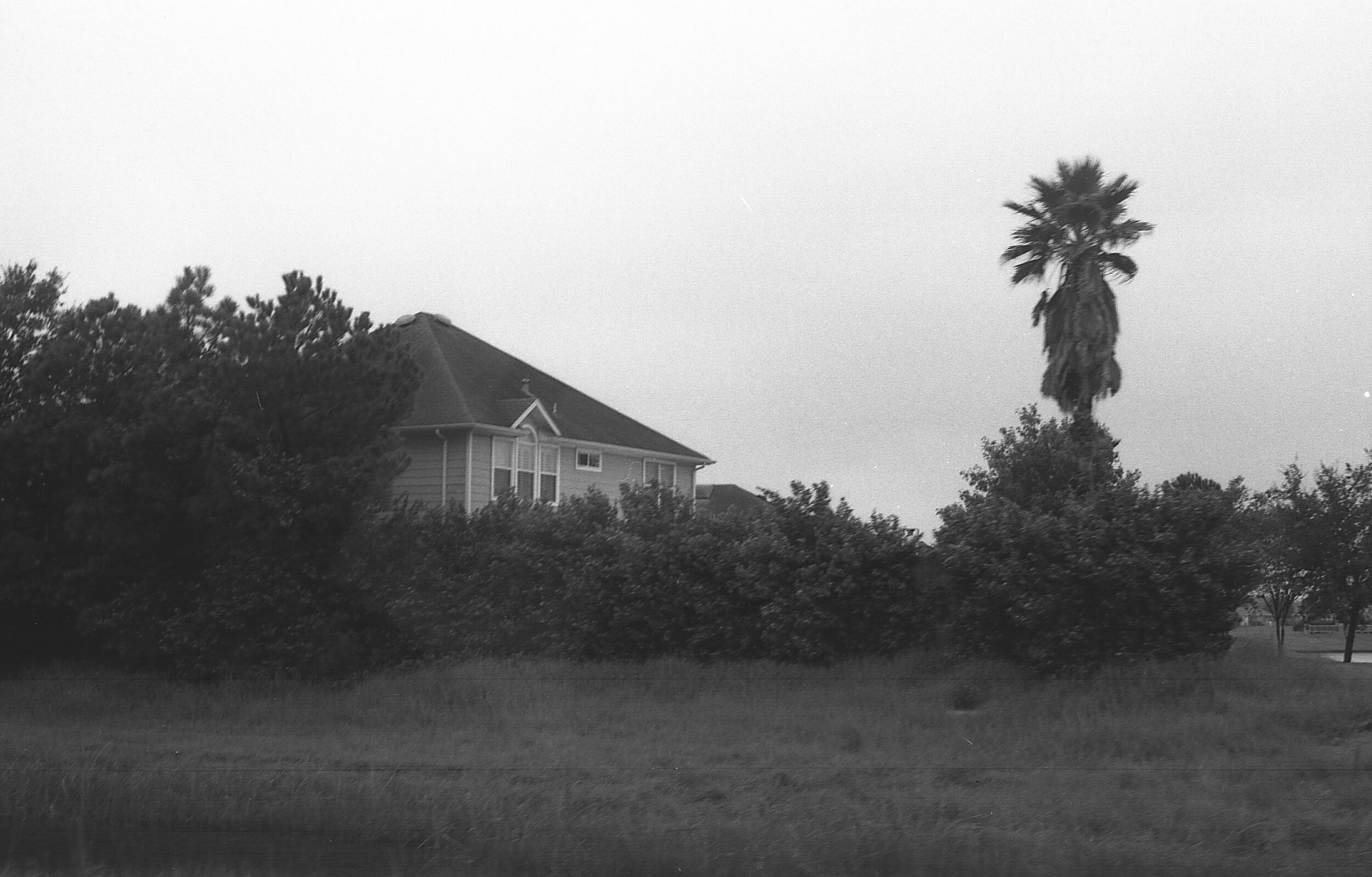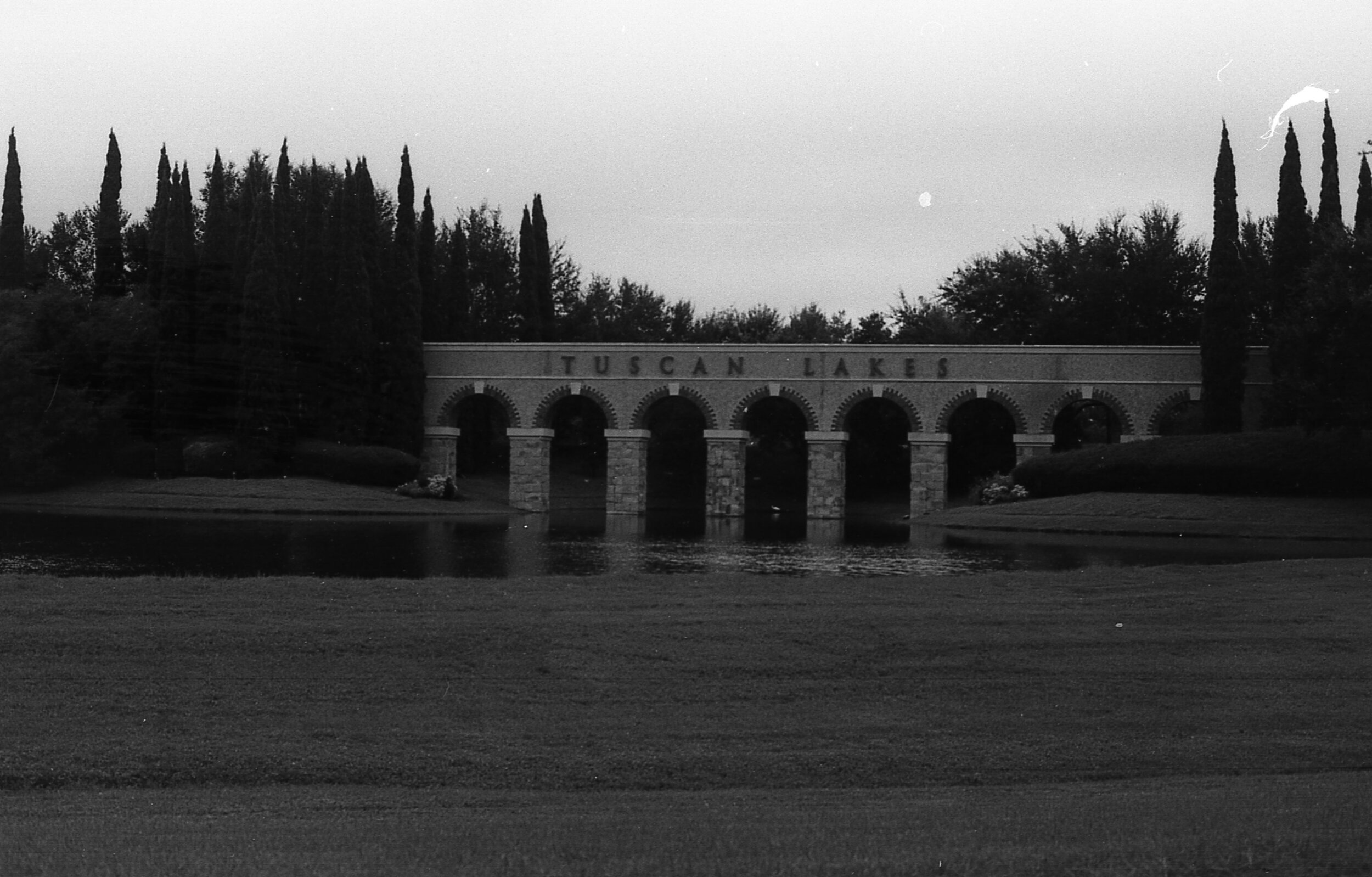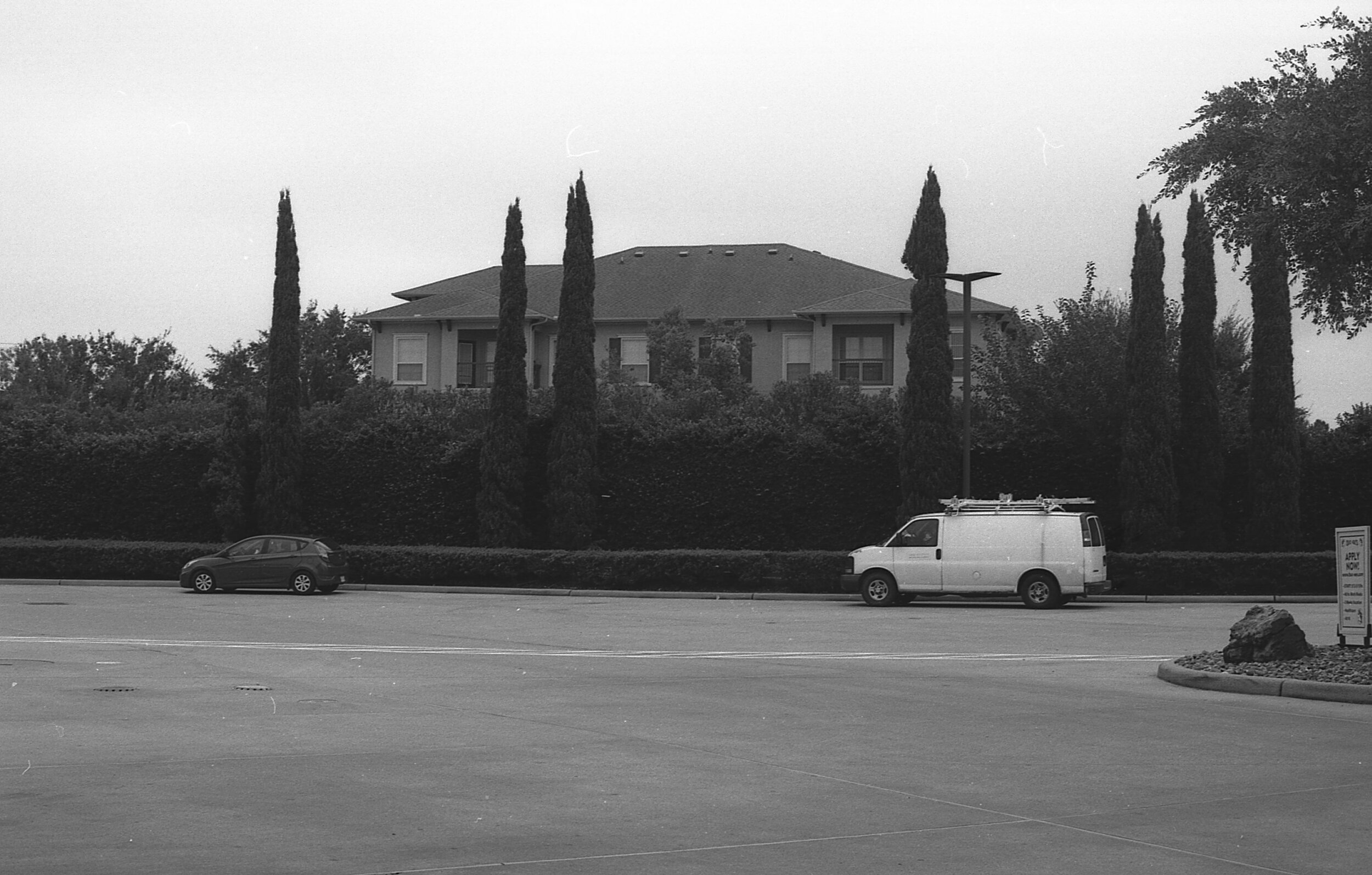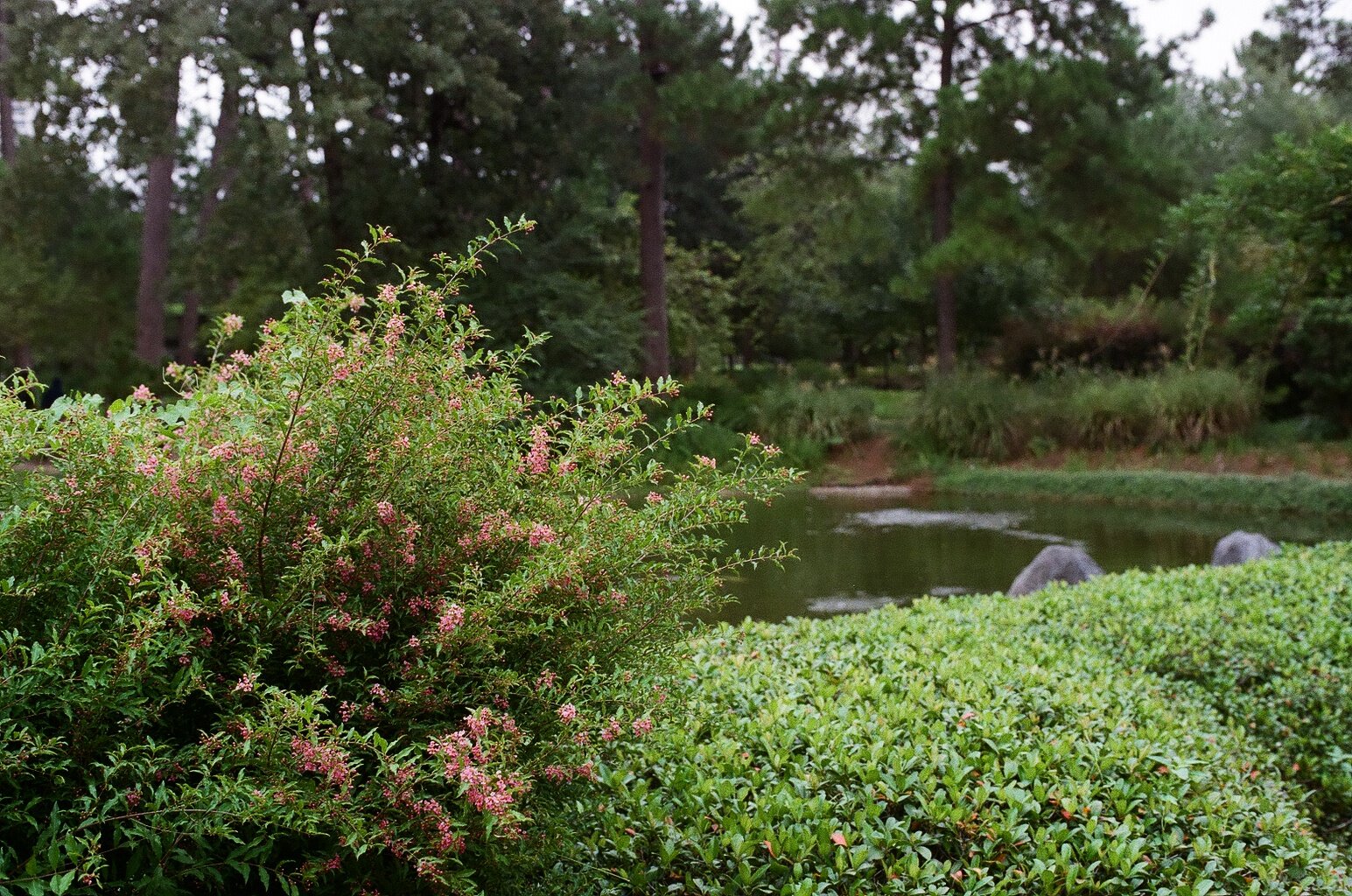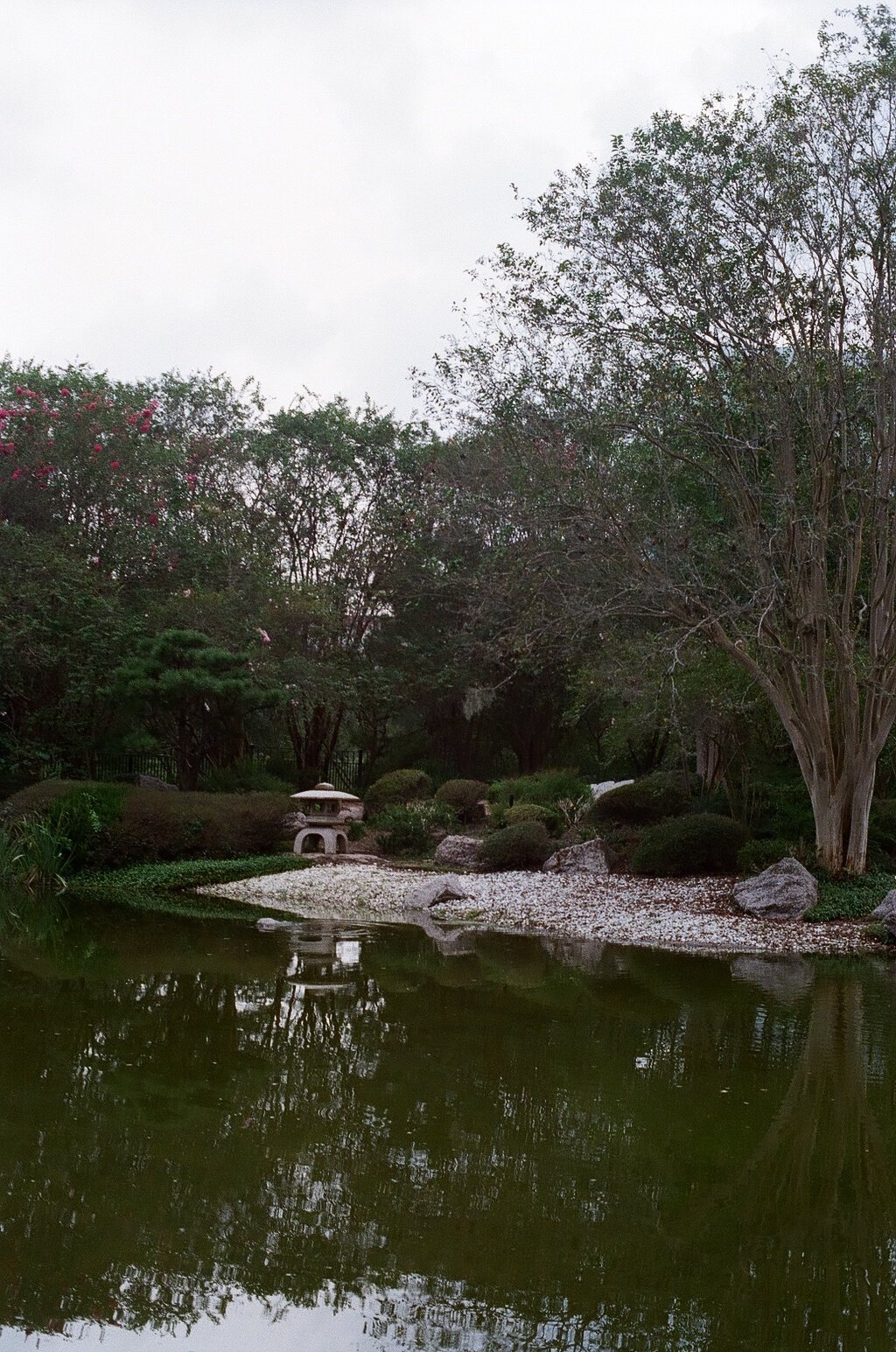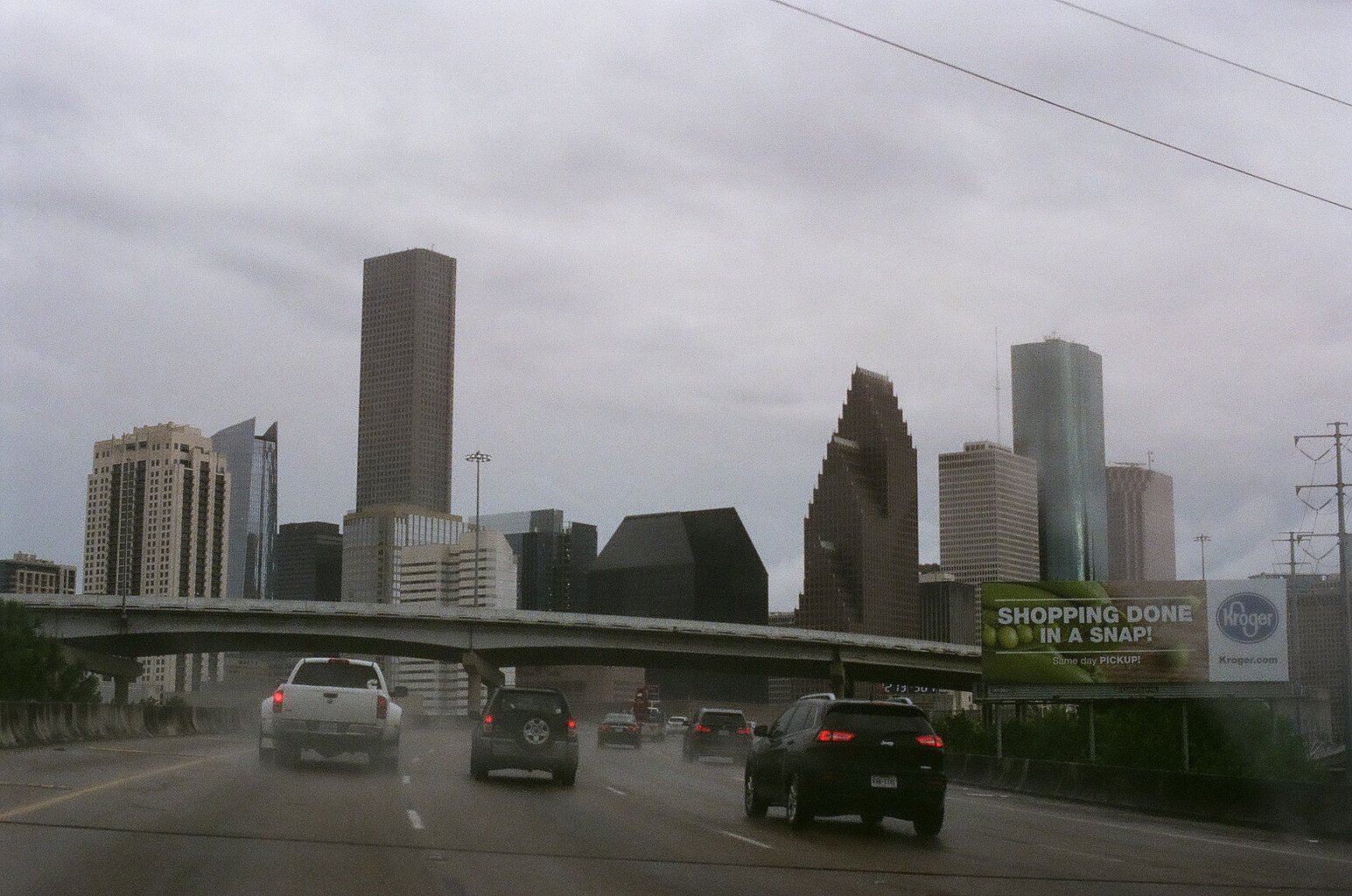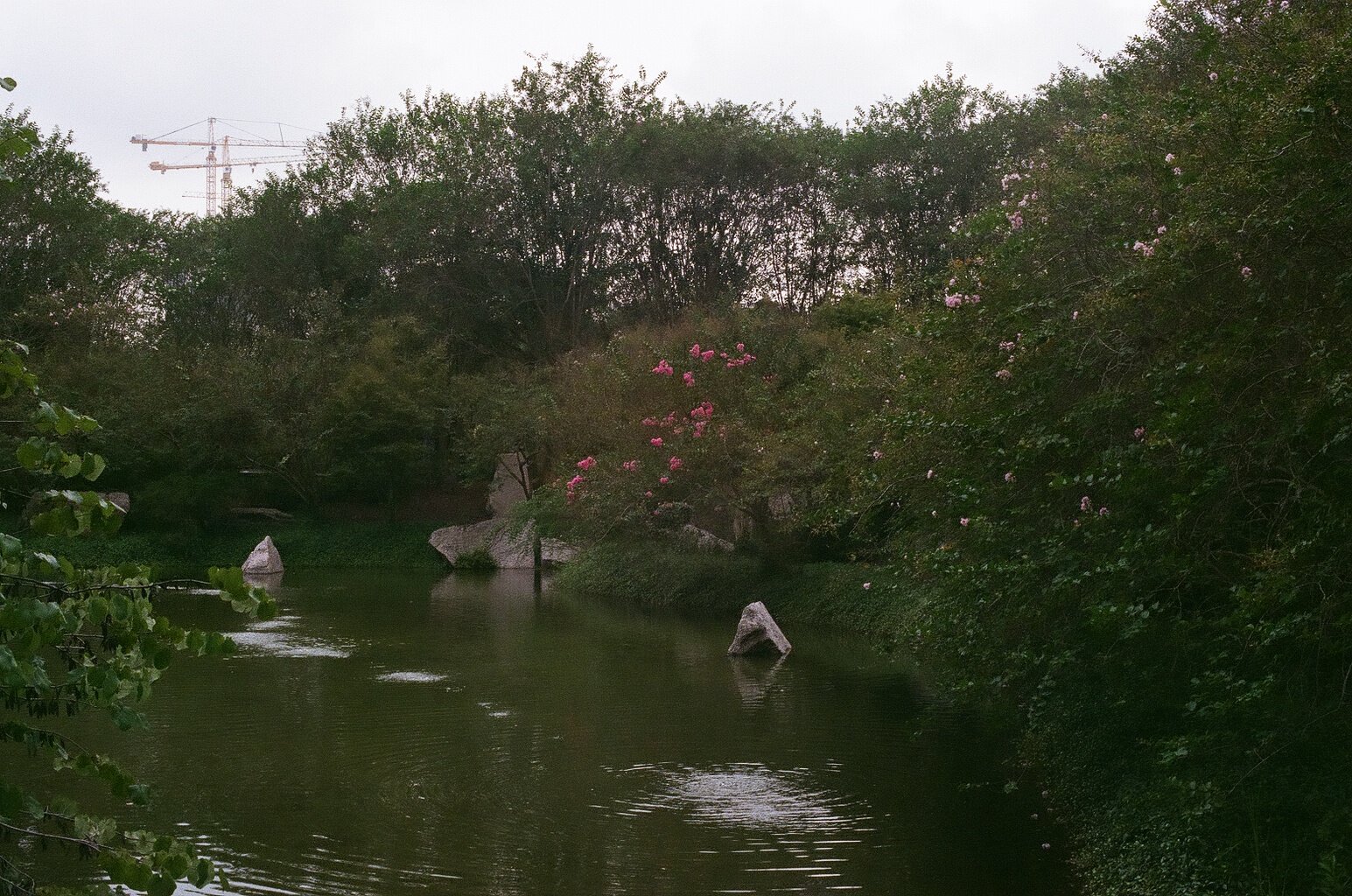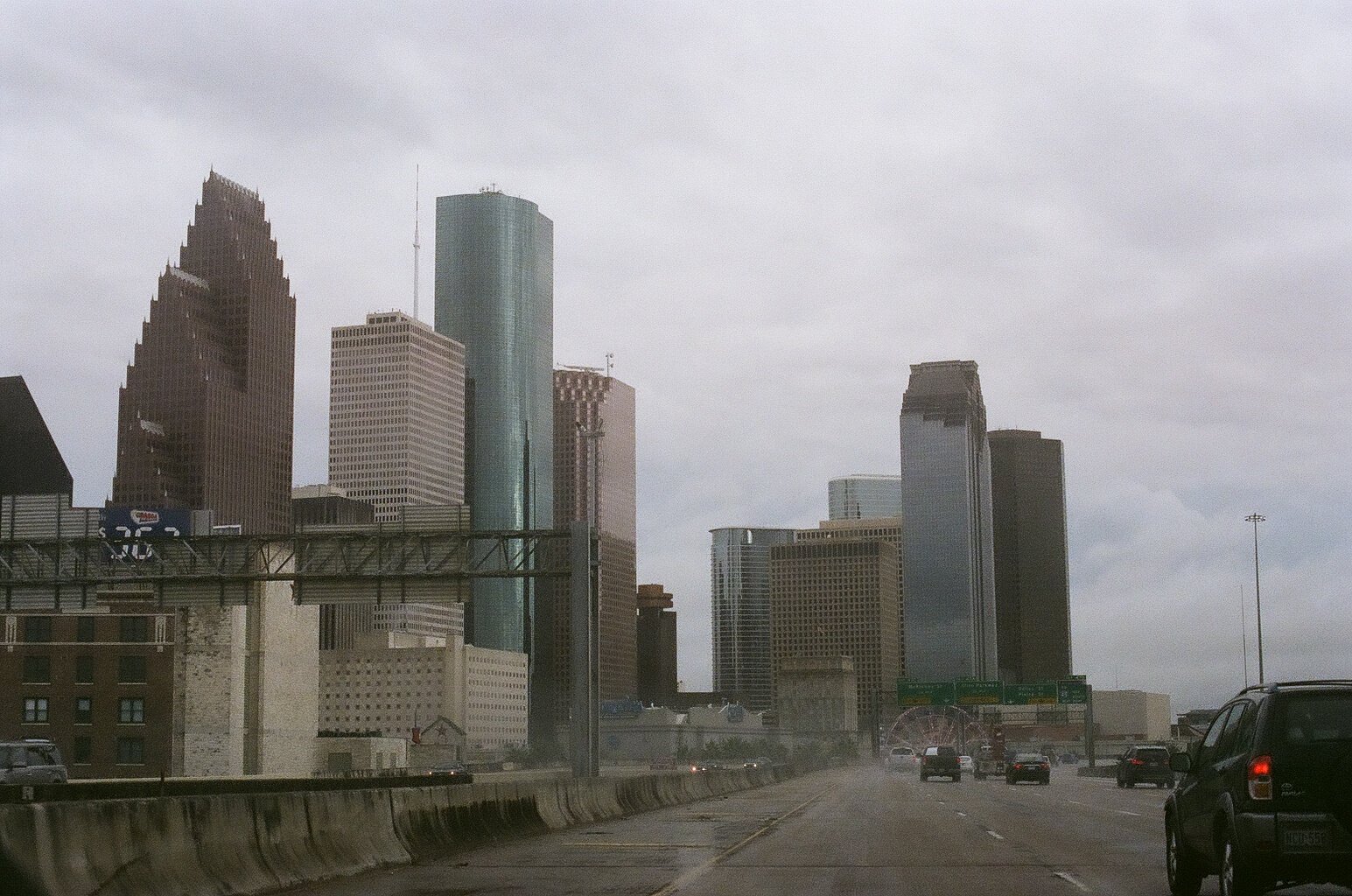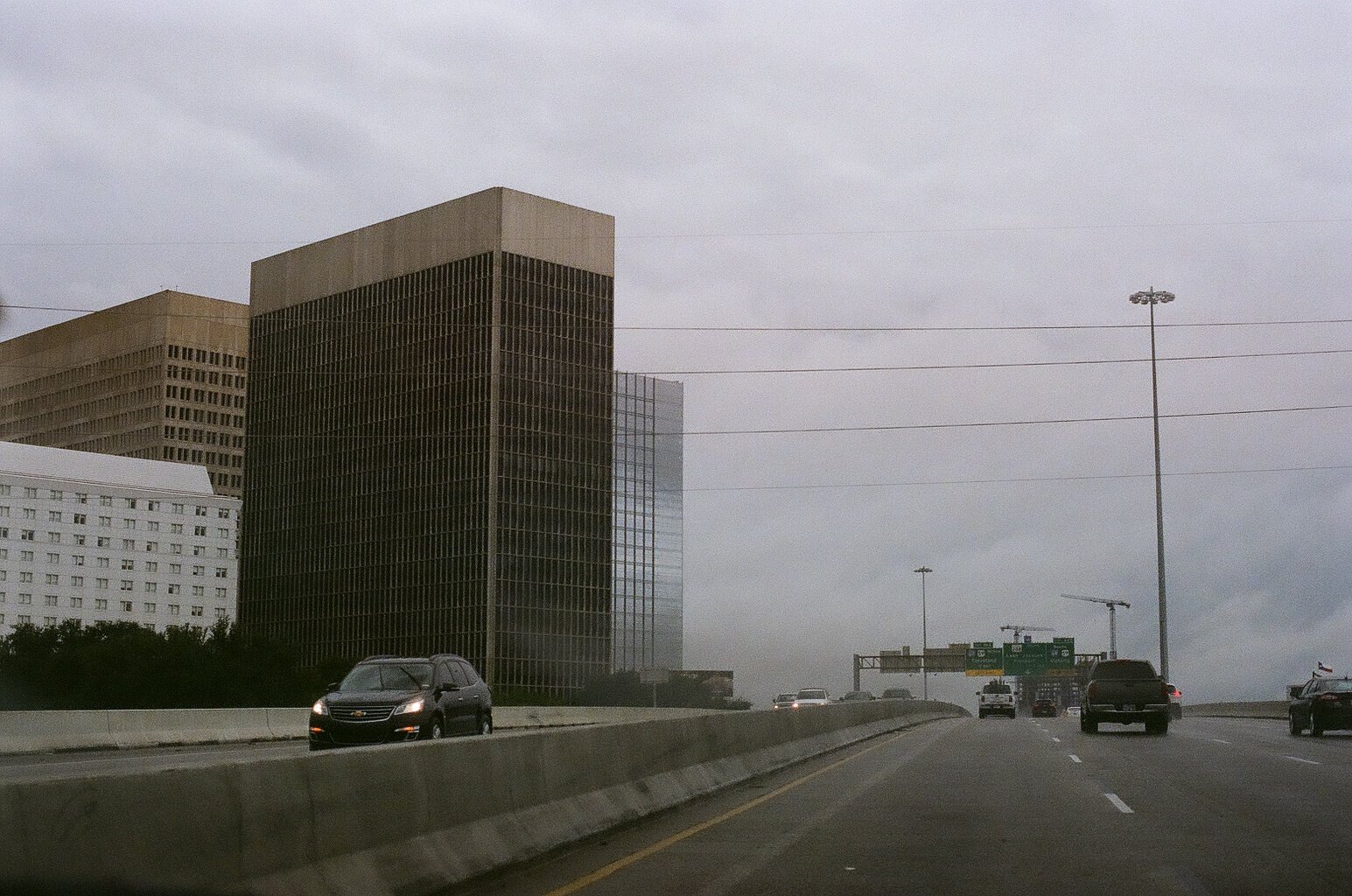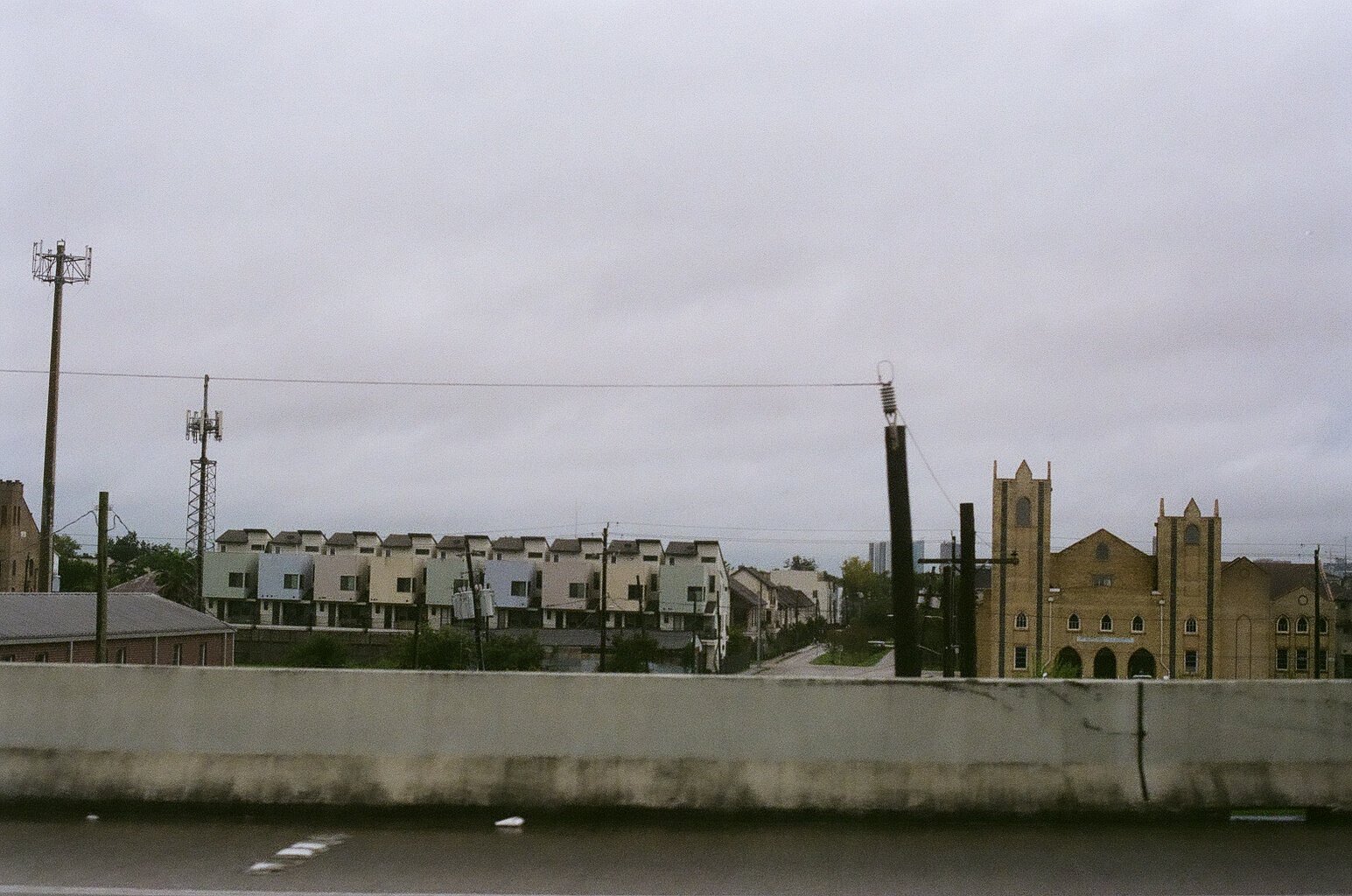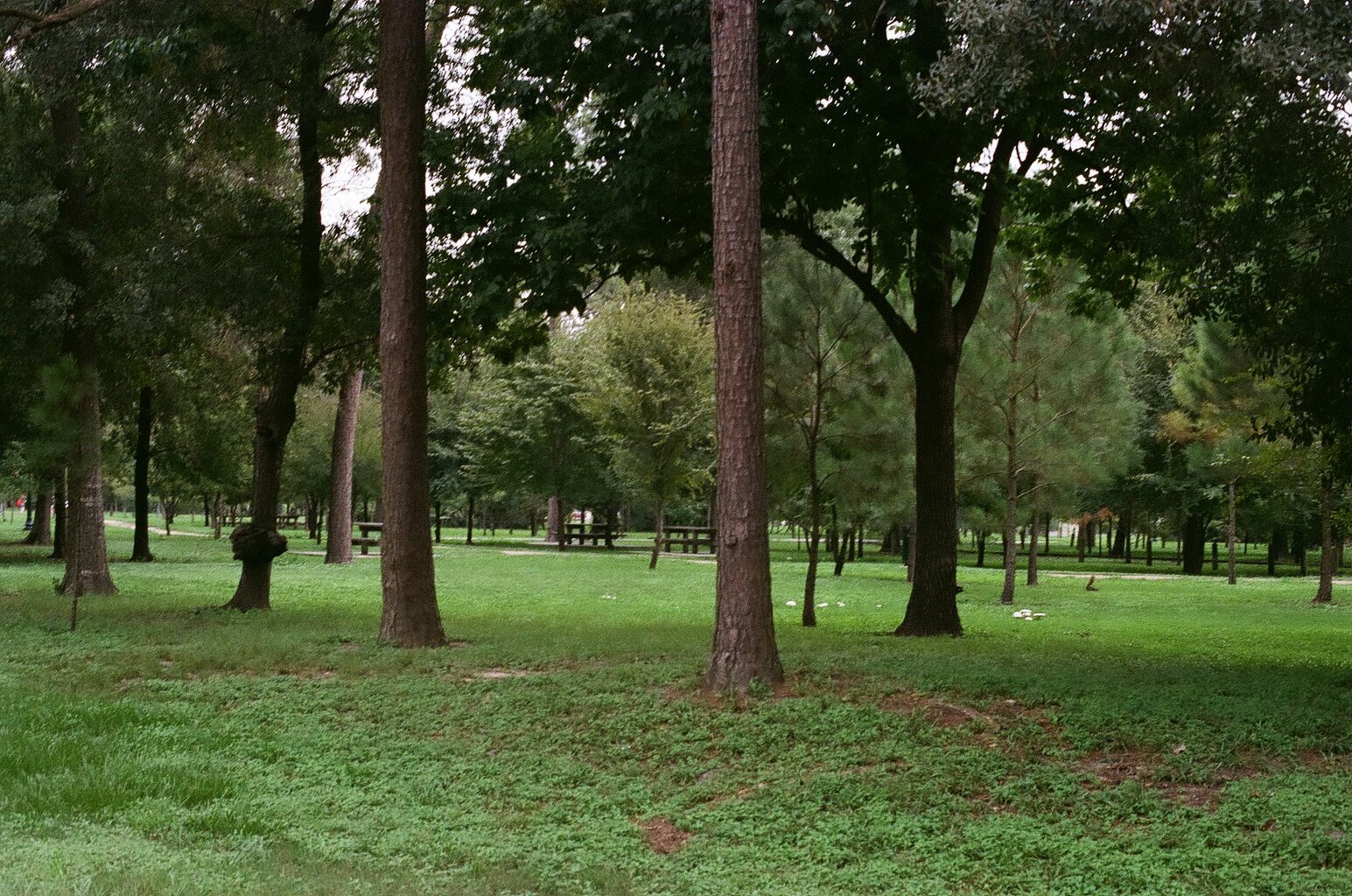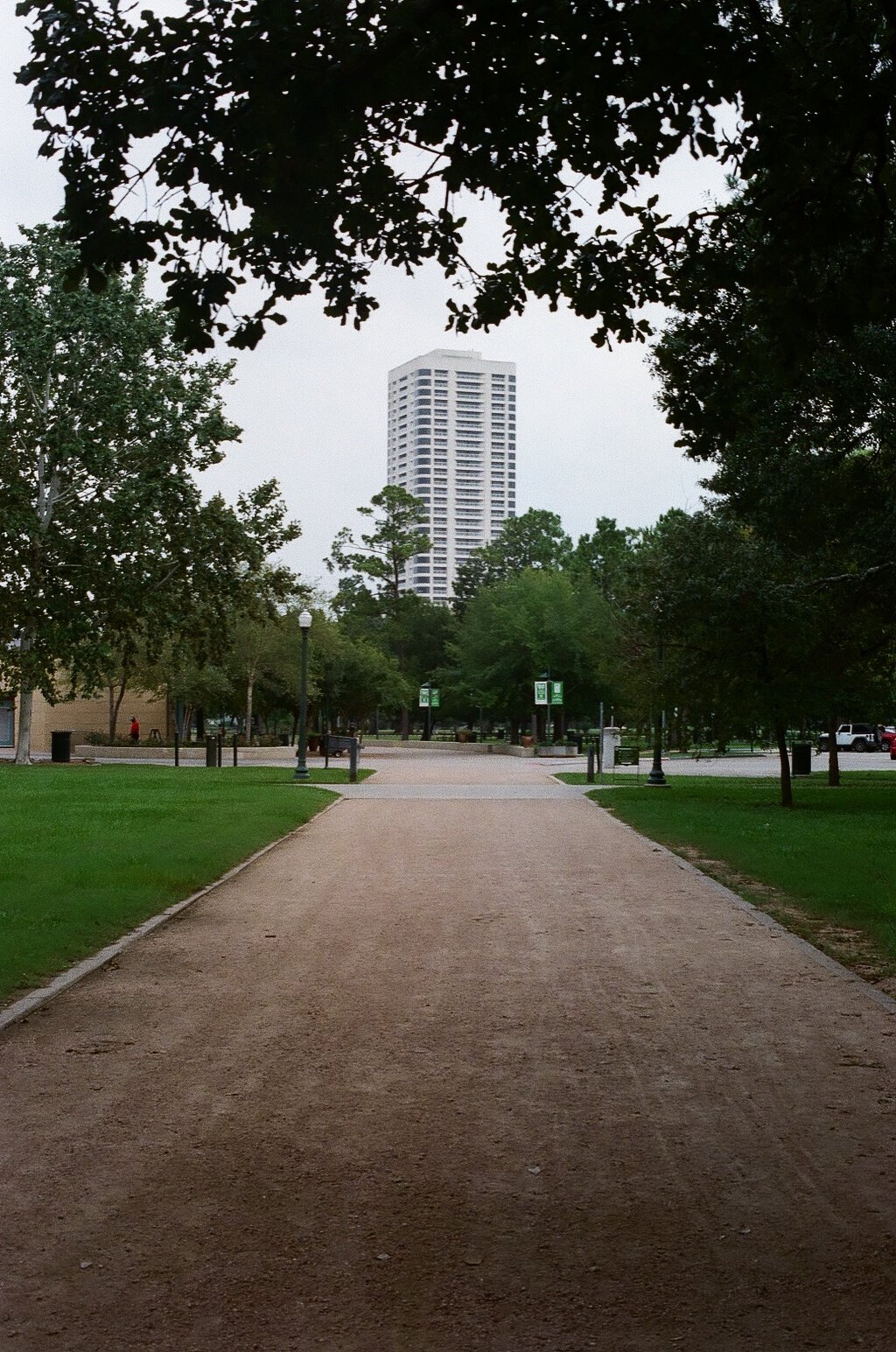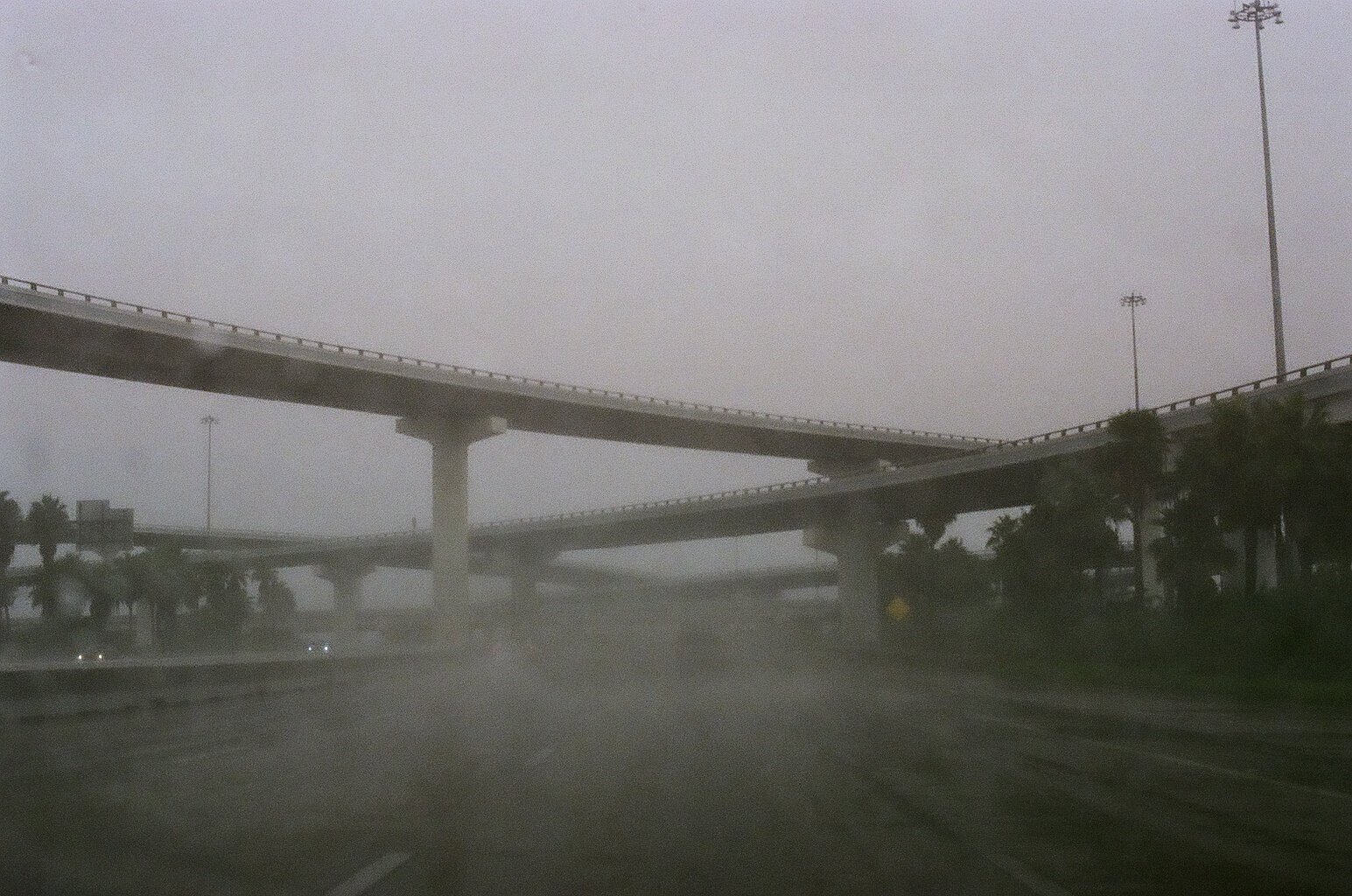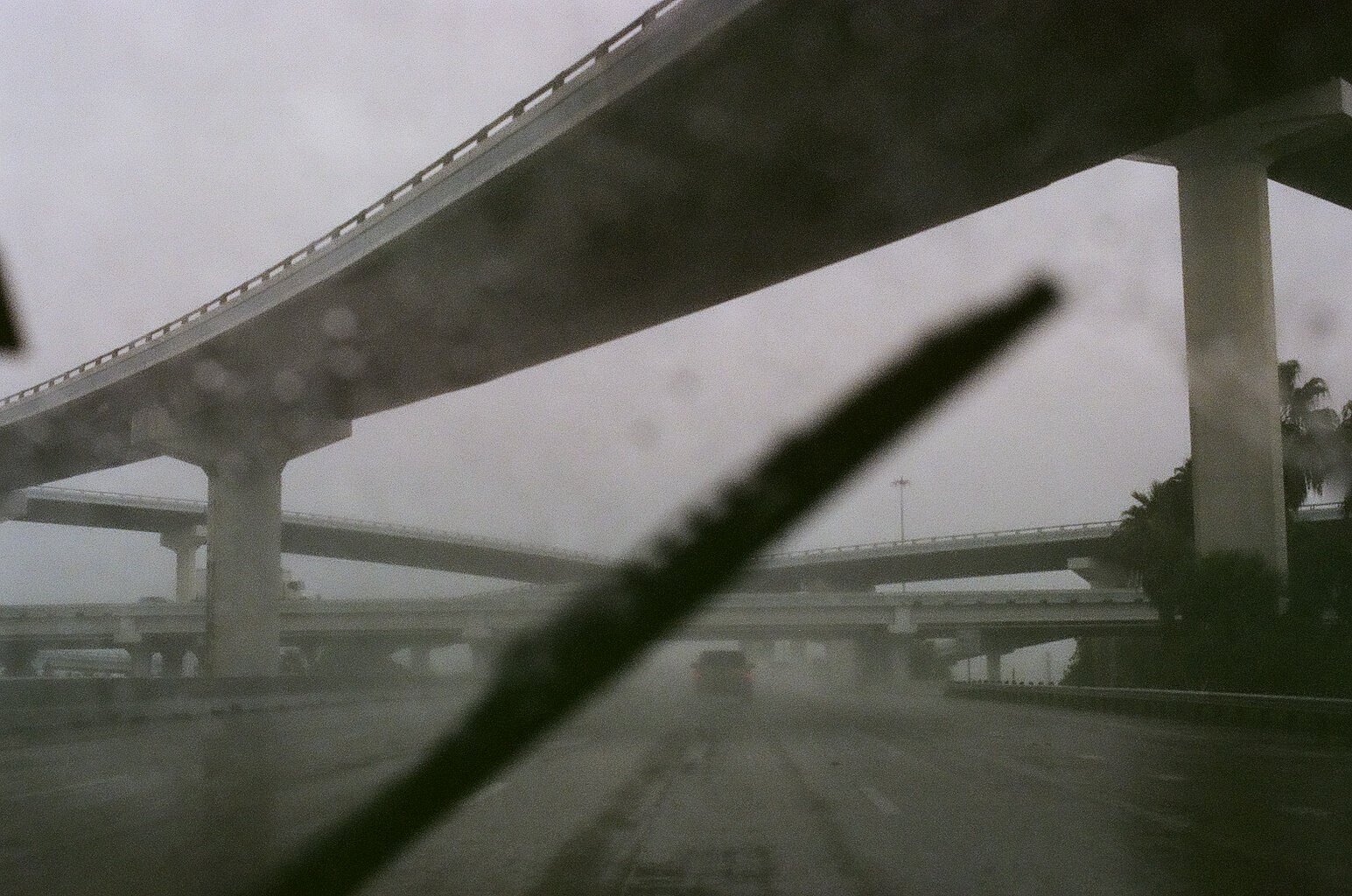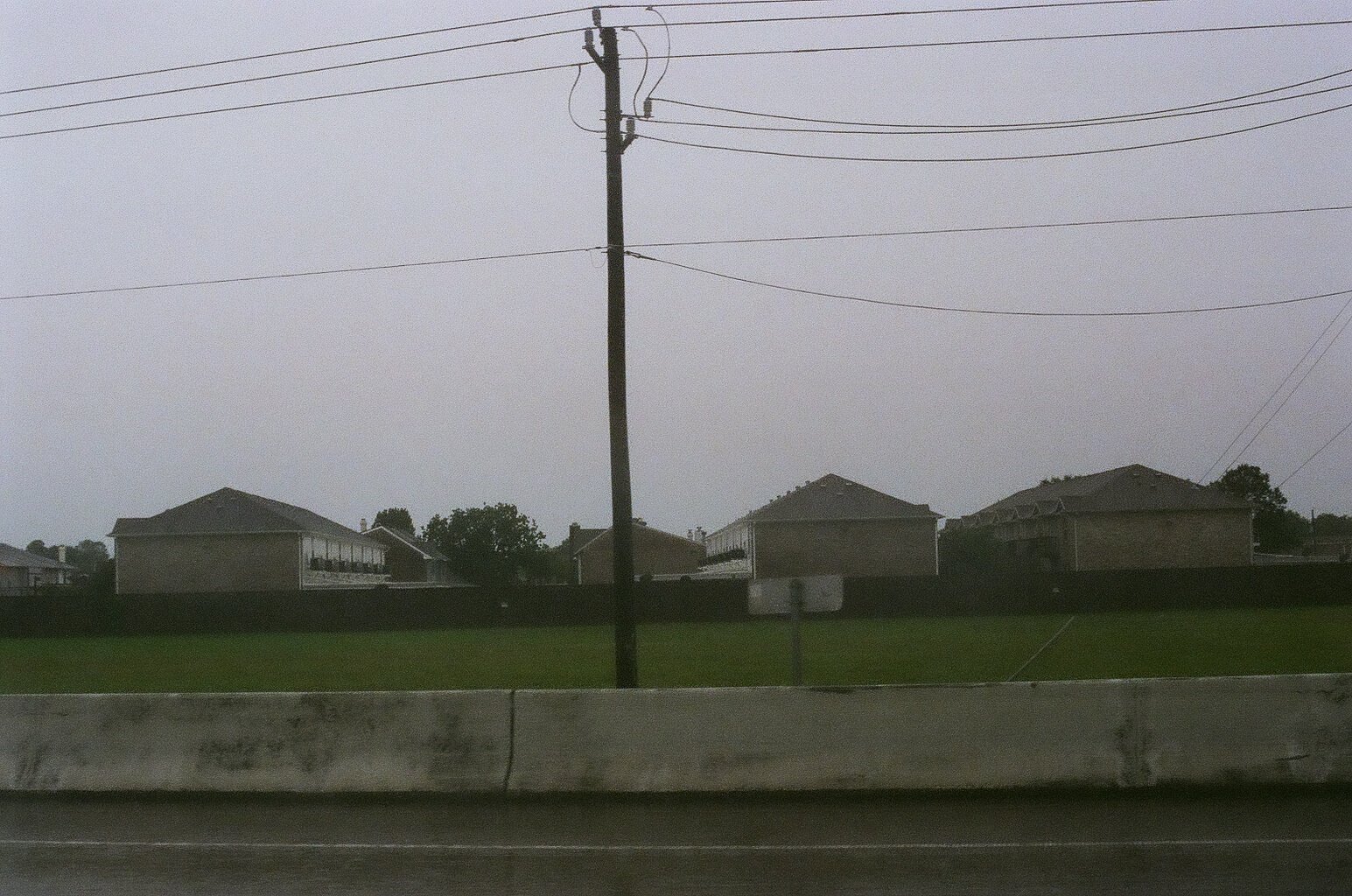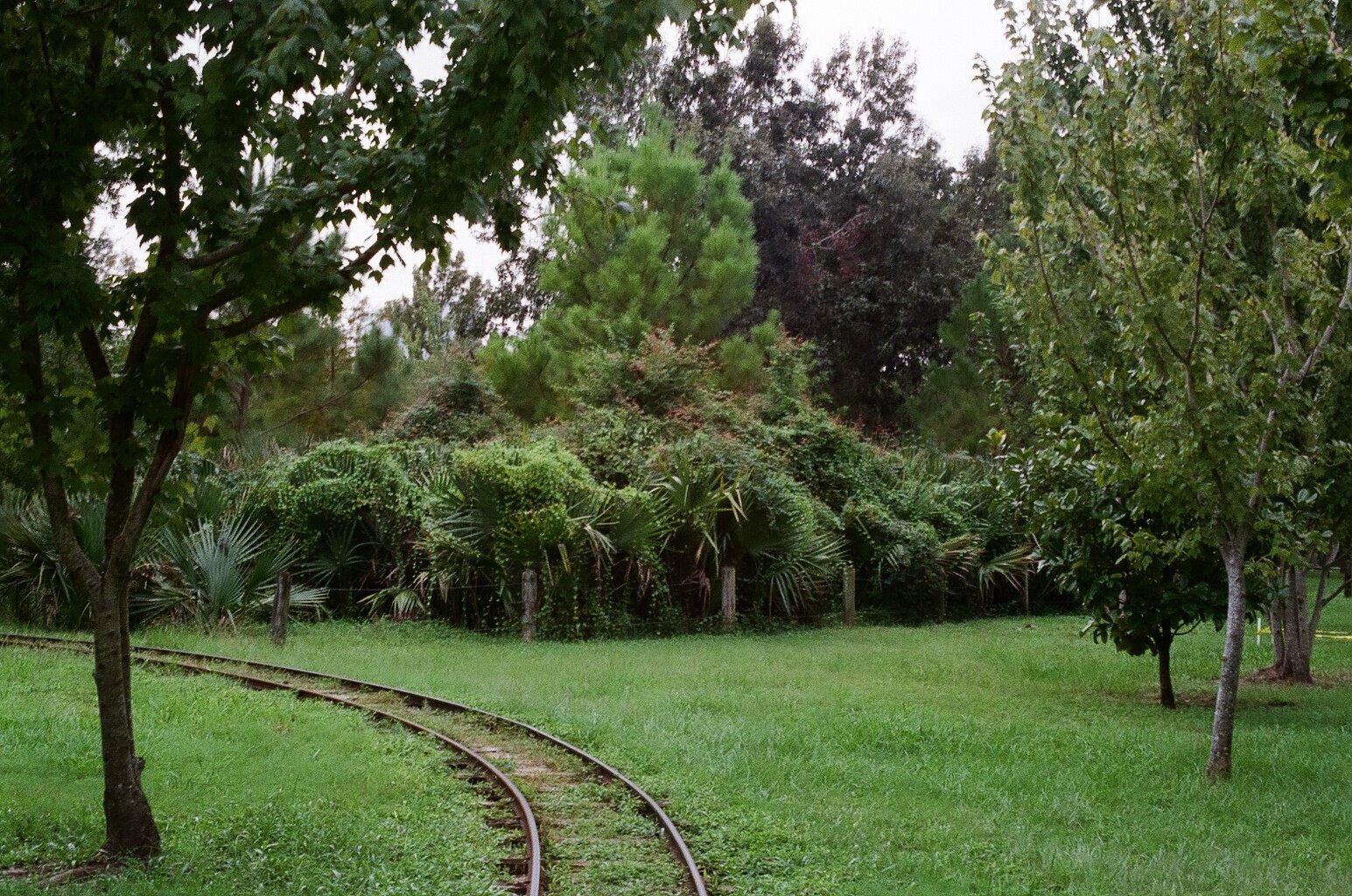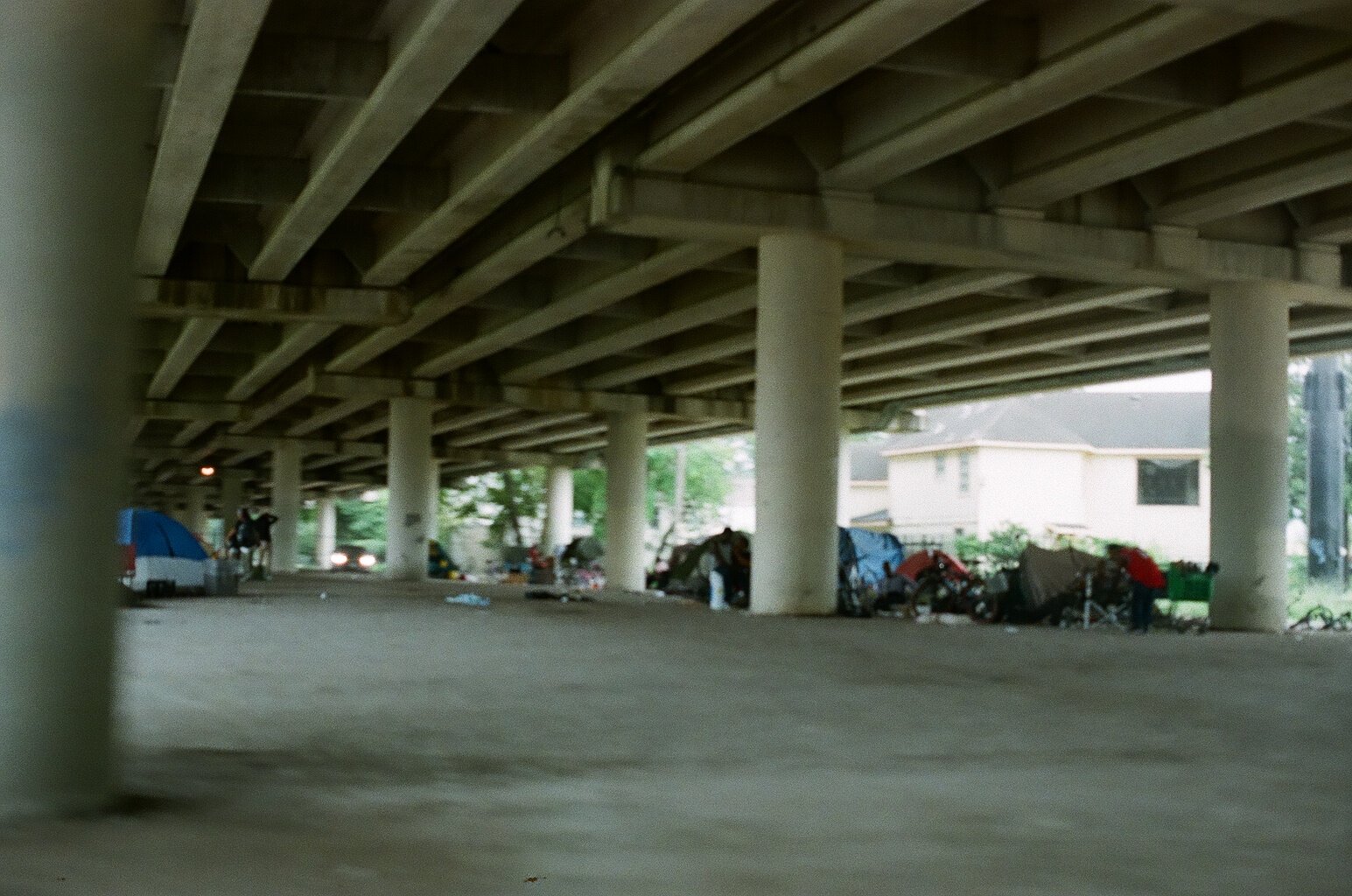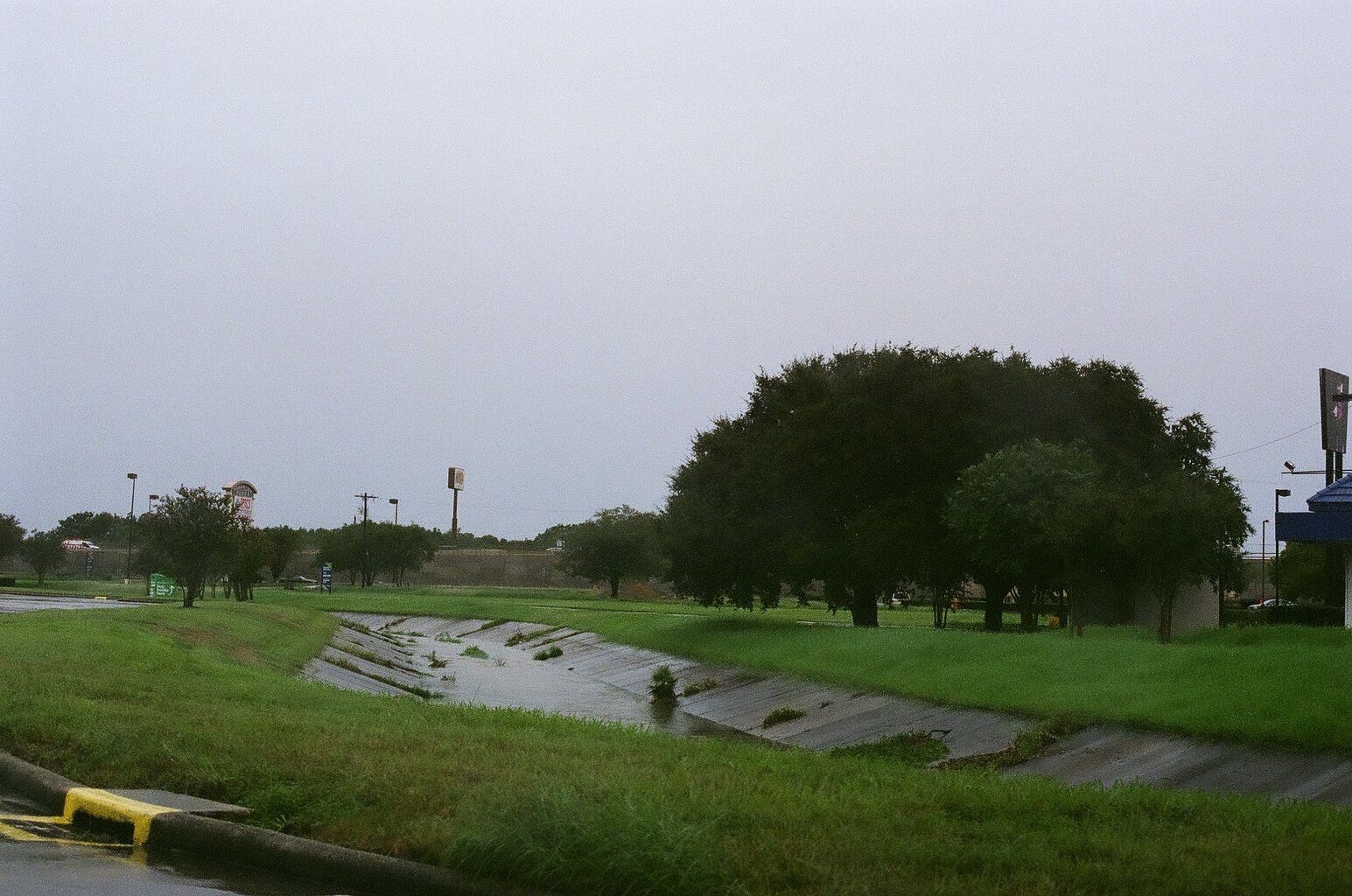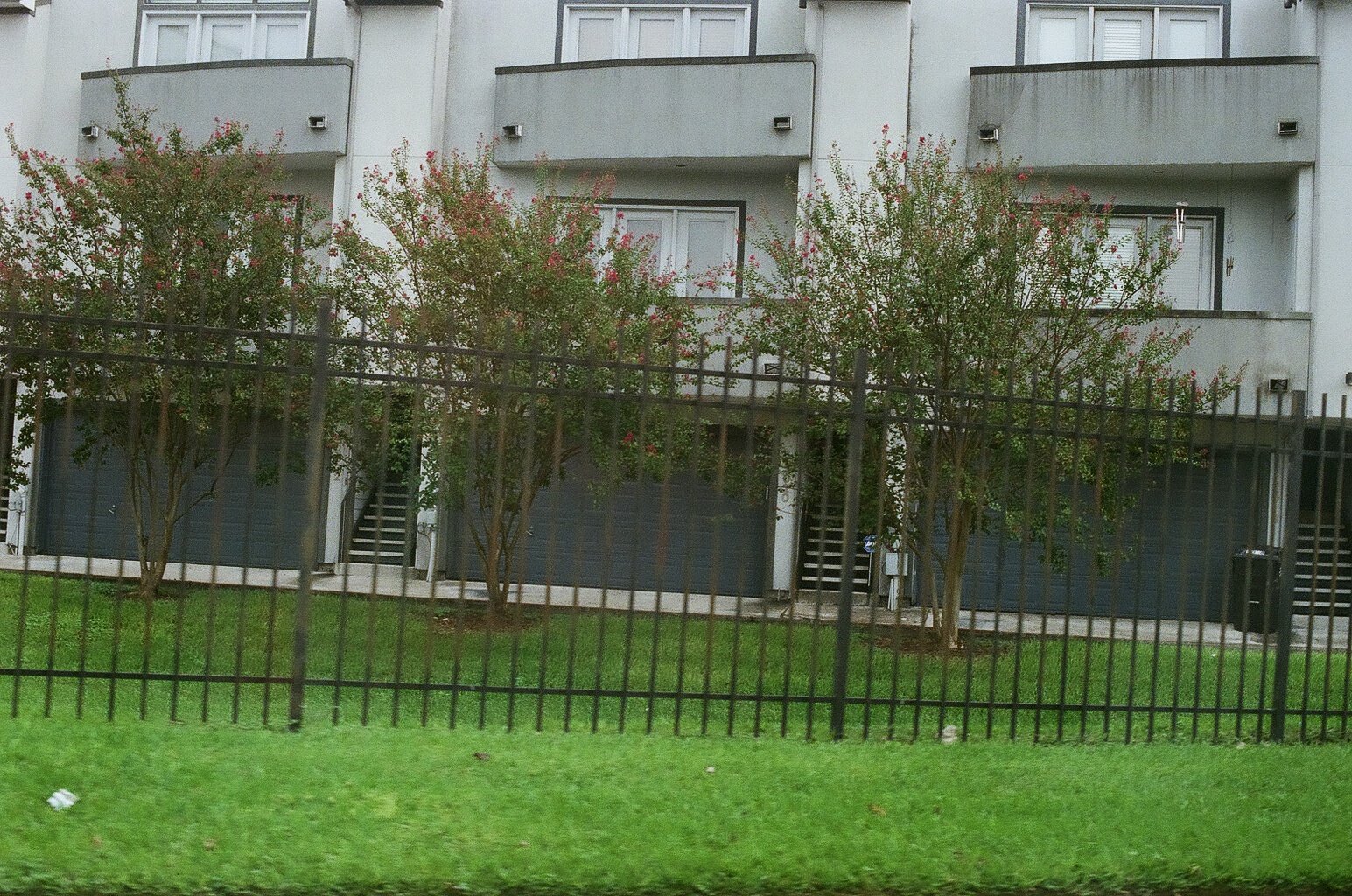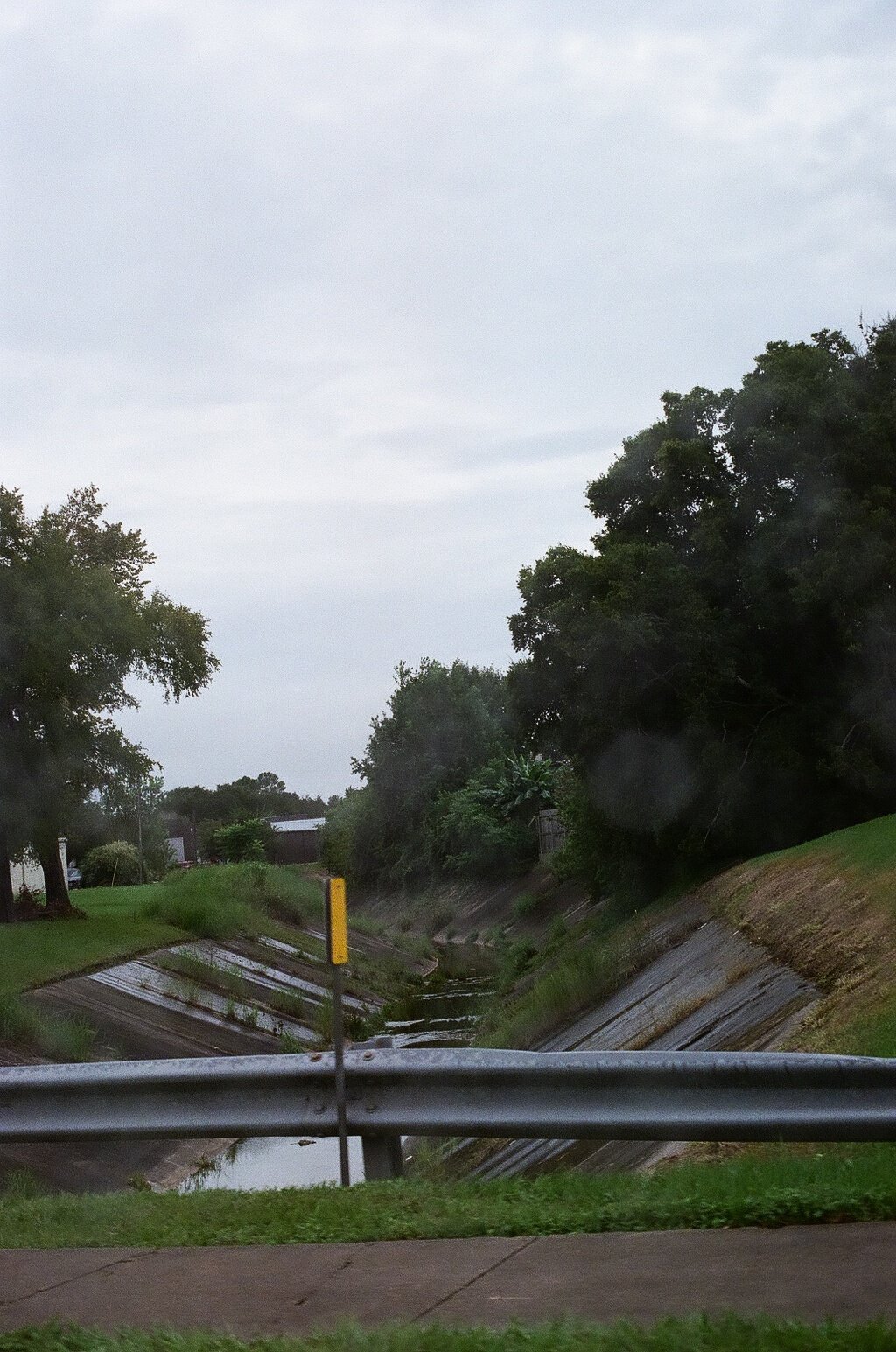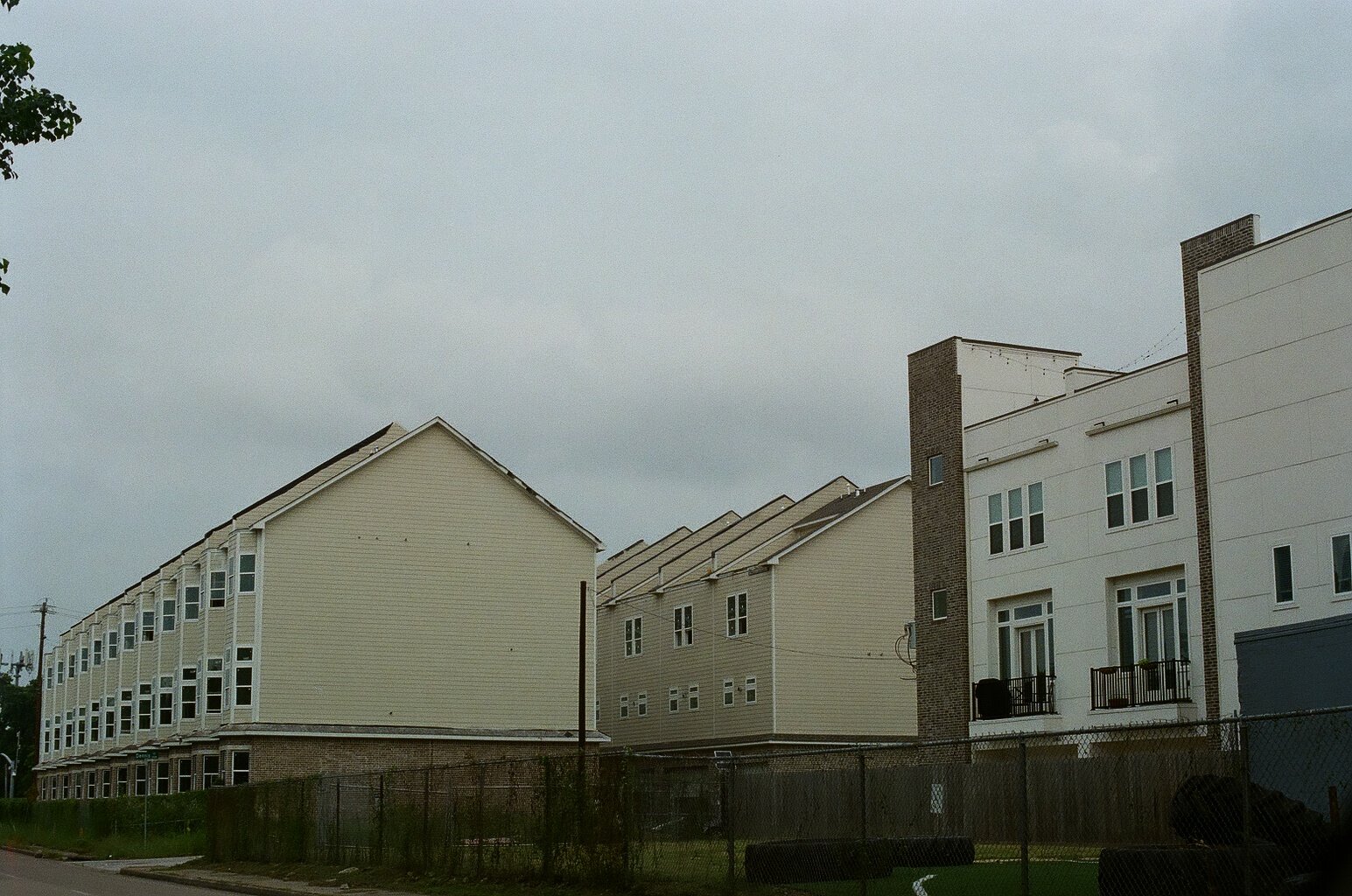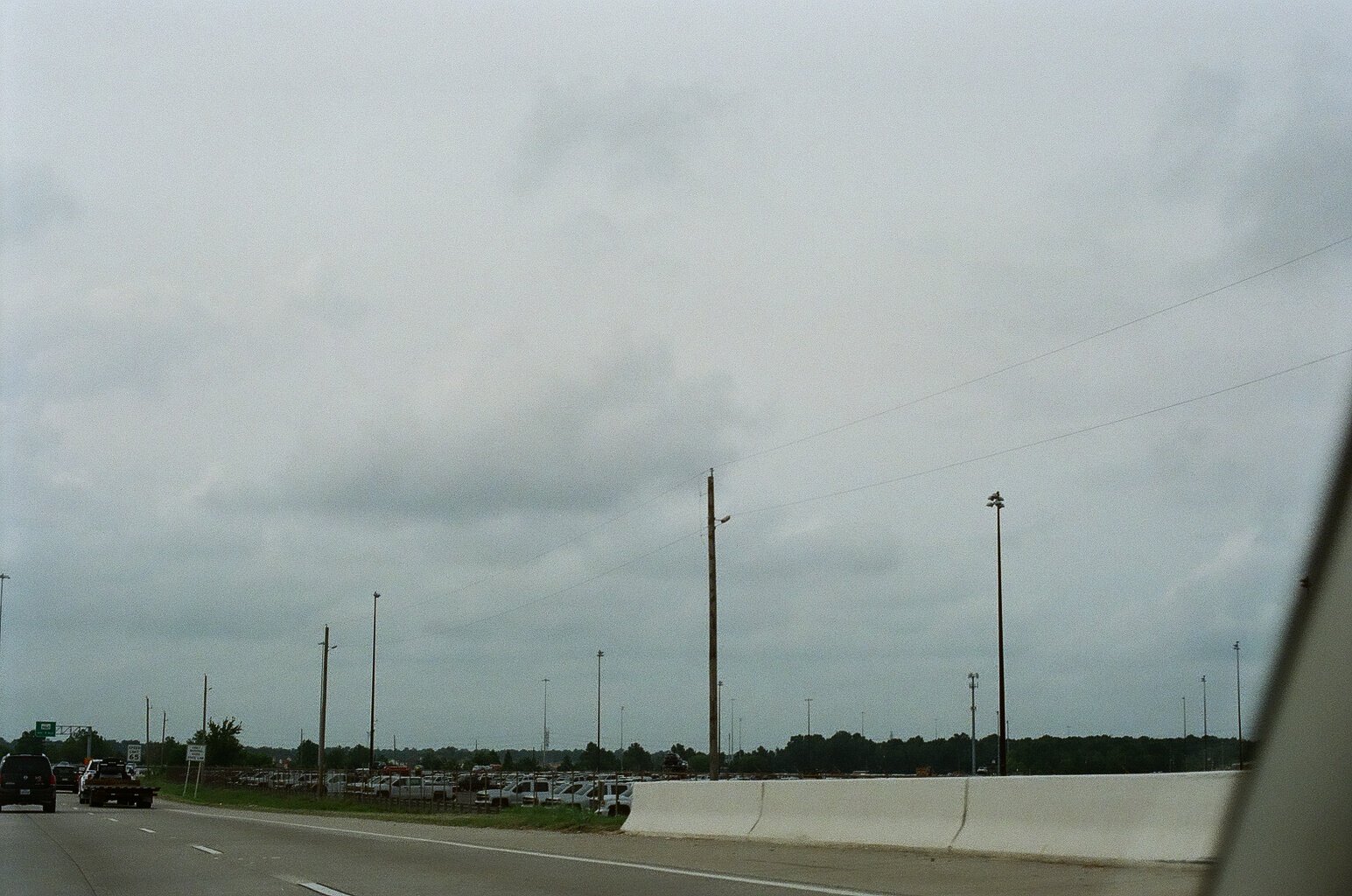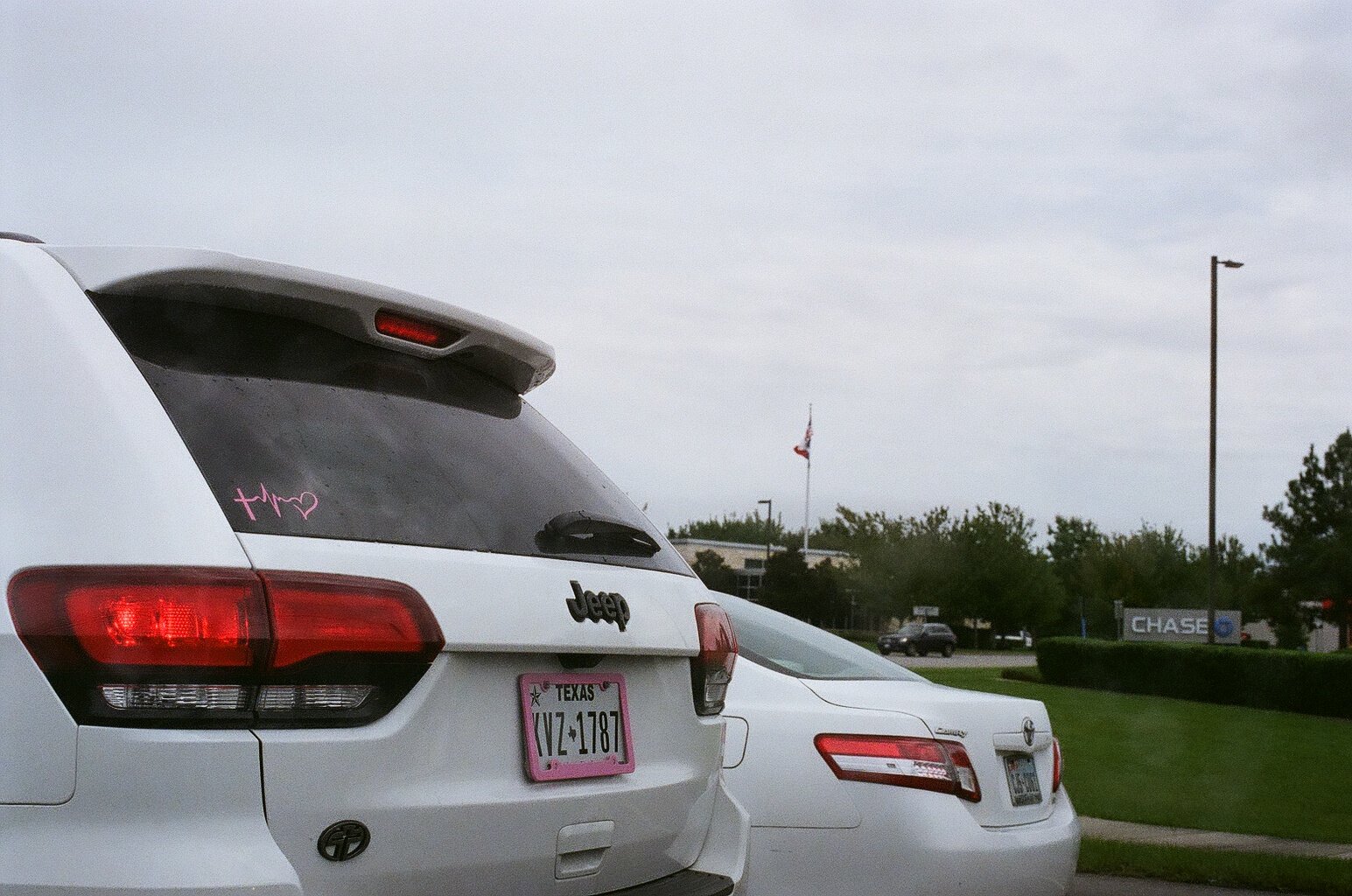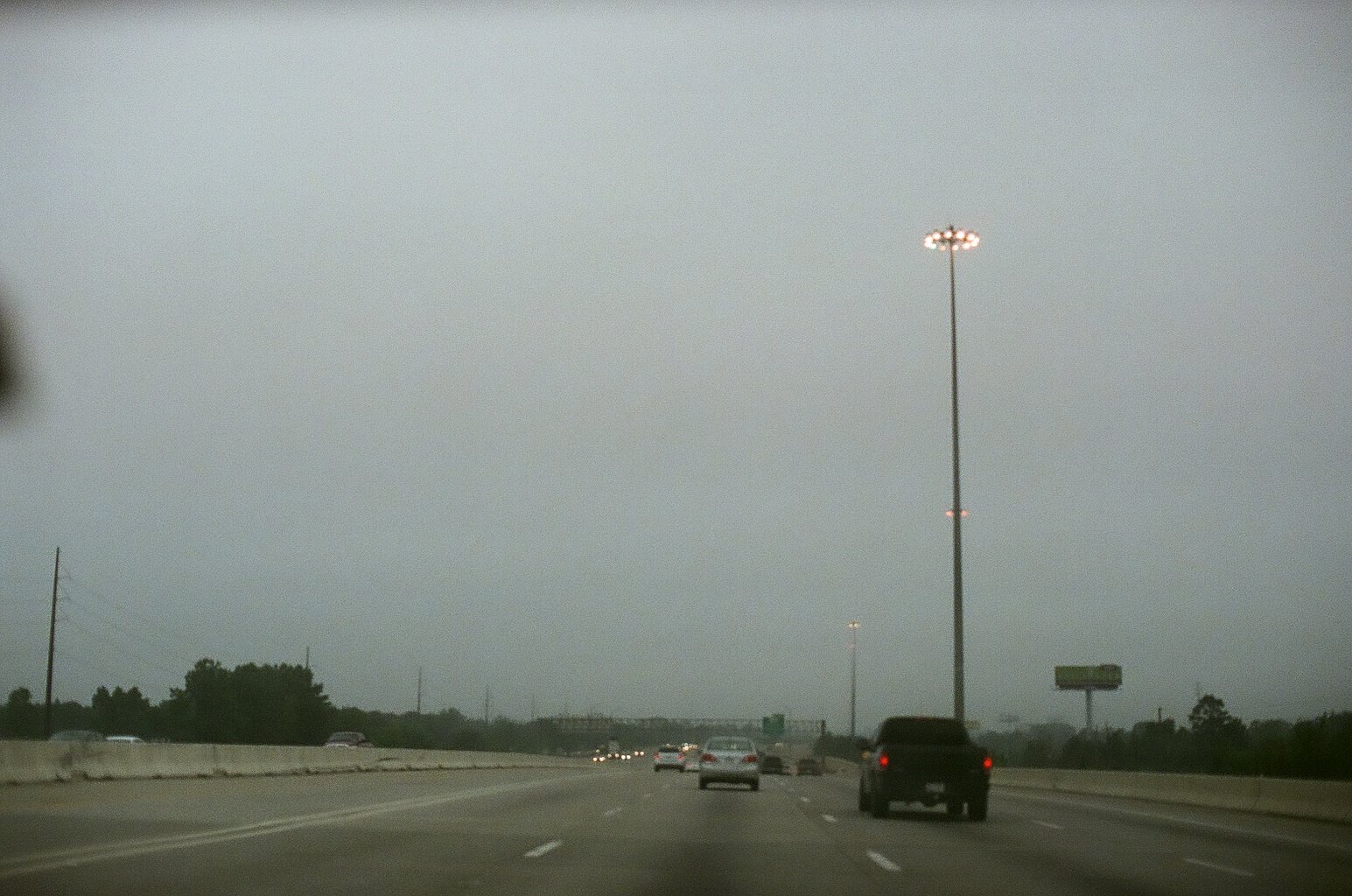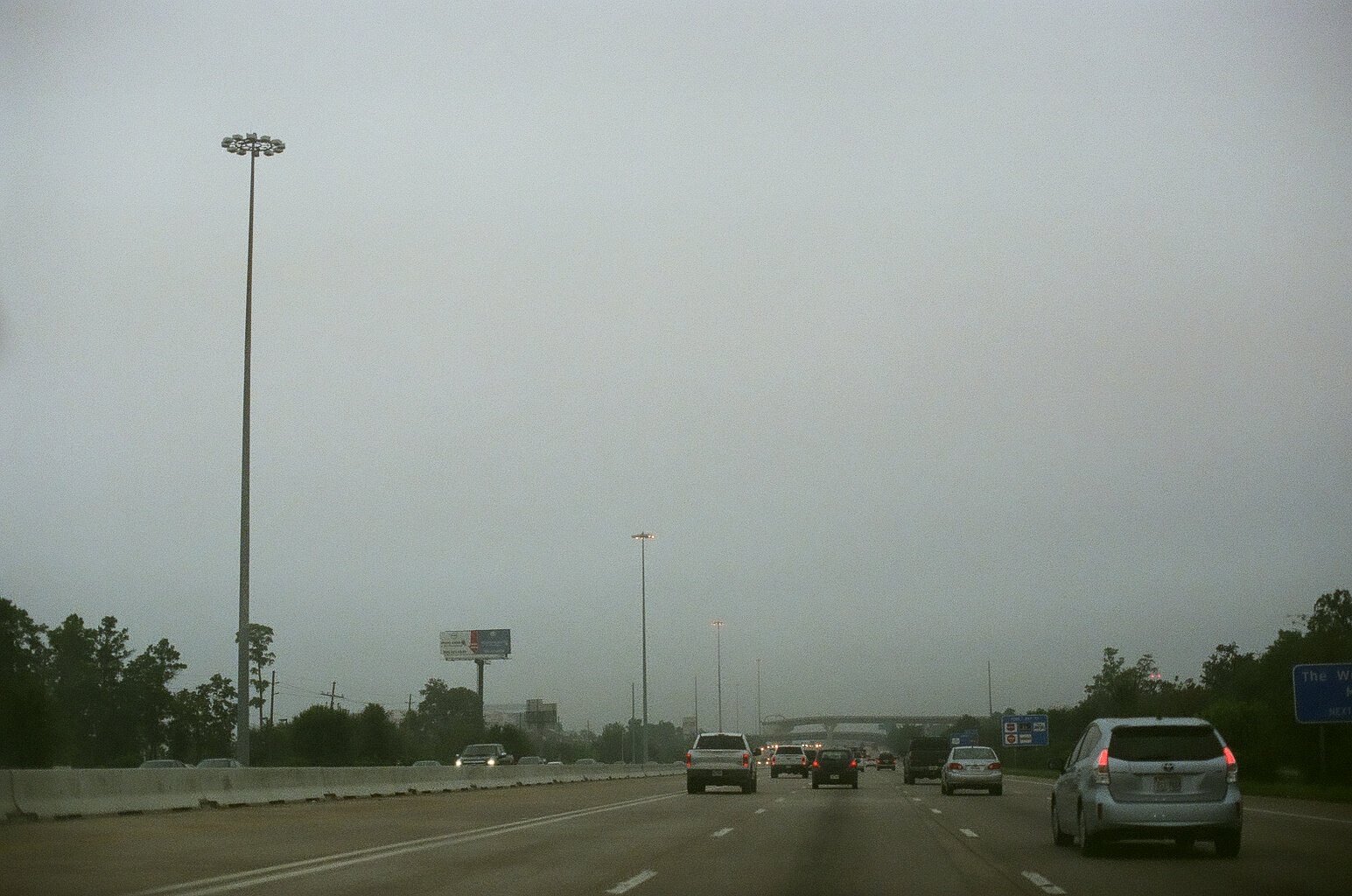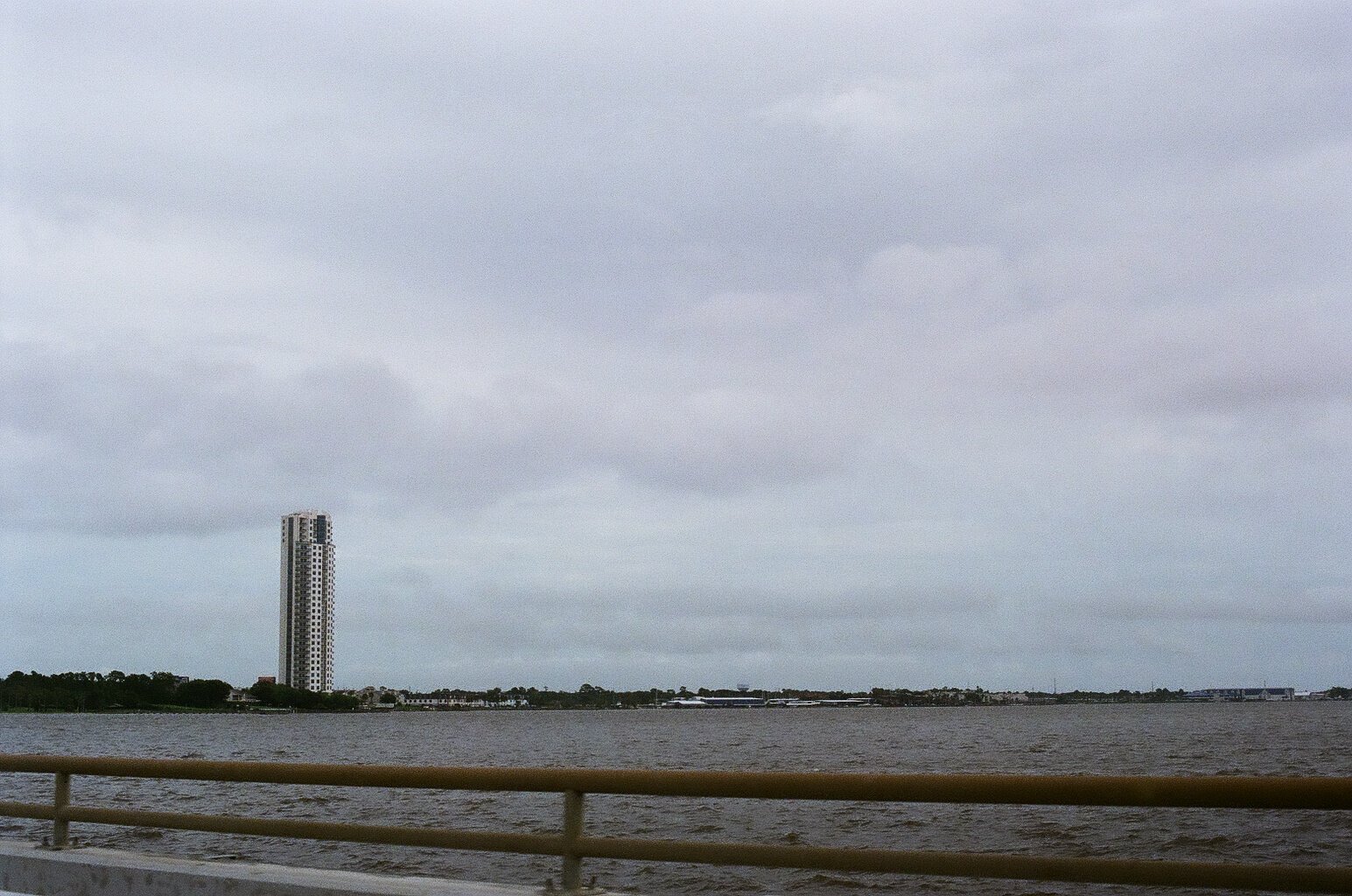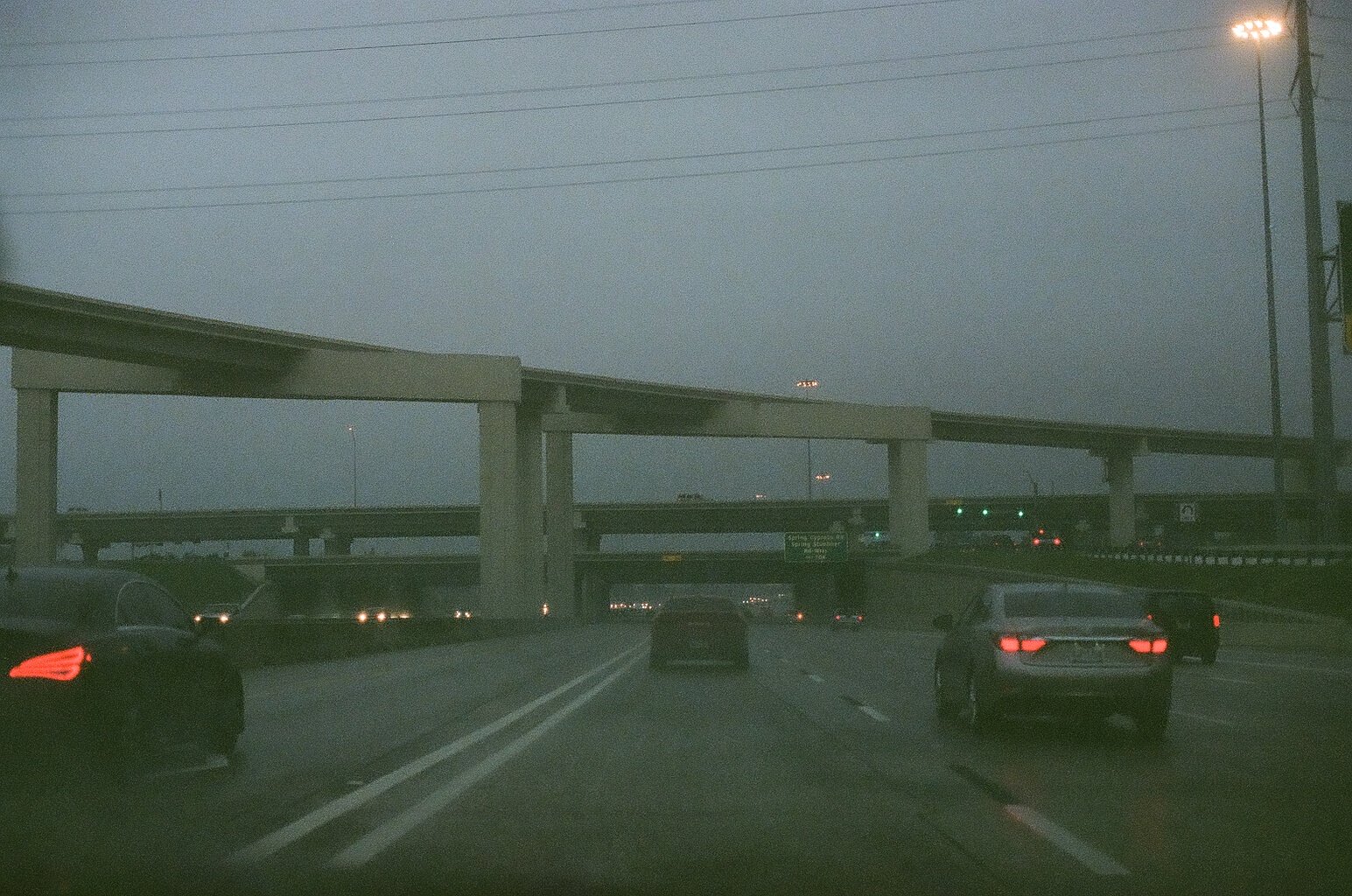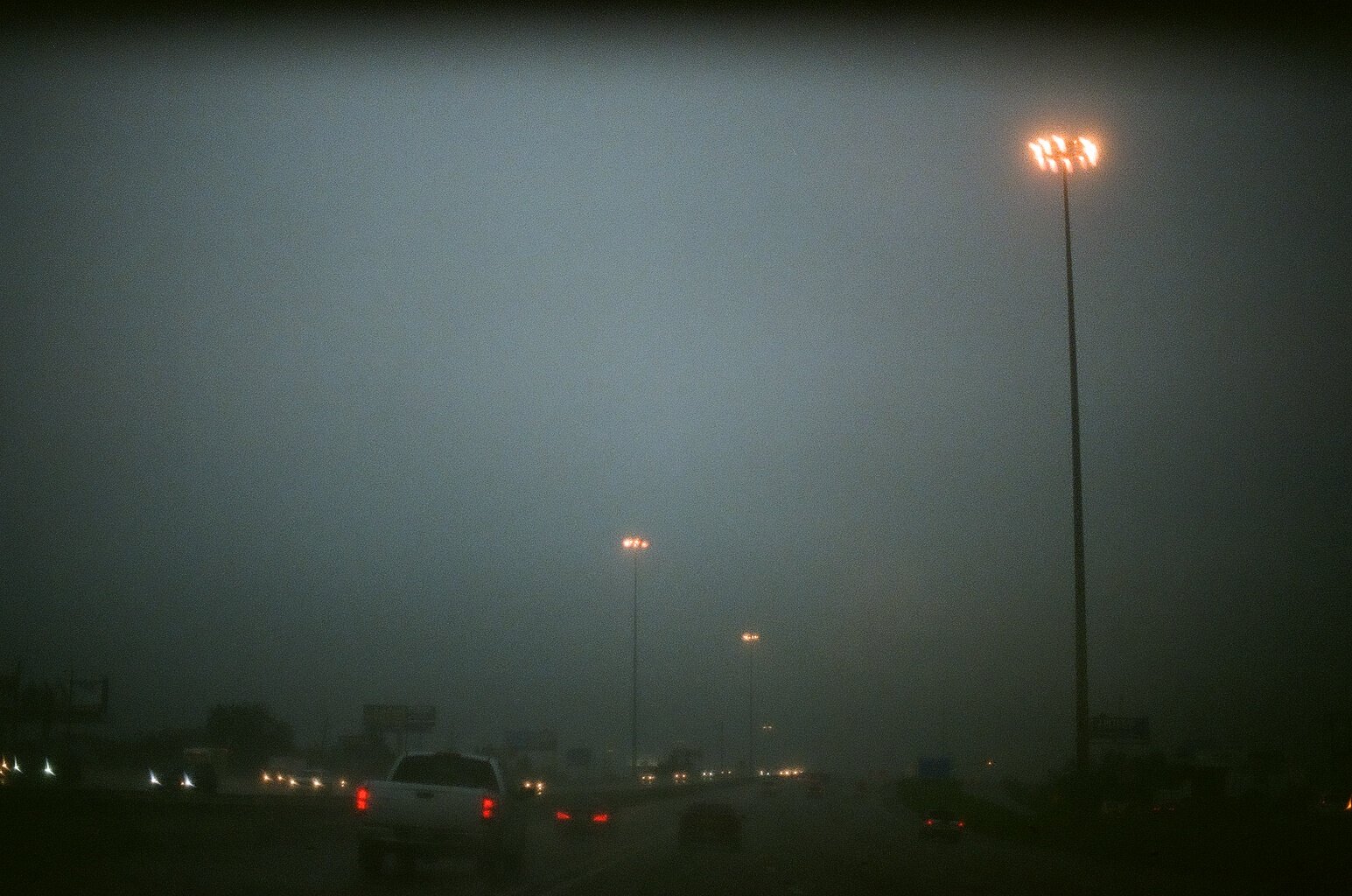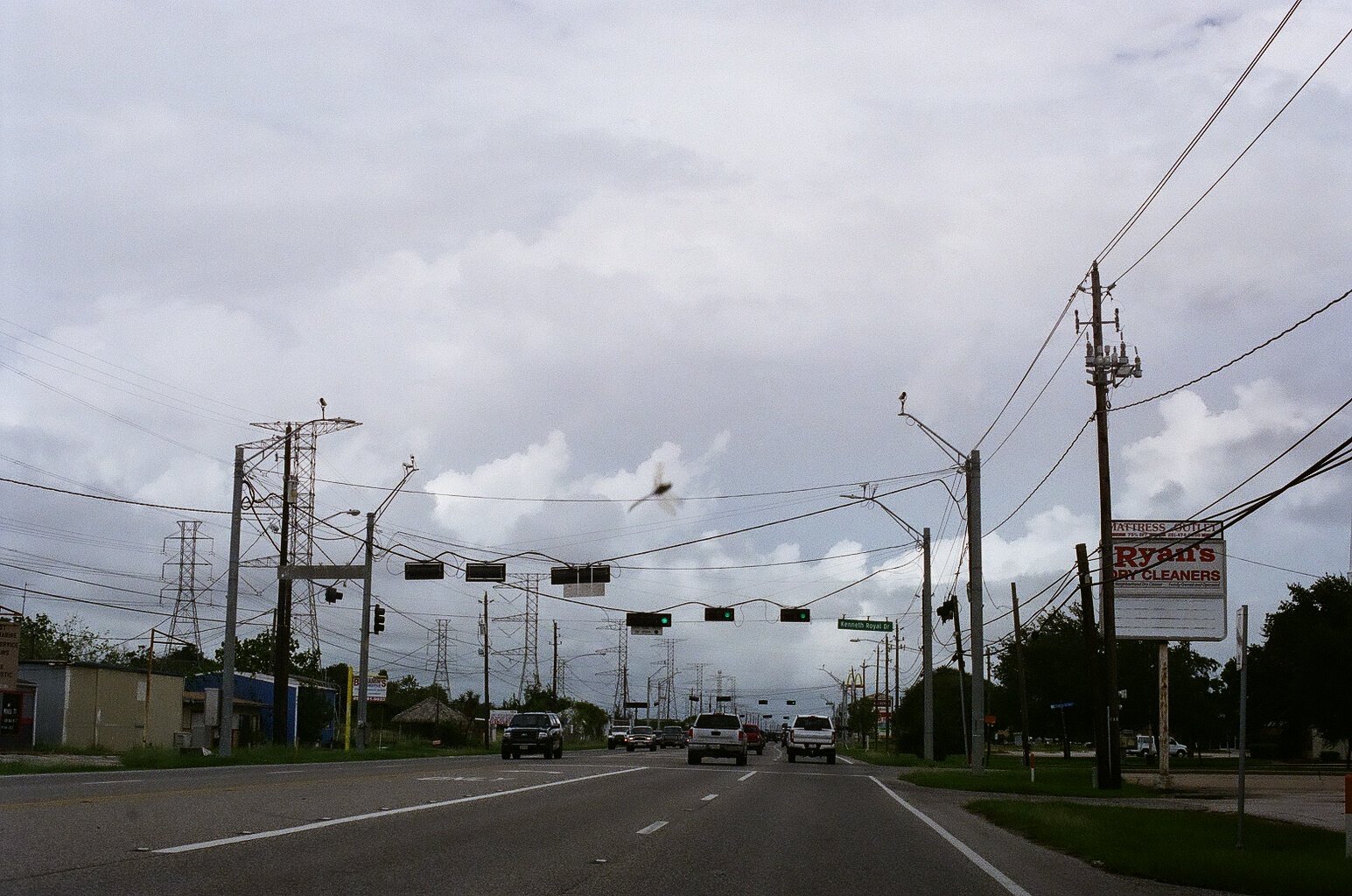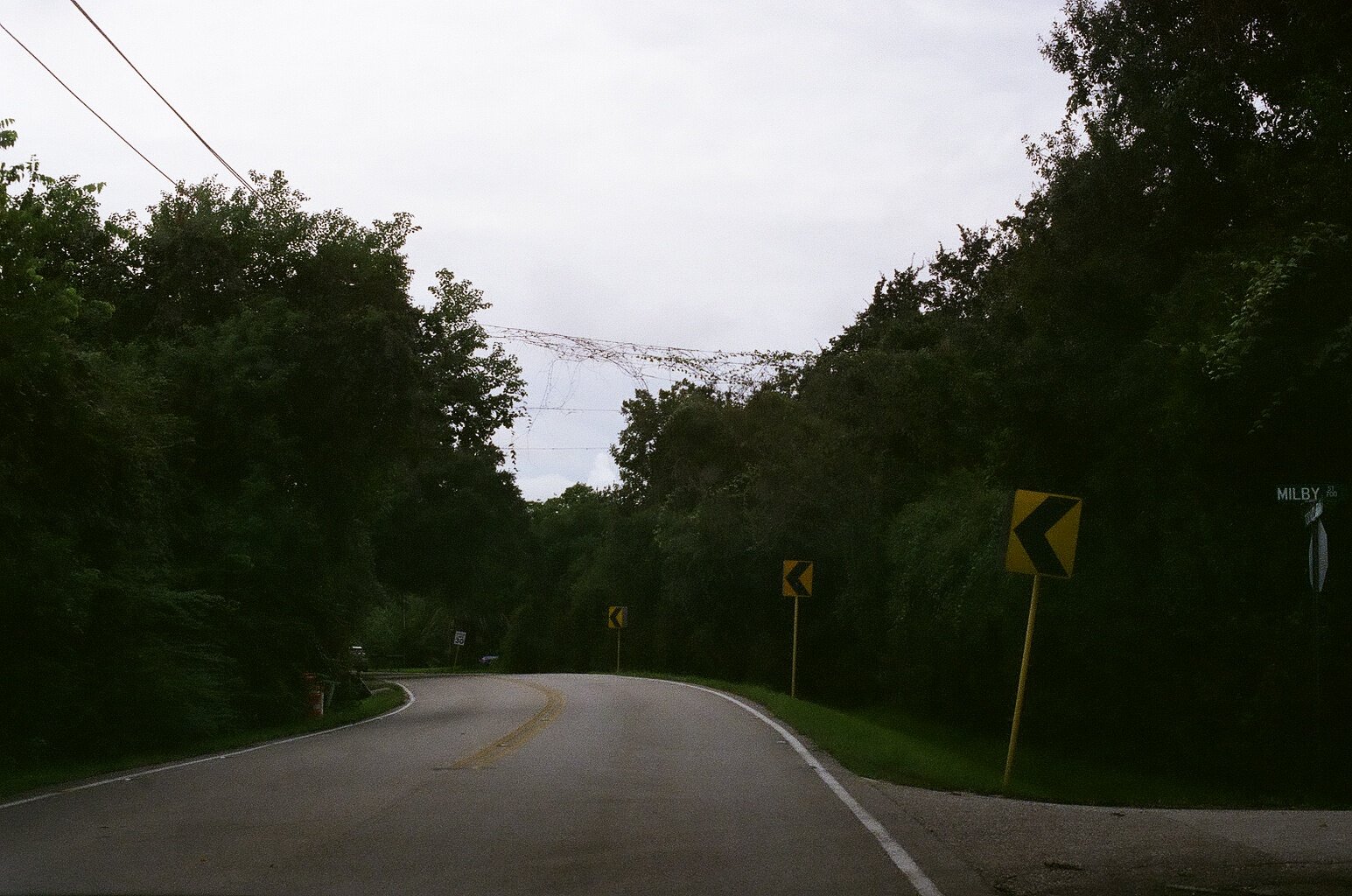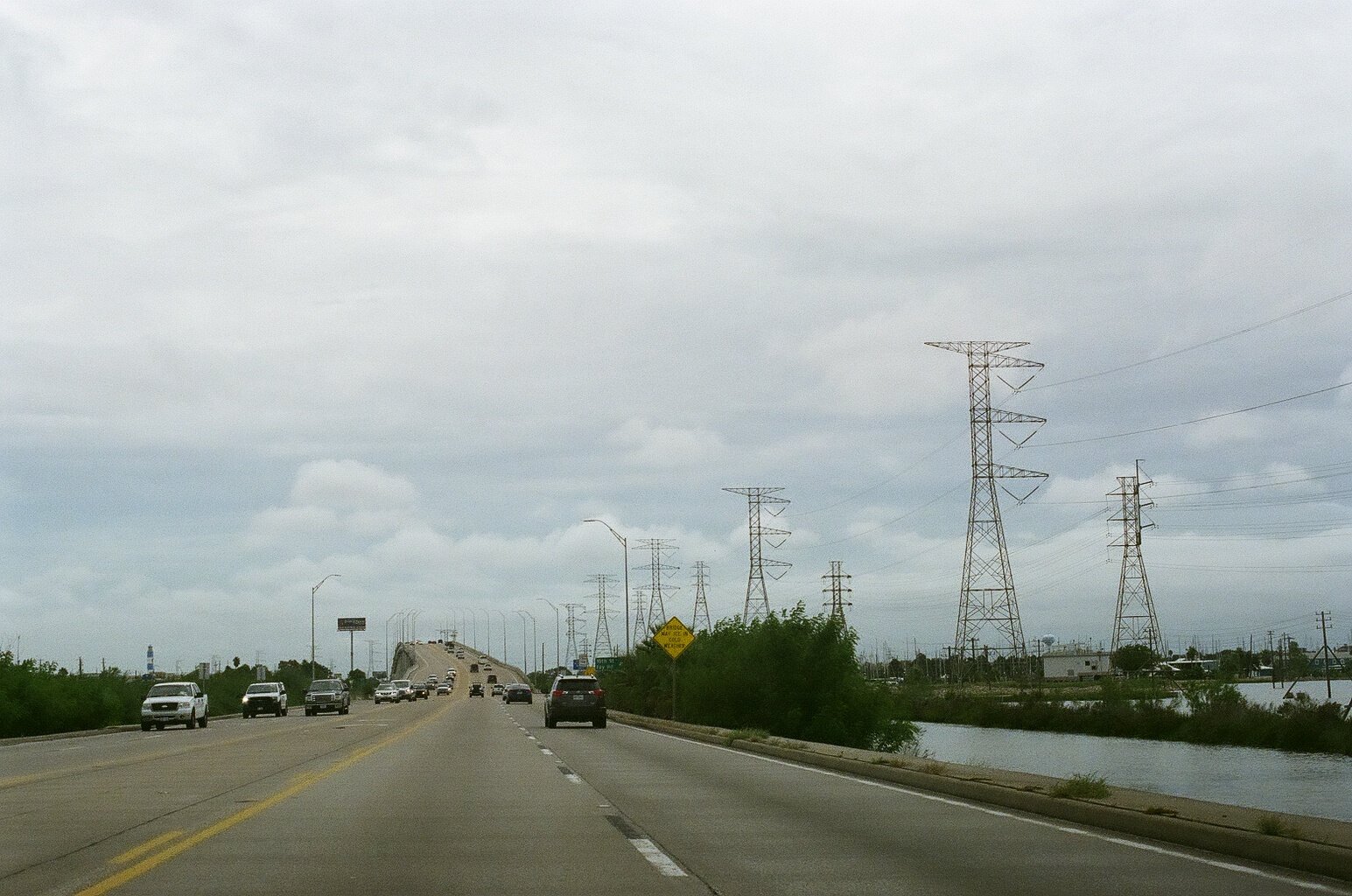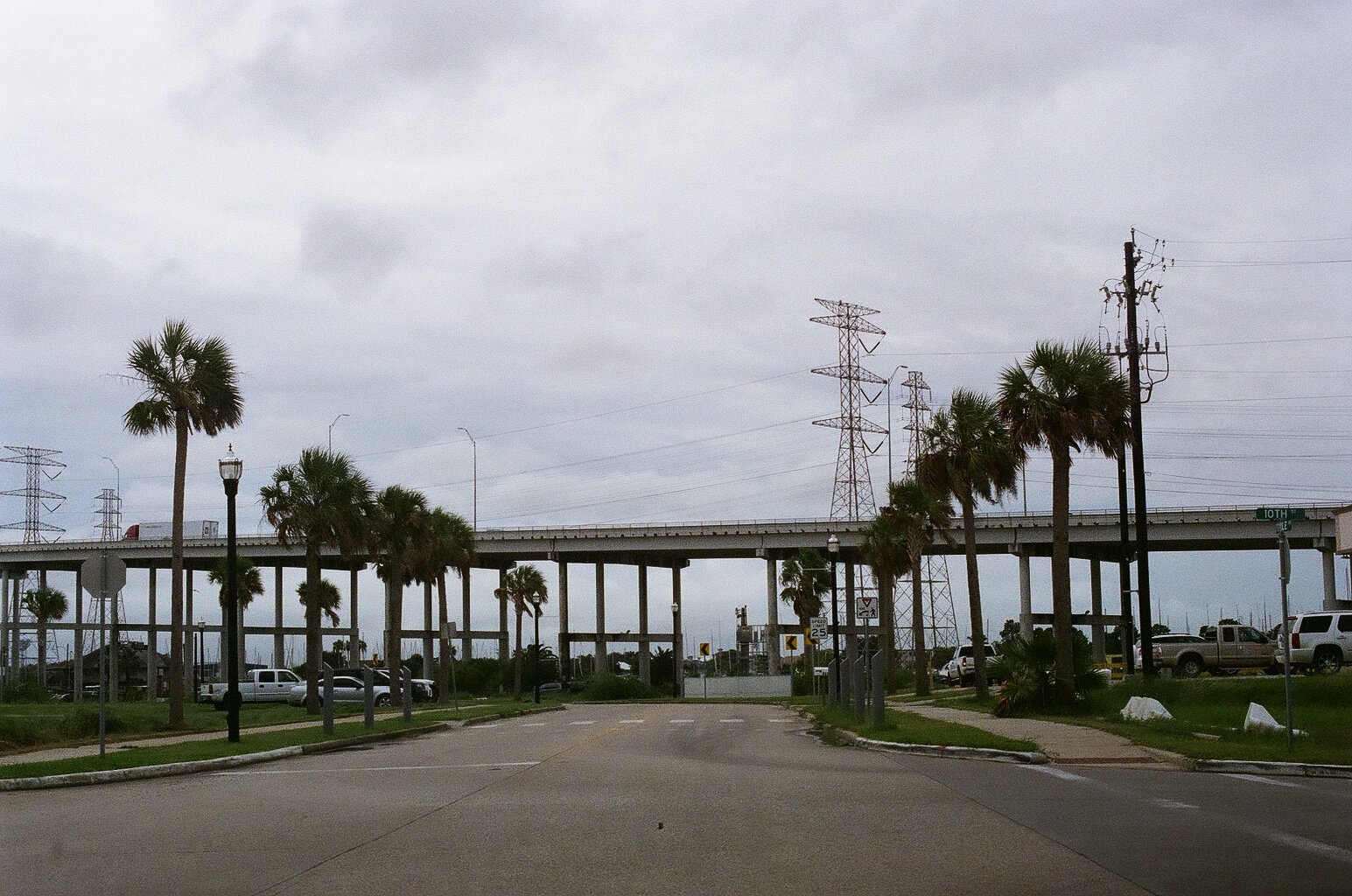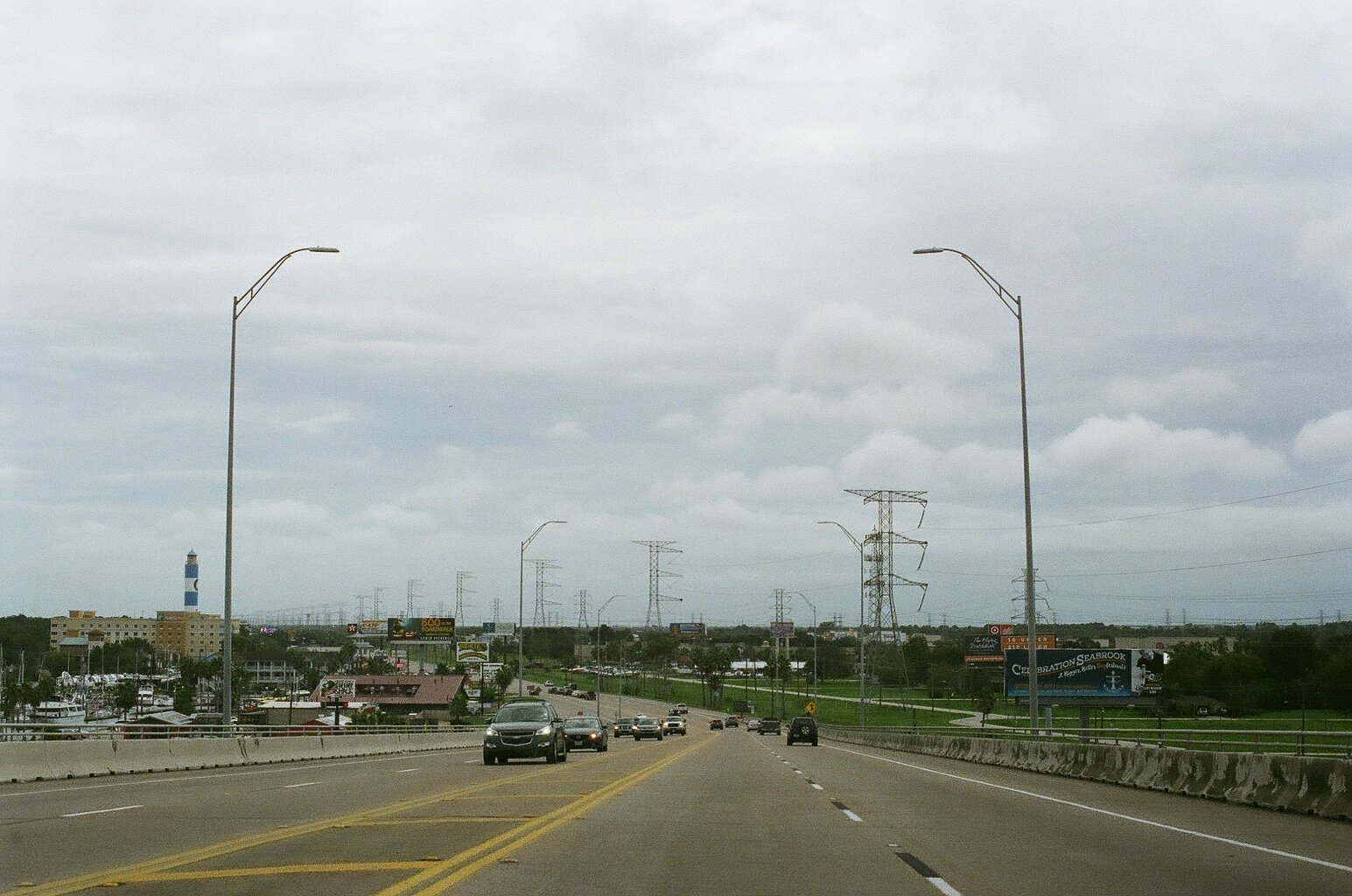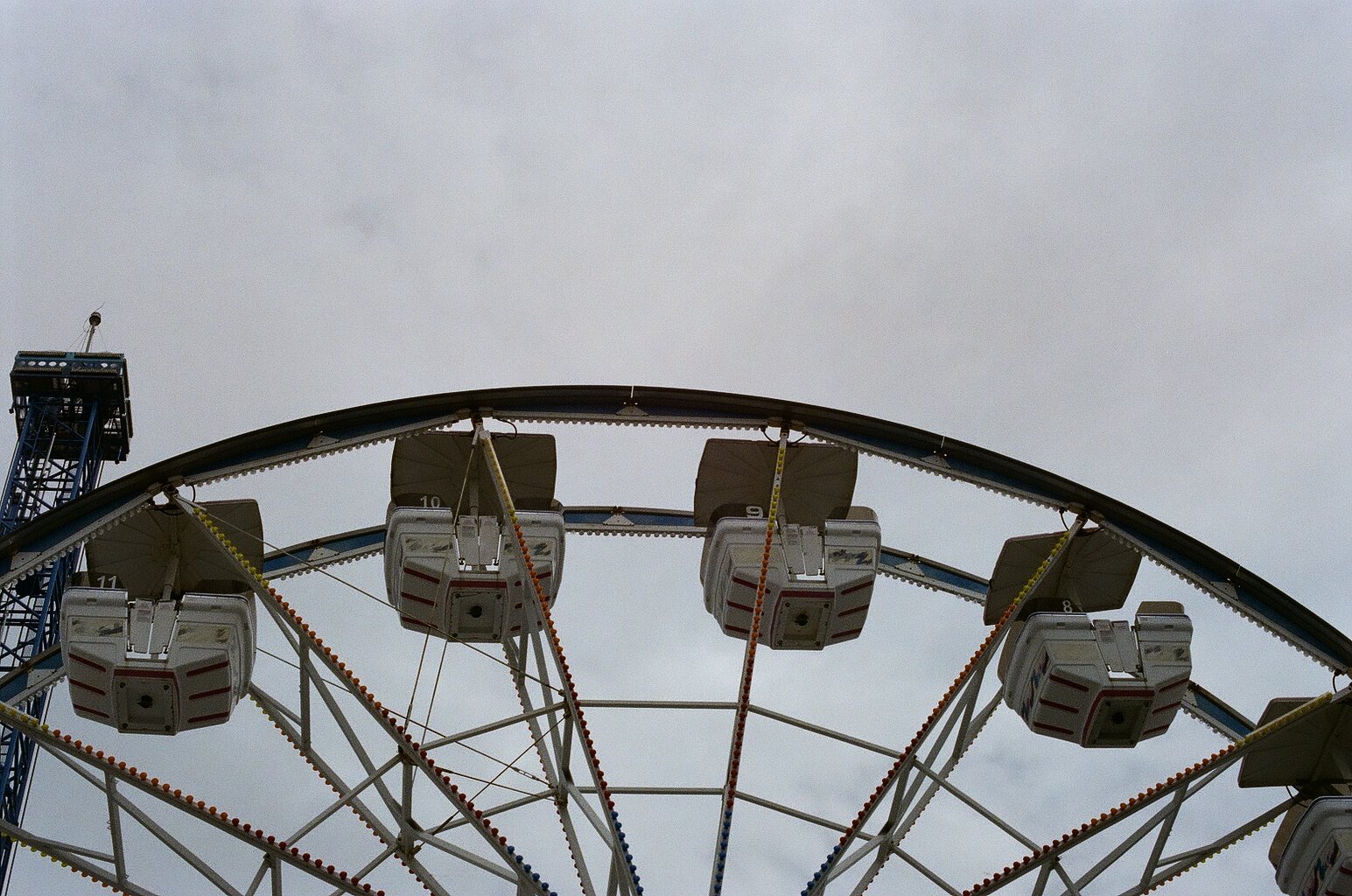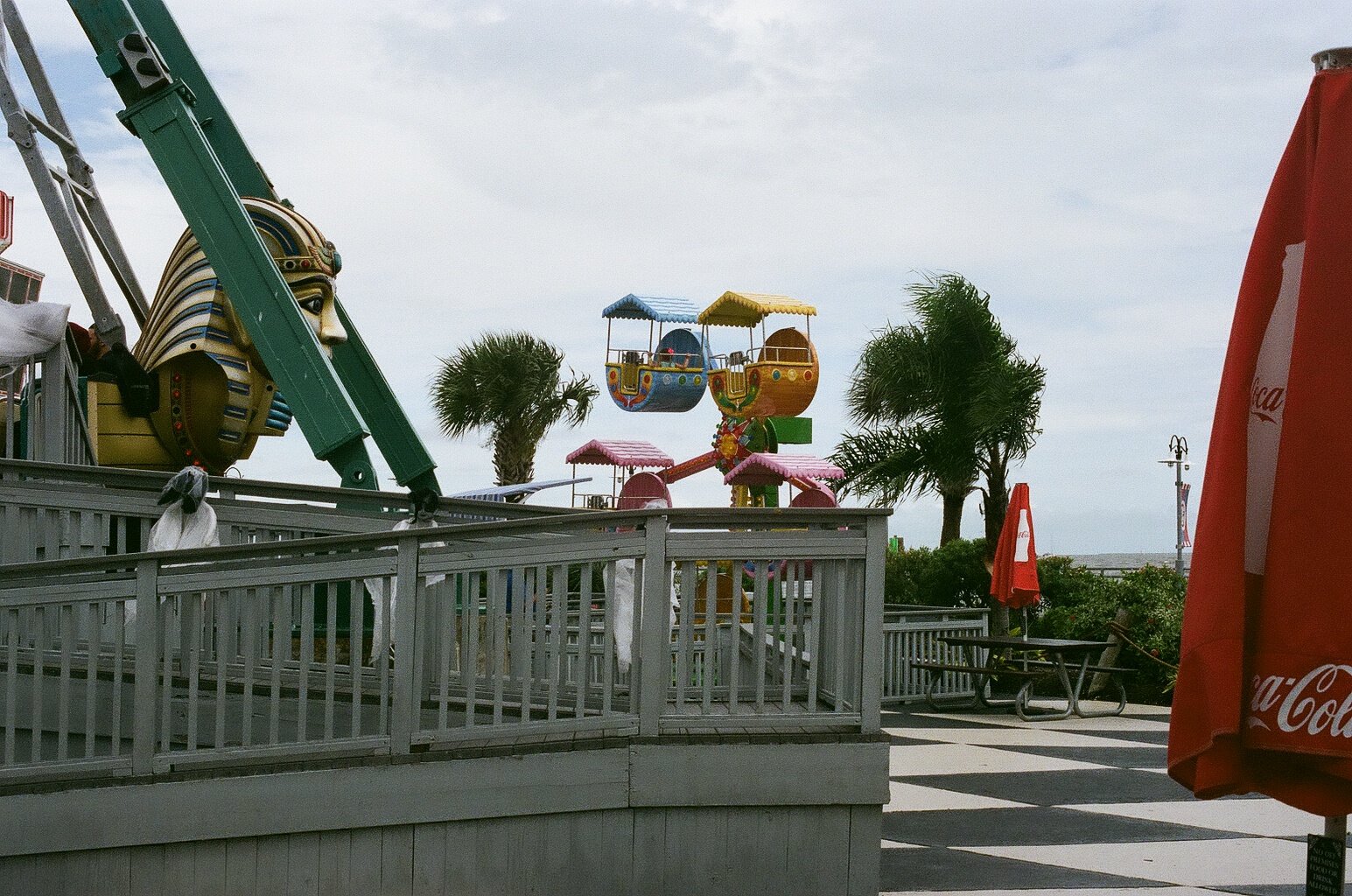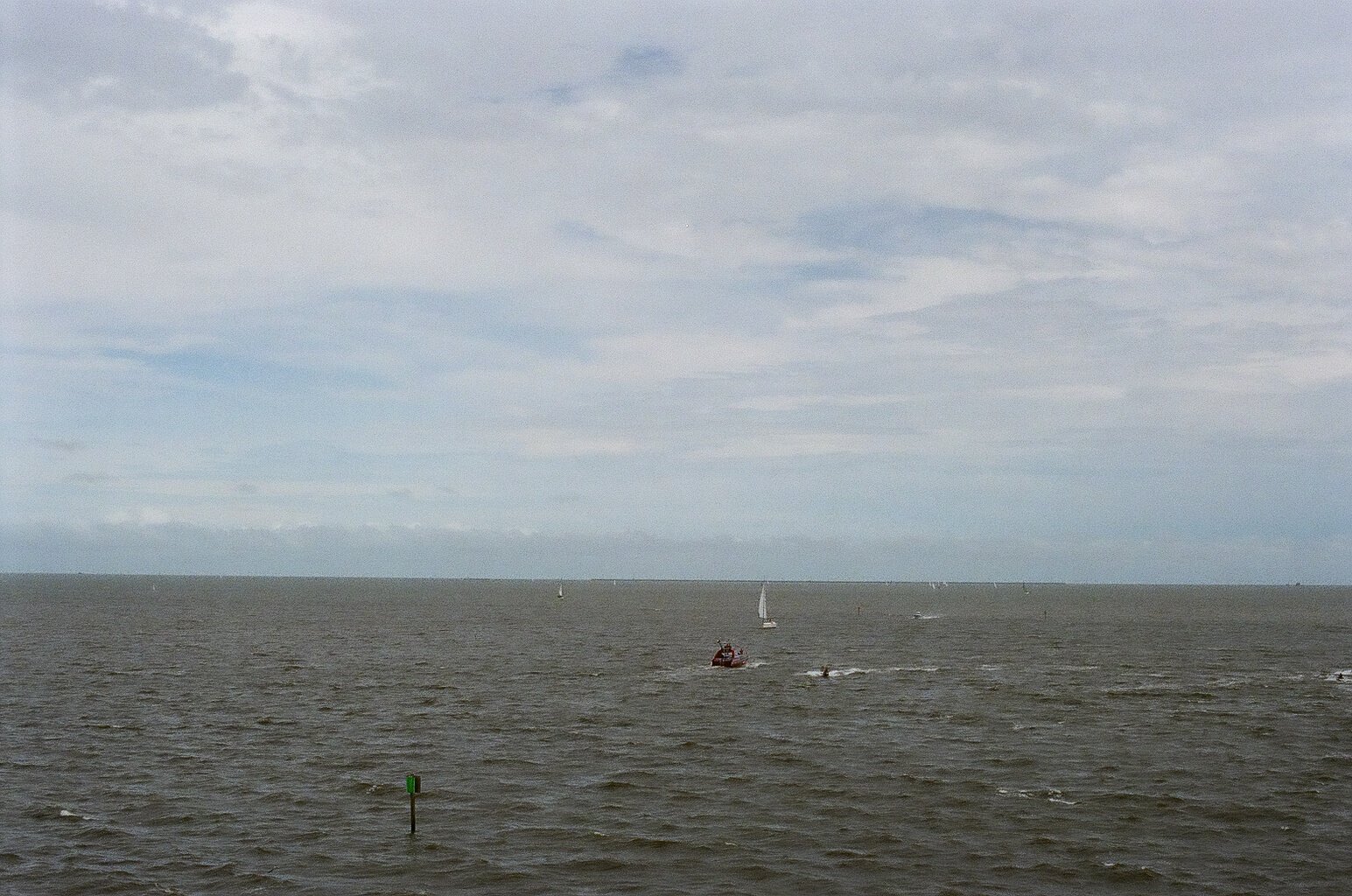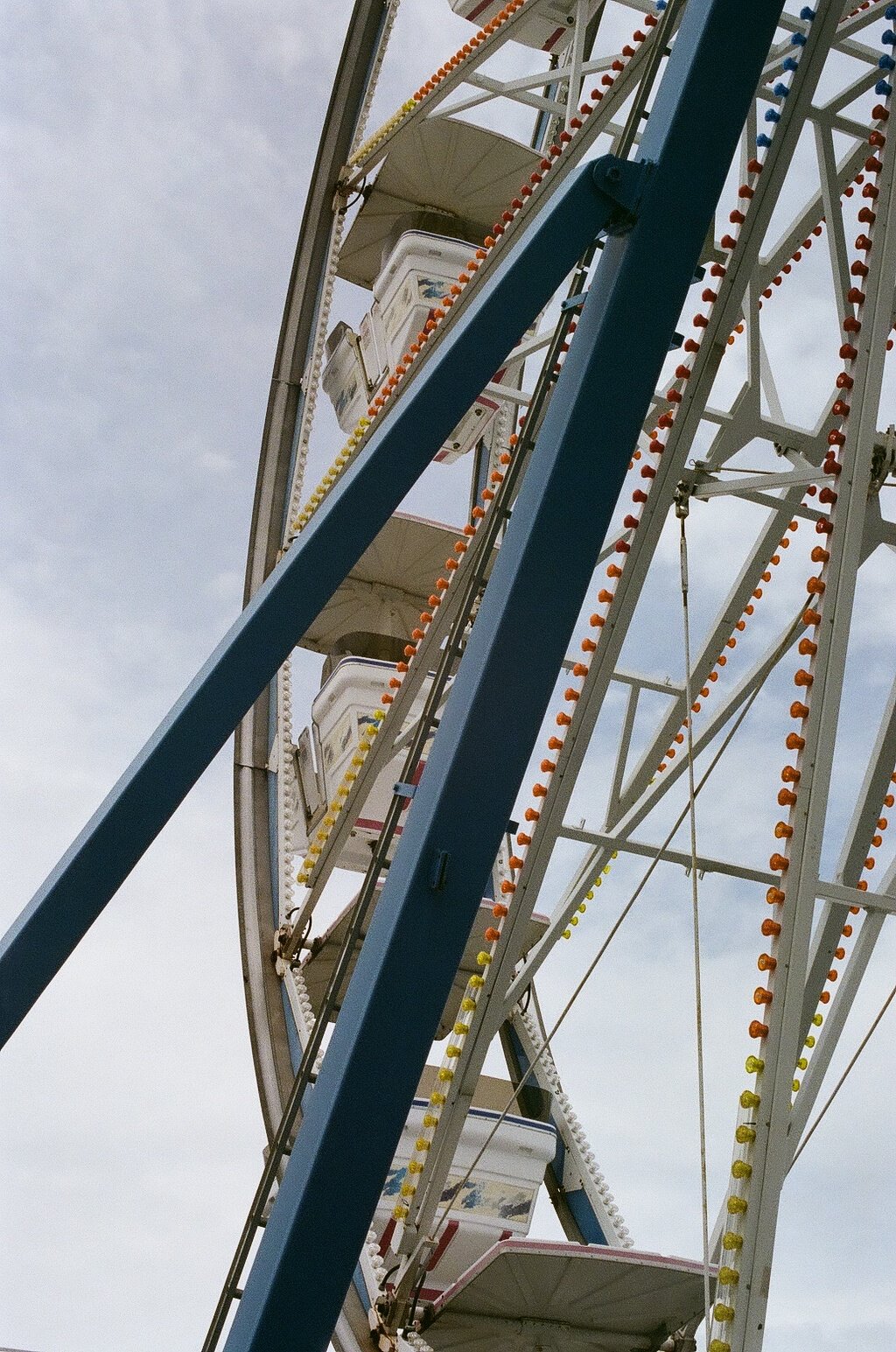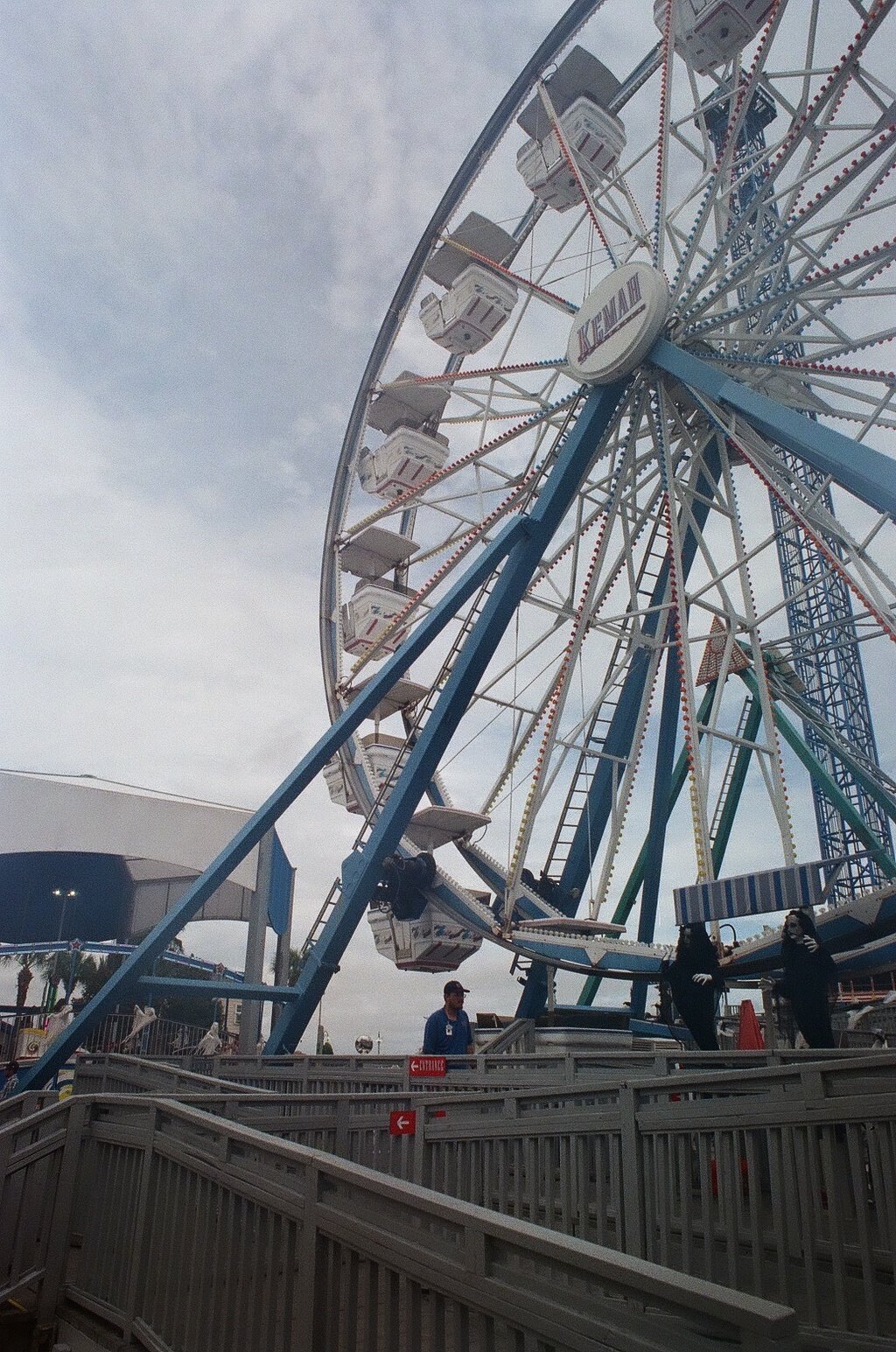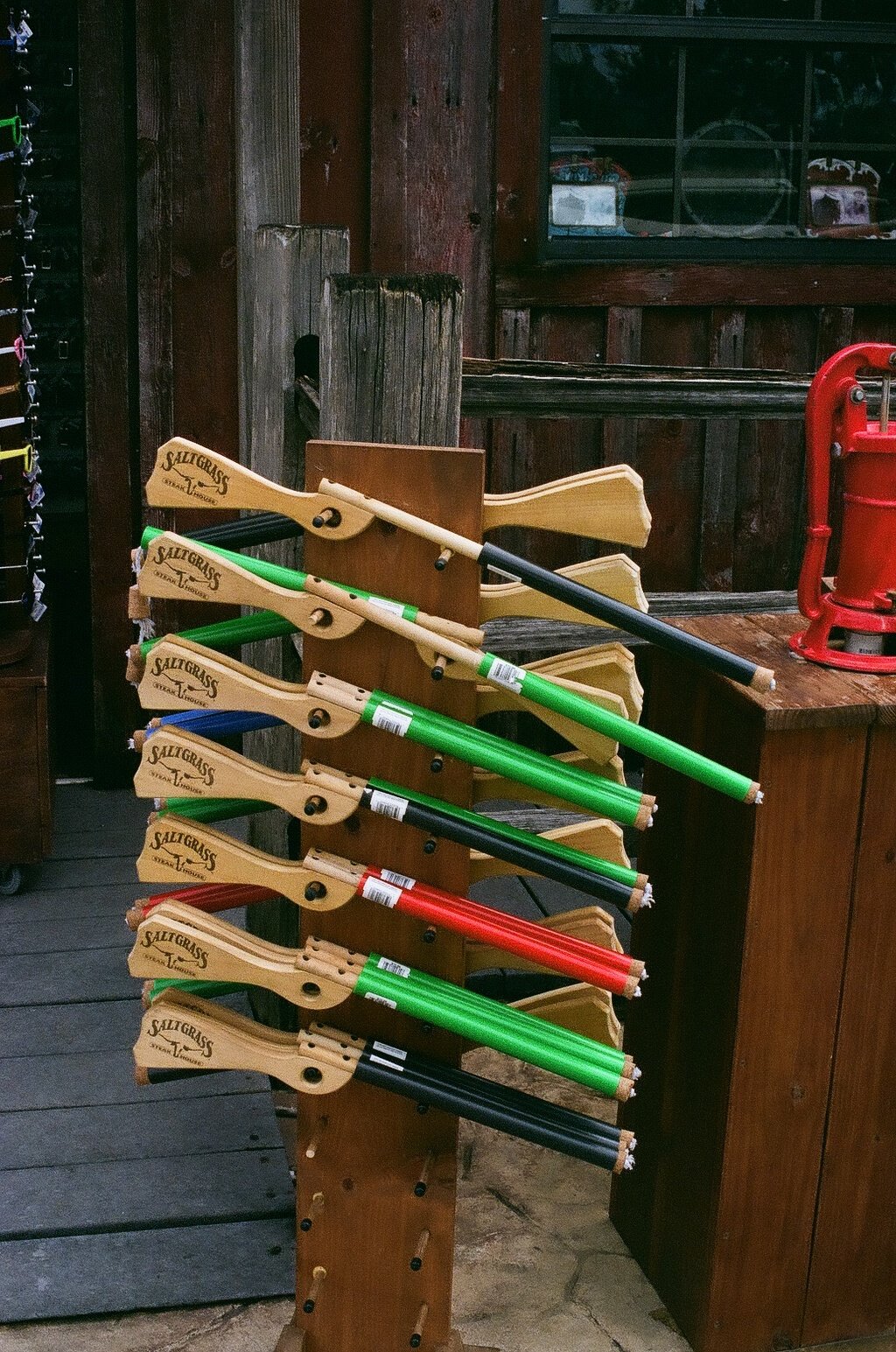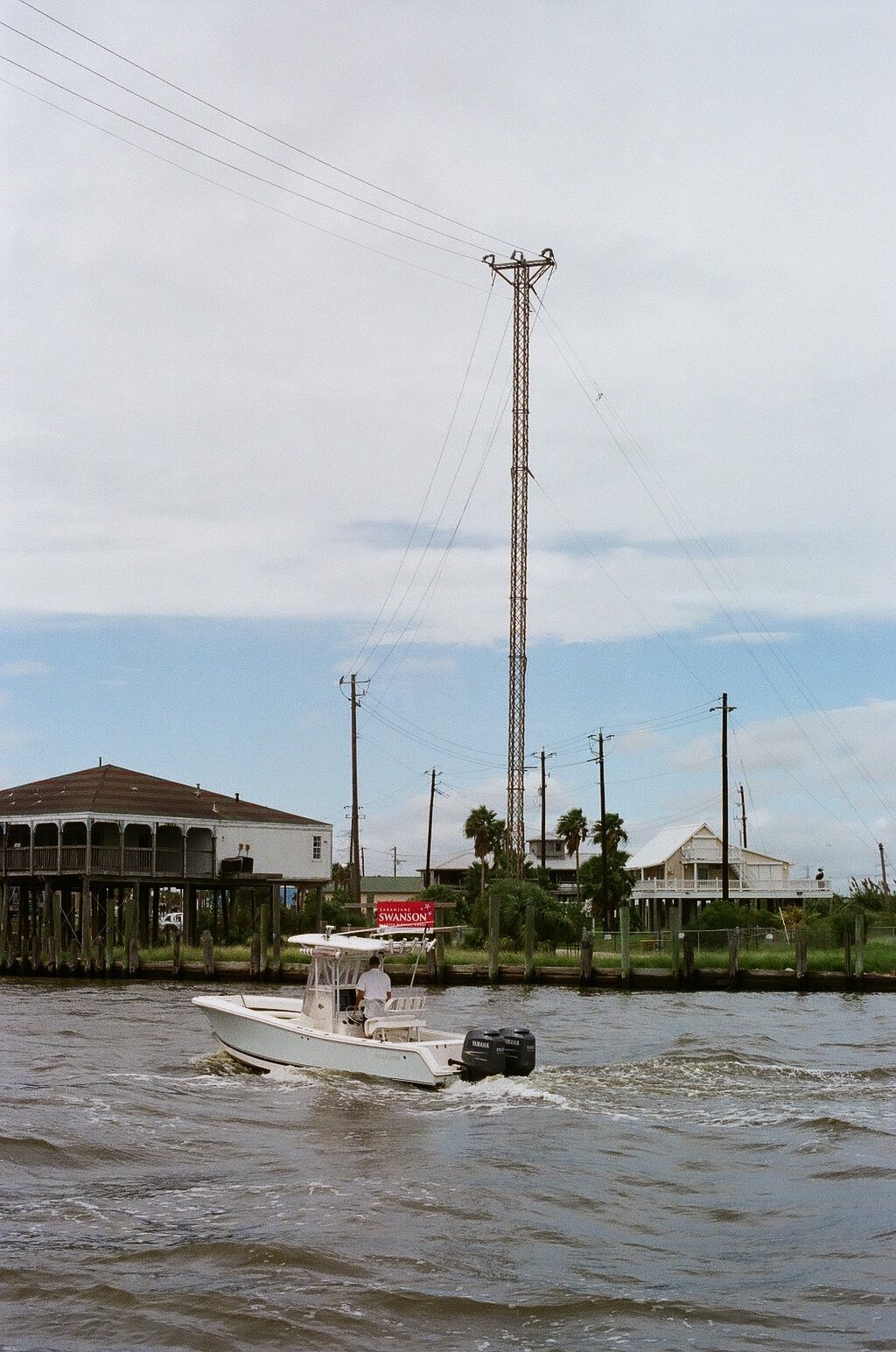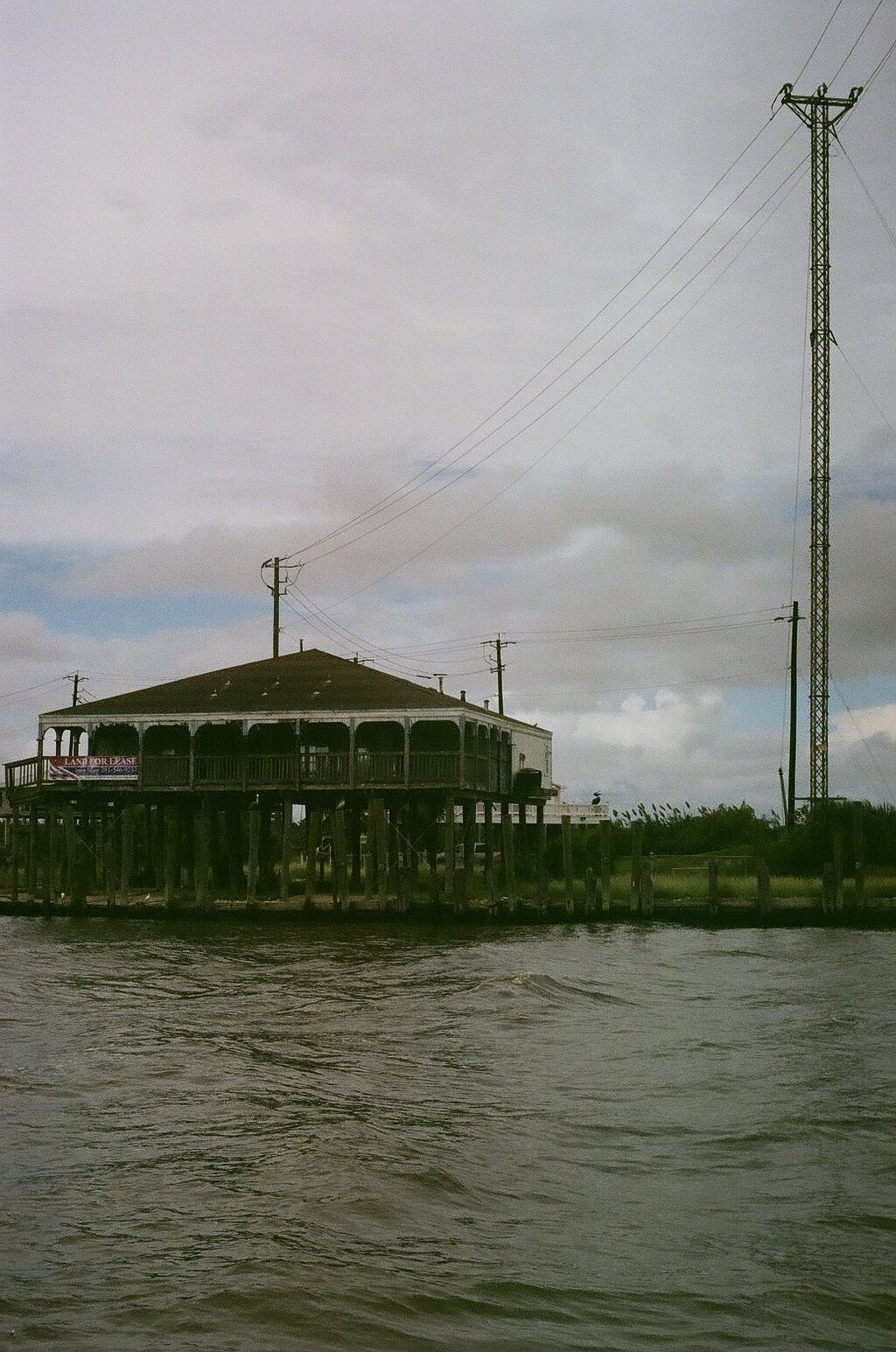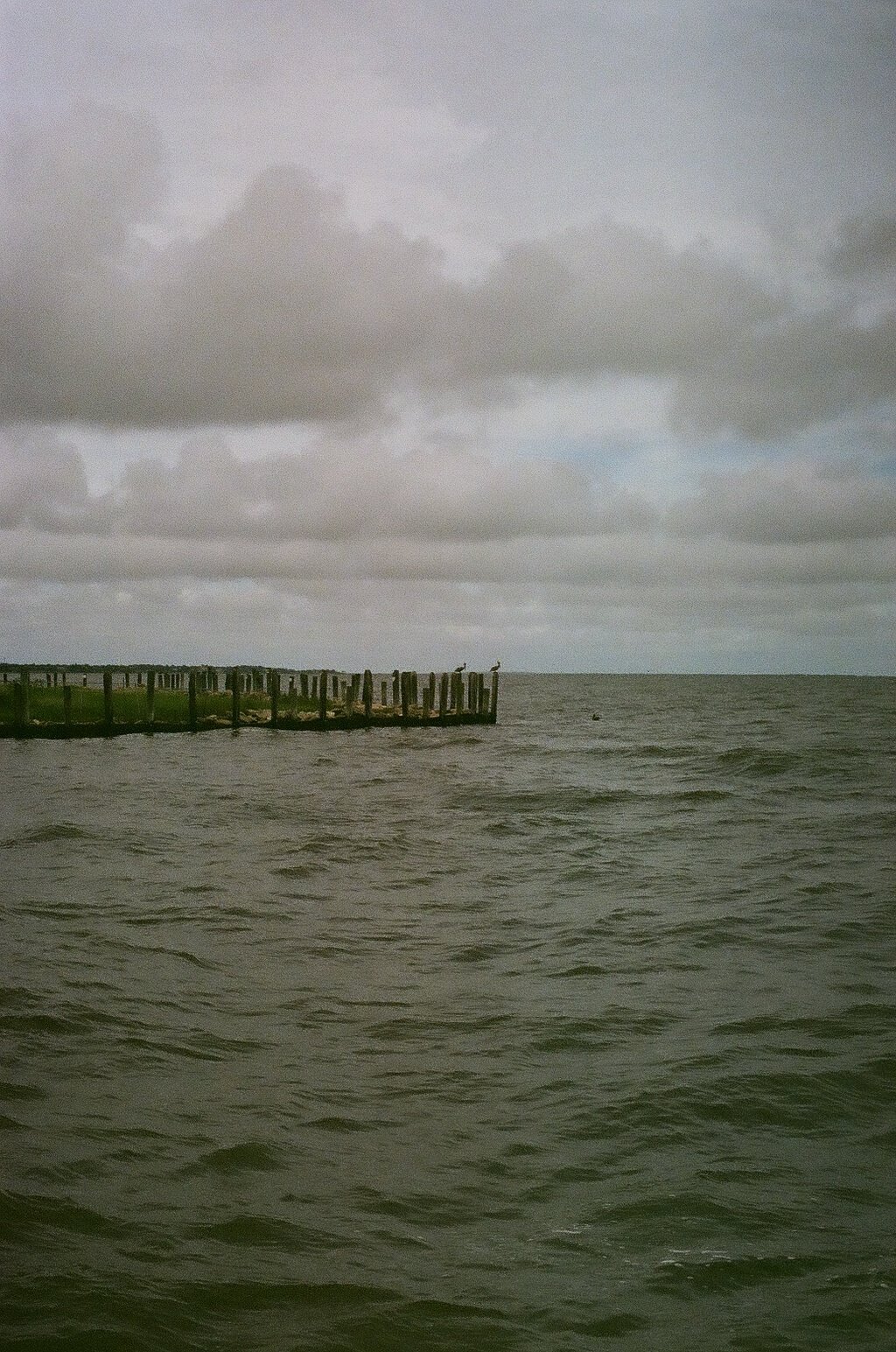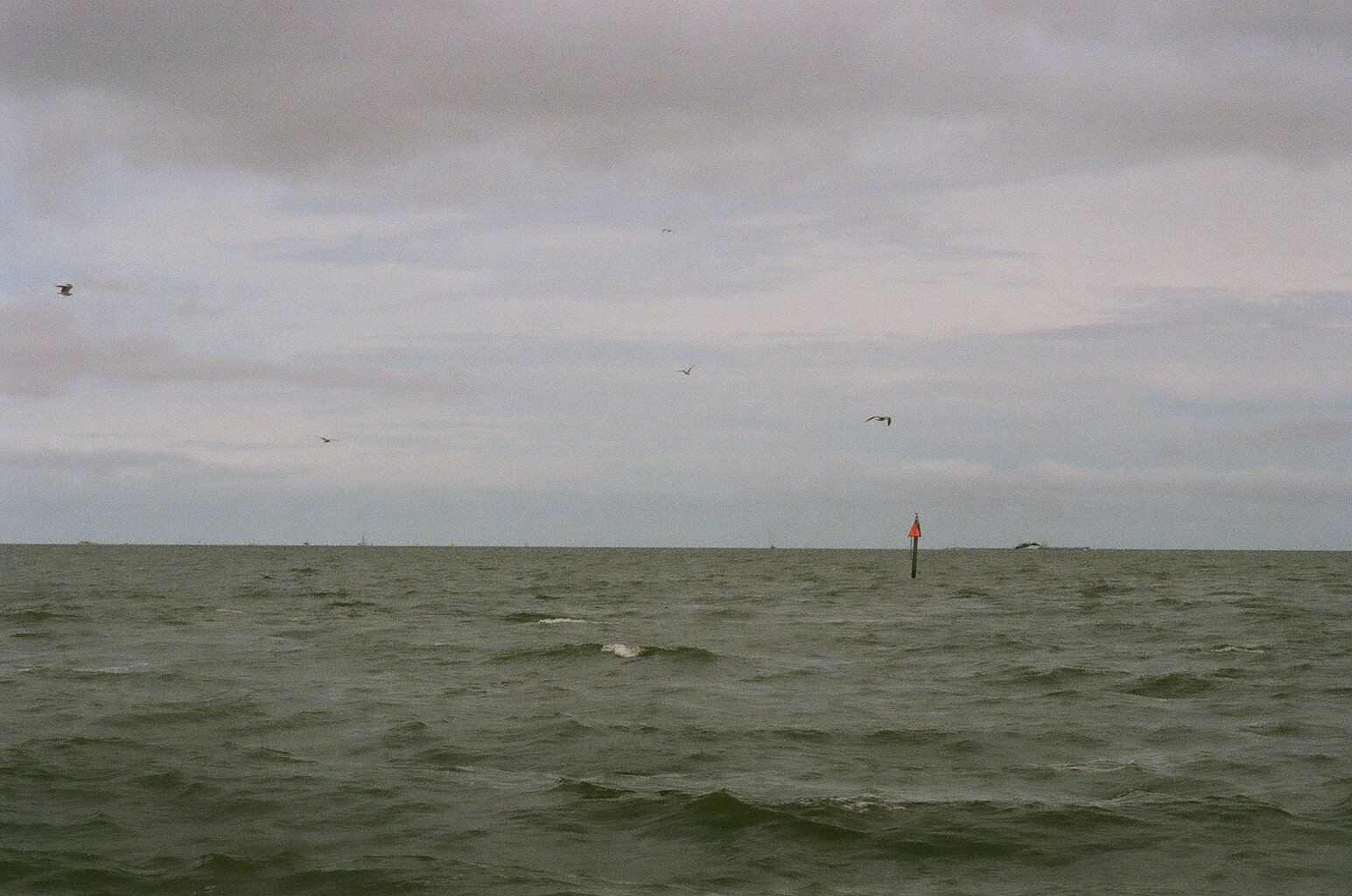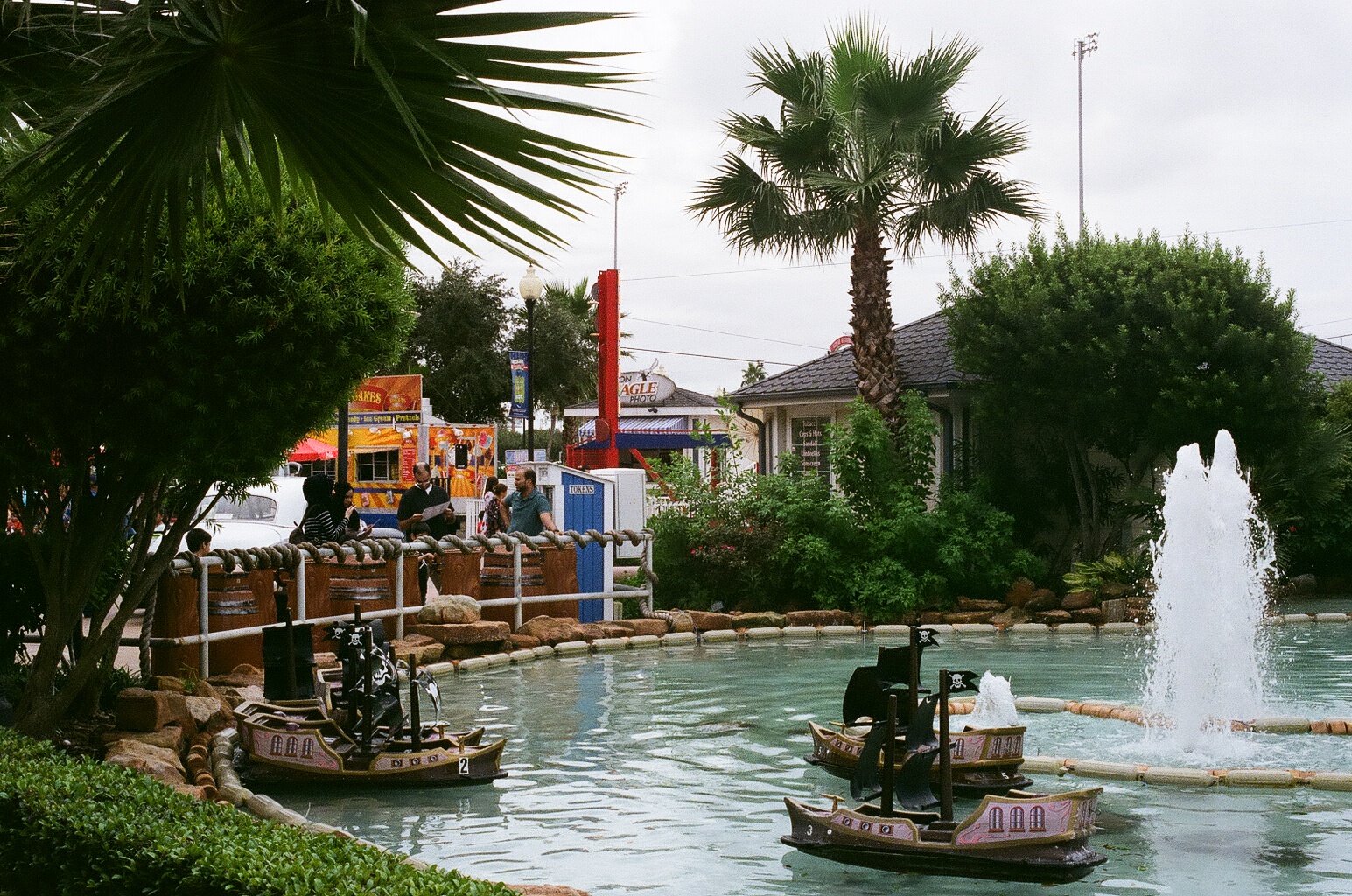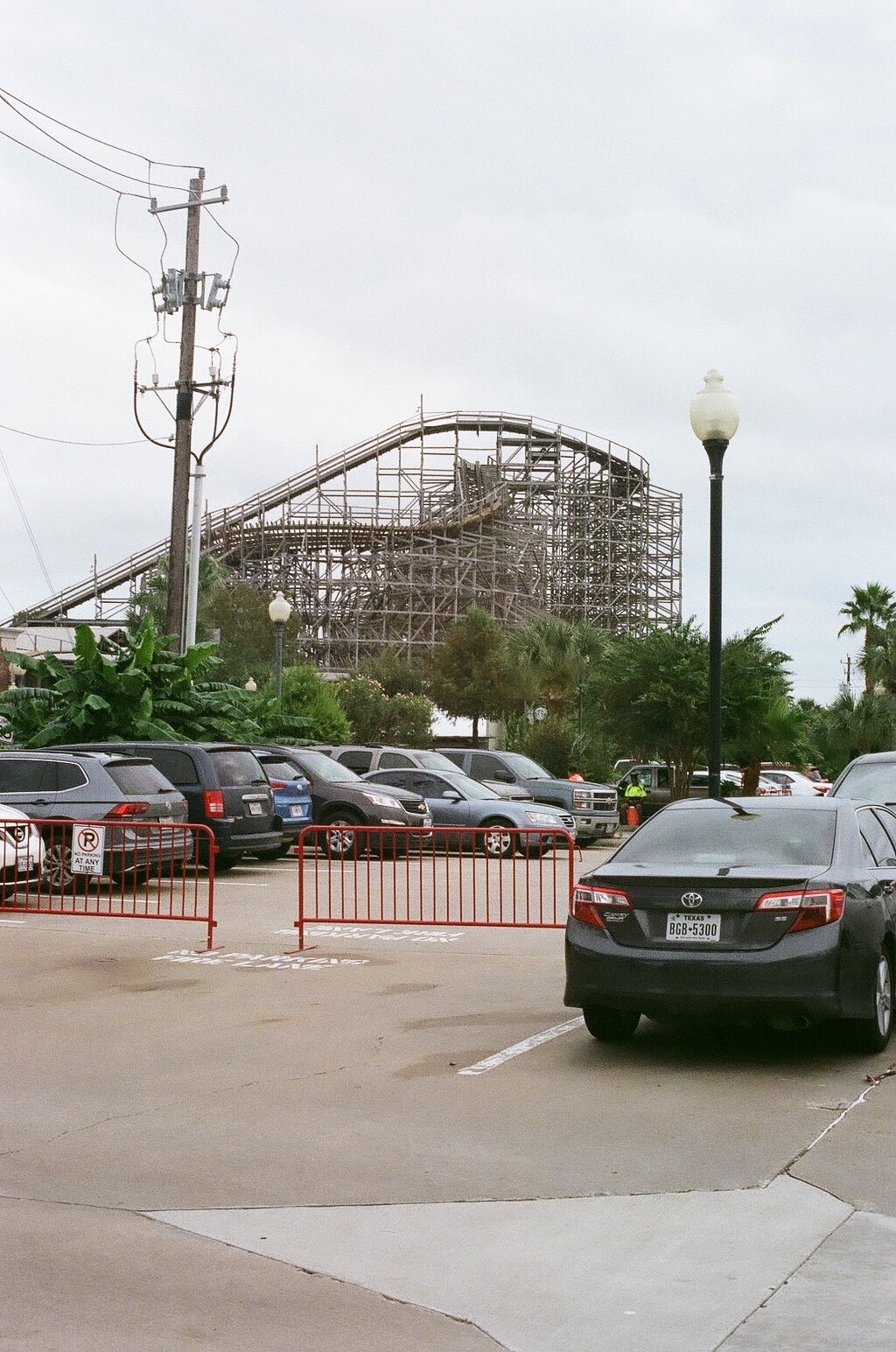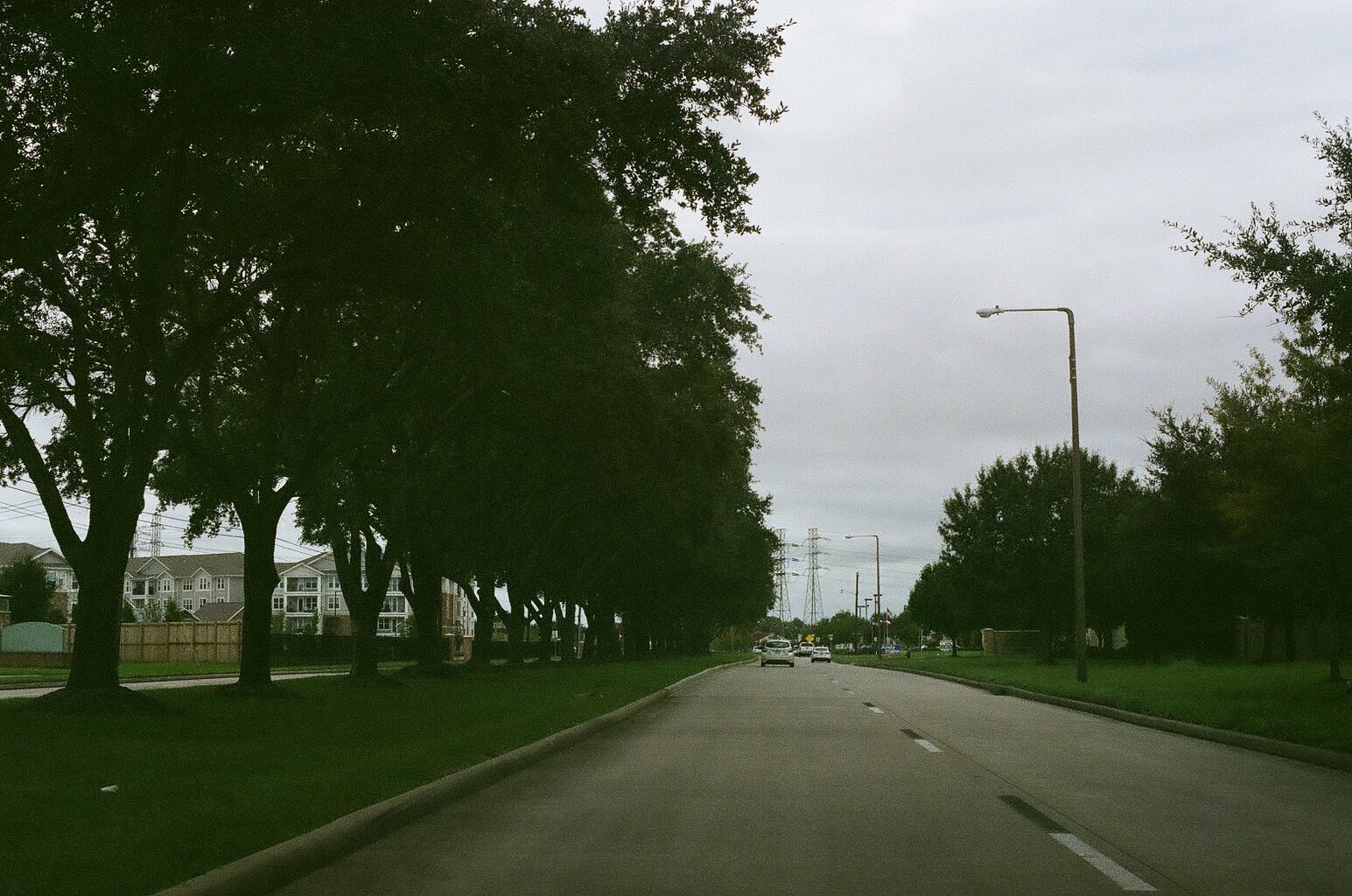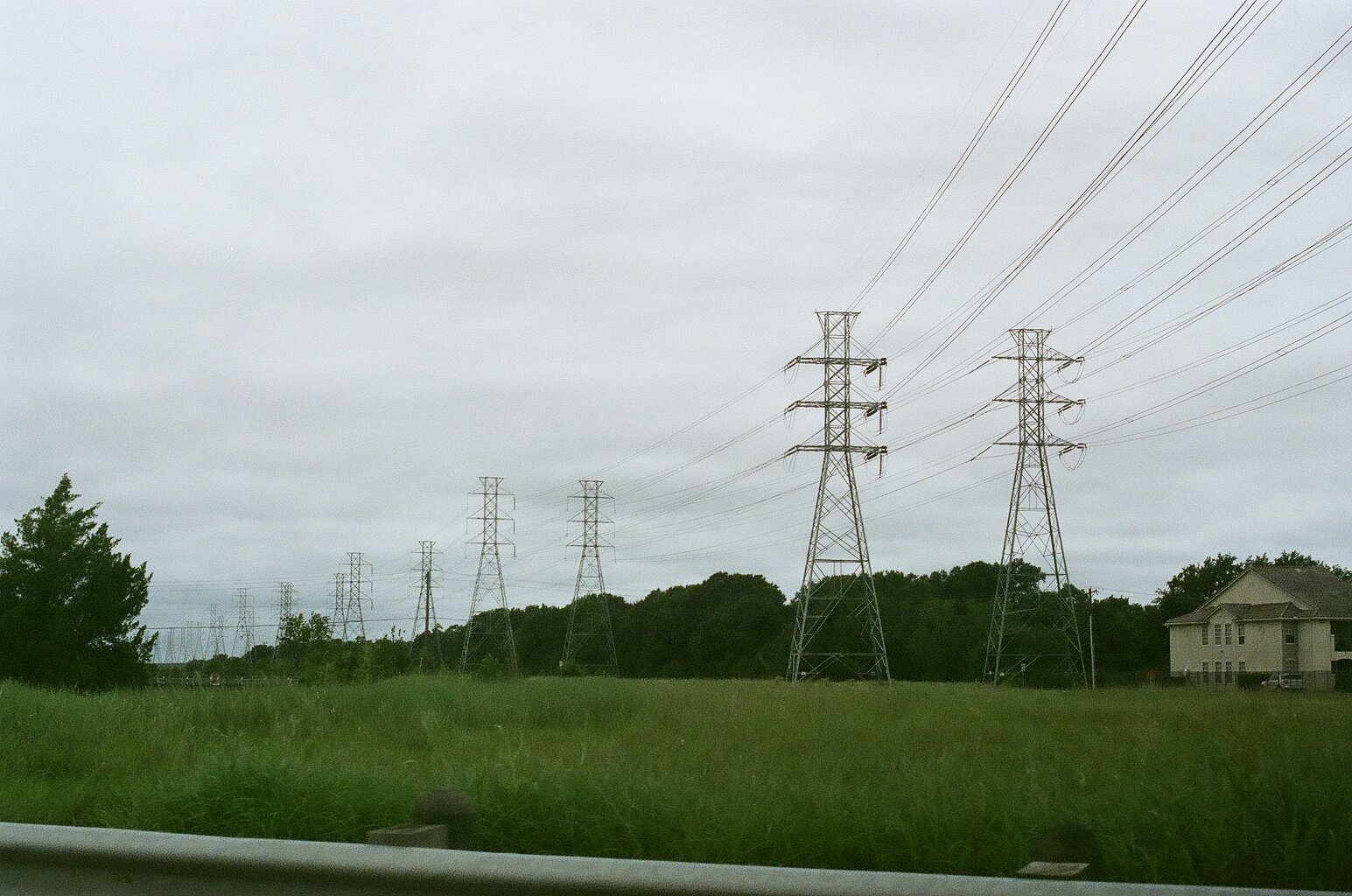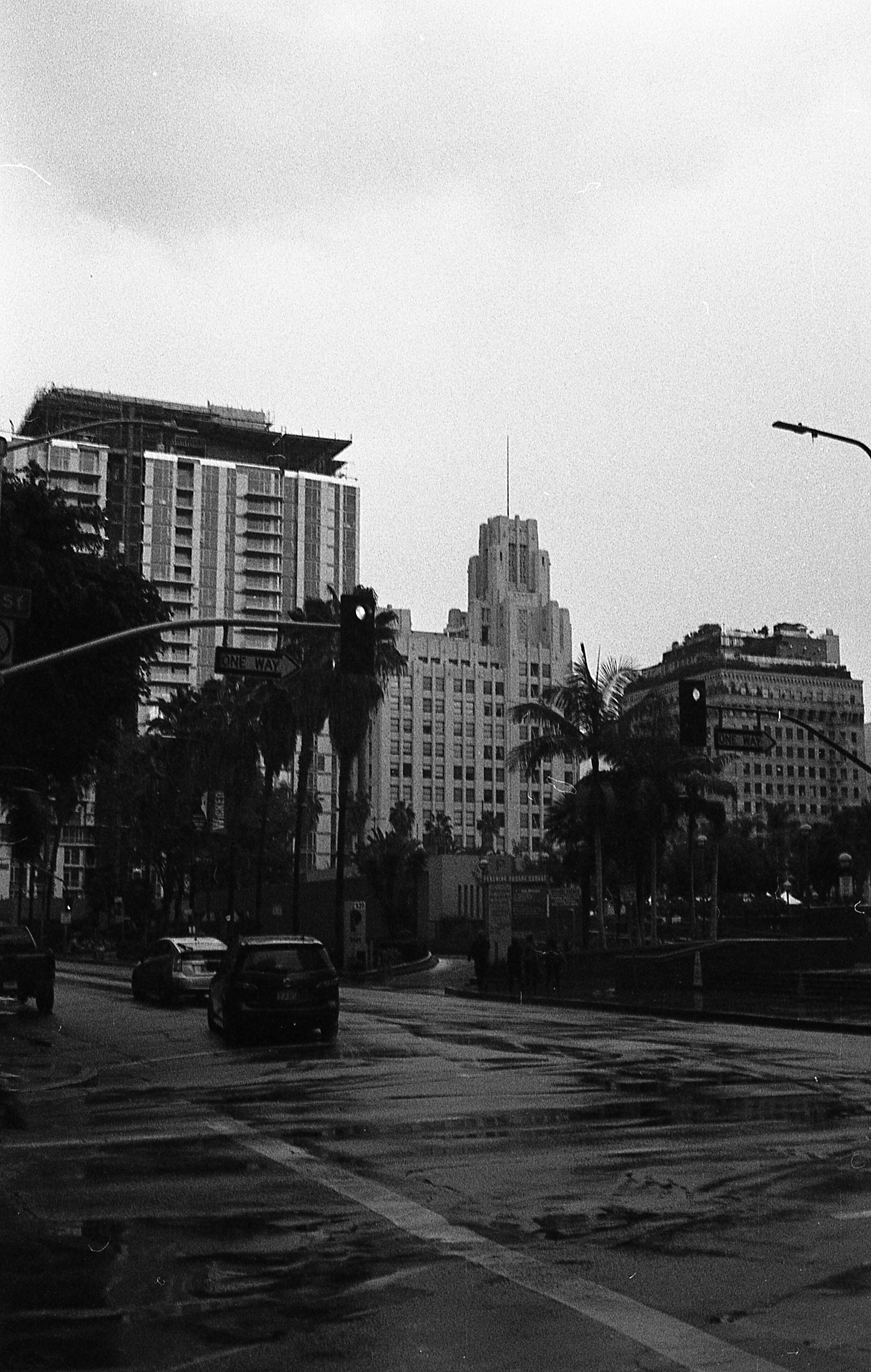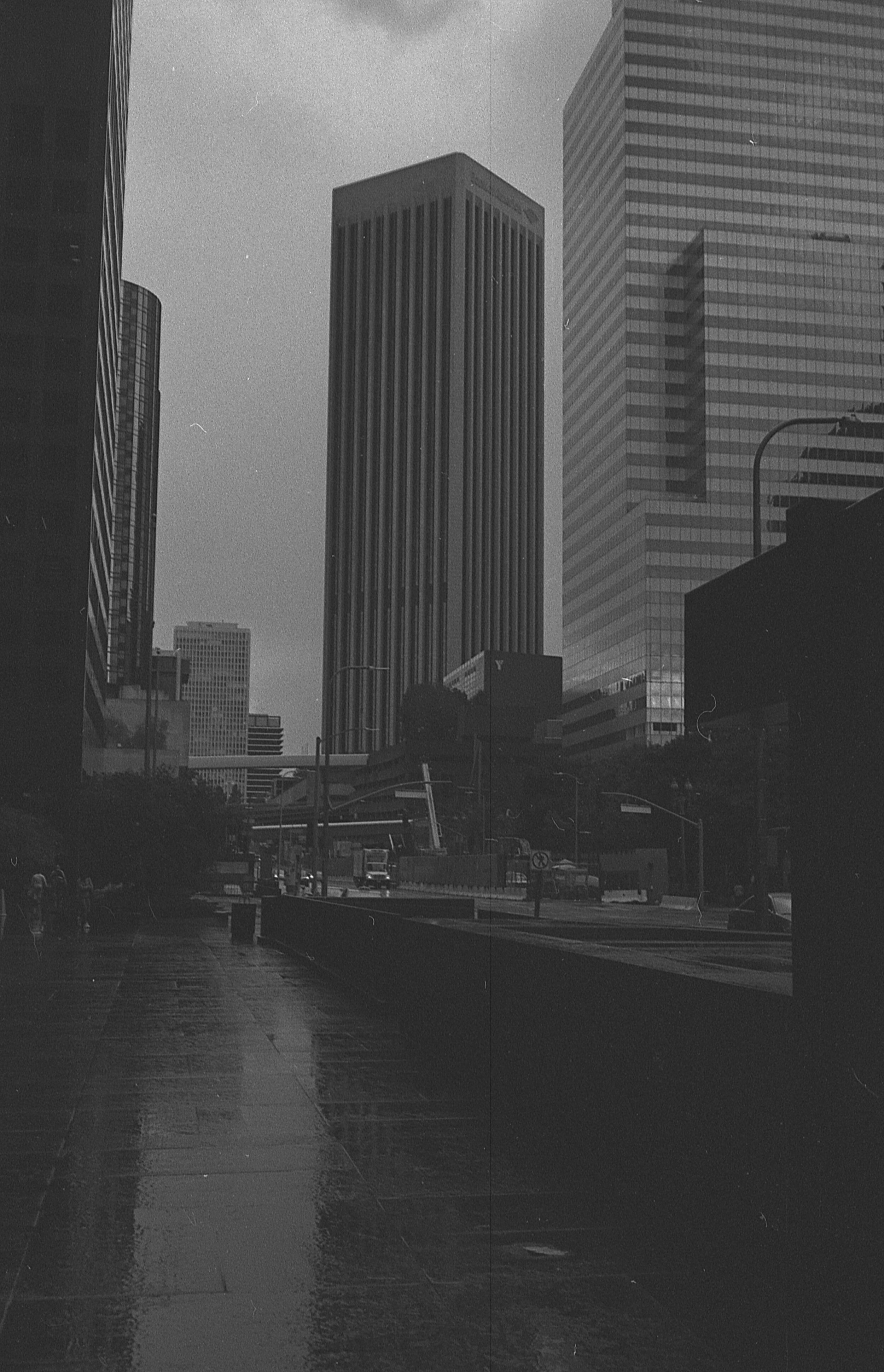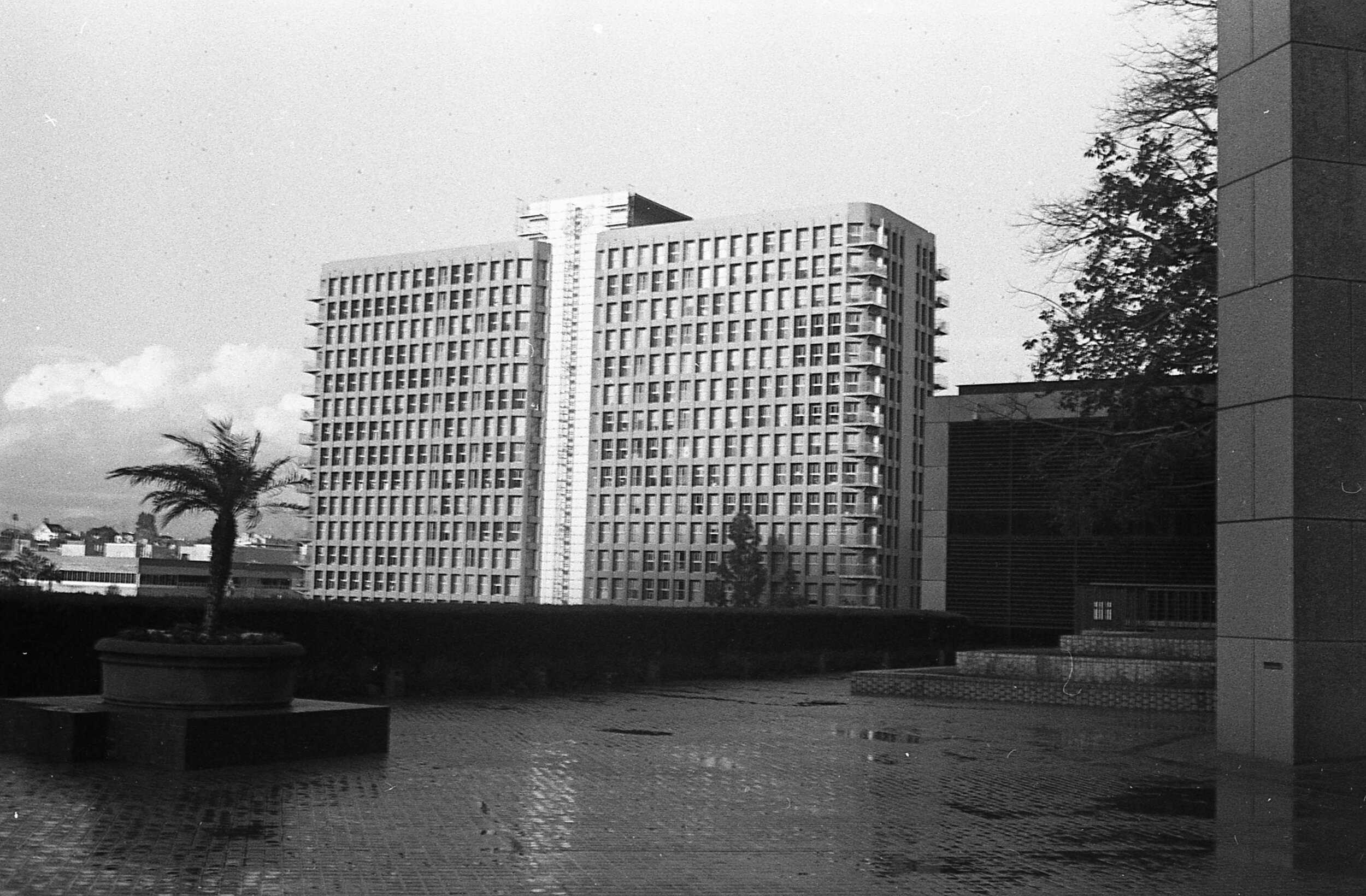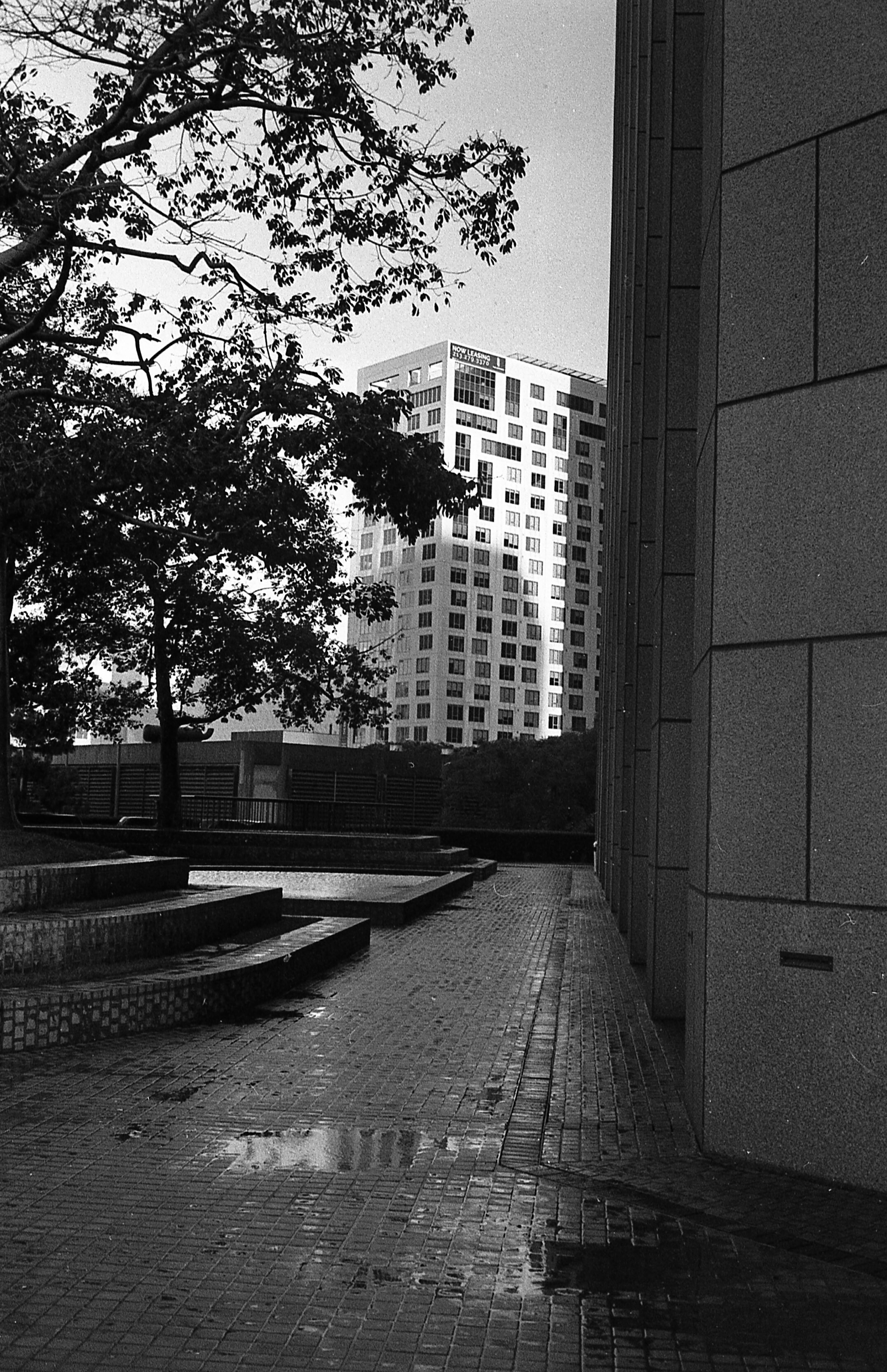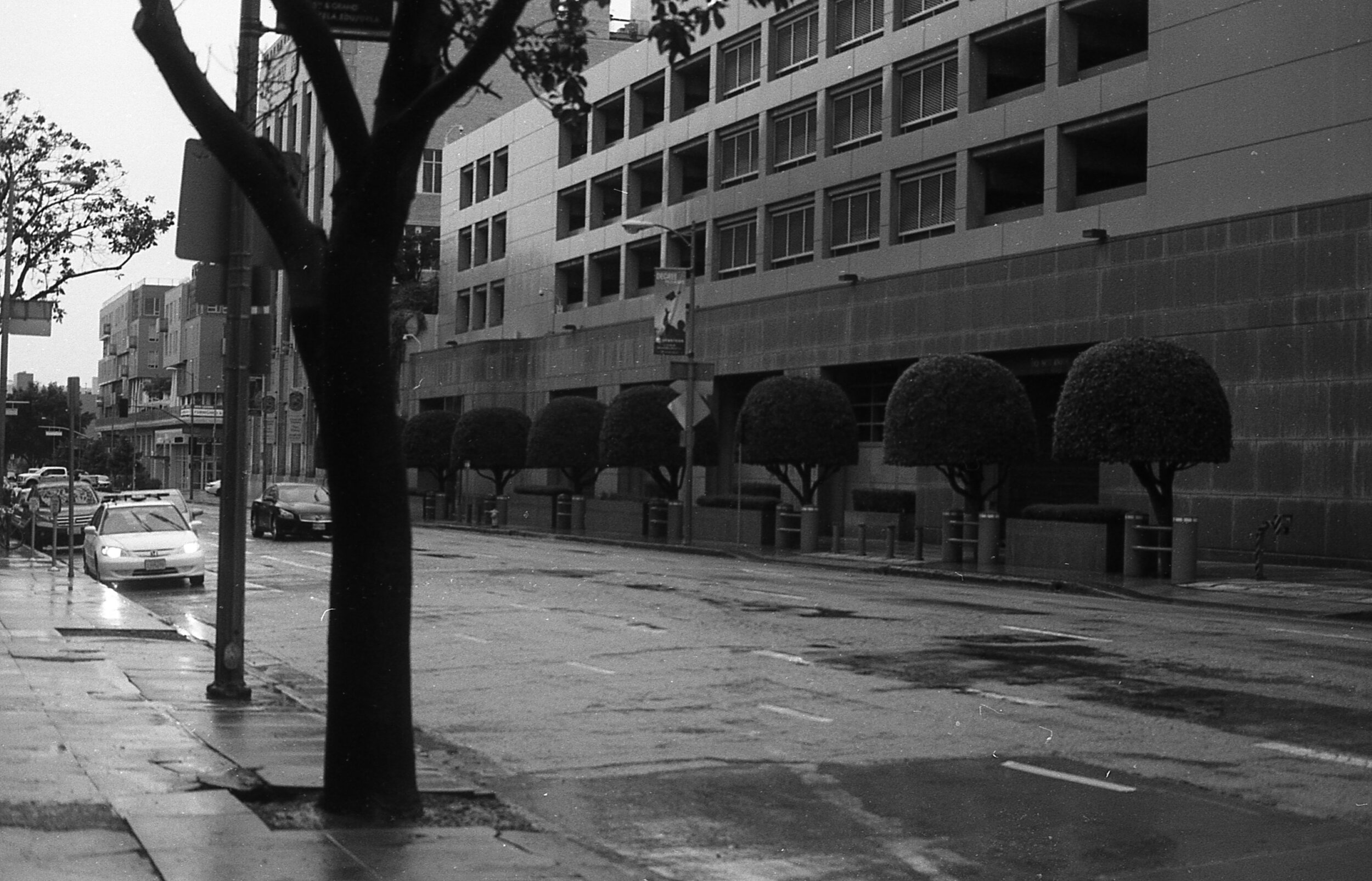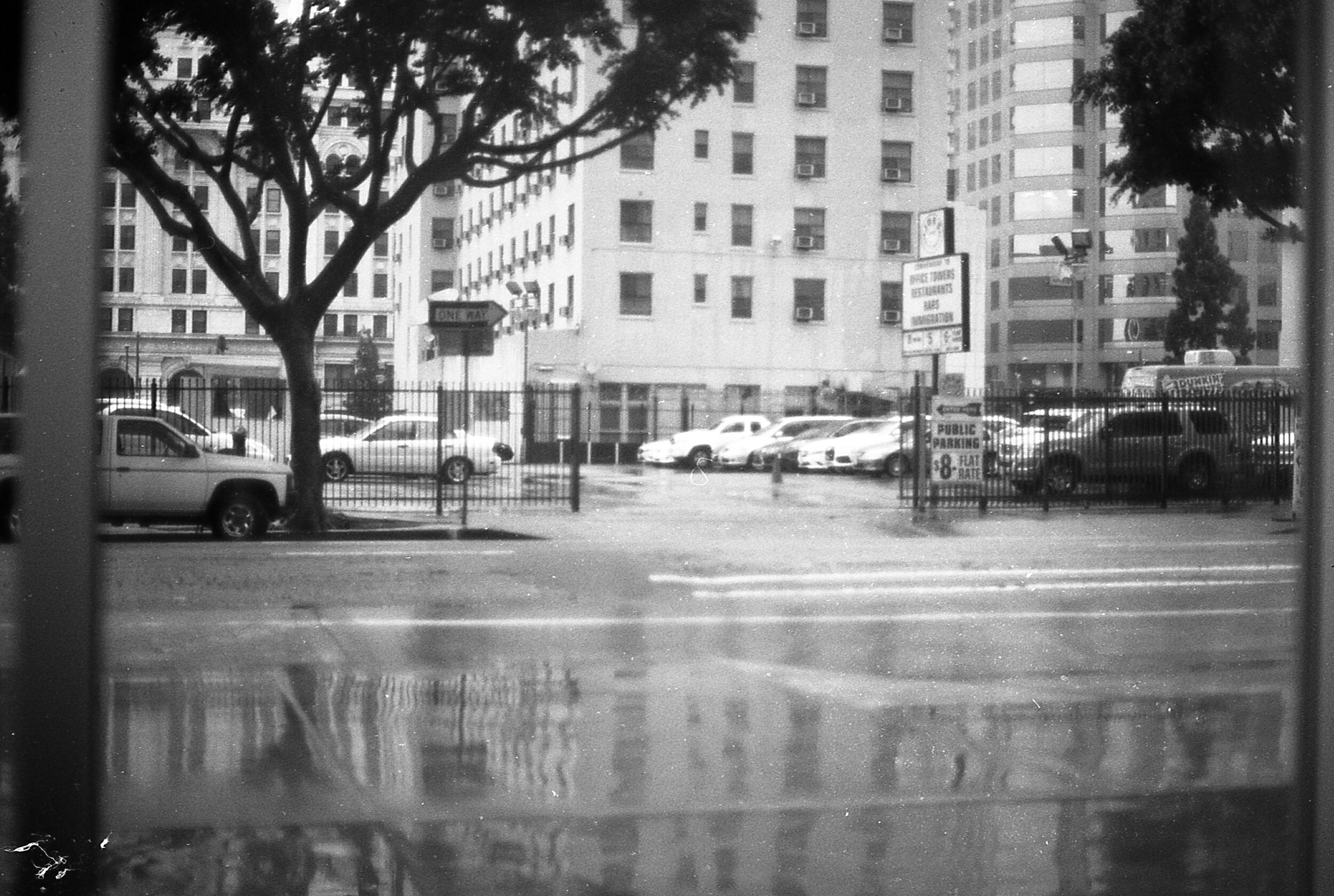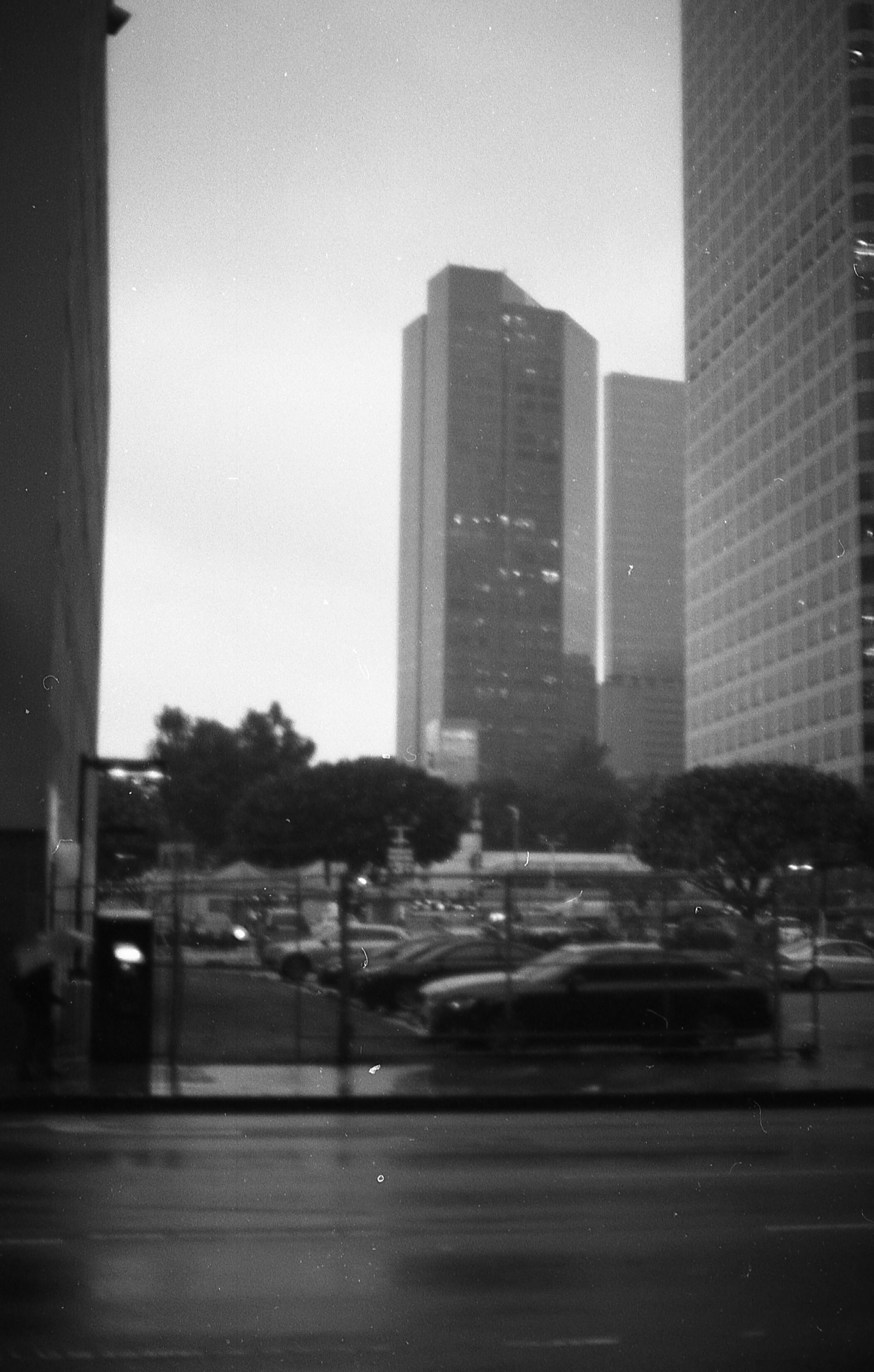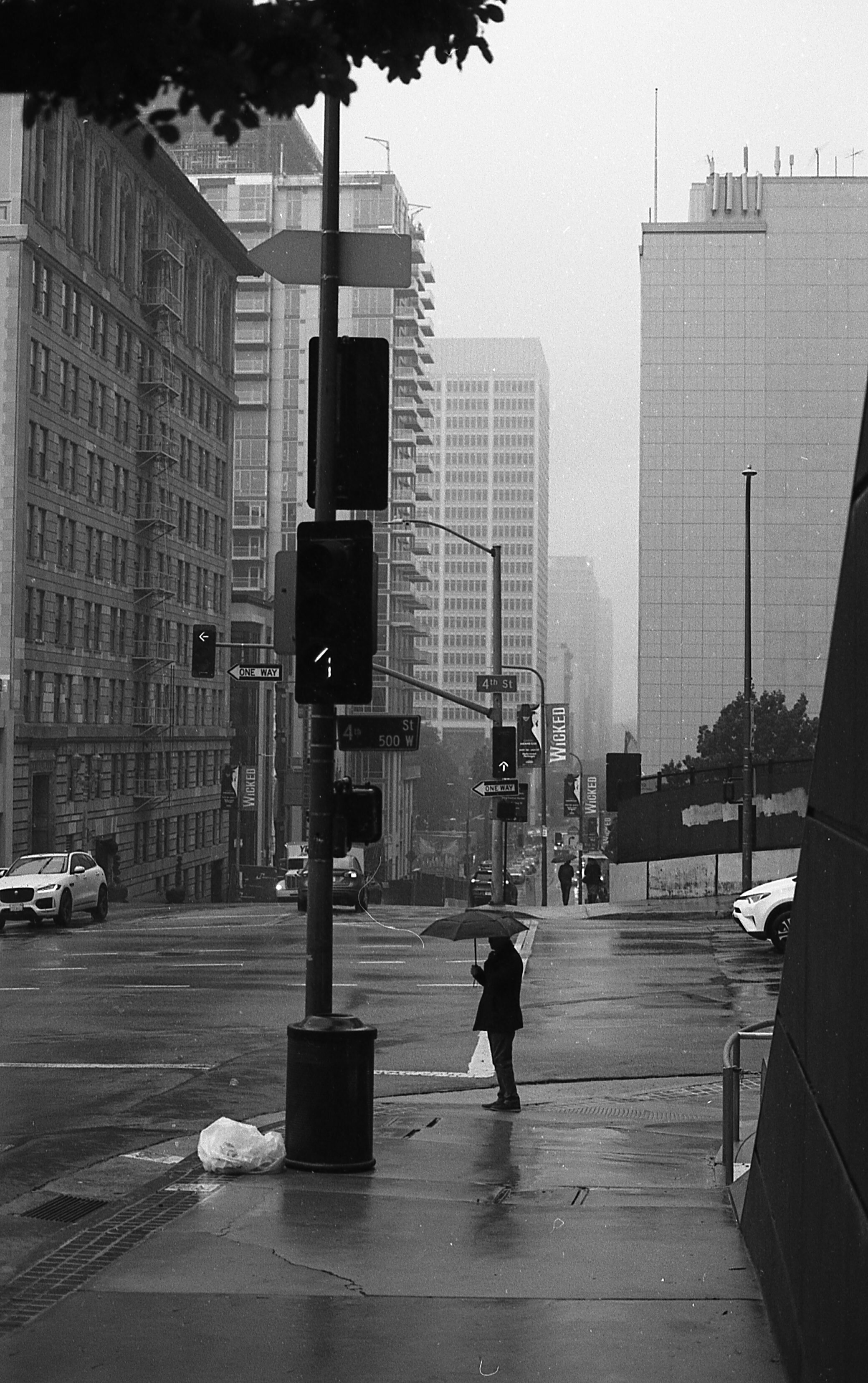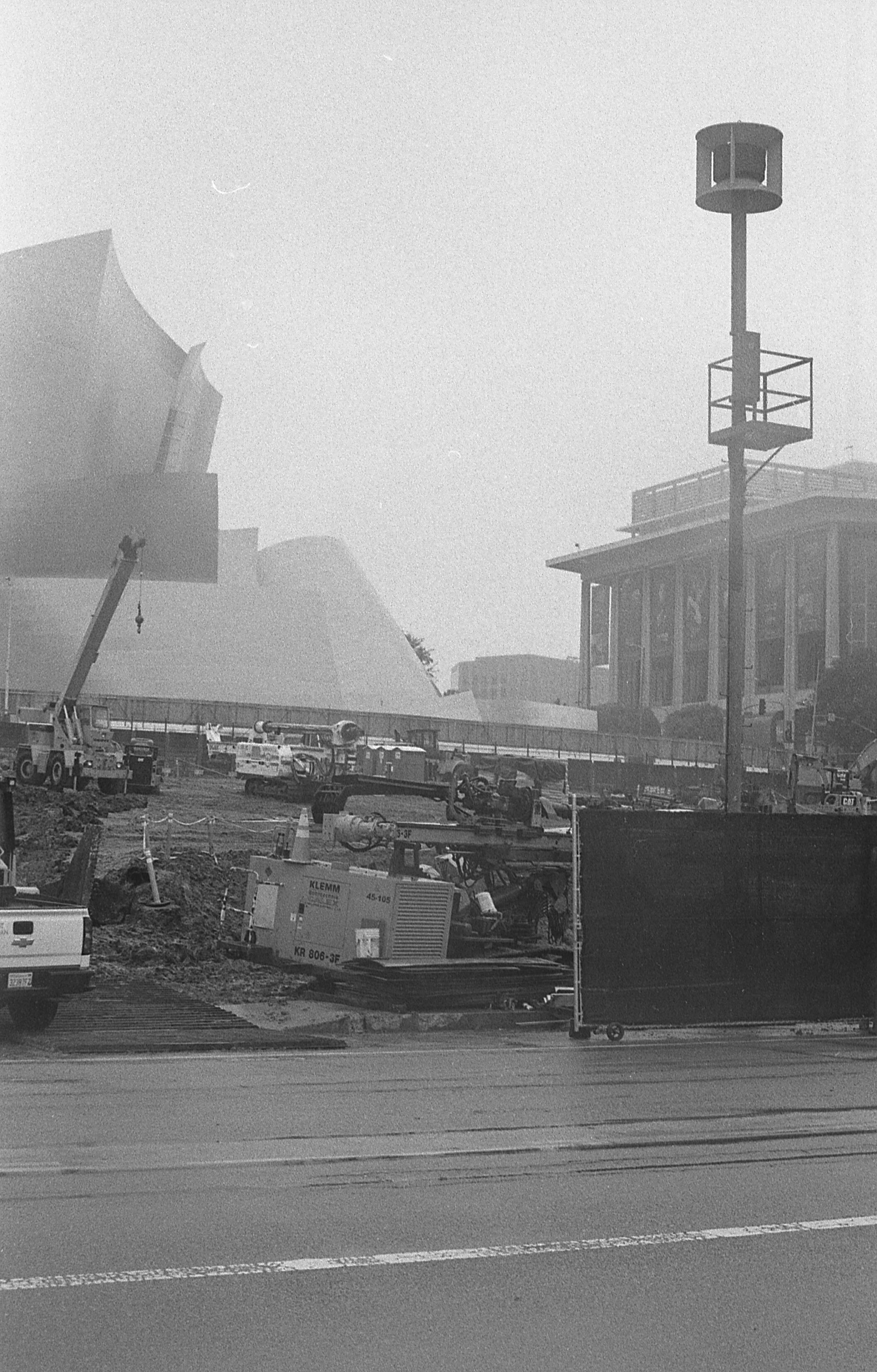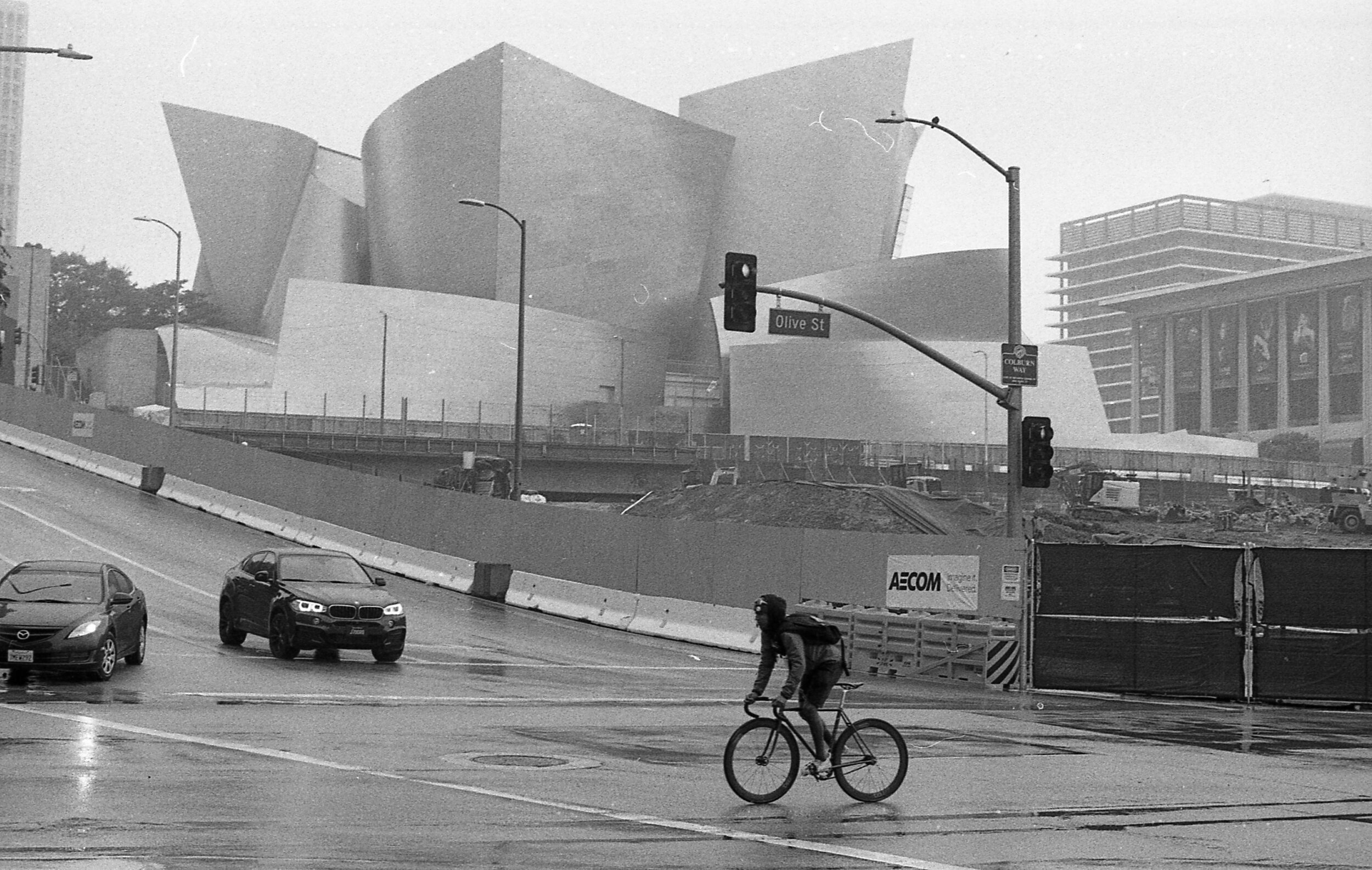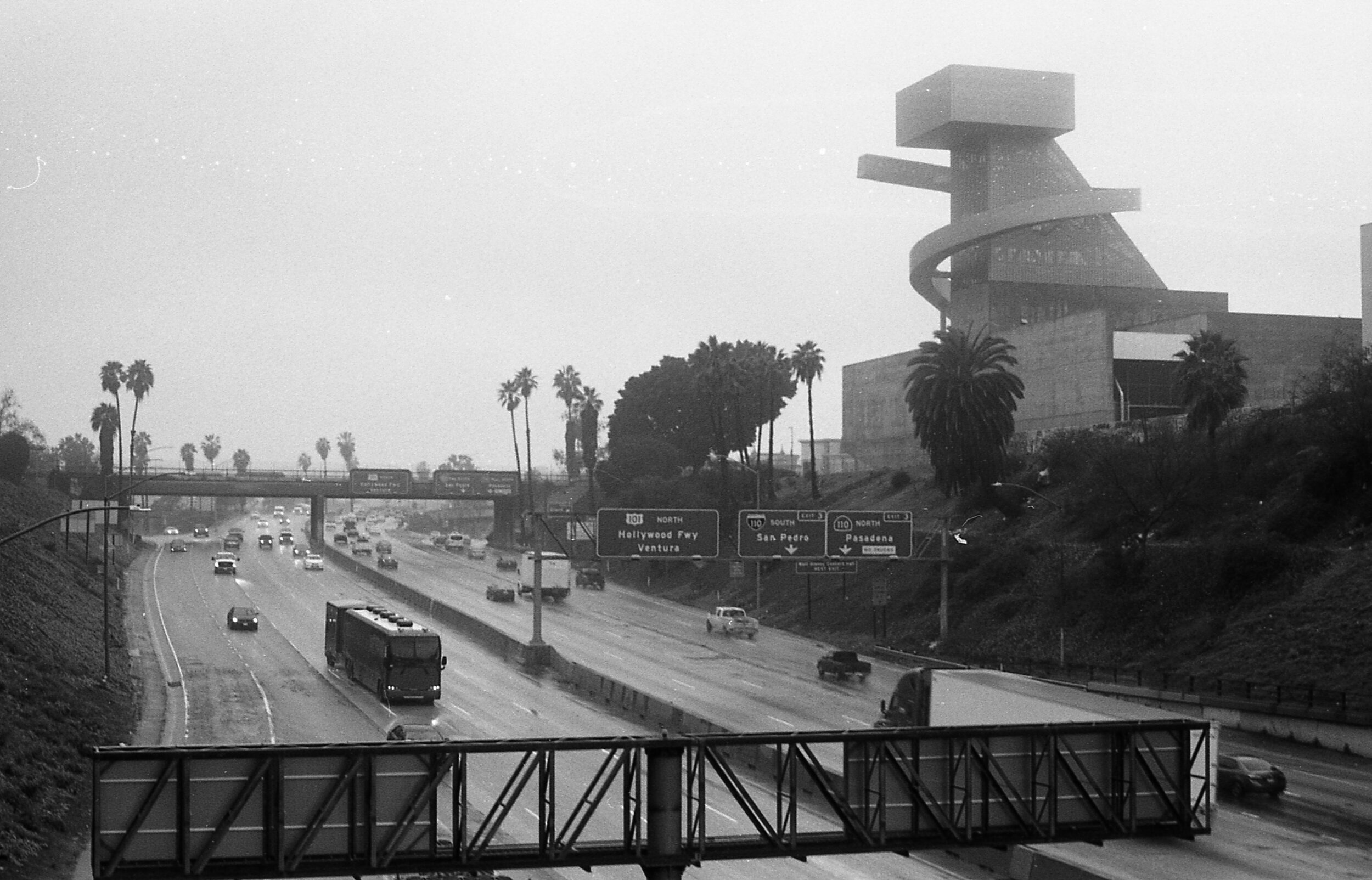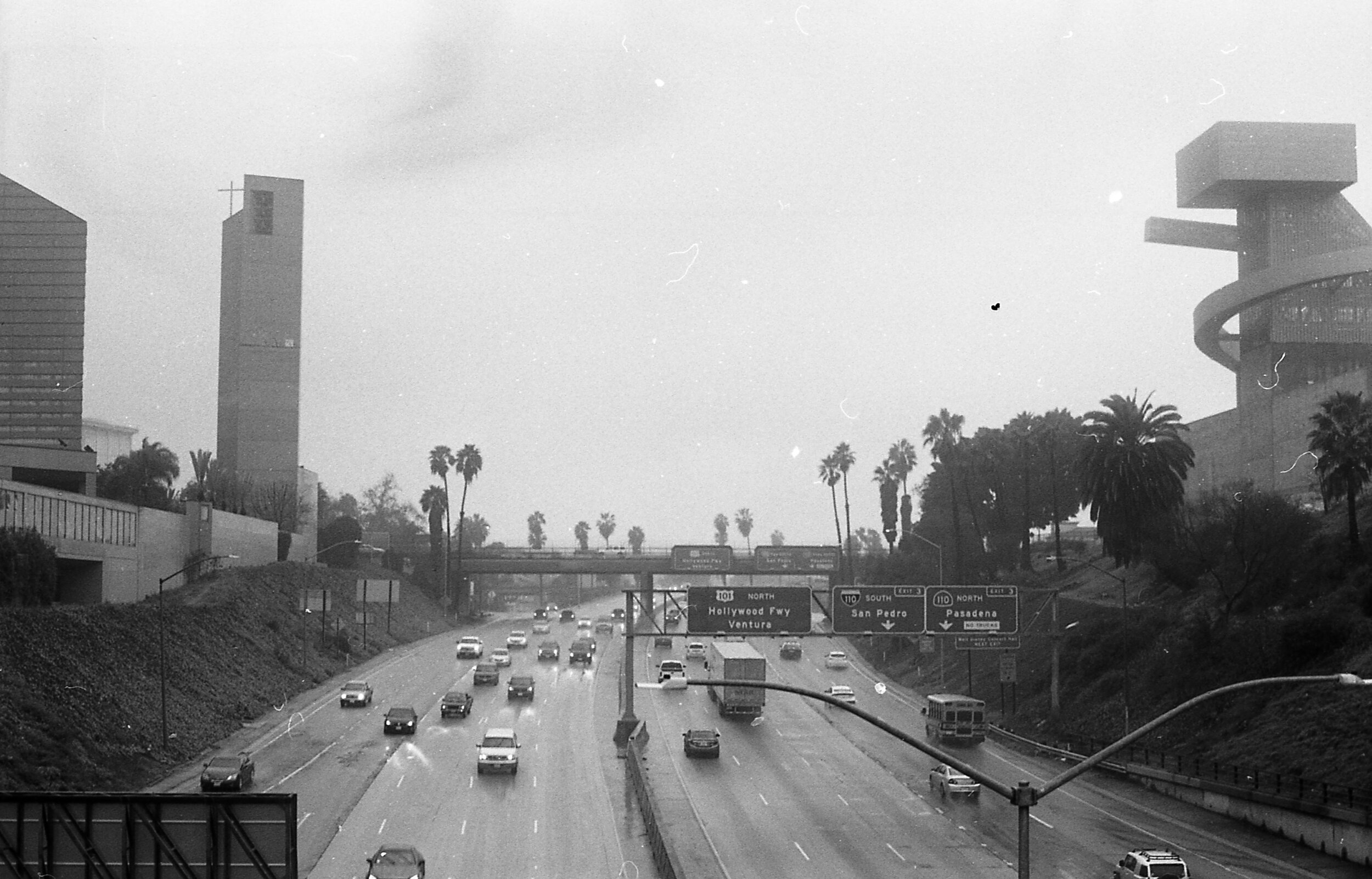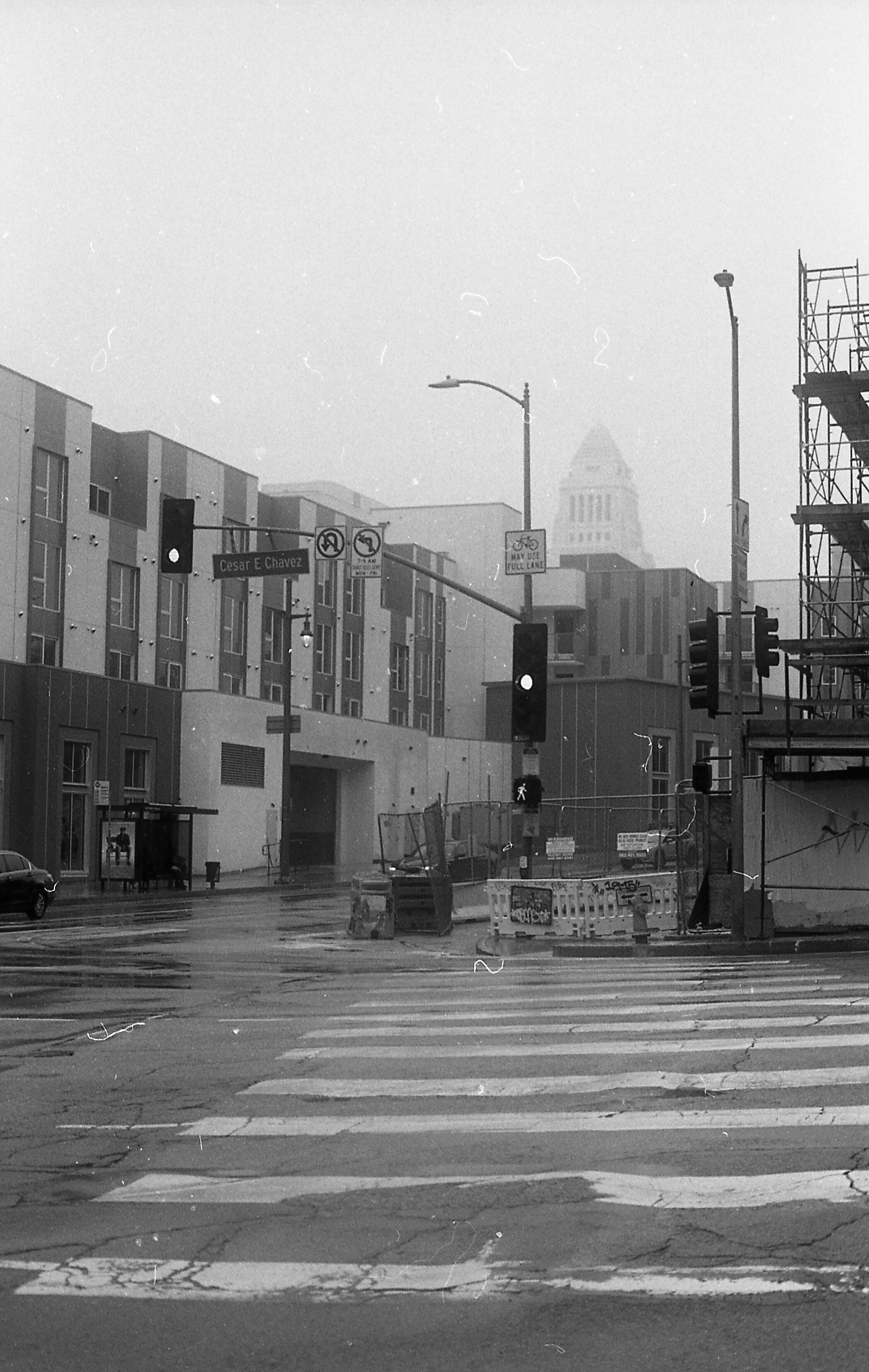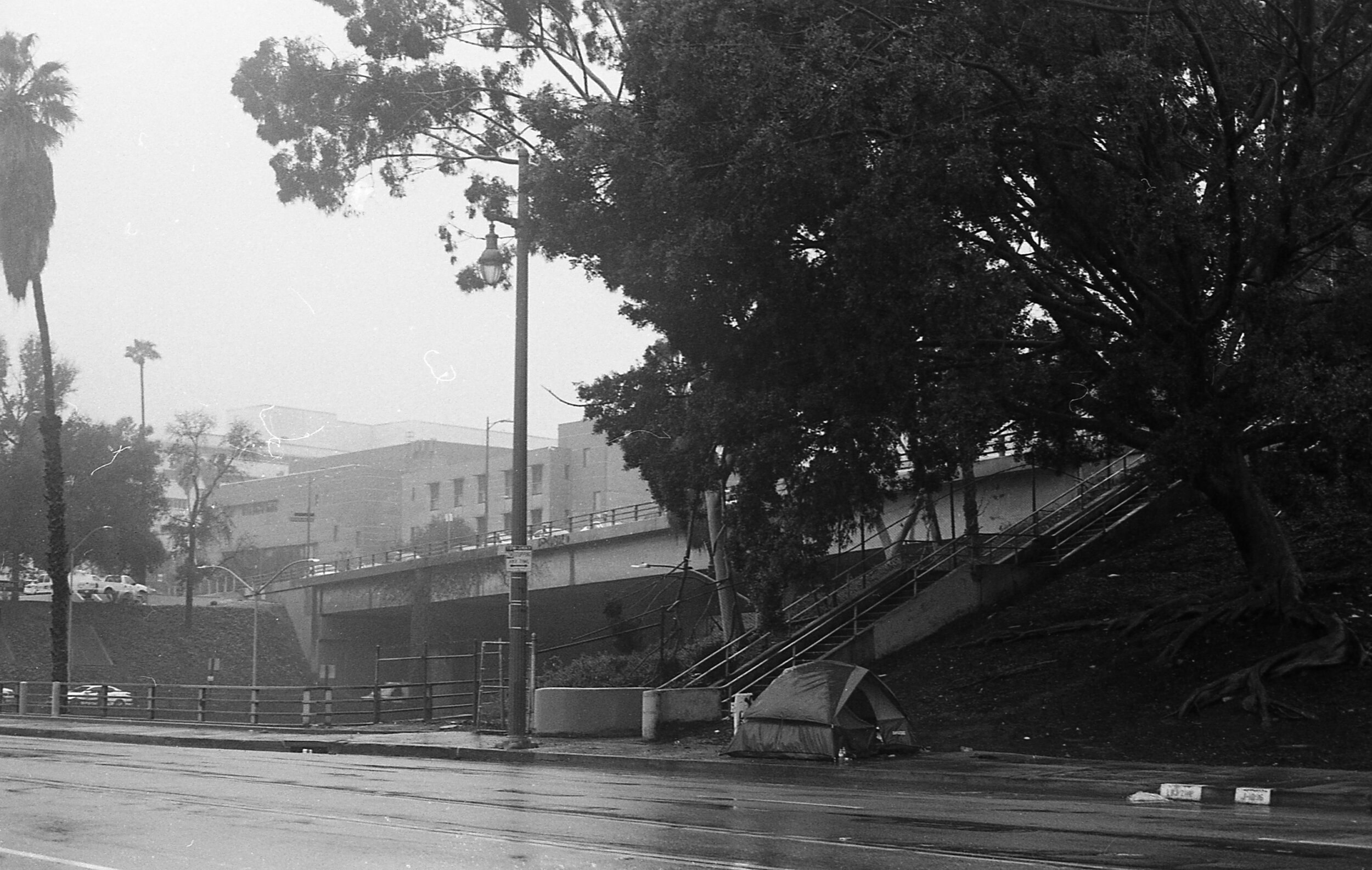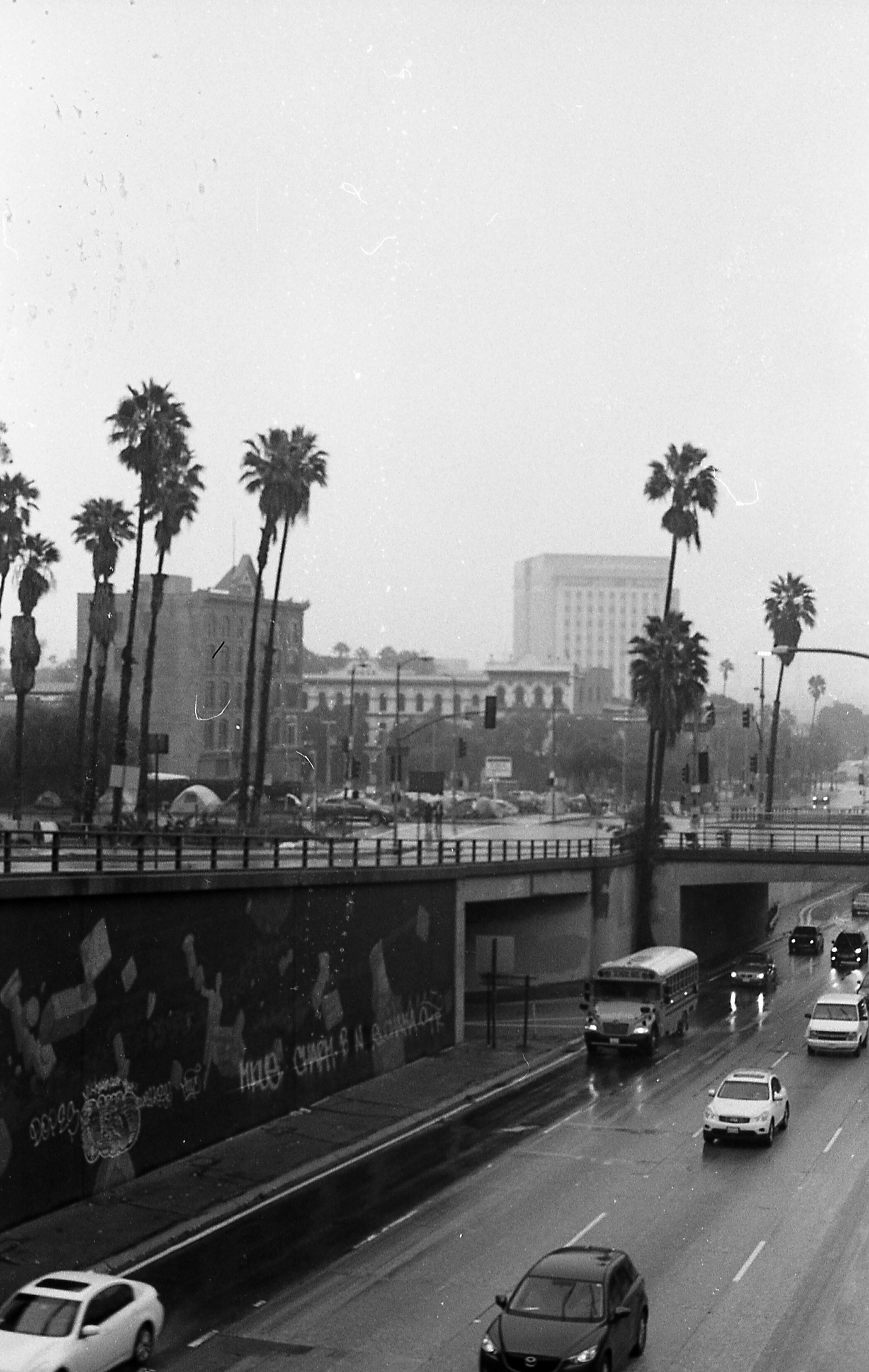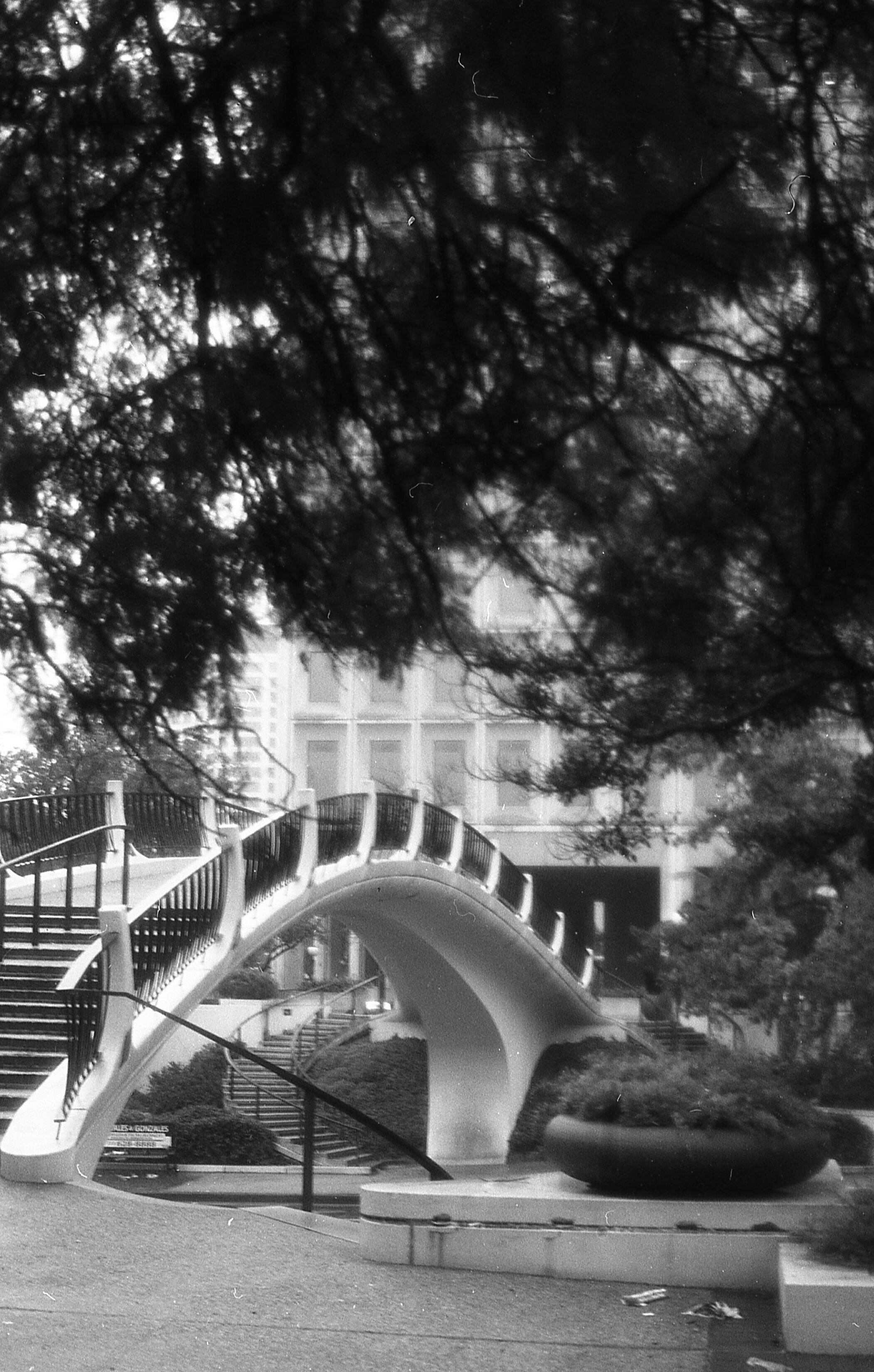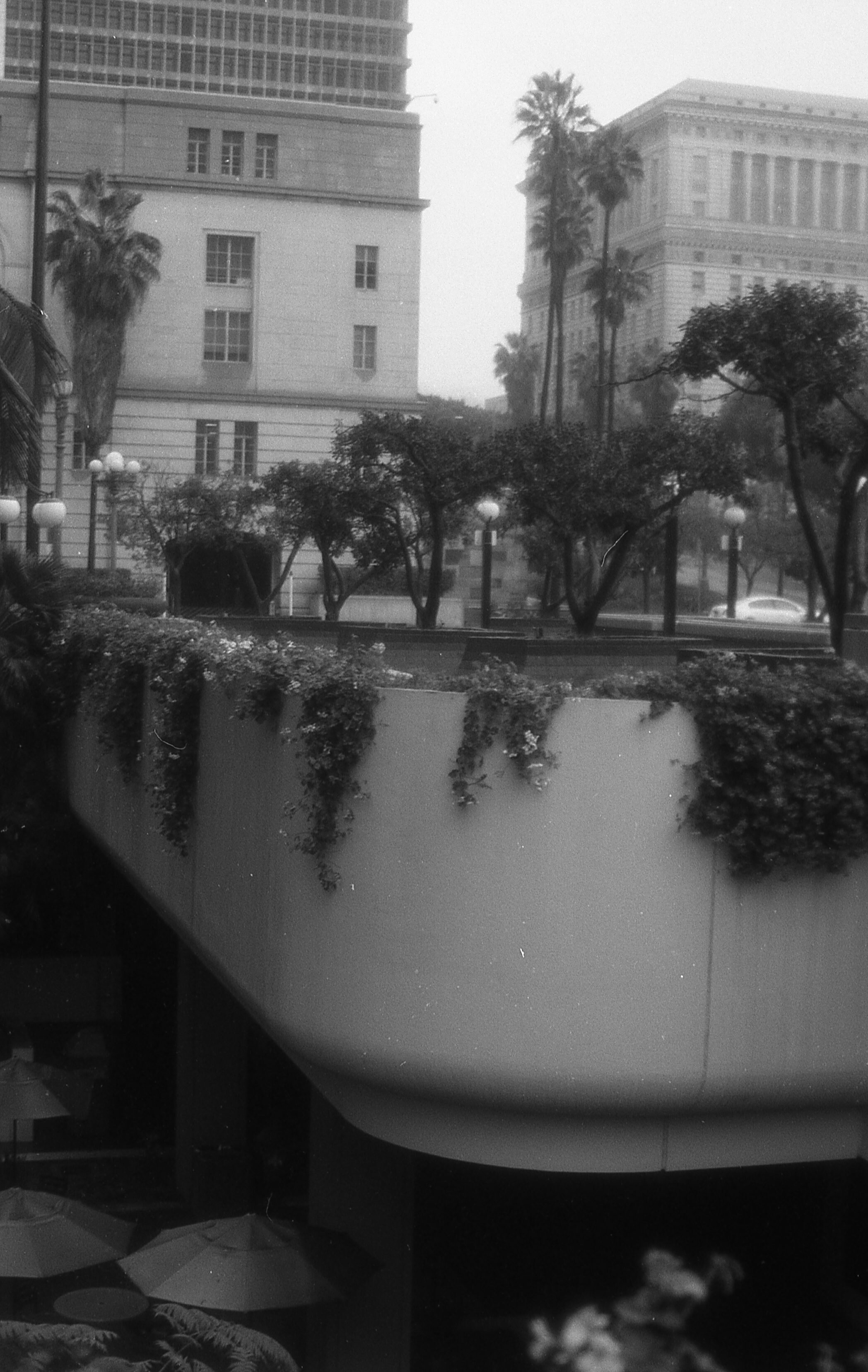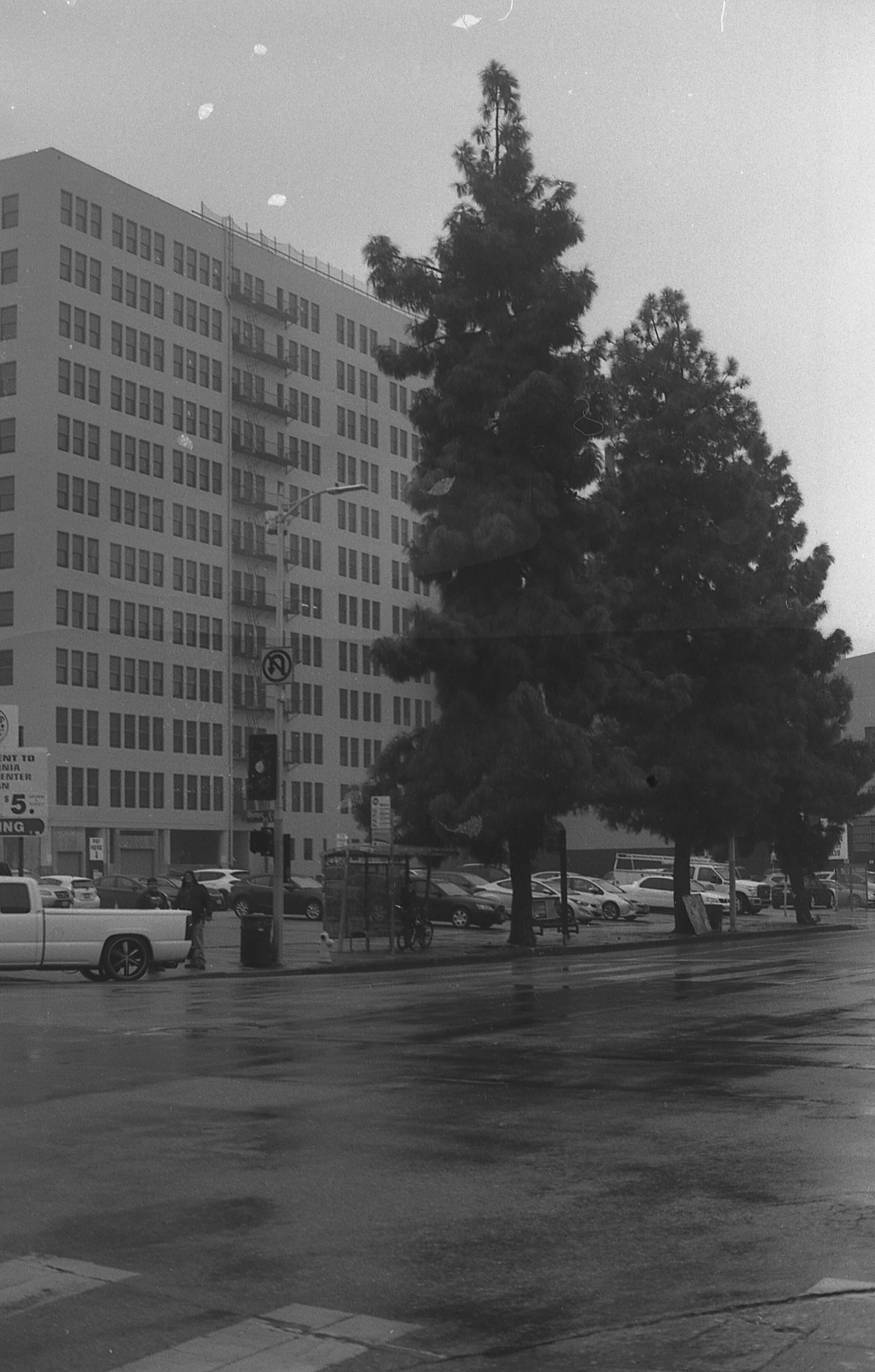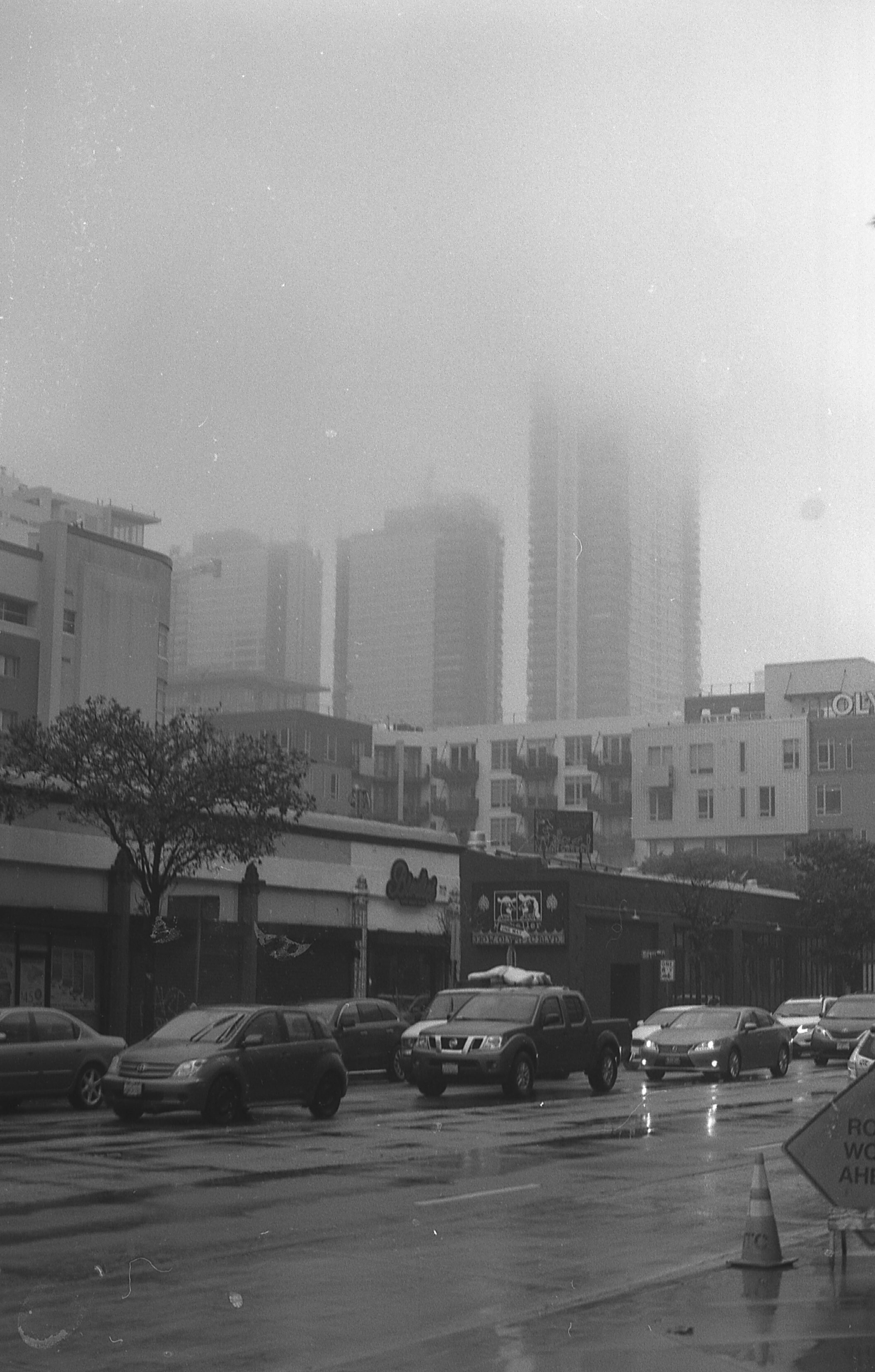What I learned photographing PortconMaine 2021
I’ve had a long gestating idea to go document anime conventions and the folks that go to them. I’m not strictly speaking about the cosplayers, either -- ideally I’d document everyone that went, regardless of costume or status, etc. I feel that the community as a whole is large, diverse, and has never really been seriously documented - though the cosplay has by Elena Dorfman (Aperture) As a teenager, I used to be a hardcore weeb -- I’ve subsequently fallen out/aged into different interests -- but I’ll never not have a fondness for anime and the people that watch it; which is what inspired me to revisit the subject as an adult, fifteen years later.
Unfortunately (but sensibly enough), most or all cons were cancelled in 2020, for reasons that should be immediately honest to everyone. So I was stuck waiting for 2021. I actually first attended Portcon back in 2007 as a surly teen -- and I was curious to see “what had changed?” and honestly, cutting just a bit to the end, the general answer is: not that much.
The first re-exposure I had to anime conventions as an adult was actually back in Los Angeles - I lived downtown, and during Anime Expo I’d often find a lot of spillover out from the staples center into the rest of downtown, often flooding my favorite neighborhood places. That said, Anime Expo always seemed larger than life, wild, packed, and like too much; by contrast, one con-goer and vendor described Portcon as: “The most boring con you’ve ever been to, but in a good way.”
If you’re here from Portcon, and see yourself in one of the photos, don’t hesitate to reach out! I’d be happy to send you a copy, or a print, or something, and remove/give you full credit as need be.
So here’s what I learned photographing Portcon and it’s con-goers -- I’ll break down what I learned into three sections: Technical, Artistic, Social. — Skip to the bottom of the page if you want to see my favorite images from the weekend.
TECHNICAL:
I shot exclusively 35mm Ilford HP5+ @ 400 iso, then pushed to 1600 in Kodak Xtol 1:1 - I learned next to nothing here, this is about as reliable/firmament of film/recipe as it comes. Give film enough light, and push it for contrast, you’re more or less in the clear - especially if you’re scanning. I only ended up with eight rolls over the three days, so I was able to develop all eight rolls in one go in my paterson tank.
In the last year, I picked up a Minolta CLE - an entire kit (ie the Minolta CLE body, the Rokkor-M 28mm 2.8 [of course with schneideritis], Rokkor-M 40mm 2.0, Rokkor-M 90mm 4.0; minus a working on camera flash.) Following in a long, long tradition of documentary photogs using M-Mount rangefinders, I elected to use the CLE, along with an off camera flash, actually built for that specific era of Minolta 35mm Cameras, so there’d be minimal cause for error - minimal being the key word here. I’m not hyper familiar with the CLE like I am with my Minolta XD-11, or even my Pentax 6x7 - but overall, it wasn’t too clunky to use in practice, day in day out. My particular 40mm lens seems to want to focus beyond infinity, which is strange, but again, it works out most of the time.
My biggest issue technically was getting the flash to sync well with the camera - the flash I used has a long recycle time, and I’m not super experienced using a flash - so my results vary a lot - on the final day my connector cable seemed to shit the bed, at which point I just called it for the weekend -- Ideally, the wisdom is to test your equipment heavily before going out to a shoot date, but while I was in the “research and development” phase of the project, I deemed it OK for a bit of jank or fiddliness.
The other issue I ran into was that one of my rolls snapped in half mid-shoot. I bought my rolls (which were all bulk loaded) off of an acquaintance who shall remain nameless, because I thought I was going to be shooting a ton more than I ended up shooting and wanted to get all the film in one sweep - I’ve had two or three of them snap since that day, and it’s pretty frustrating. I dislike bulk rolls because they always seem to have issues -- even if they’re not using the method of taping the ends of rolls onto recycled canisters/leaders.
TL;DR: I dunno, don’t bulk load film - there’s no real savings (the new canisters go bad after two loads, so they’re not cheap -- and especially don’t do the recycled canister method - even if the canisters are free.)
My final note is that my scanner (an epson v600, natch) is just fucked. I got a particularly bad copy of the epson v600 when I moved back to Maine, and I still can’t get 35mm right, like I did on the old v600 I had when I lived in LA.
I think my key takeaways for gear are: I shot the first 2 days on the 40mm - to middling success - there are some good photos taken with it, but I think for me - the key turn is when I swapped to the 90mm on the final day of the show -- the closer cropped portraits are much more what I had in mind back before I even started shooting. flash is hard, especially when you’re starting at zero - the cables can get clogged/or not work quite right - close cropped portraits work much better. I need to do something about my scanner, be it find a way to shim the focus, or buy/rent a better-newer model scanner.
Also, I don’t know if rangefinders, or 35mm is really “for me” anymore in my main project work. For my big project that I’m working on off-screen, I now only shoot original Fuji Acros 100 in medium format, and I’m generally much happier with the results than I am when I shoot 35mm. I also would consider swapping to something with a bellows (like a Mamiya c-330, or even RZ67) or close focus to shoot the portraits on so that I could get a closer crop.
ARTISTIC:
Portraiture is hard. Especially portraiture where you’re attempting to portray people honestly, and make them the star of the photo, with little accompaniment or background to balance the subject with.
Add on to that I’m somewhat disinclined to work with people on the whole -- or it’s a foreign concept to me (mostly). My interest sort of clicked into place when I started making just headshots or face photos with the Minolta M-Rokkor 90mm F/4.0 over the Minolta CLE Rokkor-M 40mm f/2.0, as an almost topographic approach to faces, rather than a purely documentary look at cosplayers.
Mark Steinmetz topographies with Diane Arbus rendering was kind of my starting idea for a look, and I’d say I got intermittent success - but at the same time none of the photos really add up to be “more” than maybe a few fun portraits, and a neat sort of catalog of cosplayers - again, not their fault the photos didn’t meet my expectations - the cosplayers and attendees were nothing if not game and helpful, I’m just wildly terrible at getting folks to perform street portraiture or whatever this constitutes.
To my eye the best portraits tended to either be:
Favorite posed non-crop
One: The photos where folks really went in on posing for them - check to your left.
Or Two: the super zoomed in photos -- Check right, below
With honorable mention (or perhaps the stealthy “best” category) going to the few photos where I managed to get approval, then shoot a quasi candid photo -- I think there’s money on the table on this one, and I hope to explore it more.
(personal favorite closeup)
Black and White is definitely the right choice over color - I’m not aiming to document the costumes - again, a lot of really great ones - but I’m more interested in the cosplayers than their costumes. The BNW helps remove some of the punchiness or baseline “oddity” of the costumes, and lets me (maybe y’all) jump past the costumes and look closer at the people.
I dunno, I’m not wild about most of my results to be honest - like I think the photos are honest, and show the subjects in a favorable light (most important thing to me), but a lot of them fall short of being truly successful portraits that transcend the subject matter.
SOCIAL:
“pseudo” candid shot - would like more of these.
First and foremost, I’d like to thank everyone for being so accepting of me going and photographing them, alongside the convention for allowing me to do so - thanks again to Julie specifically, for approving my request. I really appreciate that everyone - or close to it -- I think out of whatever 150-160 people I photographed I only got turned down five odd times.
The only real stipulation of me being allowed to photograph the con was that I had to ask everyone for permission first - which led to some mixed results - I definitely would’ve like to have gotten more candid photos - though as someone later pointed out to me, I could likely have asked permission, come back later, and made a sort of “pseudo-candid” photo.
I wish I’d done more rapport with folks -- I’m sure the base level awkwardness of a random outsider with a camera doesn’t help, but I found that a lot of the interactions photographing people went down as follows:
ME: “Can I take your photo?”
COSPLAYER/VENDOR/CONGOER: “Sure!”
I take the photo, maybe a second one.
ME: “Thanks so much ---”
COSPLAYER: walks away.
I guess my talk-no-jutsu was too weak.
Occasionally, I’d try to follow up with a question, but I often found that most folks were on their way to something - I really would’ve liked to have gotten more “man on the street” data, or personal stories -- maybe next year.
Back in 2007, Portcon was sort of the state fair for weebs and nerds, I don’t think that’s changed much since then - though I think on the whole, it’s become (maybe it was this in 2007?) a sort of first foray into a more public queer life for a lot of the teens in attendance. I’d also wager that the overall attendance actually skewed more female, or female and non-binary, than male.
Baseball folks
In almost perfect diametrical opposition, a baseball tournament was also being held nearby this year, and a lot of the teams were staying in the same hotel as the convention. I photographed a few folks from that for contrast. I found that the adults were frequently game to be photographed and bore little malice towards the conventioneers - likewise with the middle-schoolers. But the highschoolers, the older ones - needed a serious attitude adjustment.
Anime has definitely changed a lot in the last 15 odd years -- My Hero Academia was by far the most commonly cosplayed series (though, that should surprise absolutely nobody), and outside of a few boomer anime costumes - like the woman cosplaying Misato, or a few Pokemon folks - I had trouble recognizing much of anything or anyone.
I don’t know if it was just covid that slowed the convention down - I found that it was fairly limited -- all the panels moved online, again, sensible given you’d have like 20-30-40 people in a conference room before -- and the main attraction was a couple of vendor rooms, along with a substantial cosplay pavilion - though even that shut down at 7pm -- all that being said, it didn’t keep the attendees down, they definitely seemed glad to be there.
So, that’s what I learned and saw photographing PortCon 2021. Again, Thanks to the con, and everyone who let me take their photograph -- with a little luck, I’ll be back at it again next summer.
Follow us on IG: As @frozenwaste.land - or the writer of this article as @andrewdmcclees
(My favorite images below)


